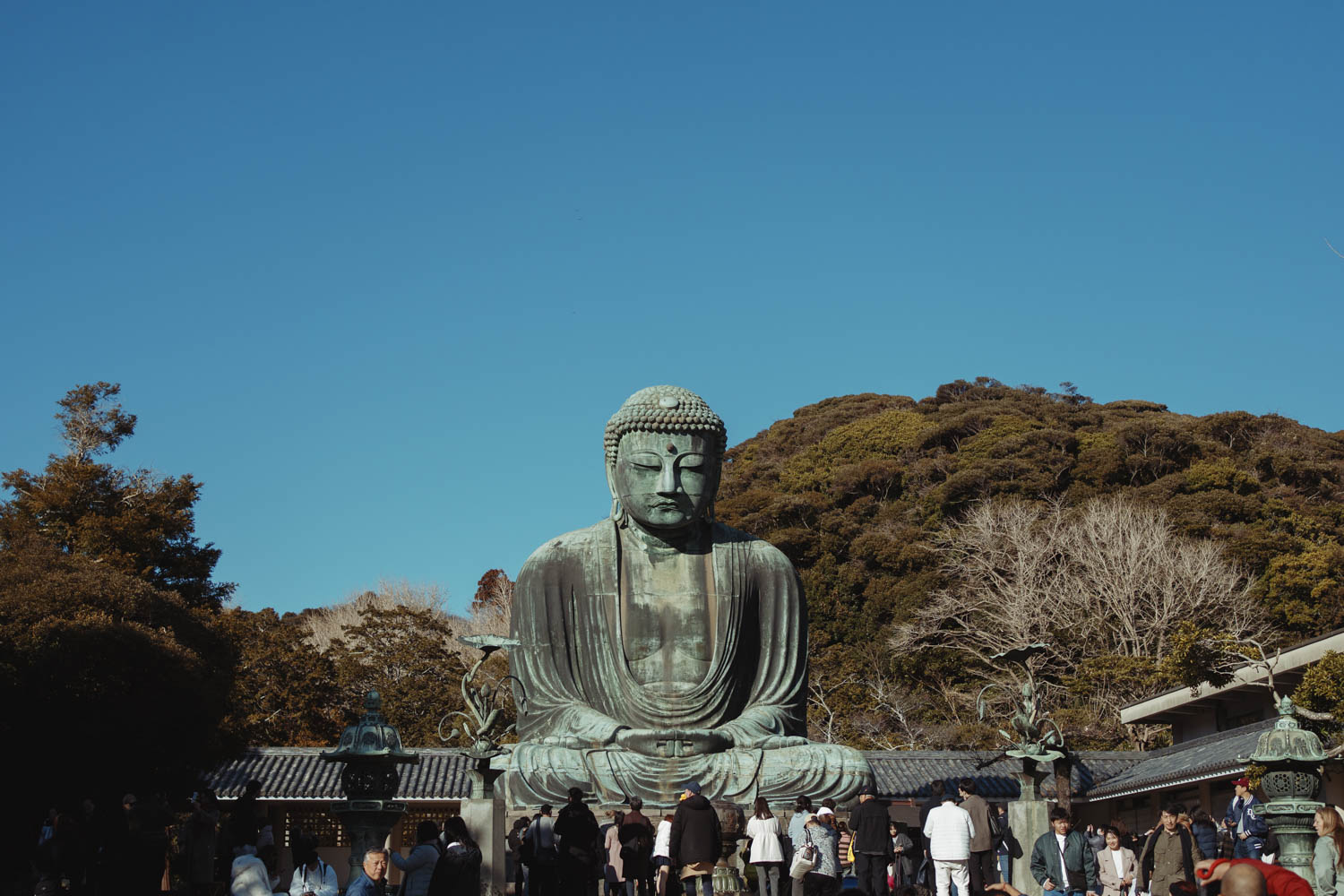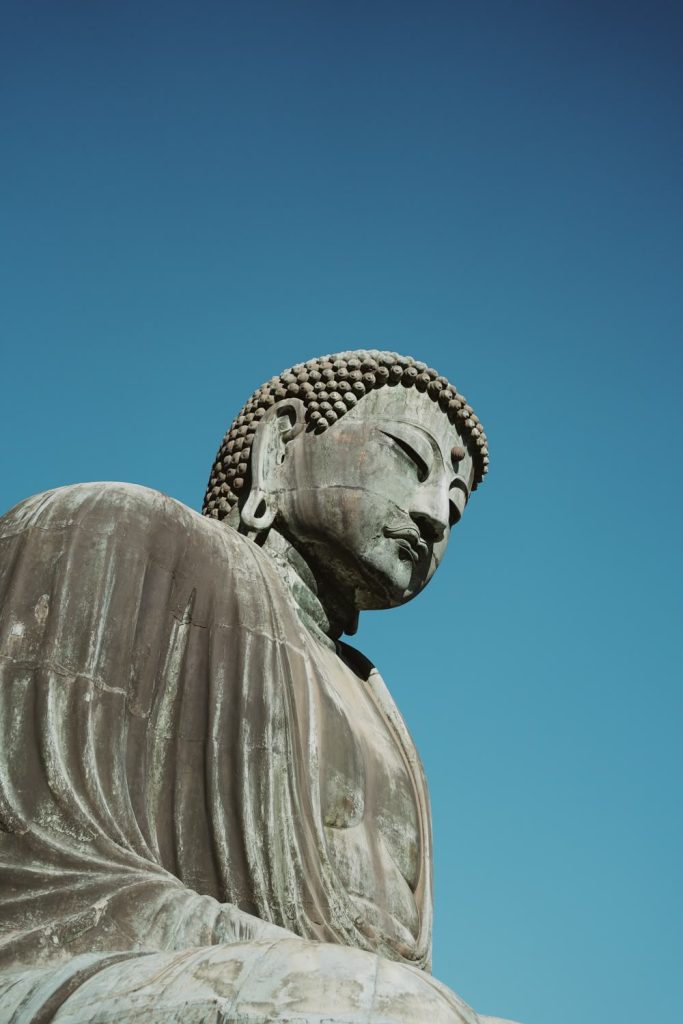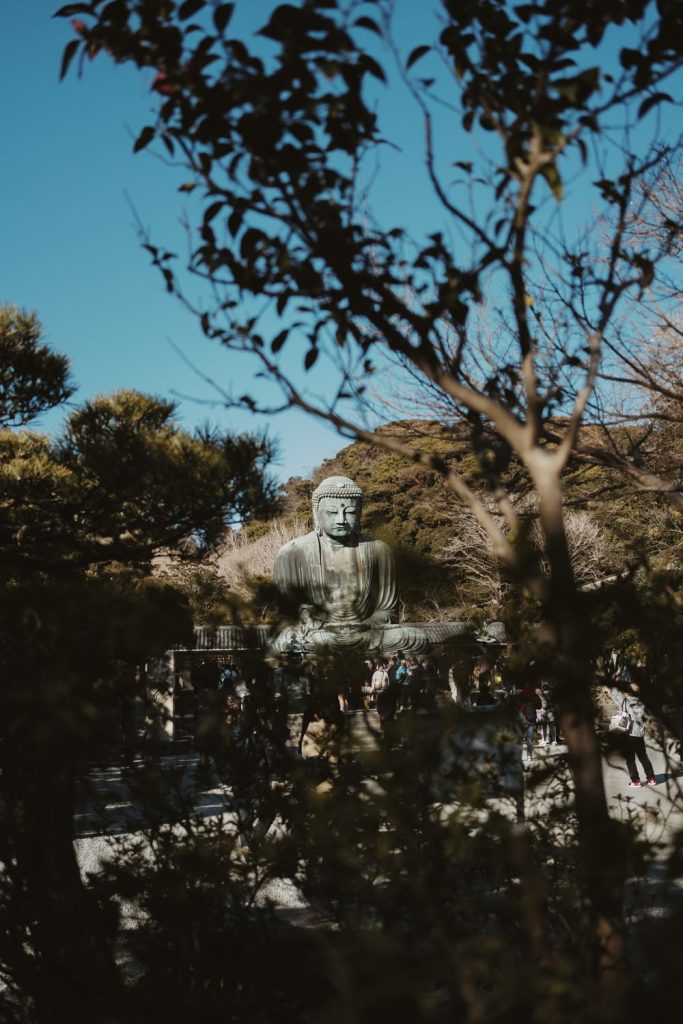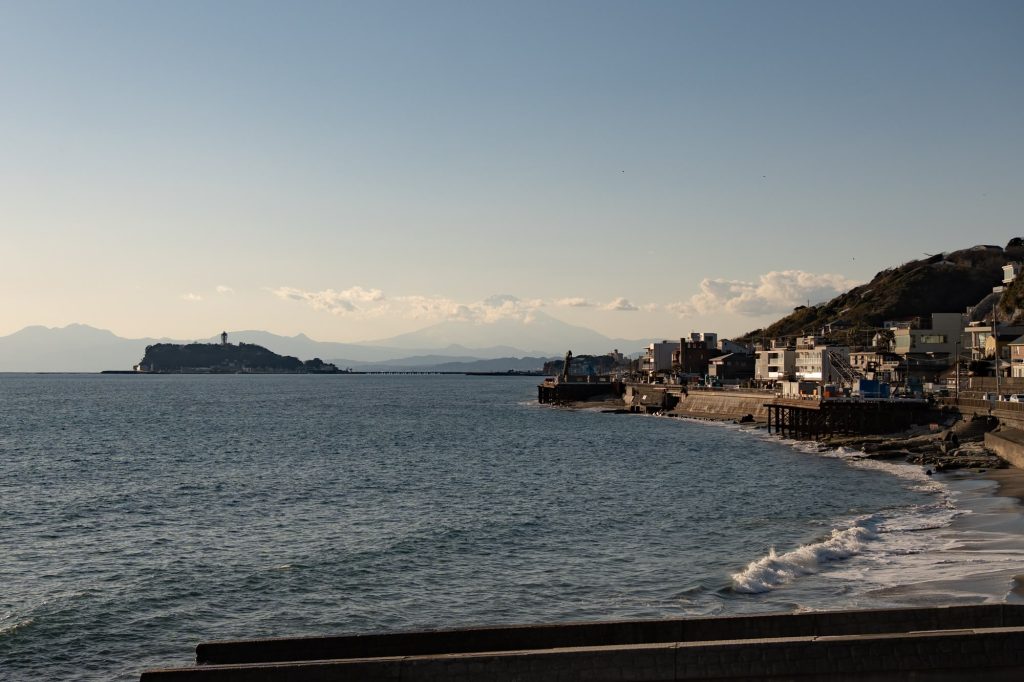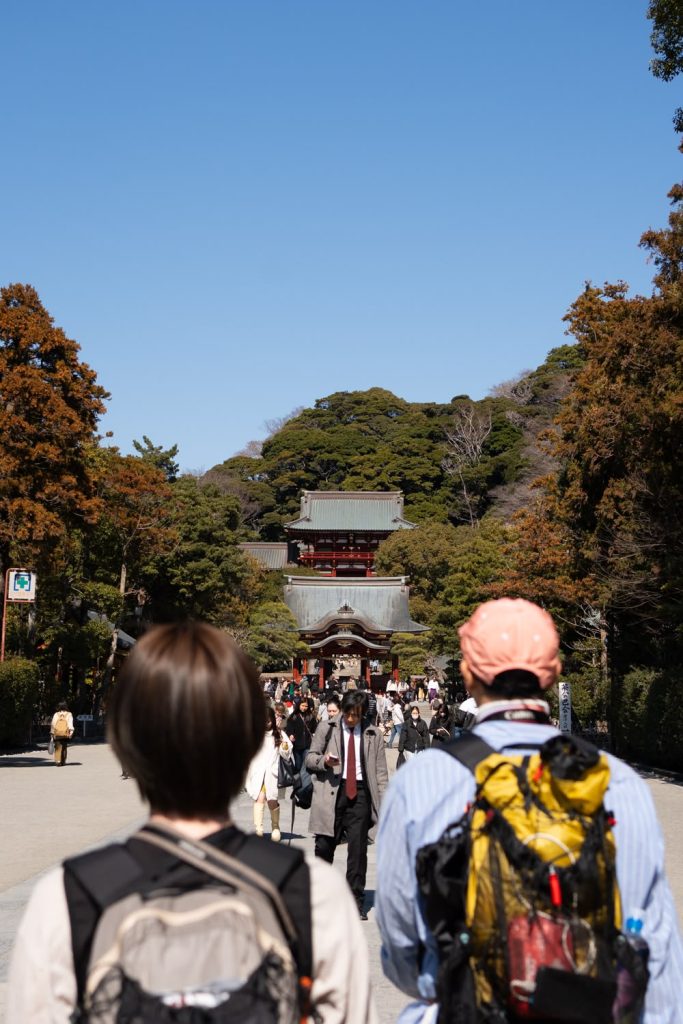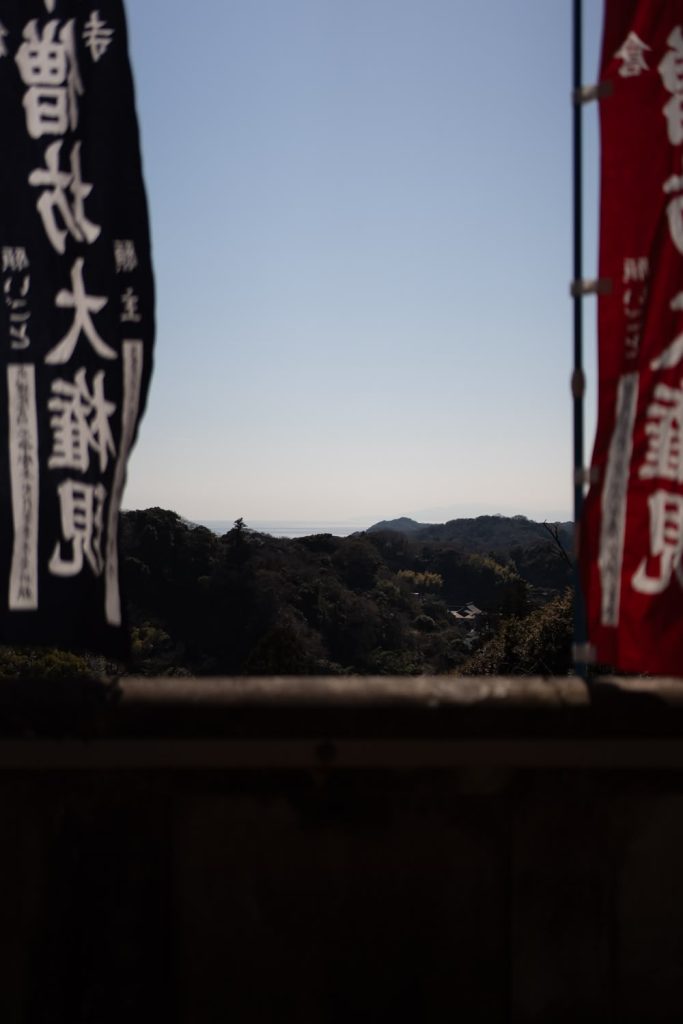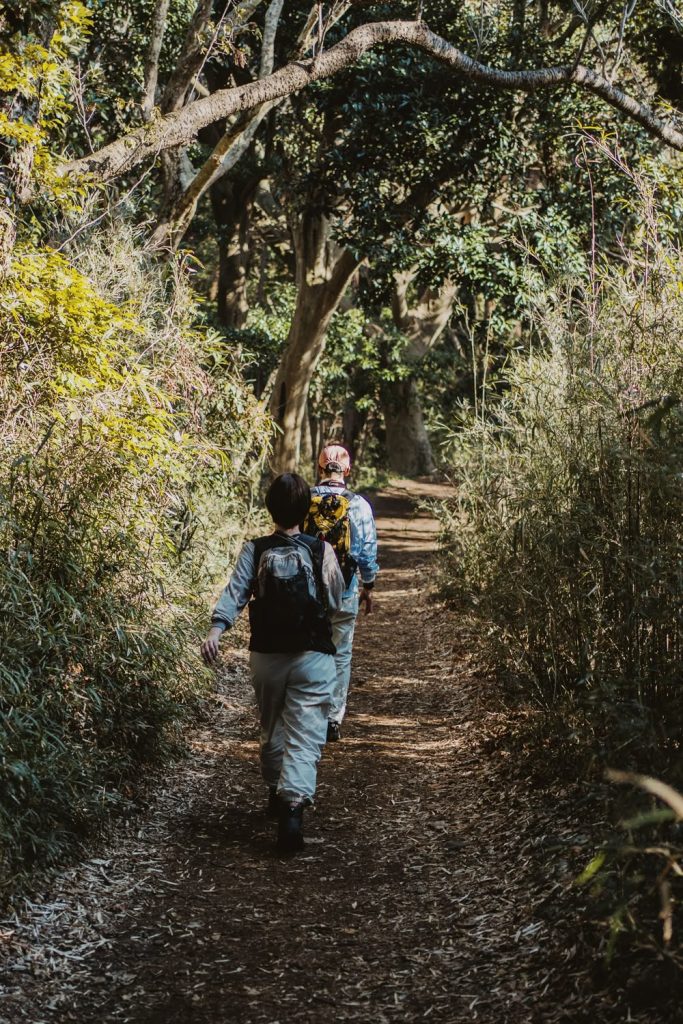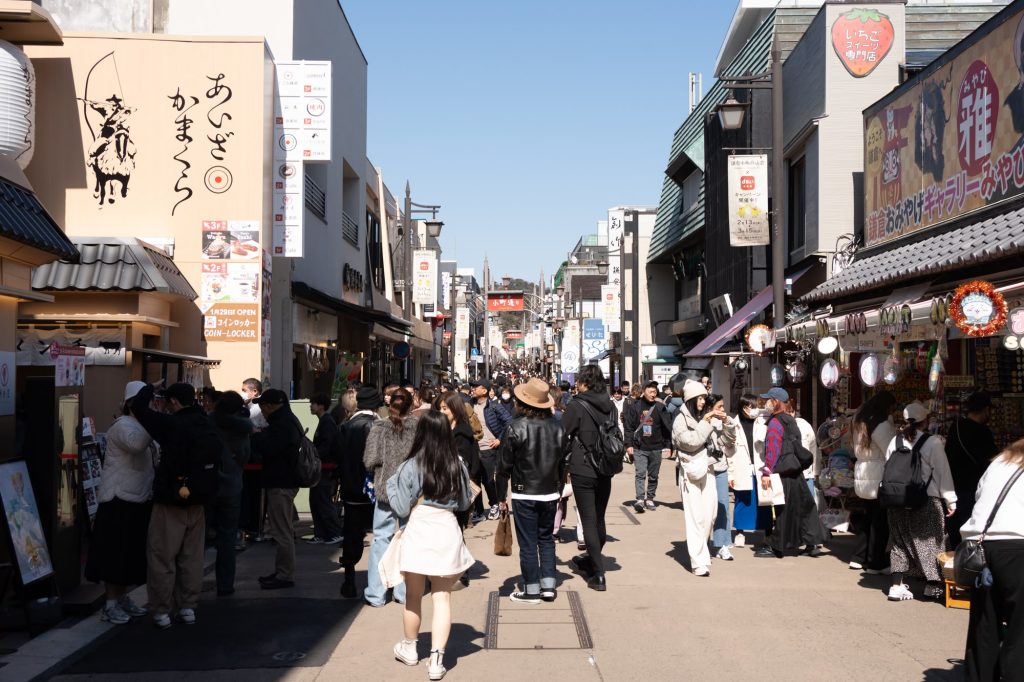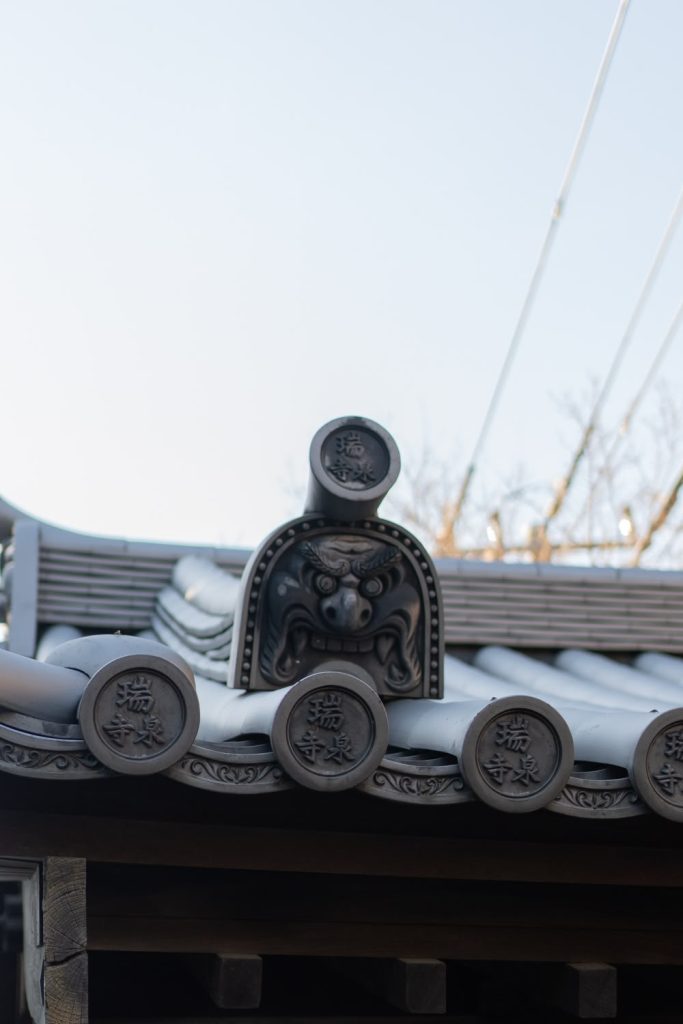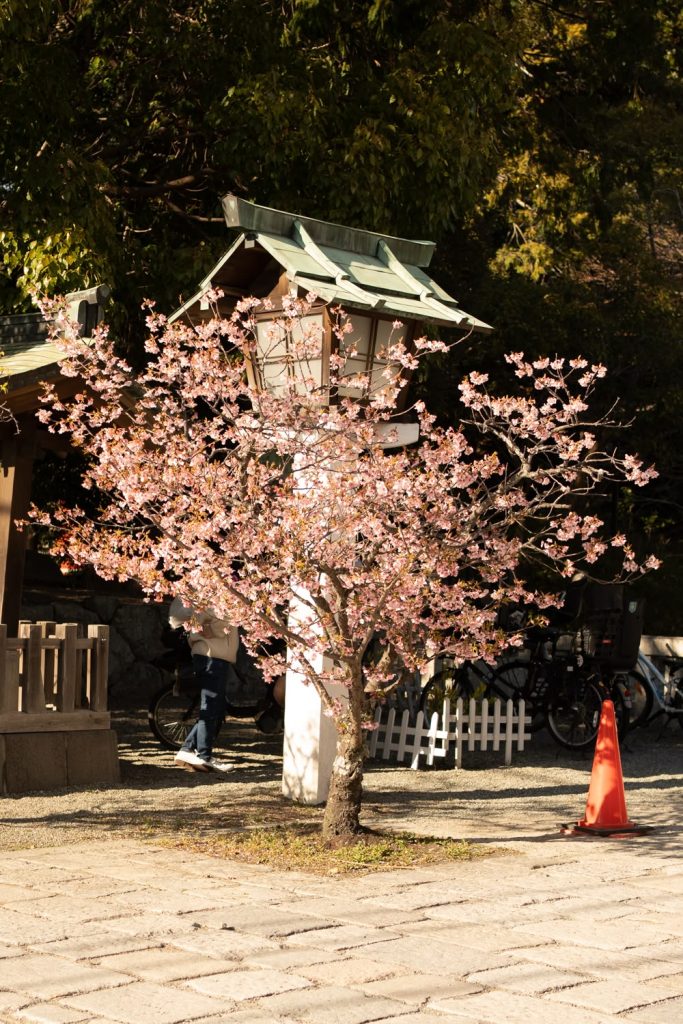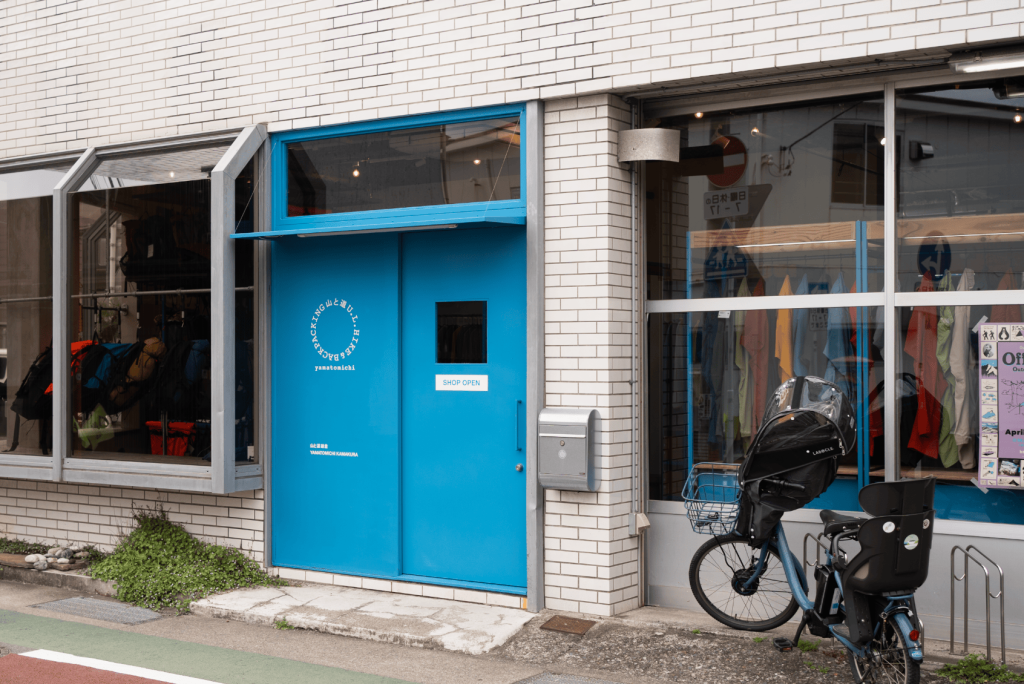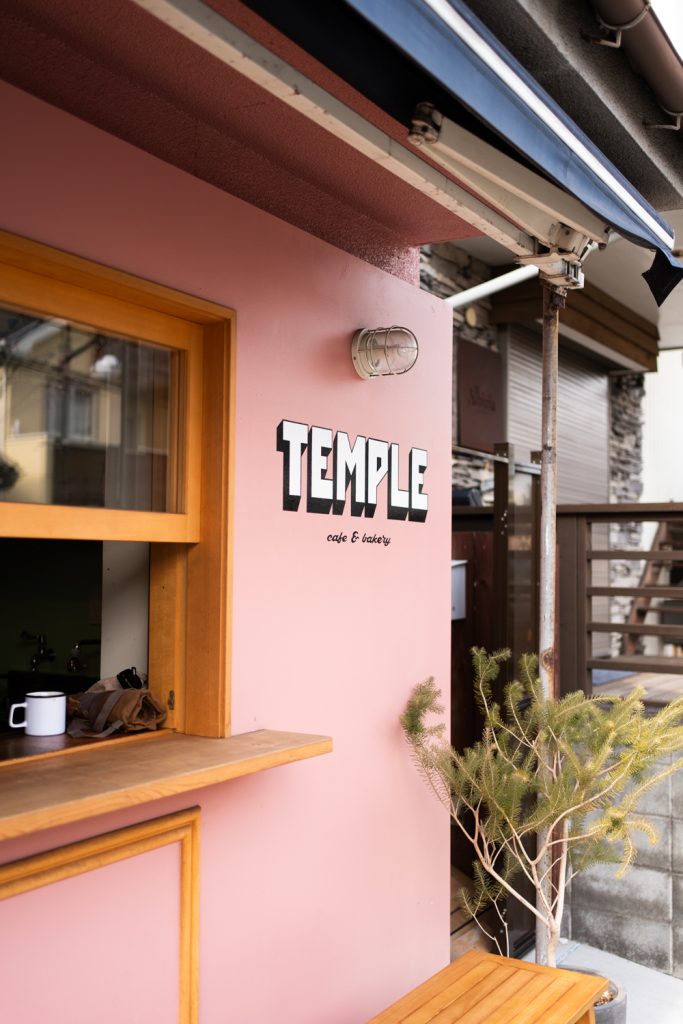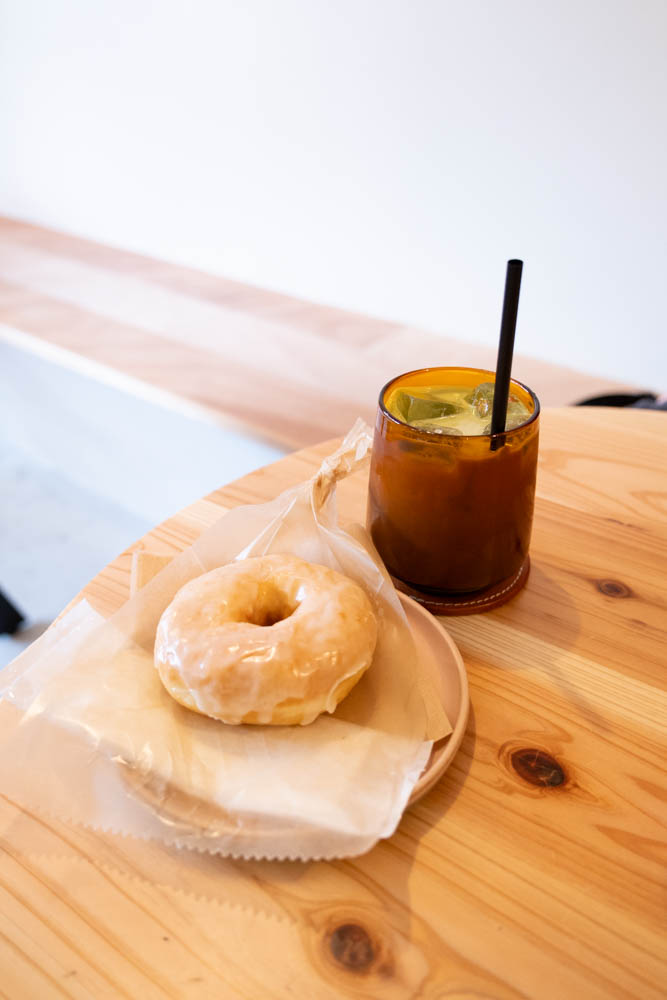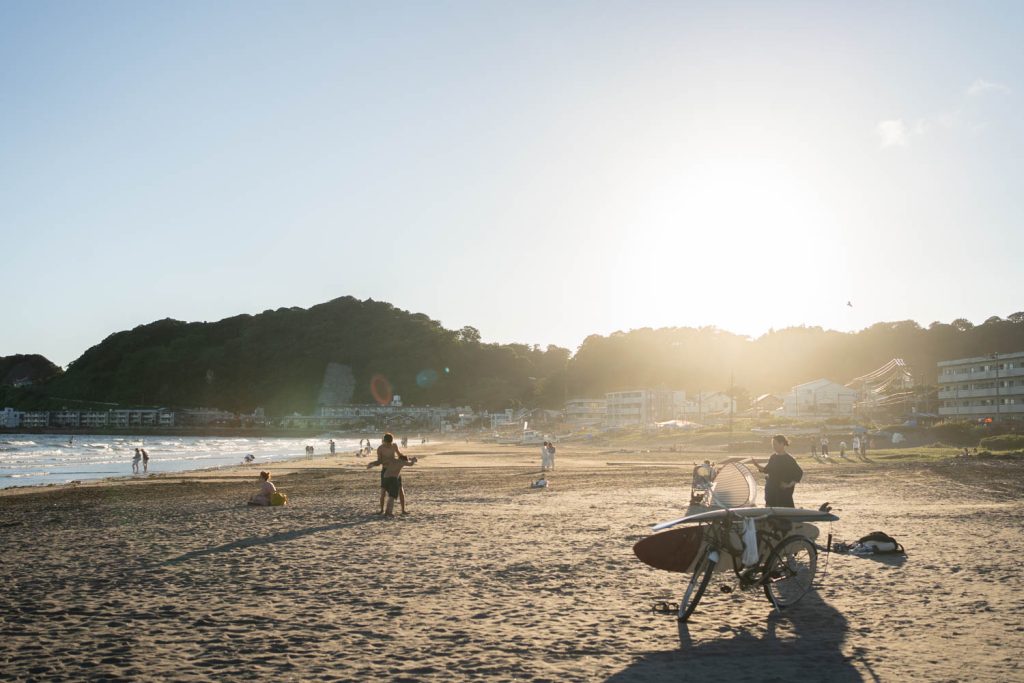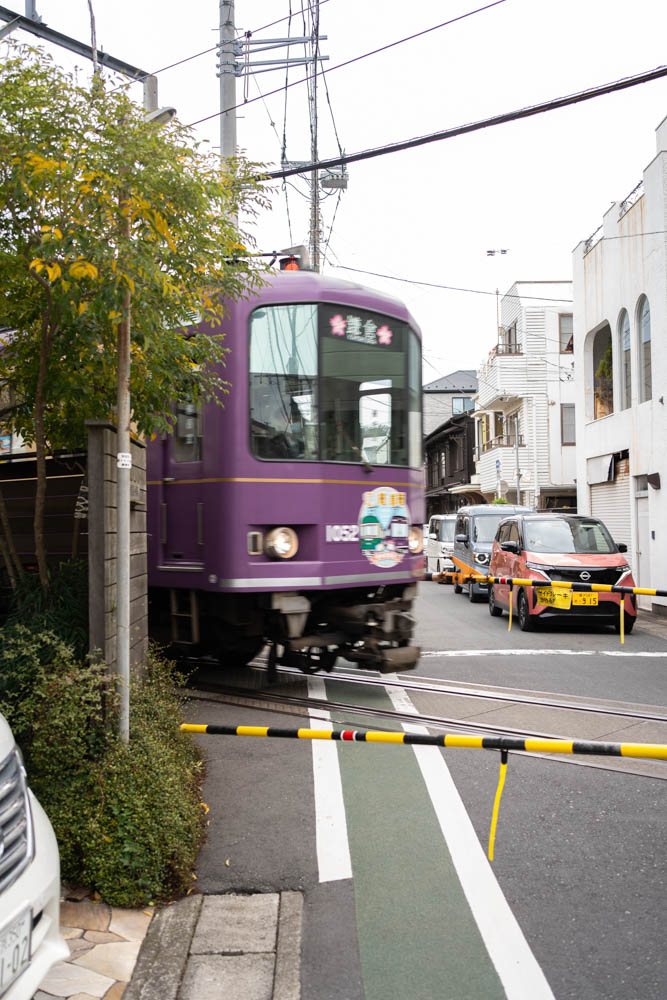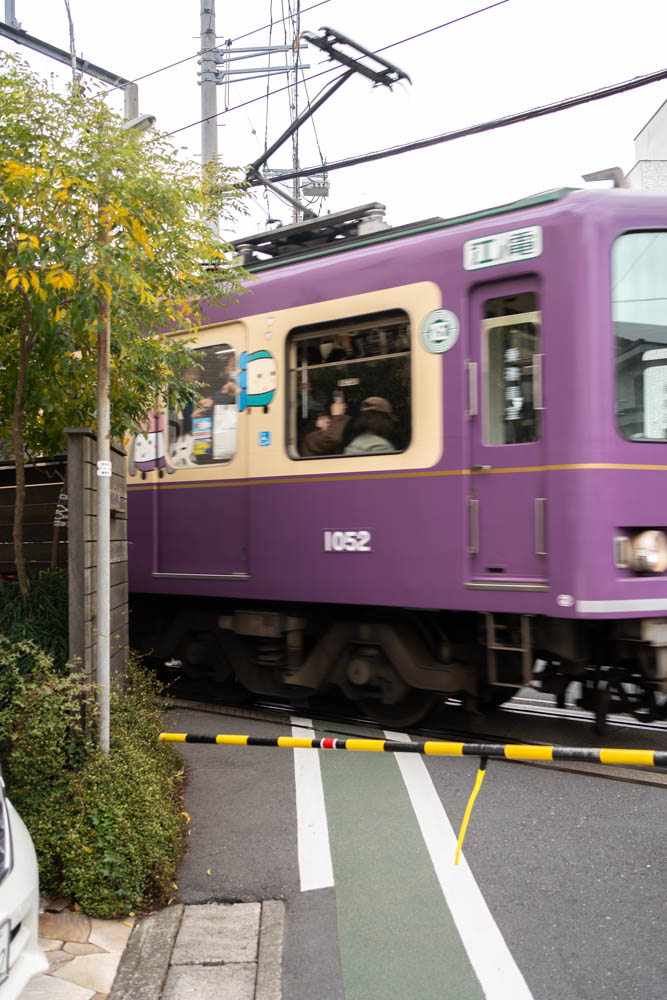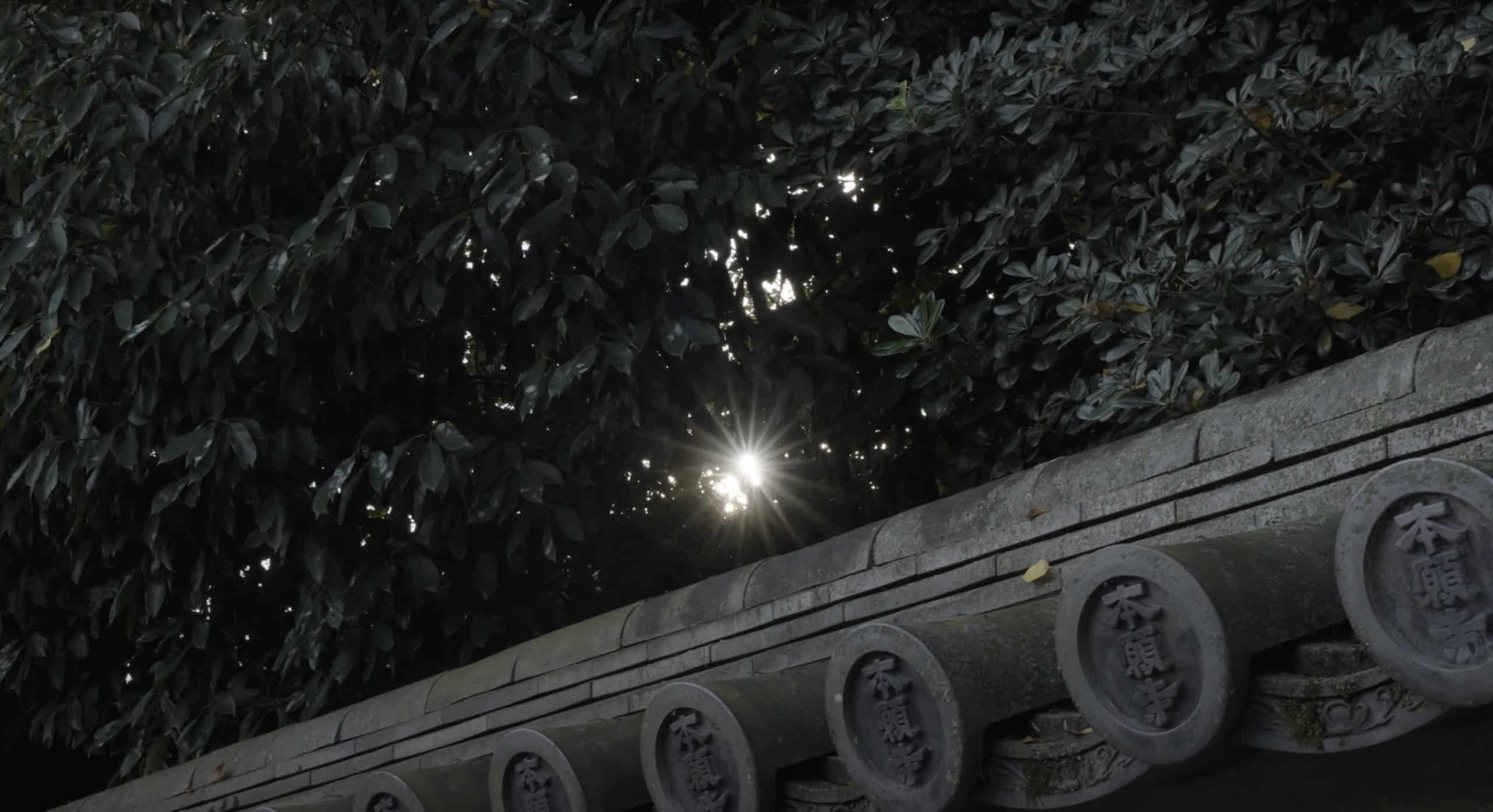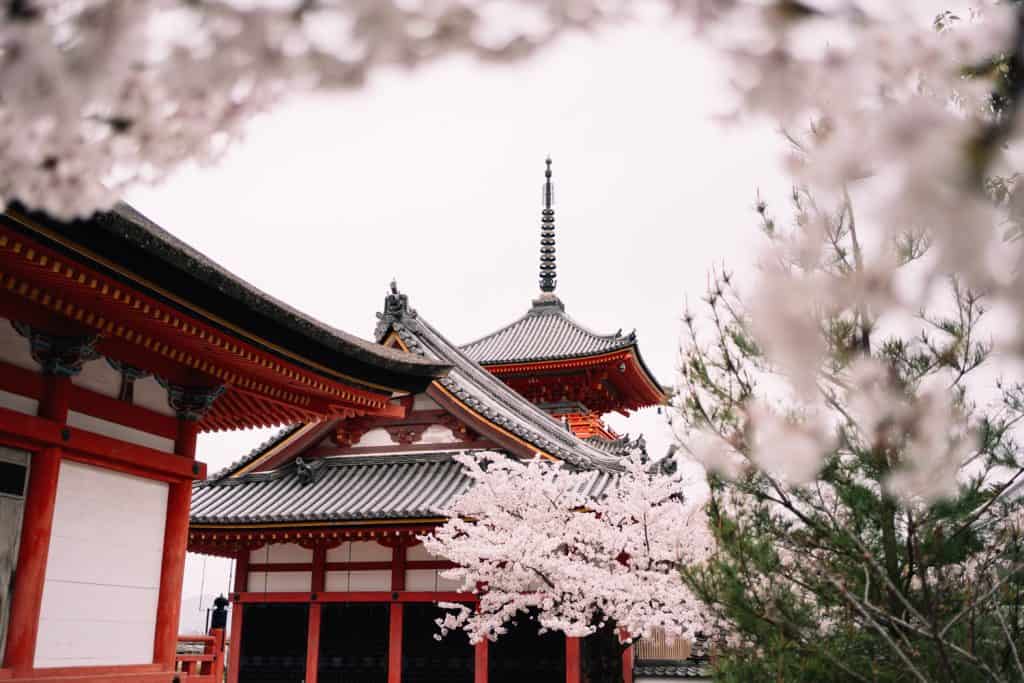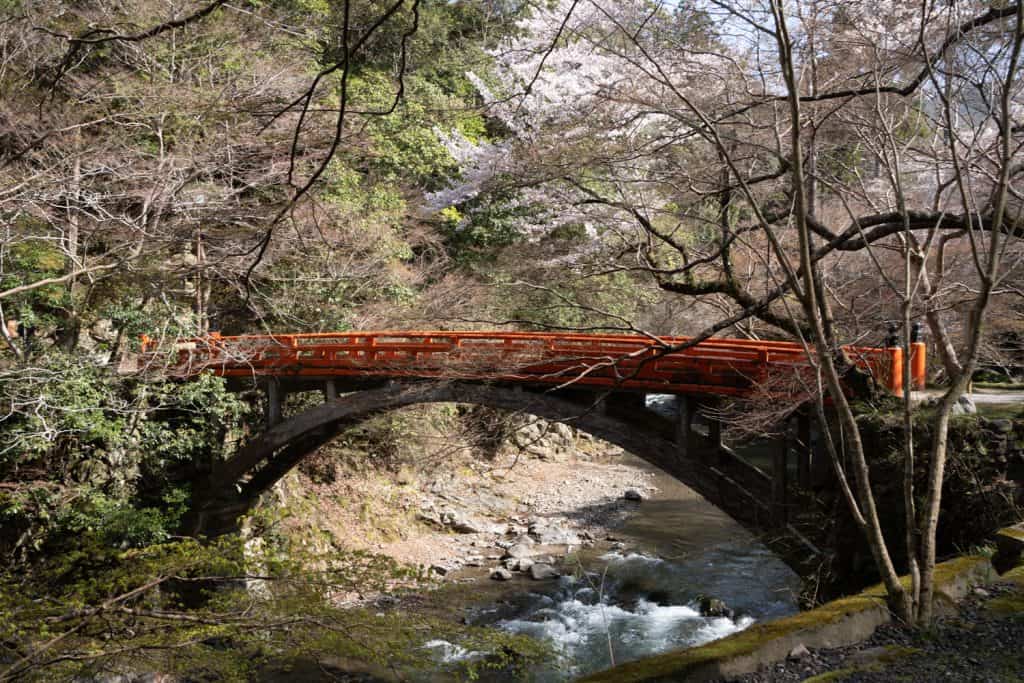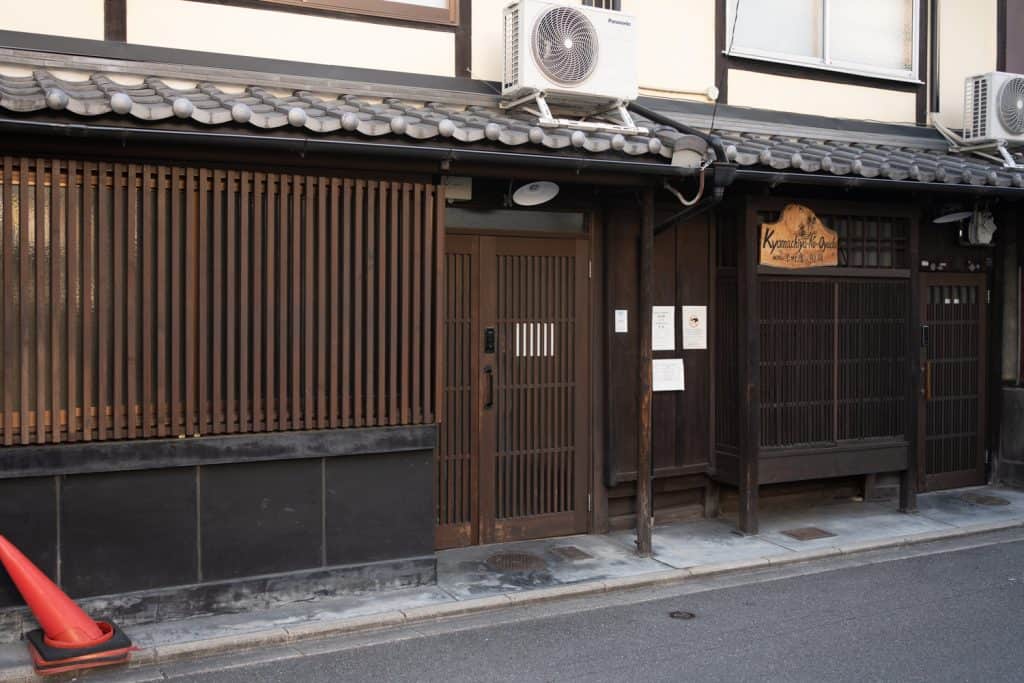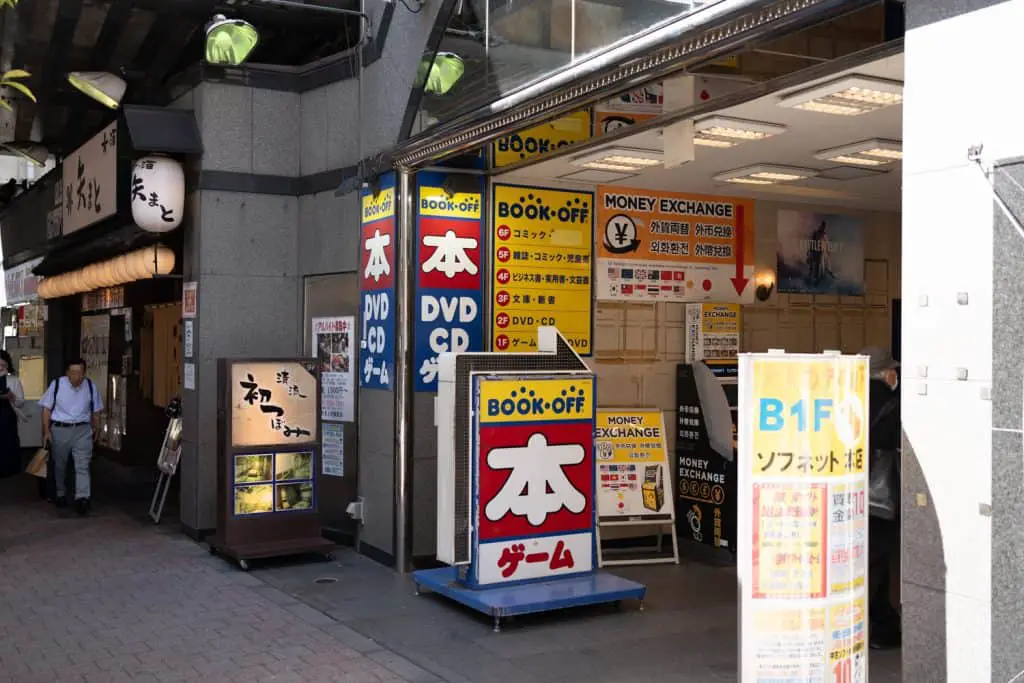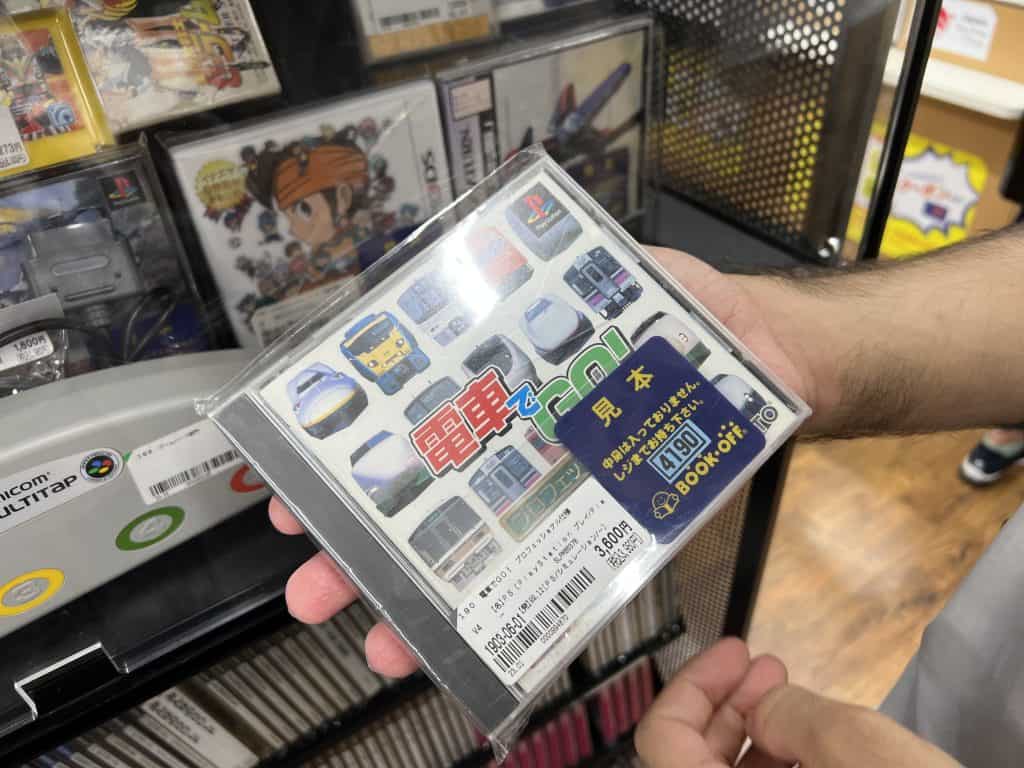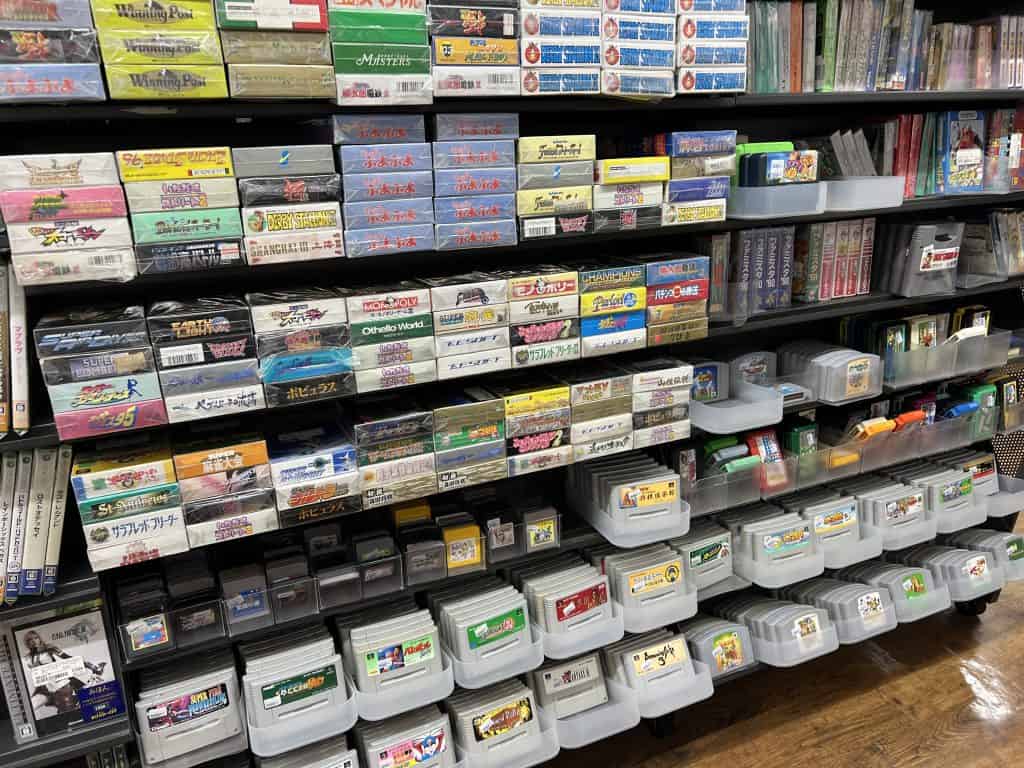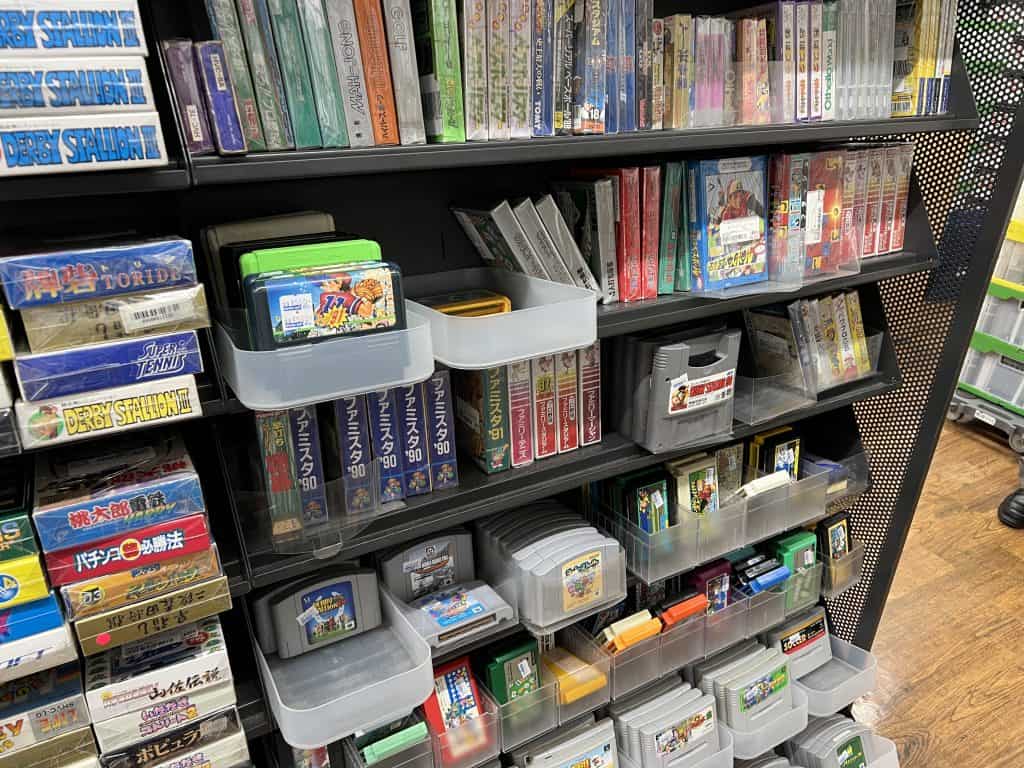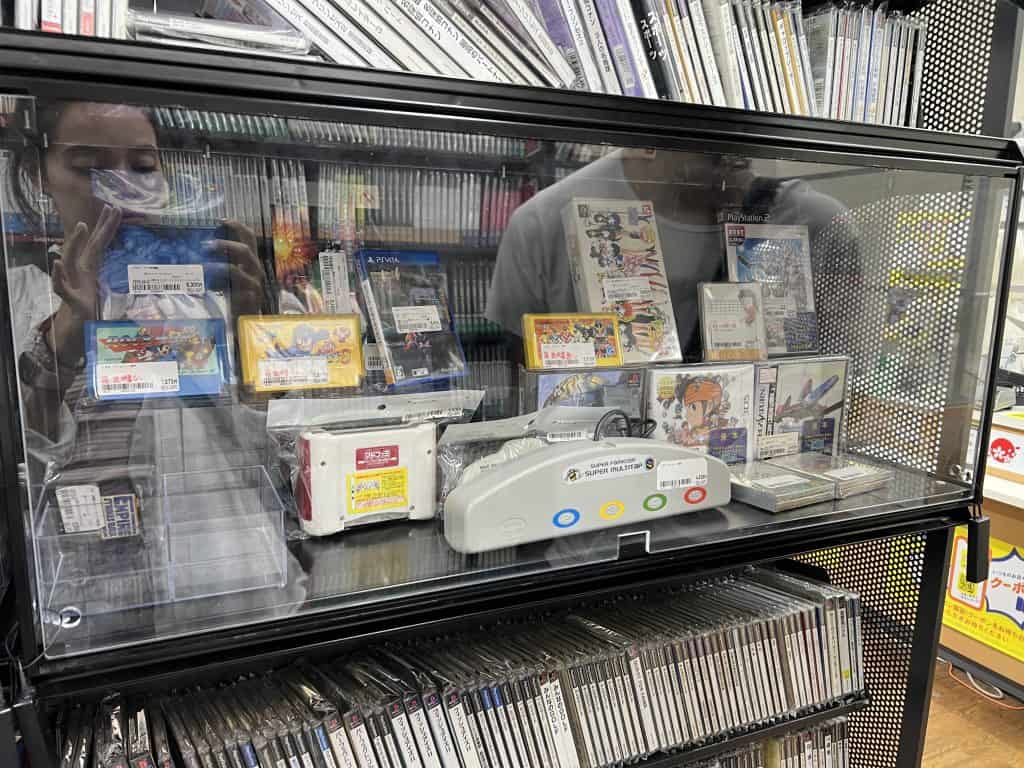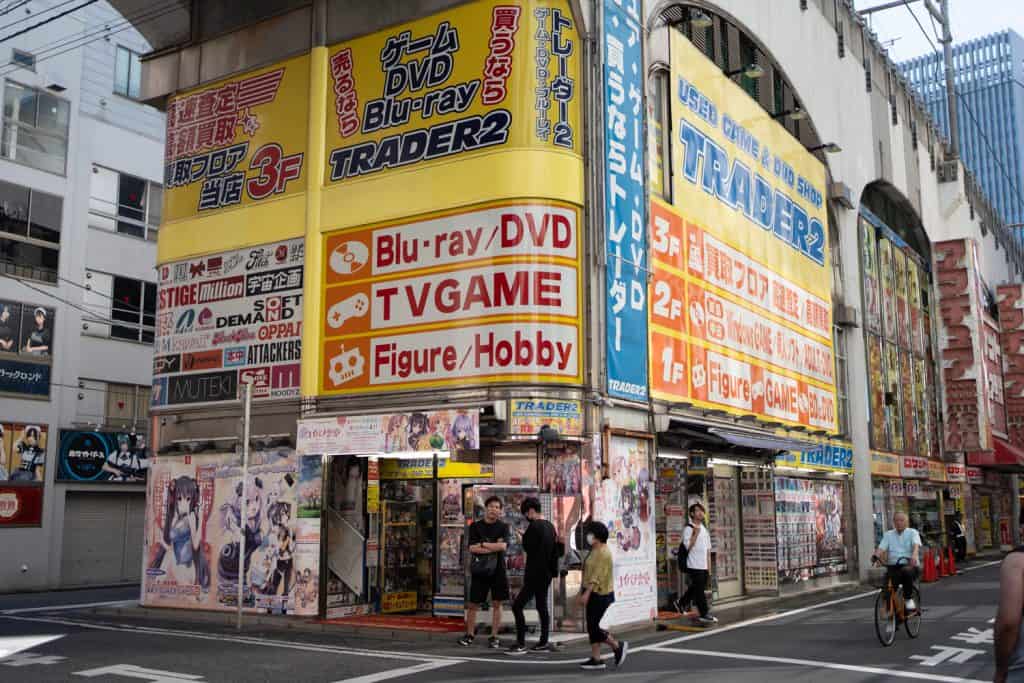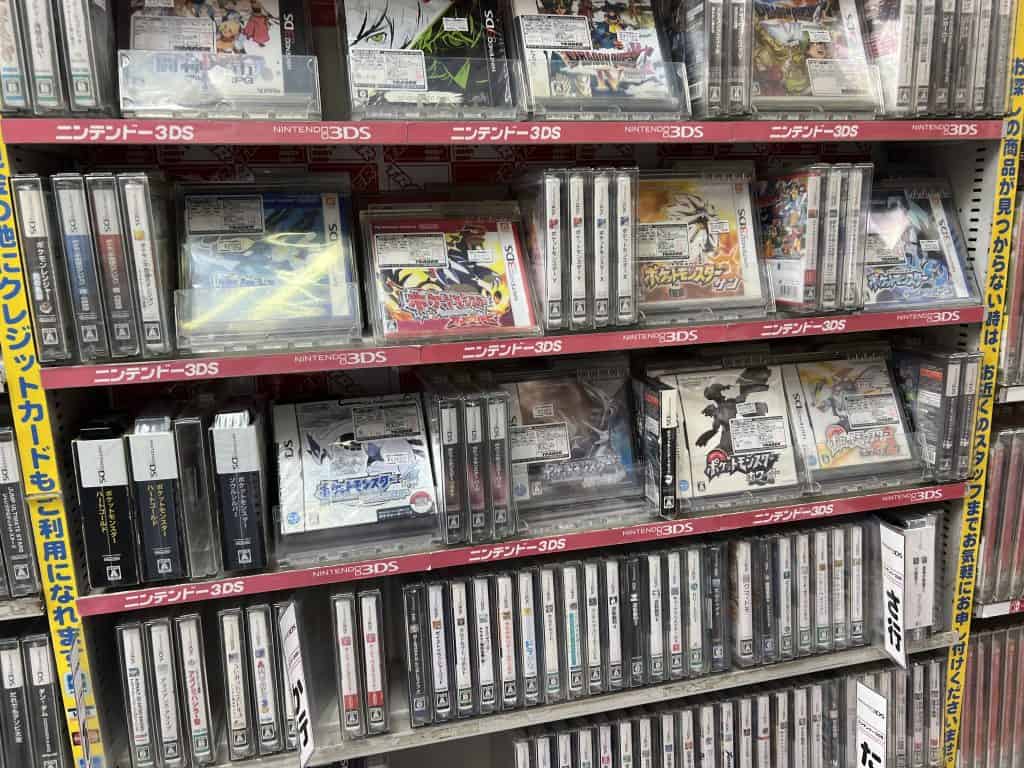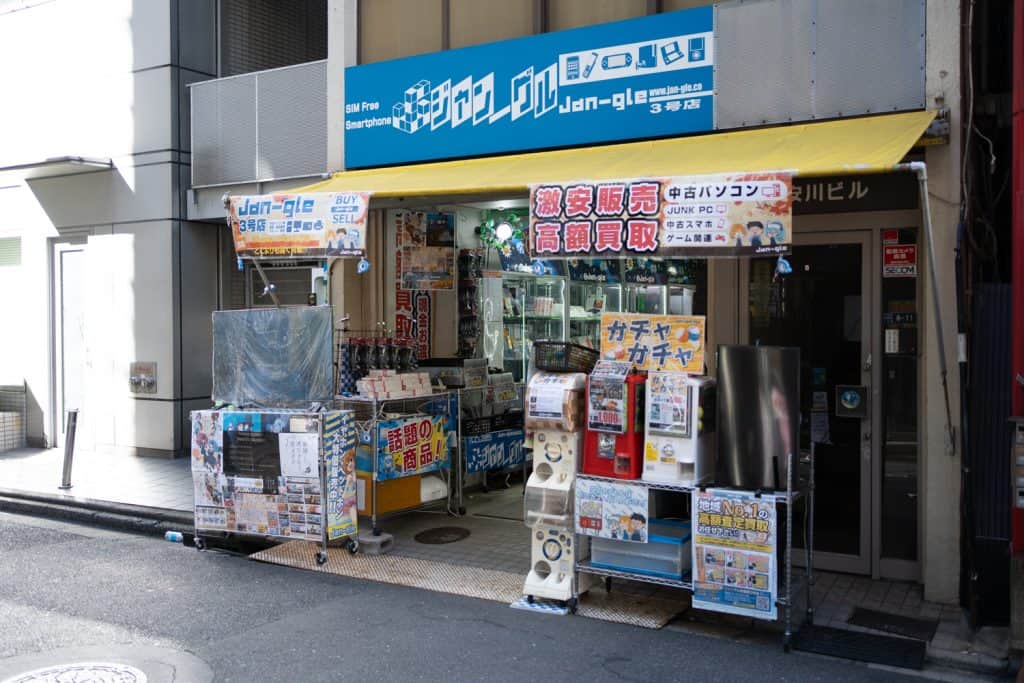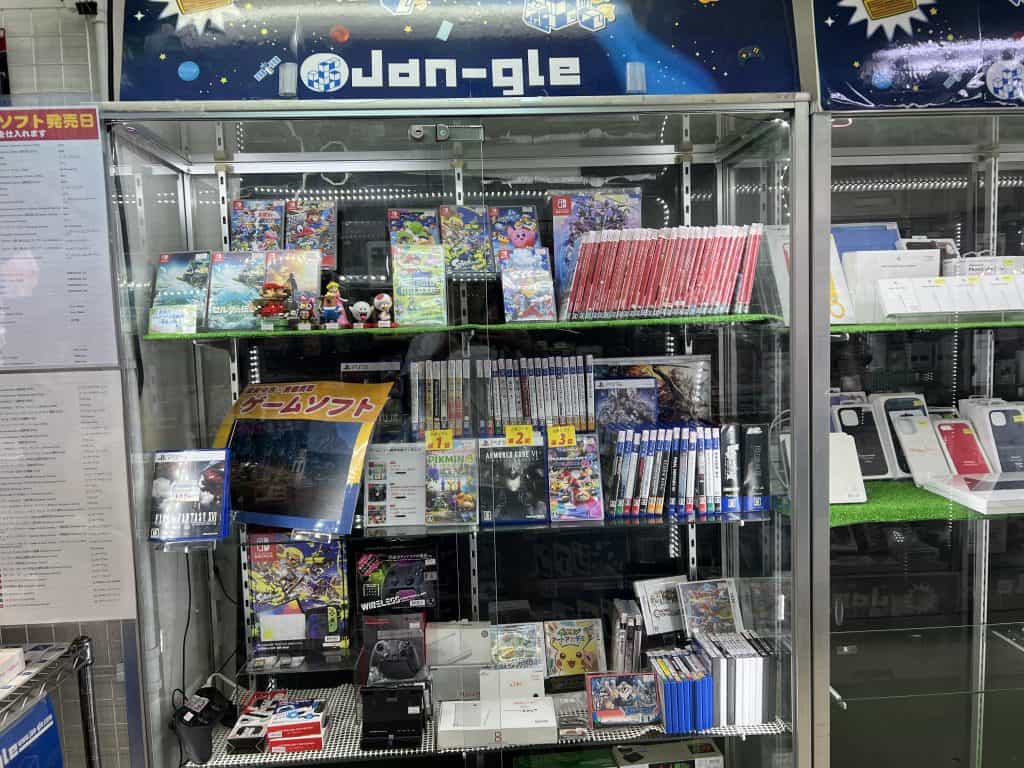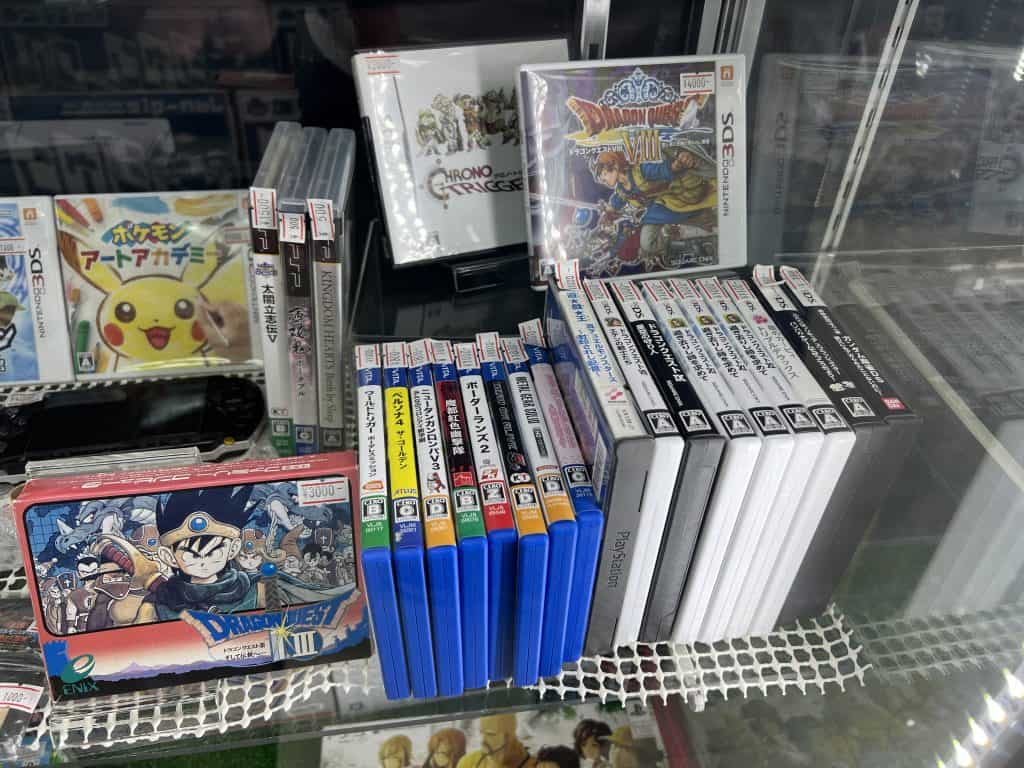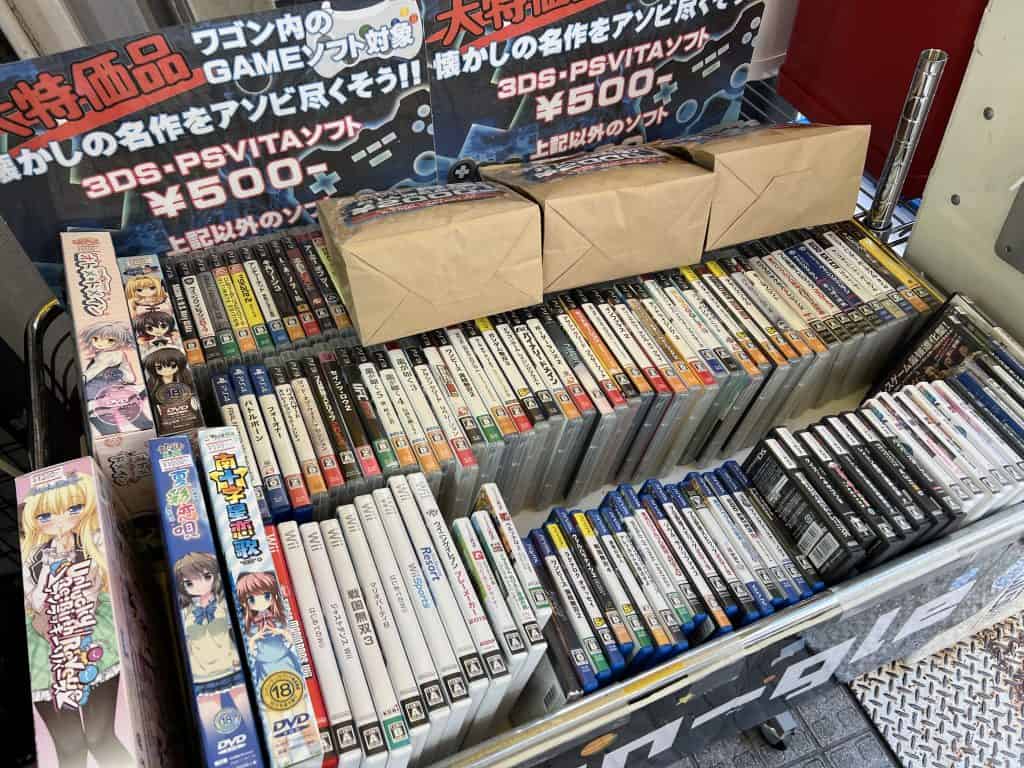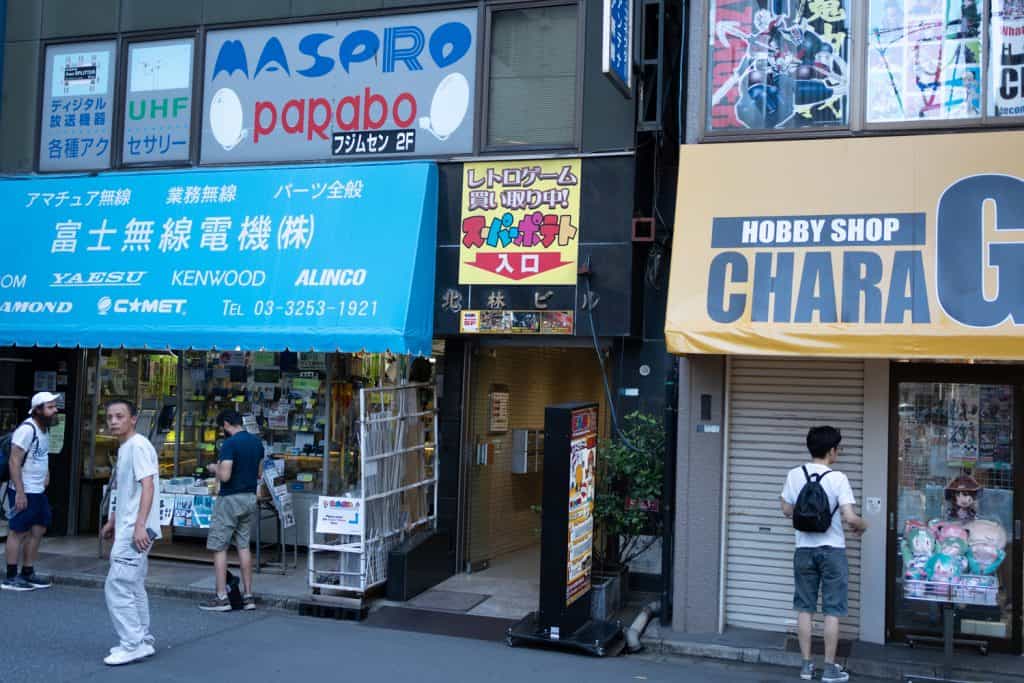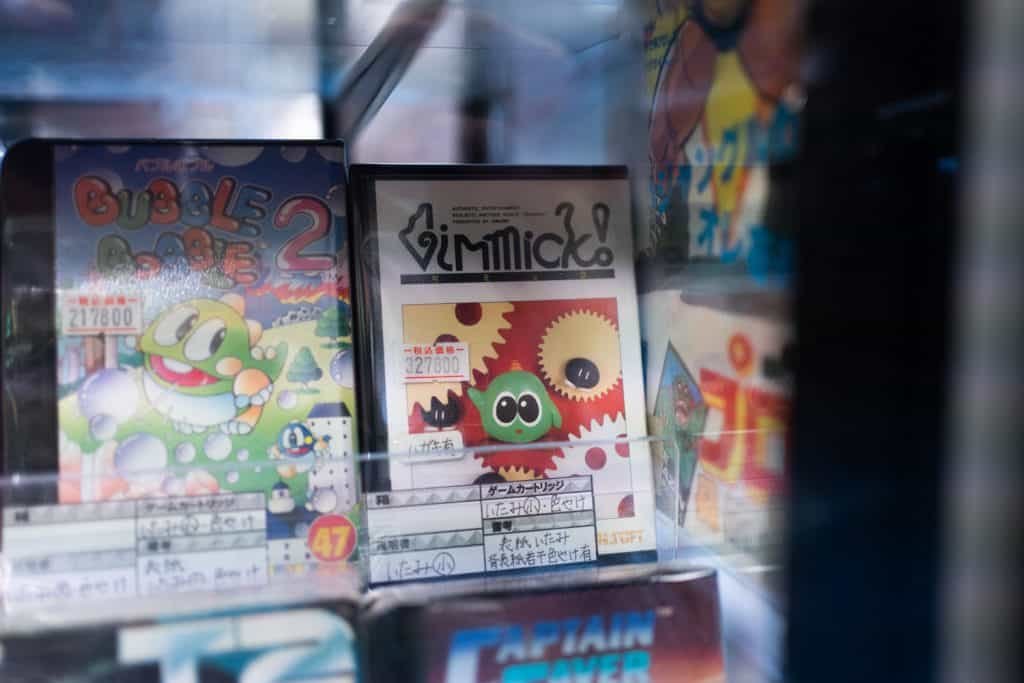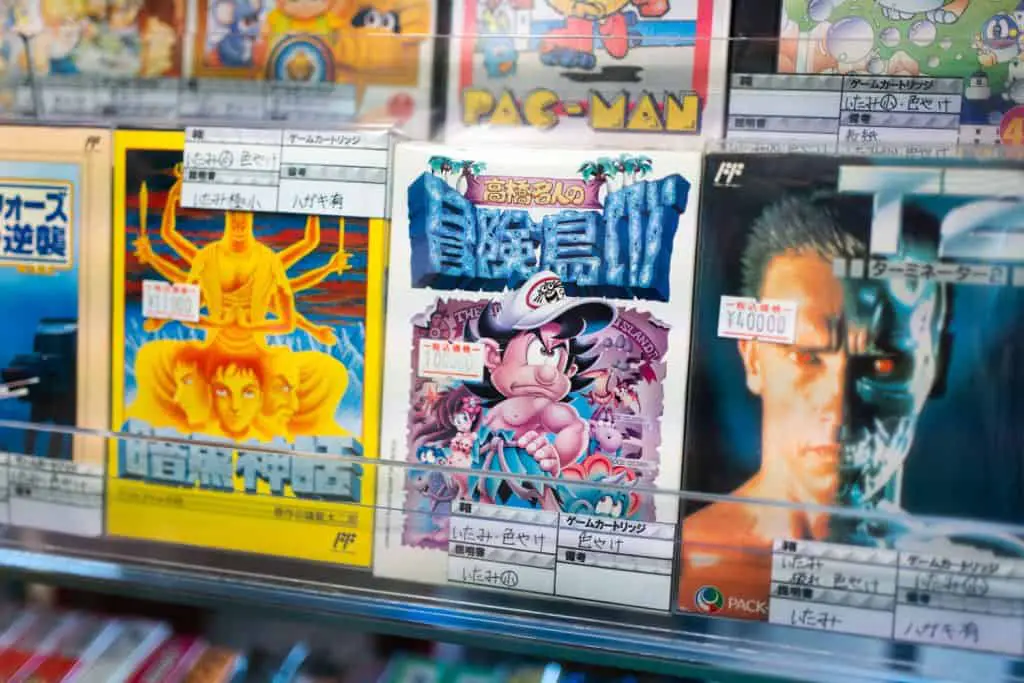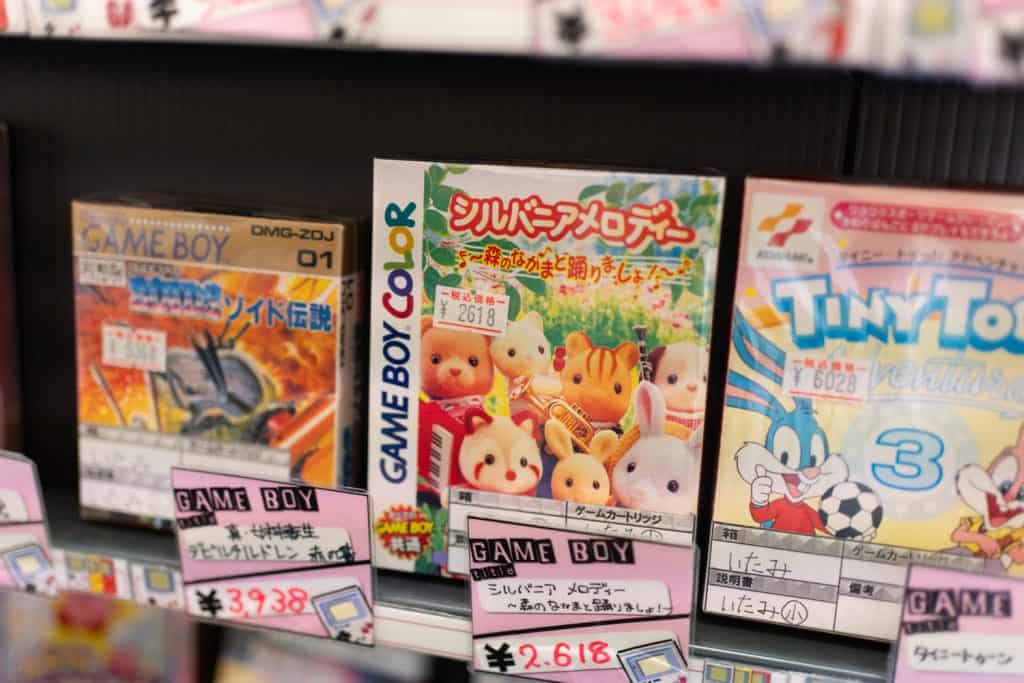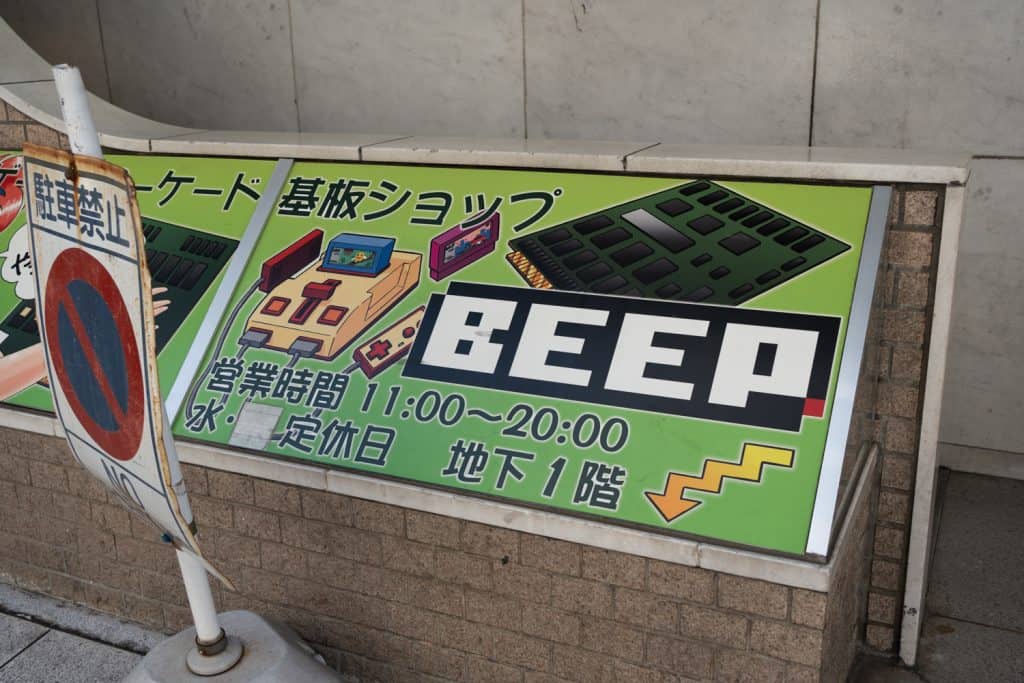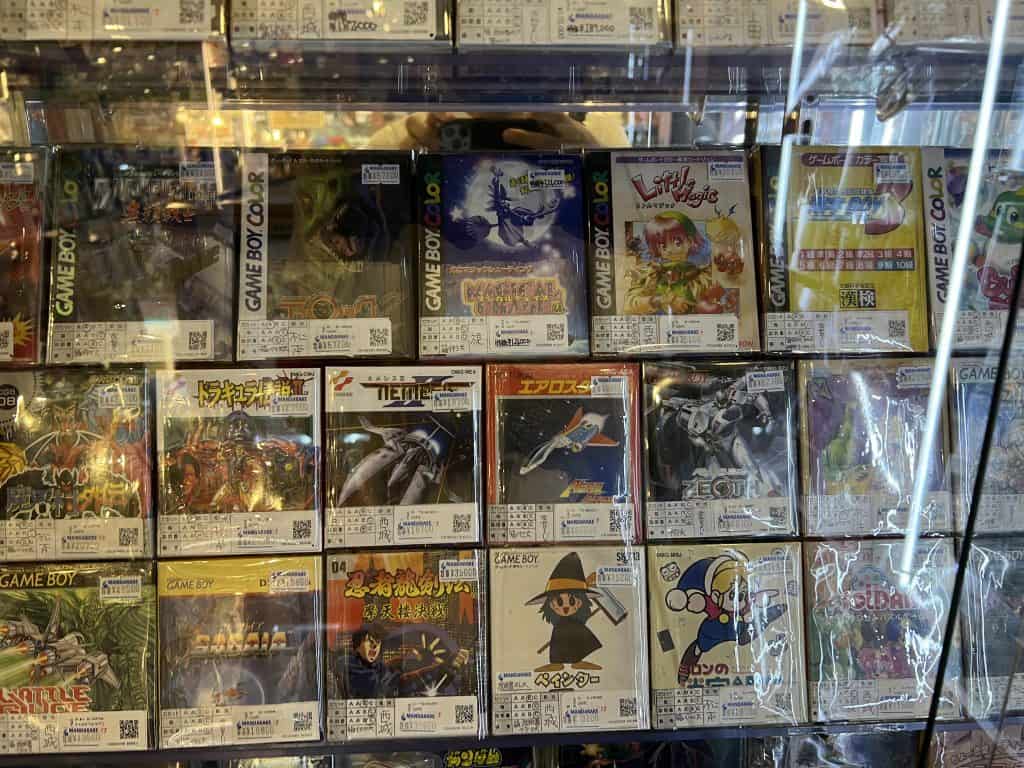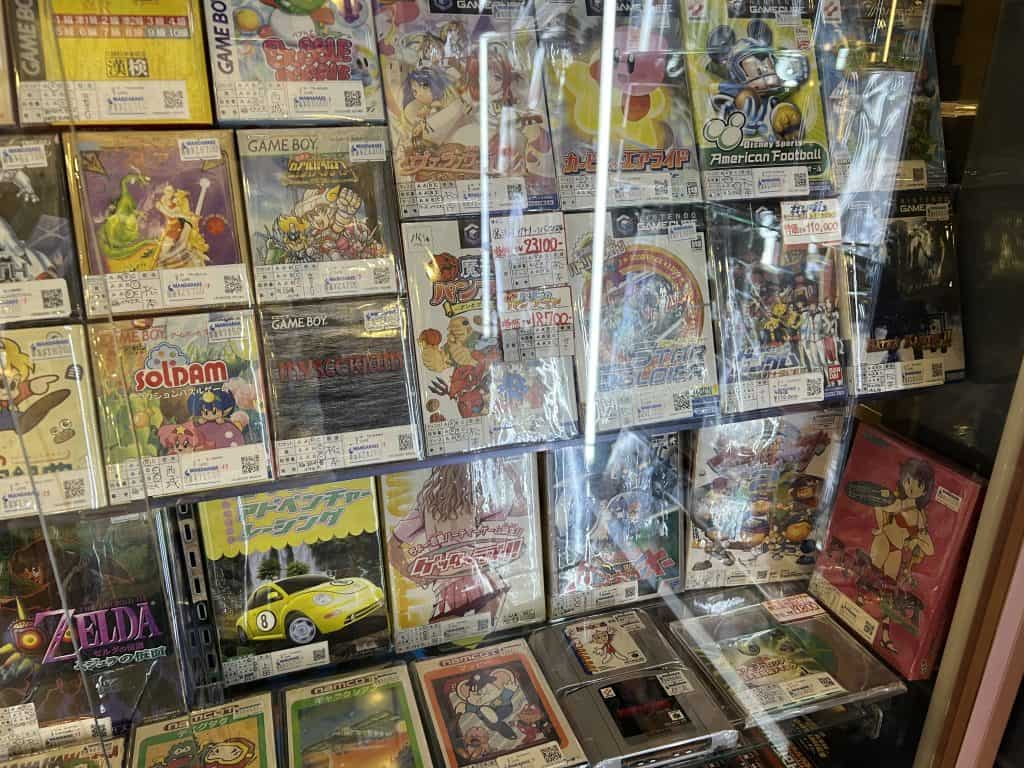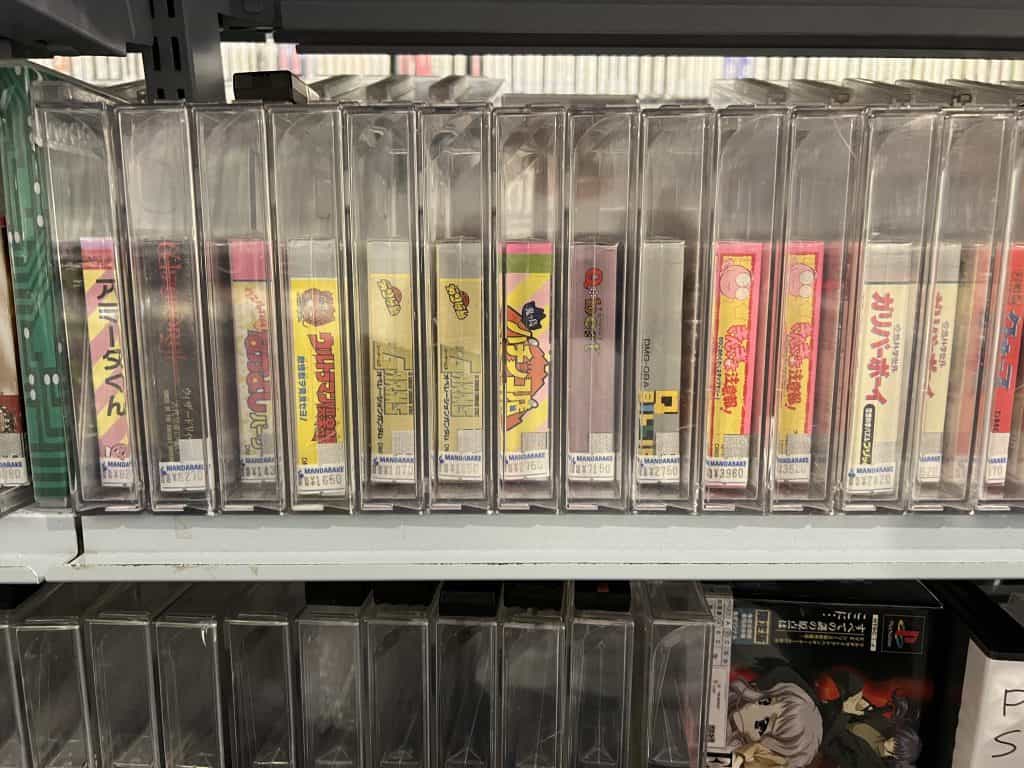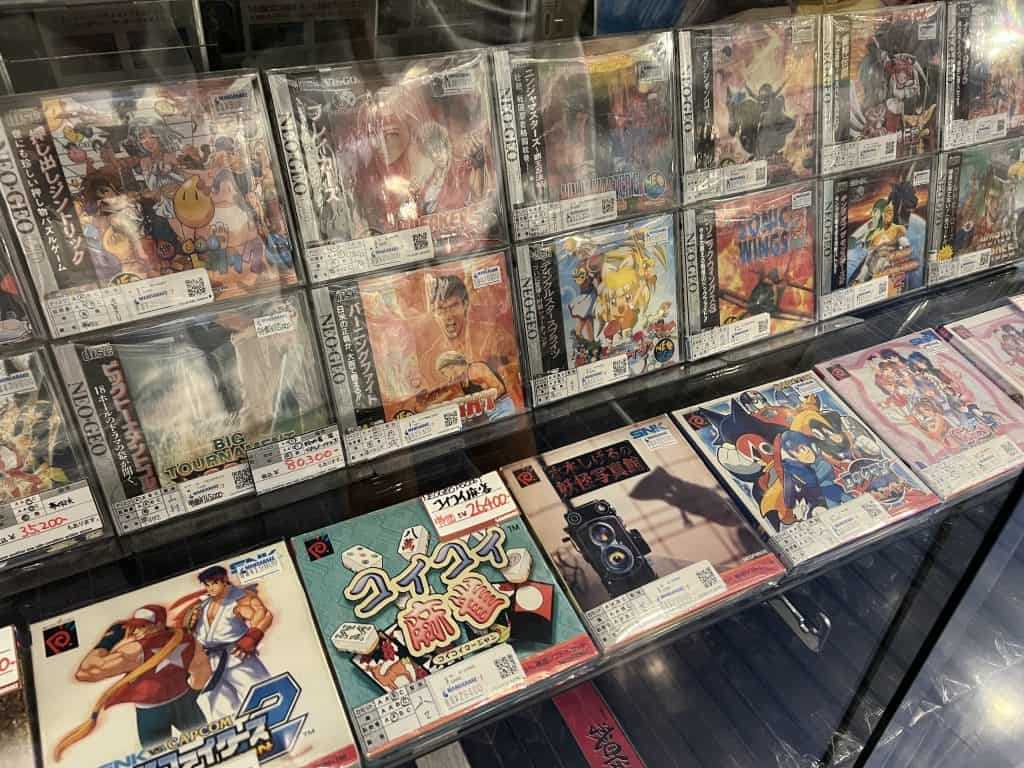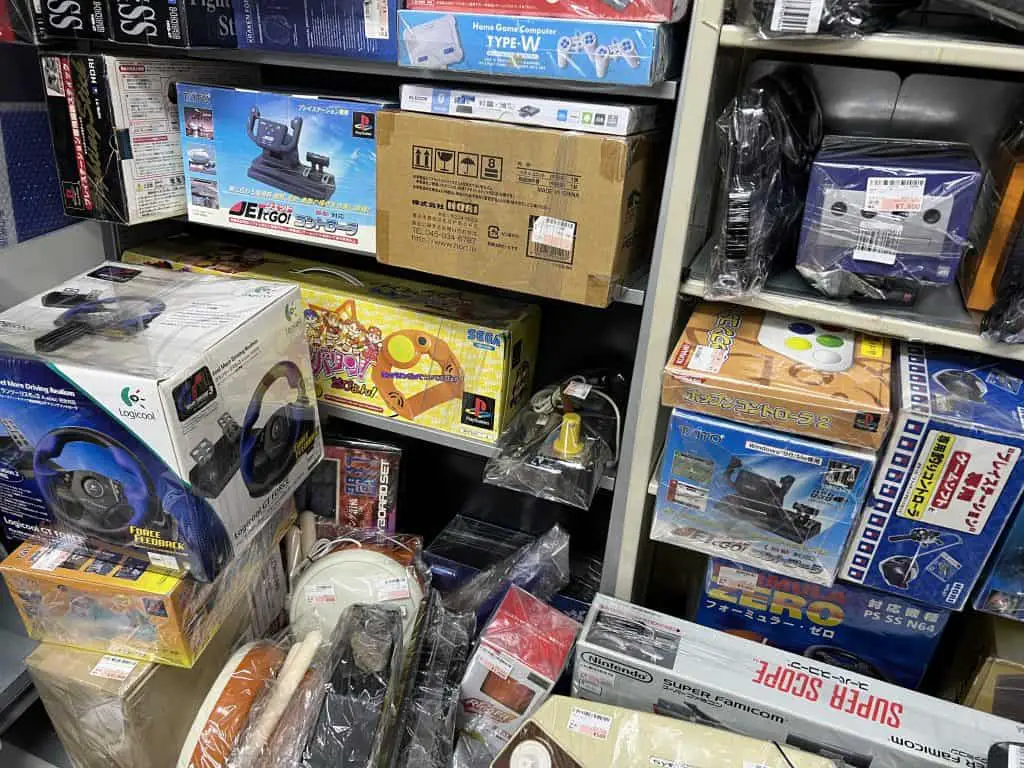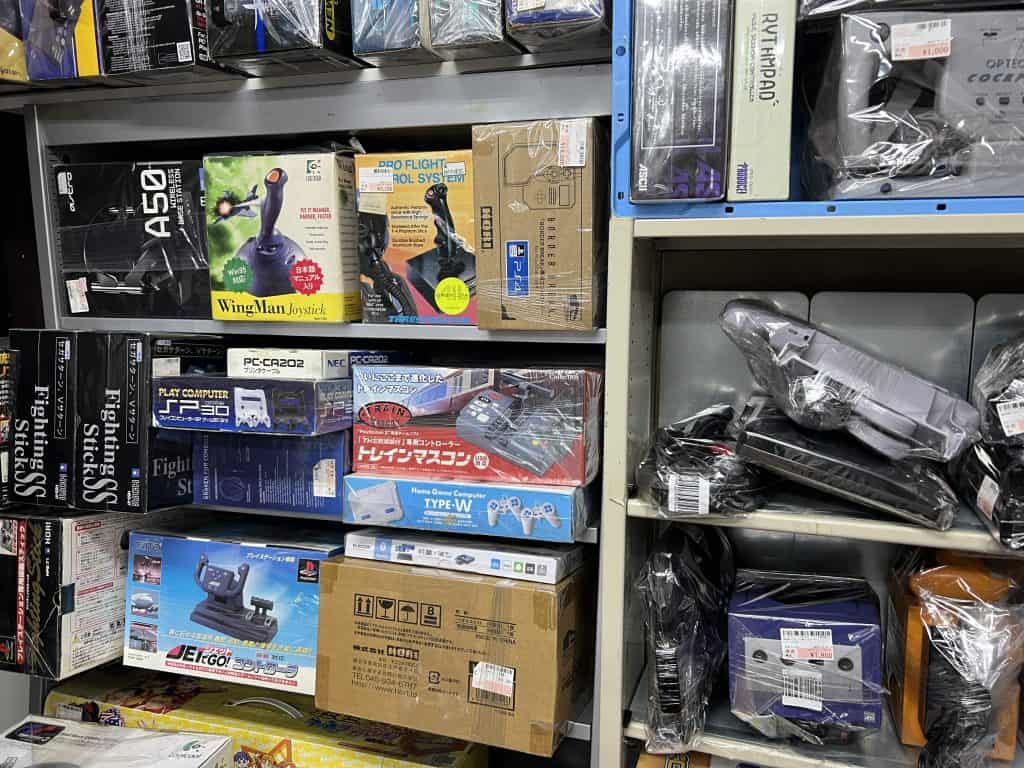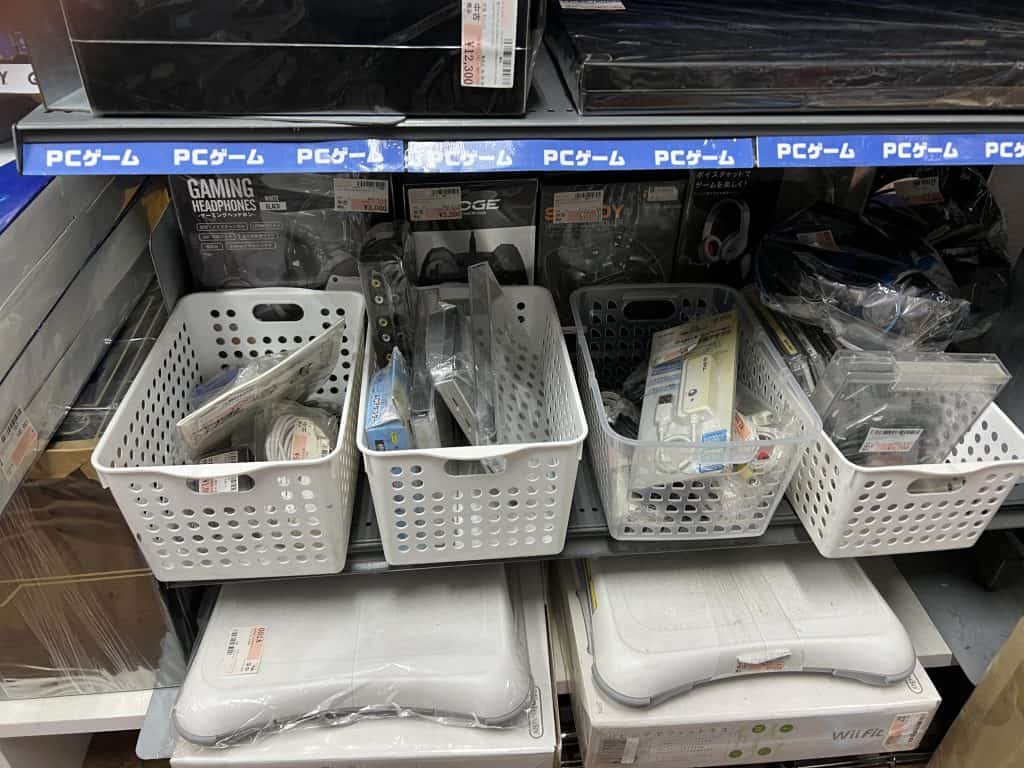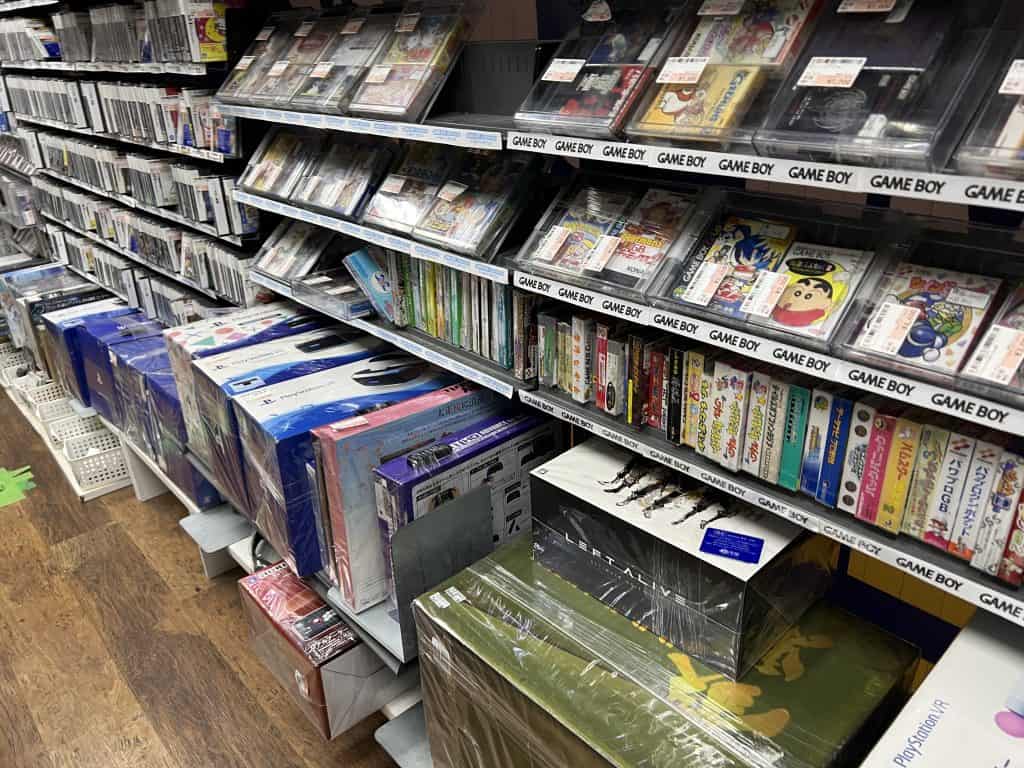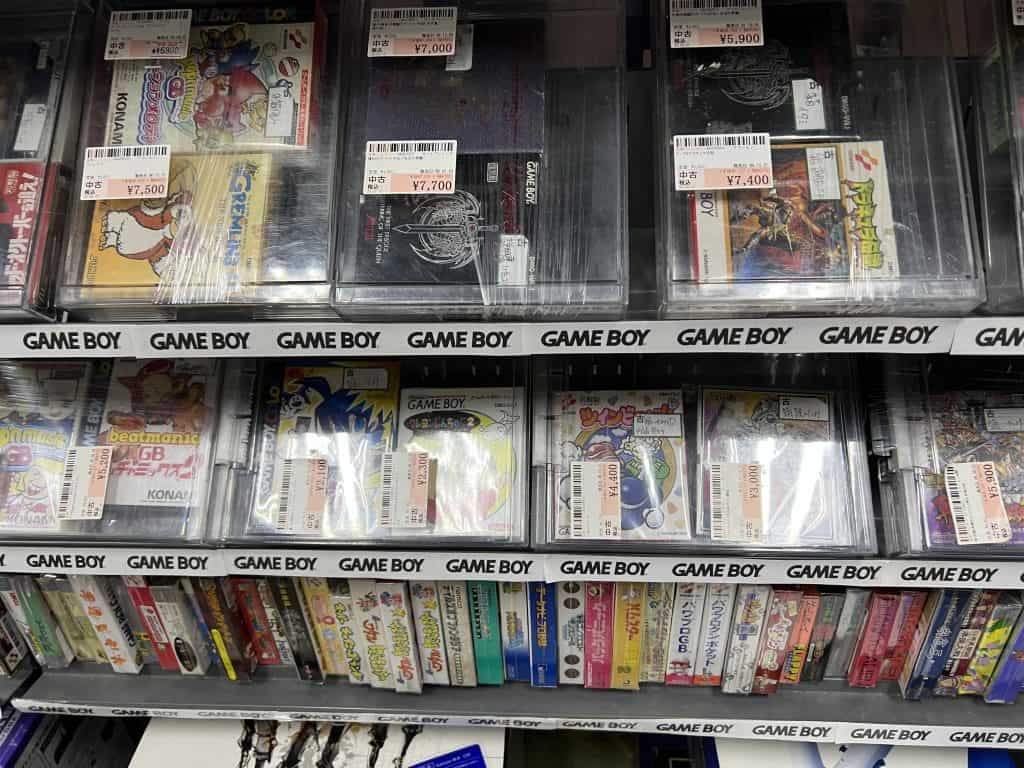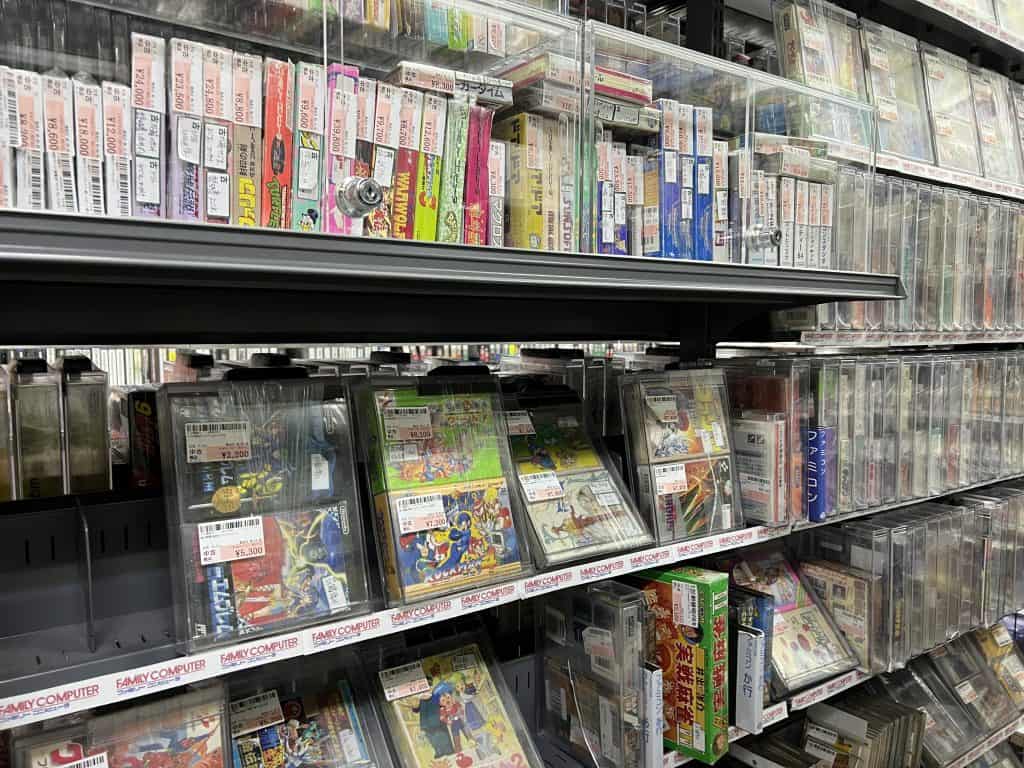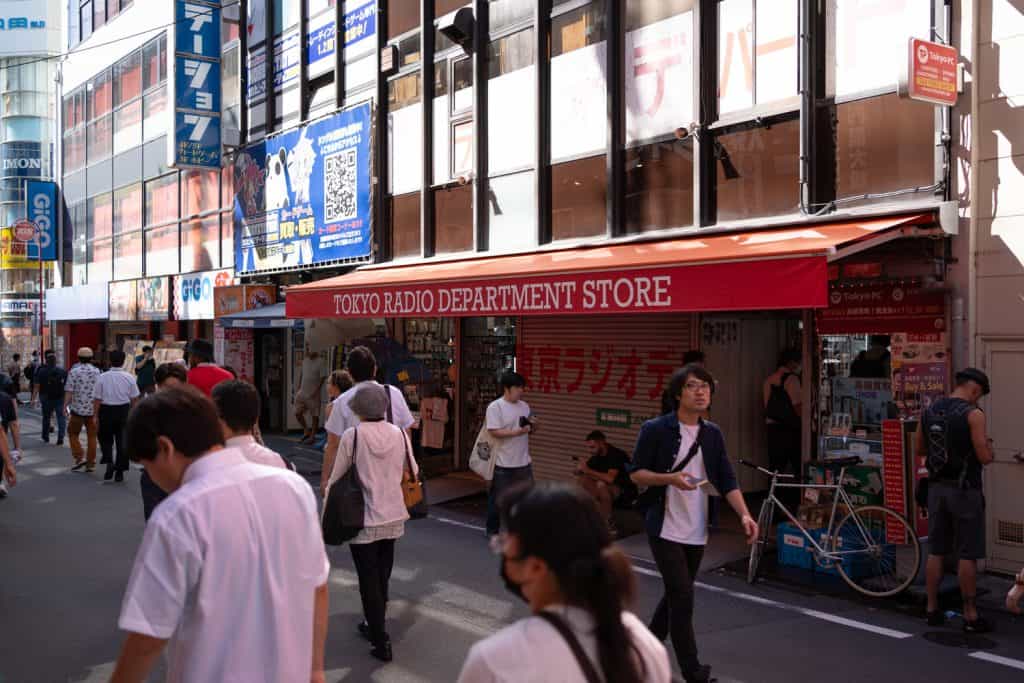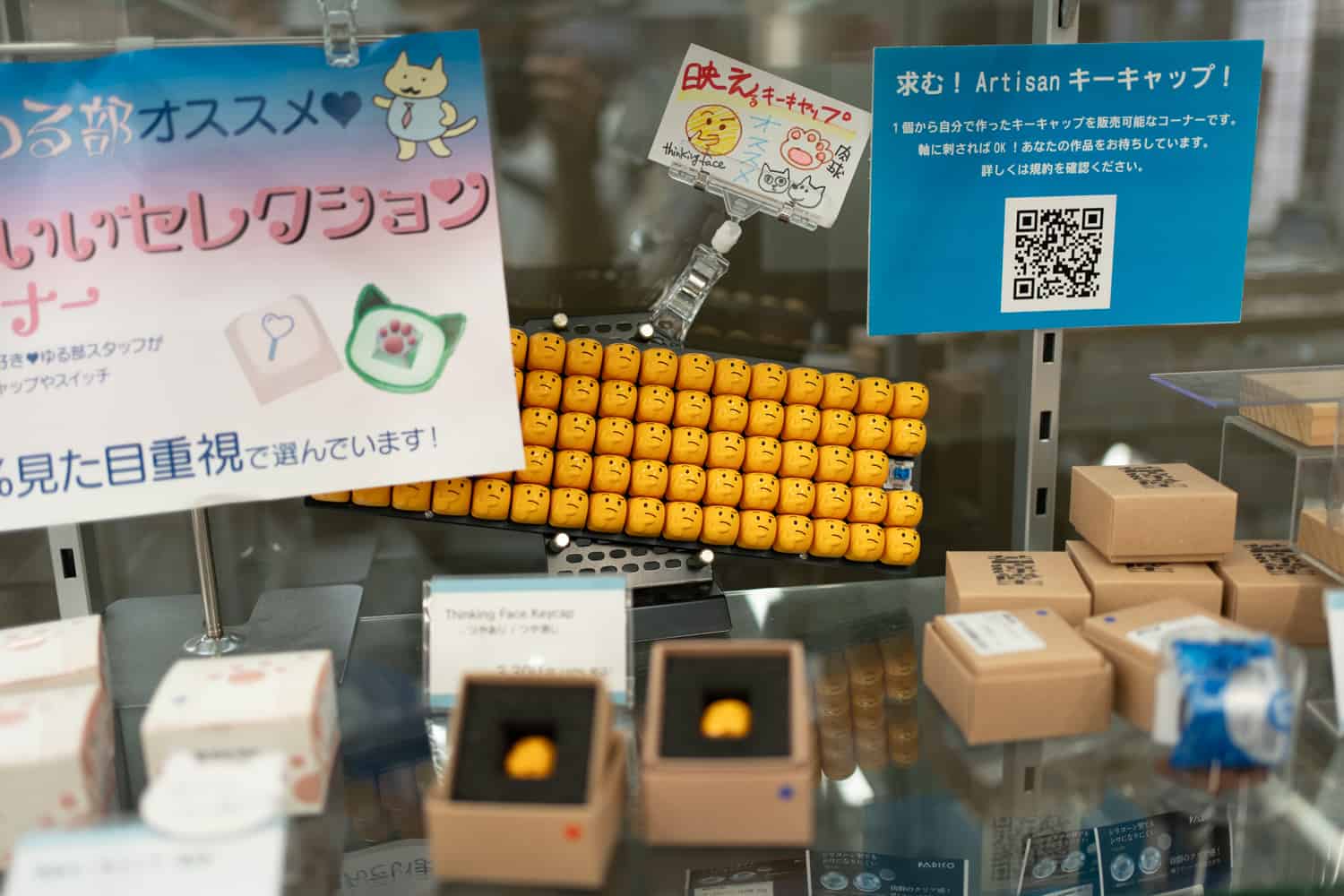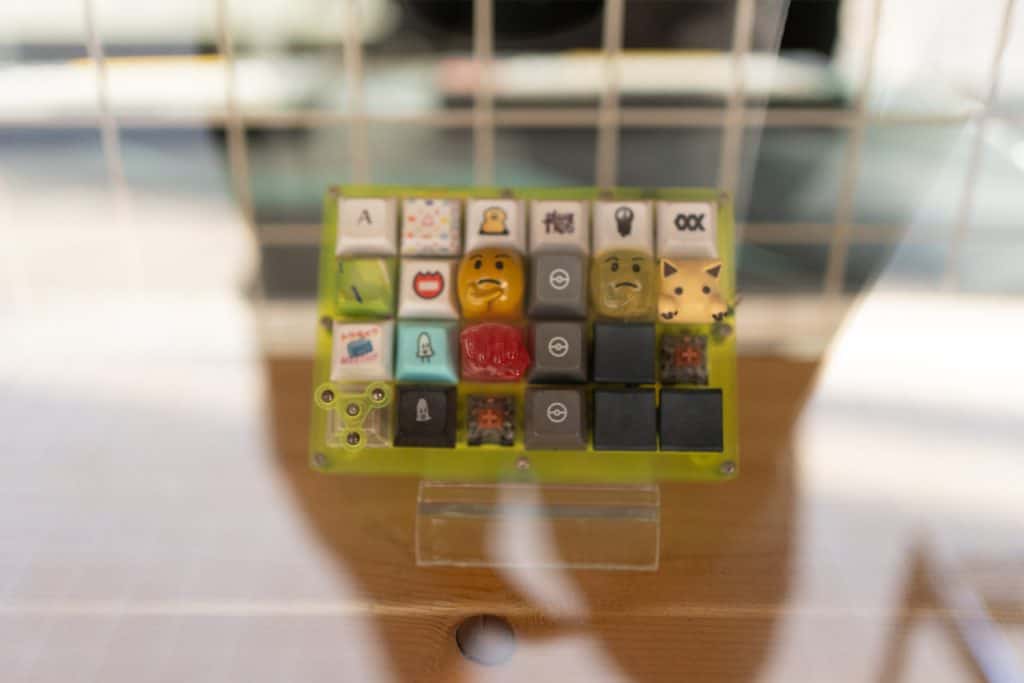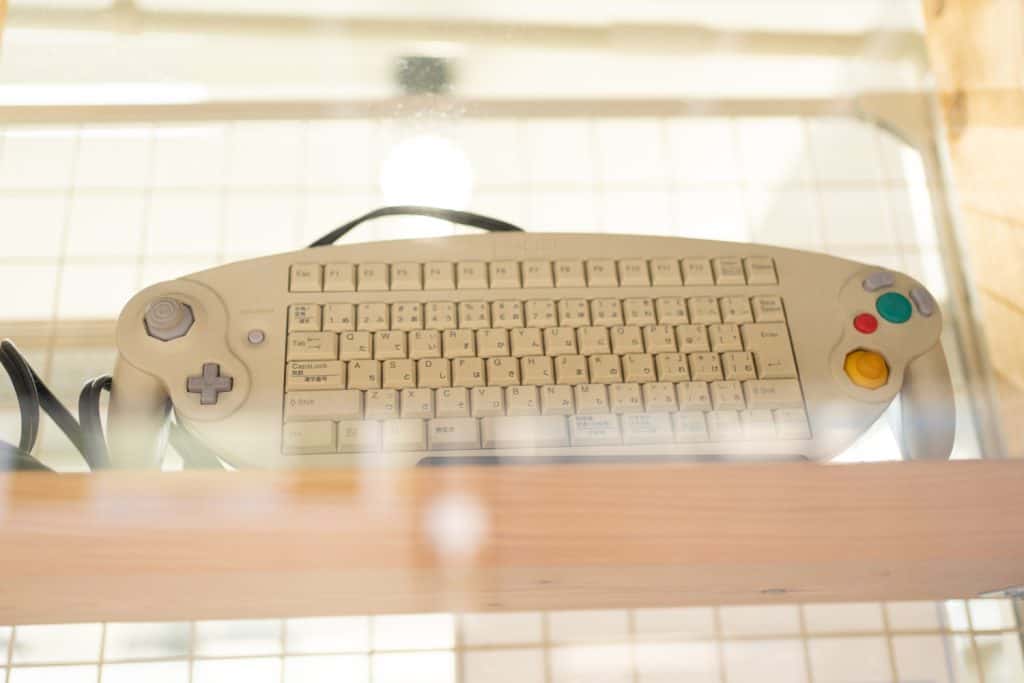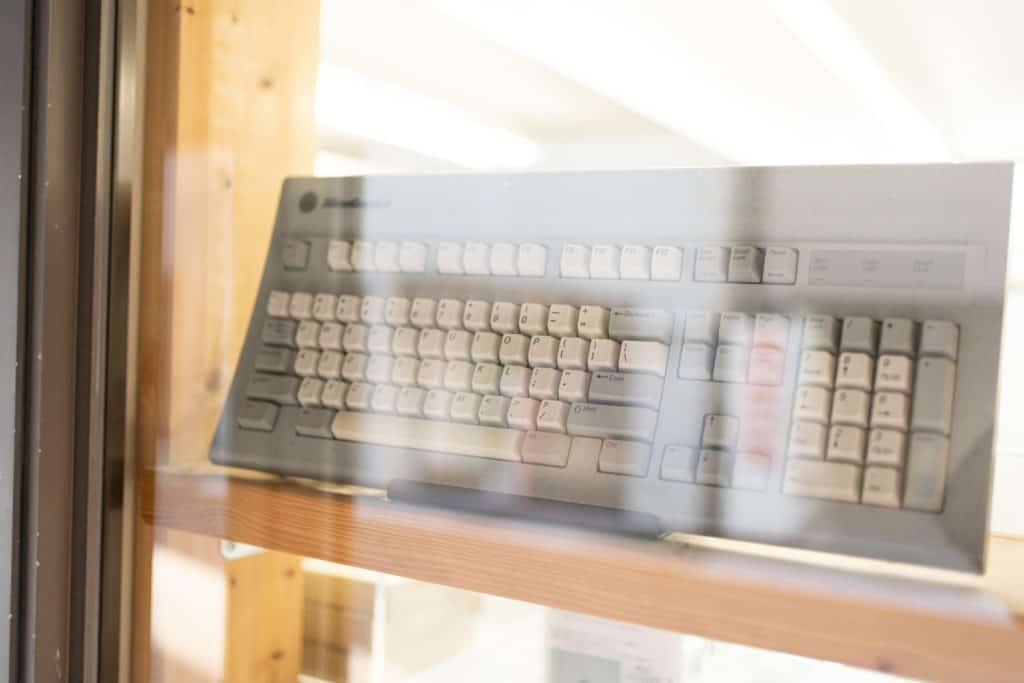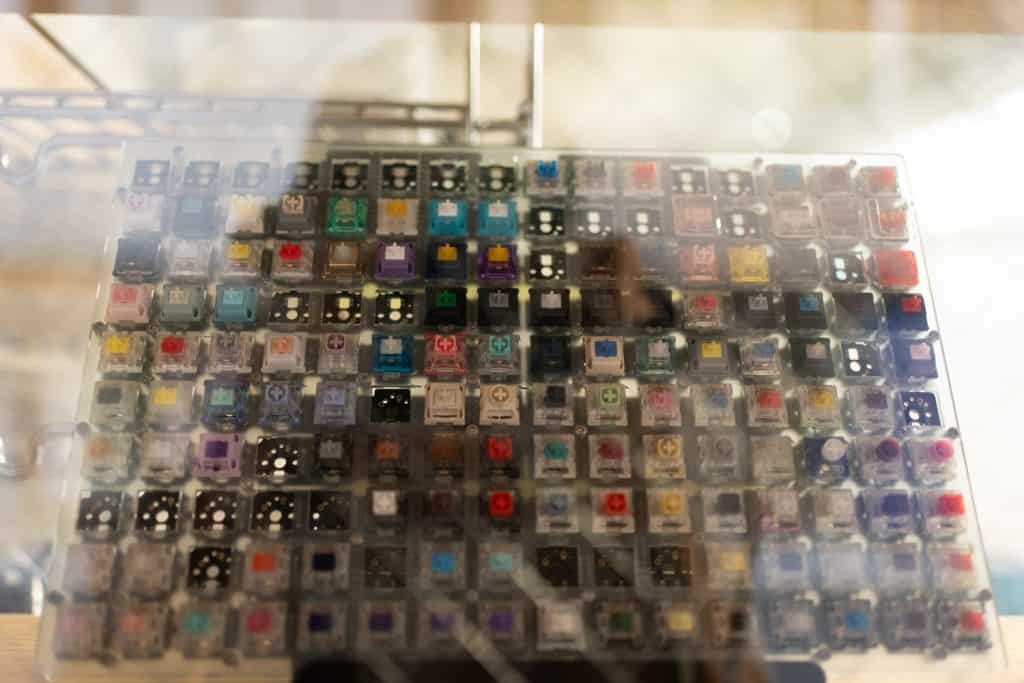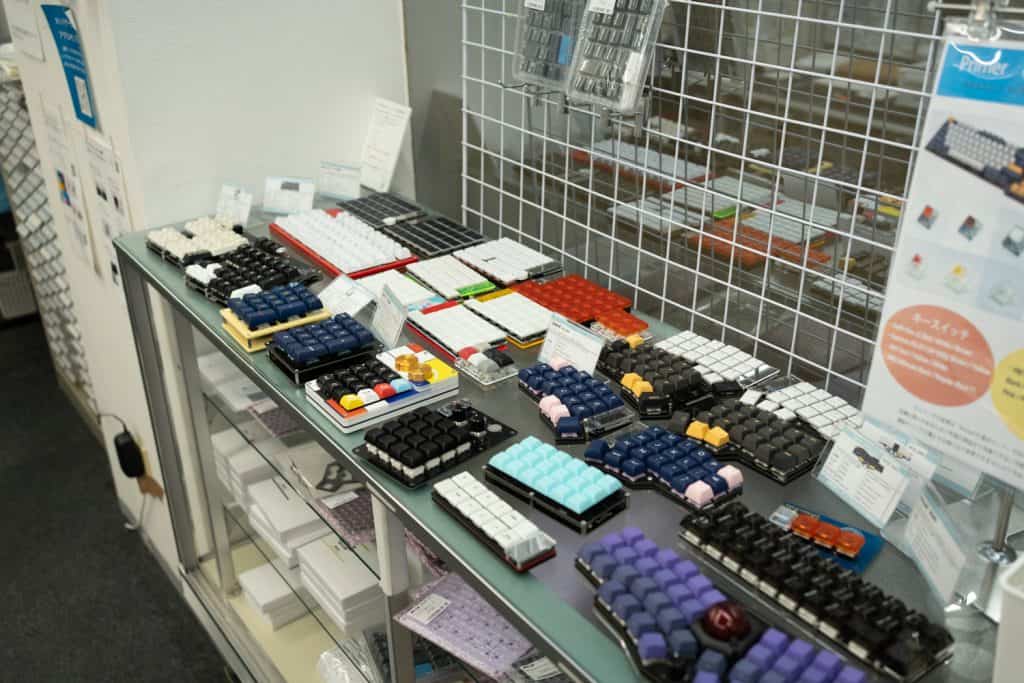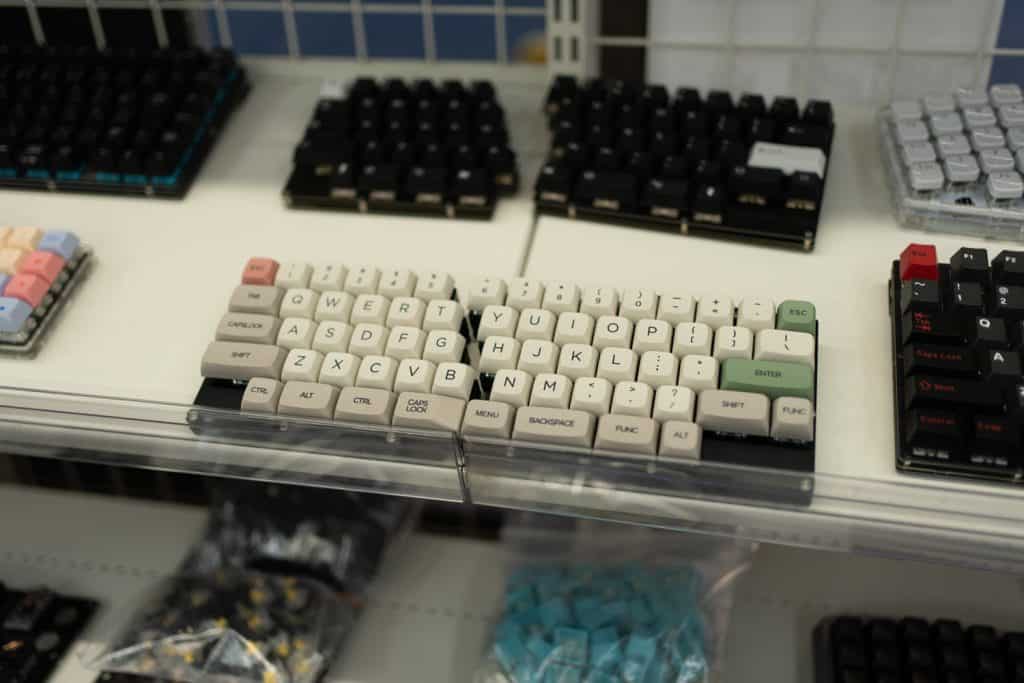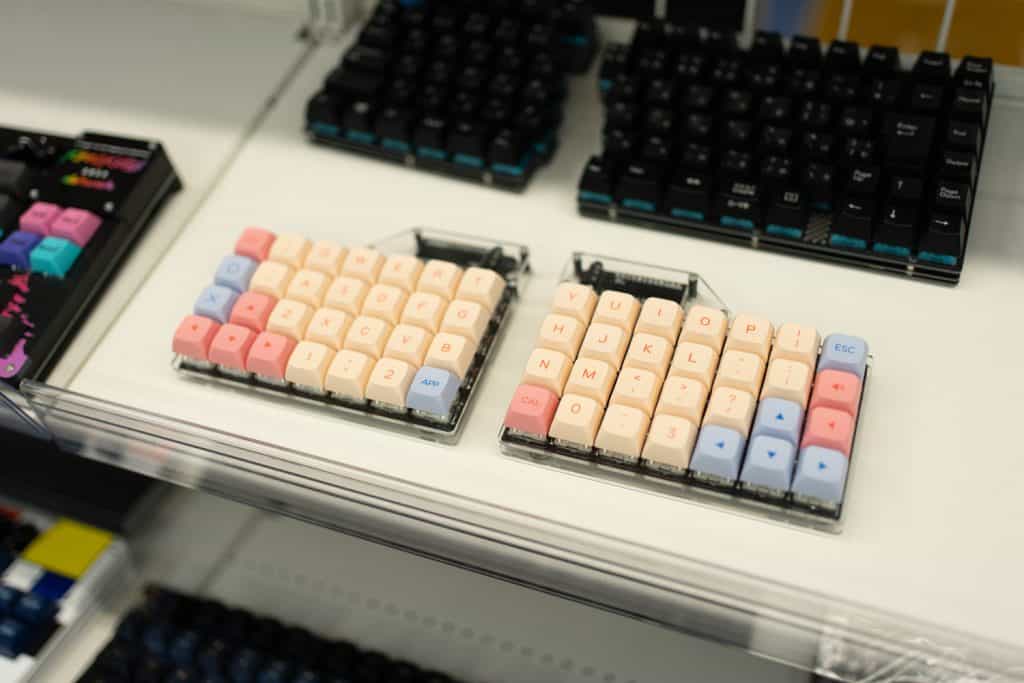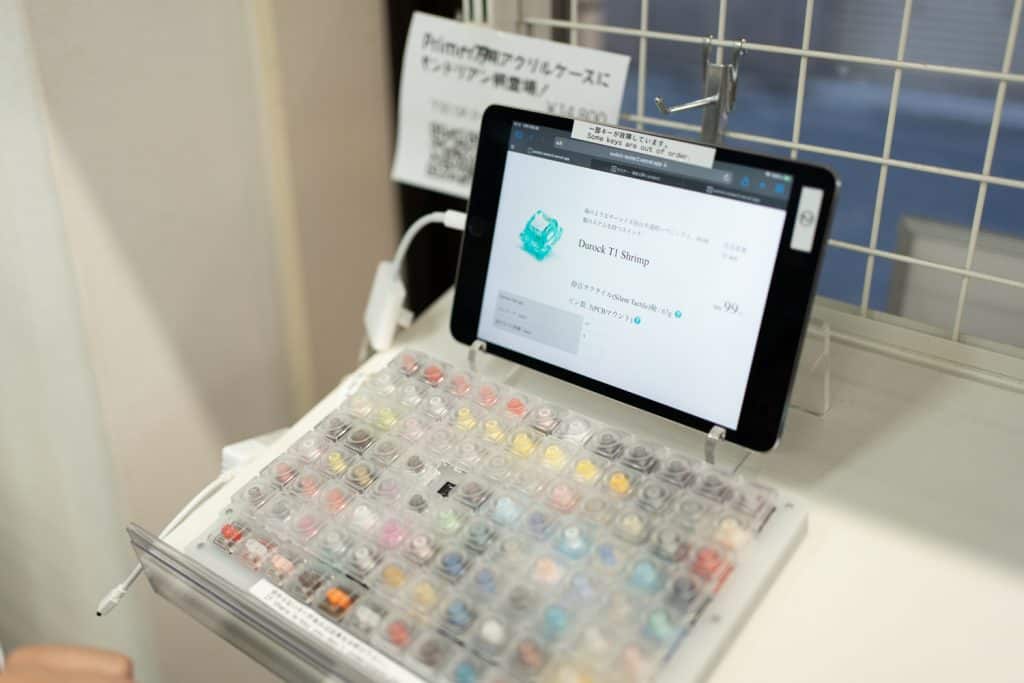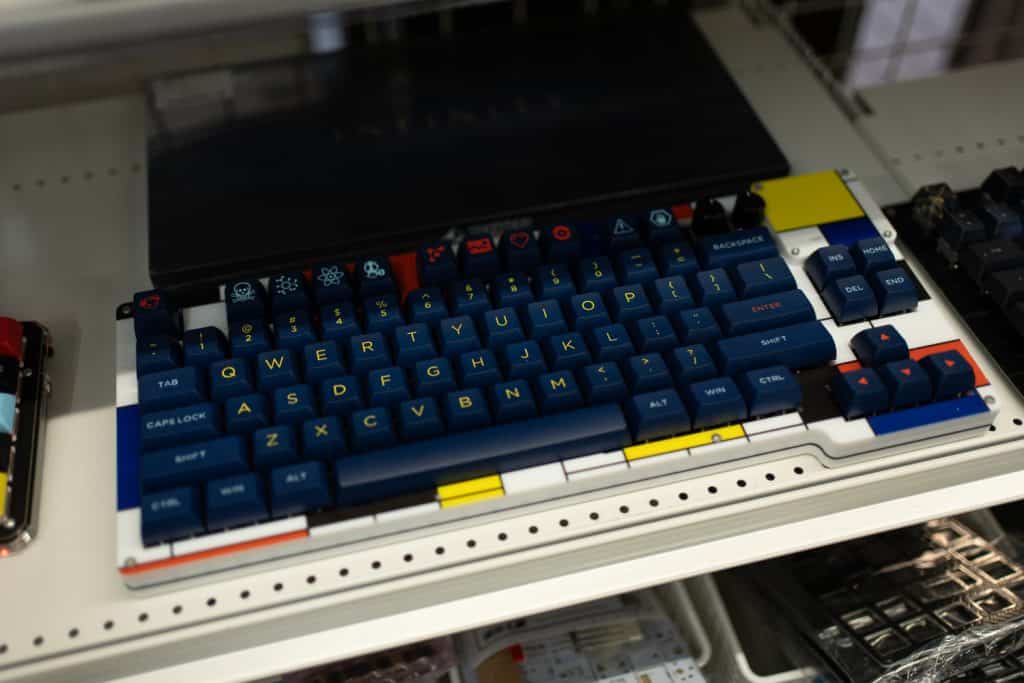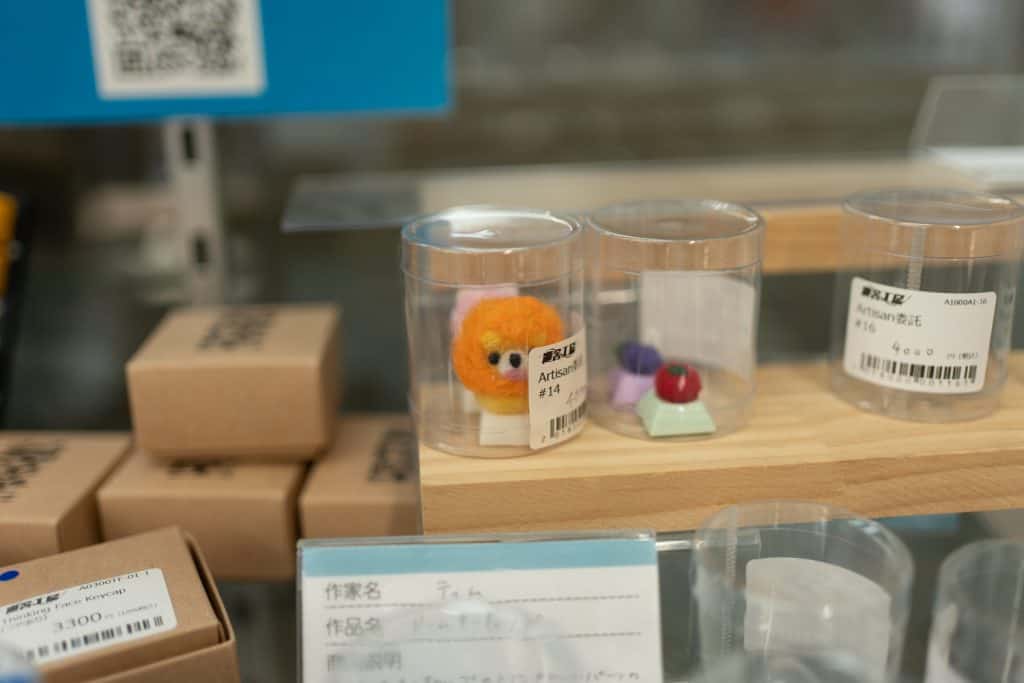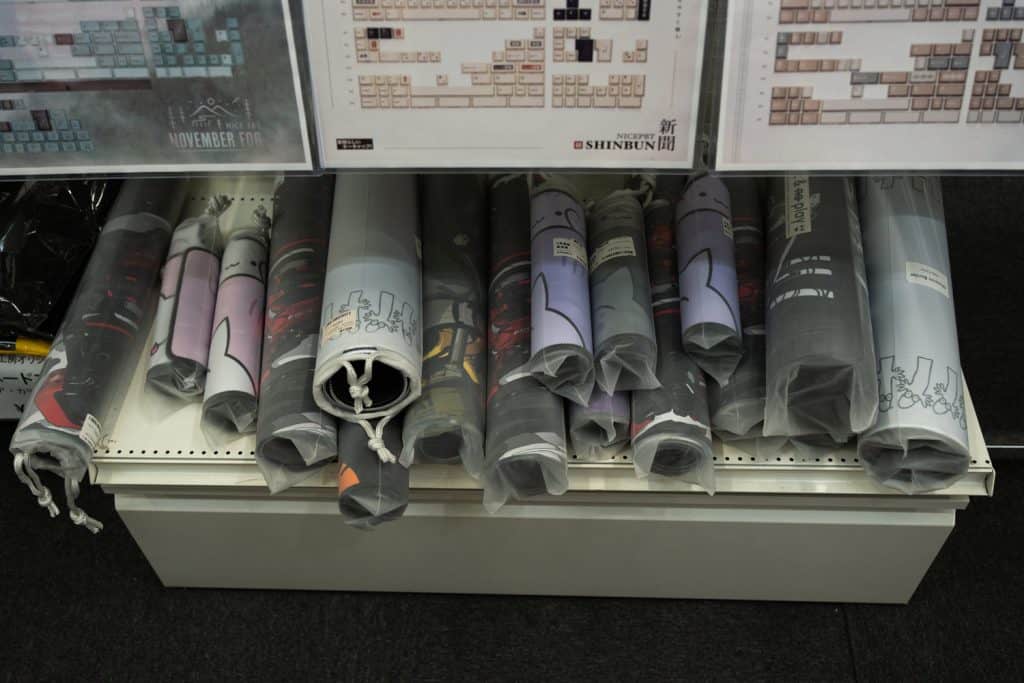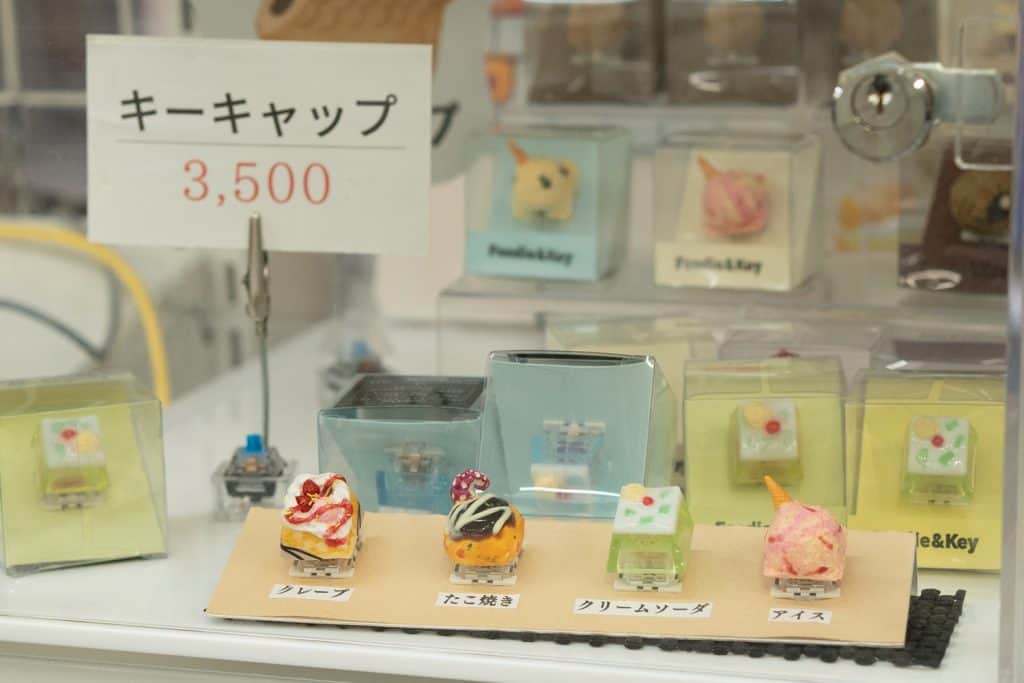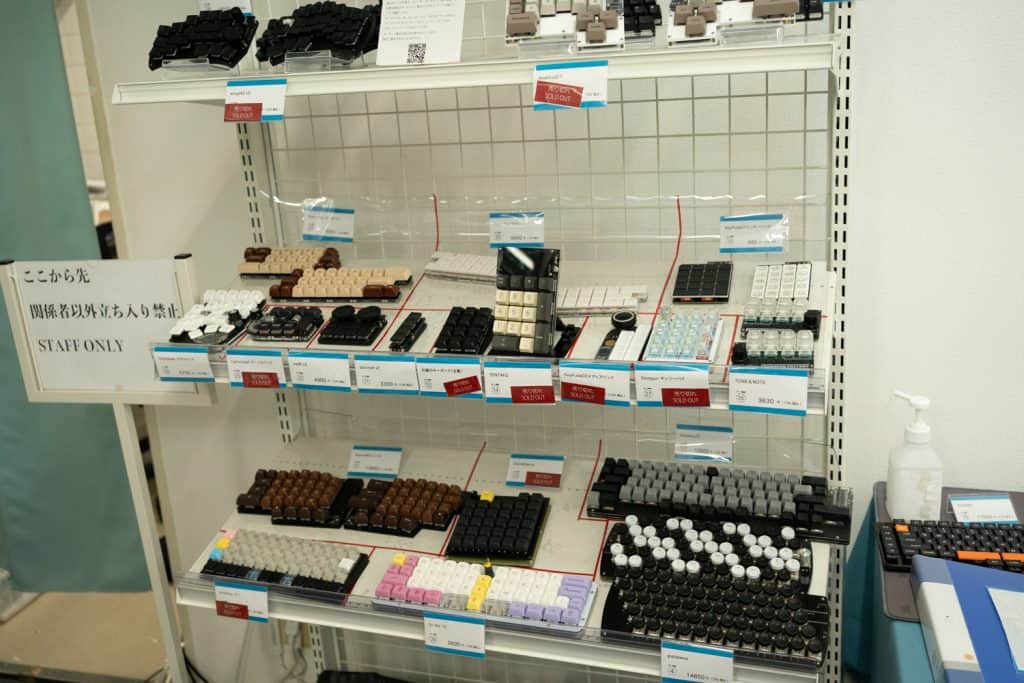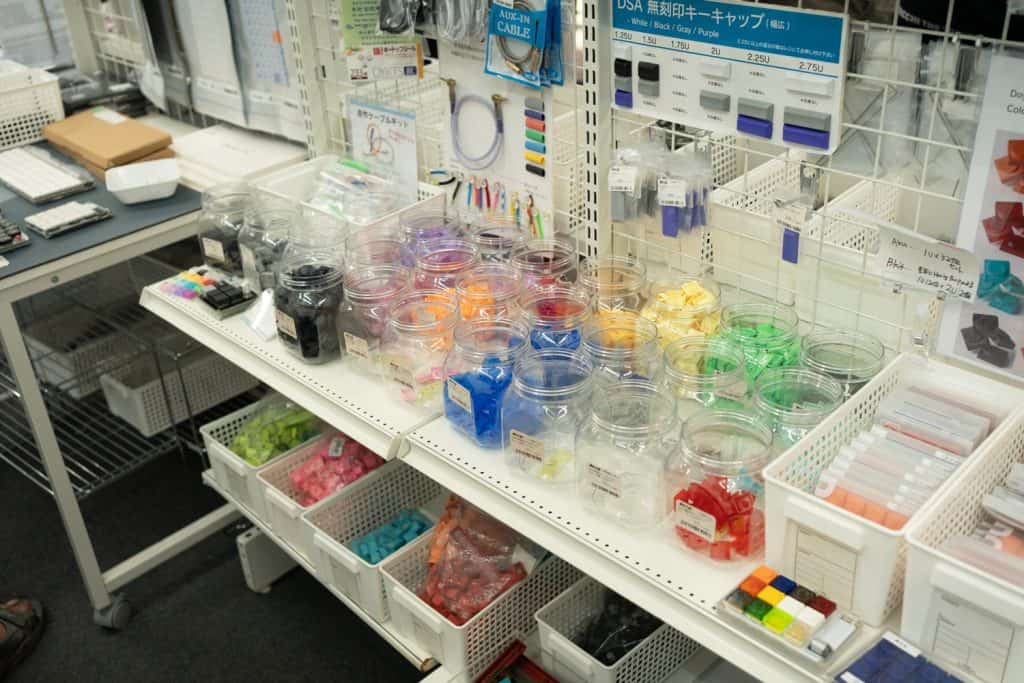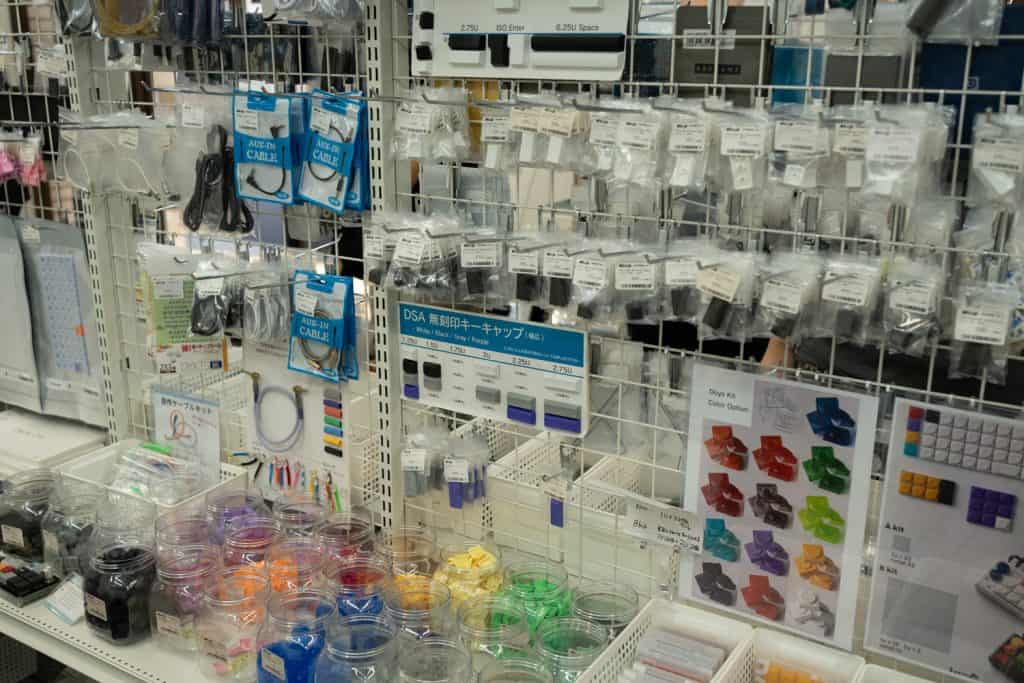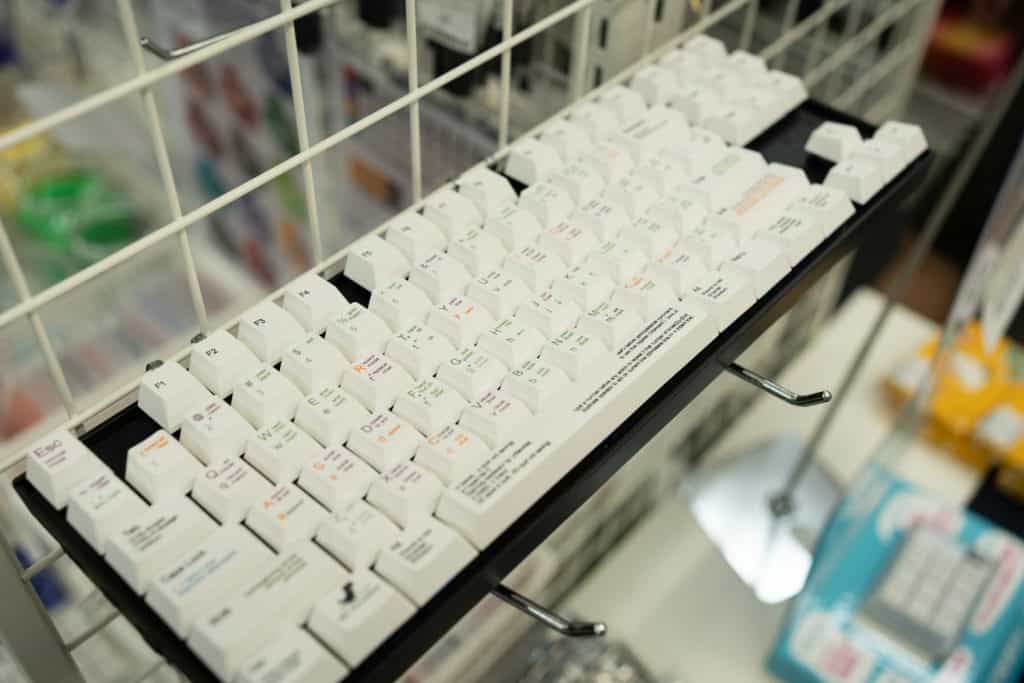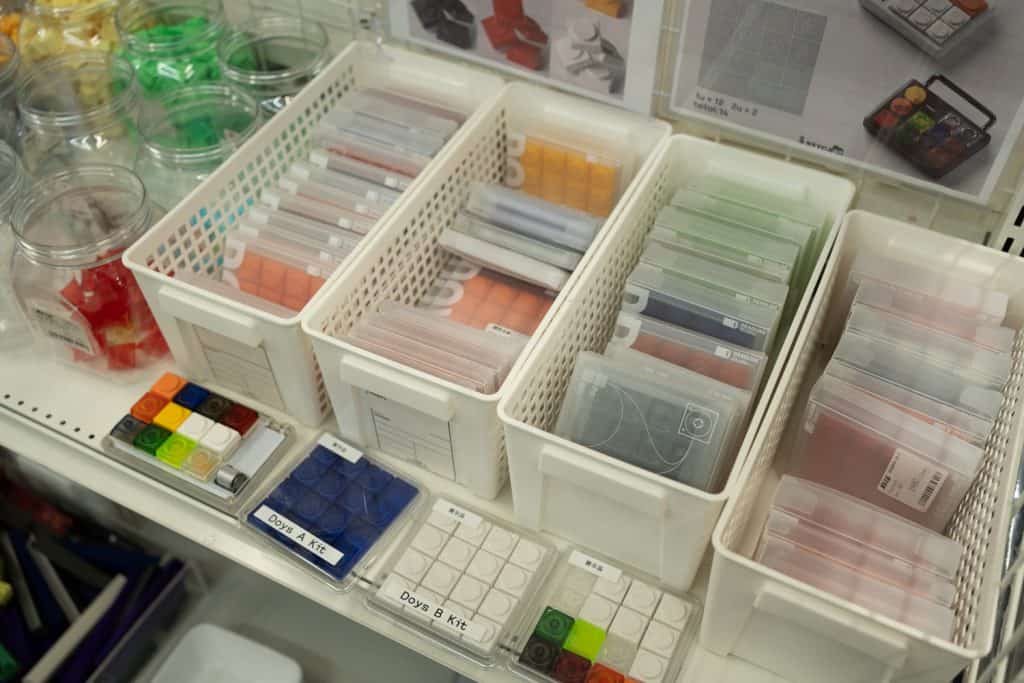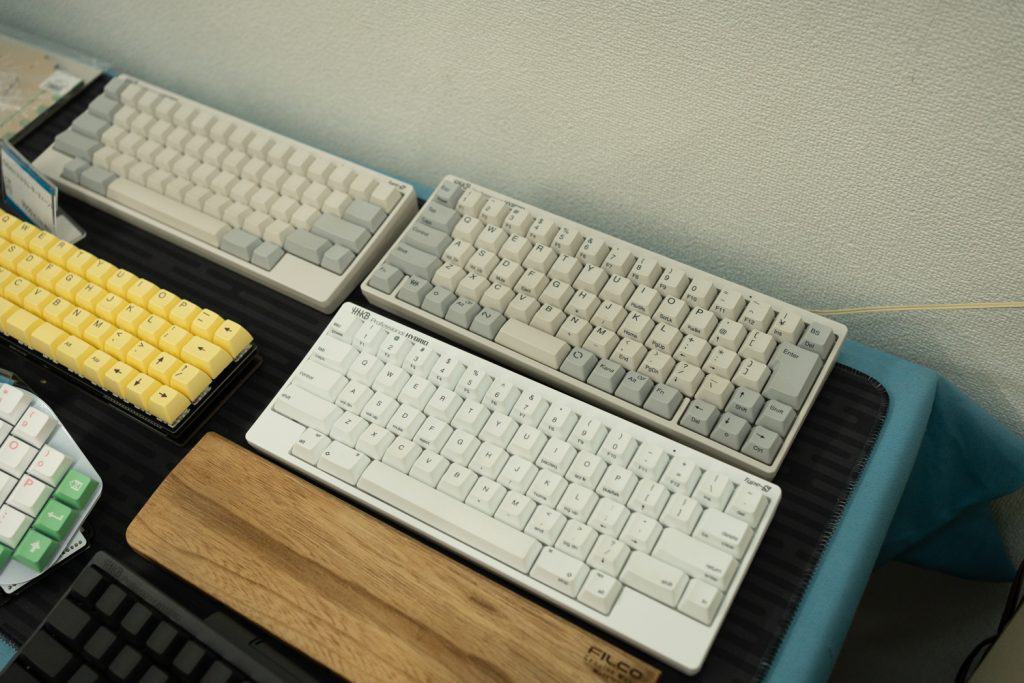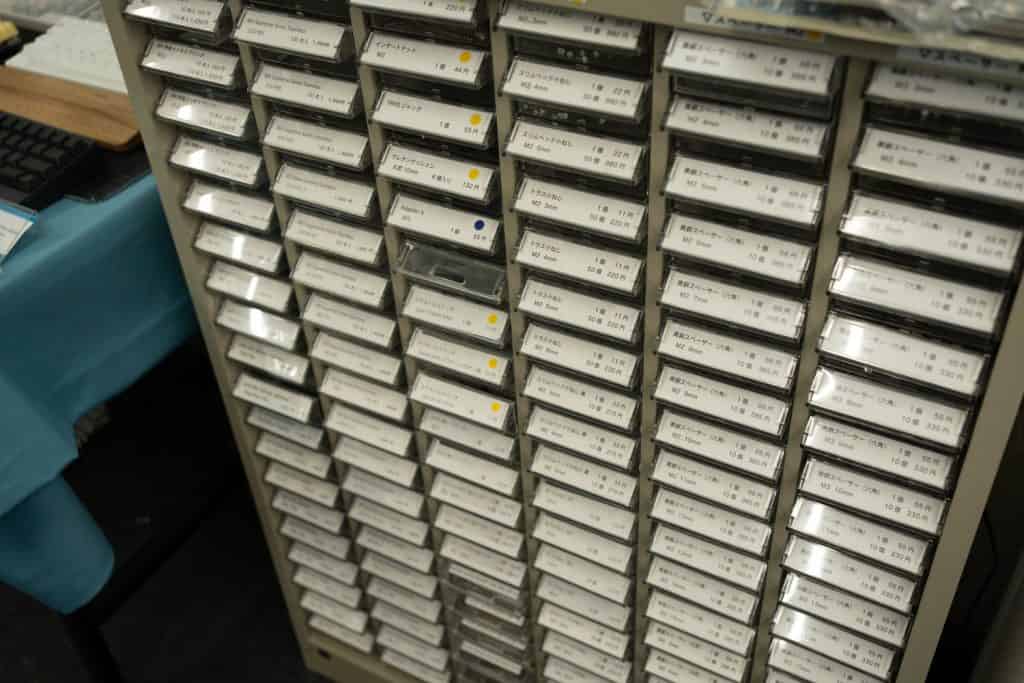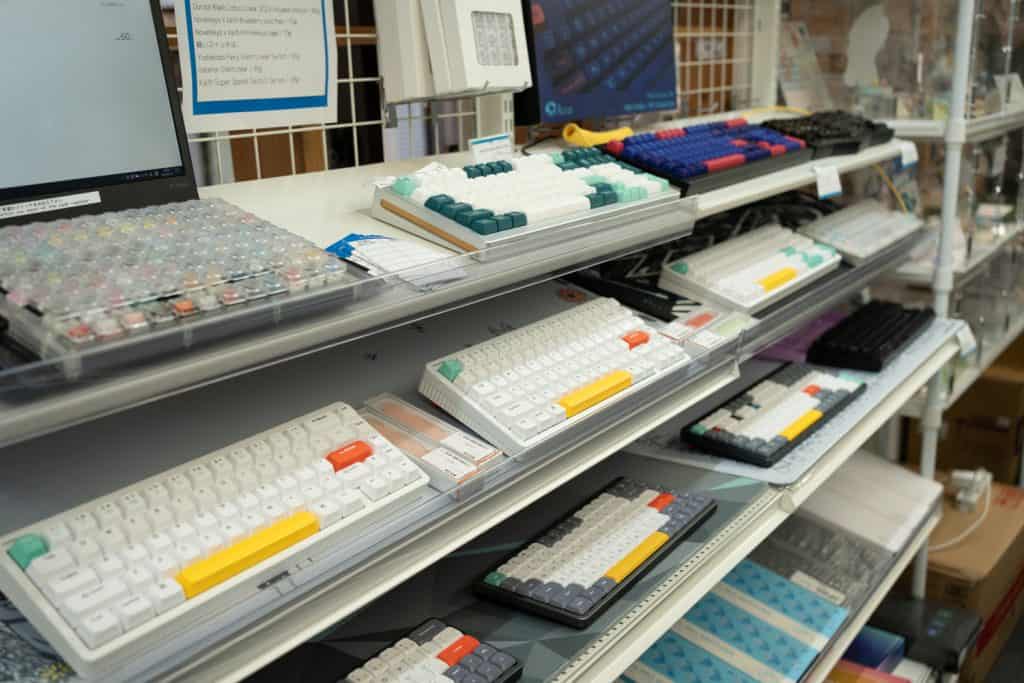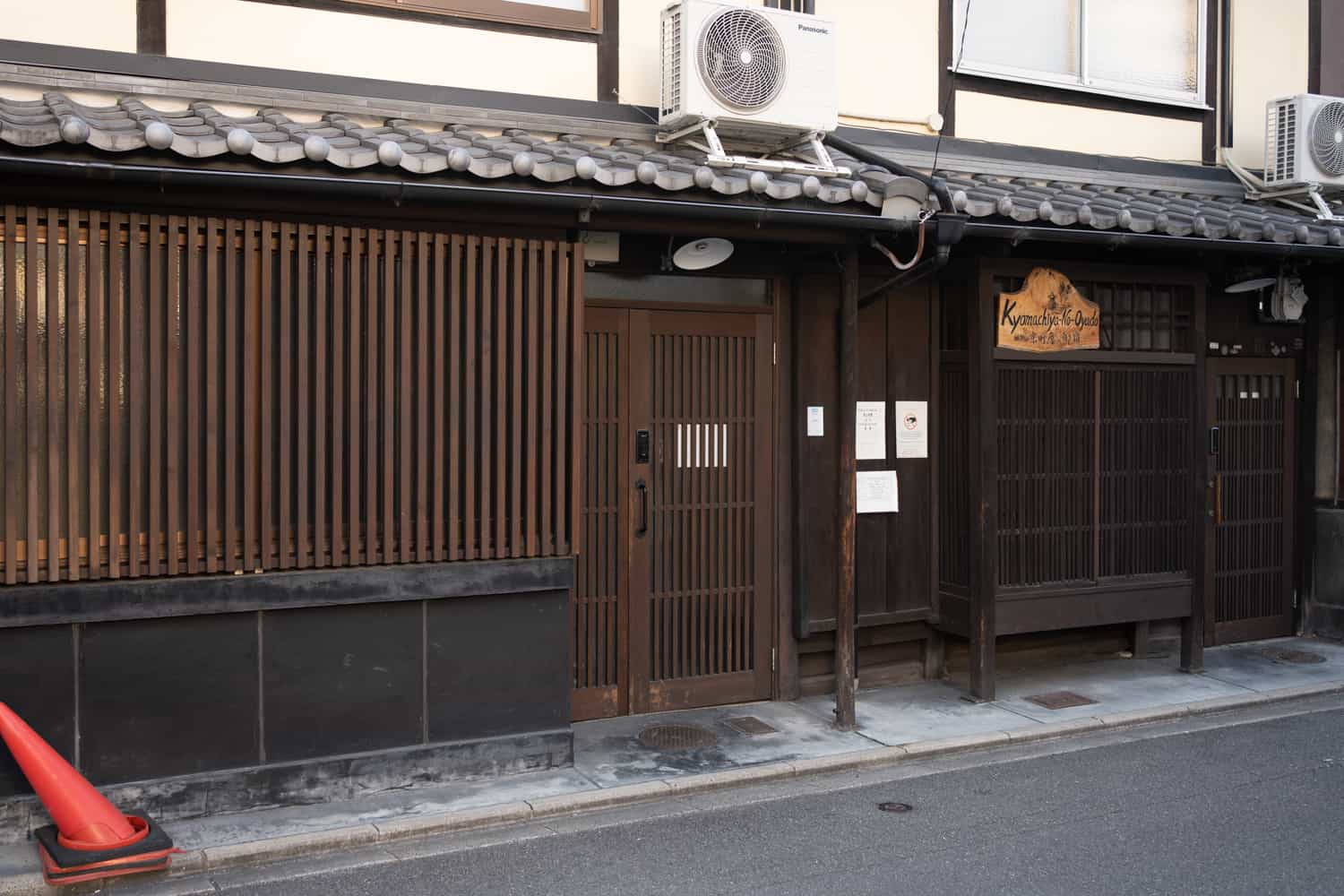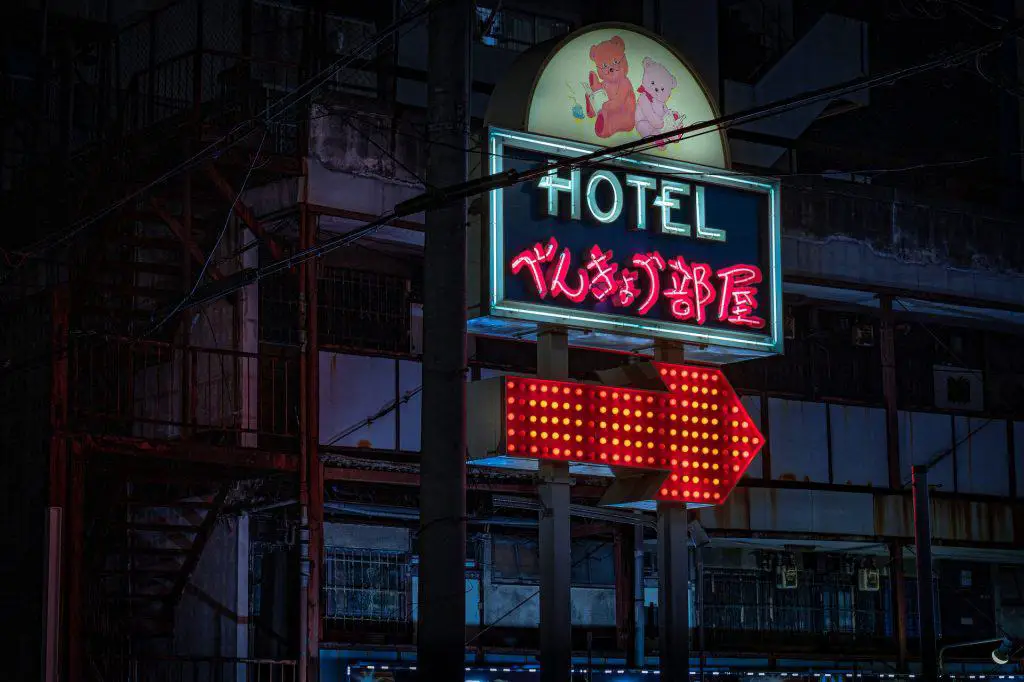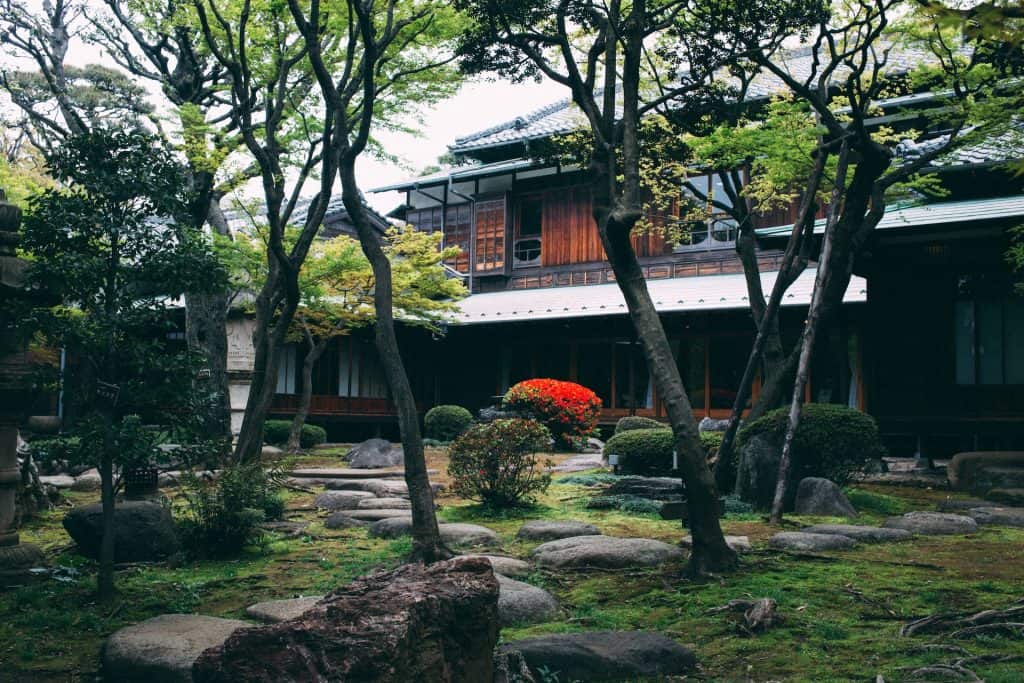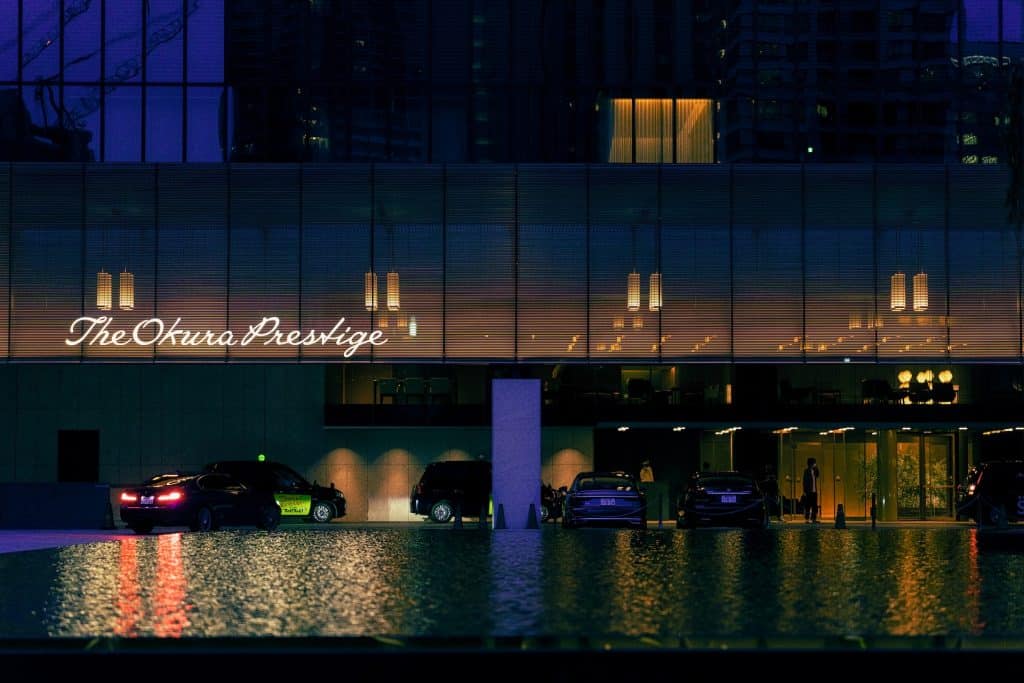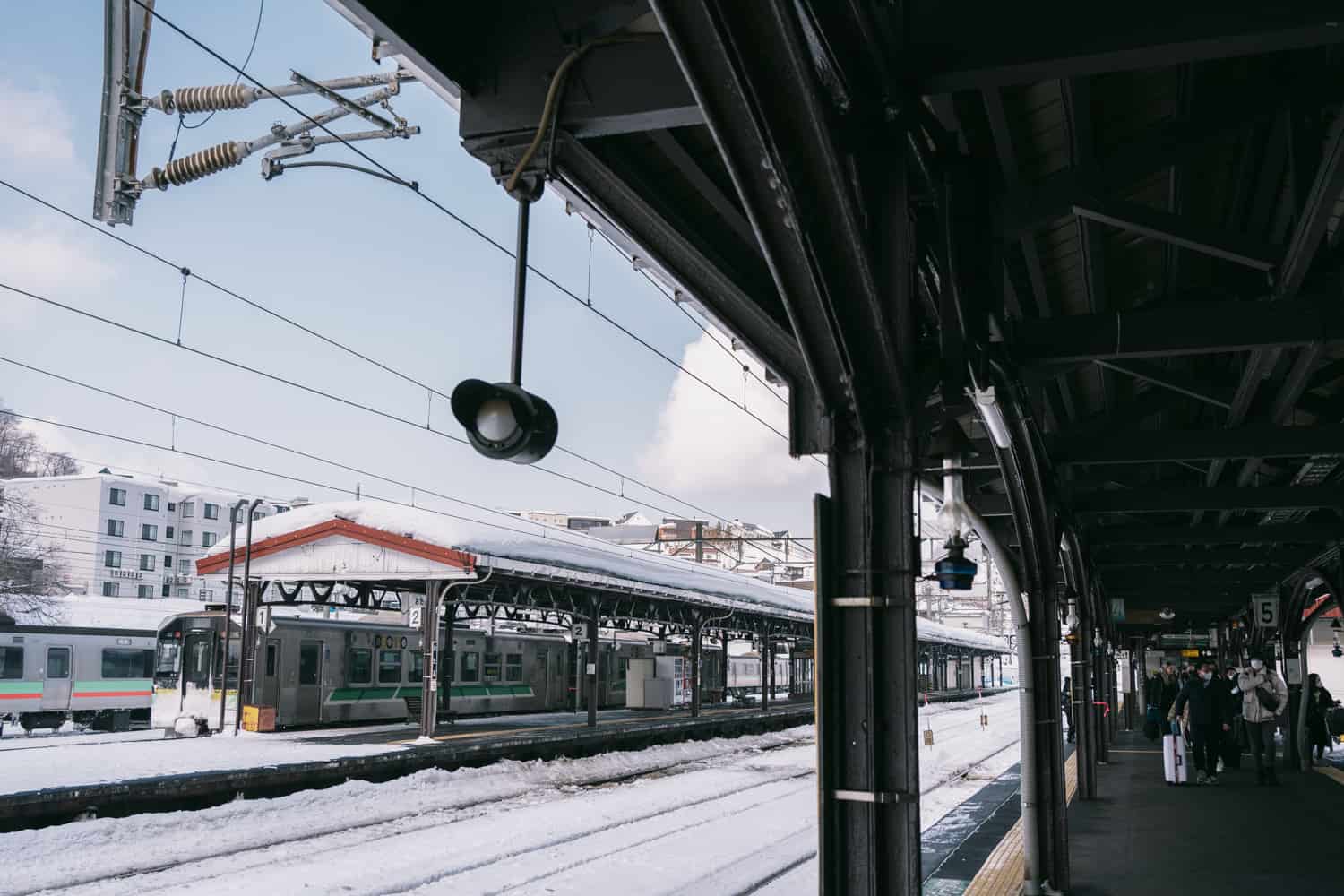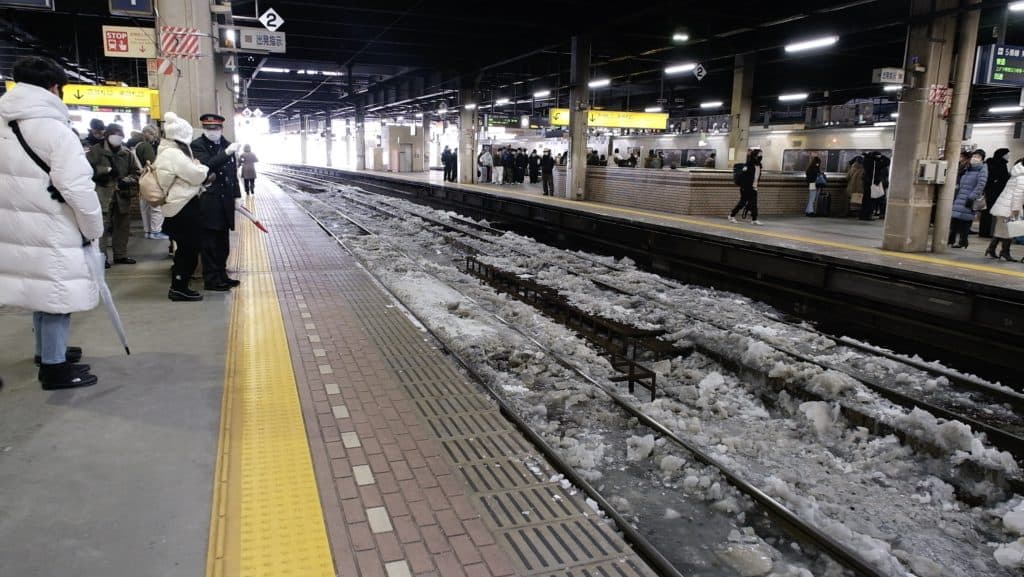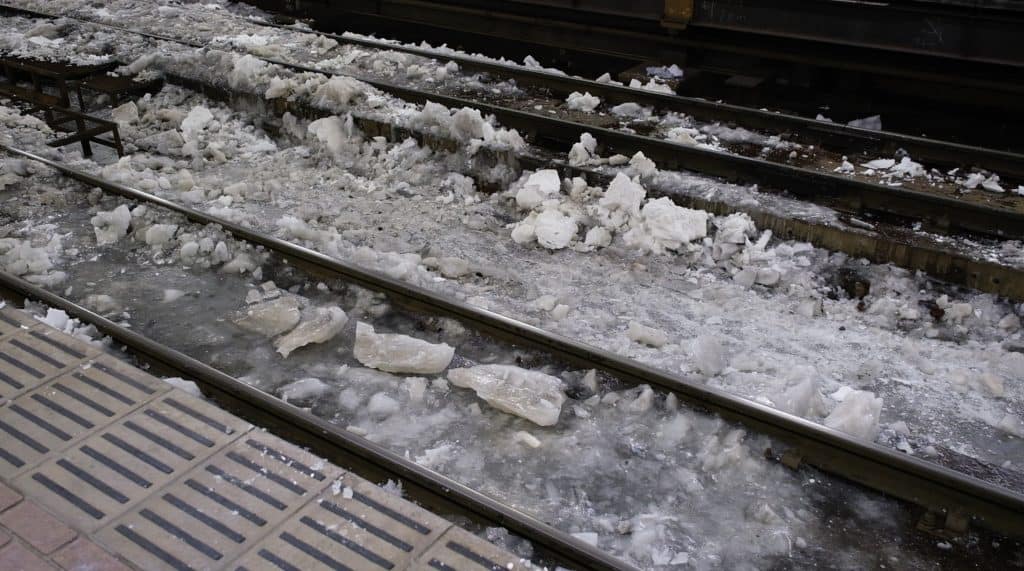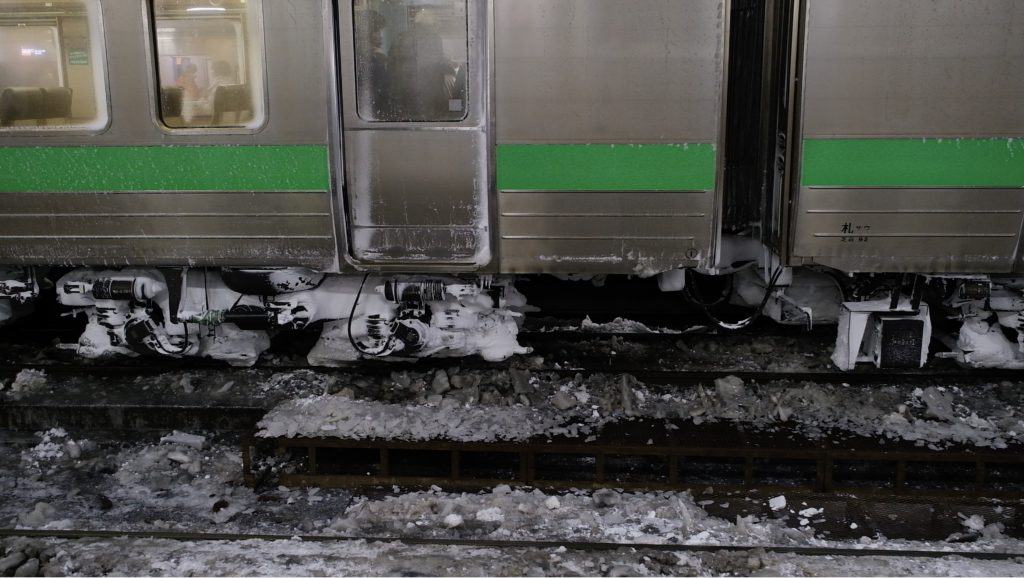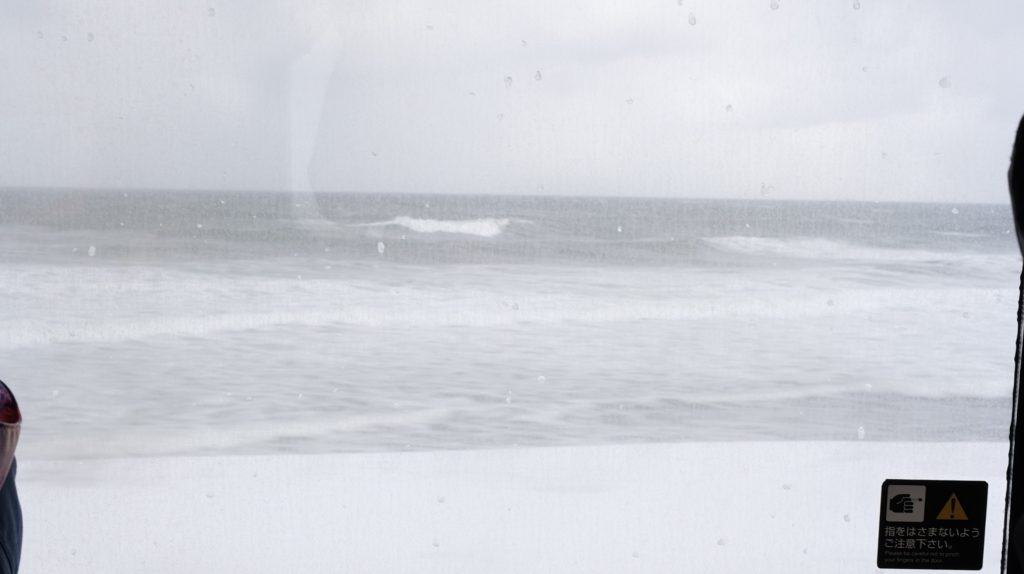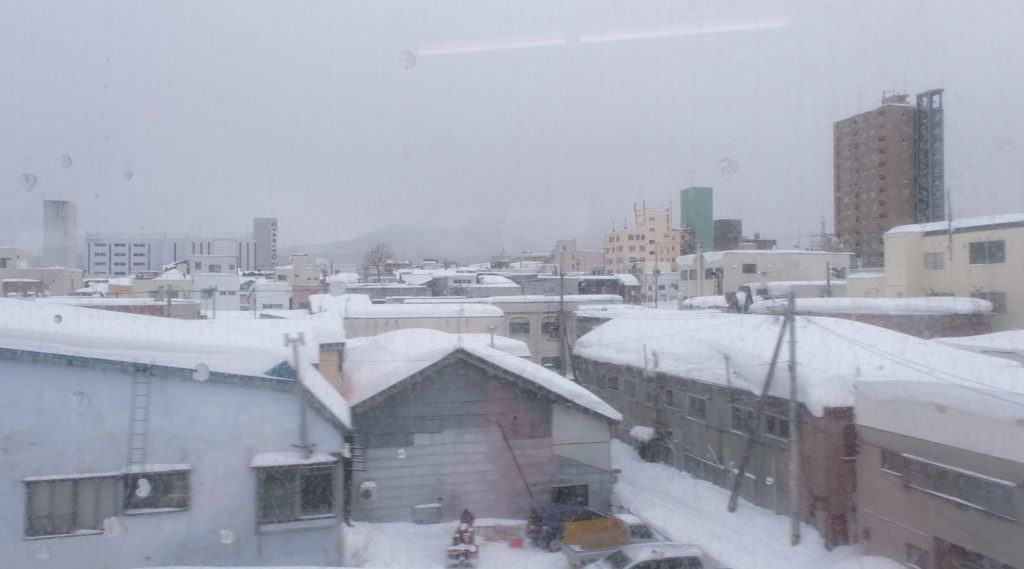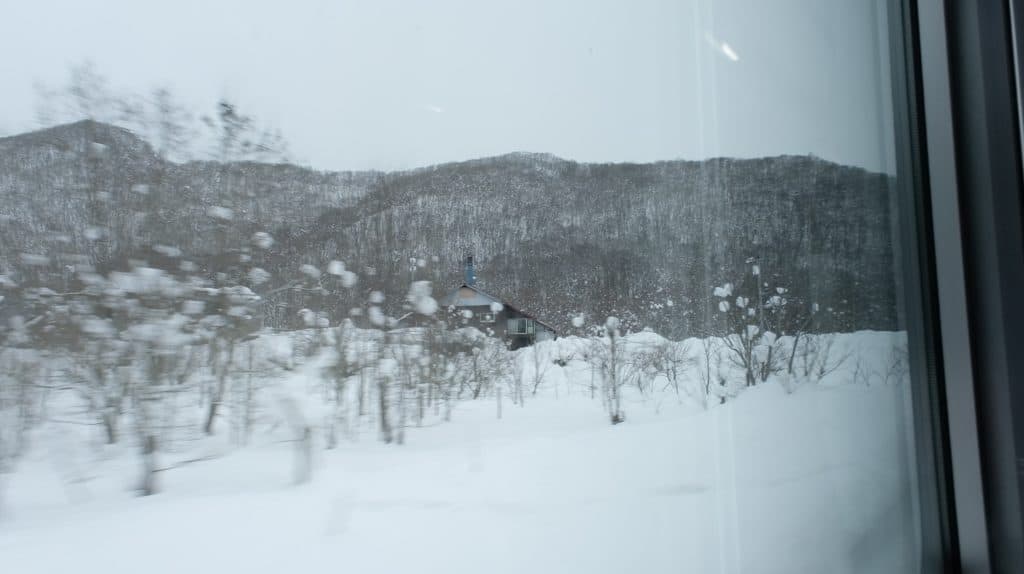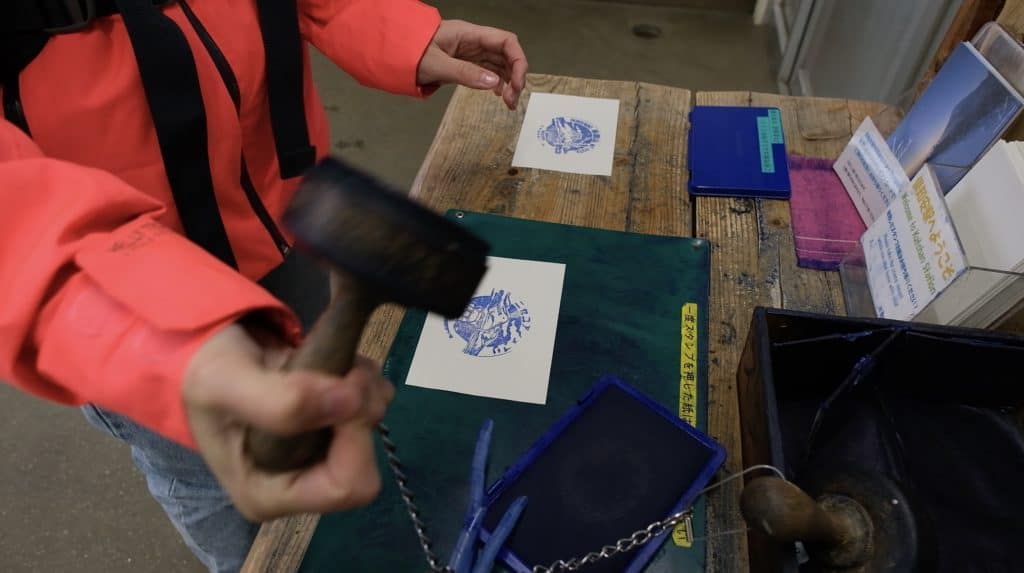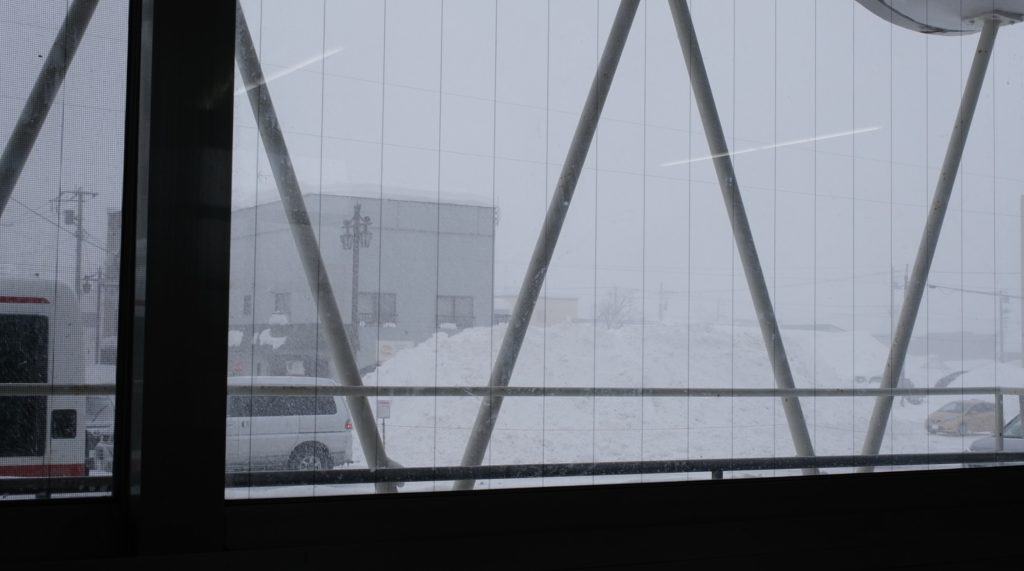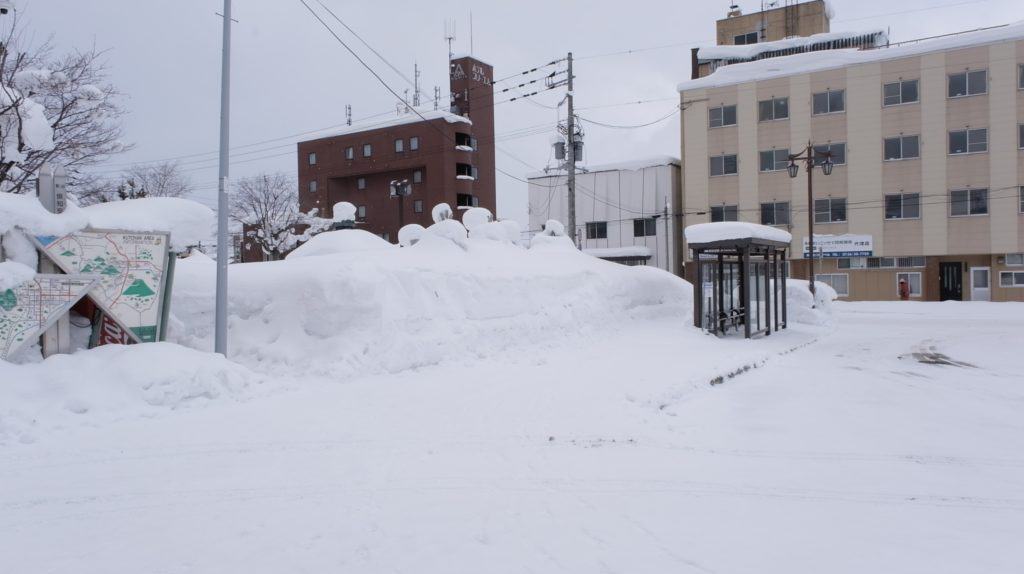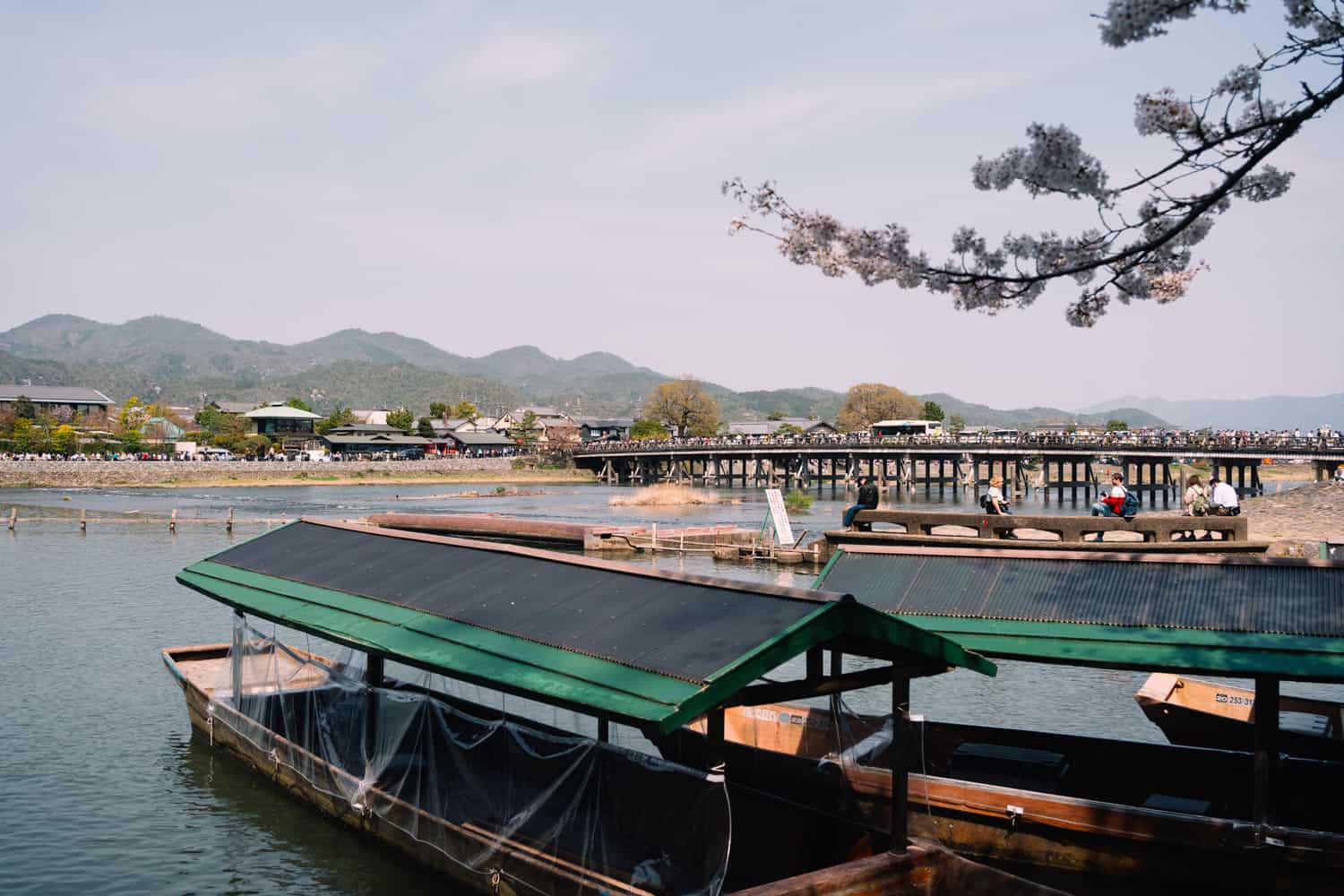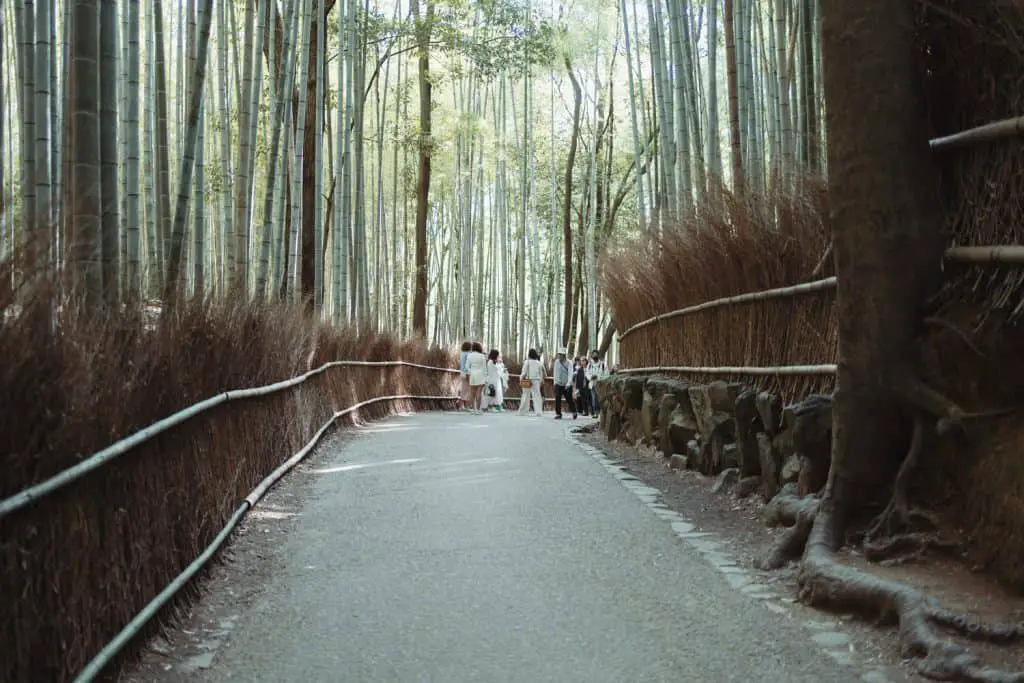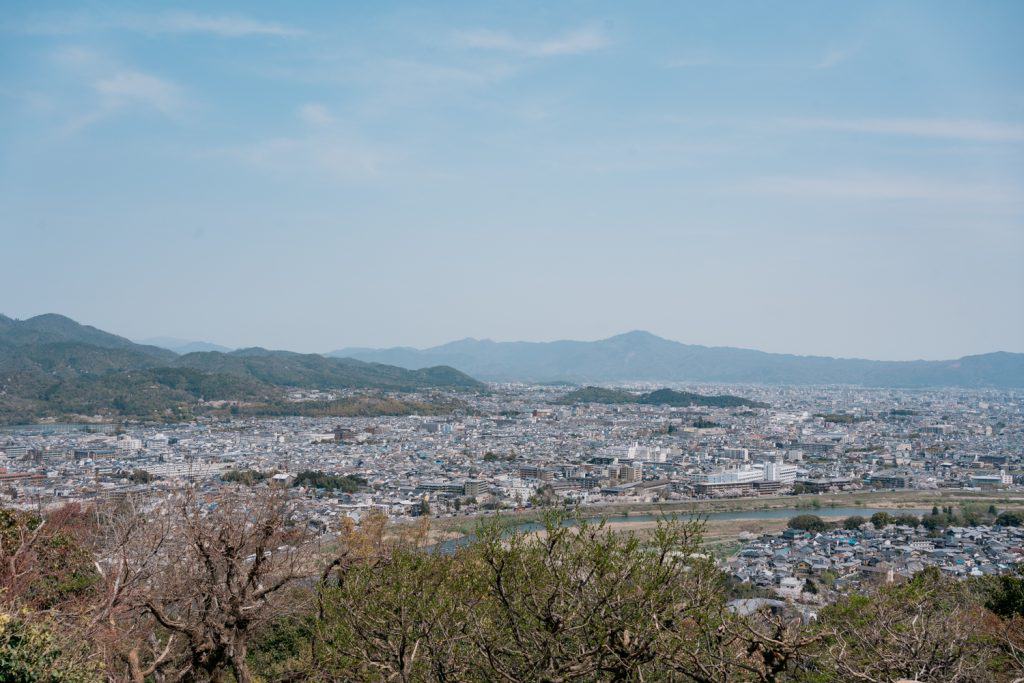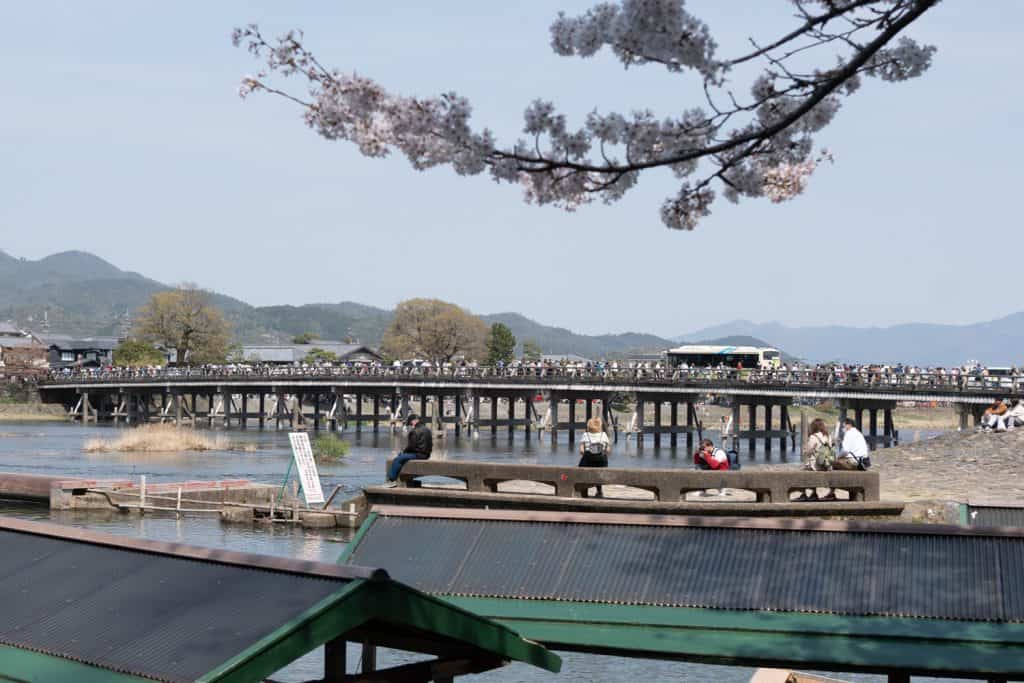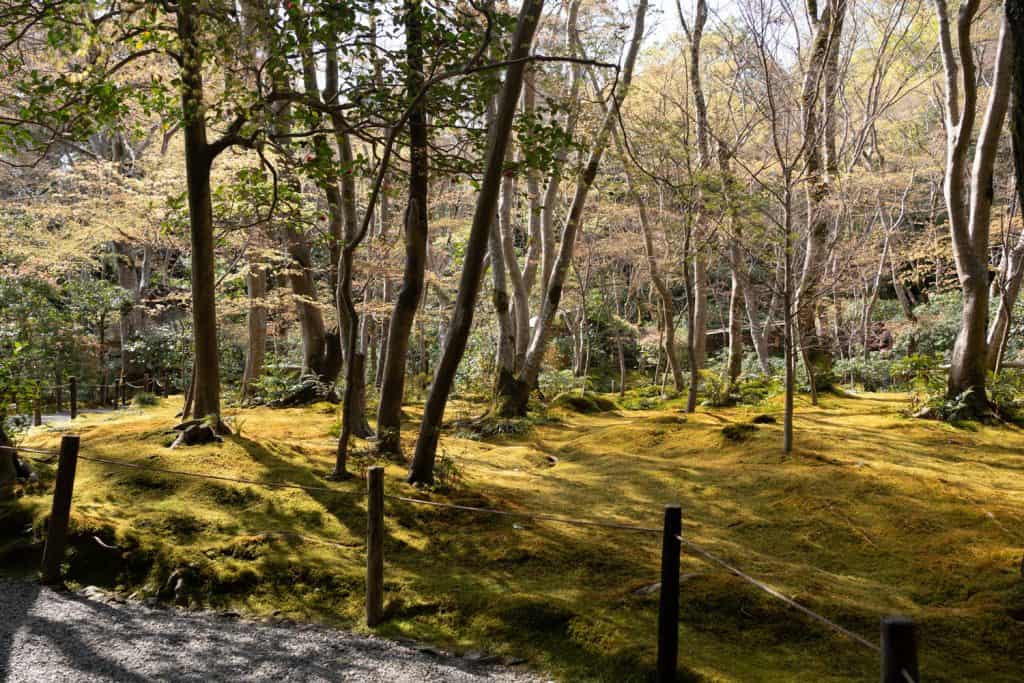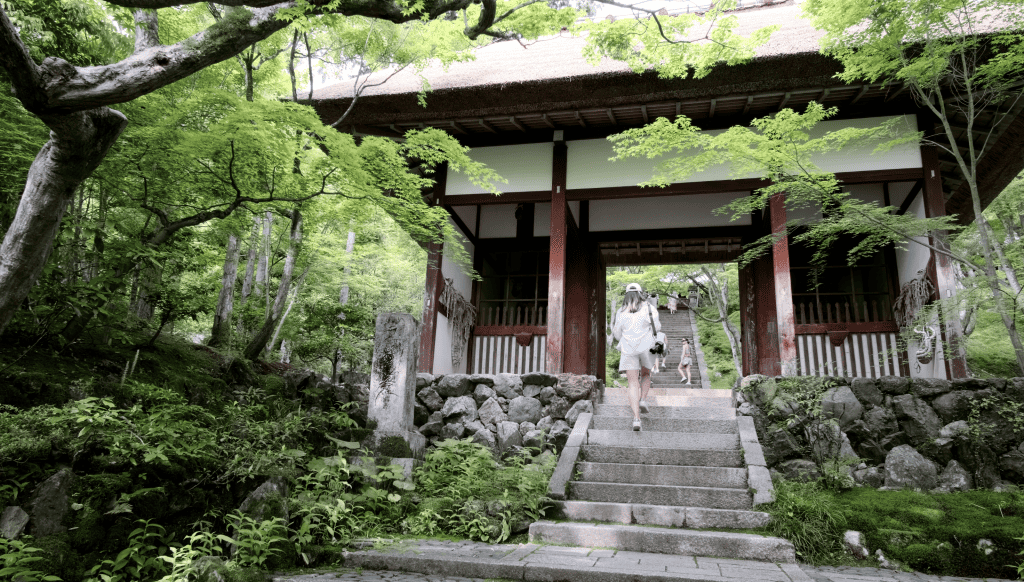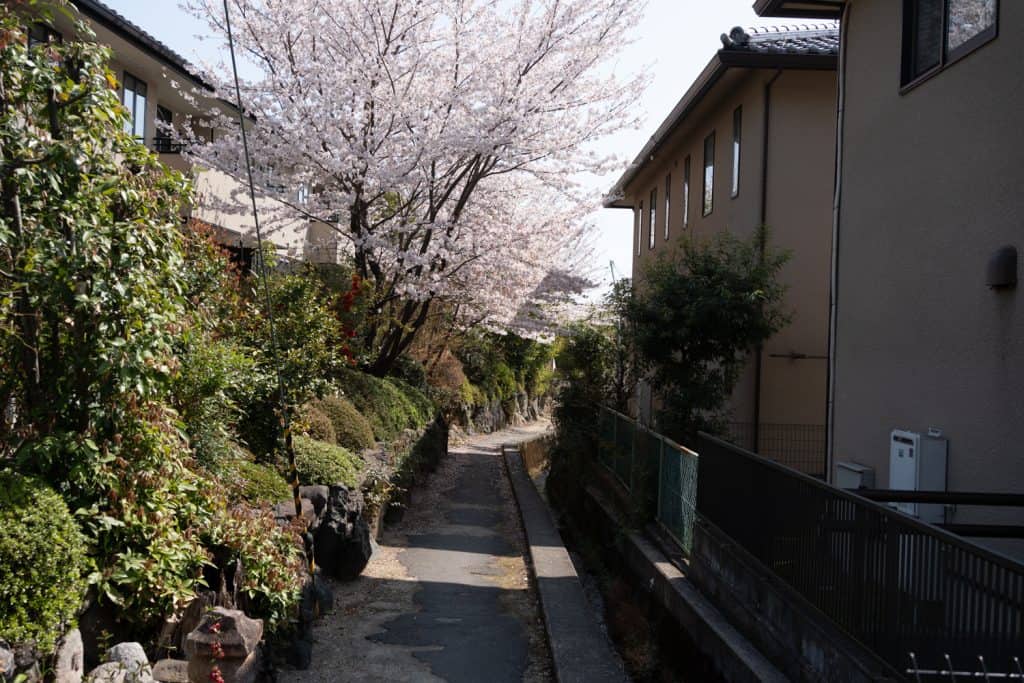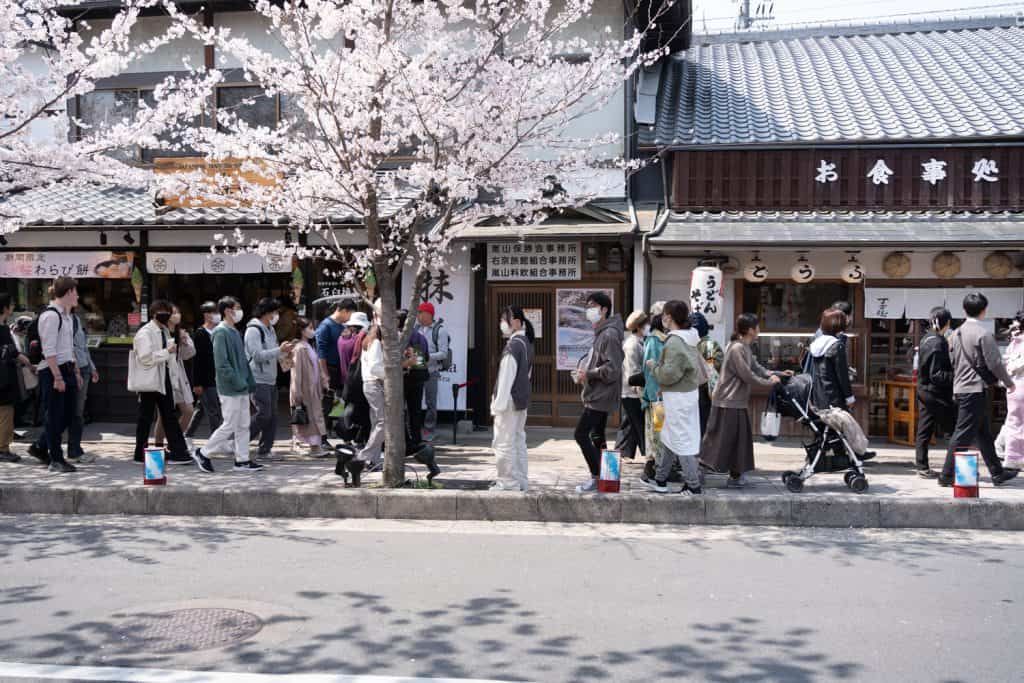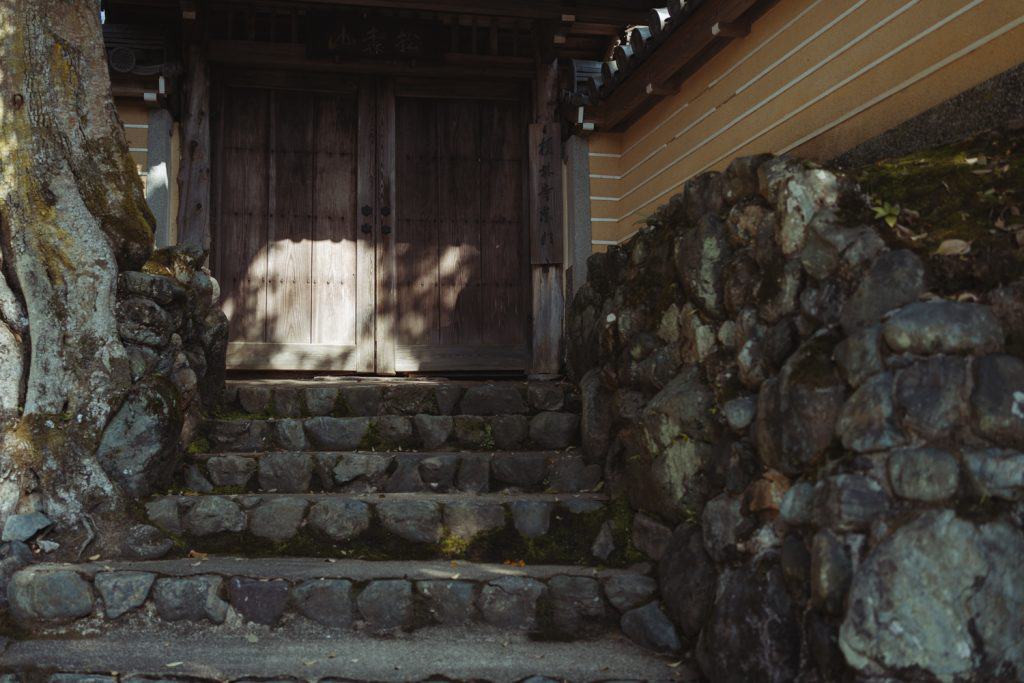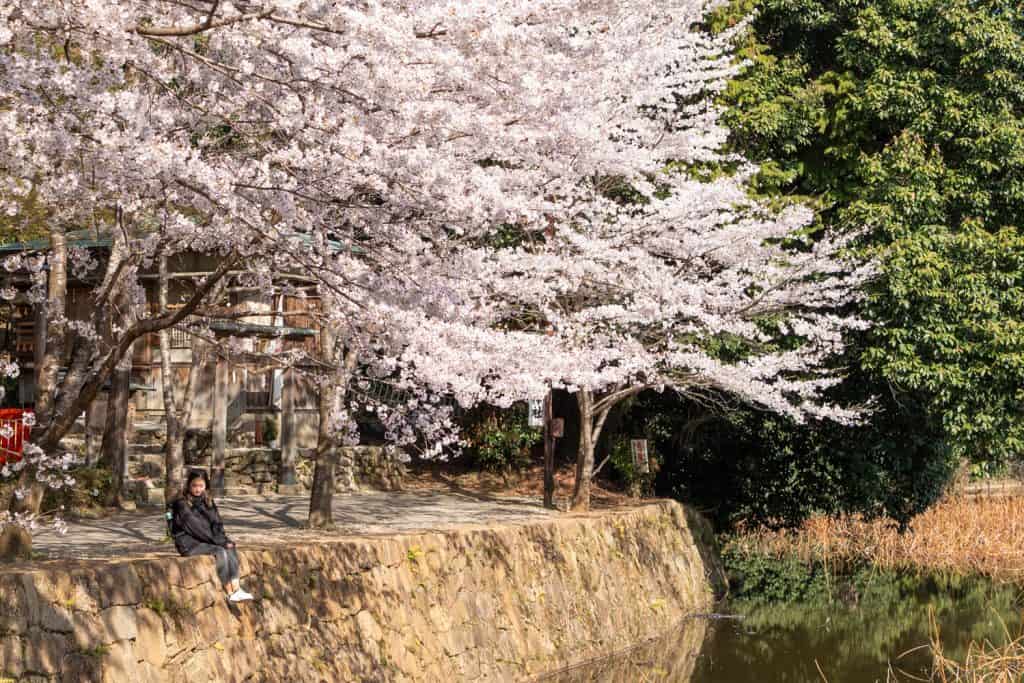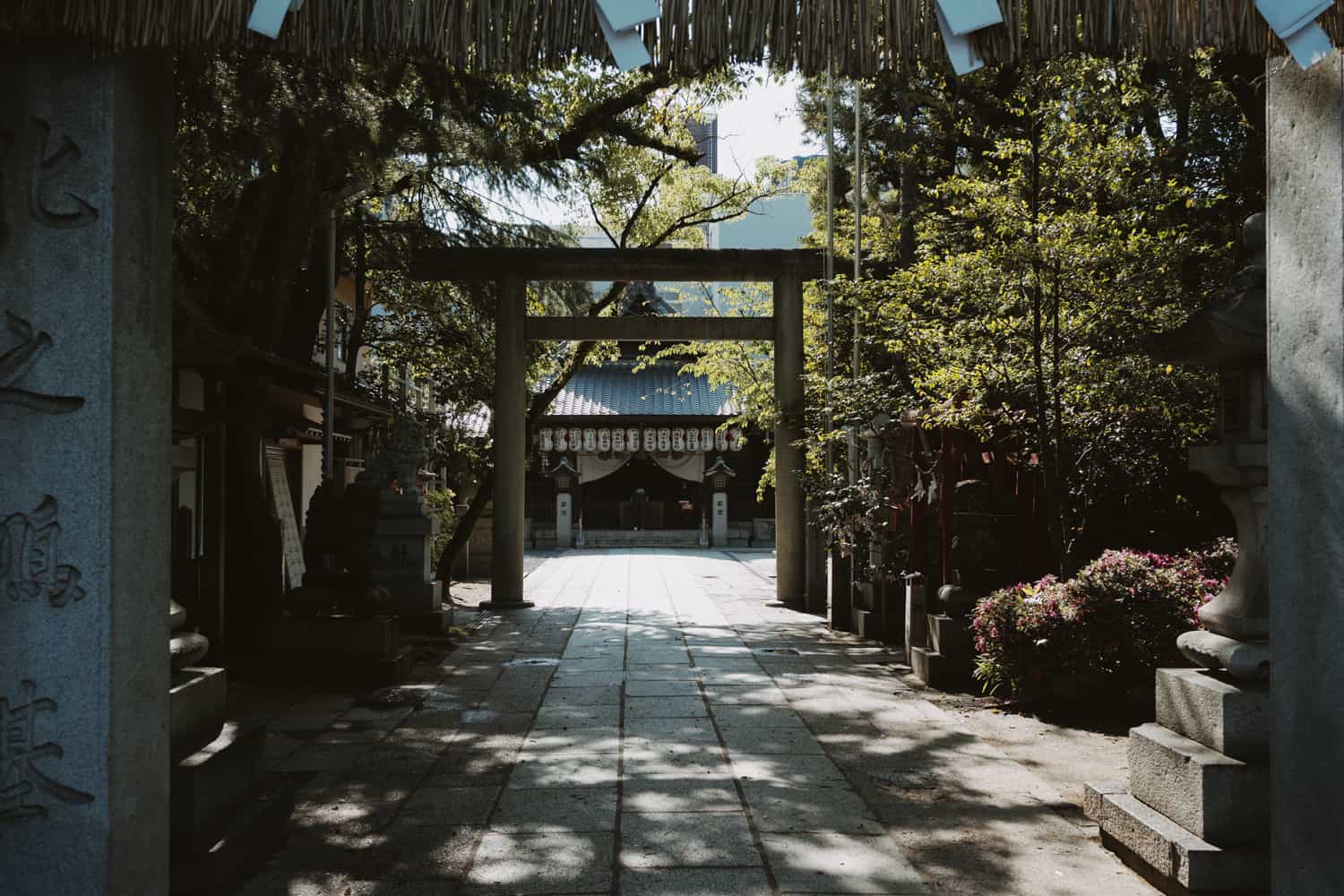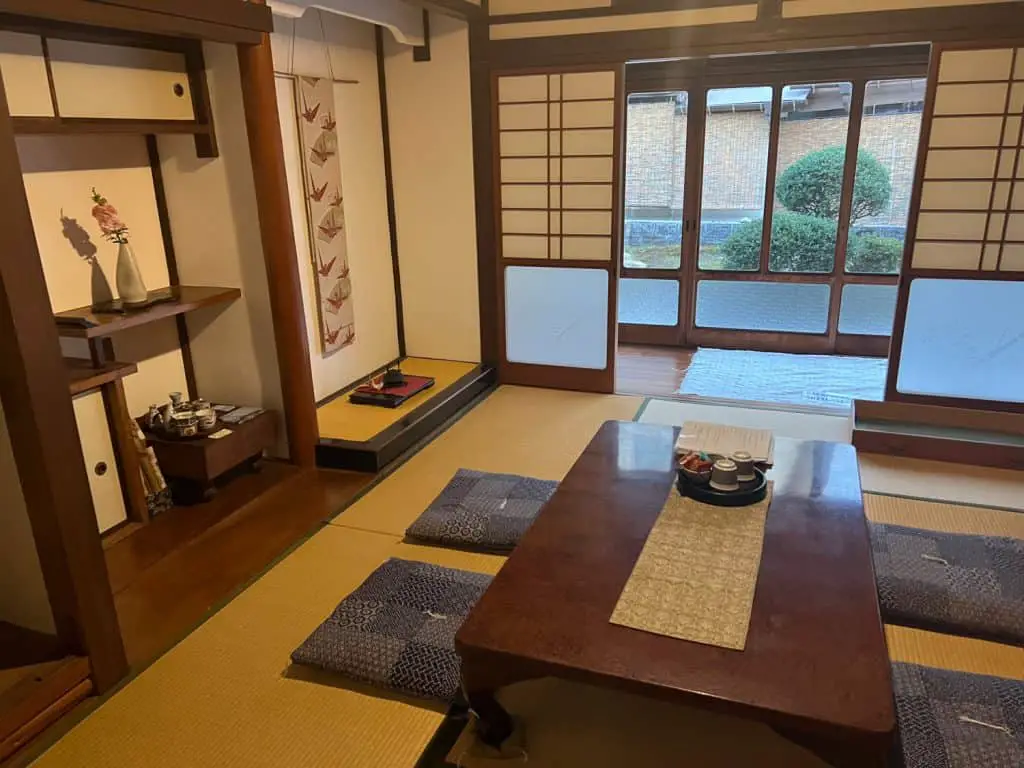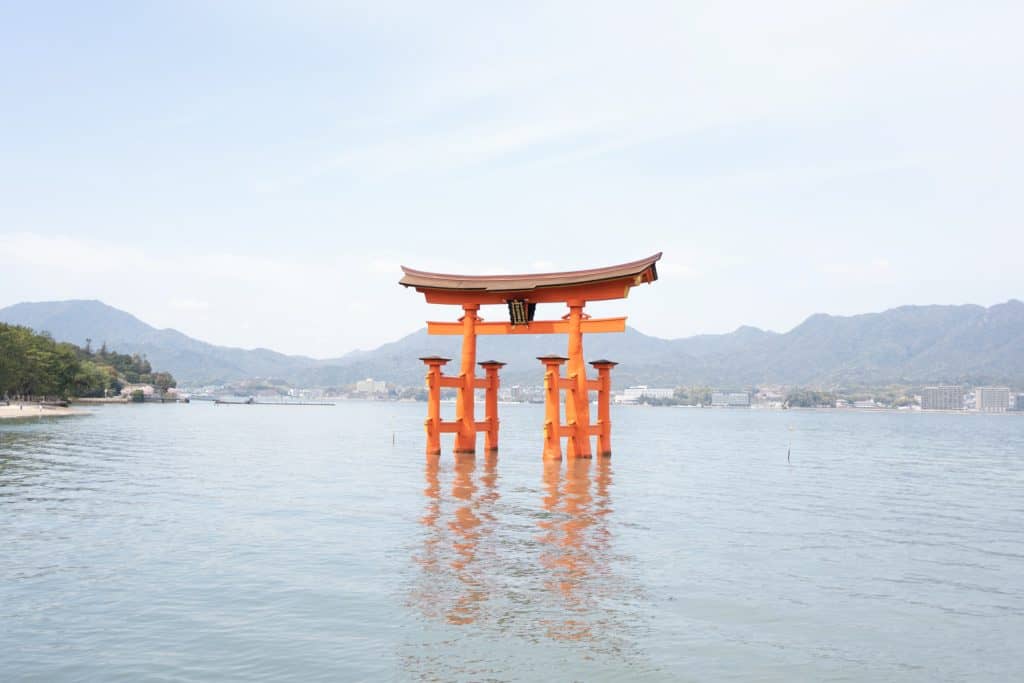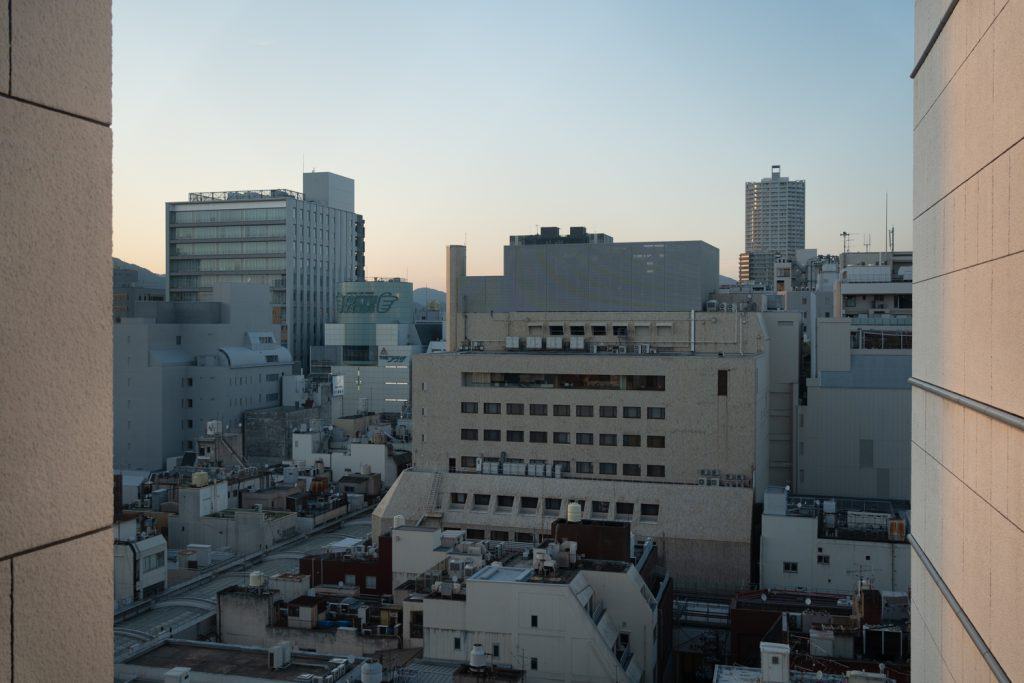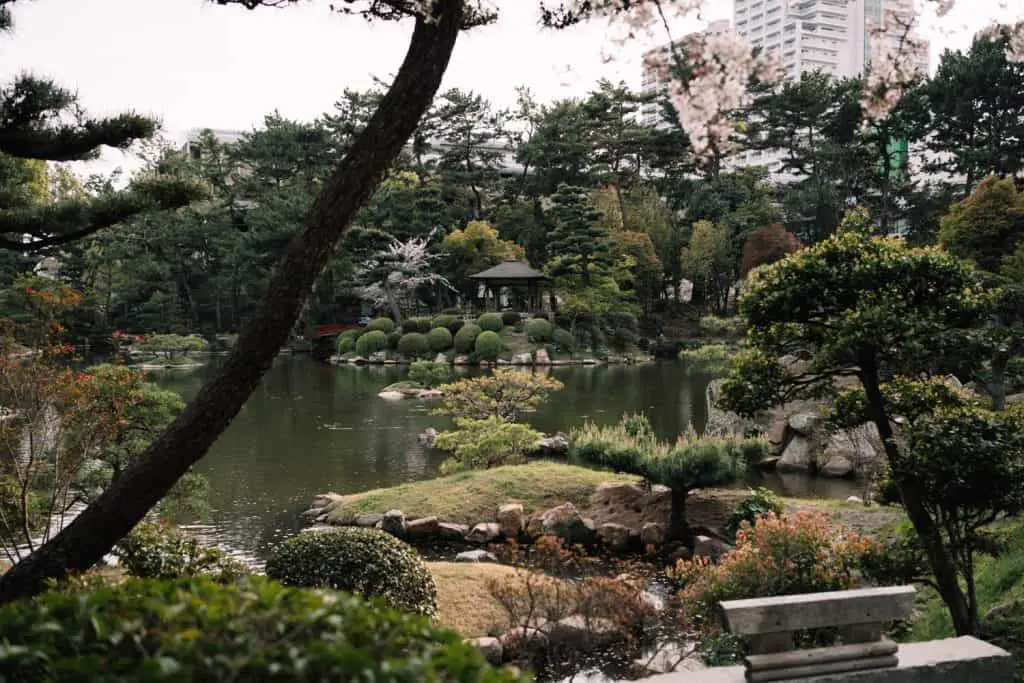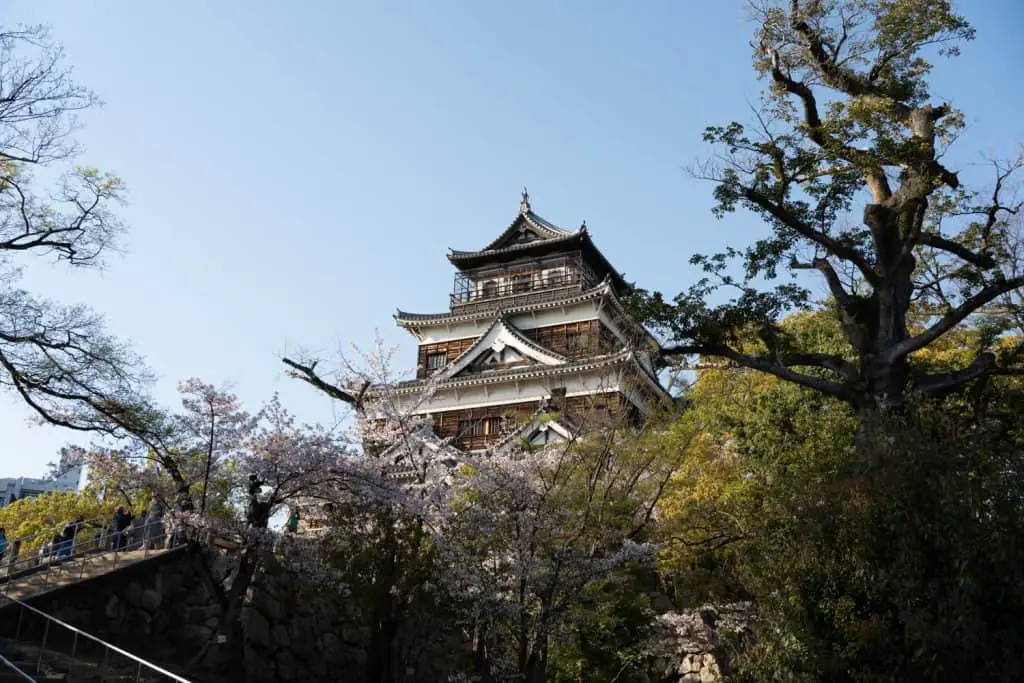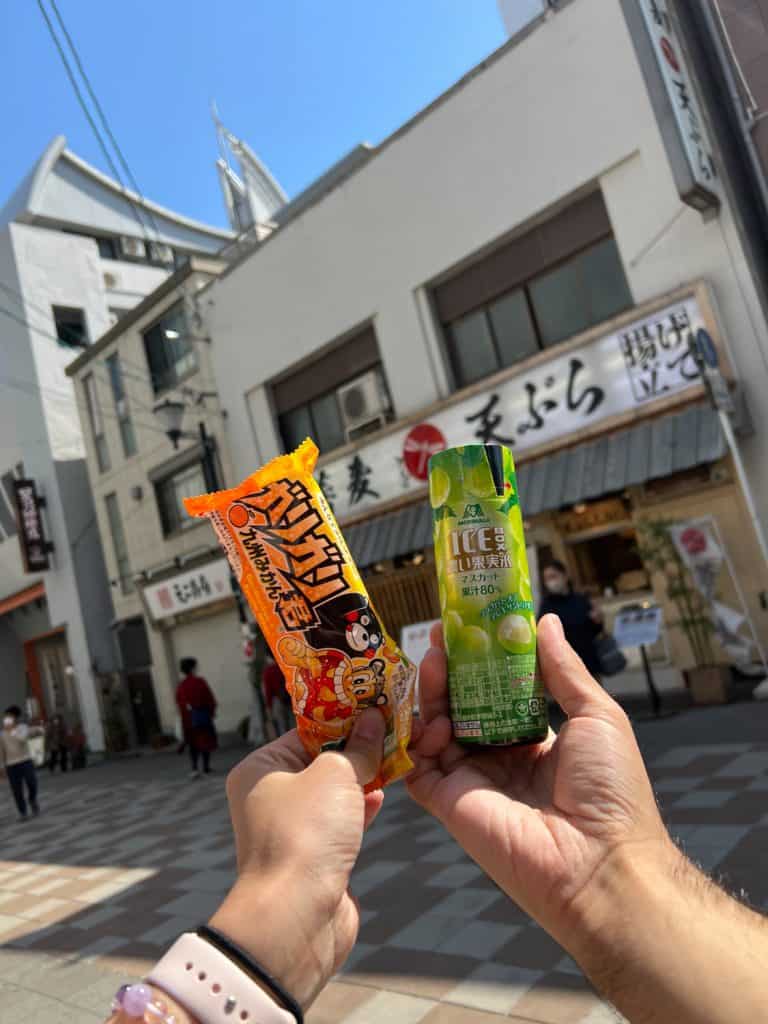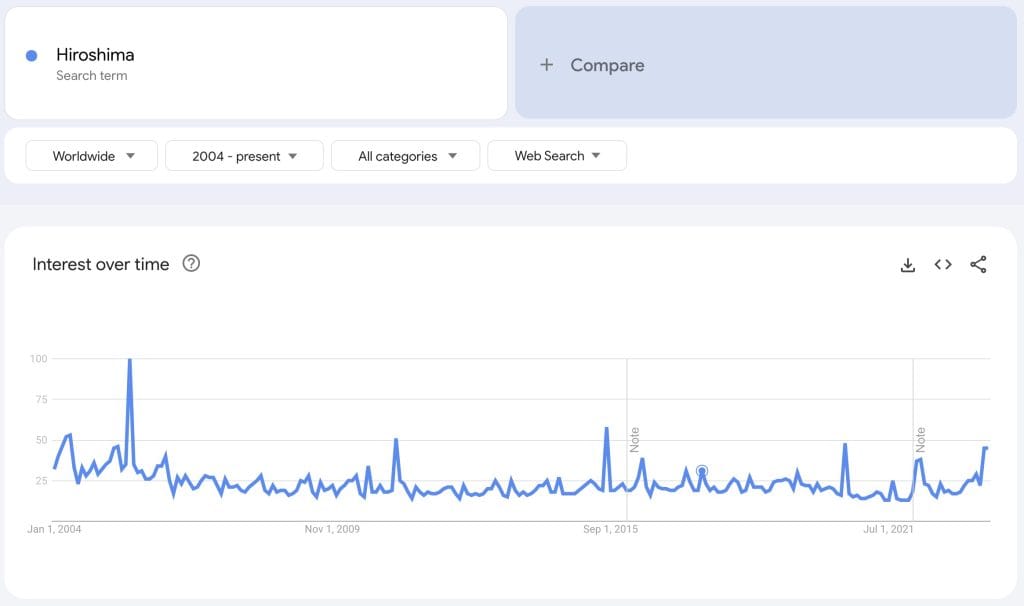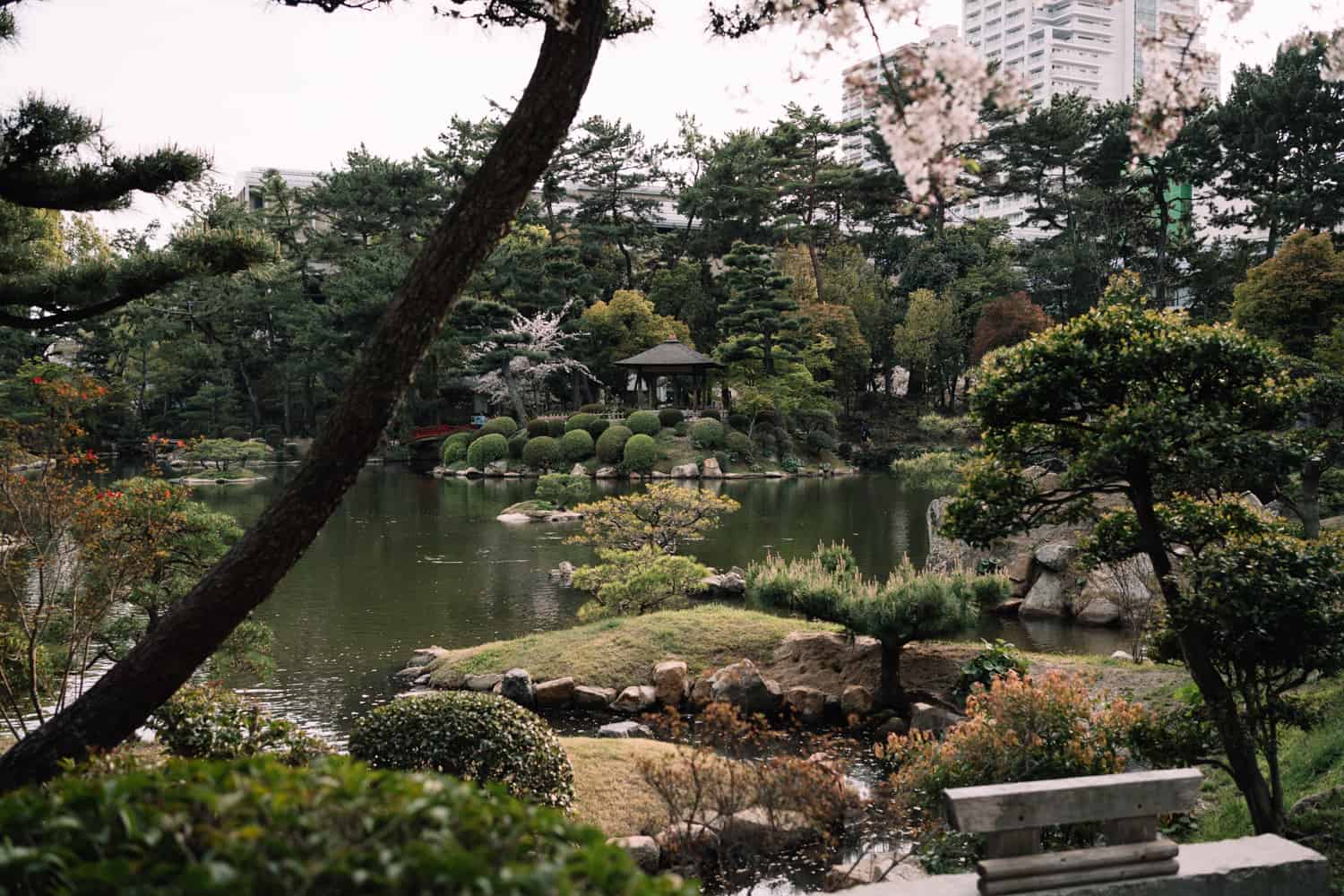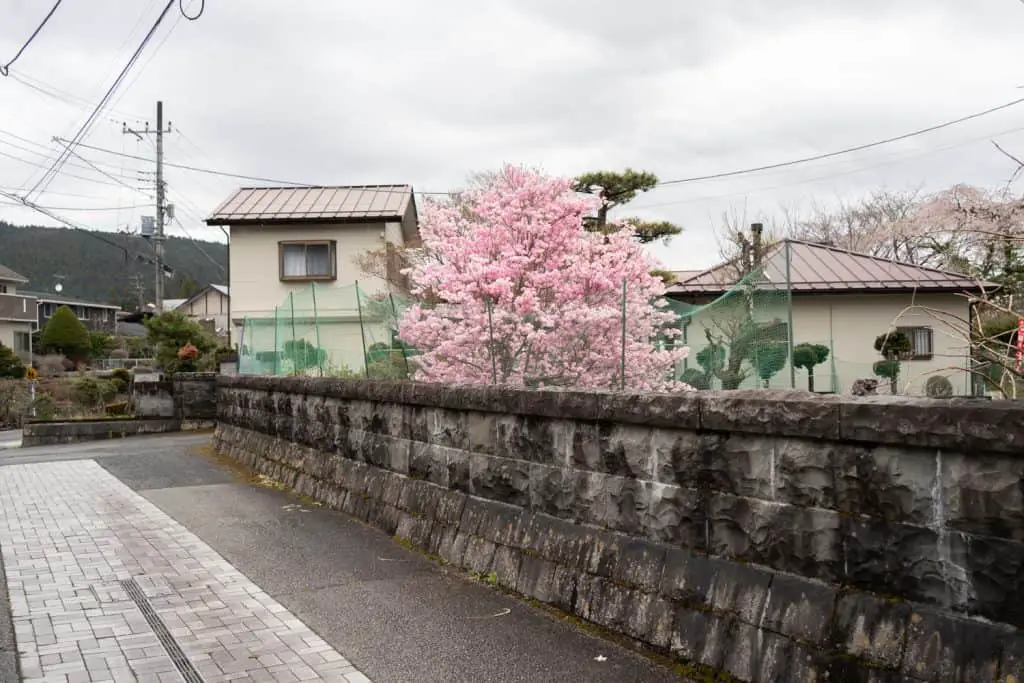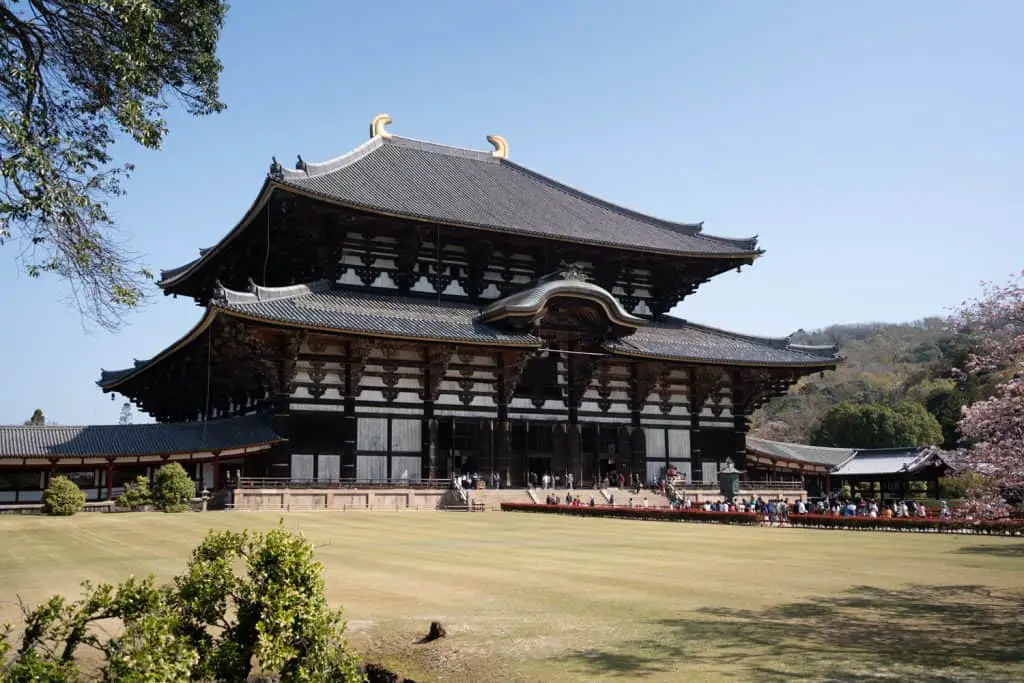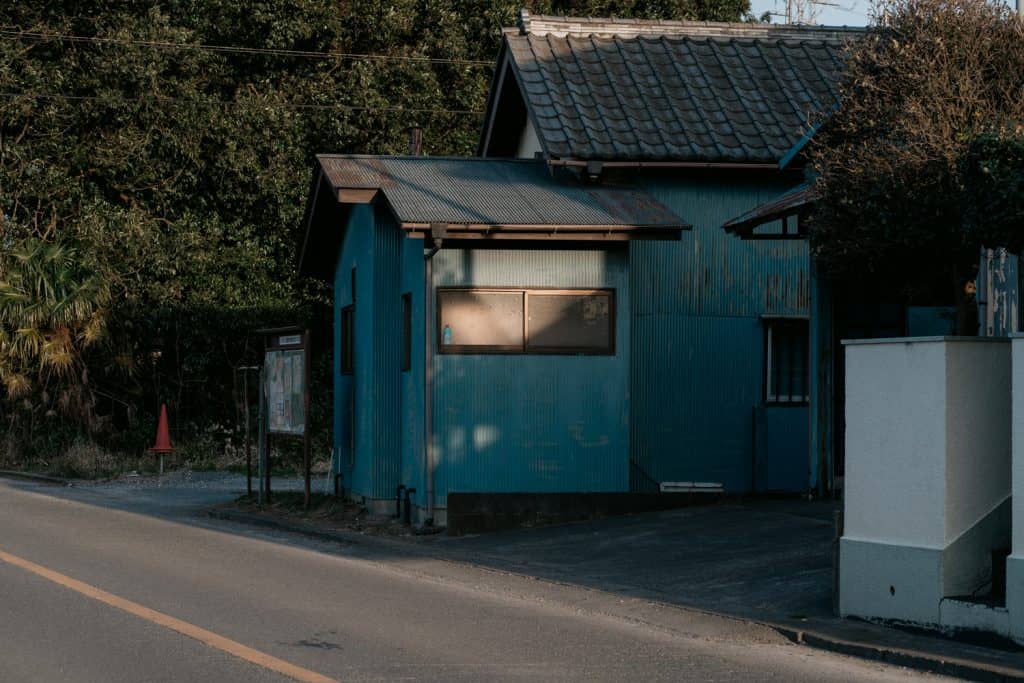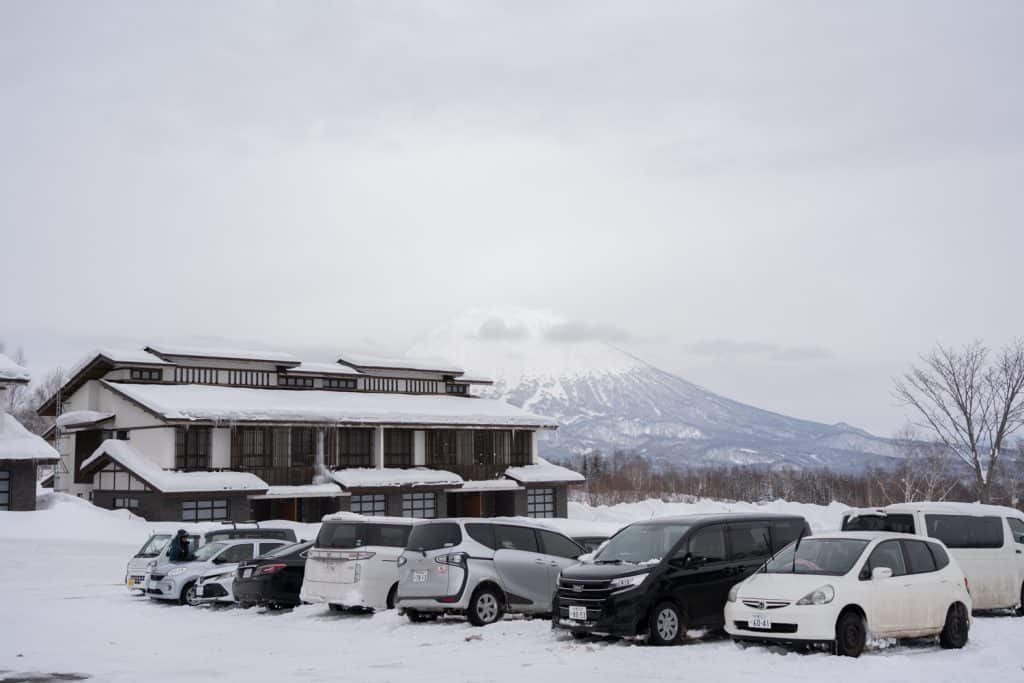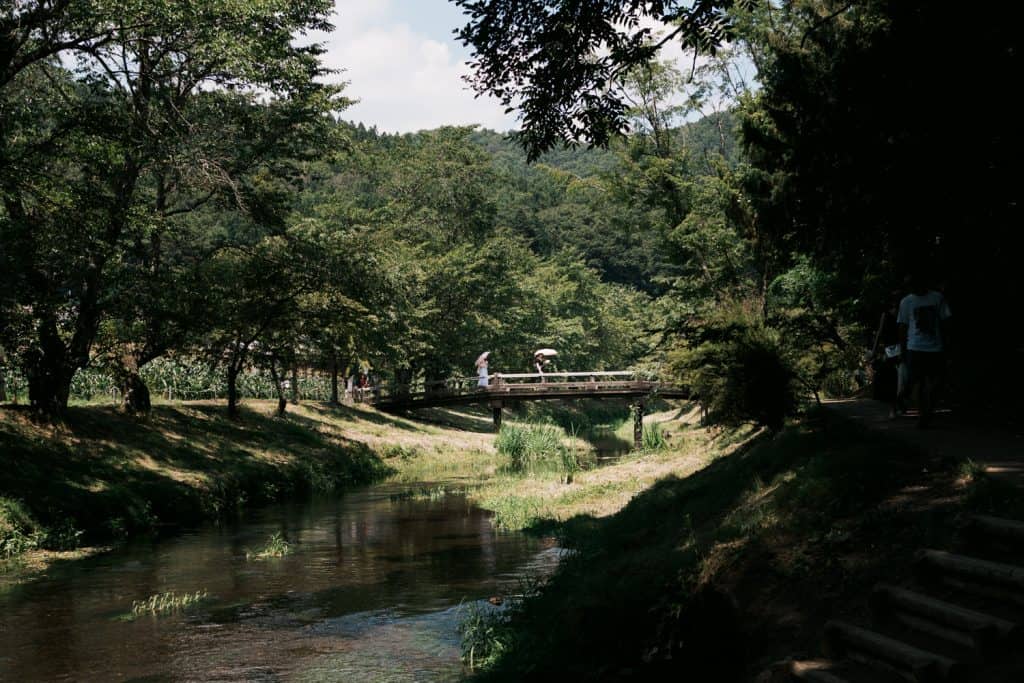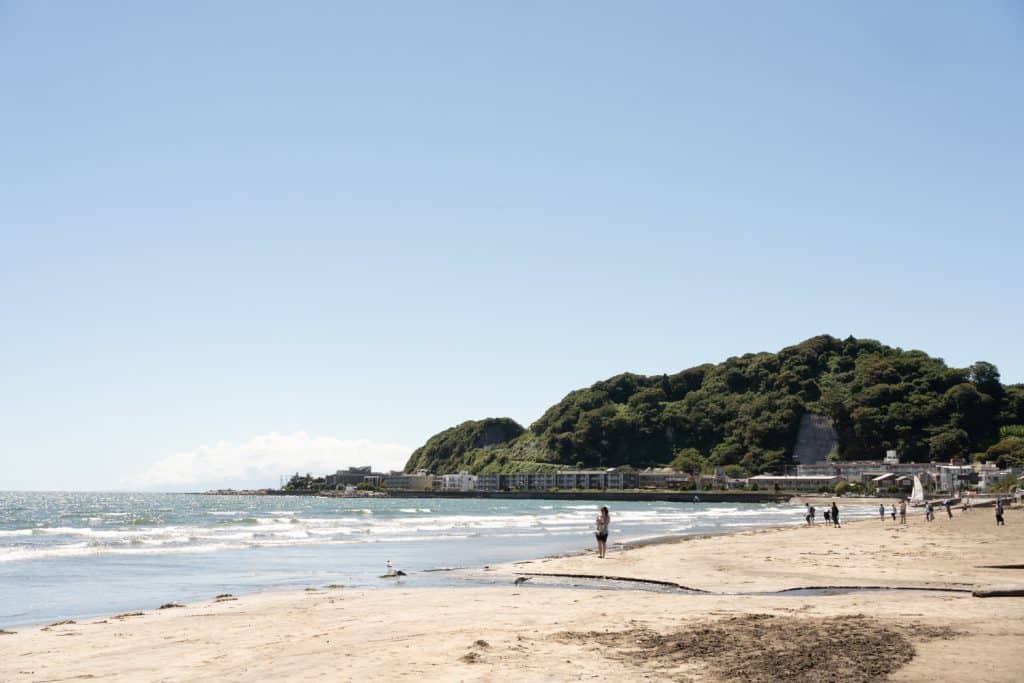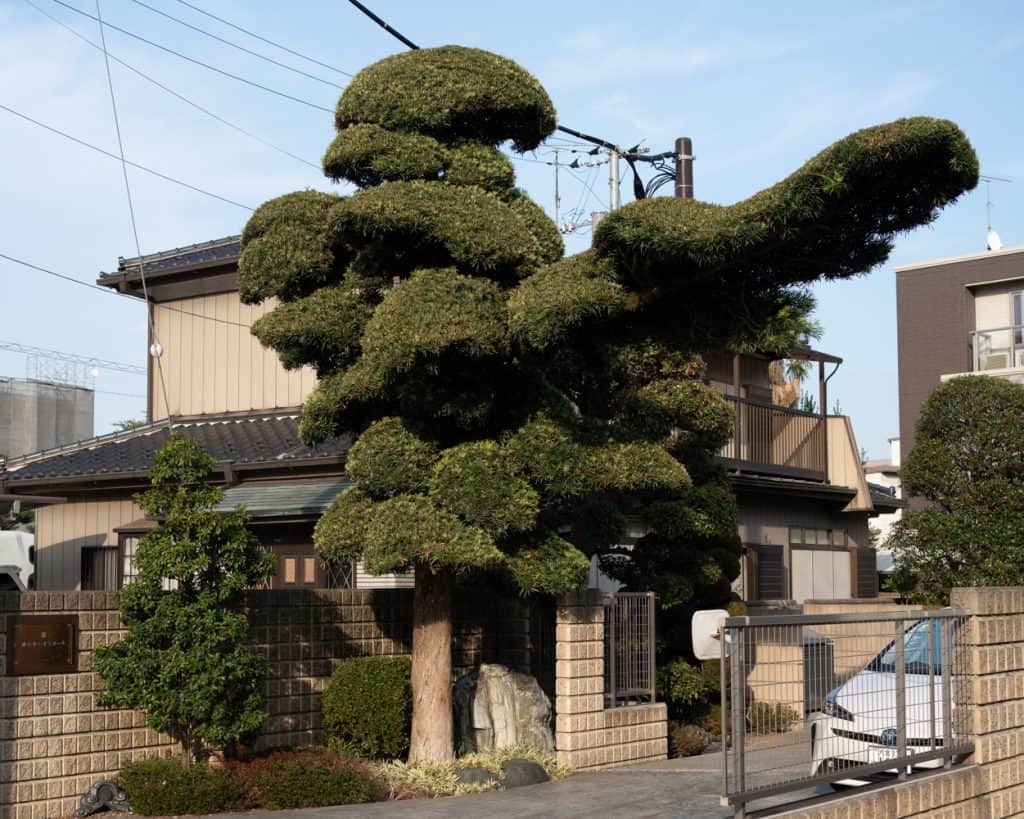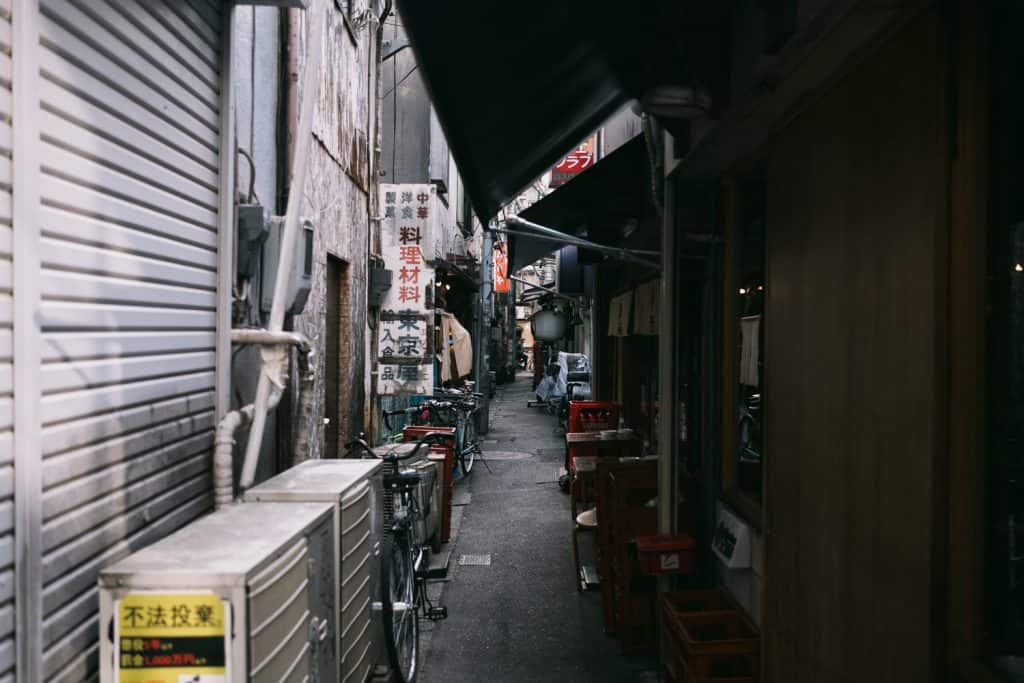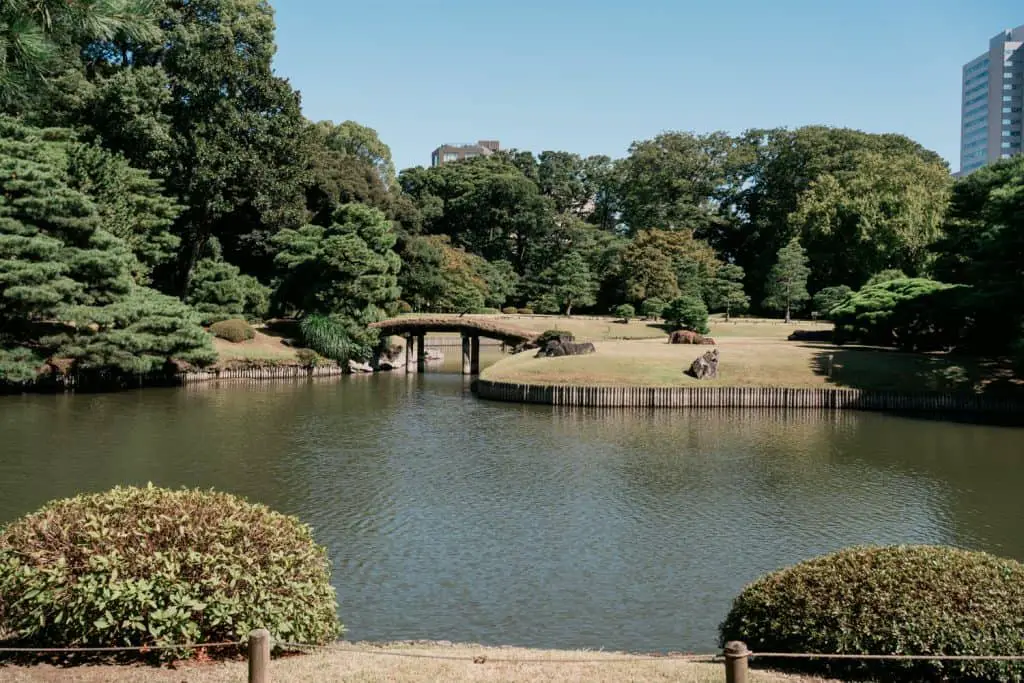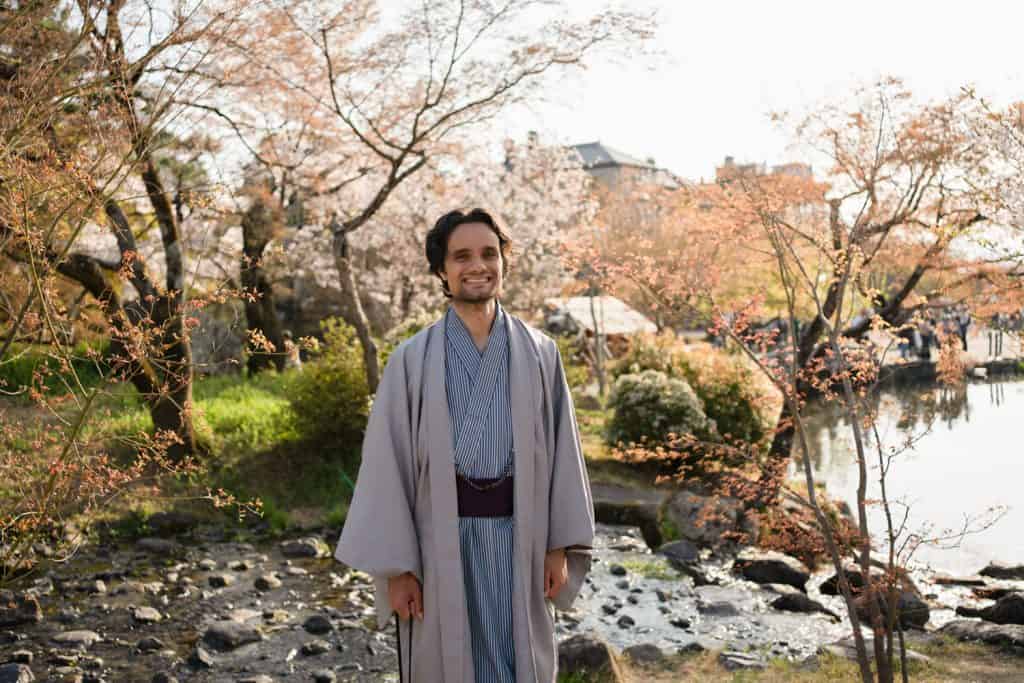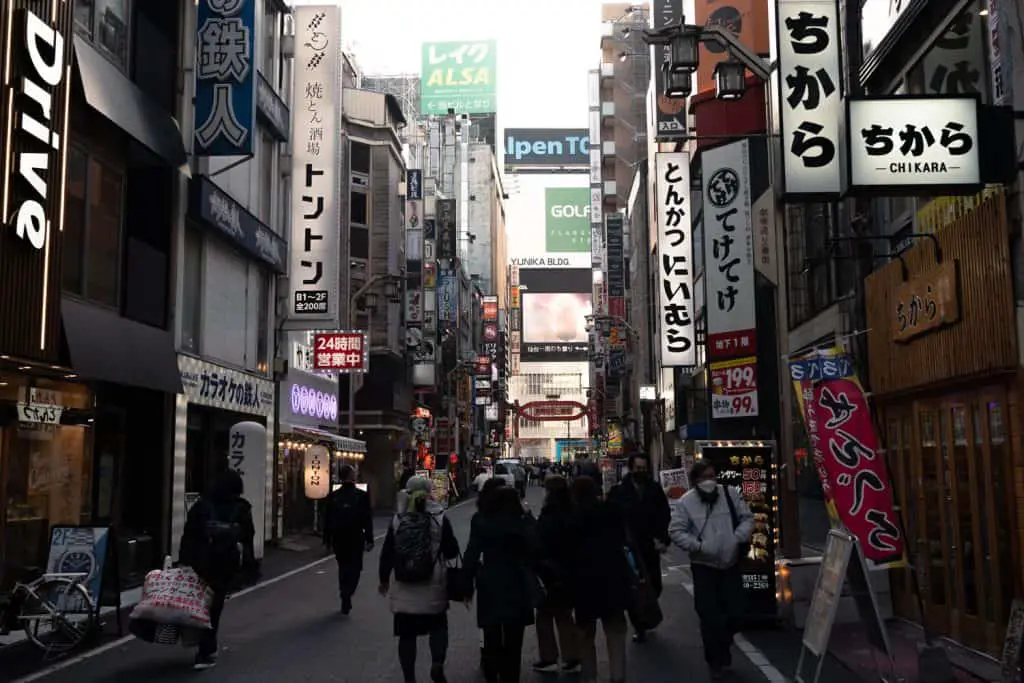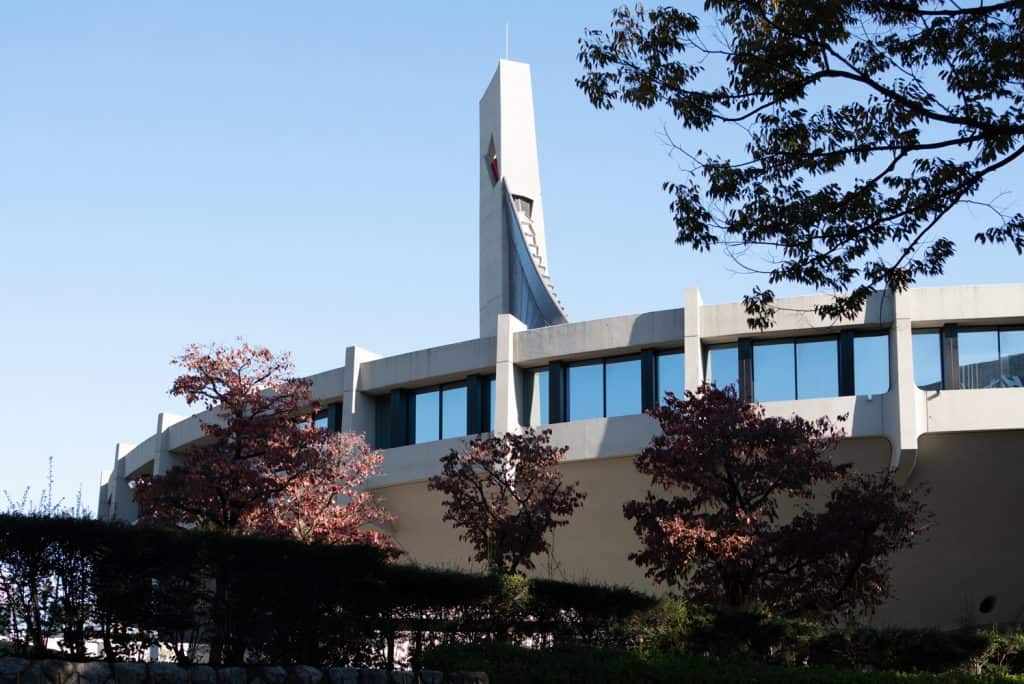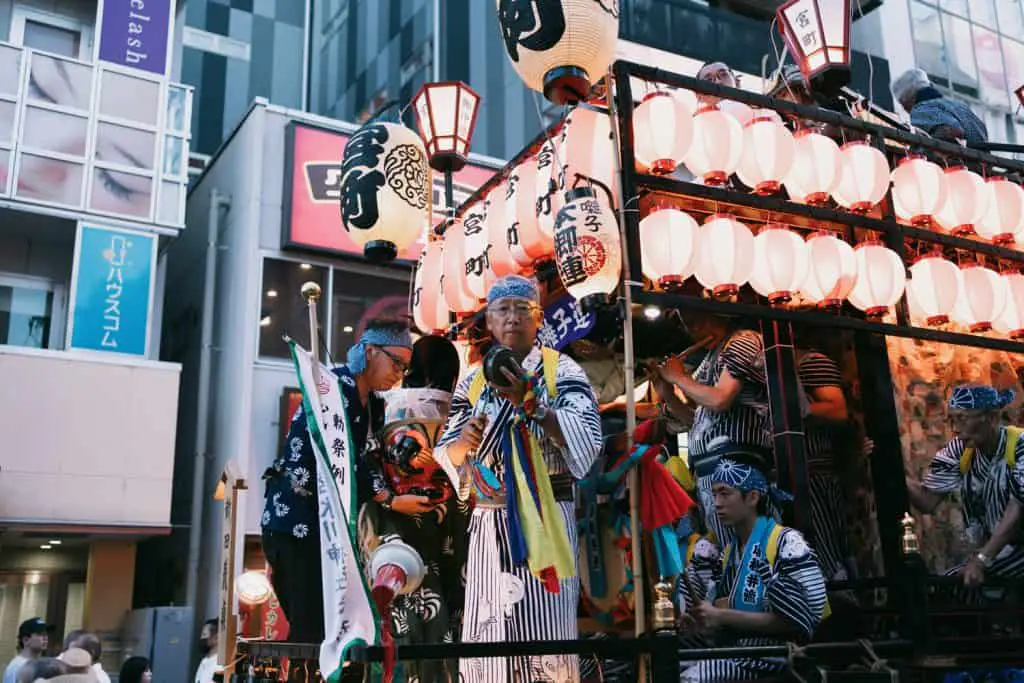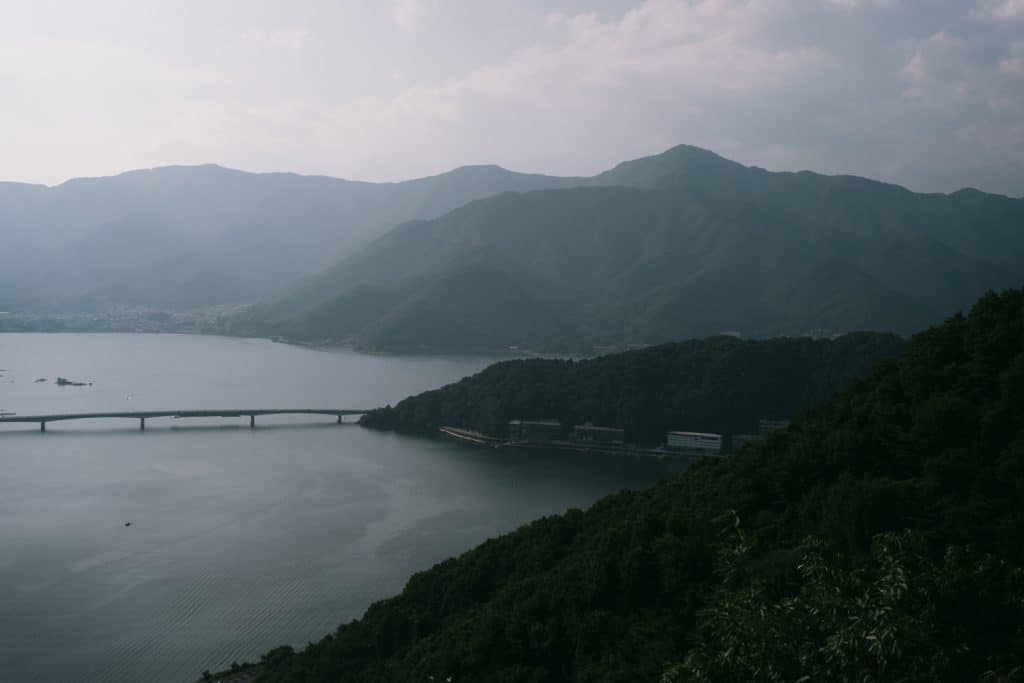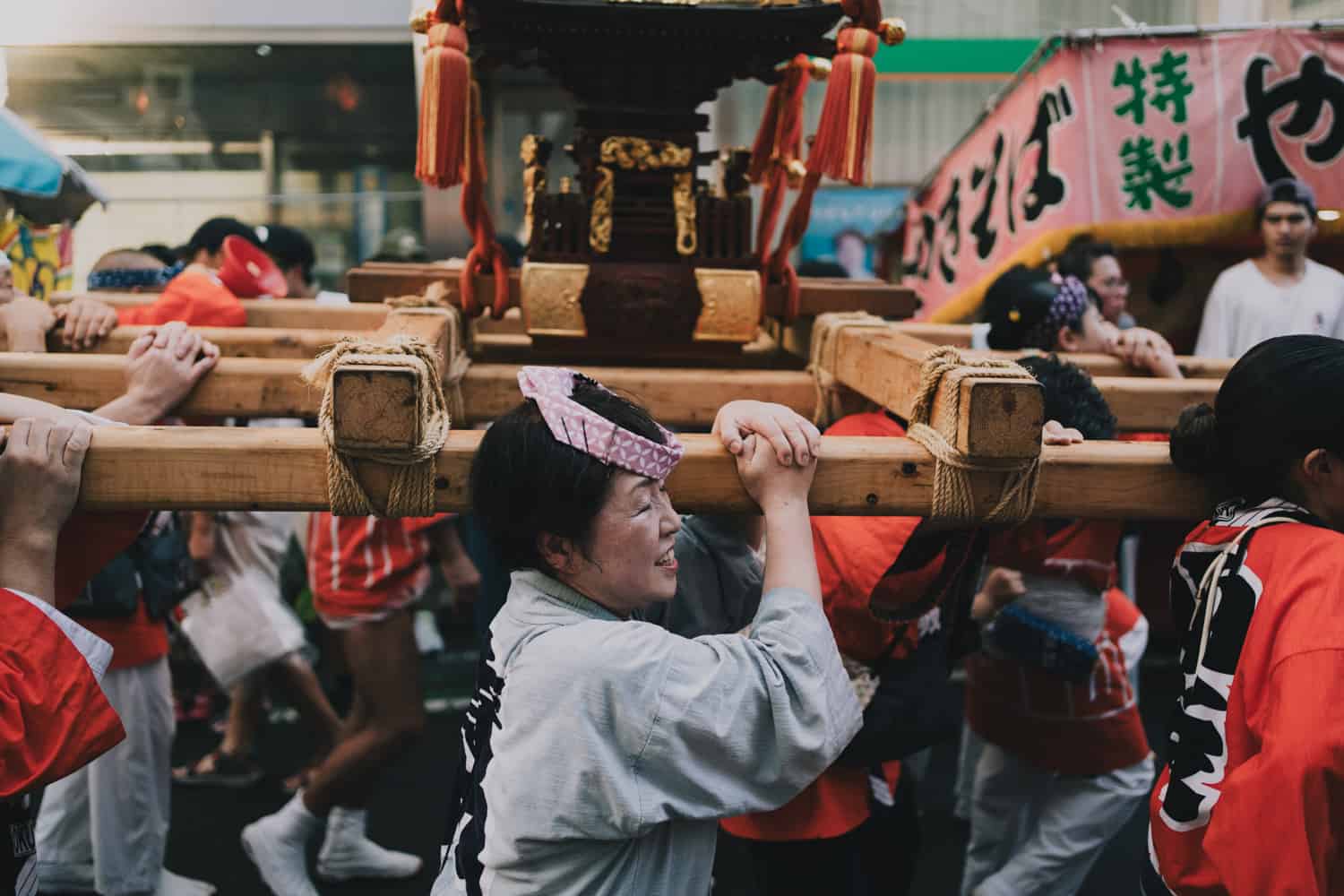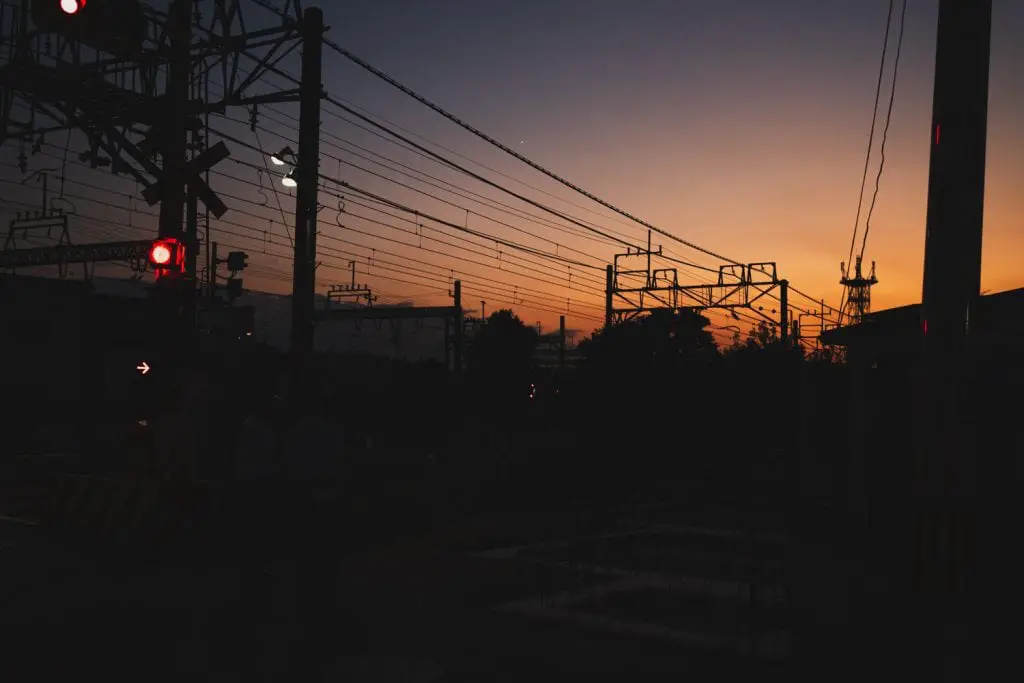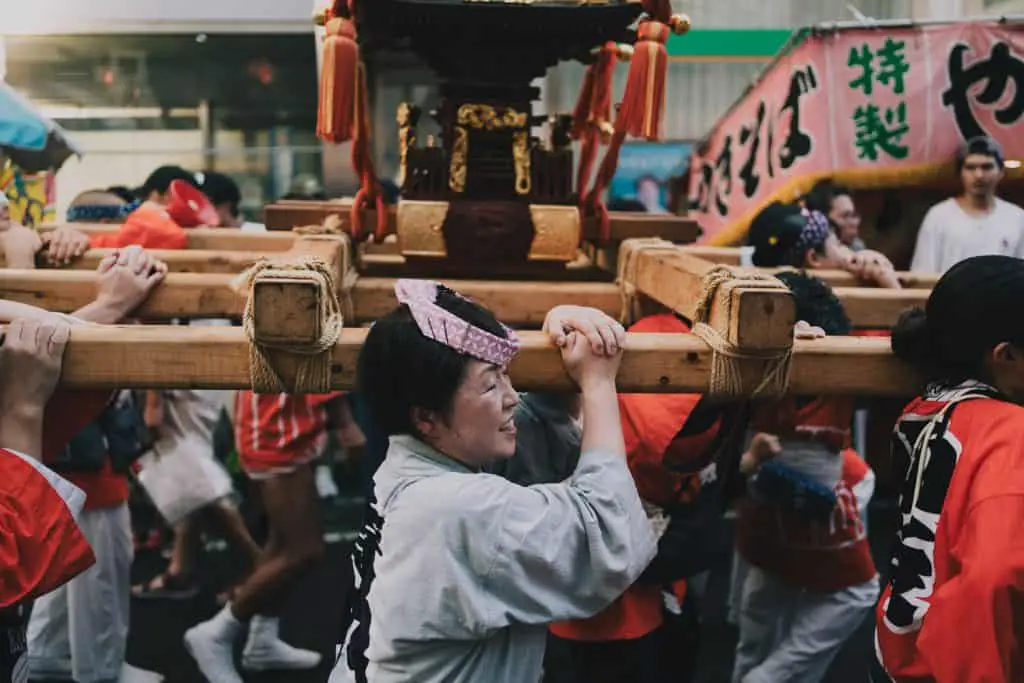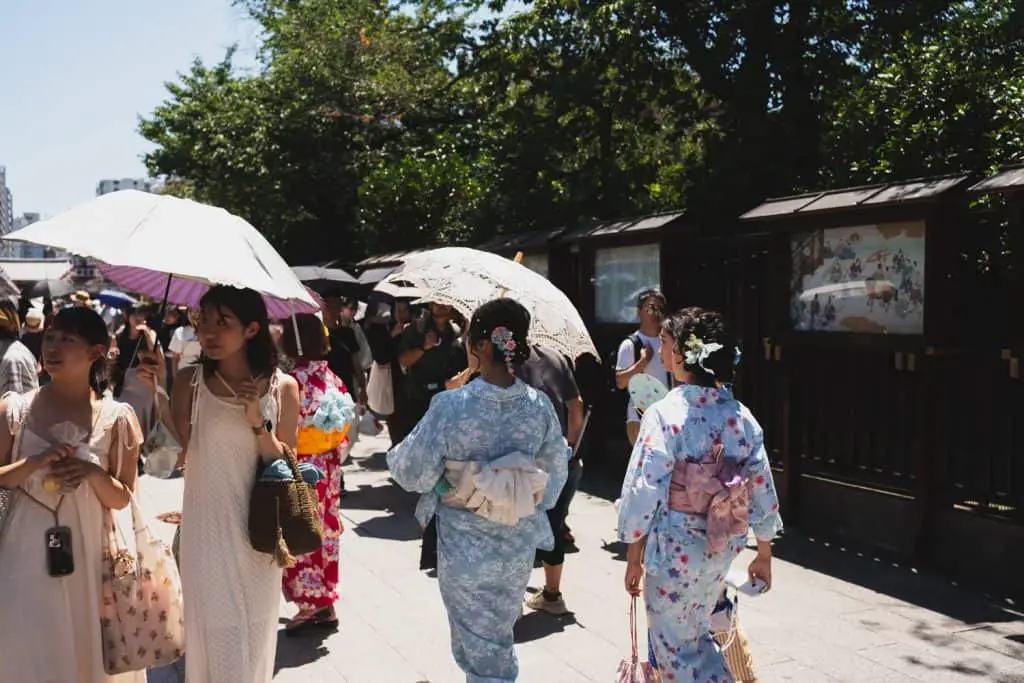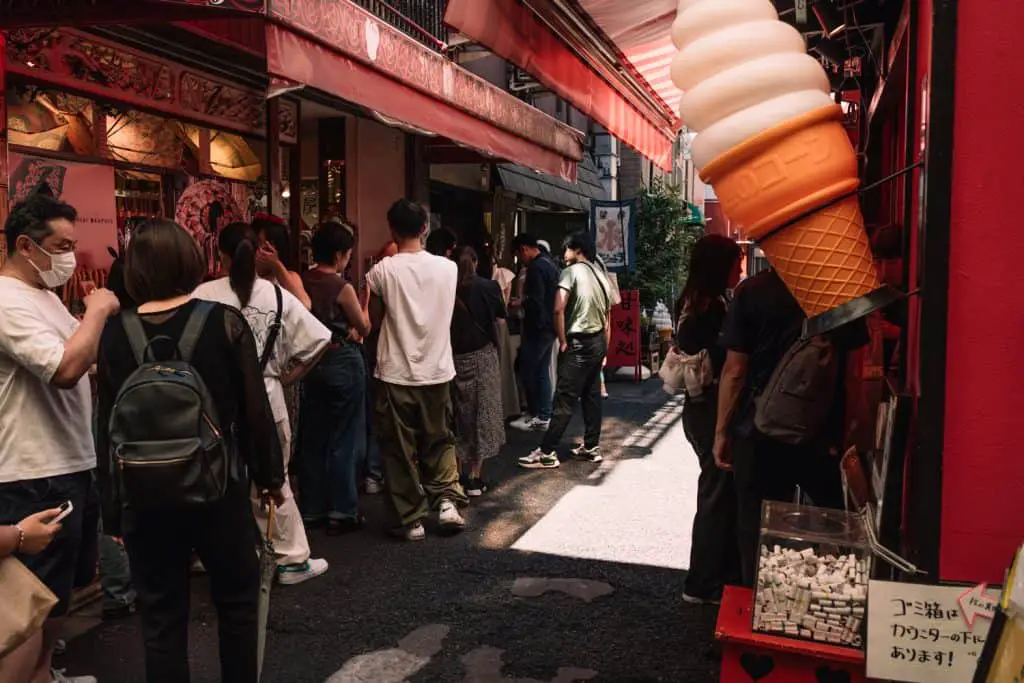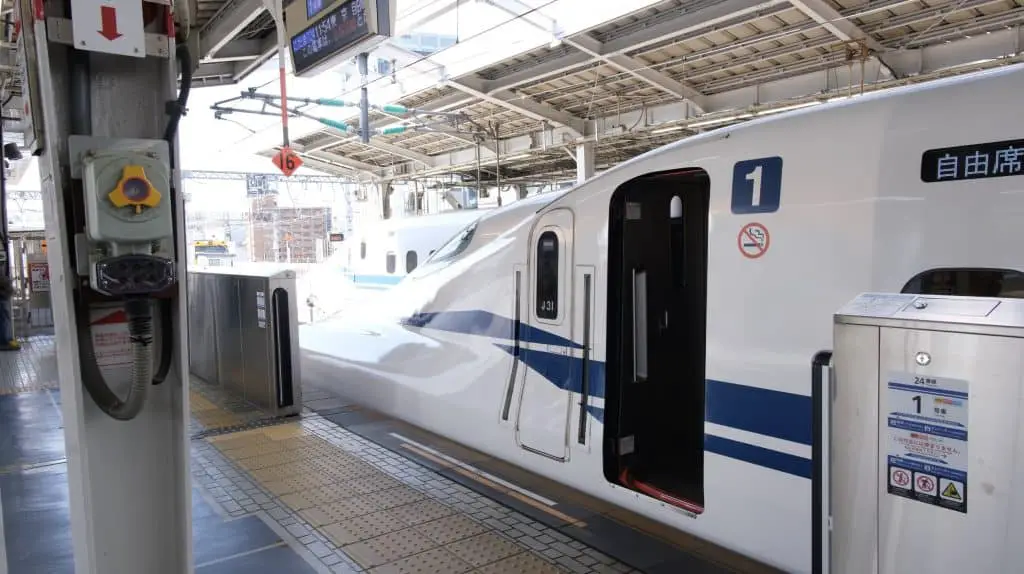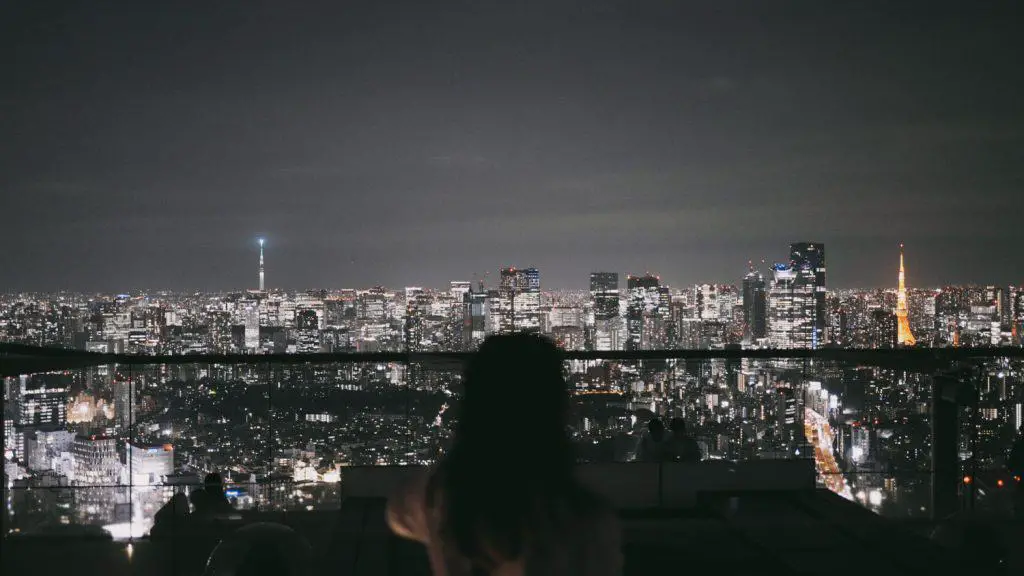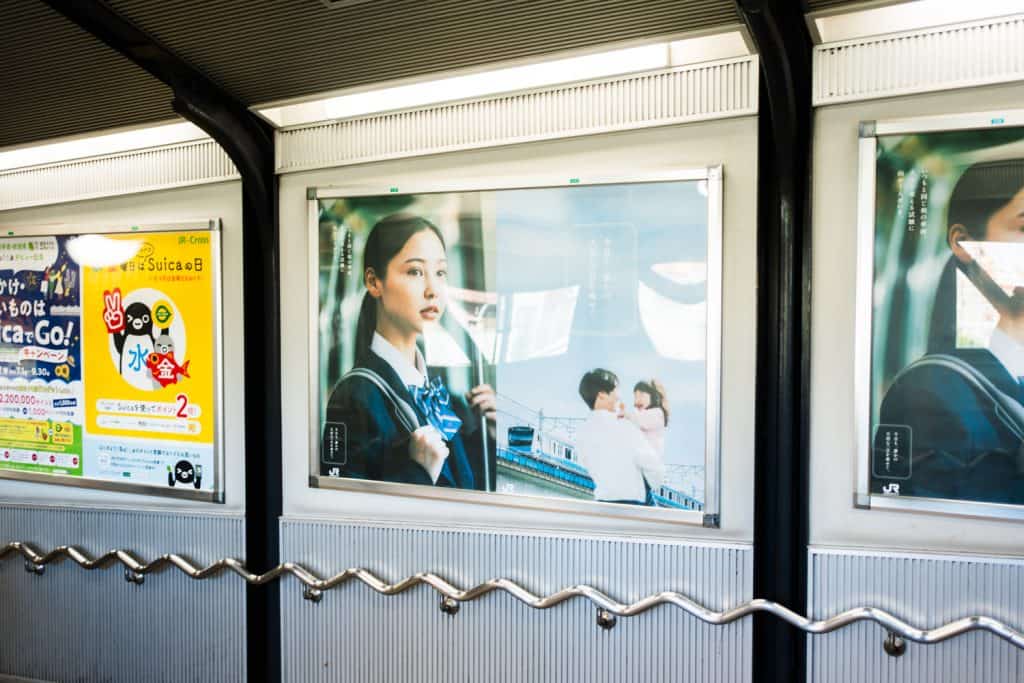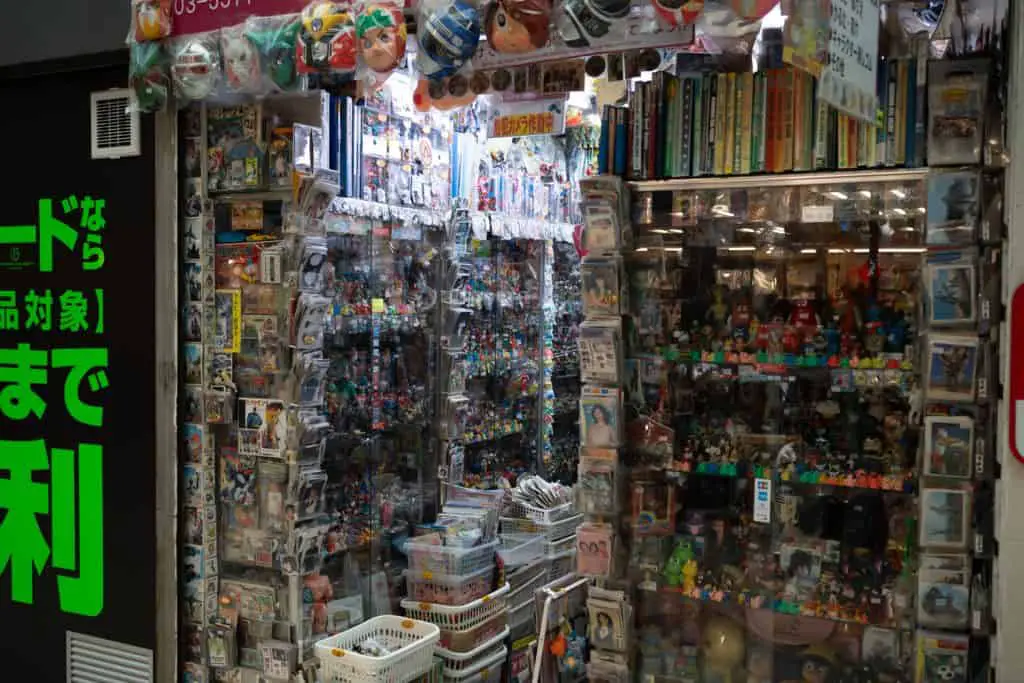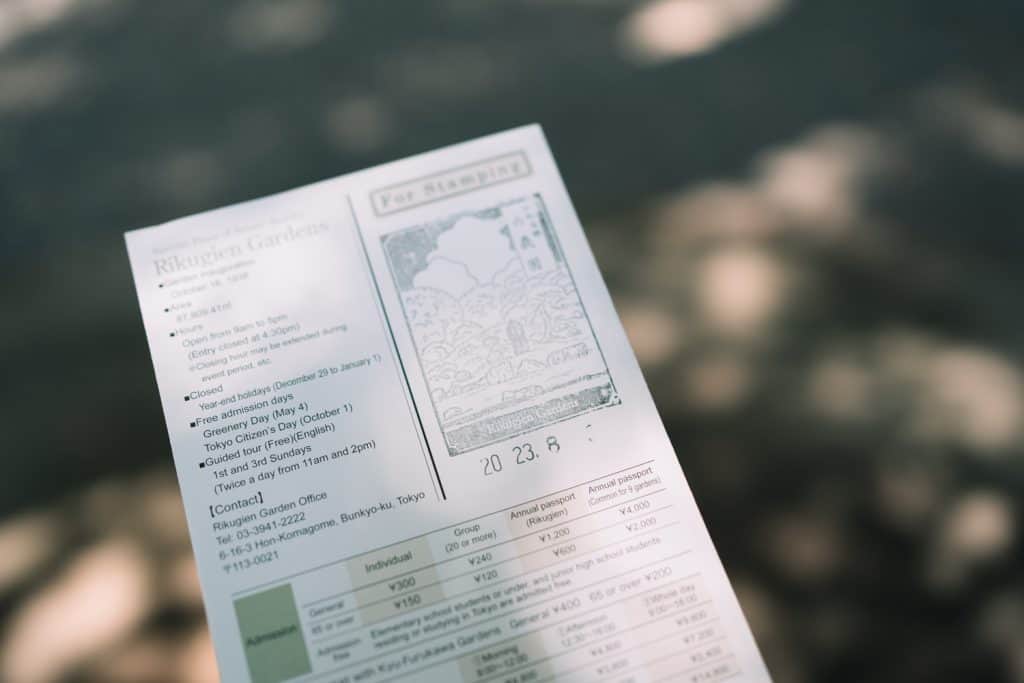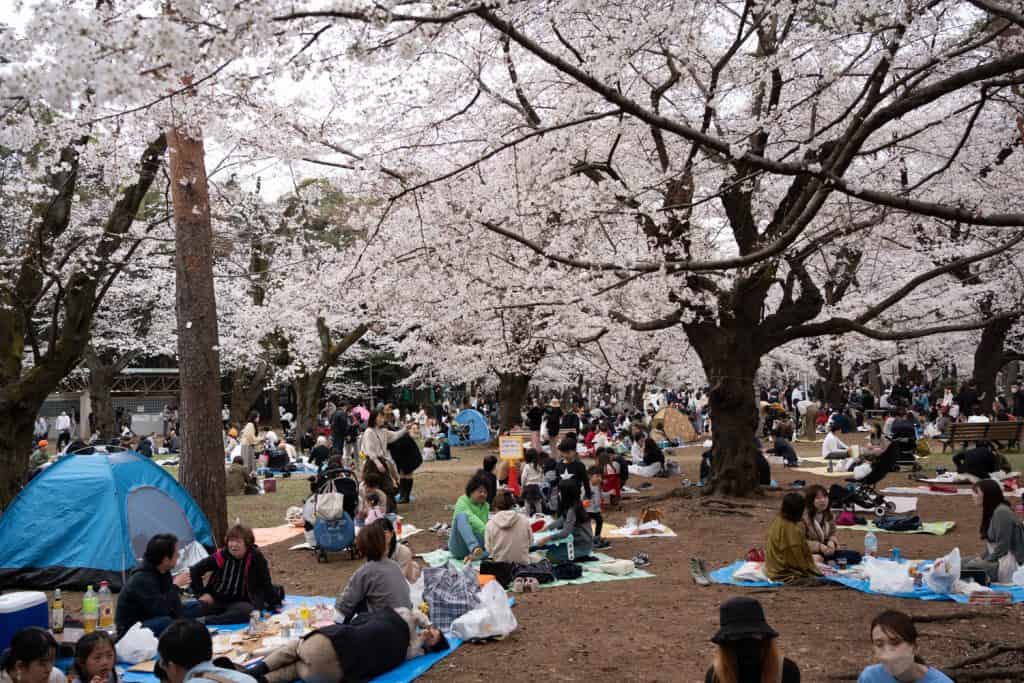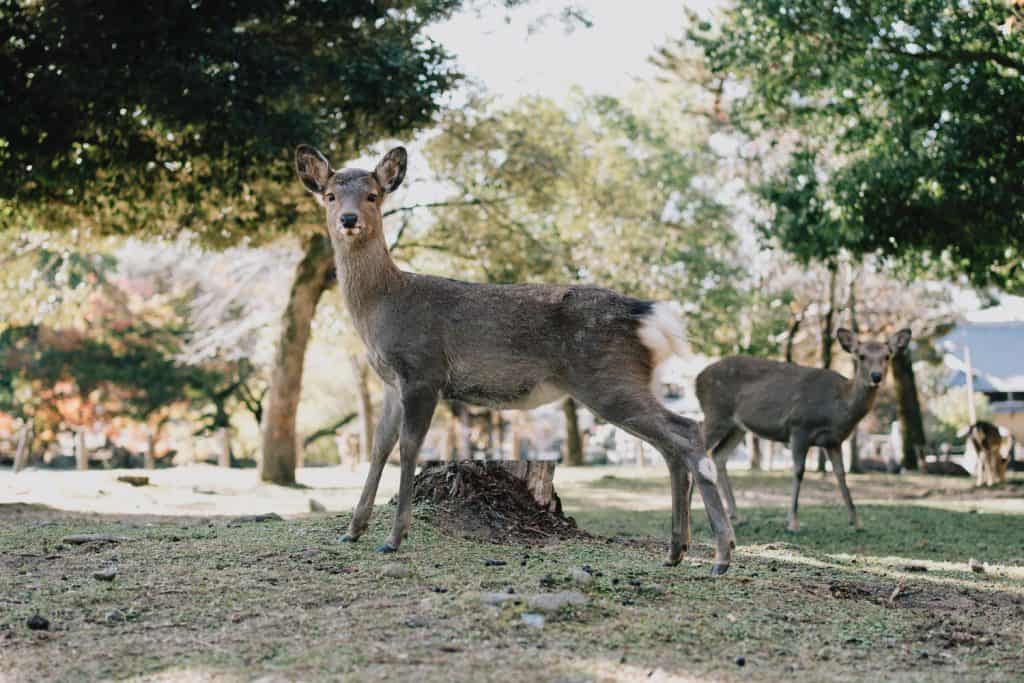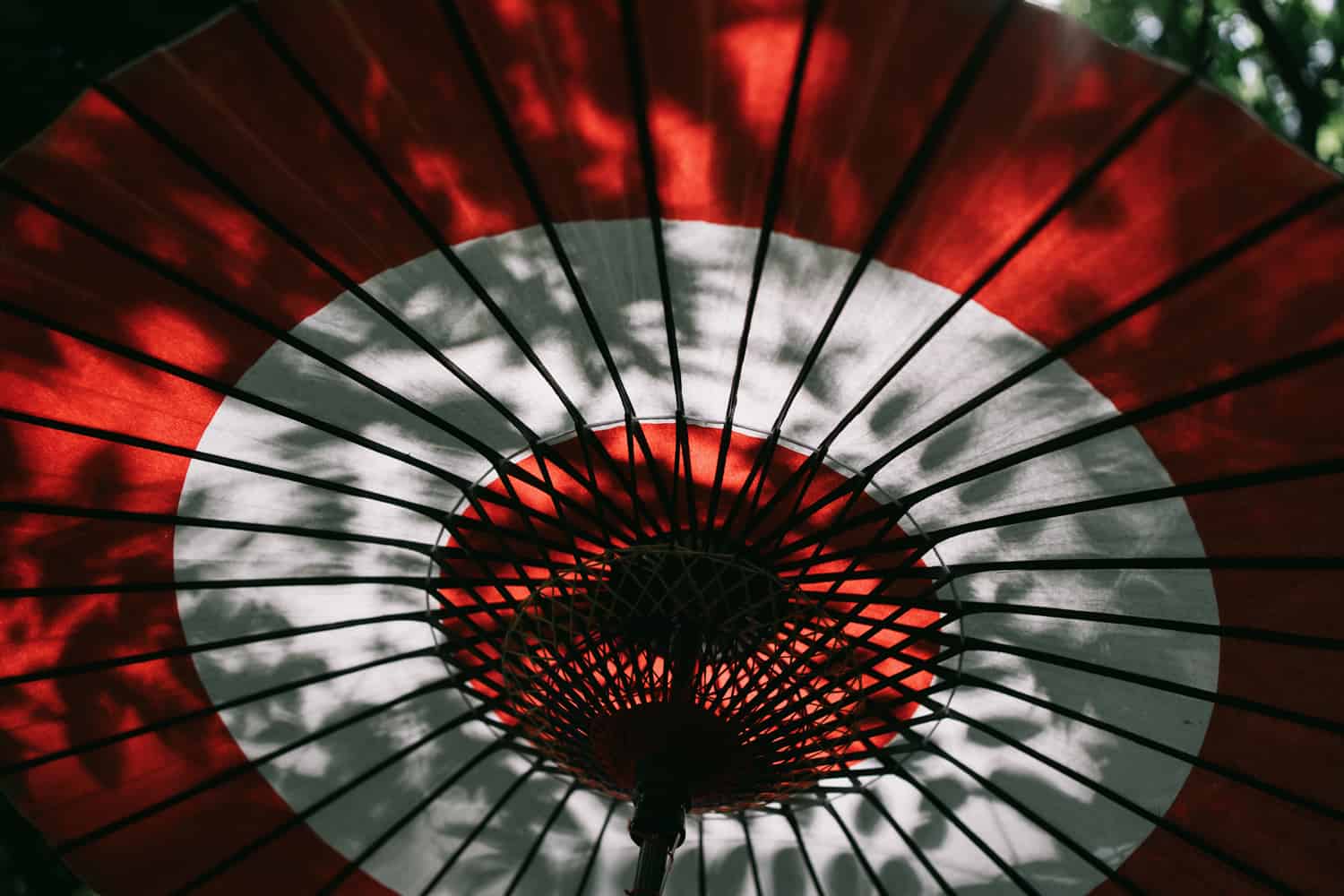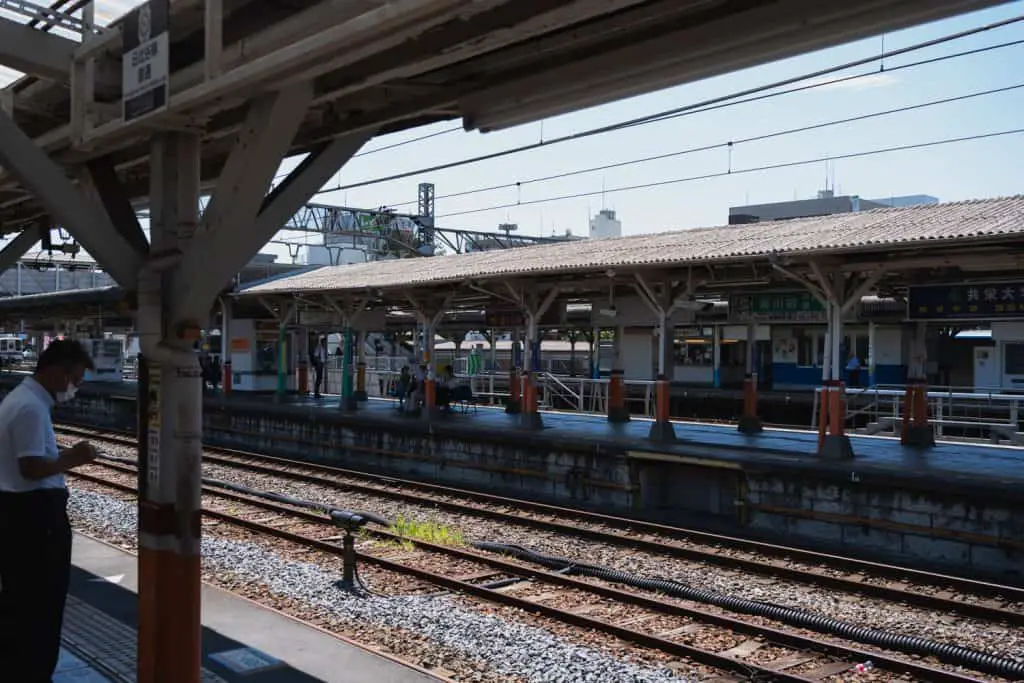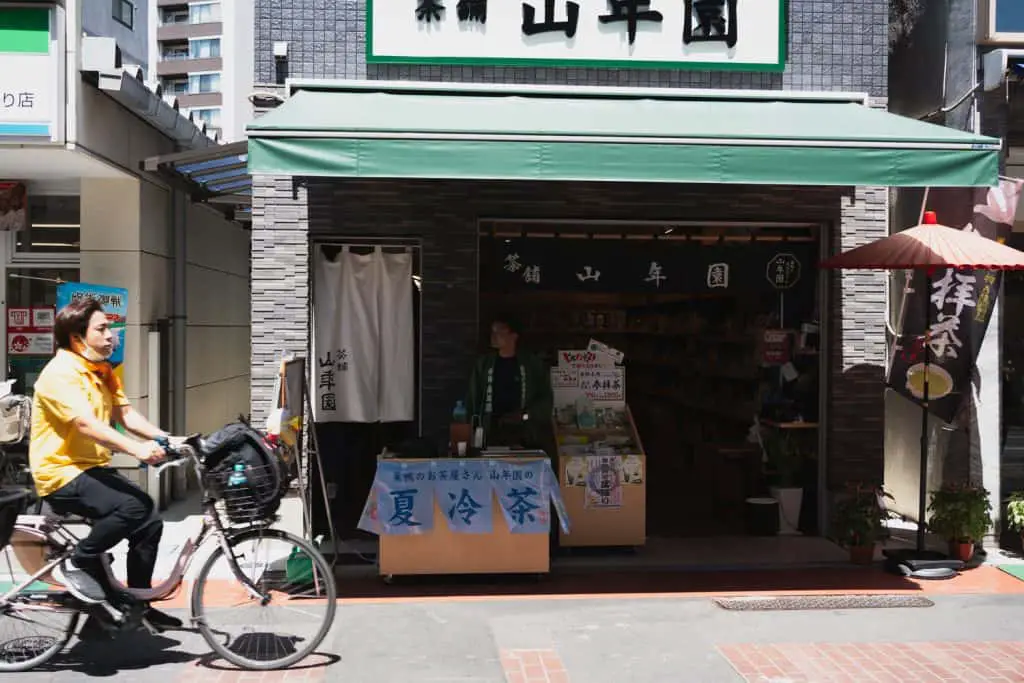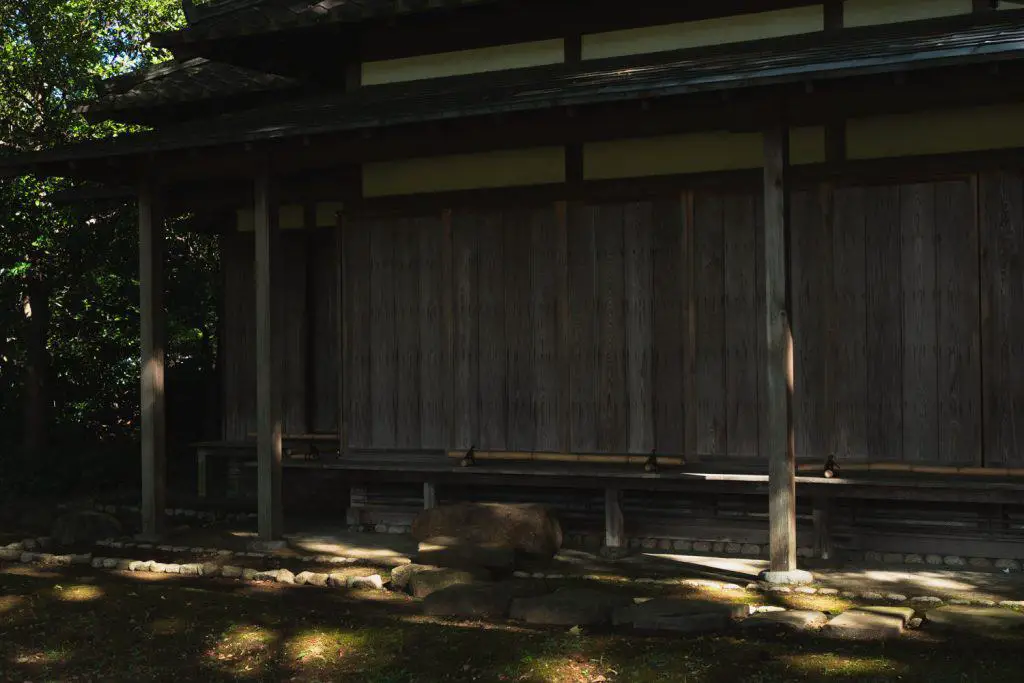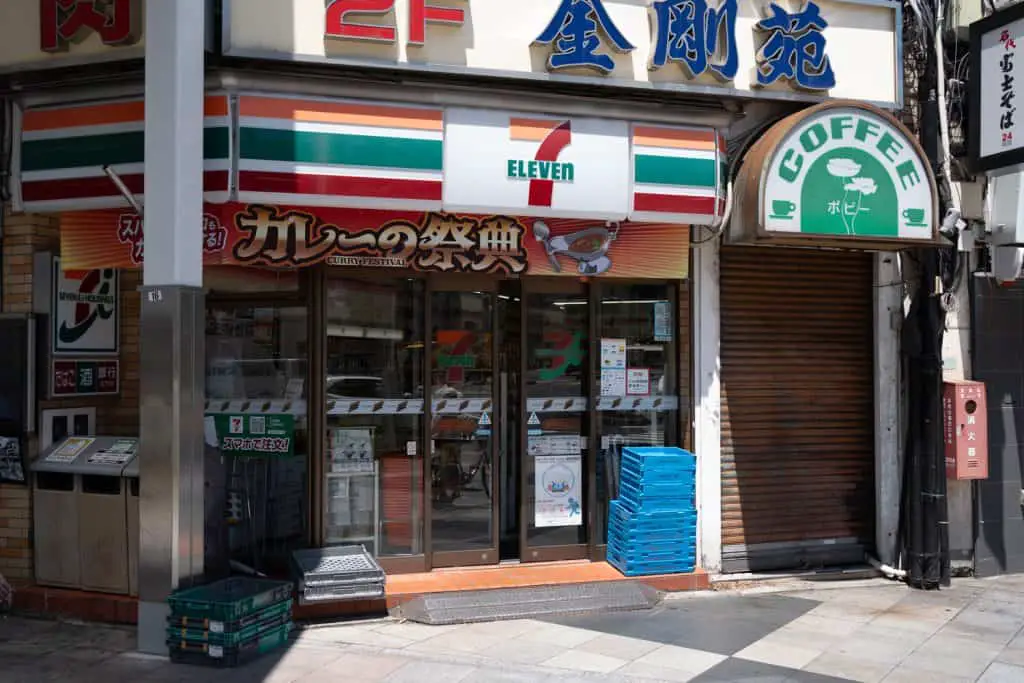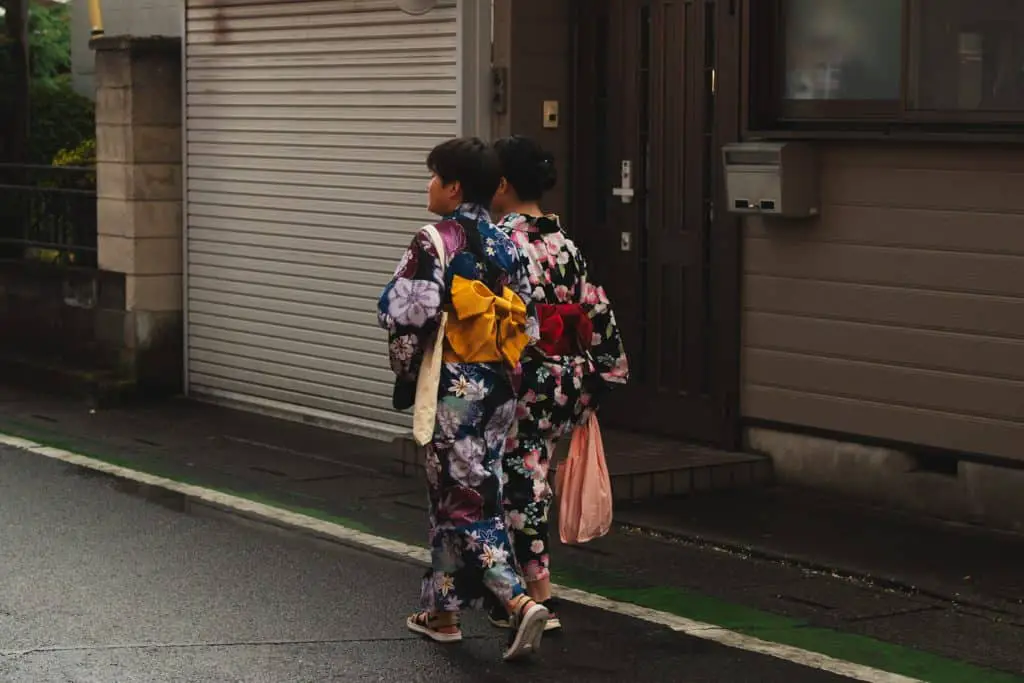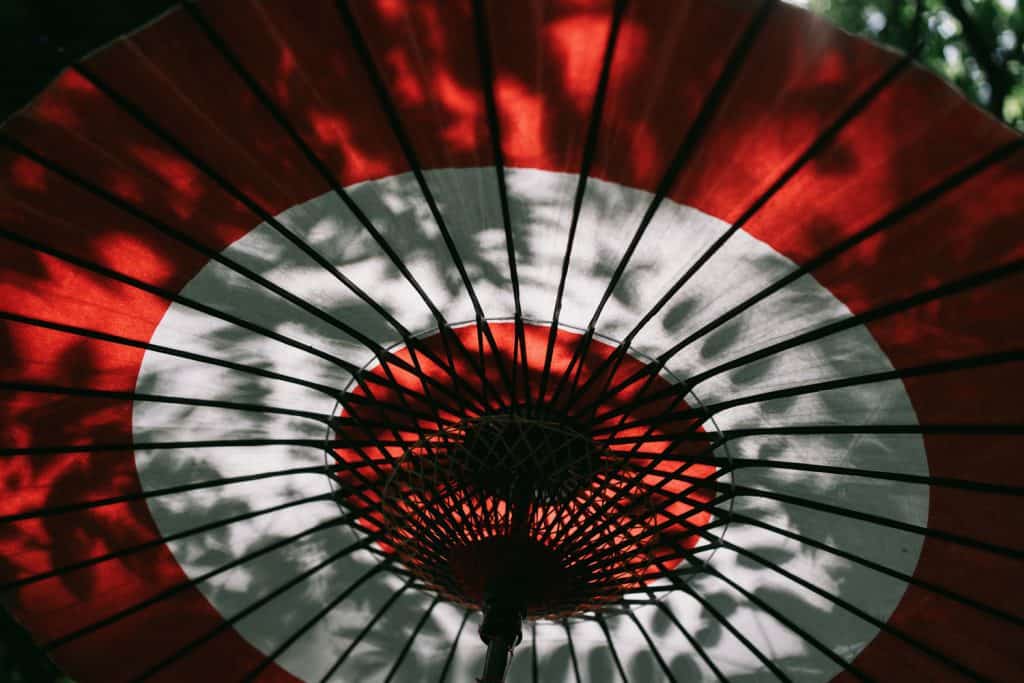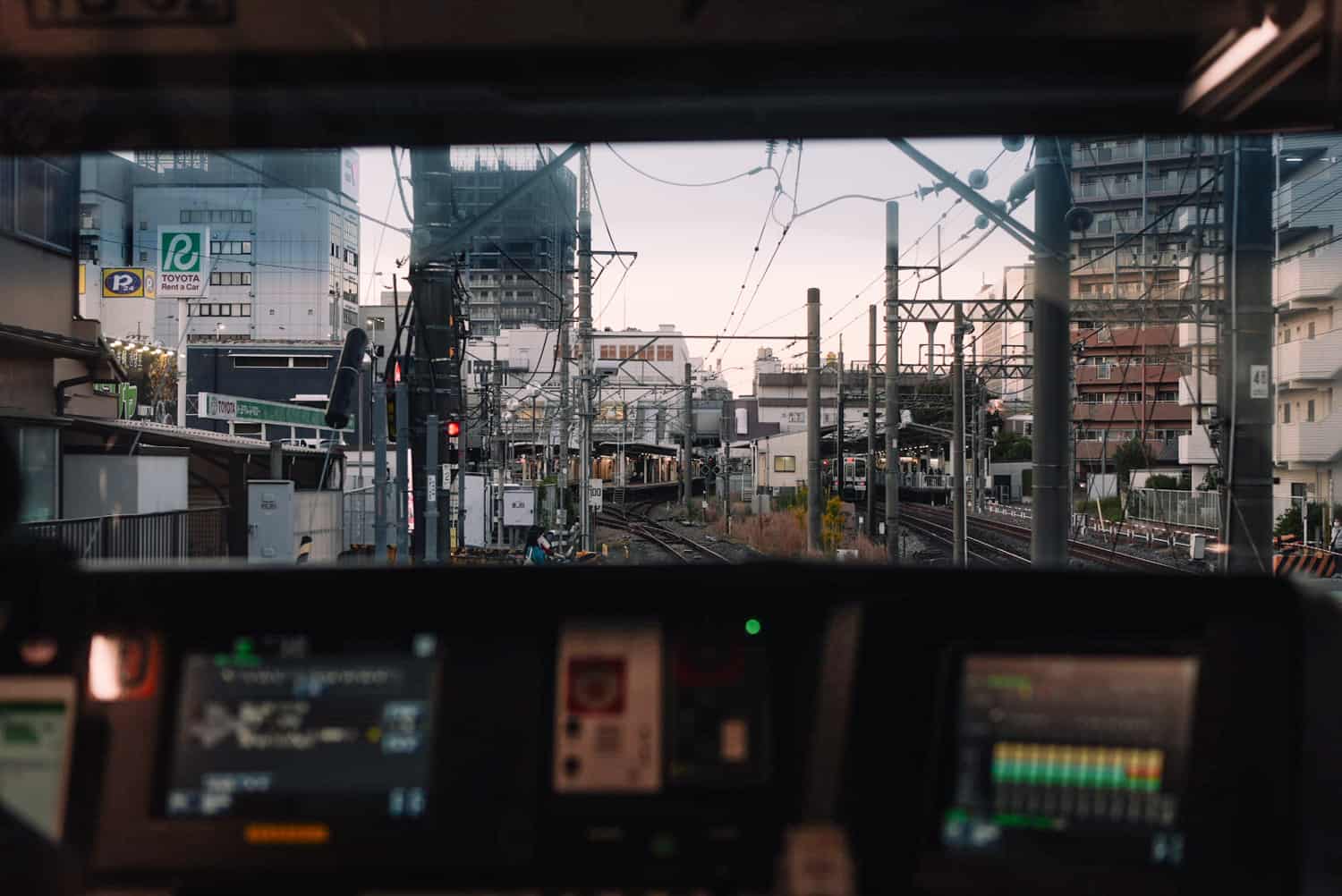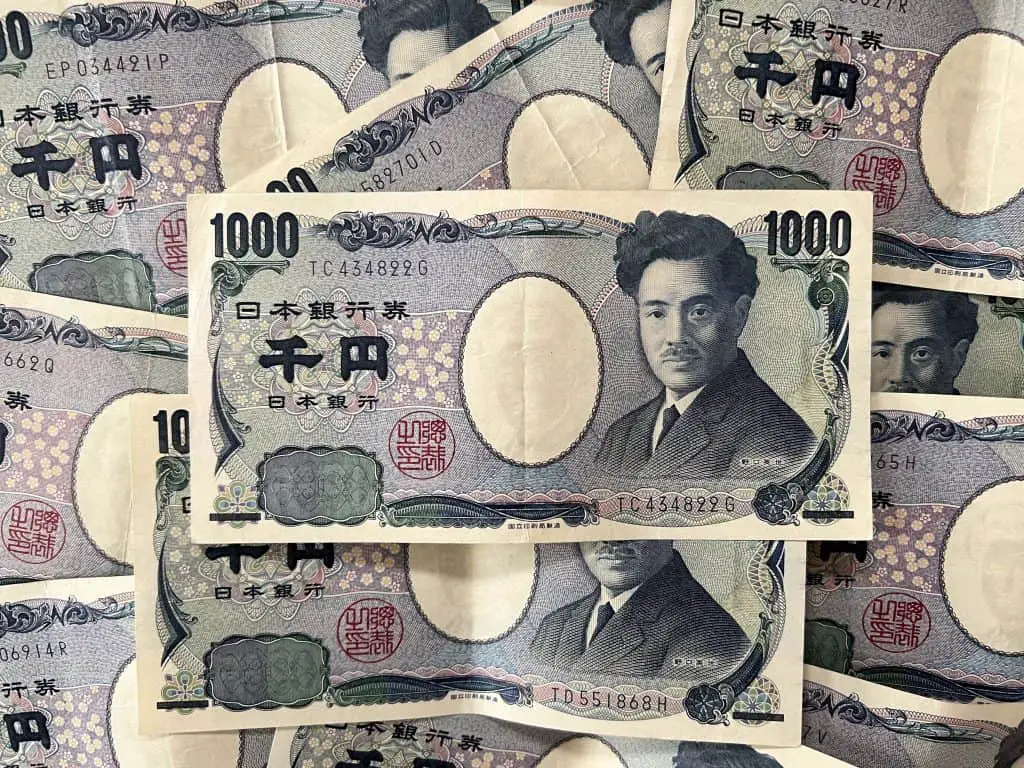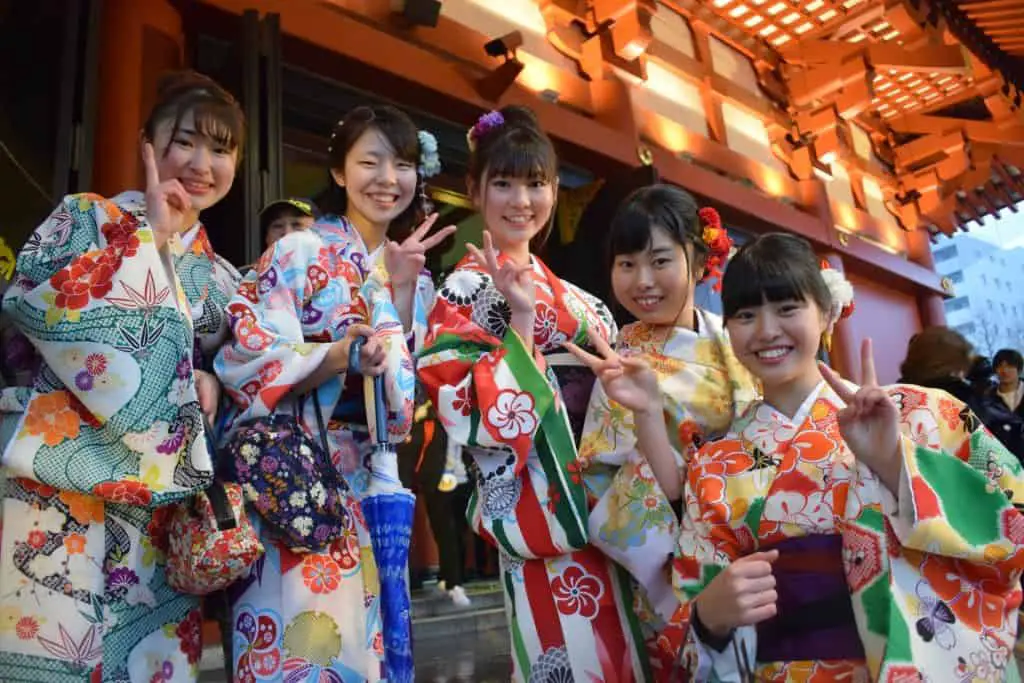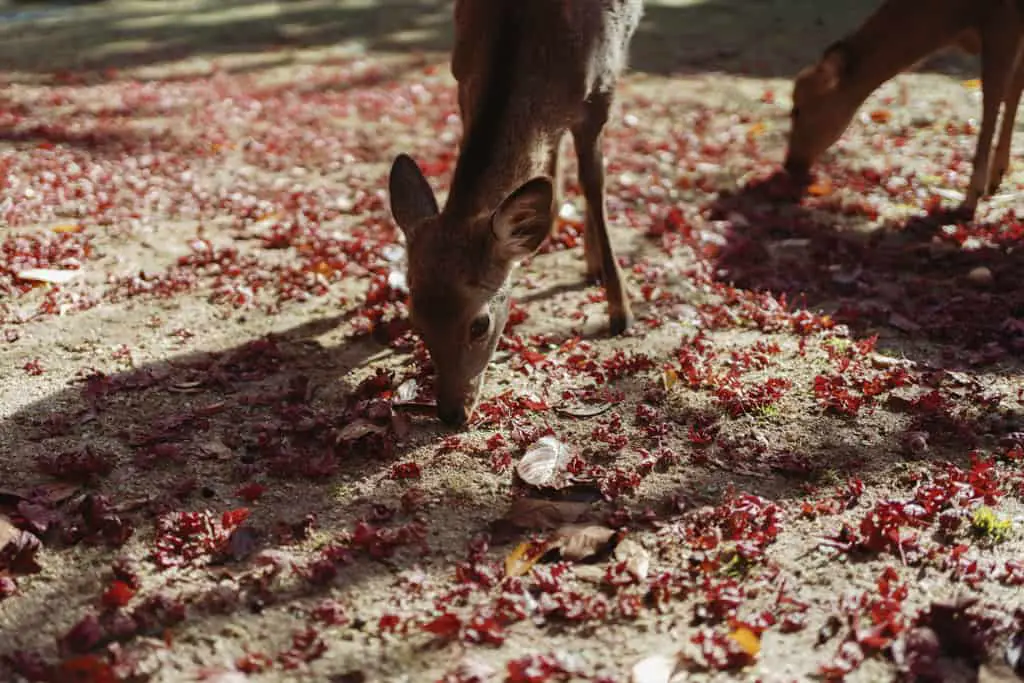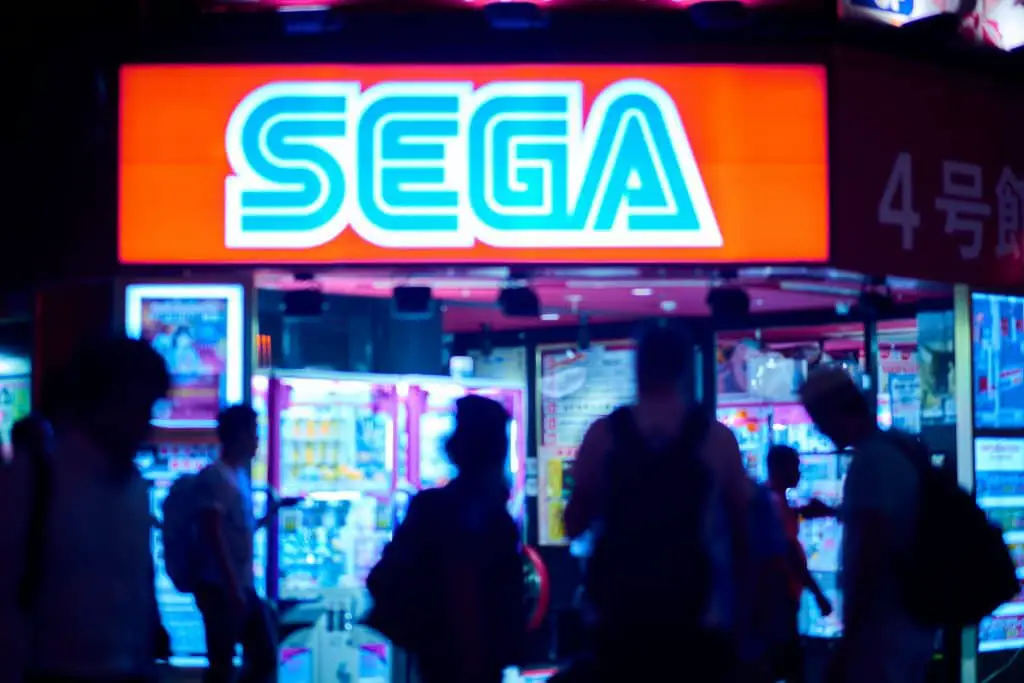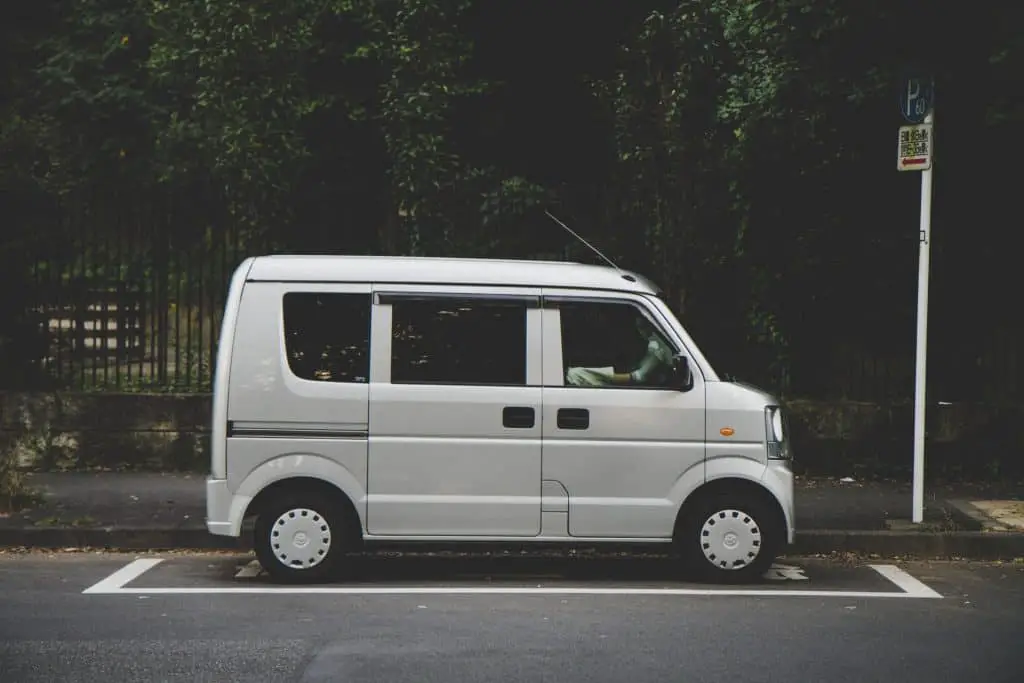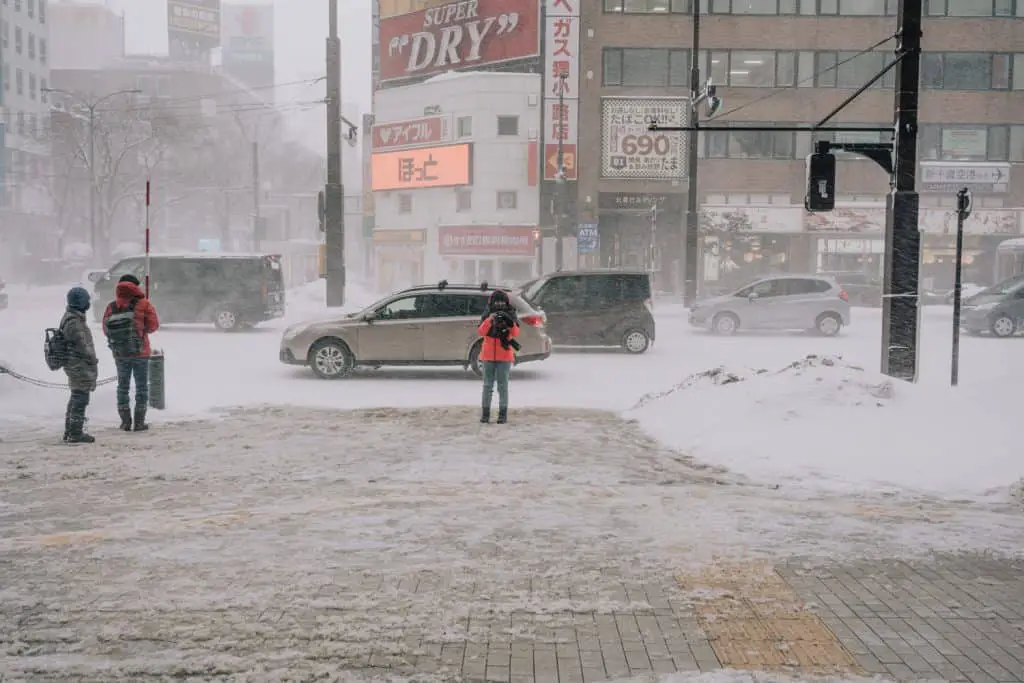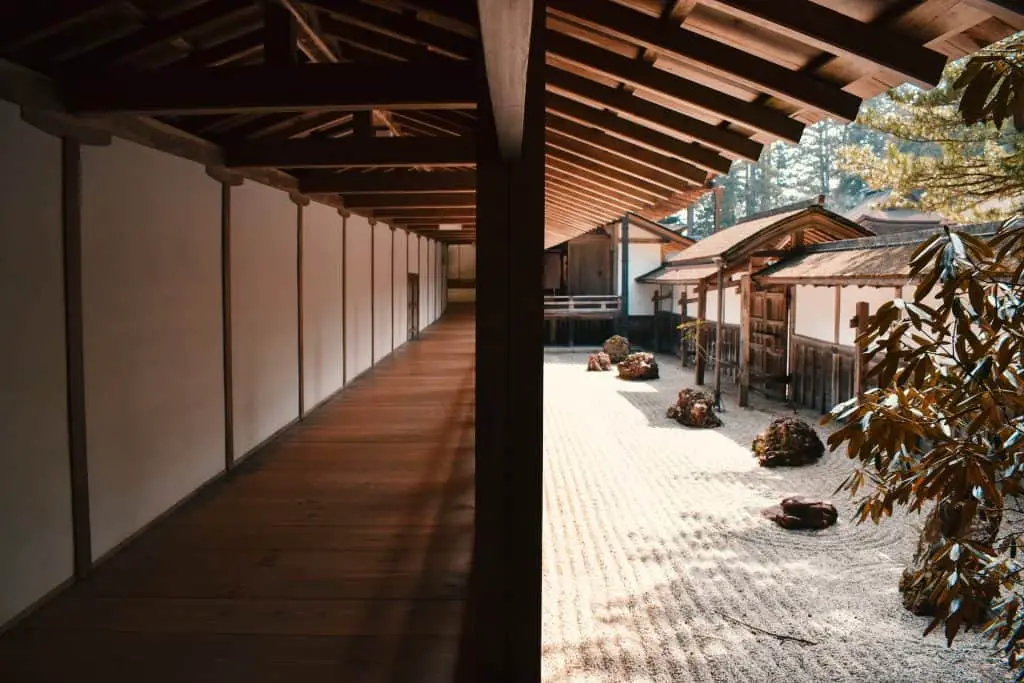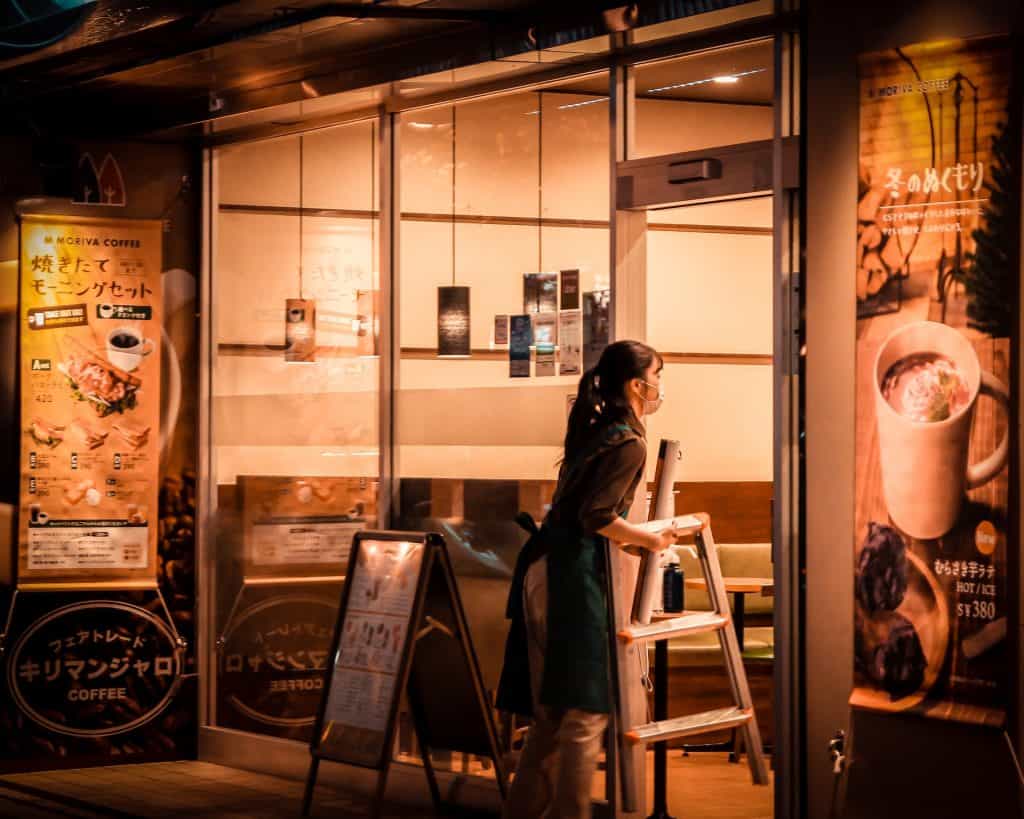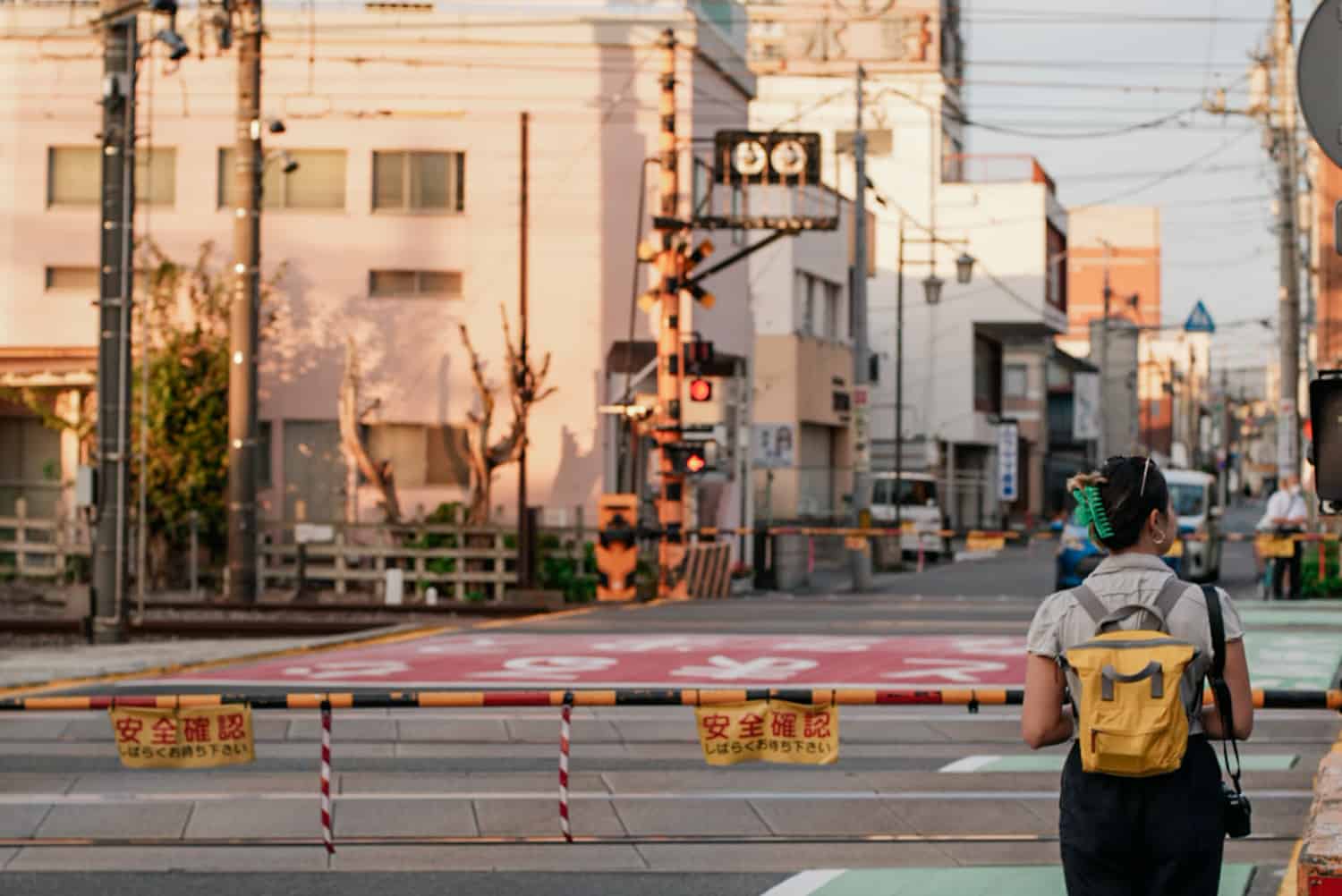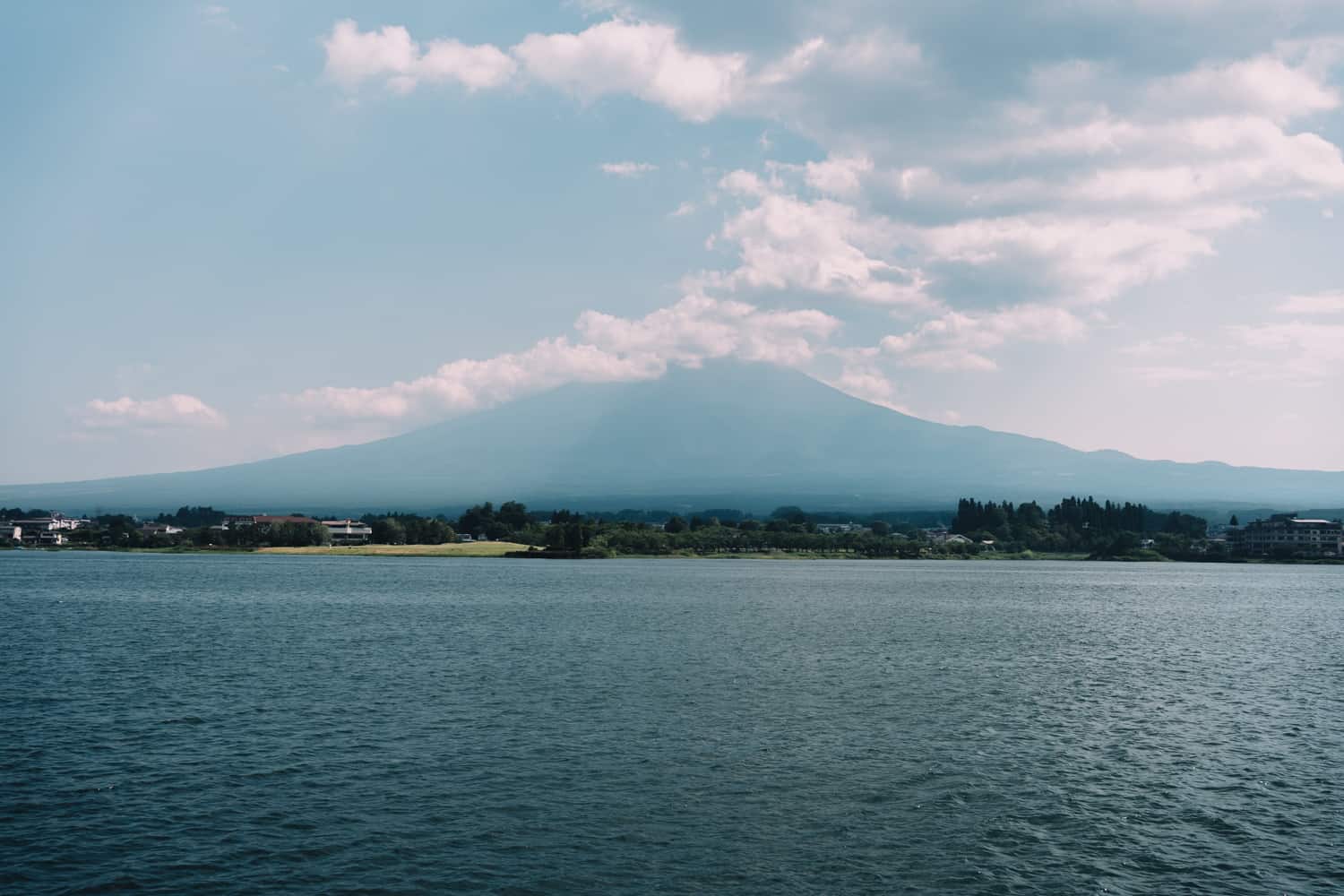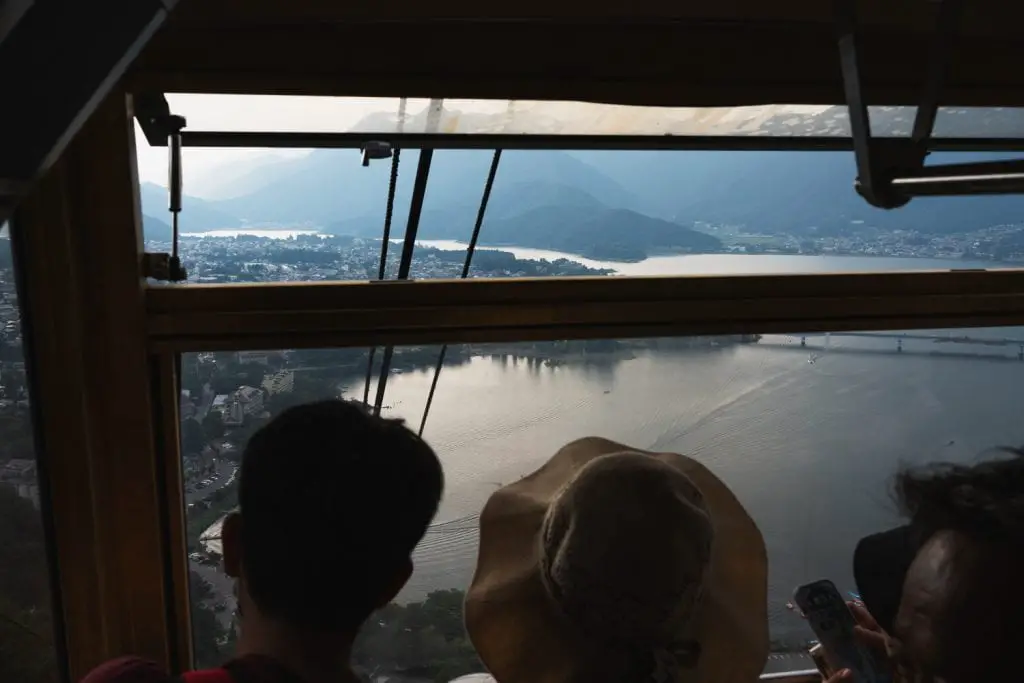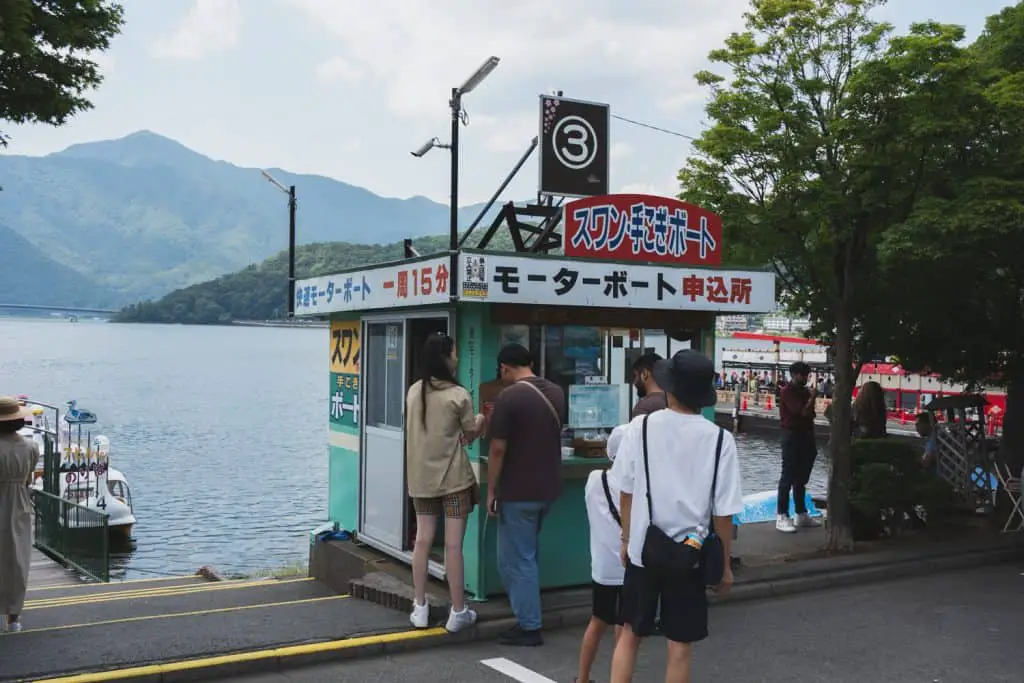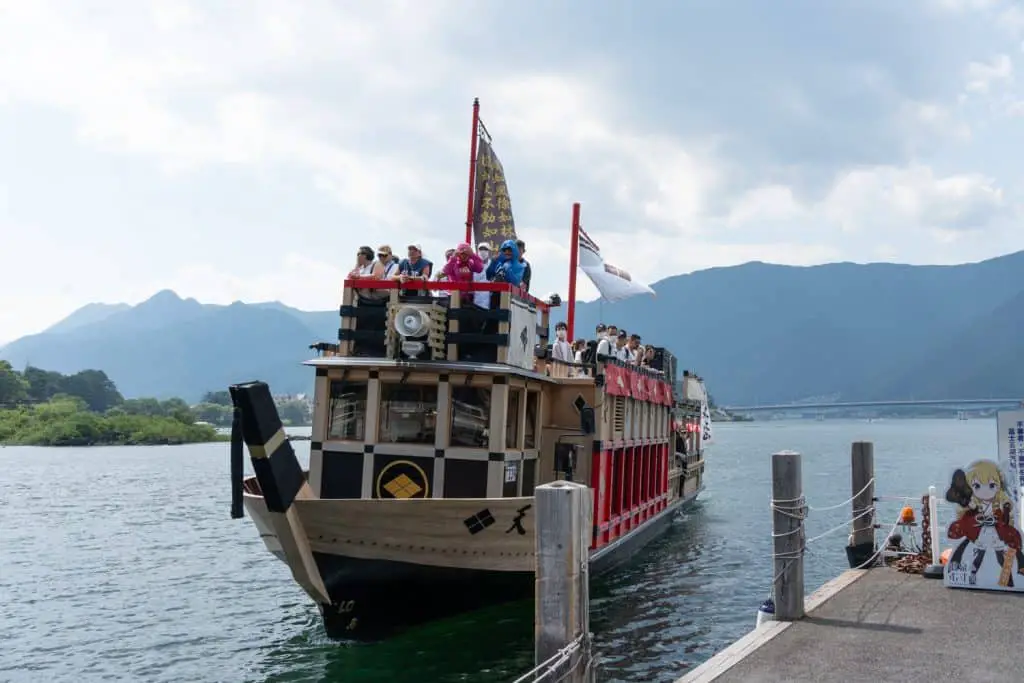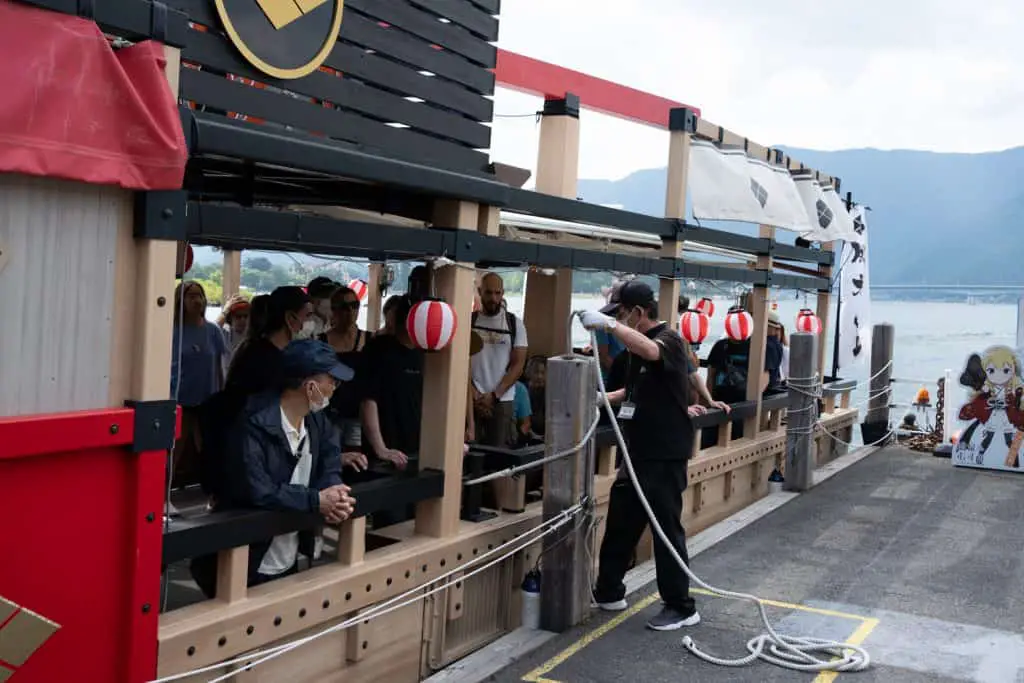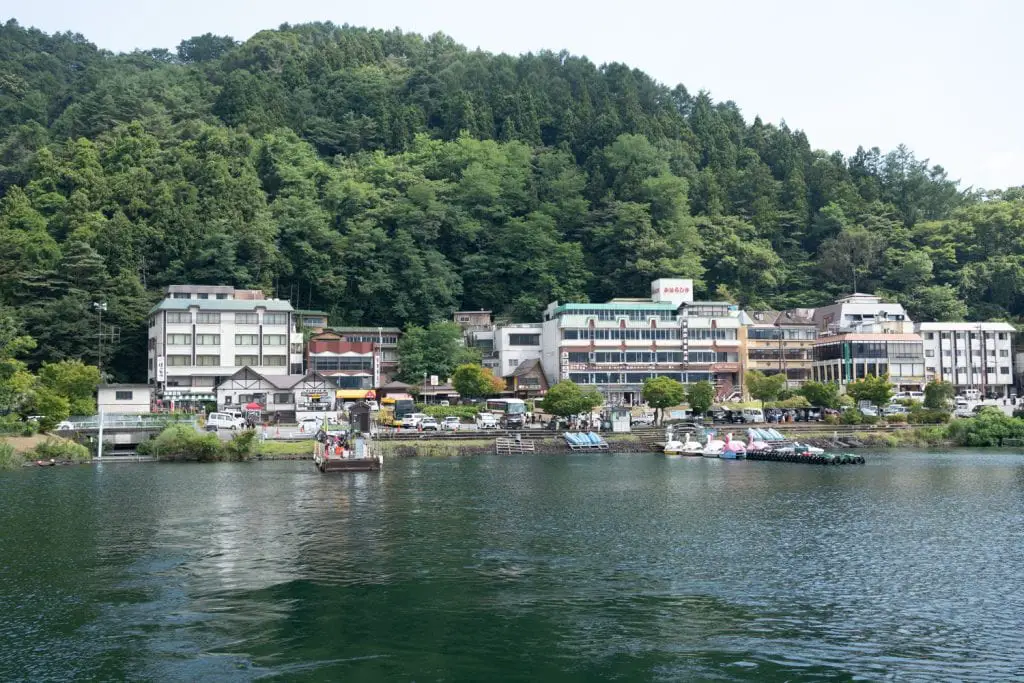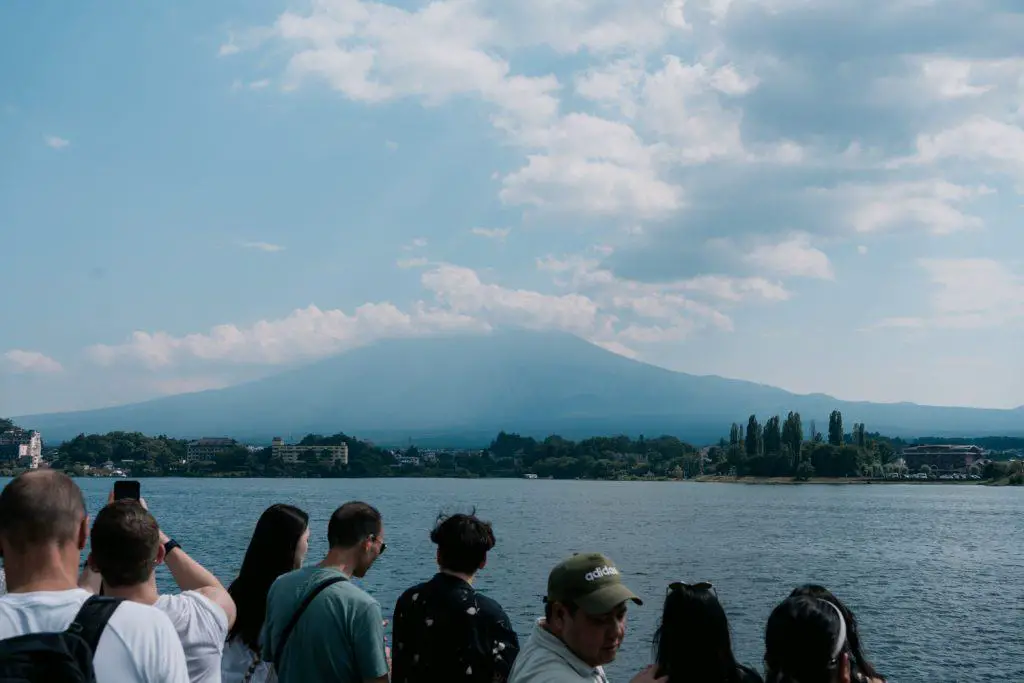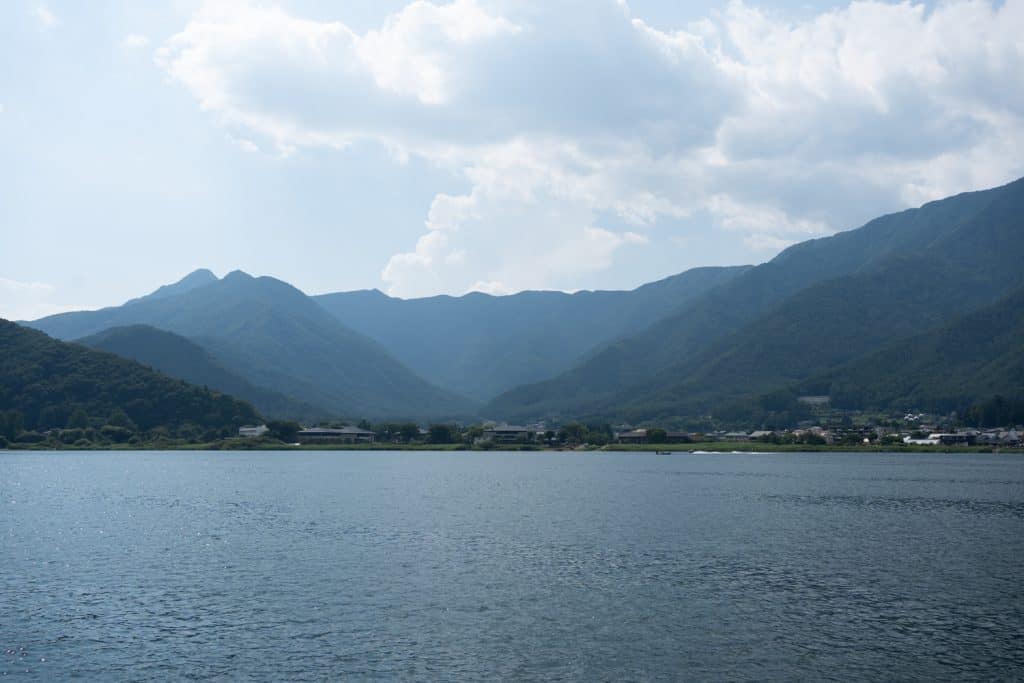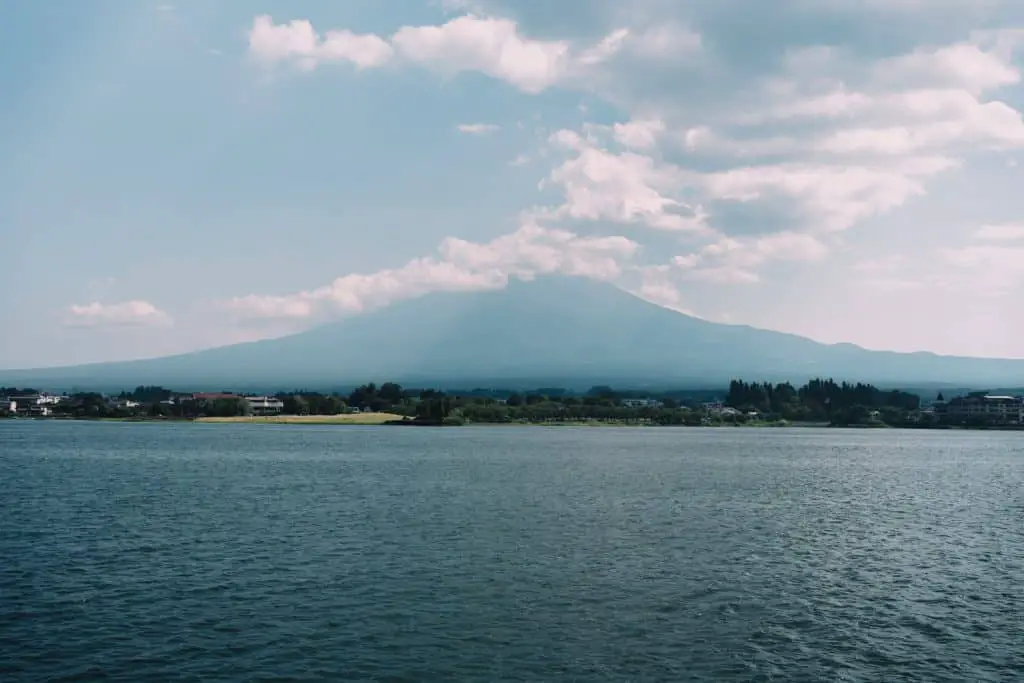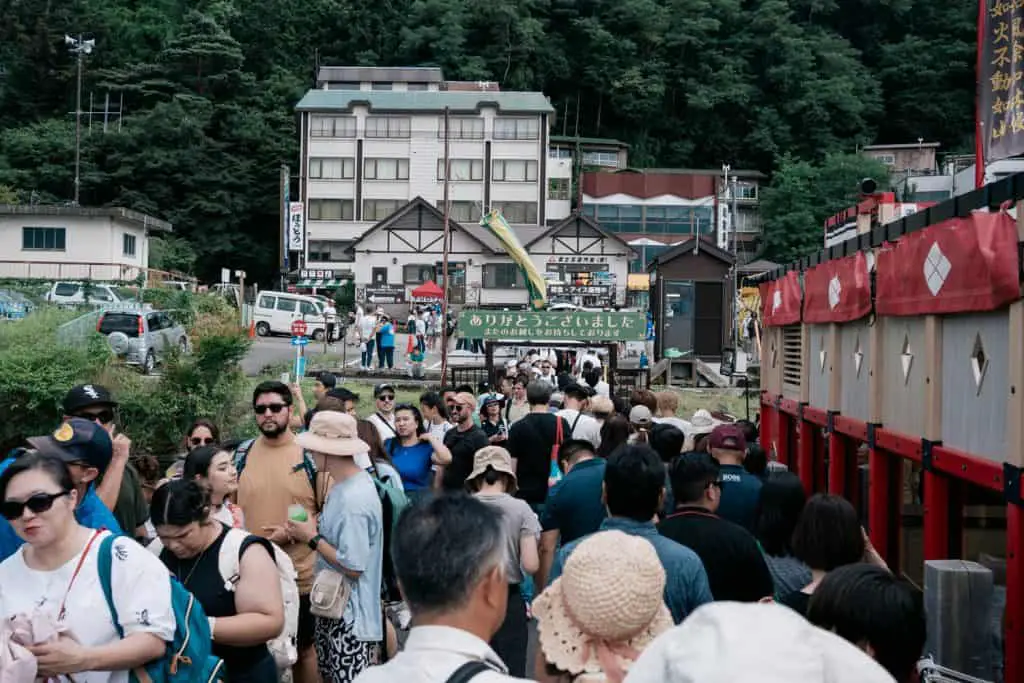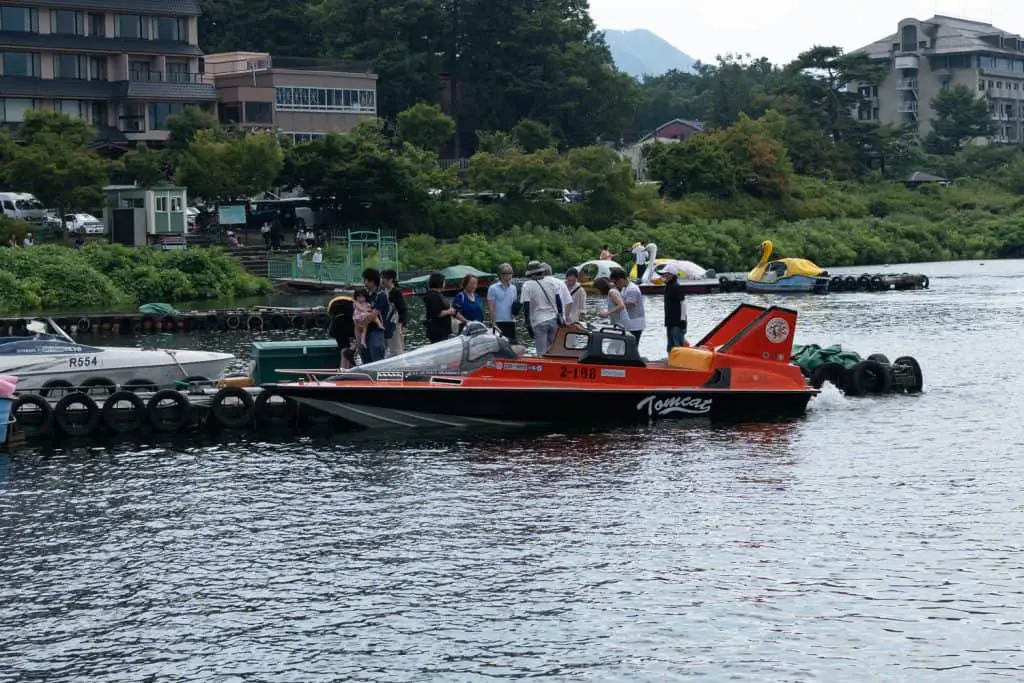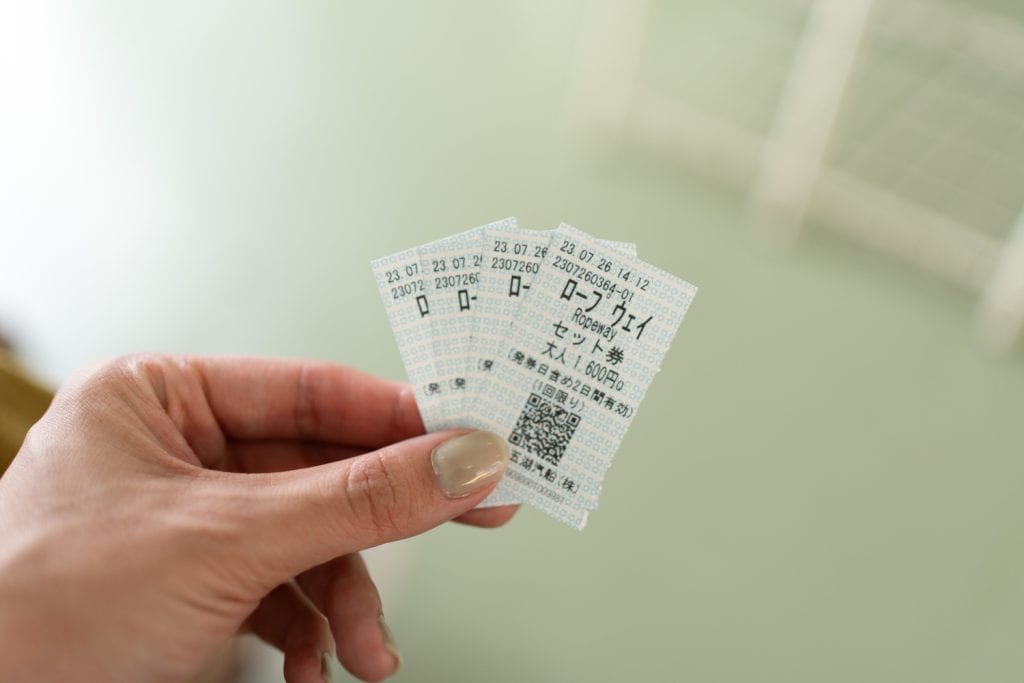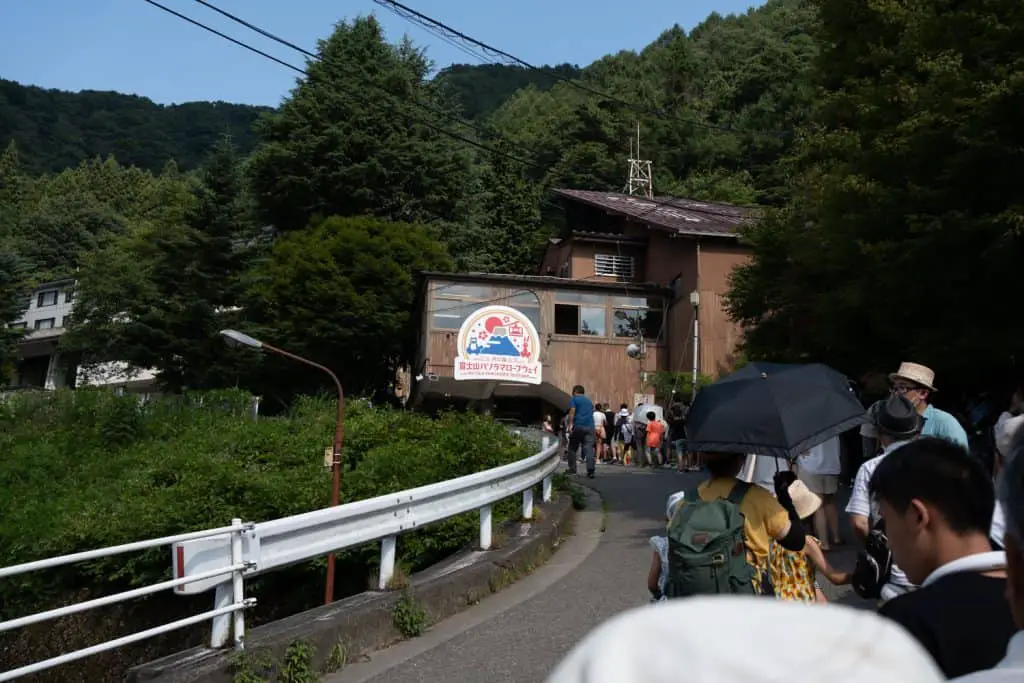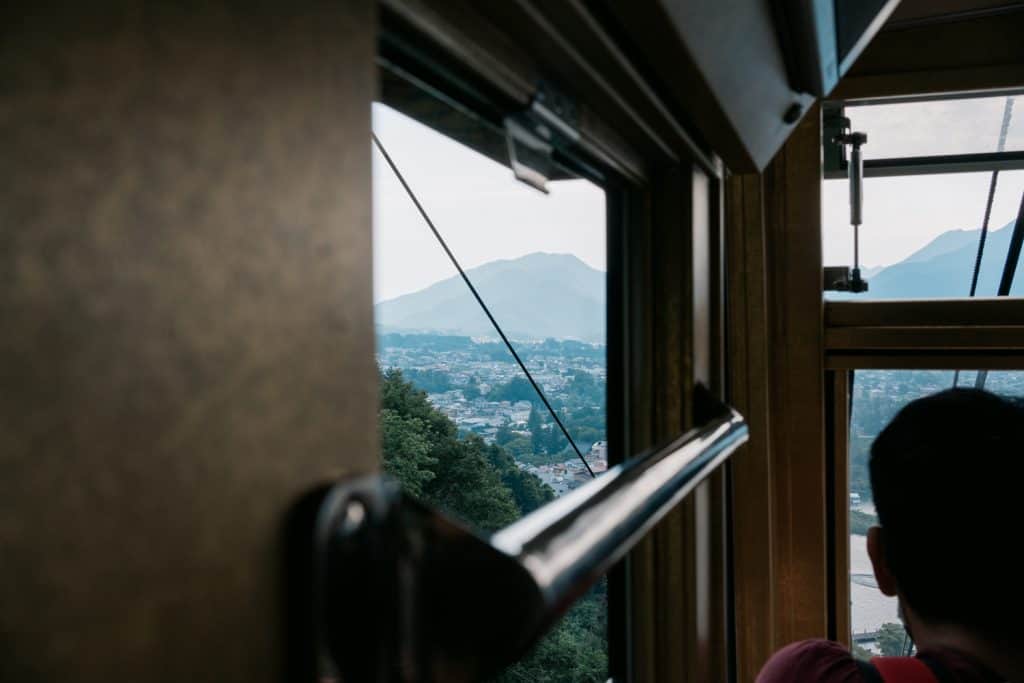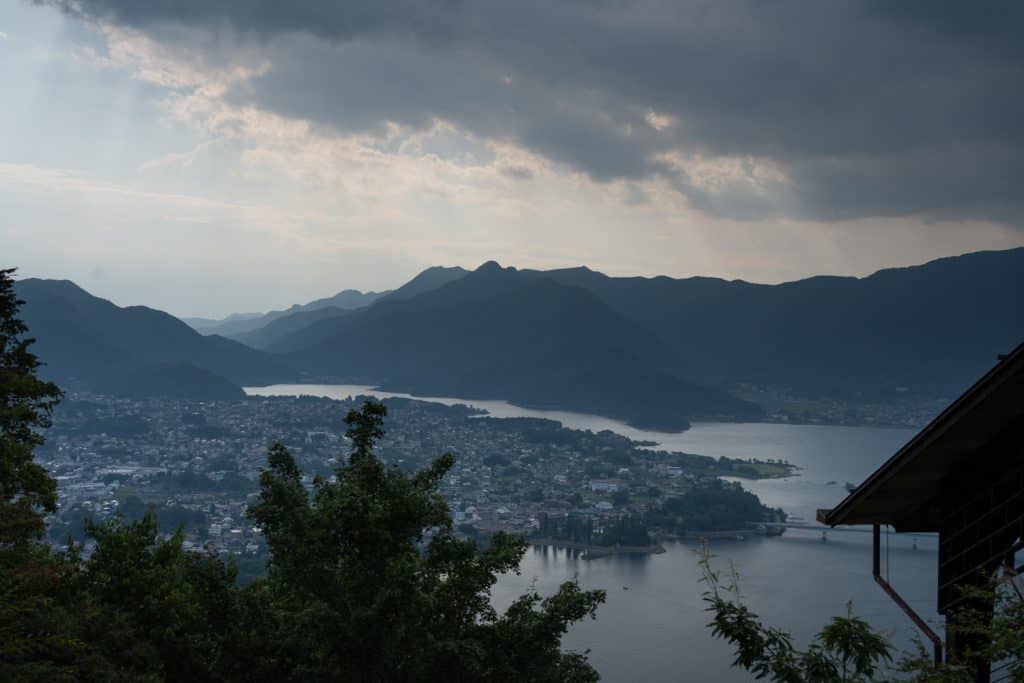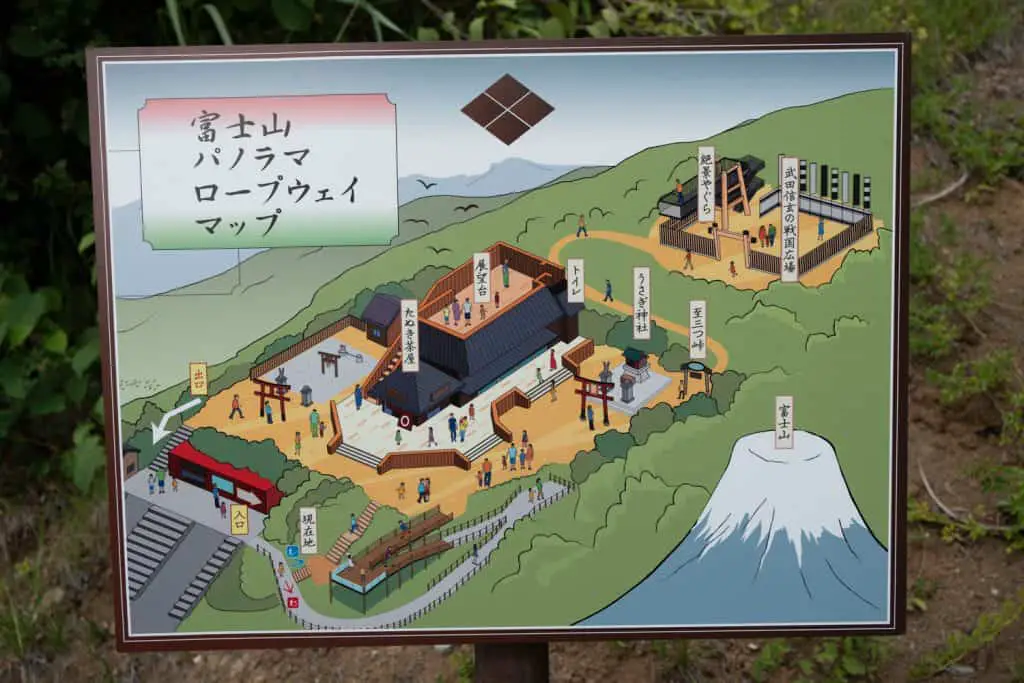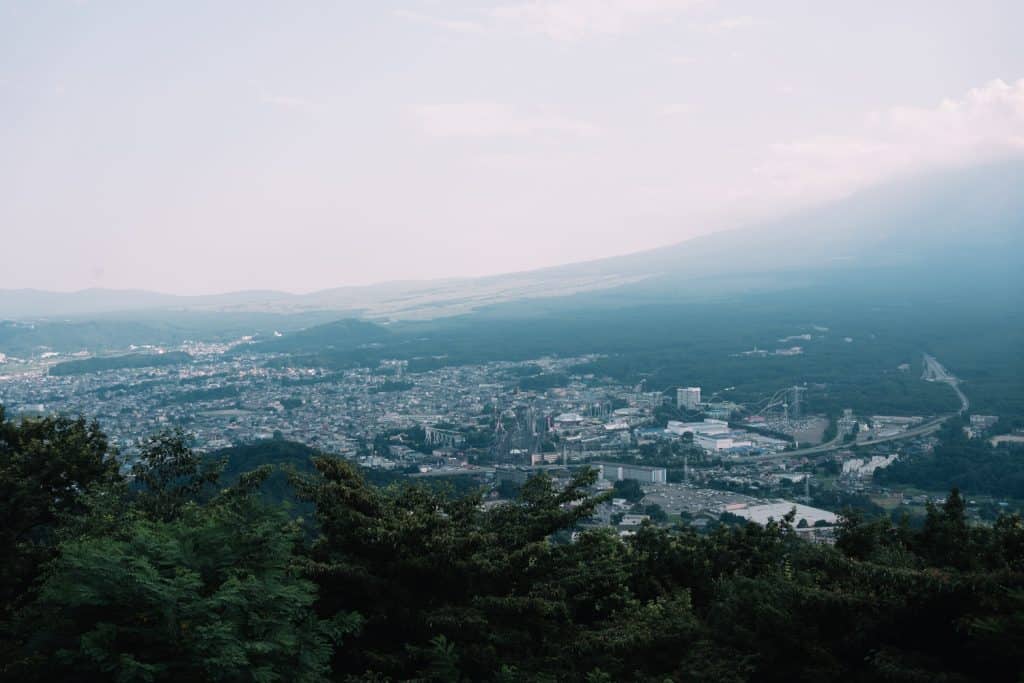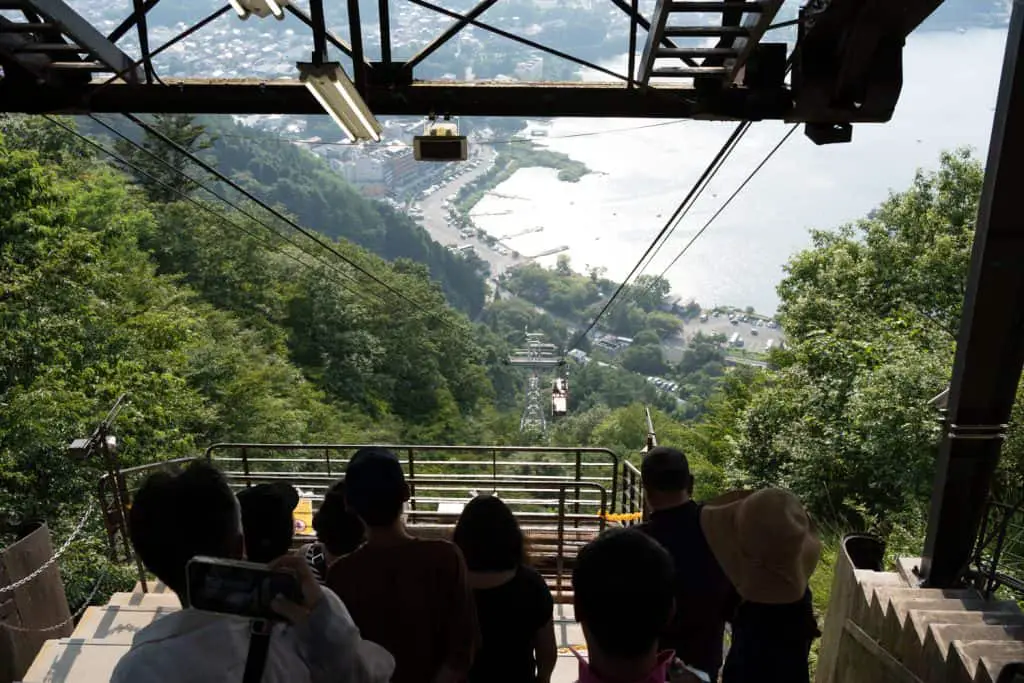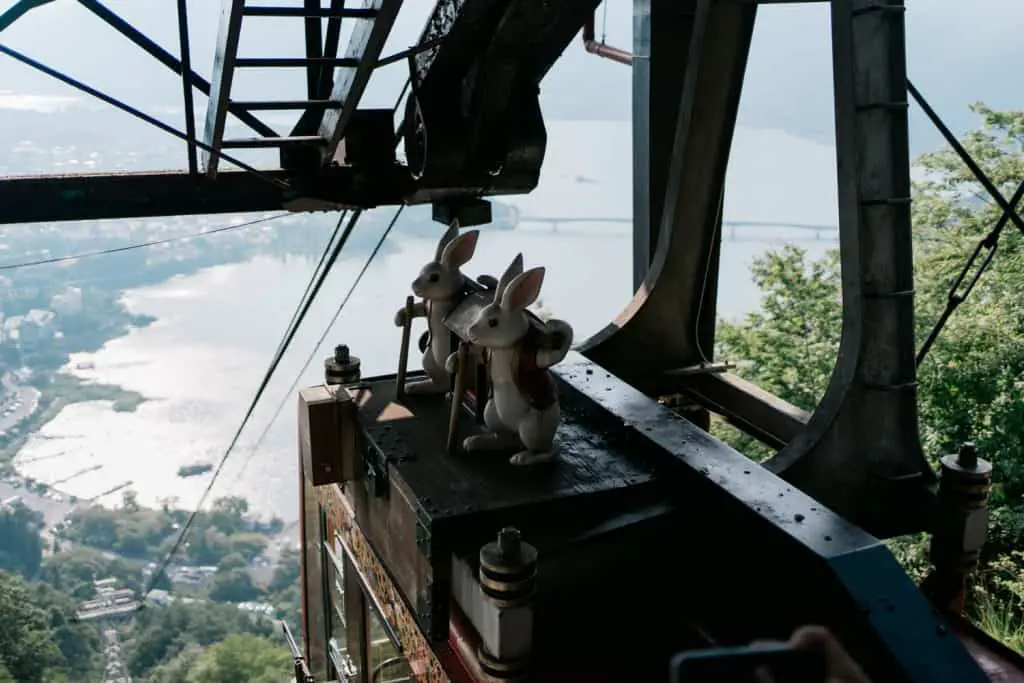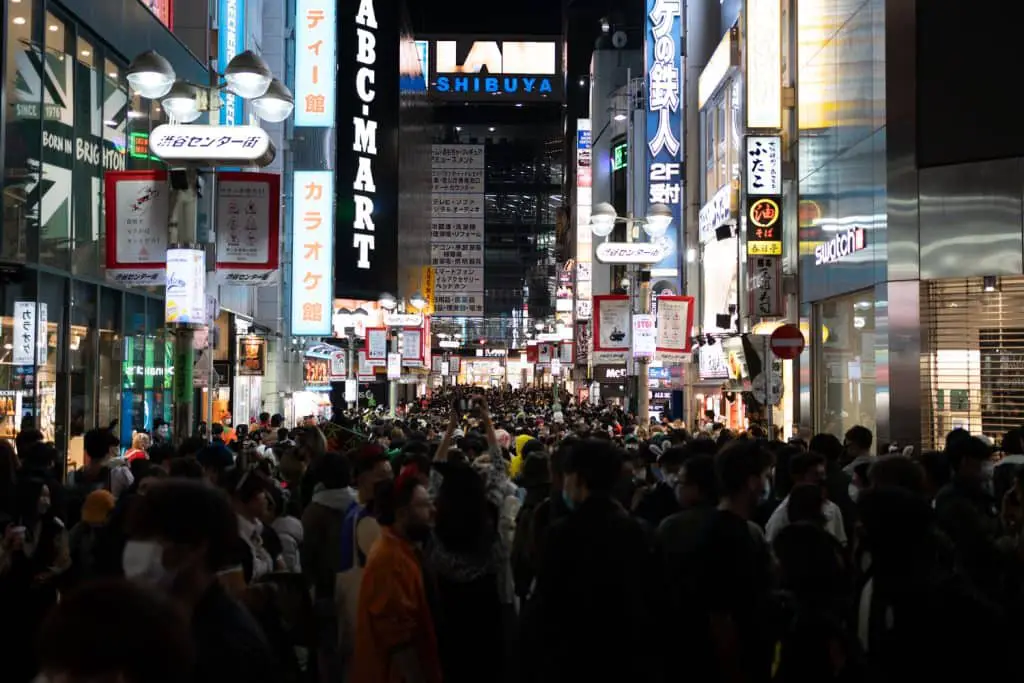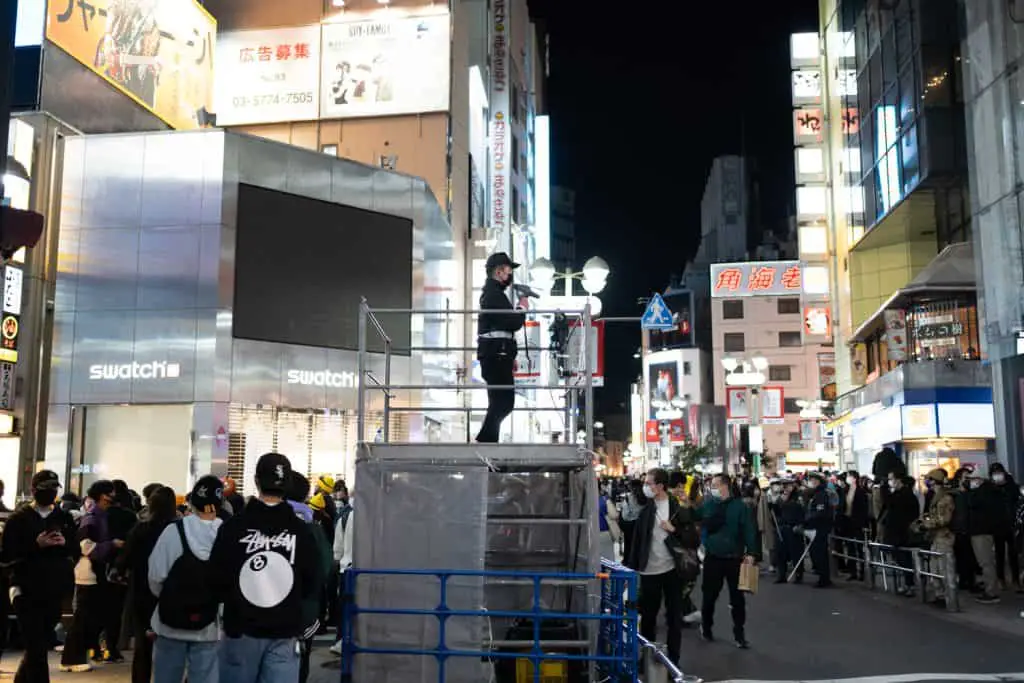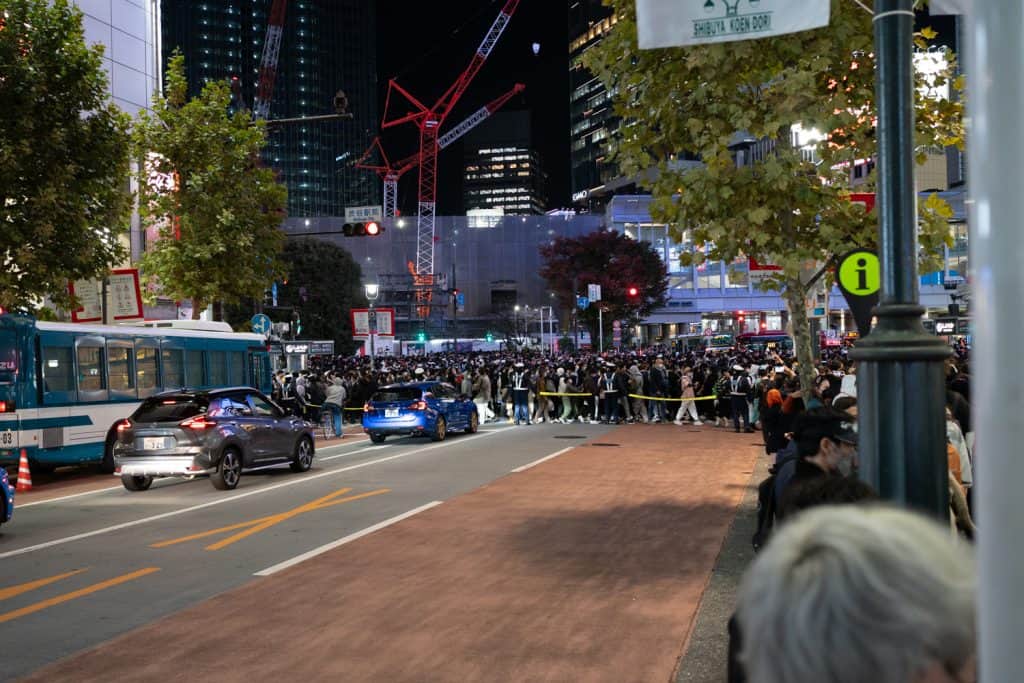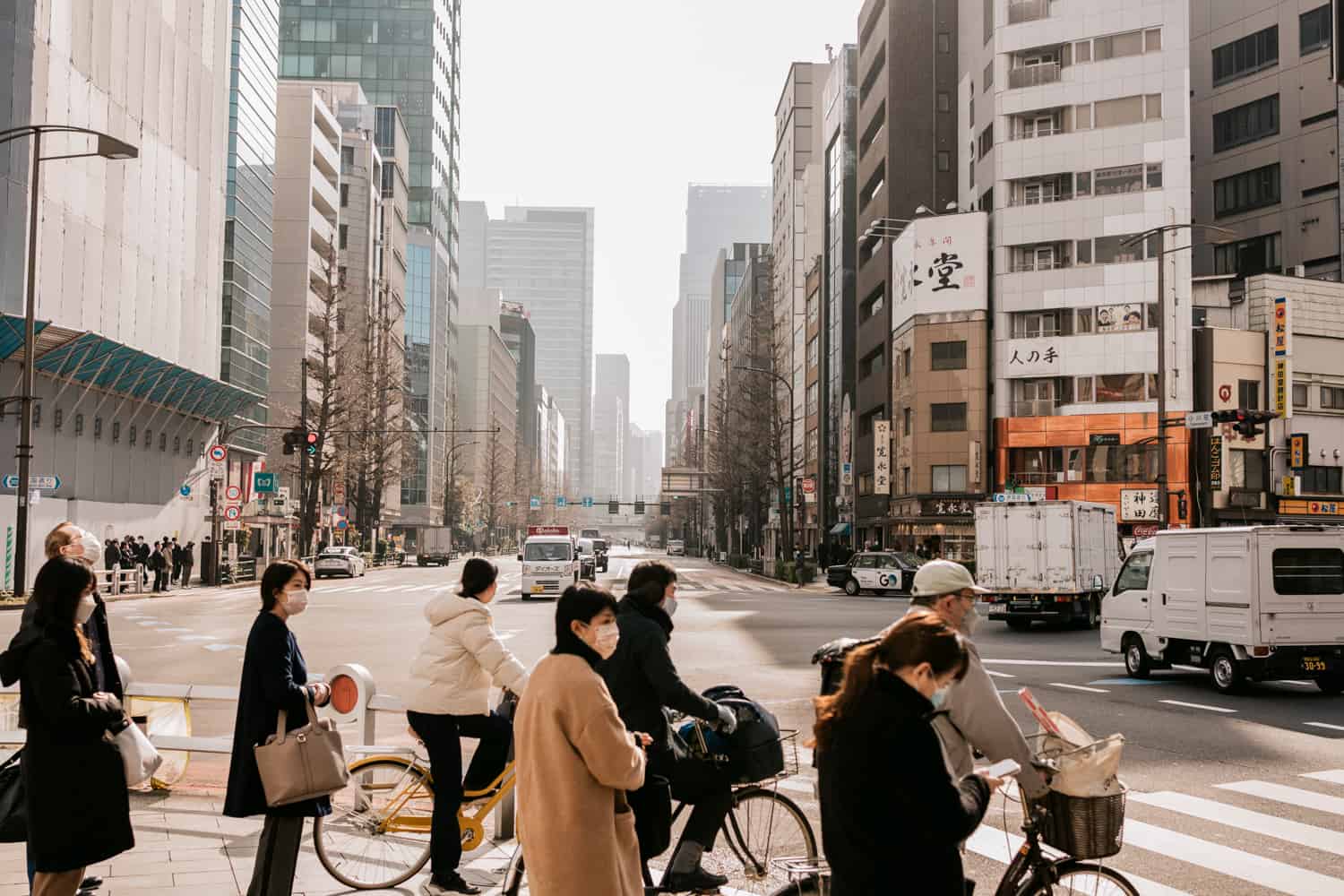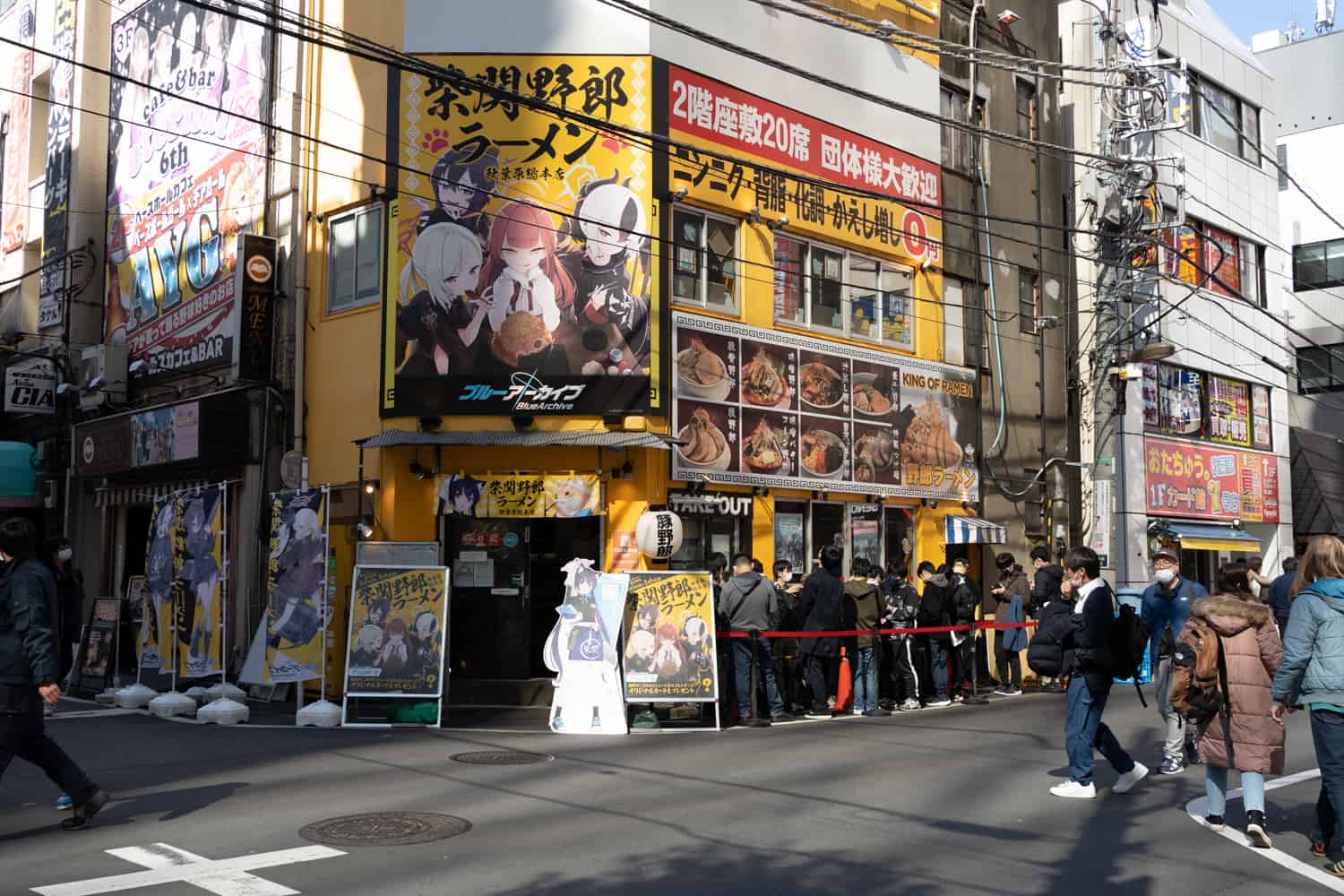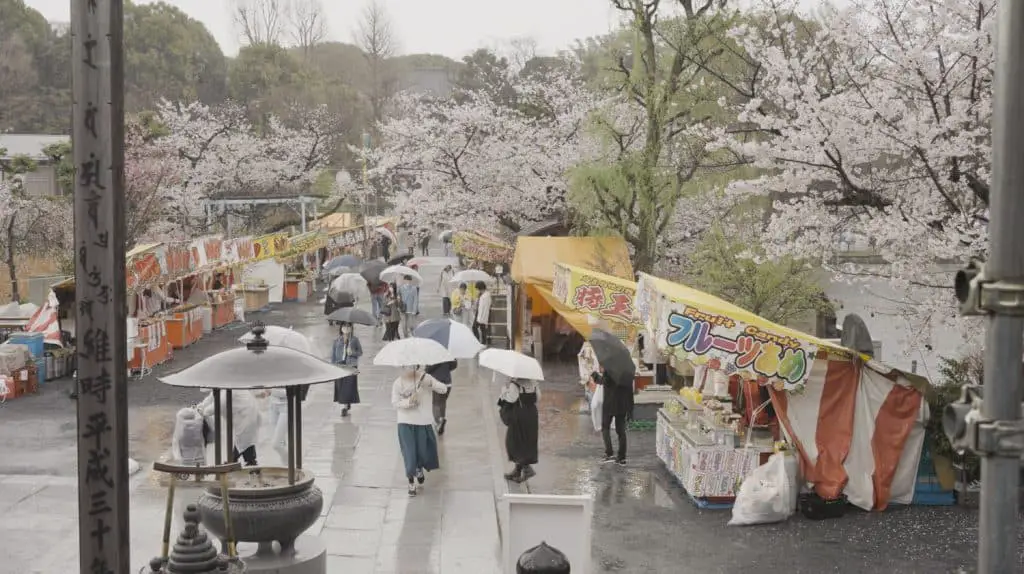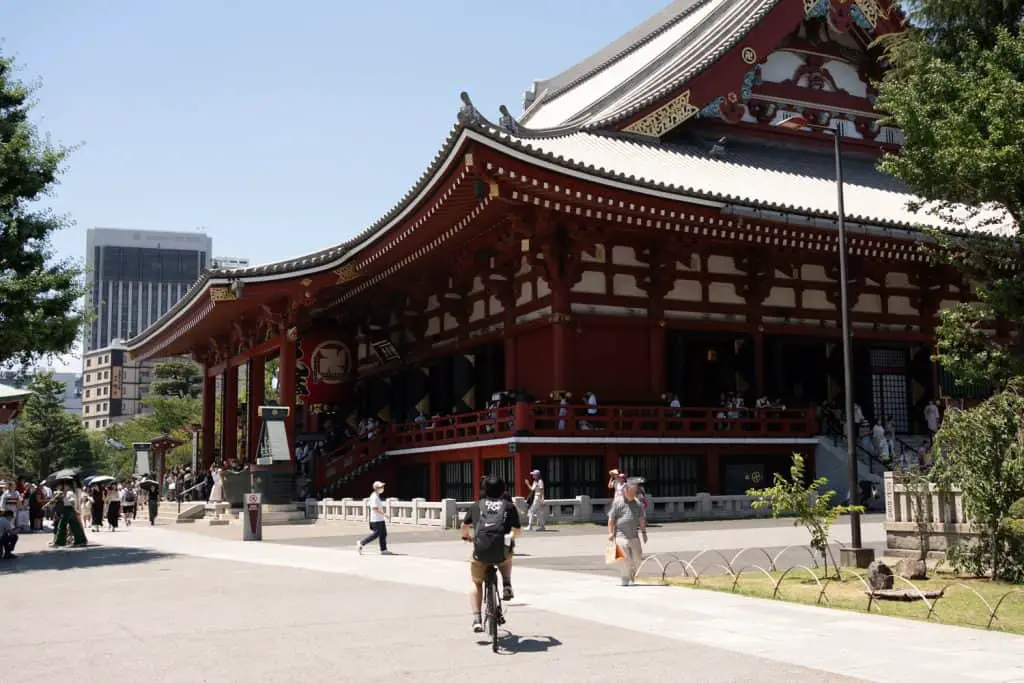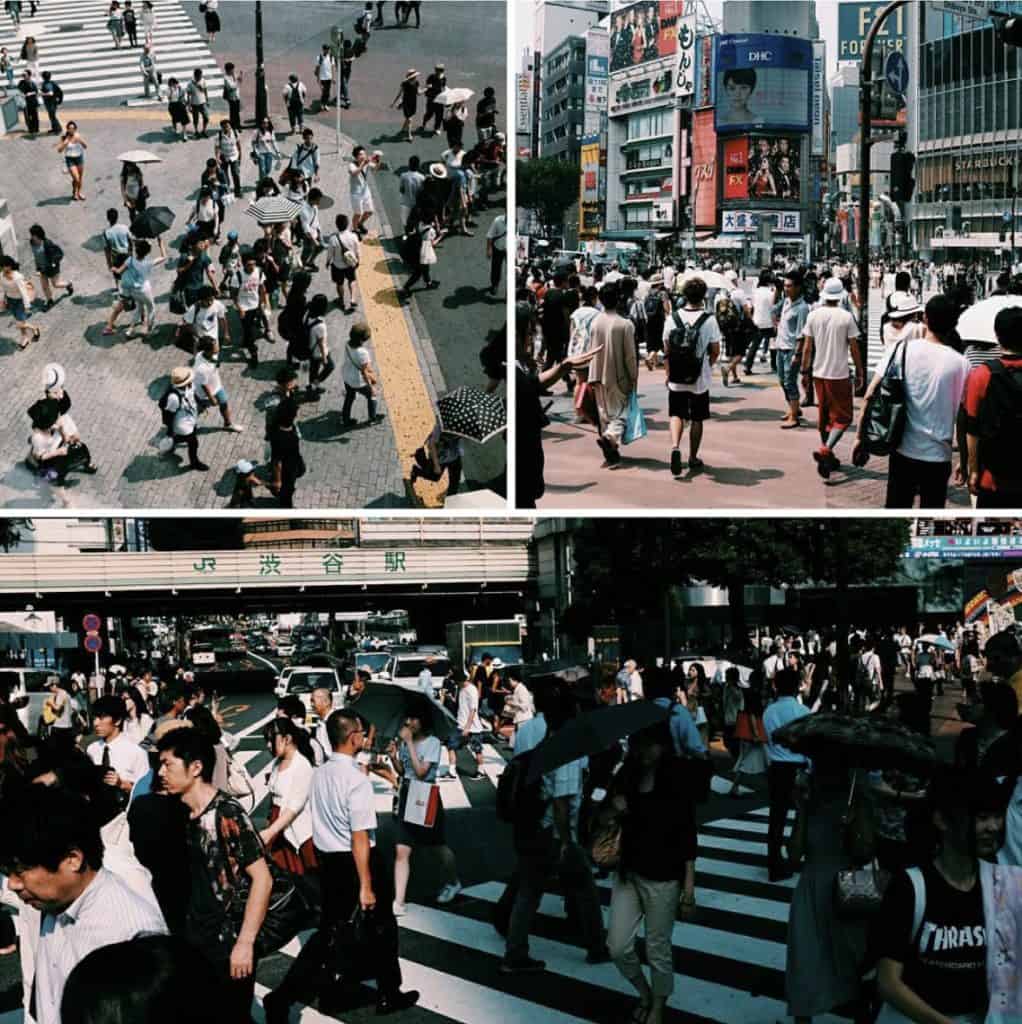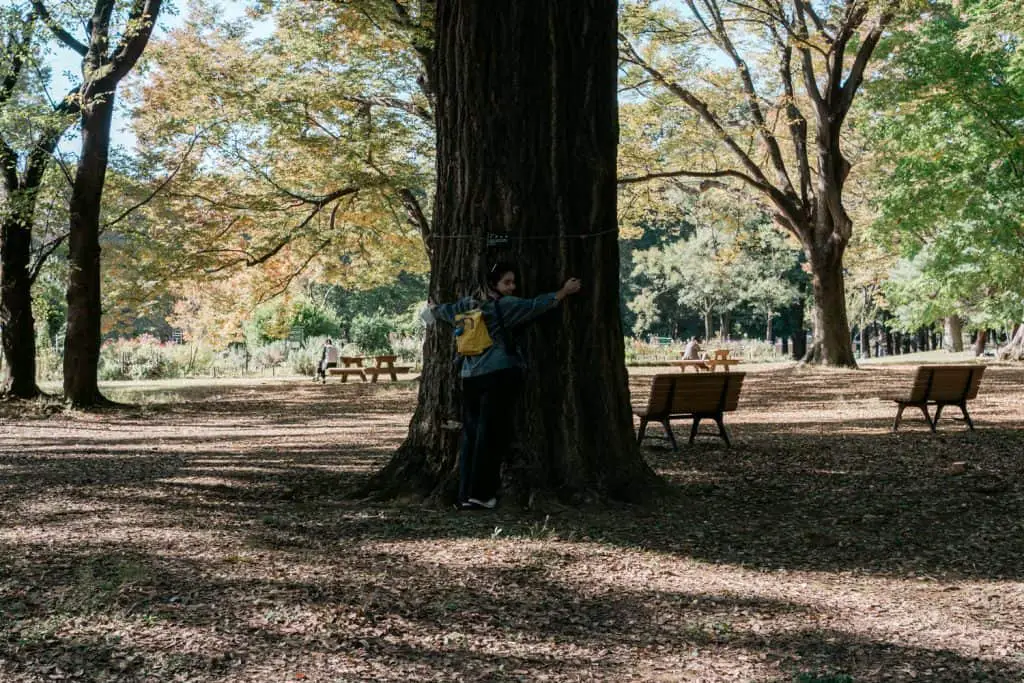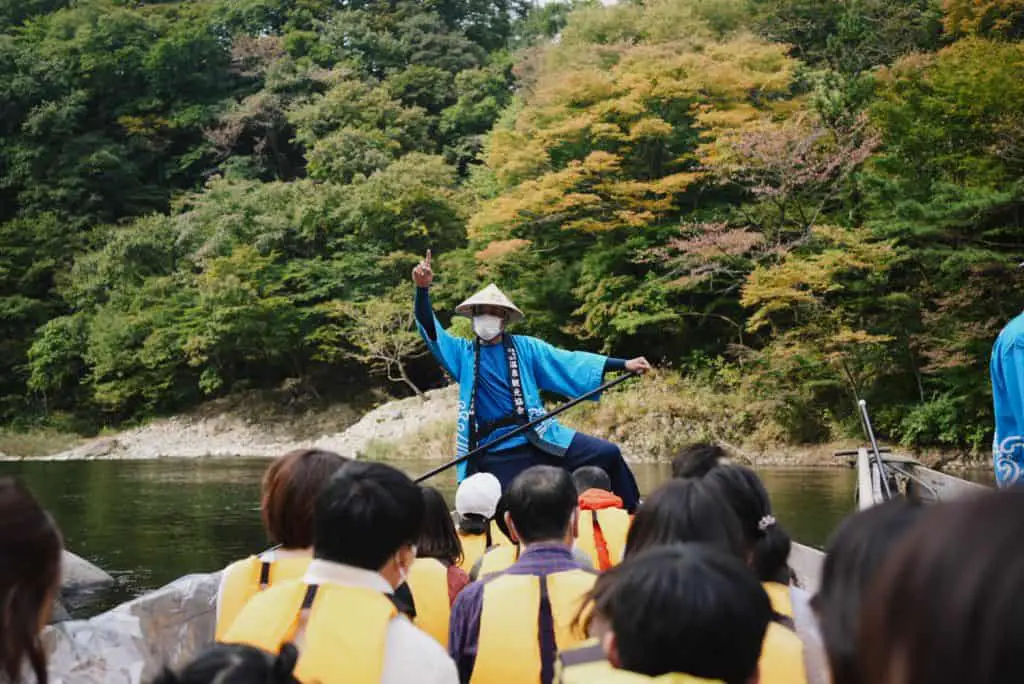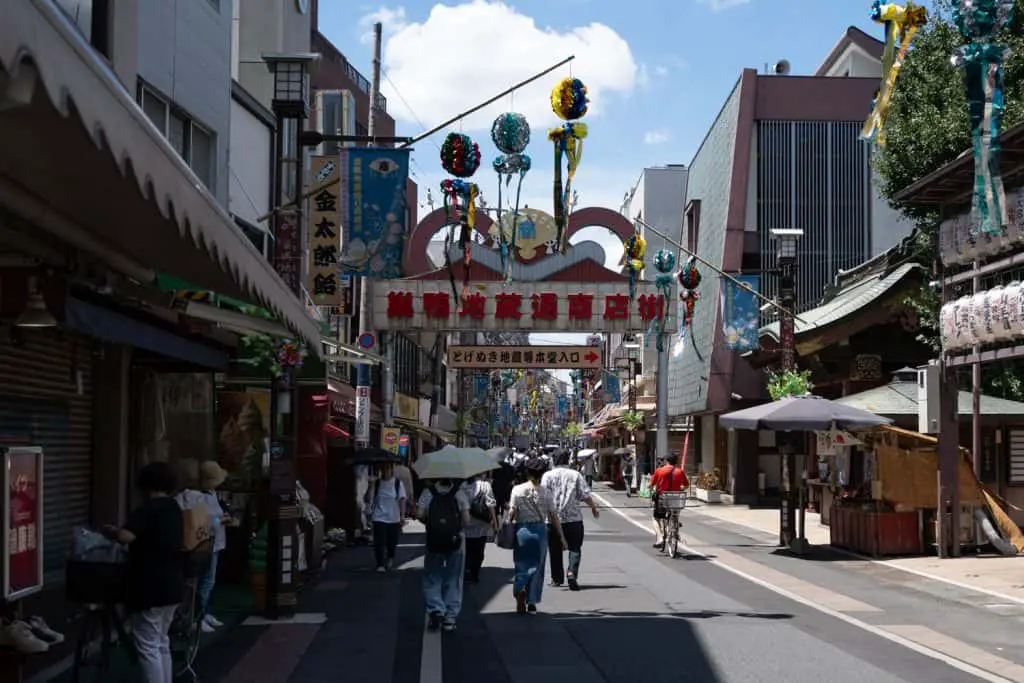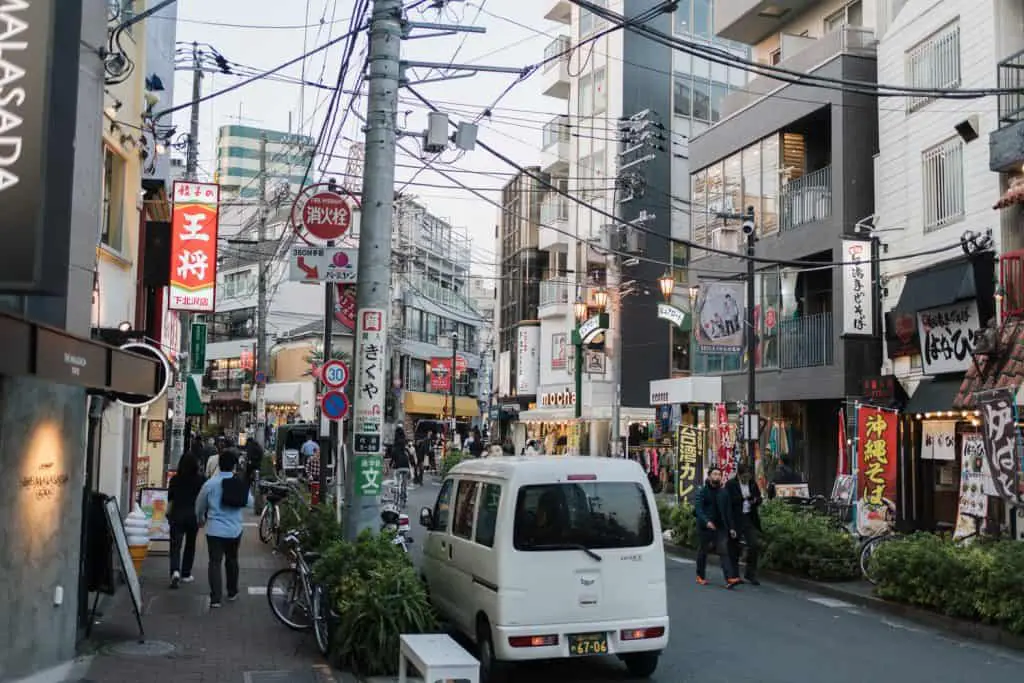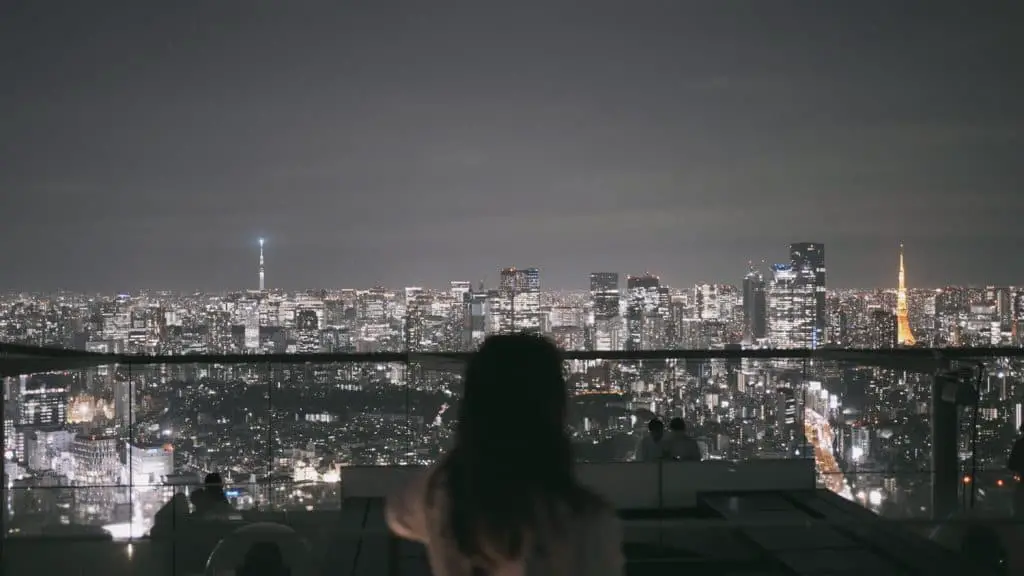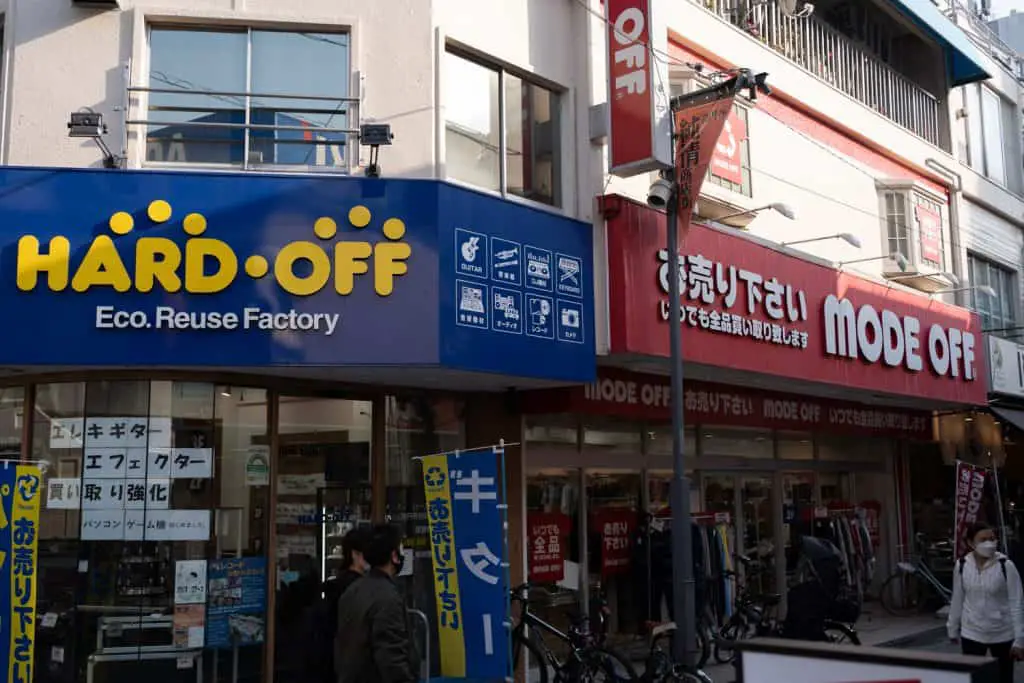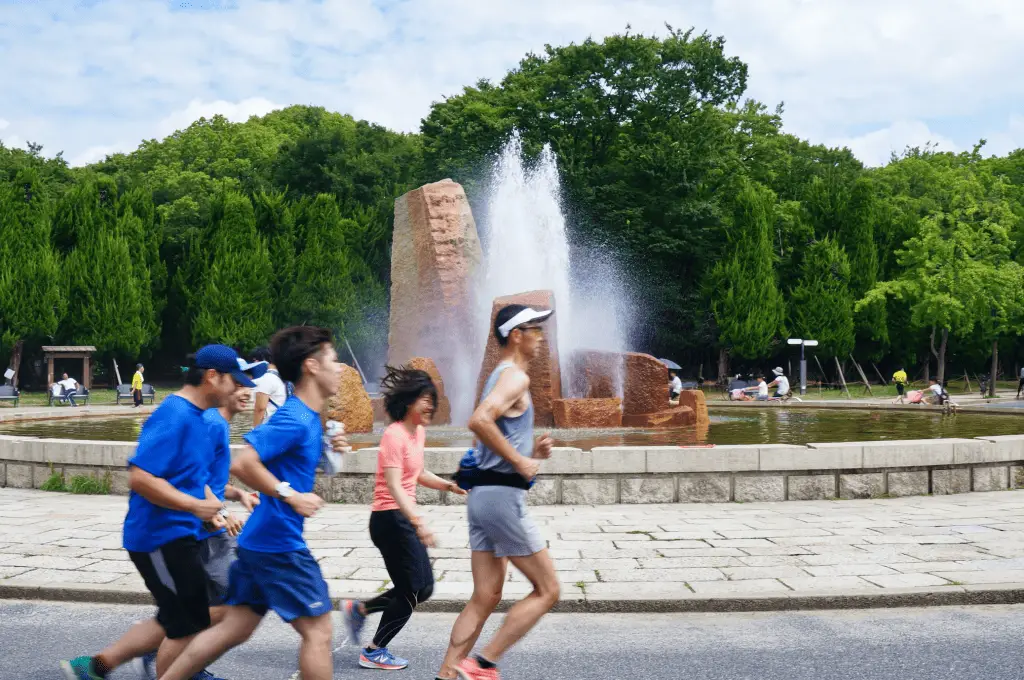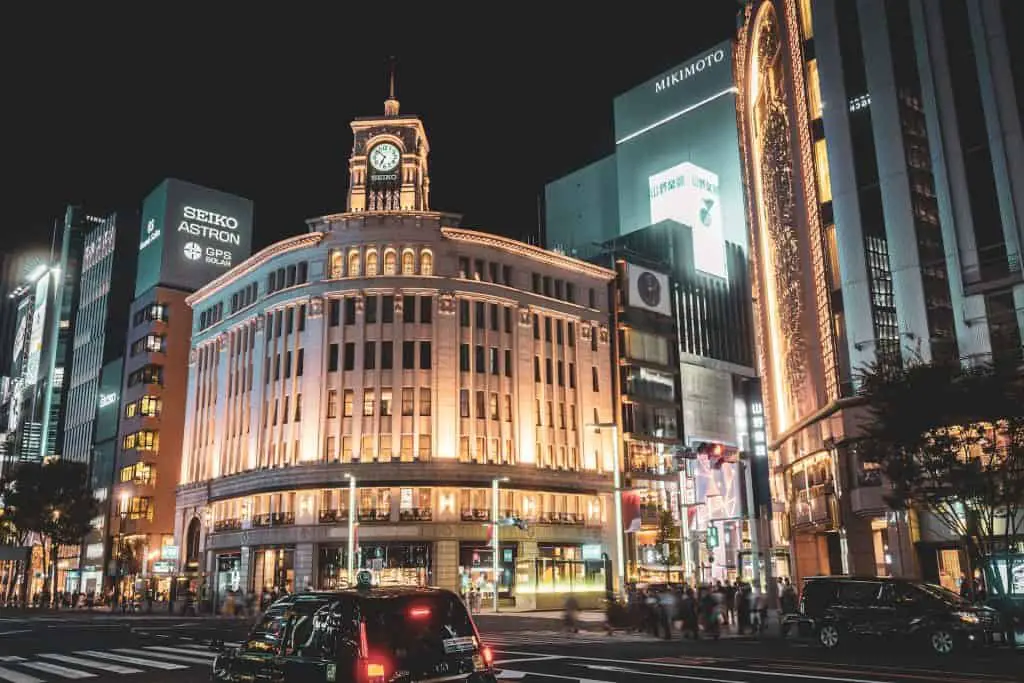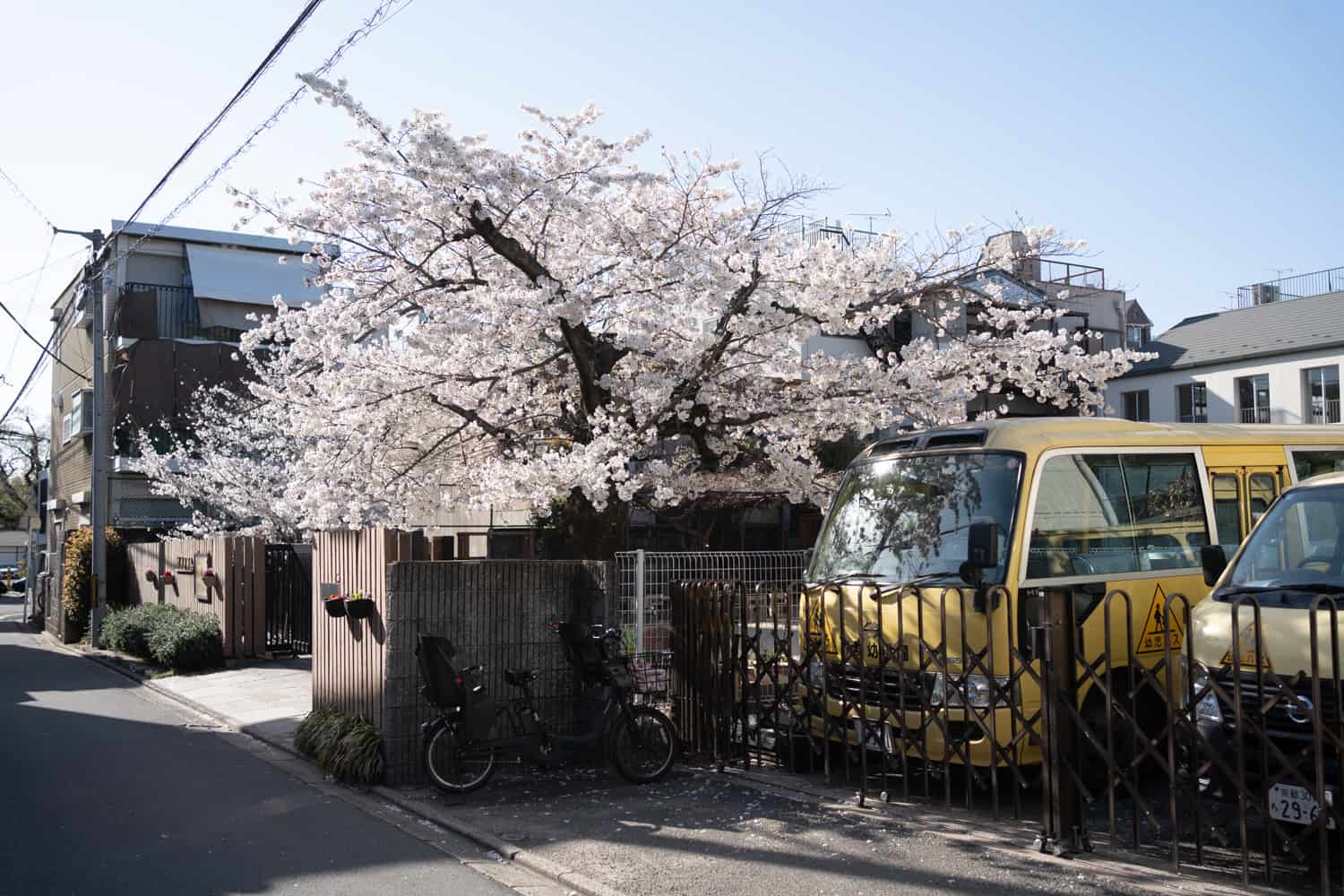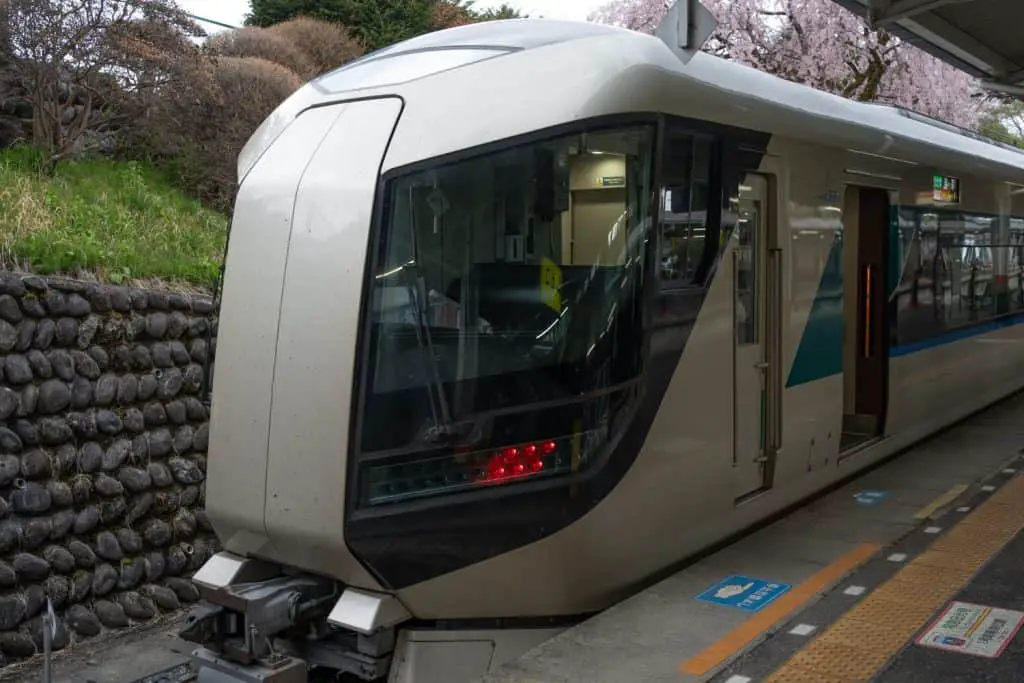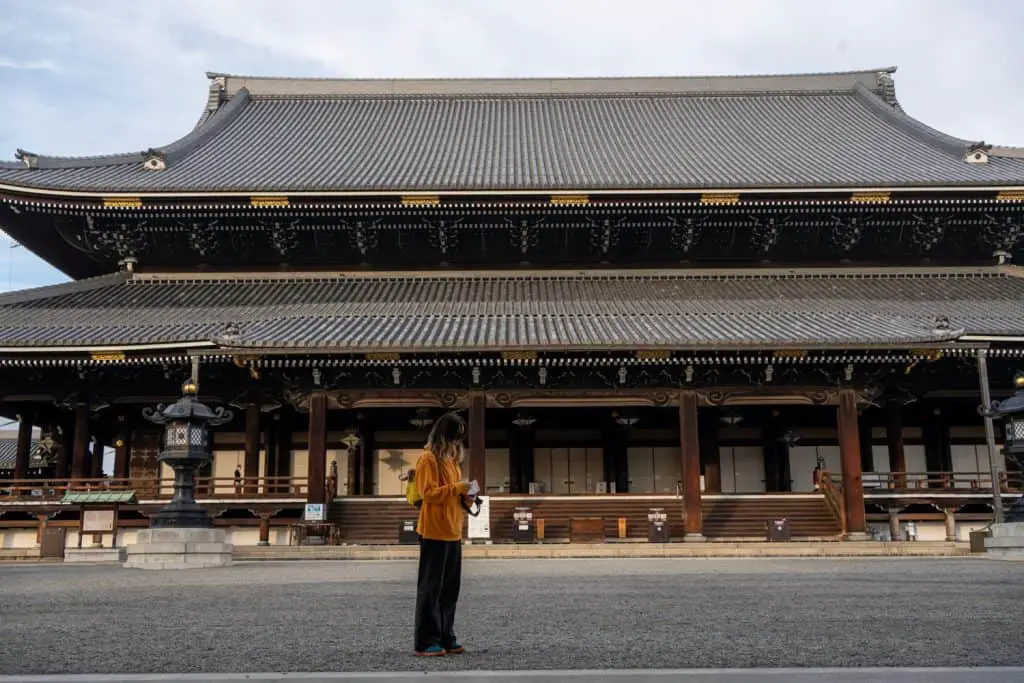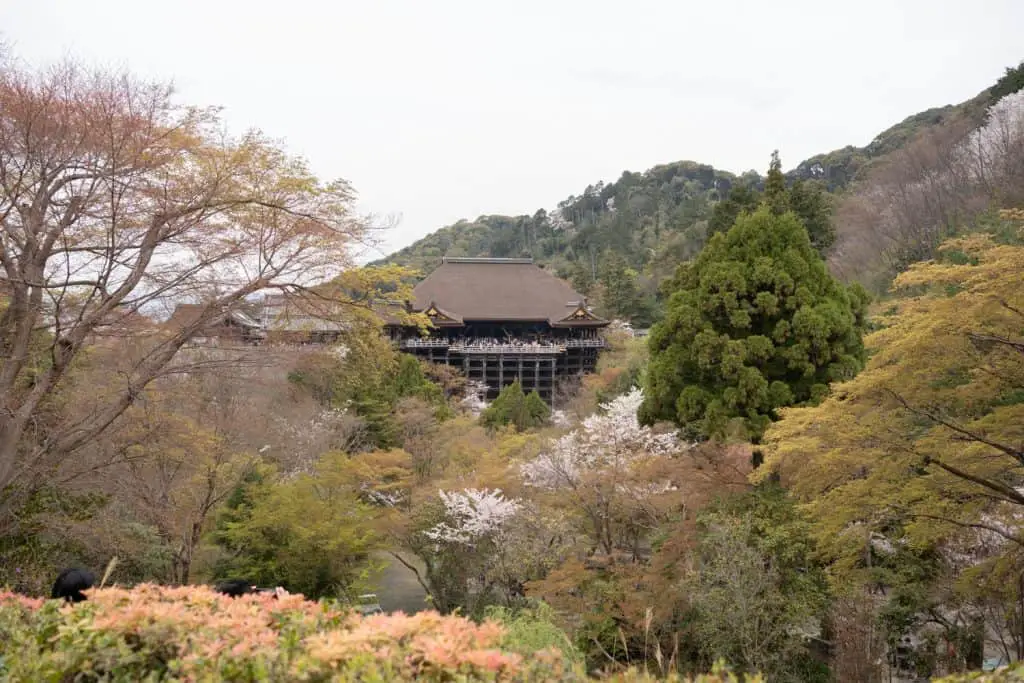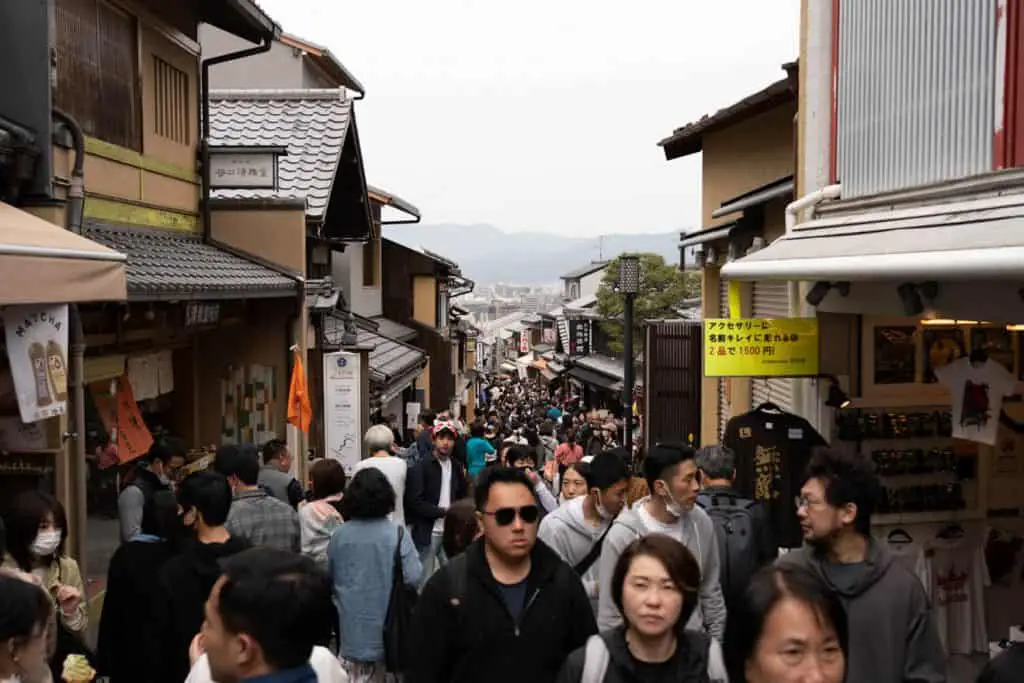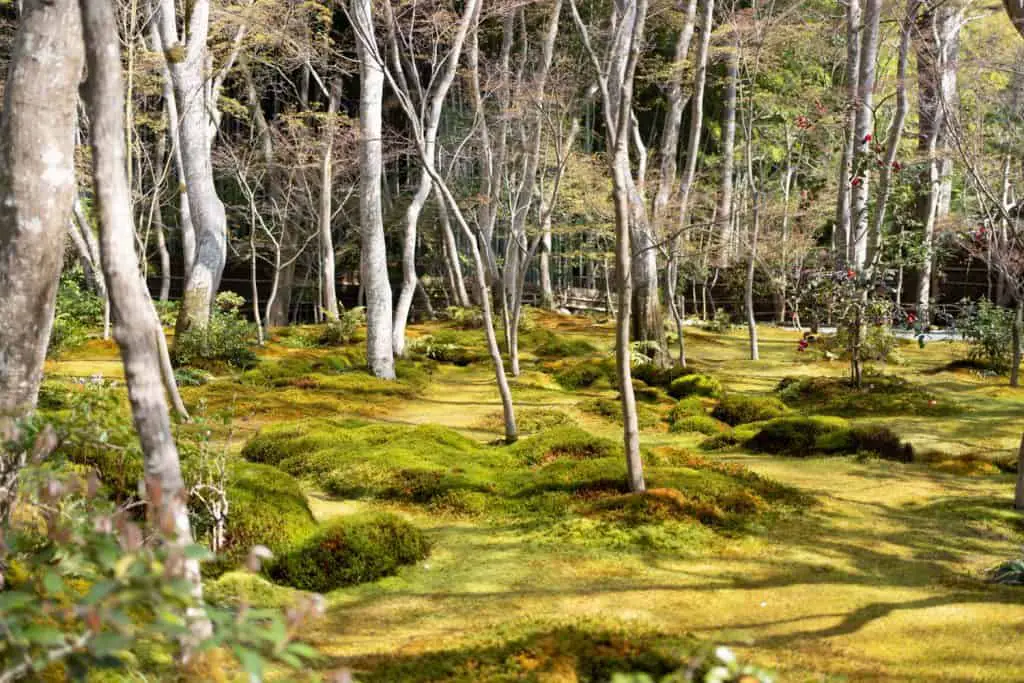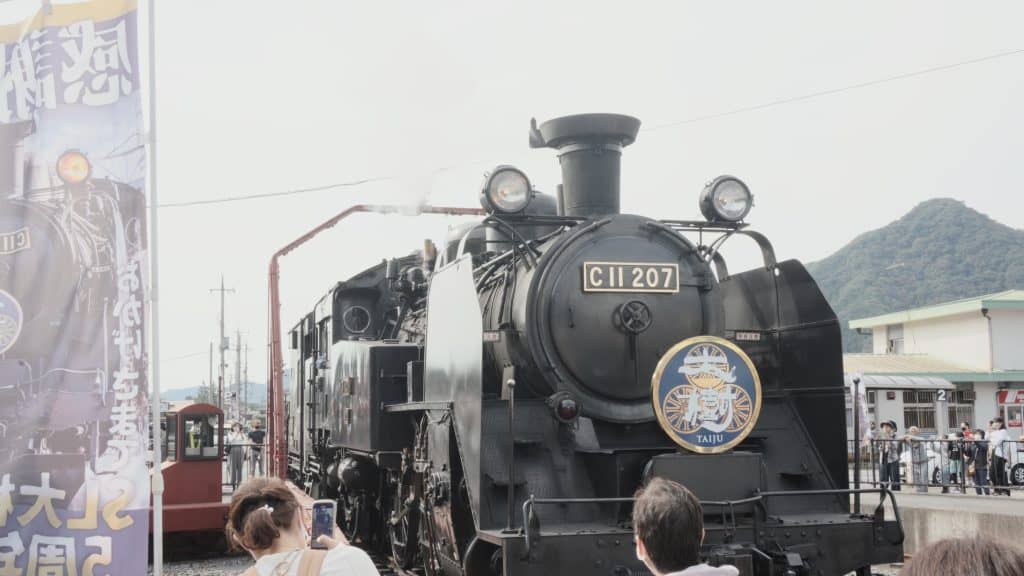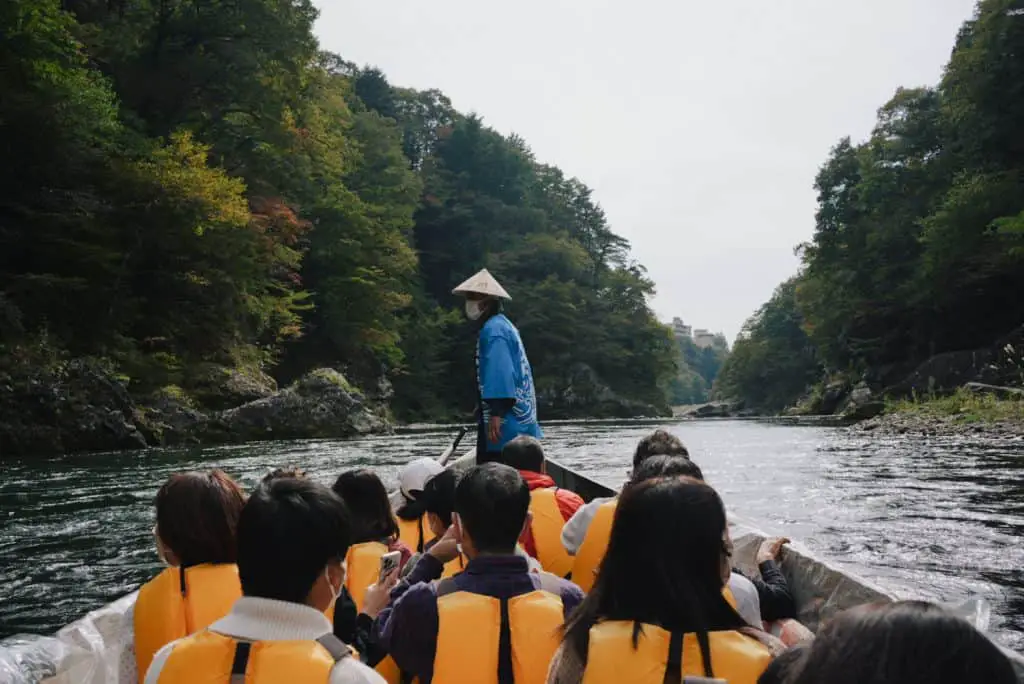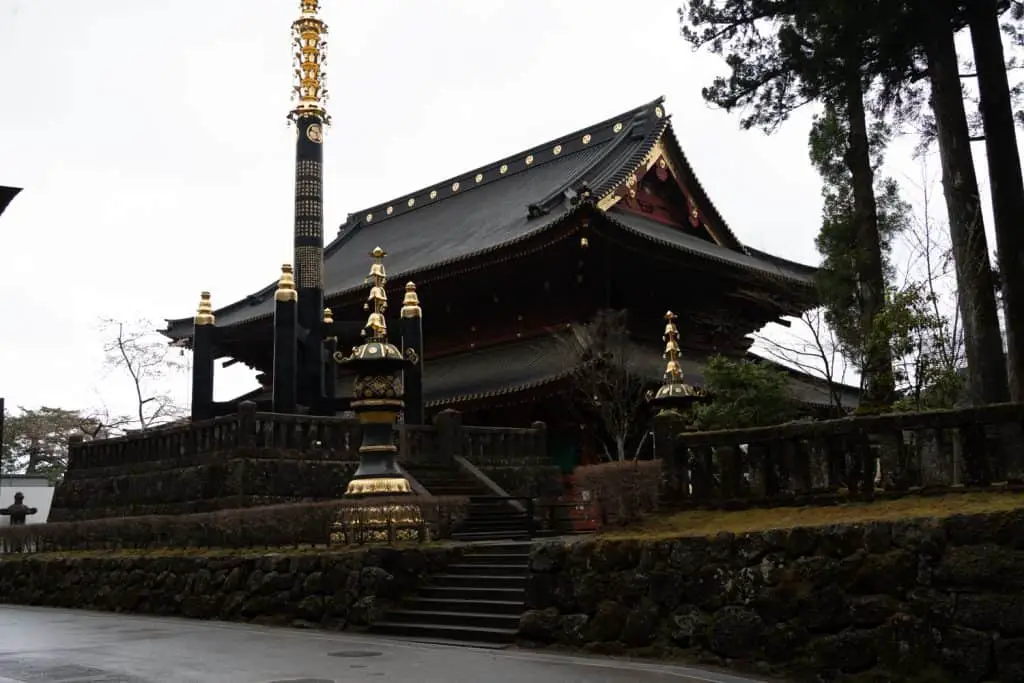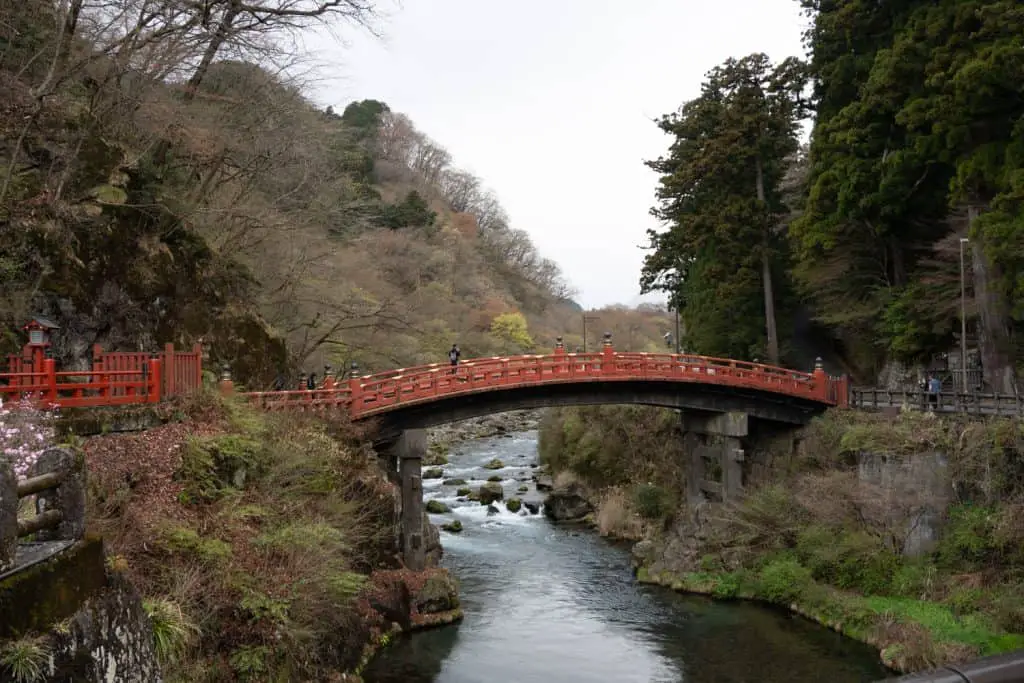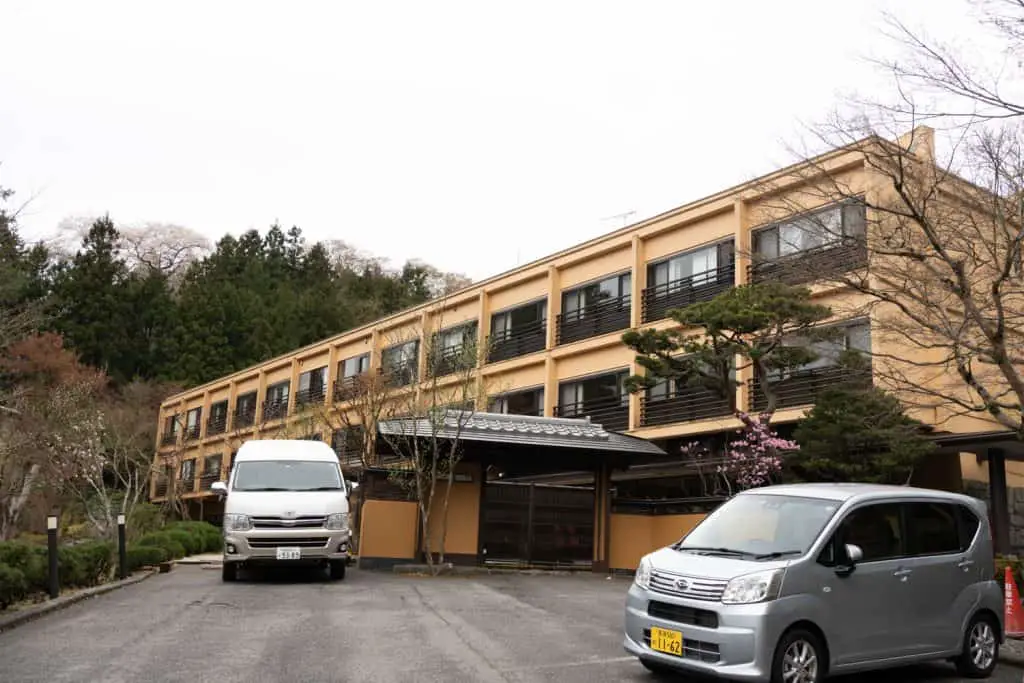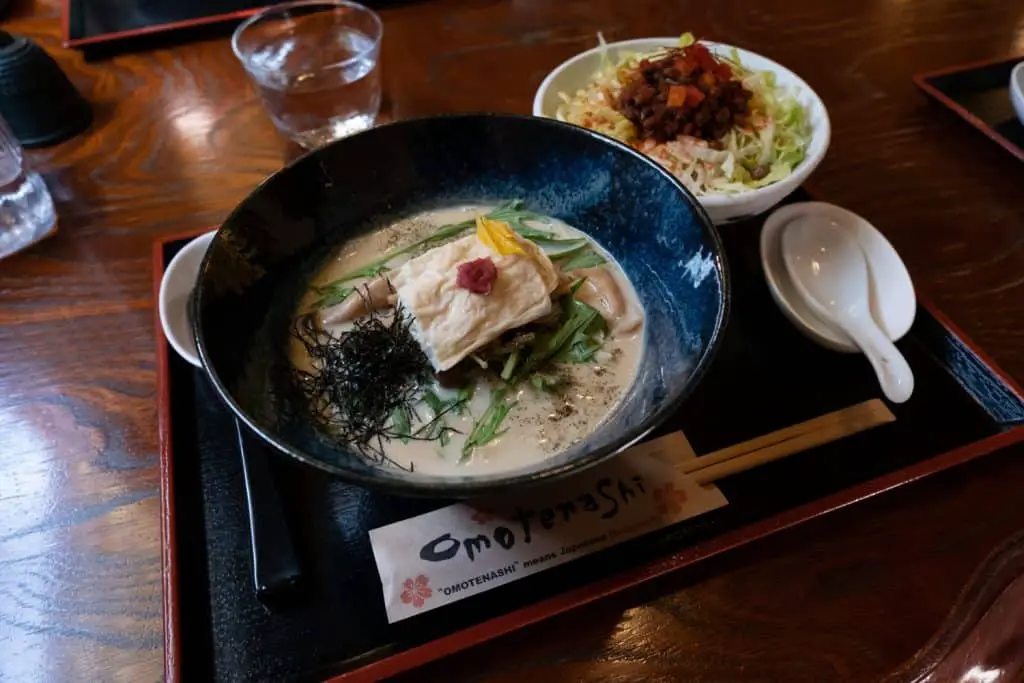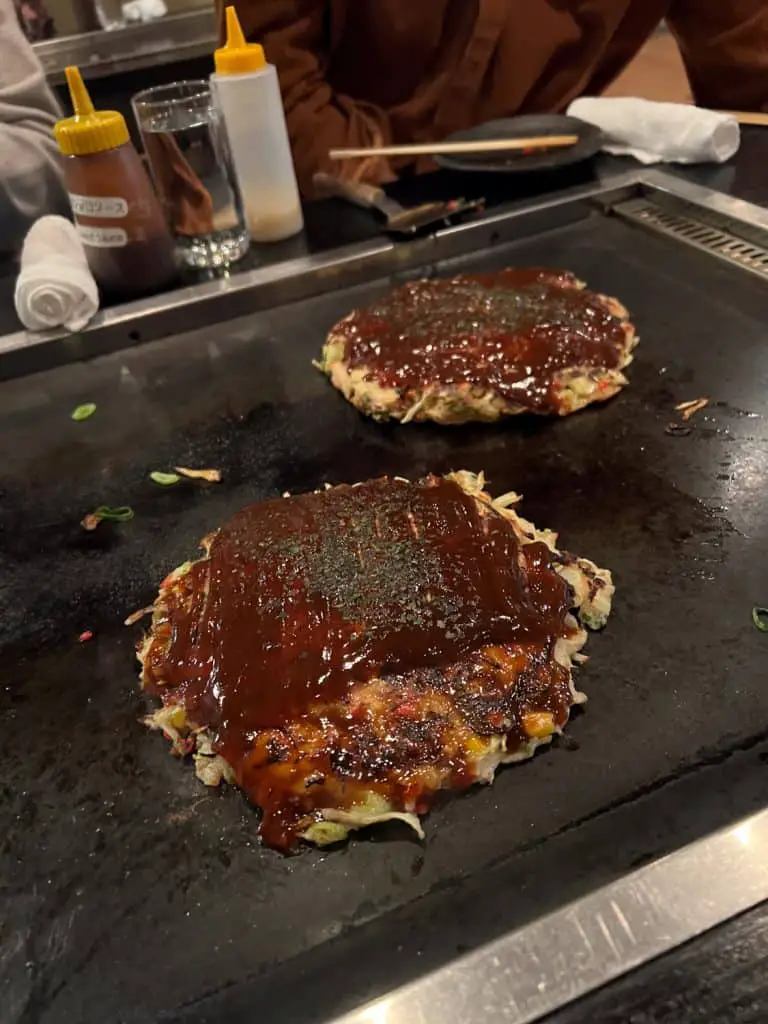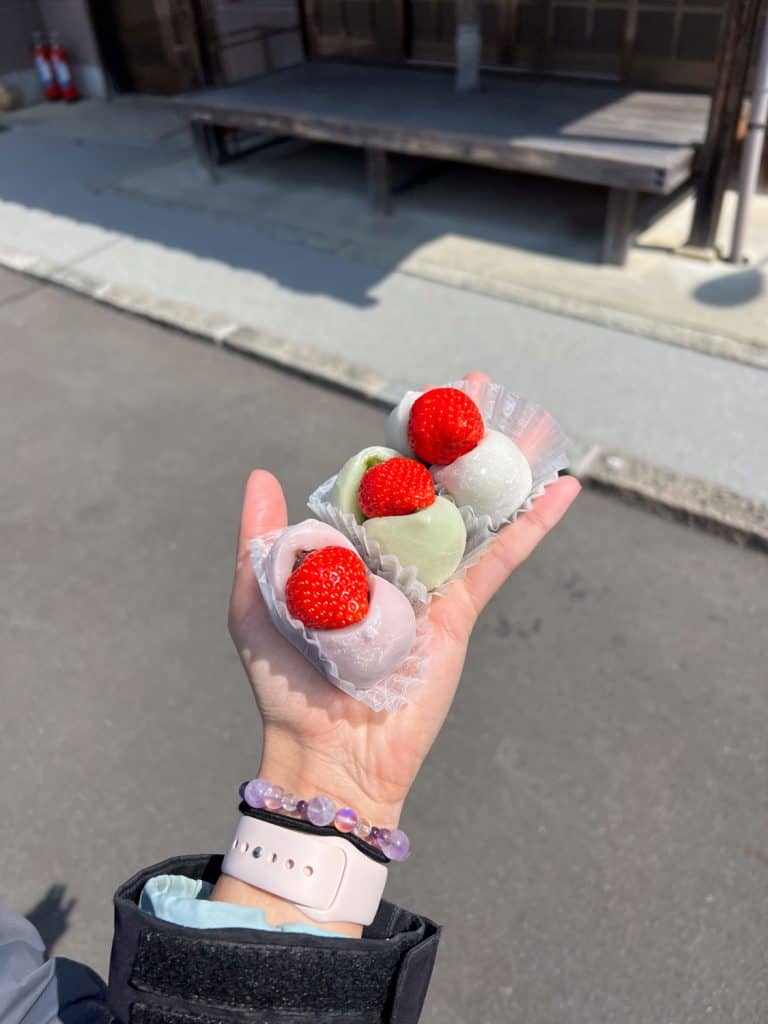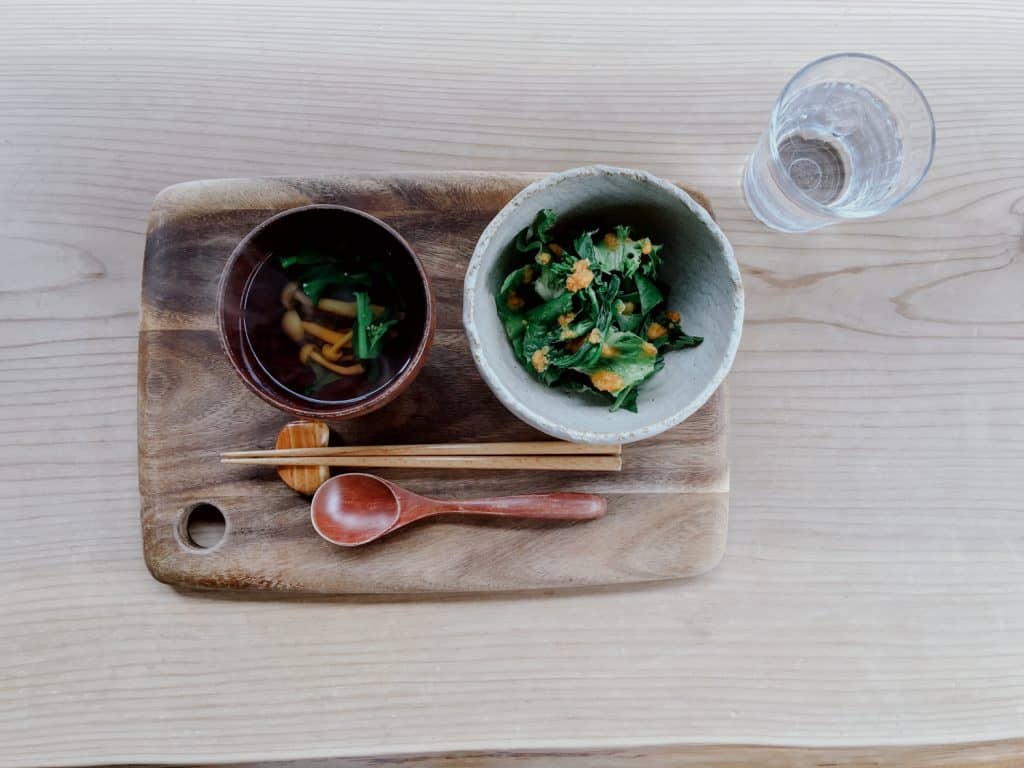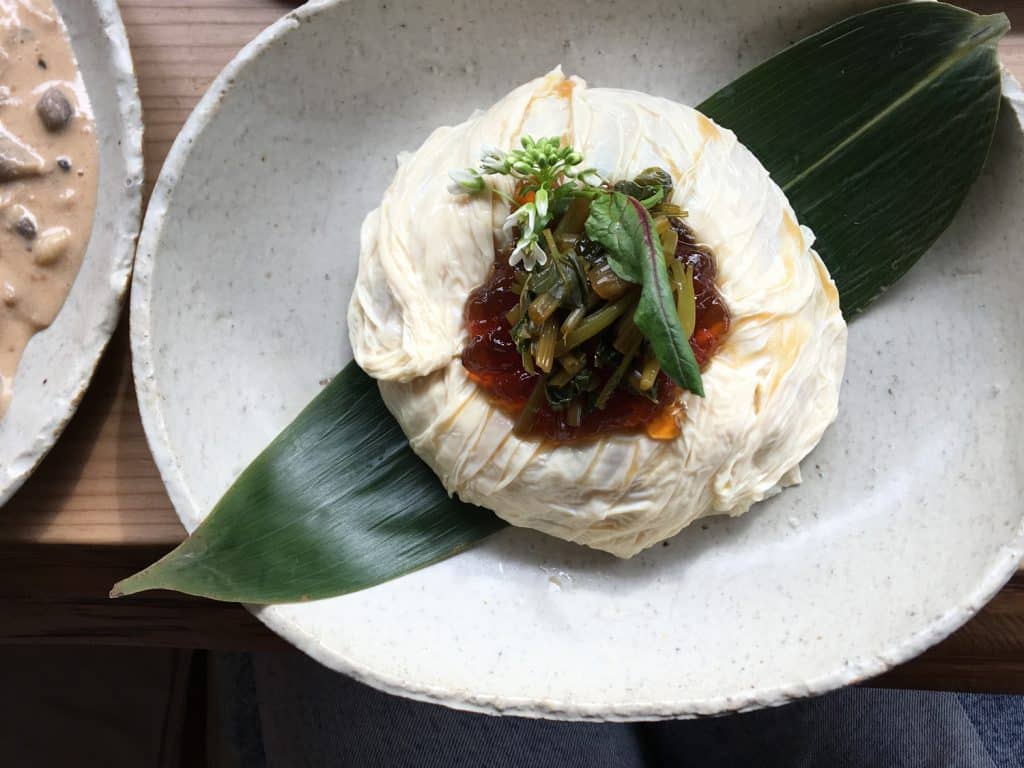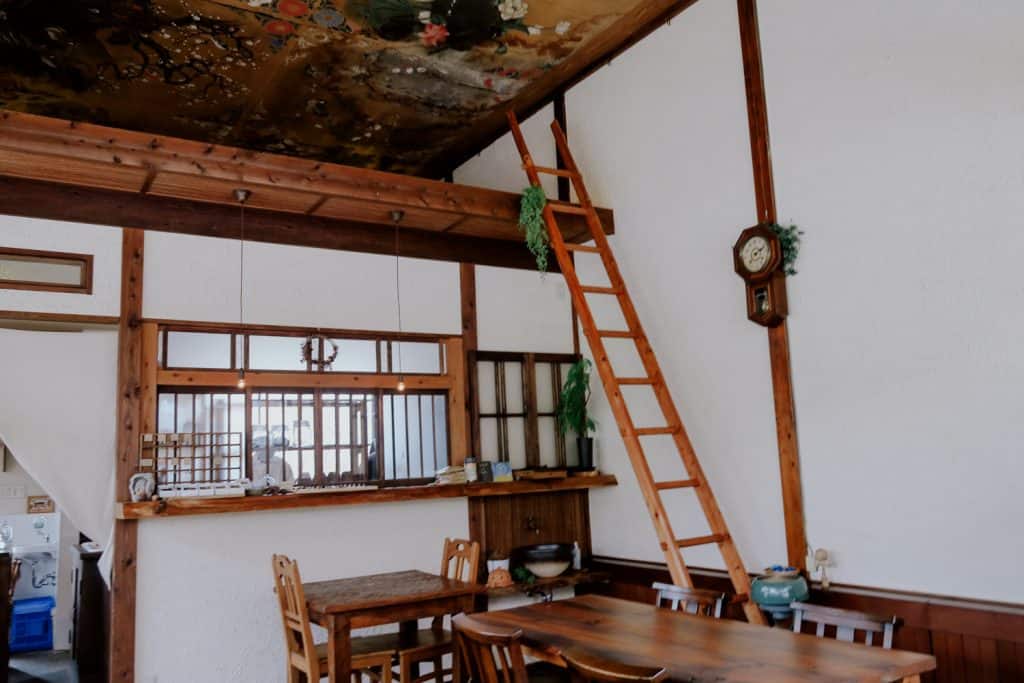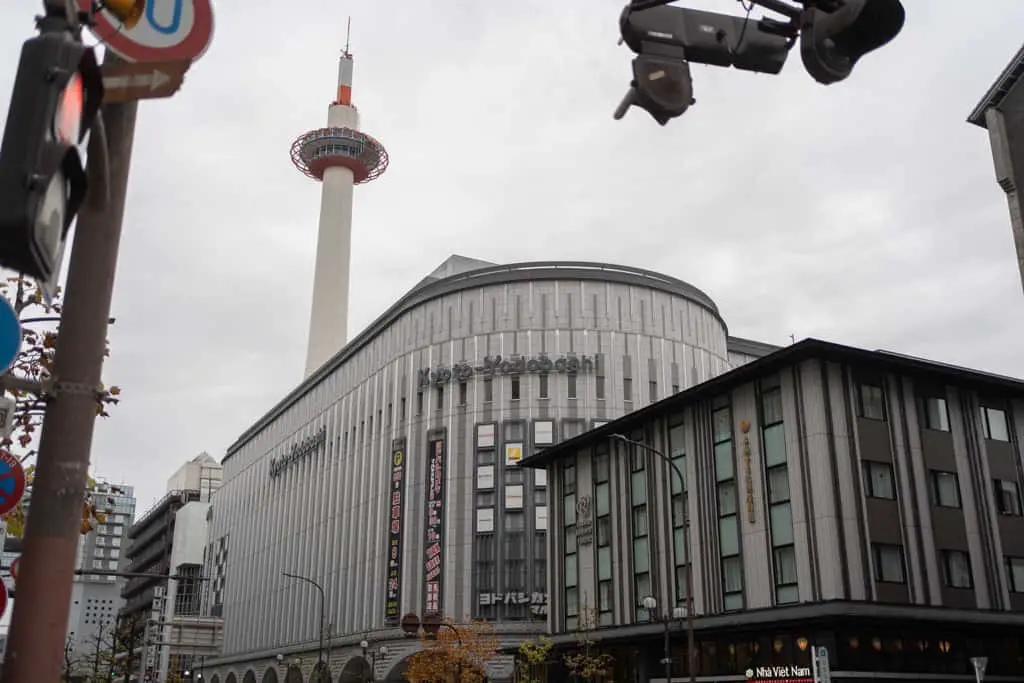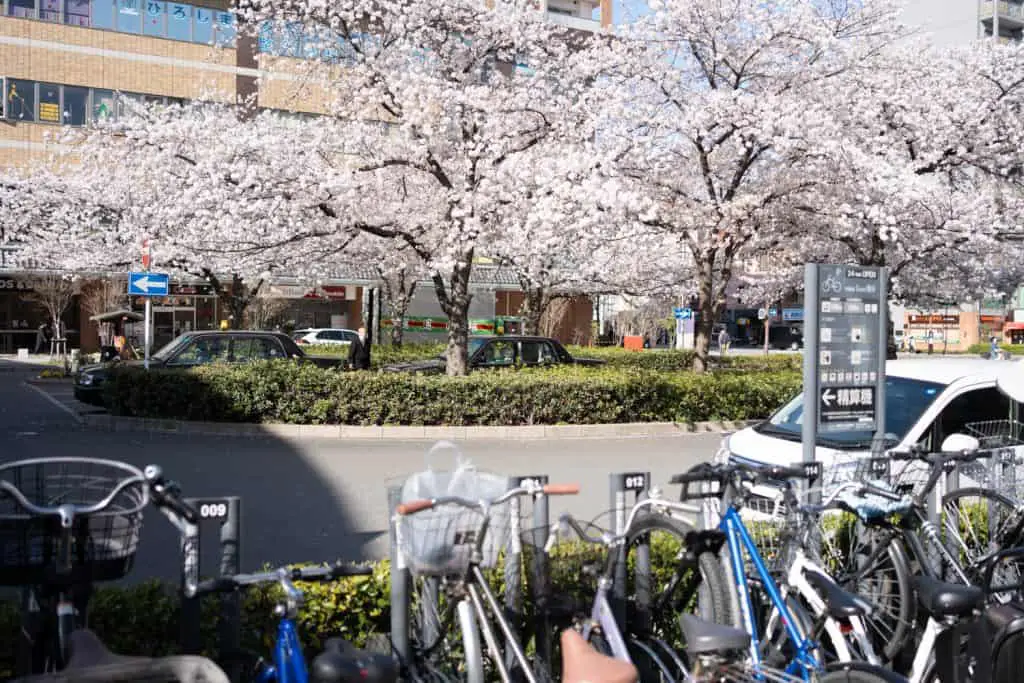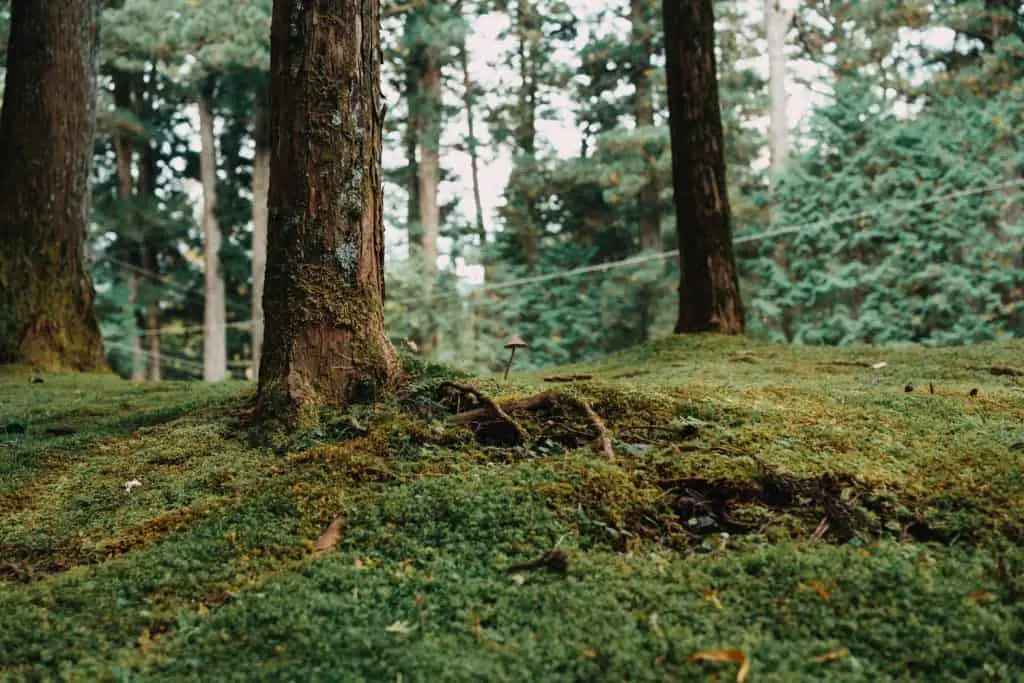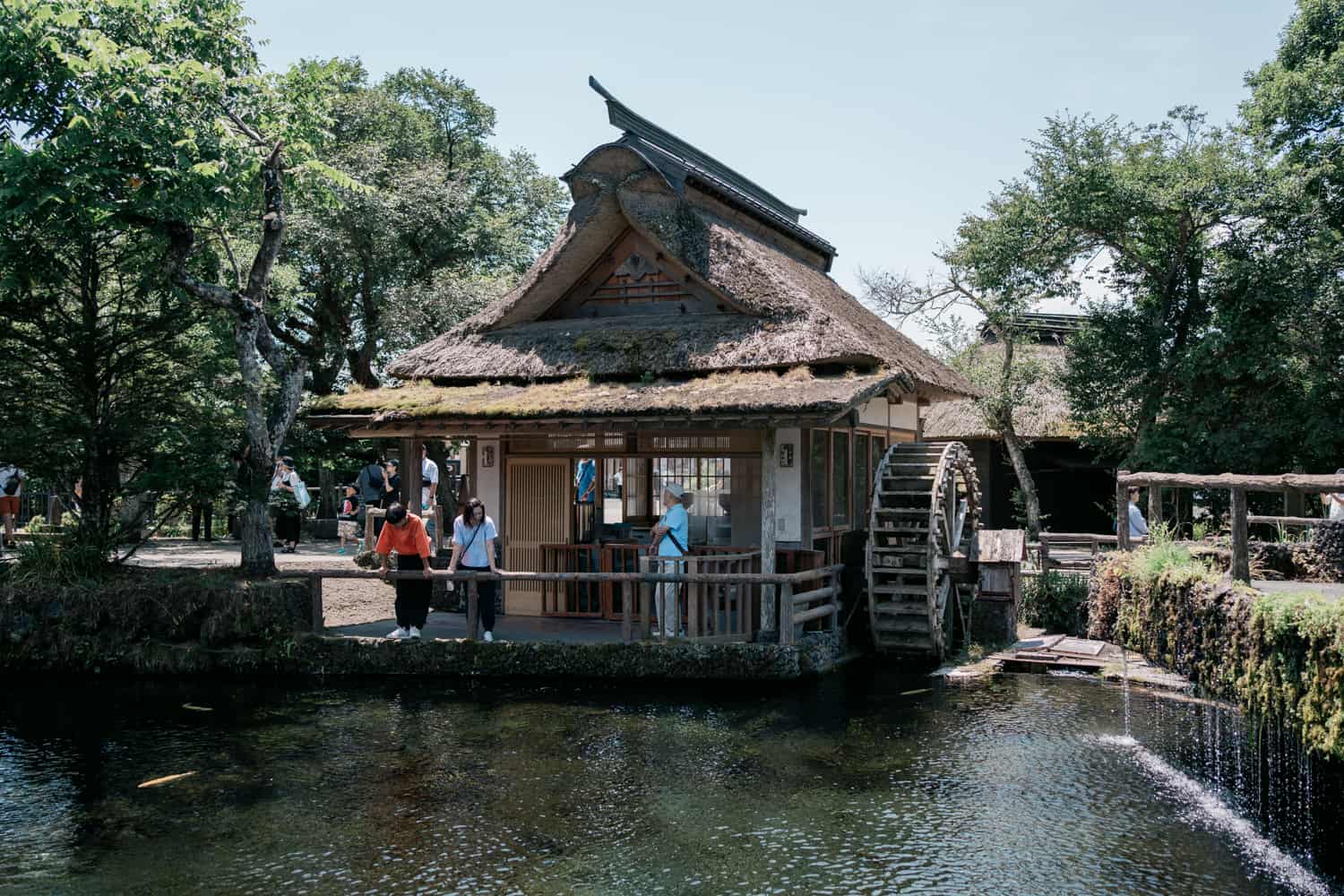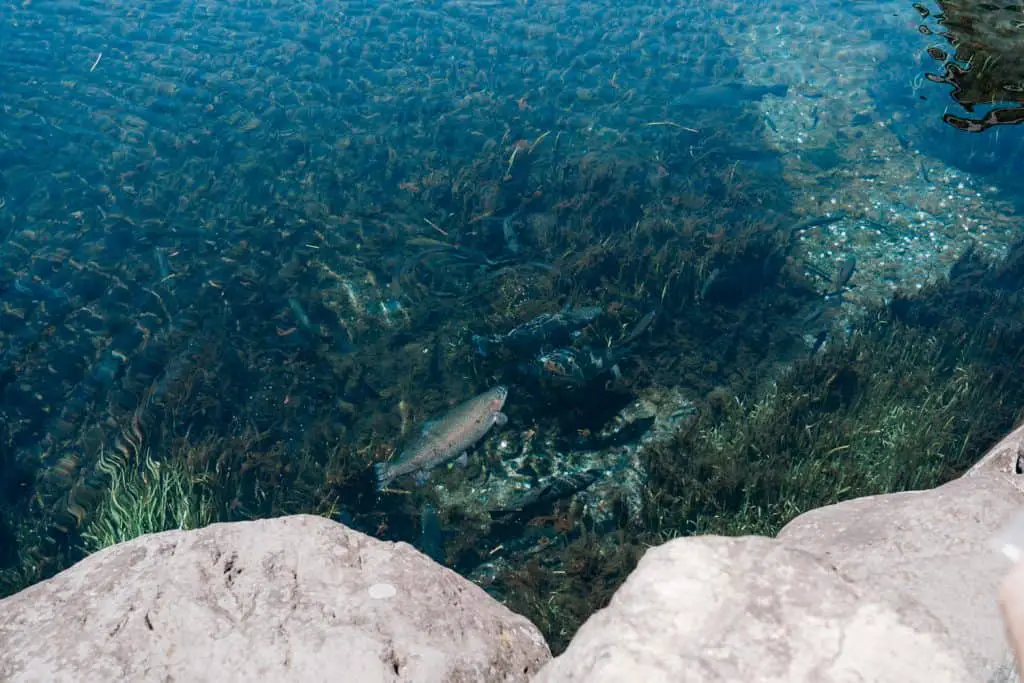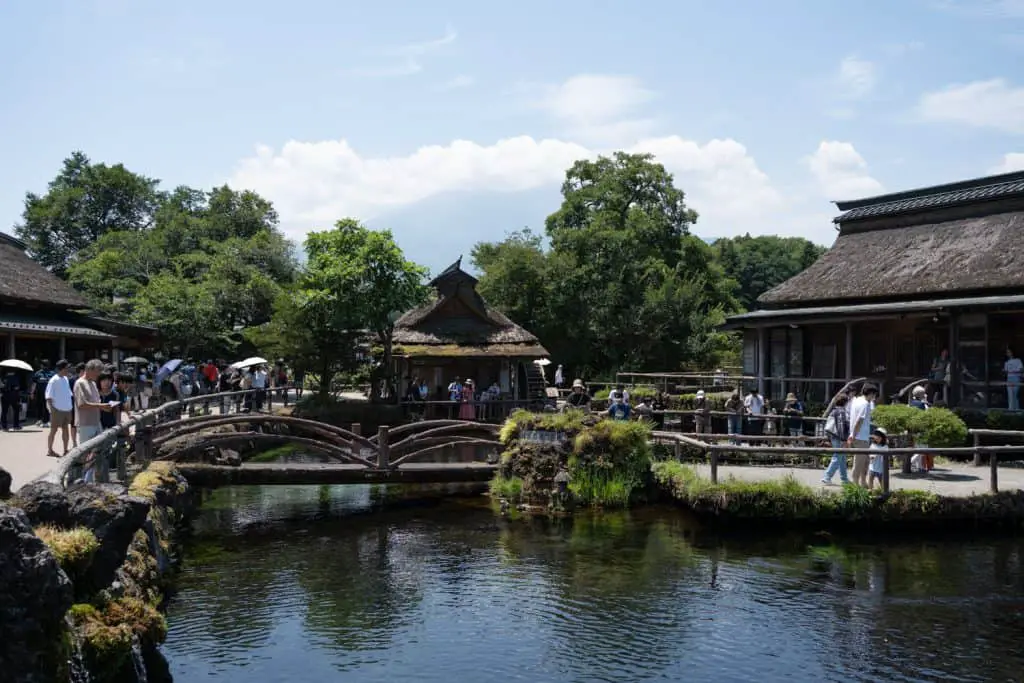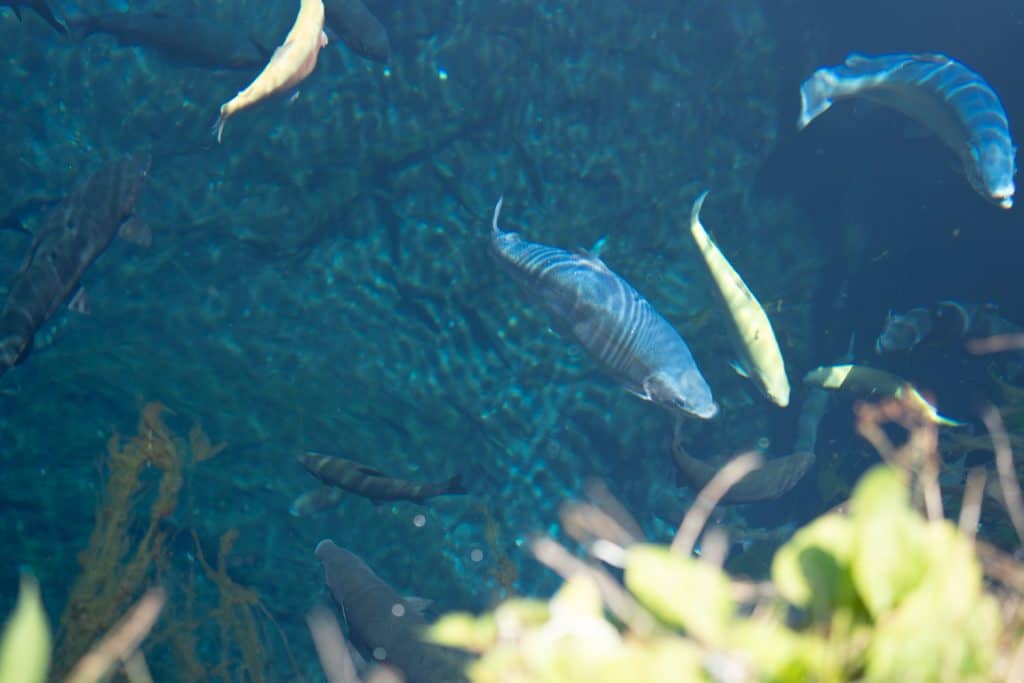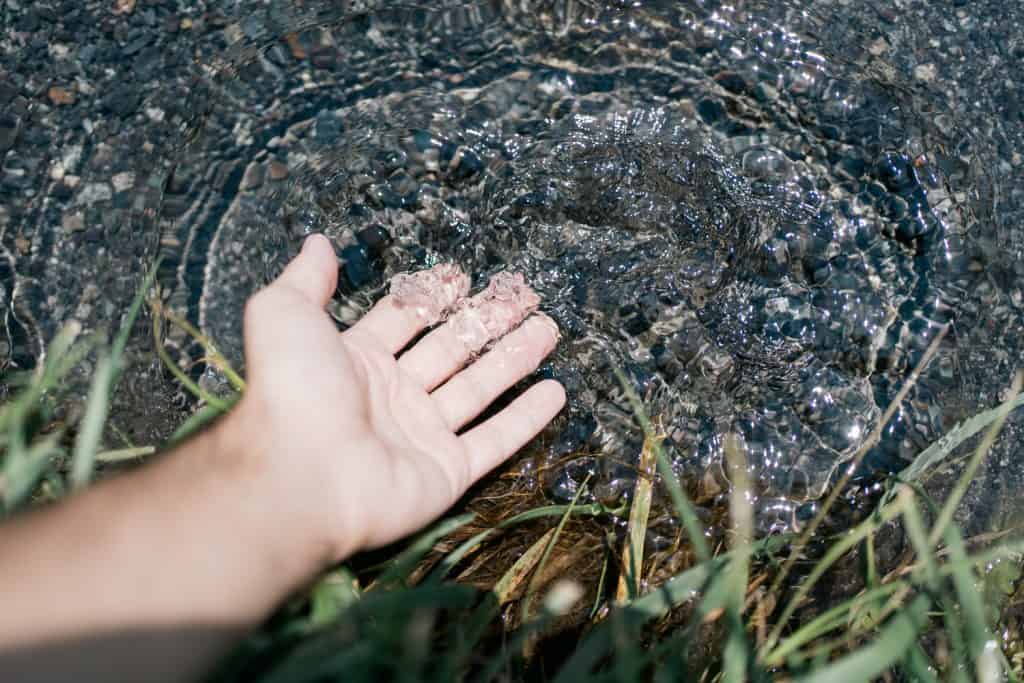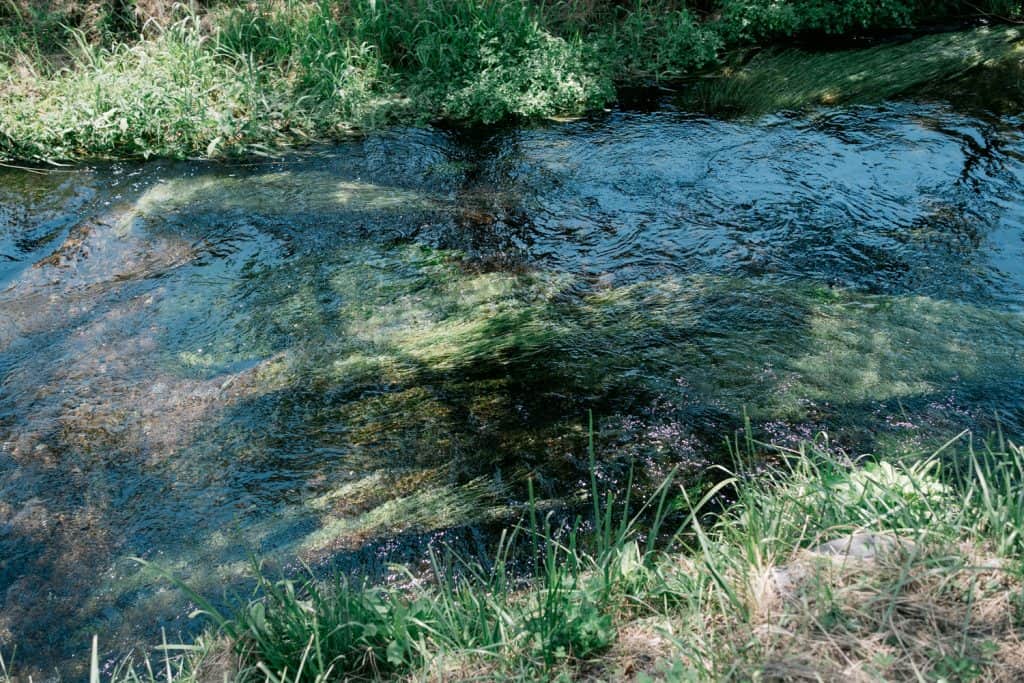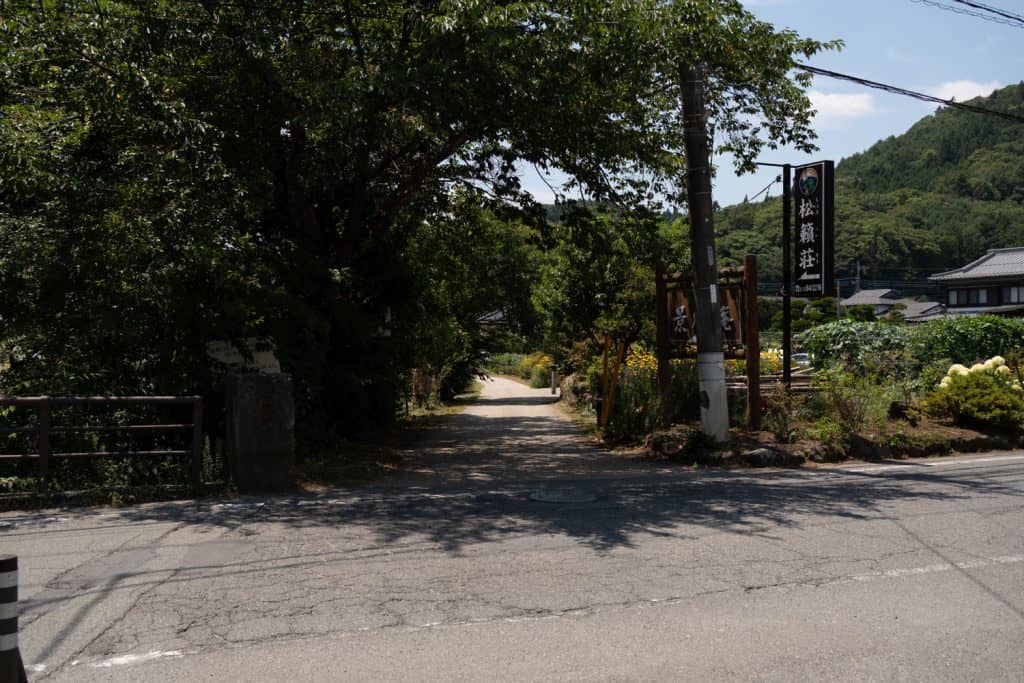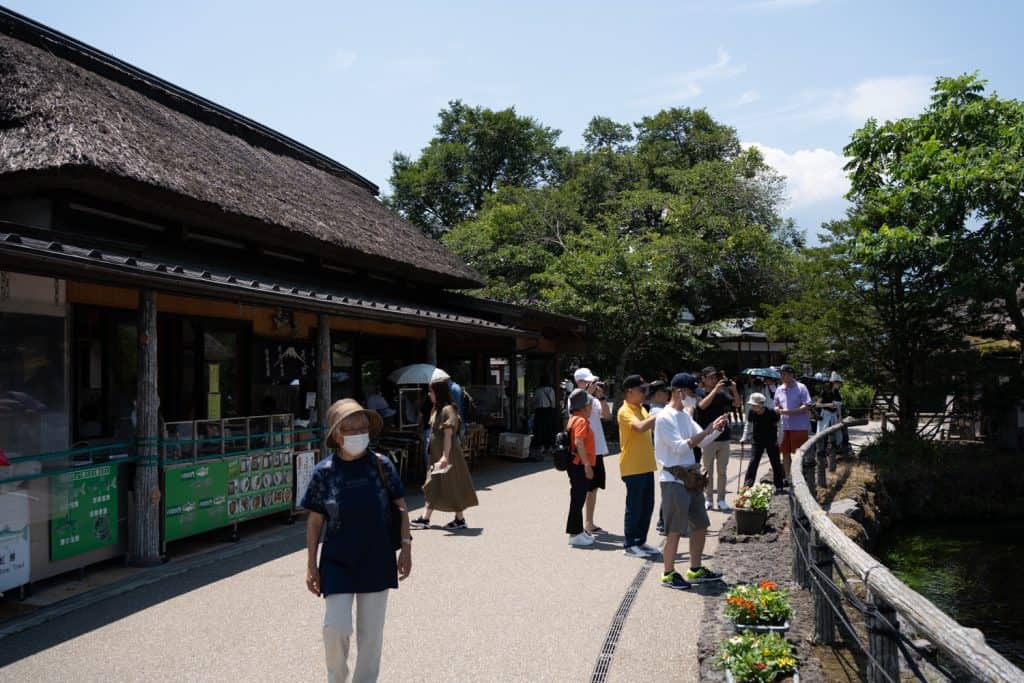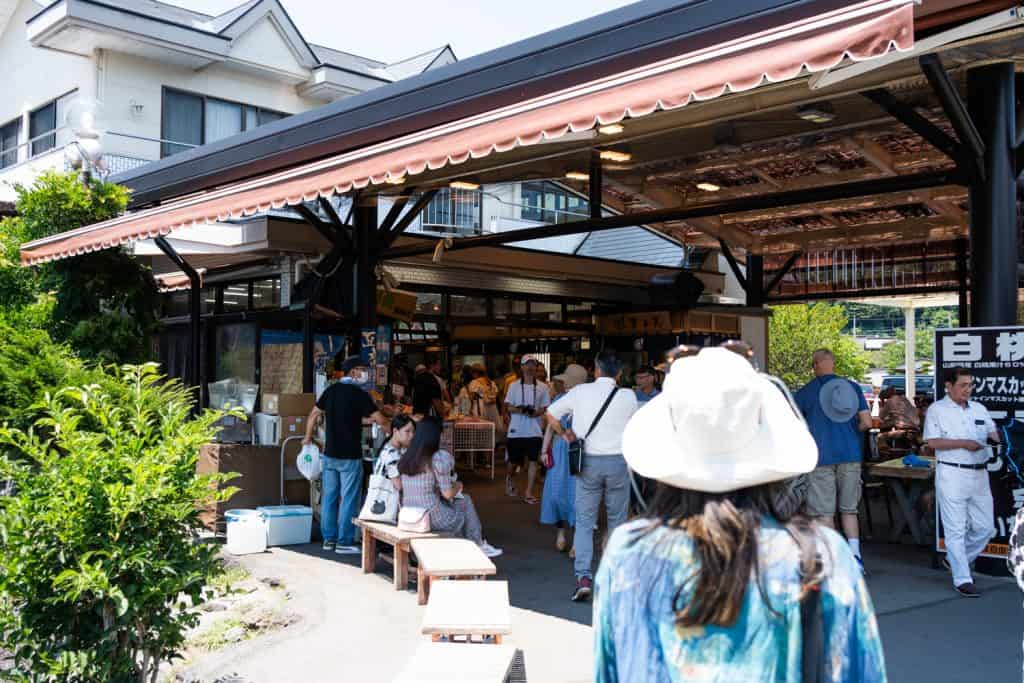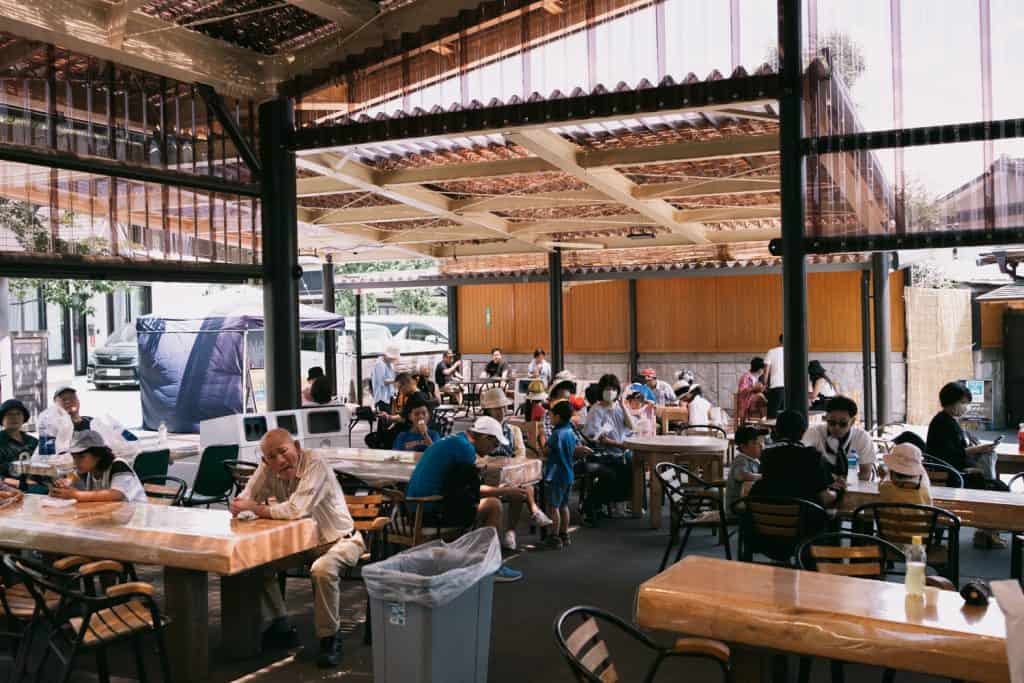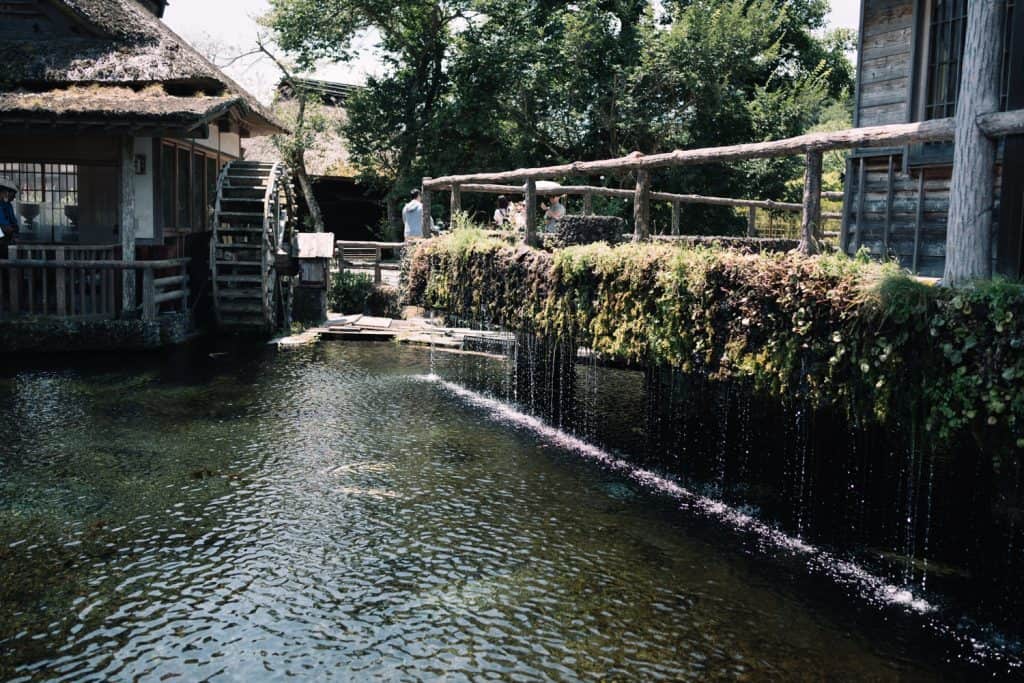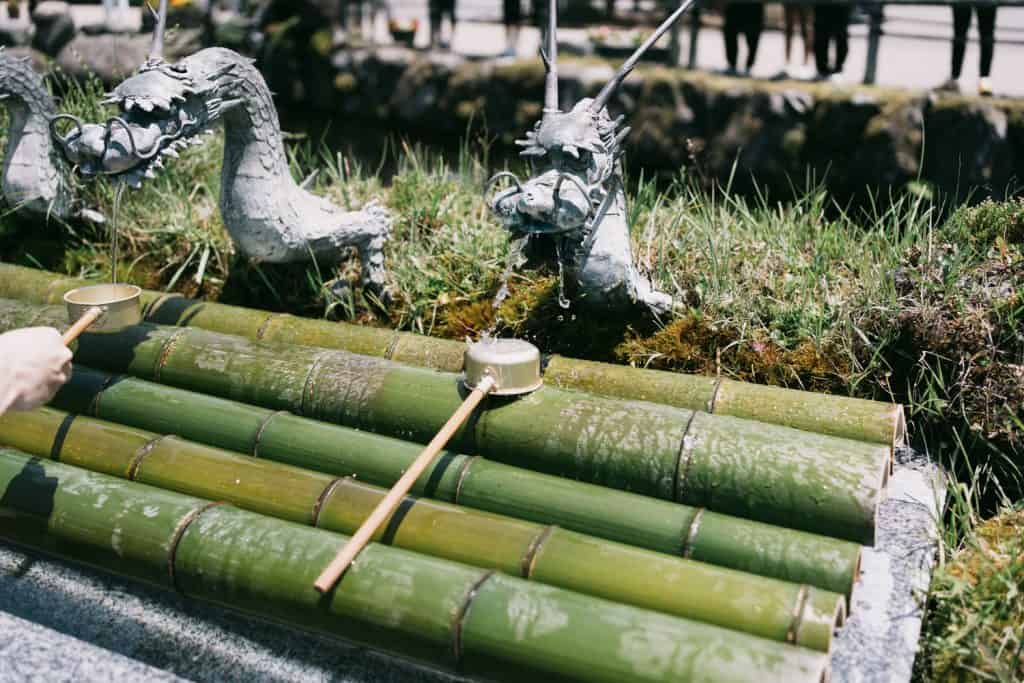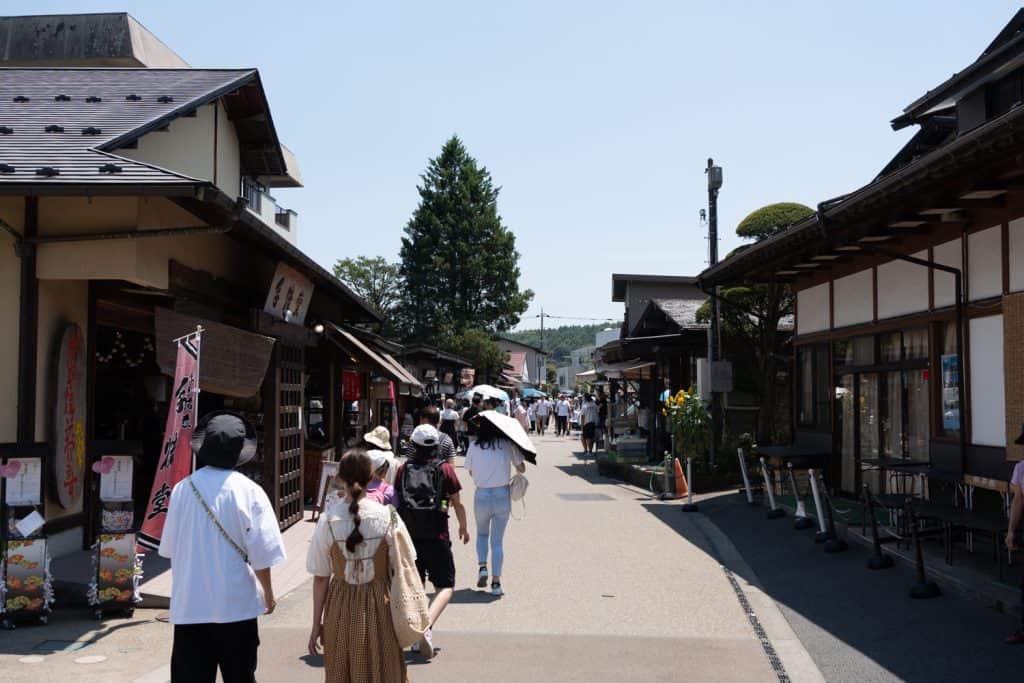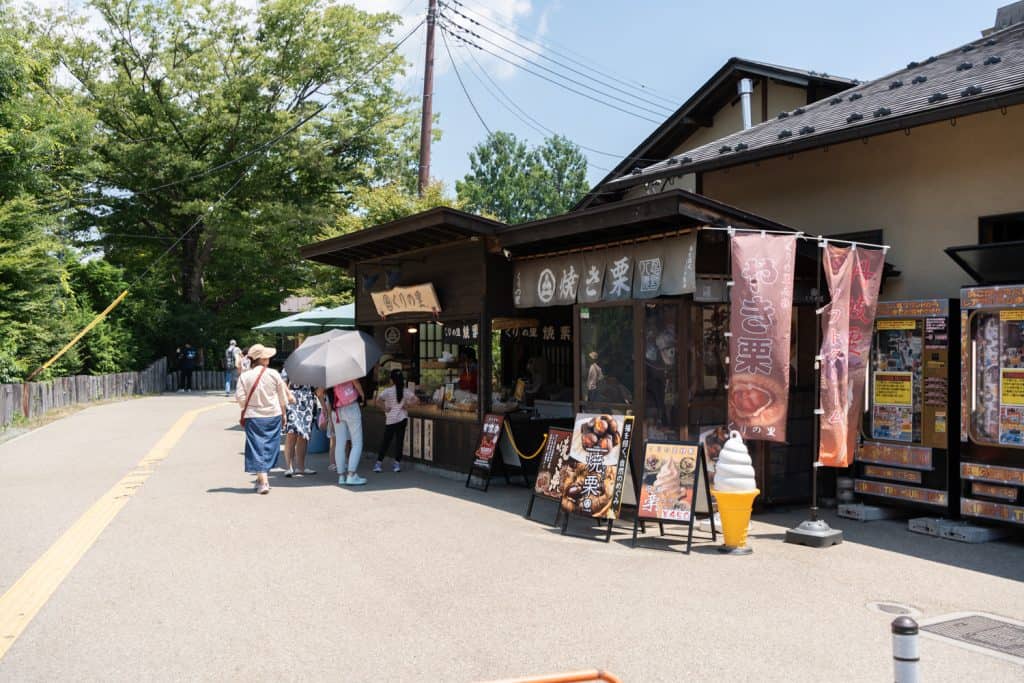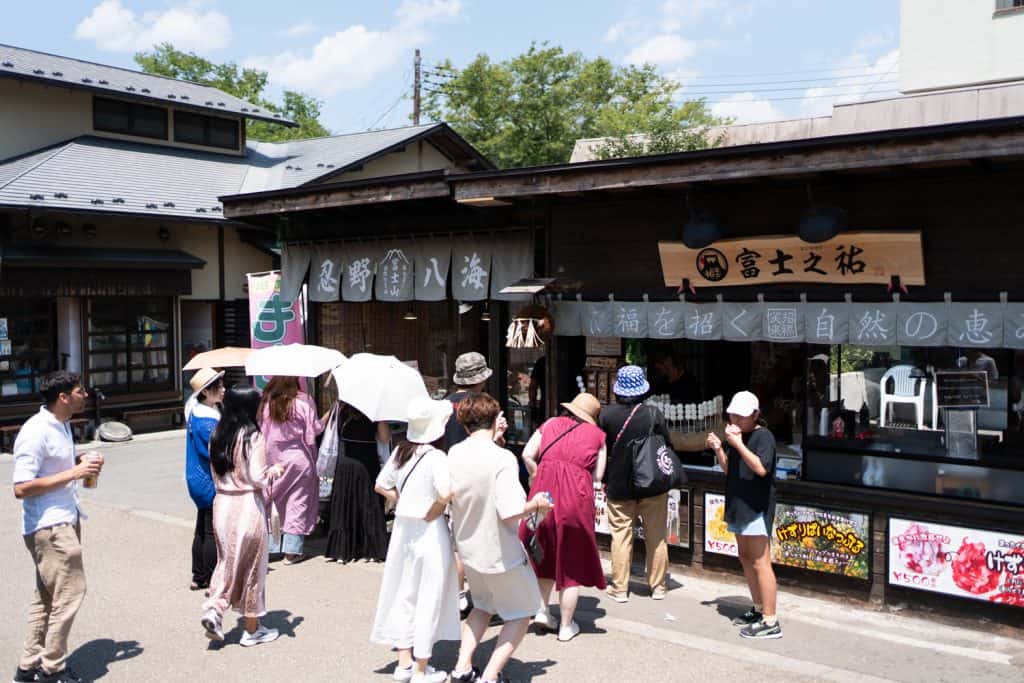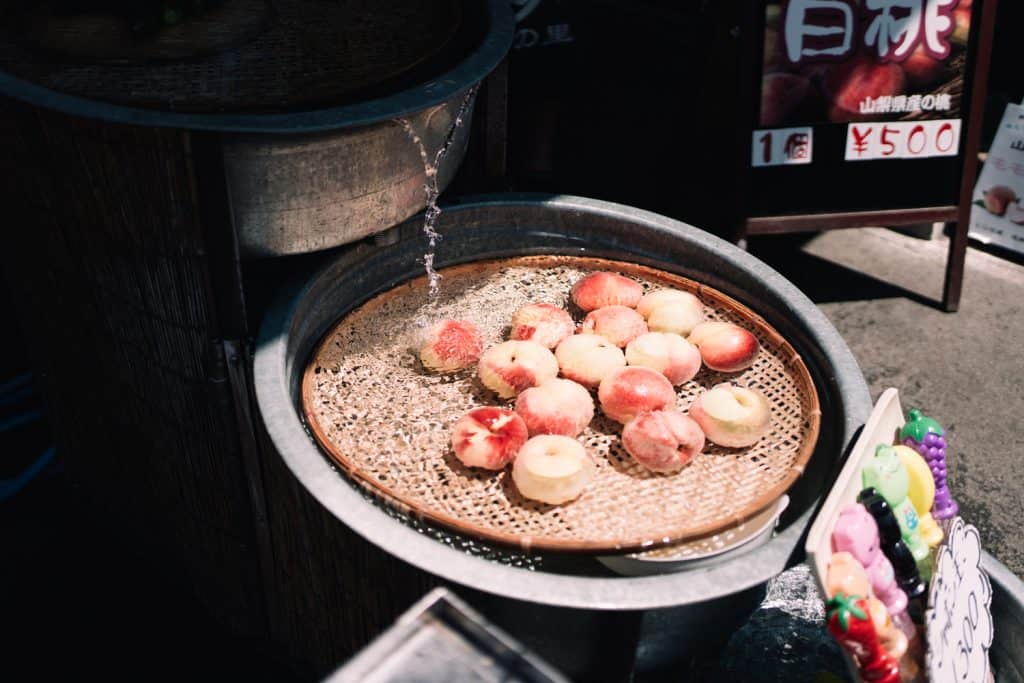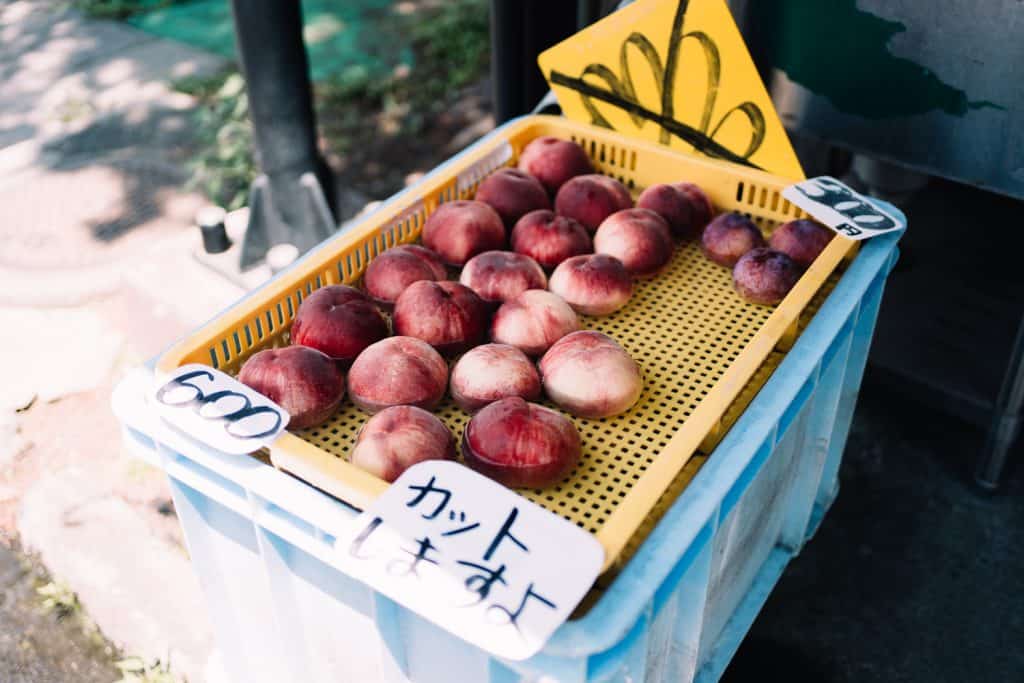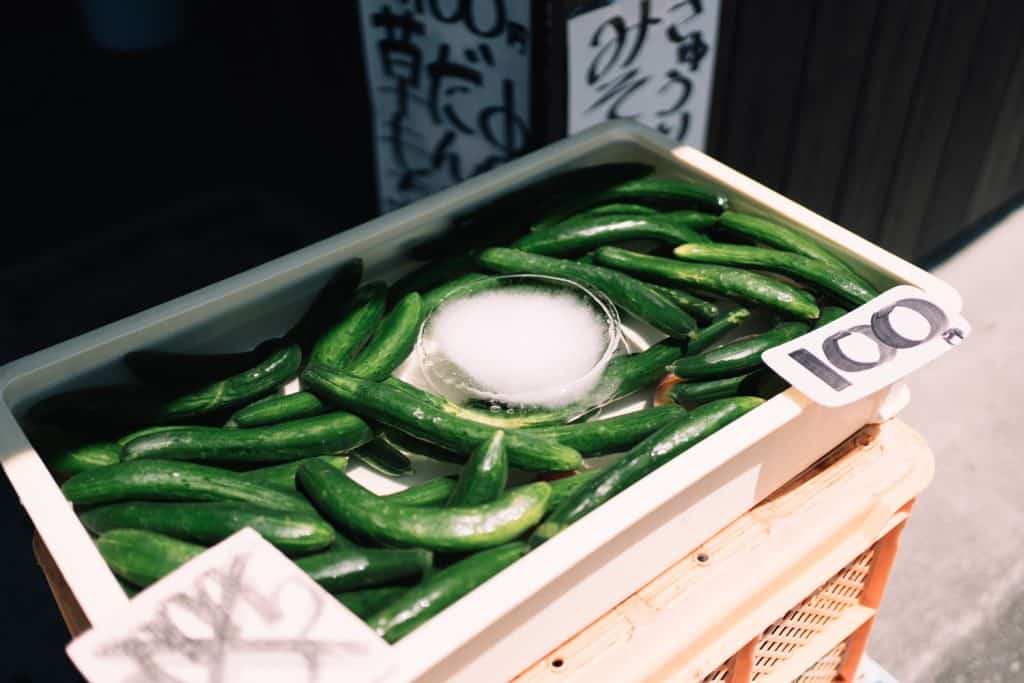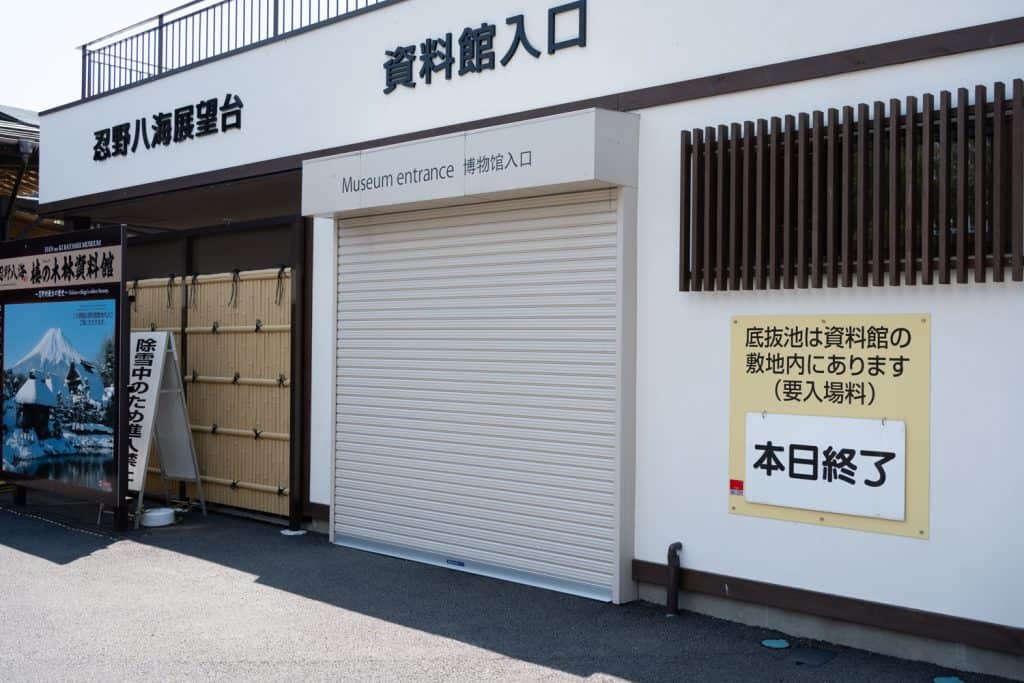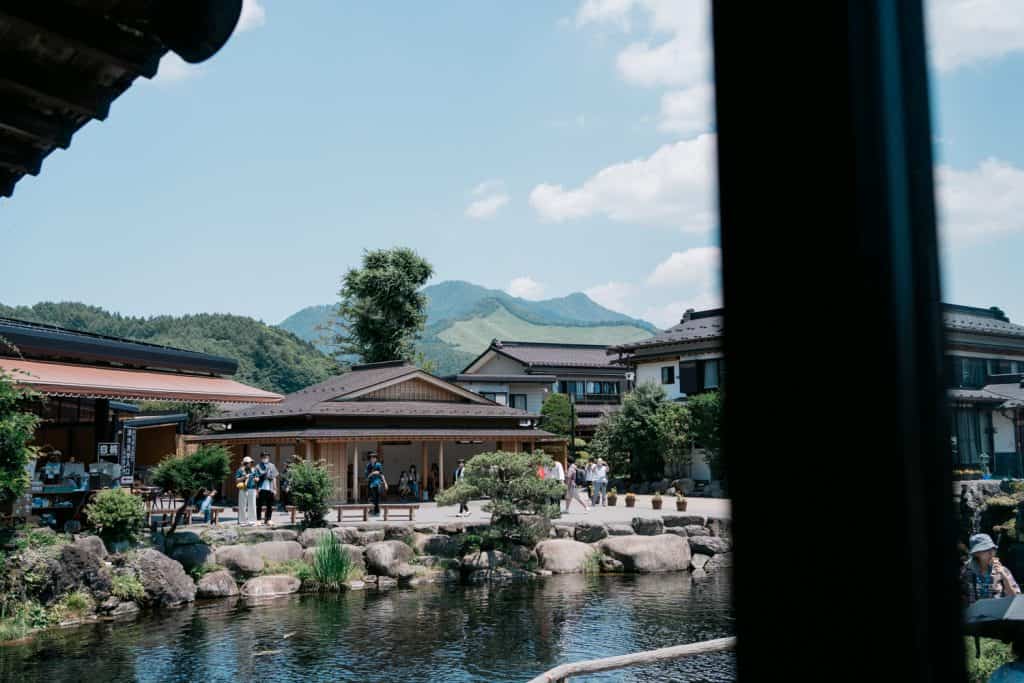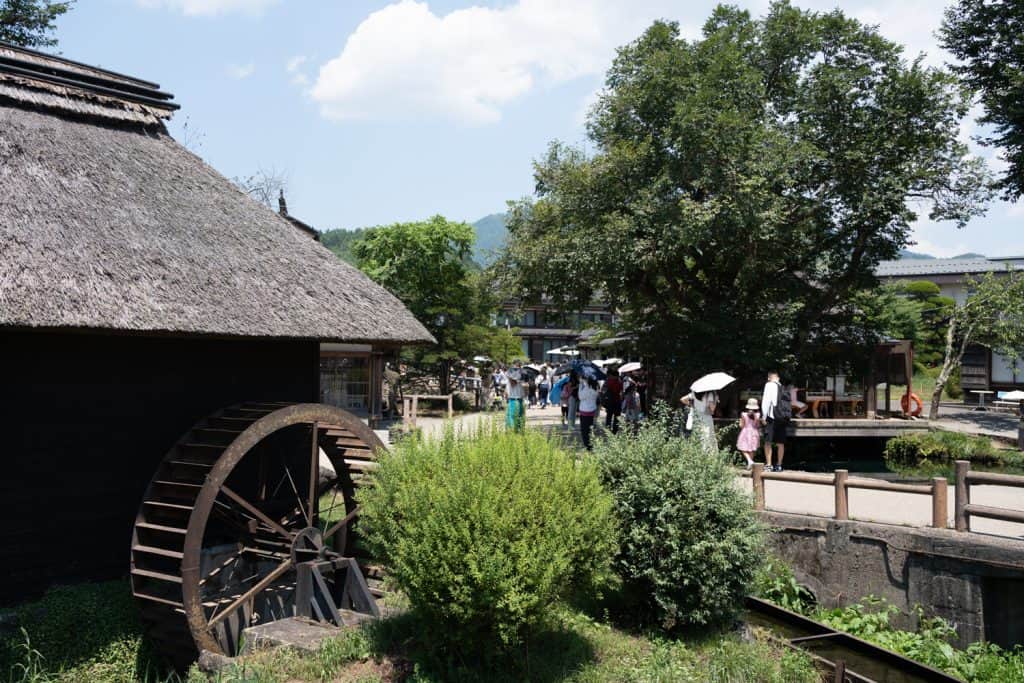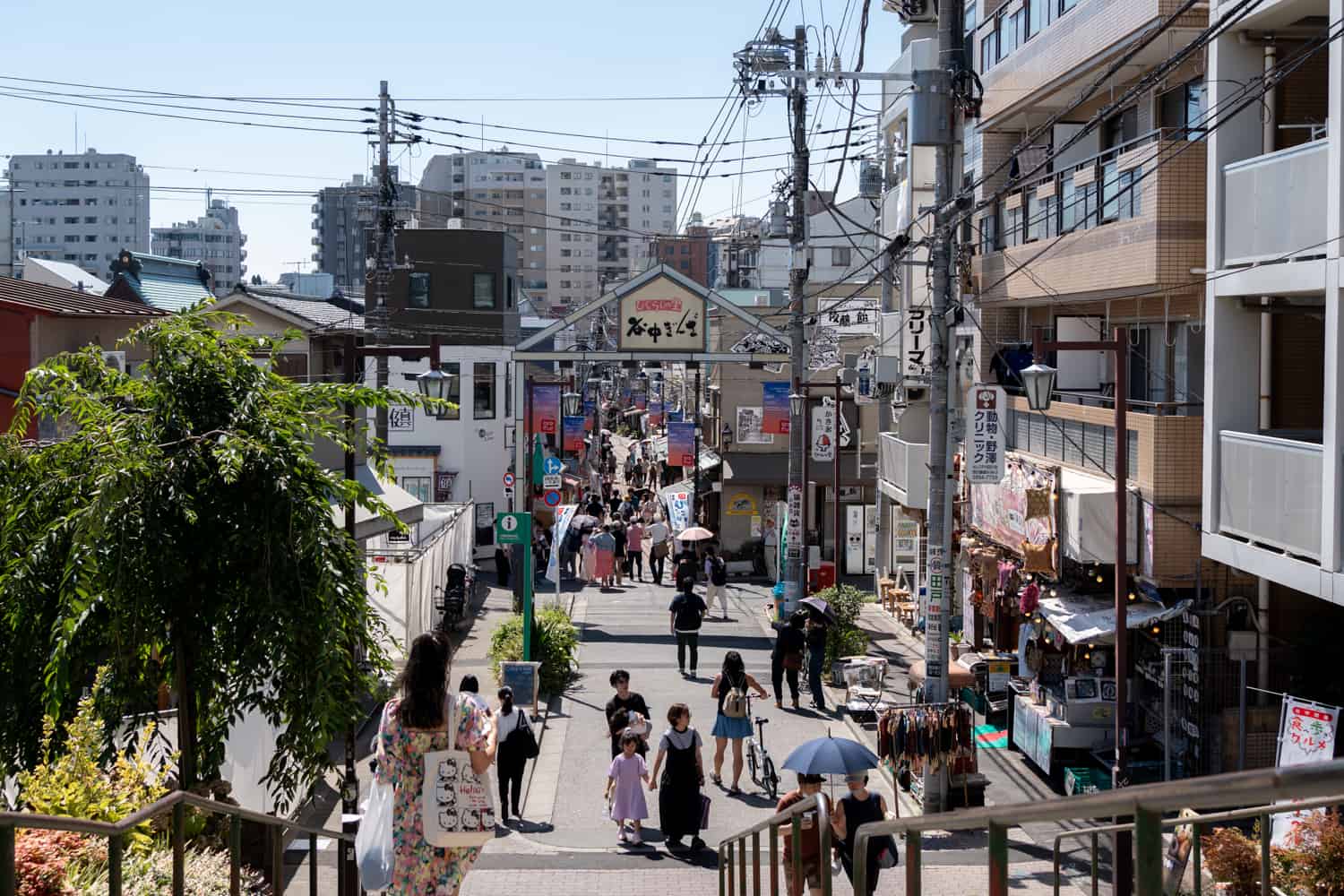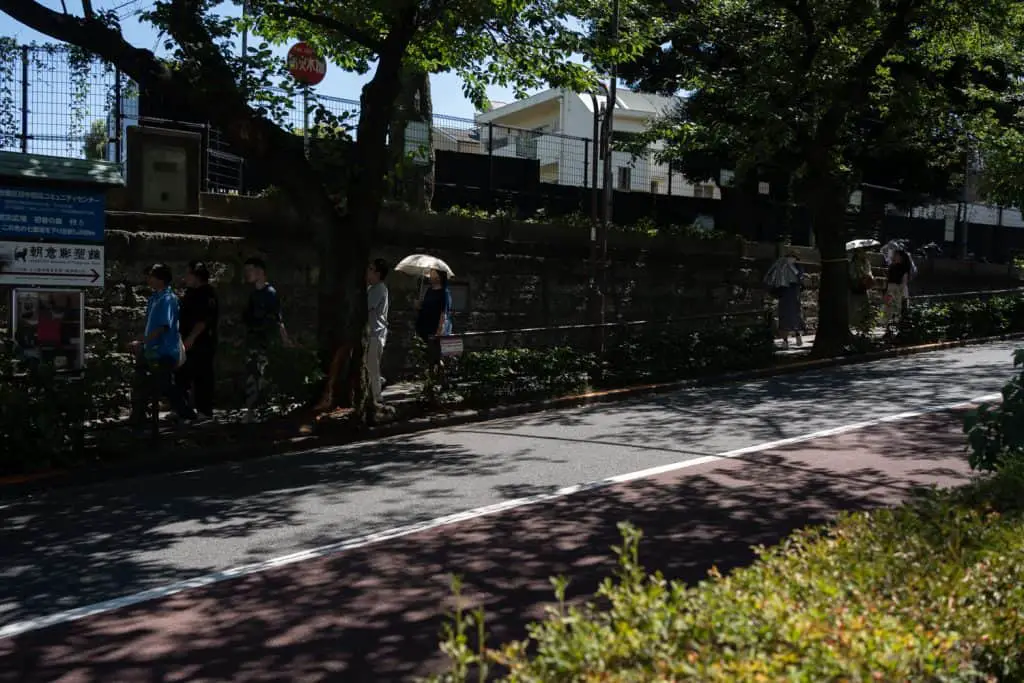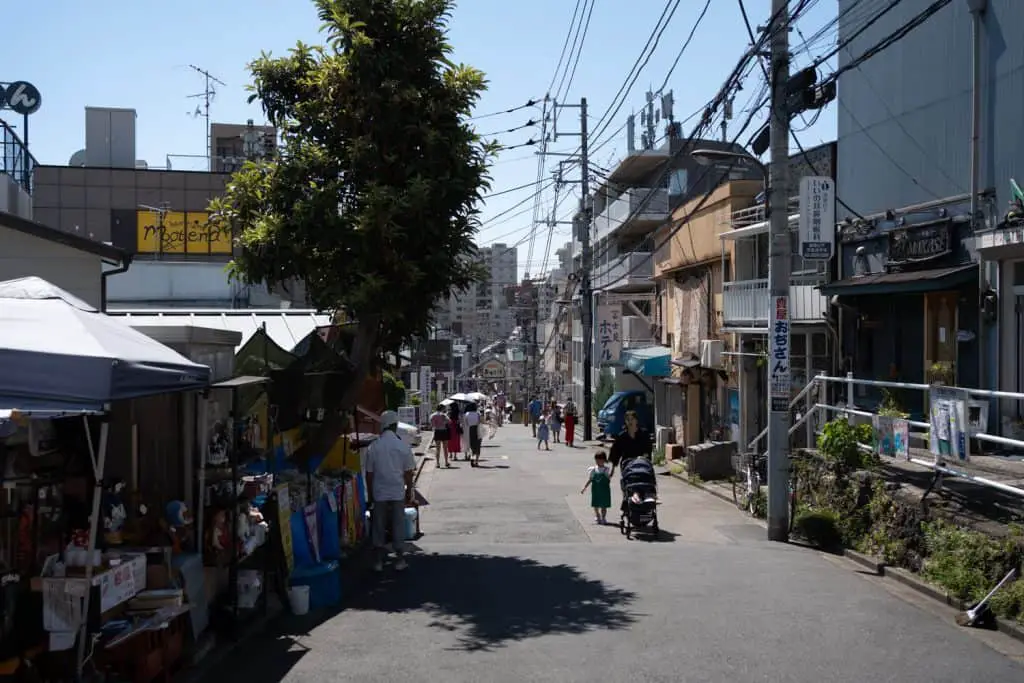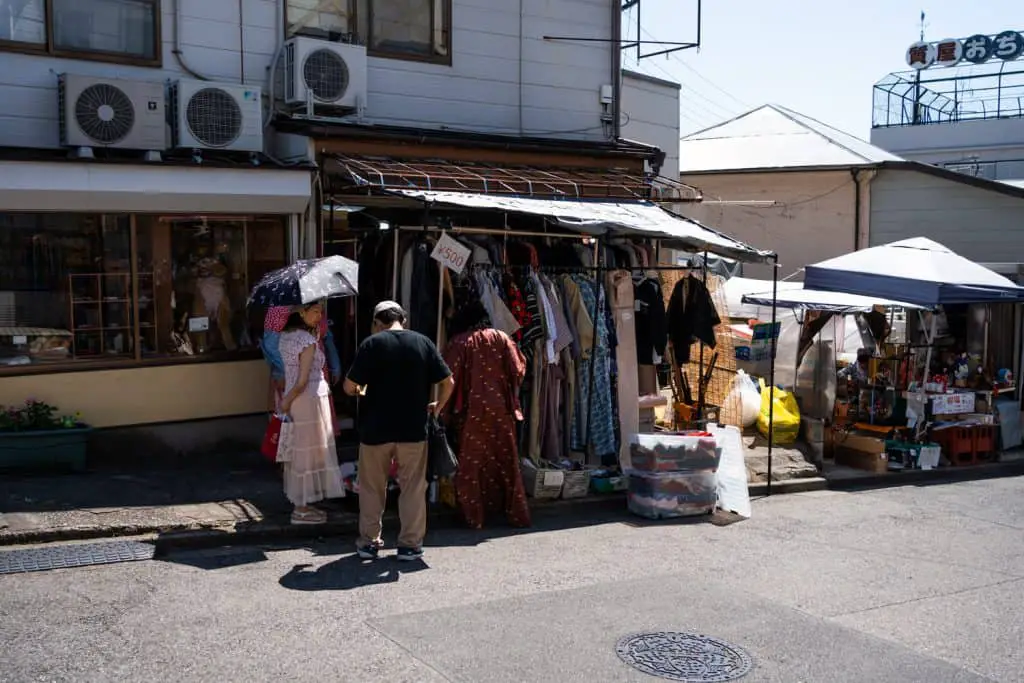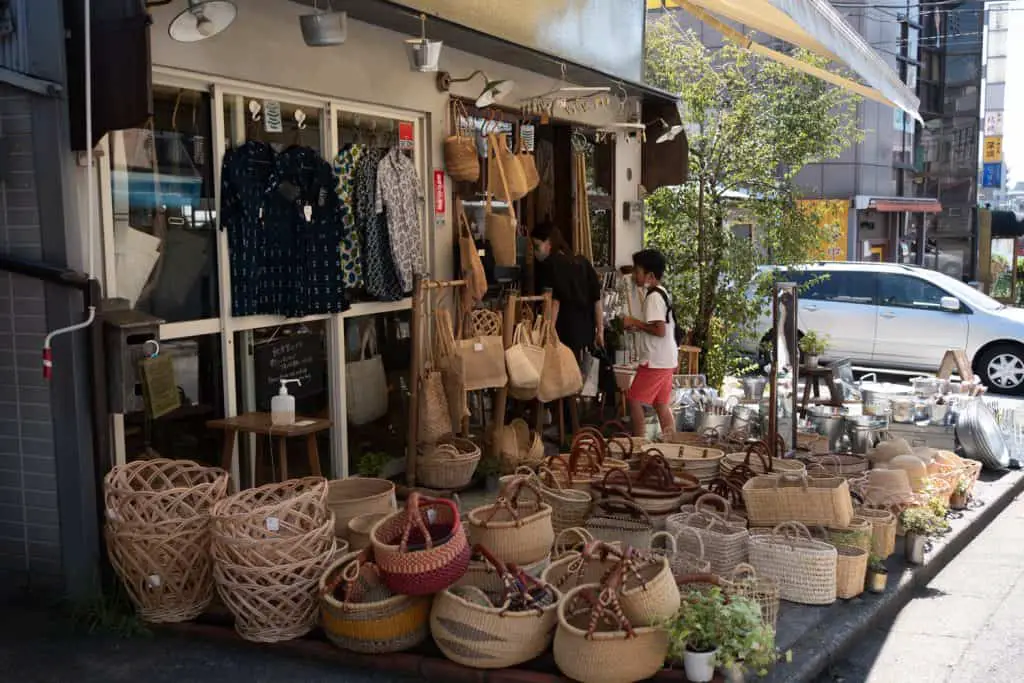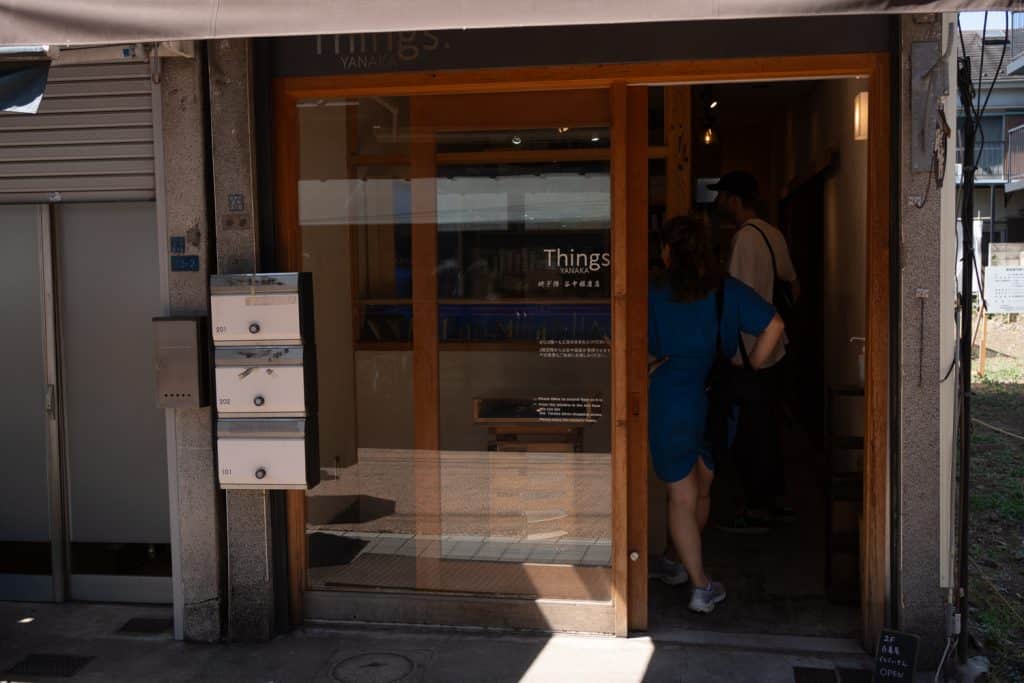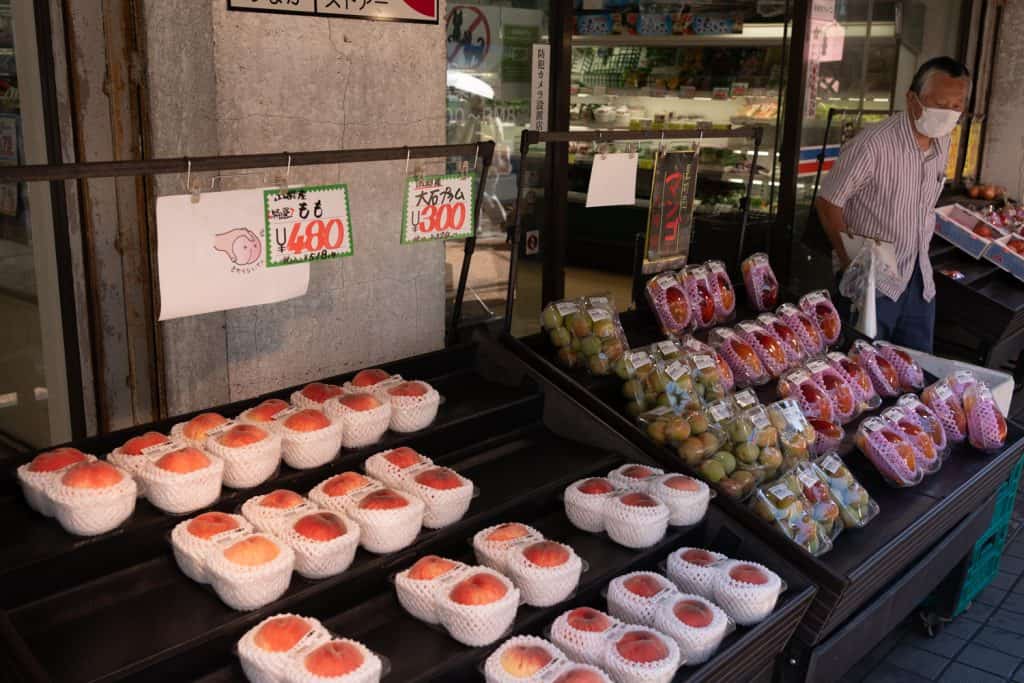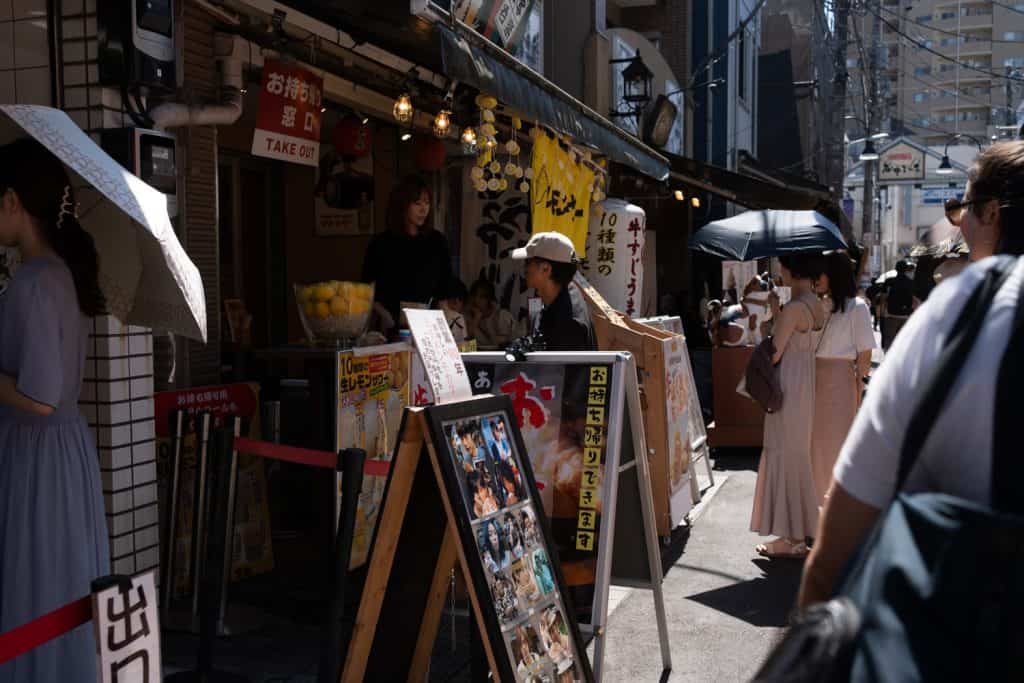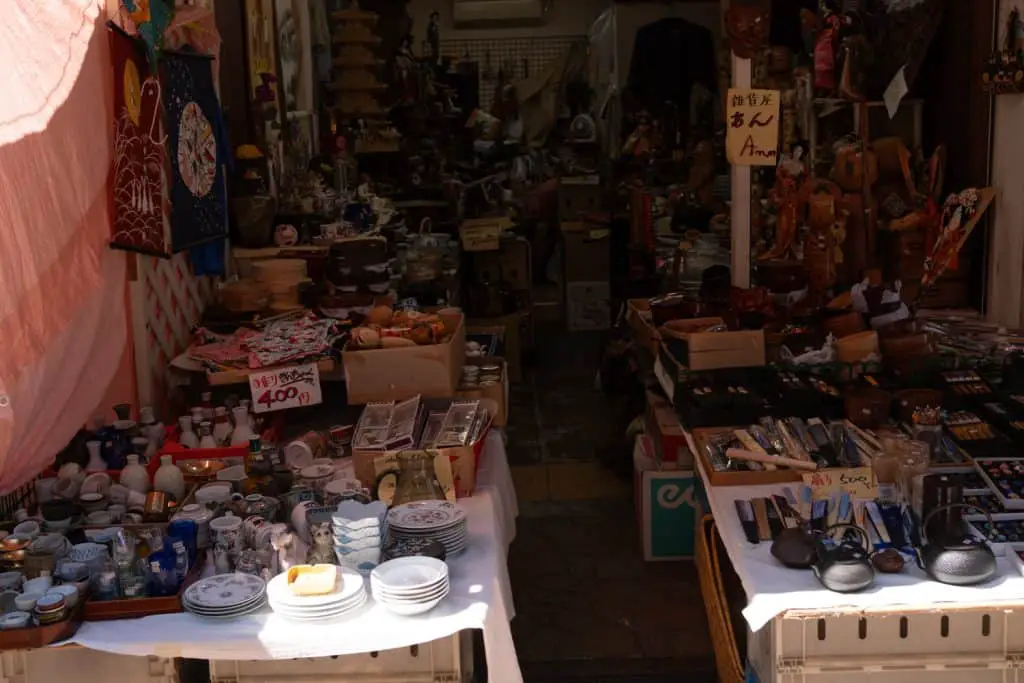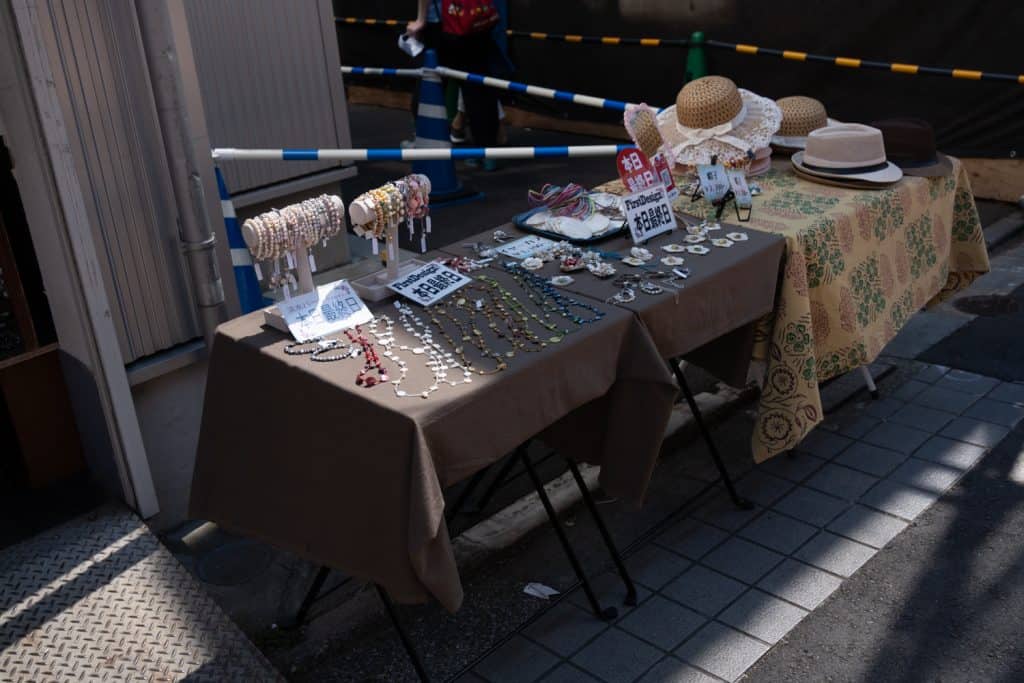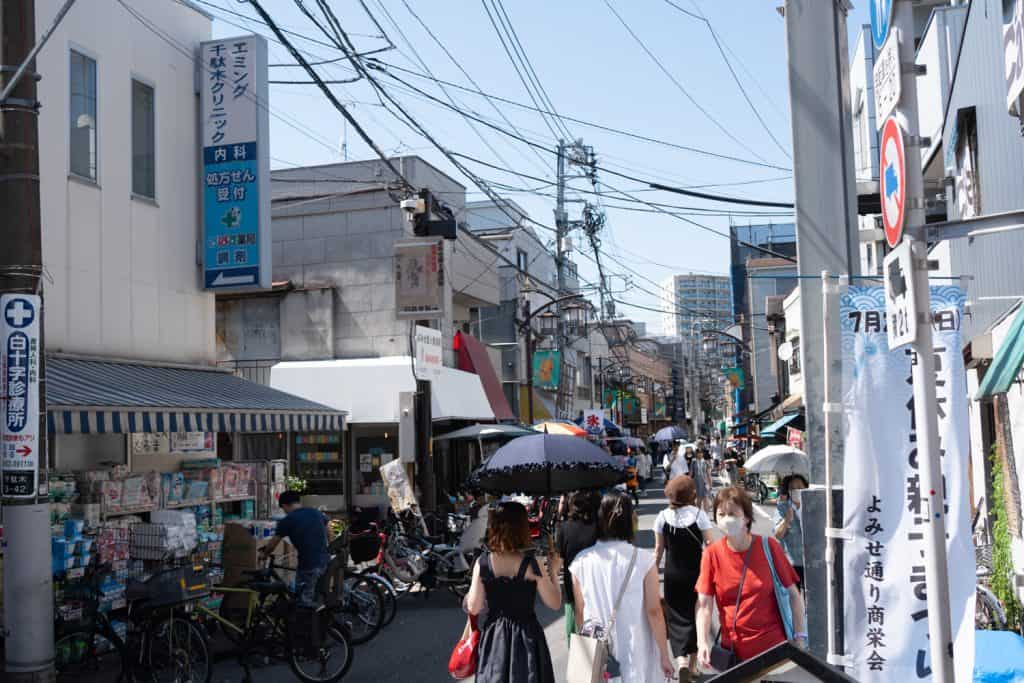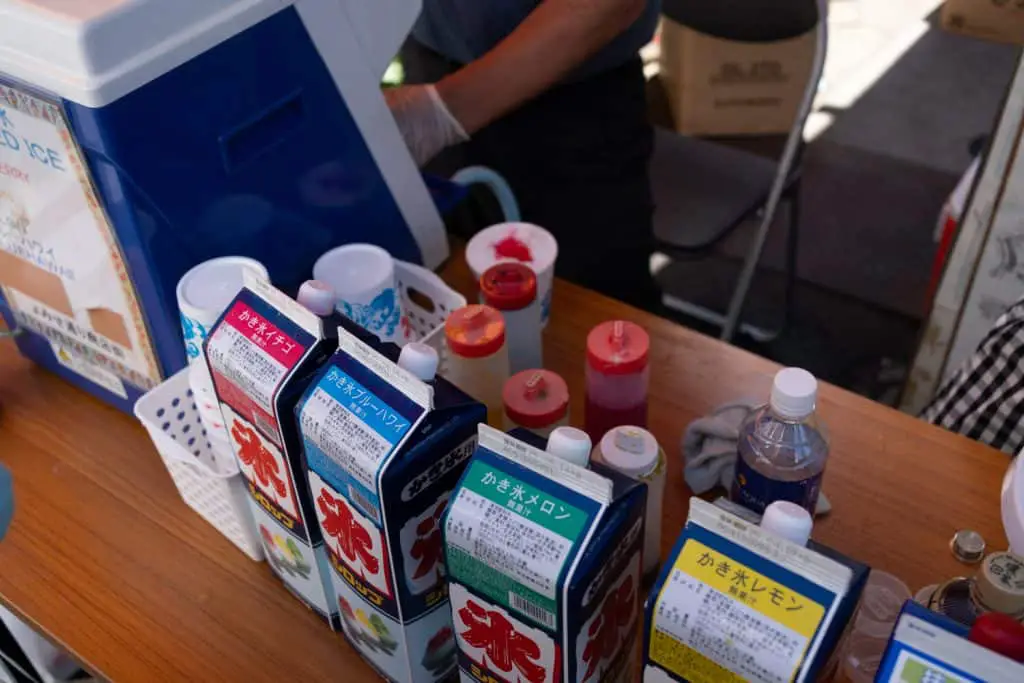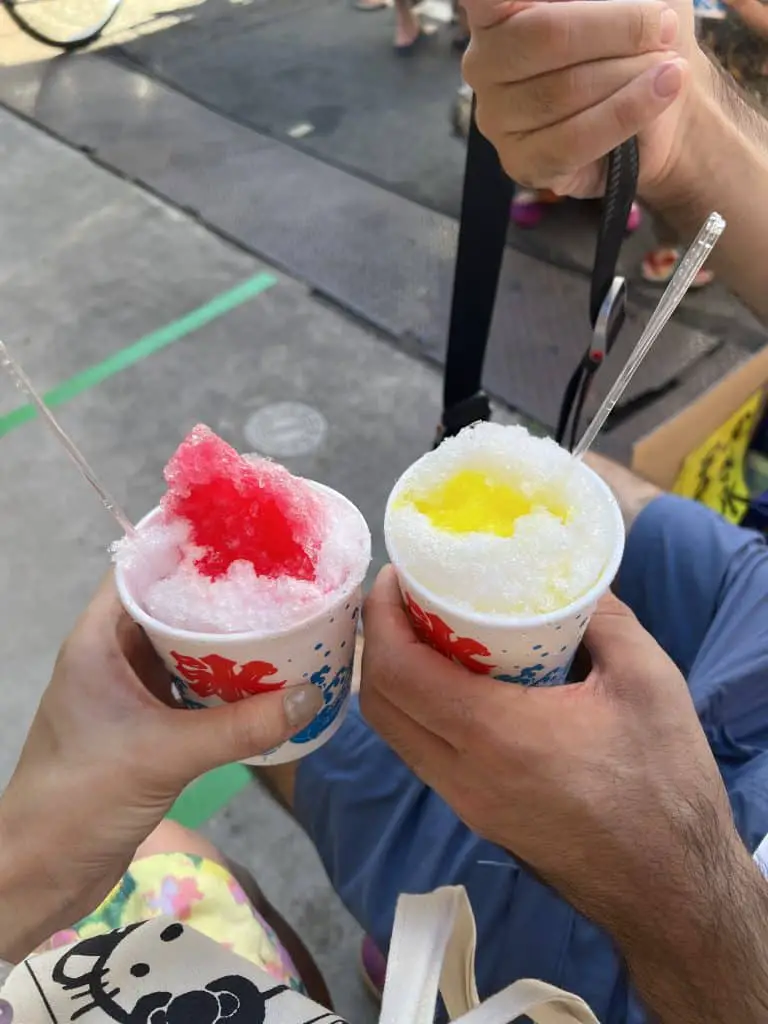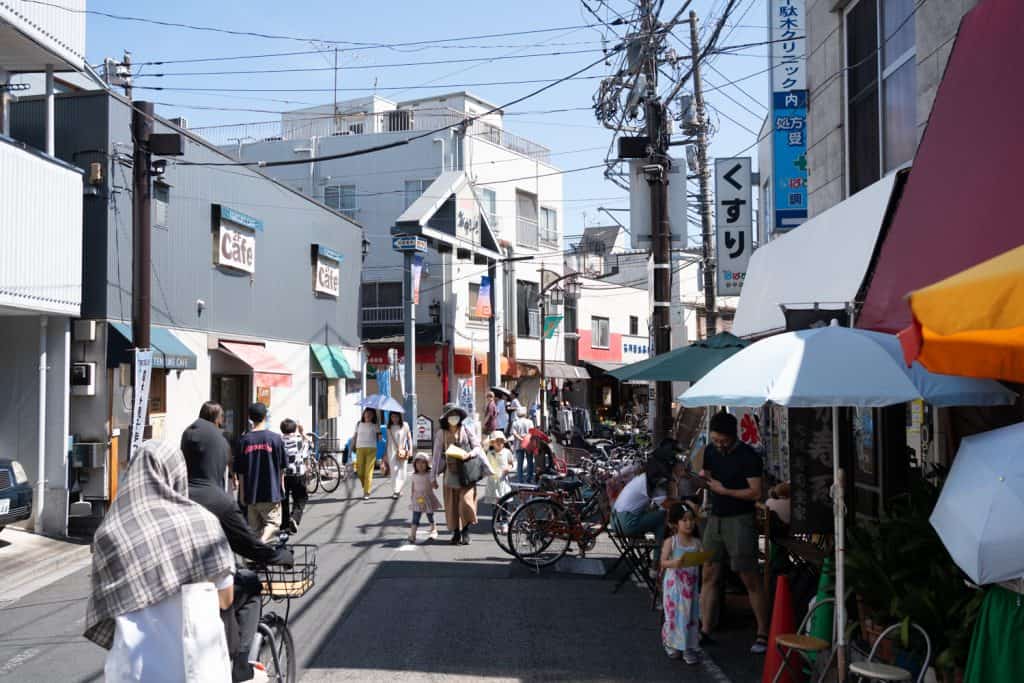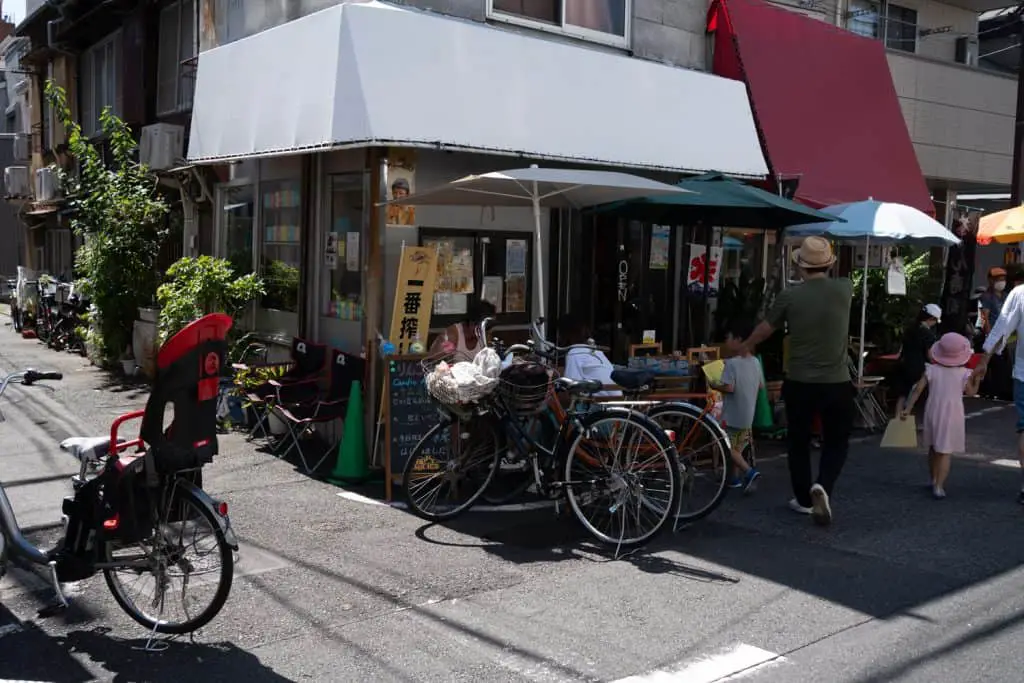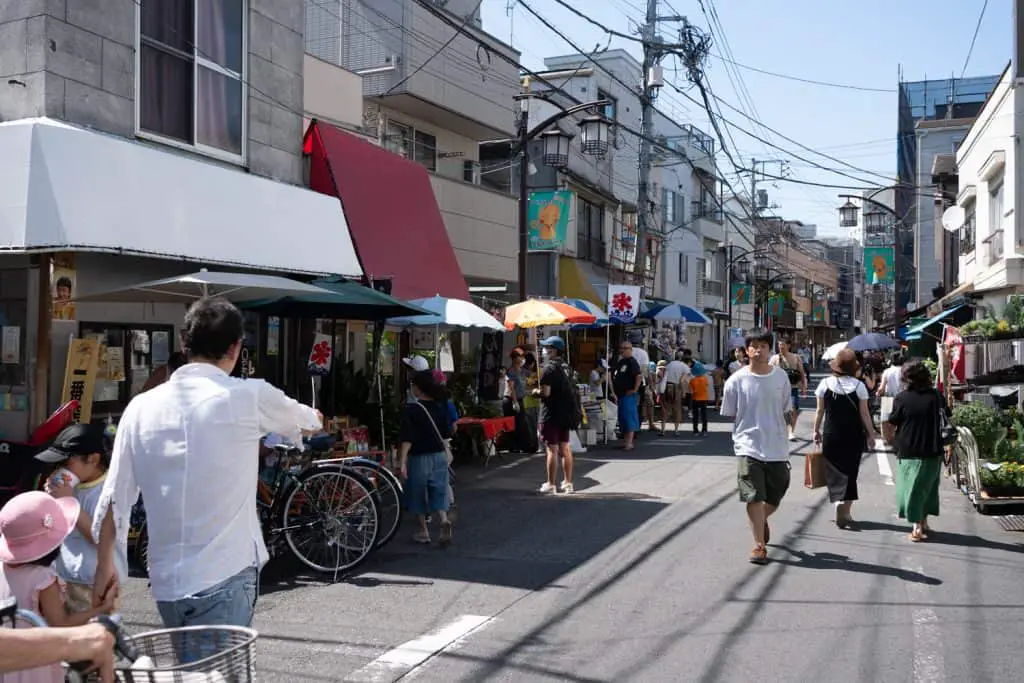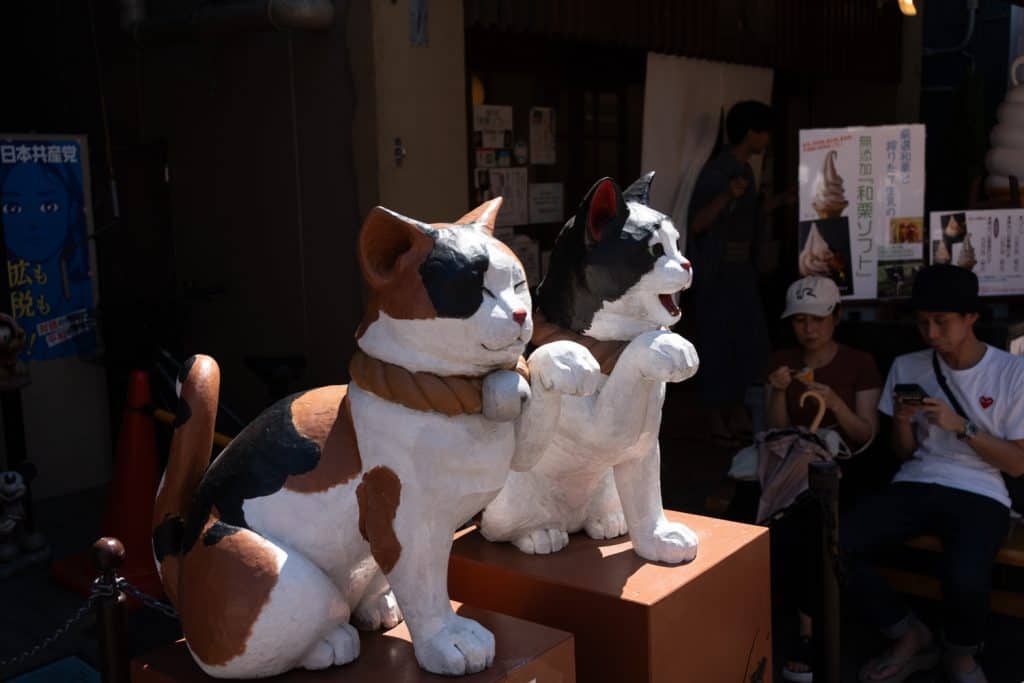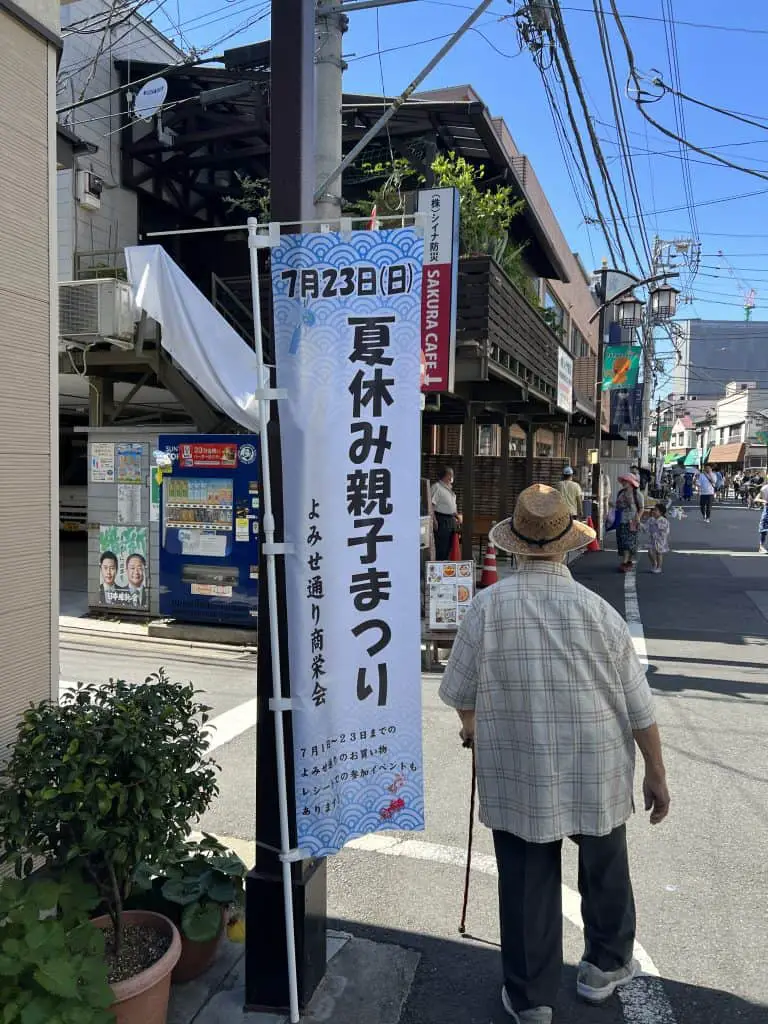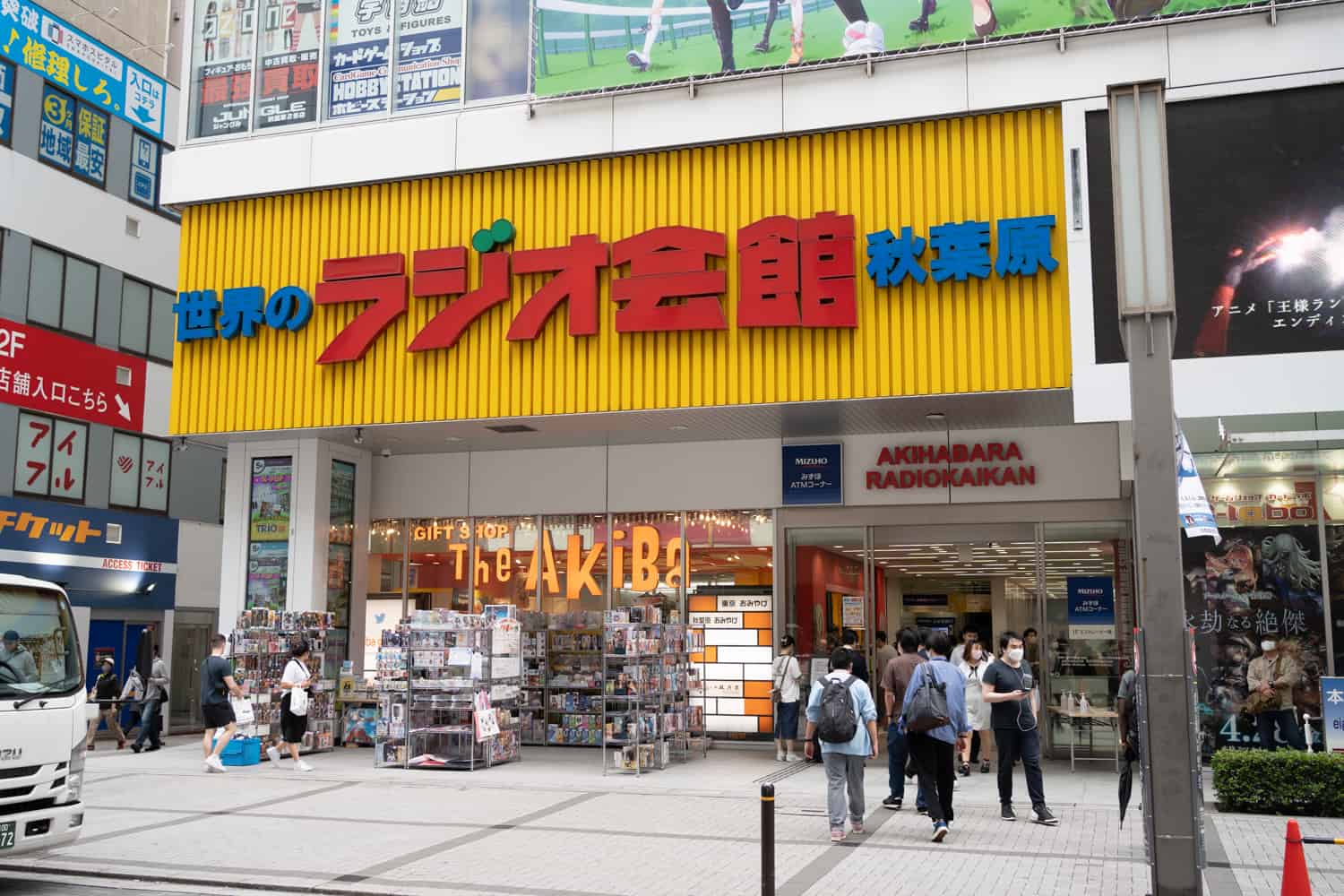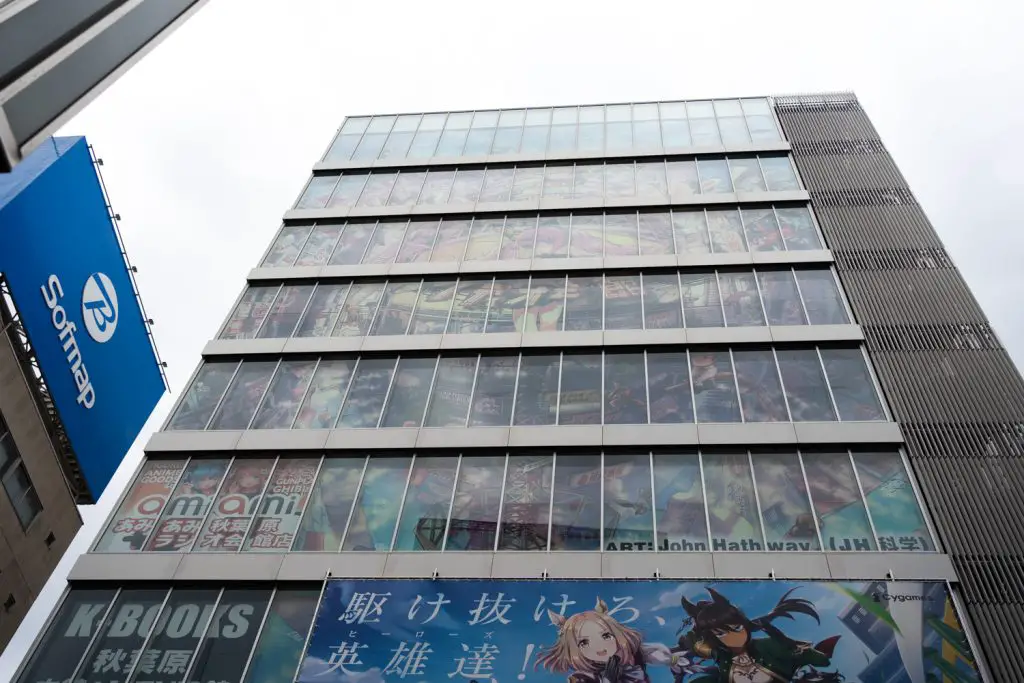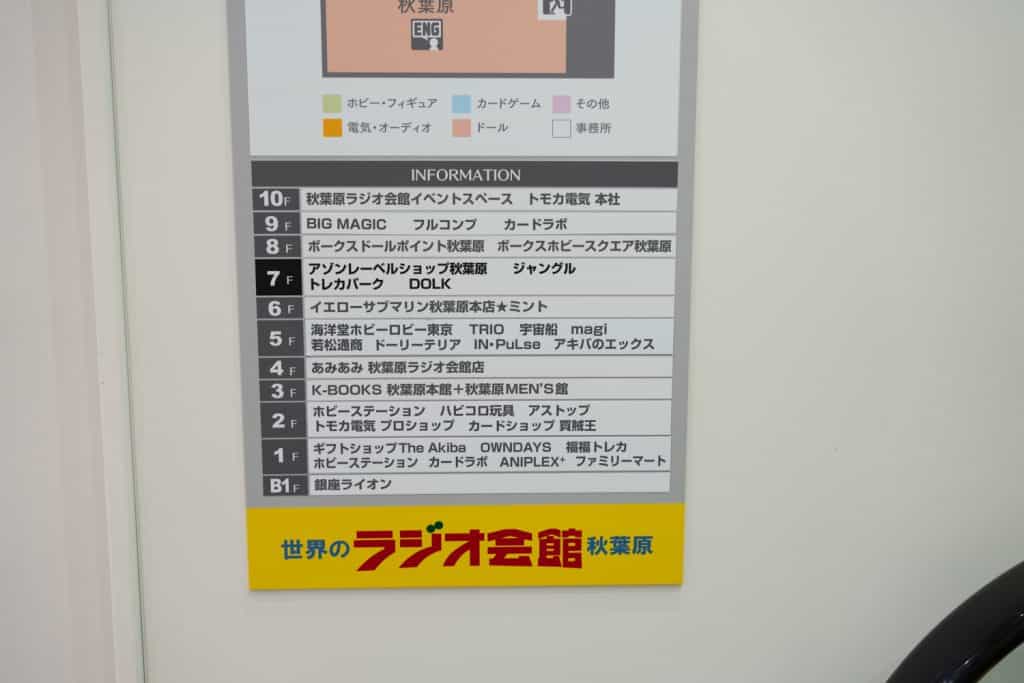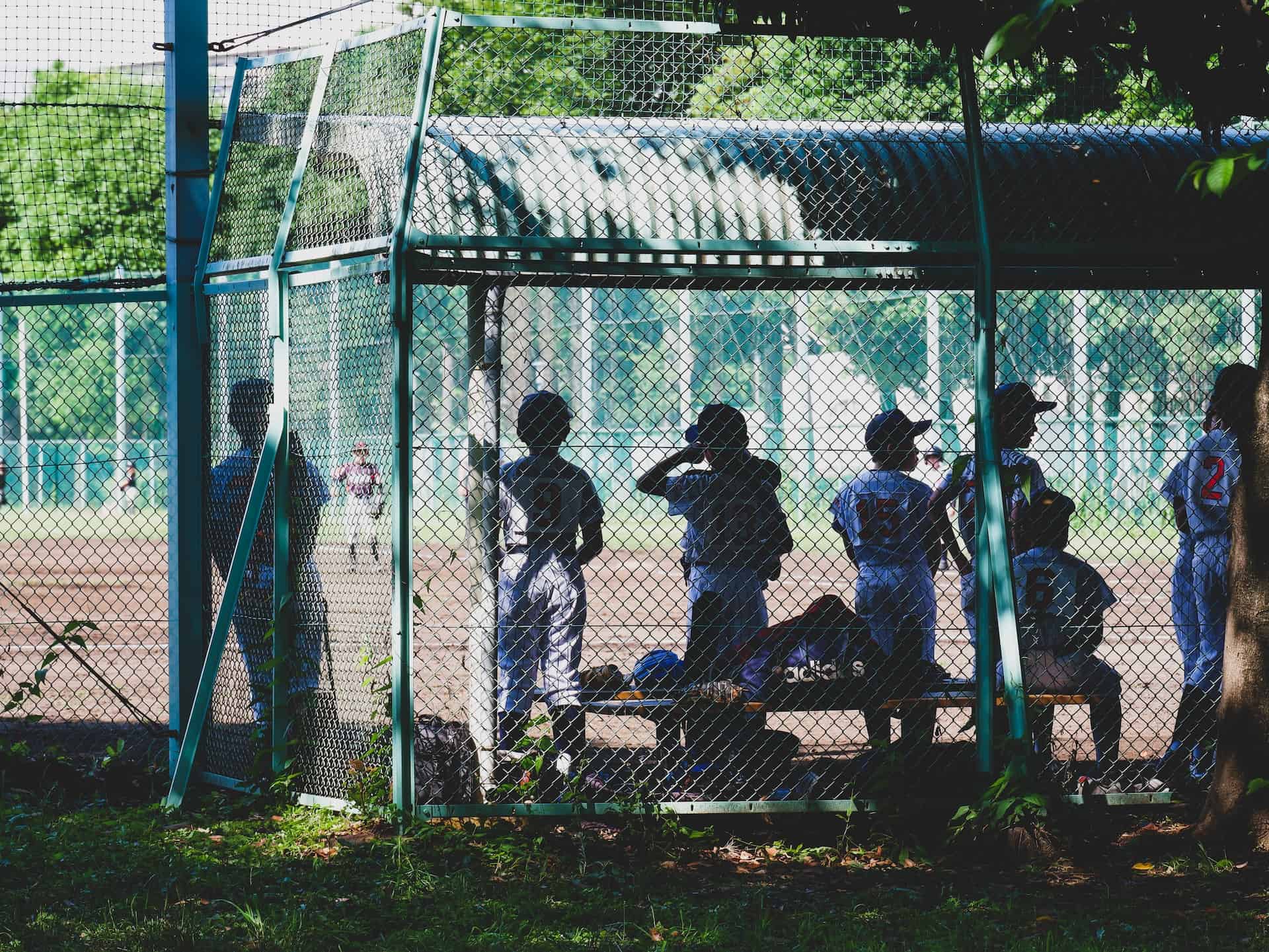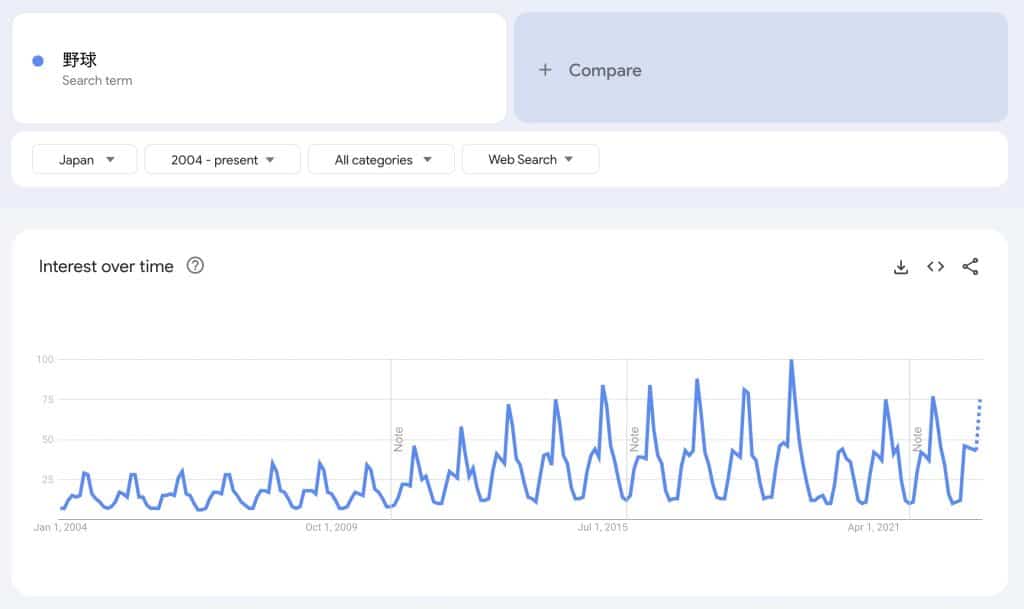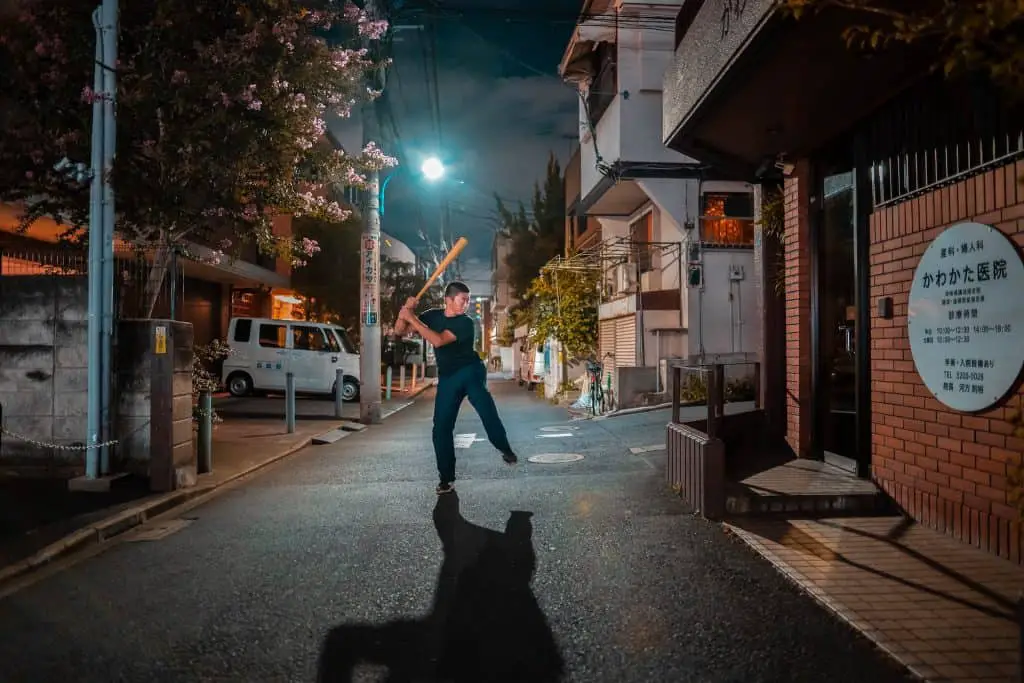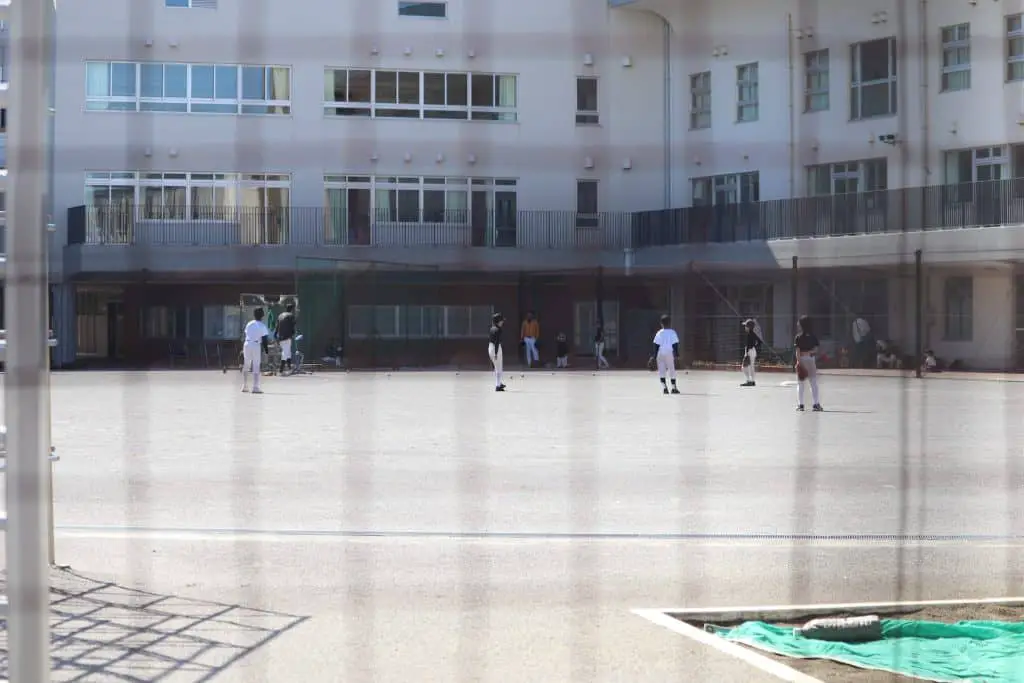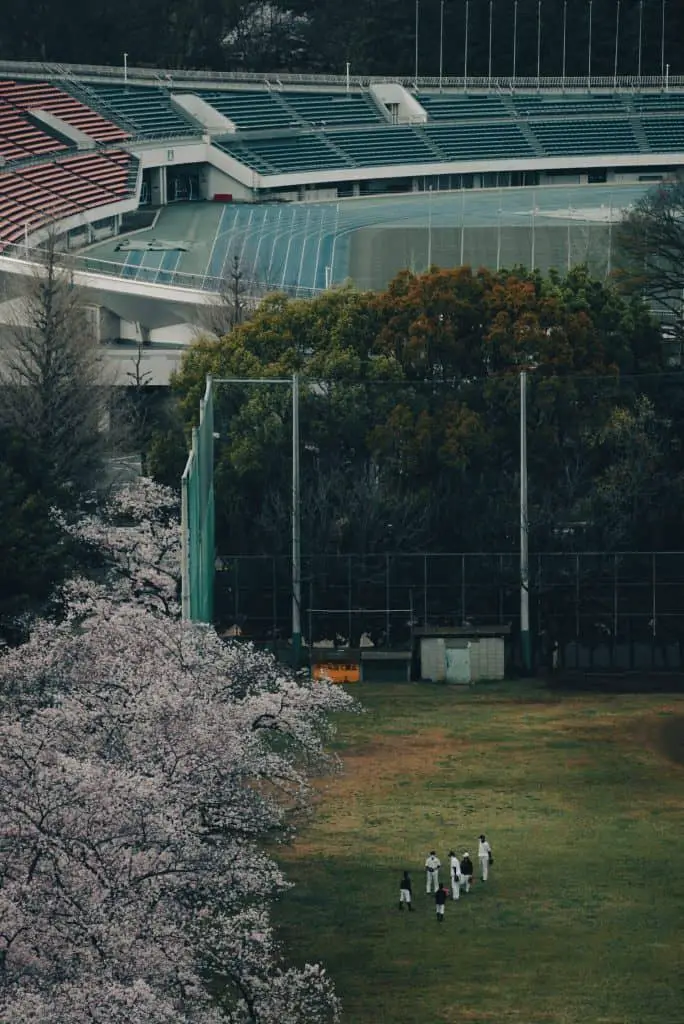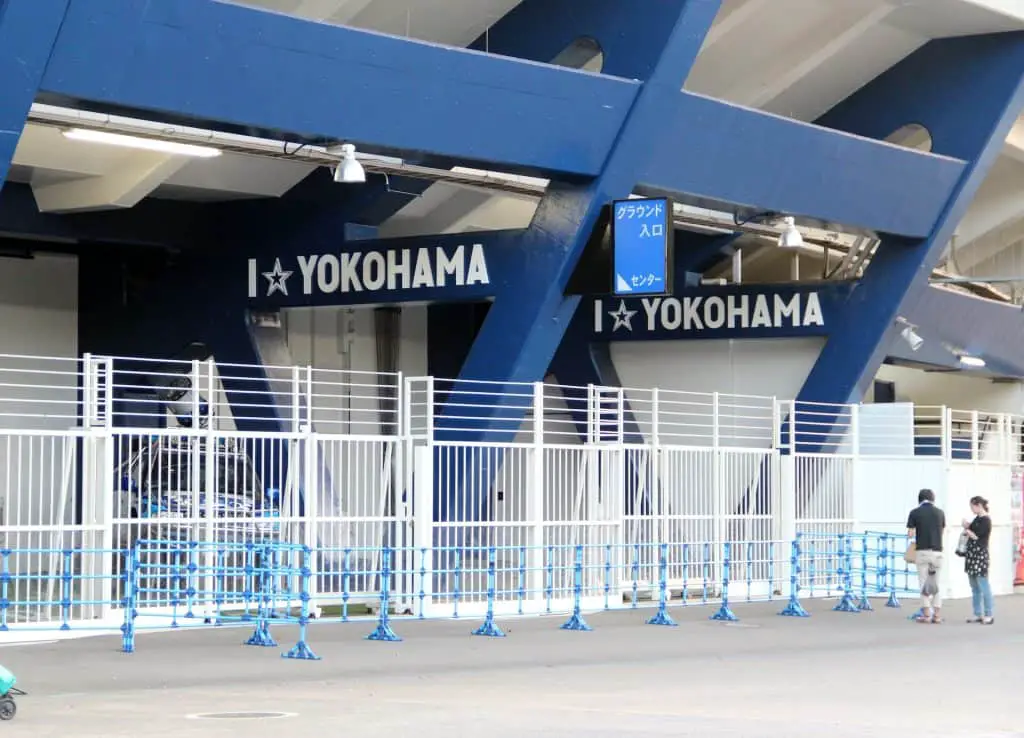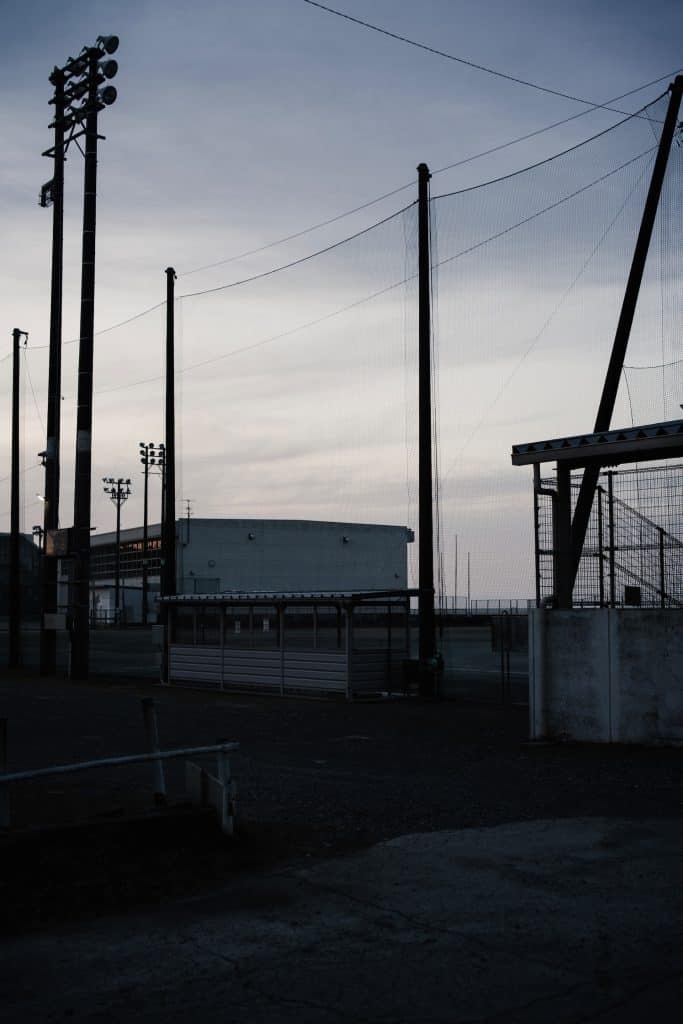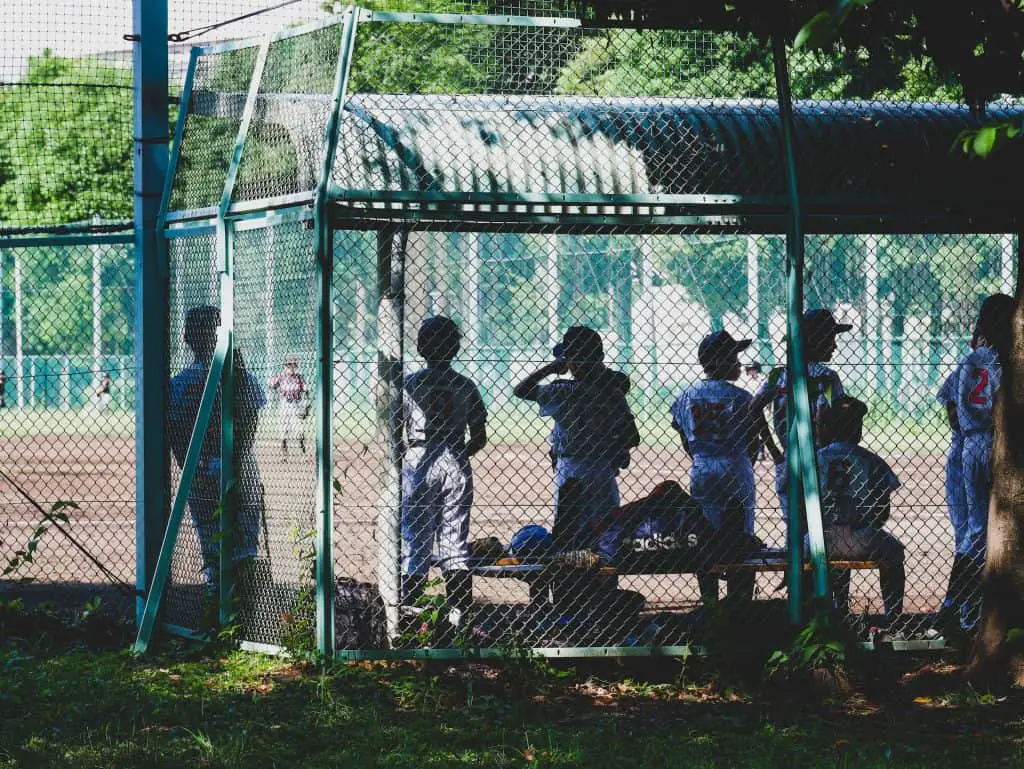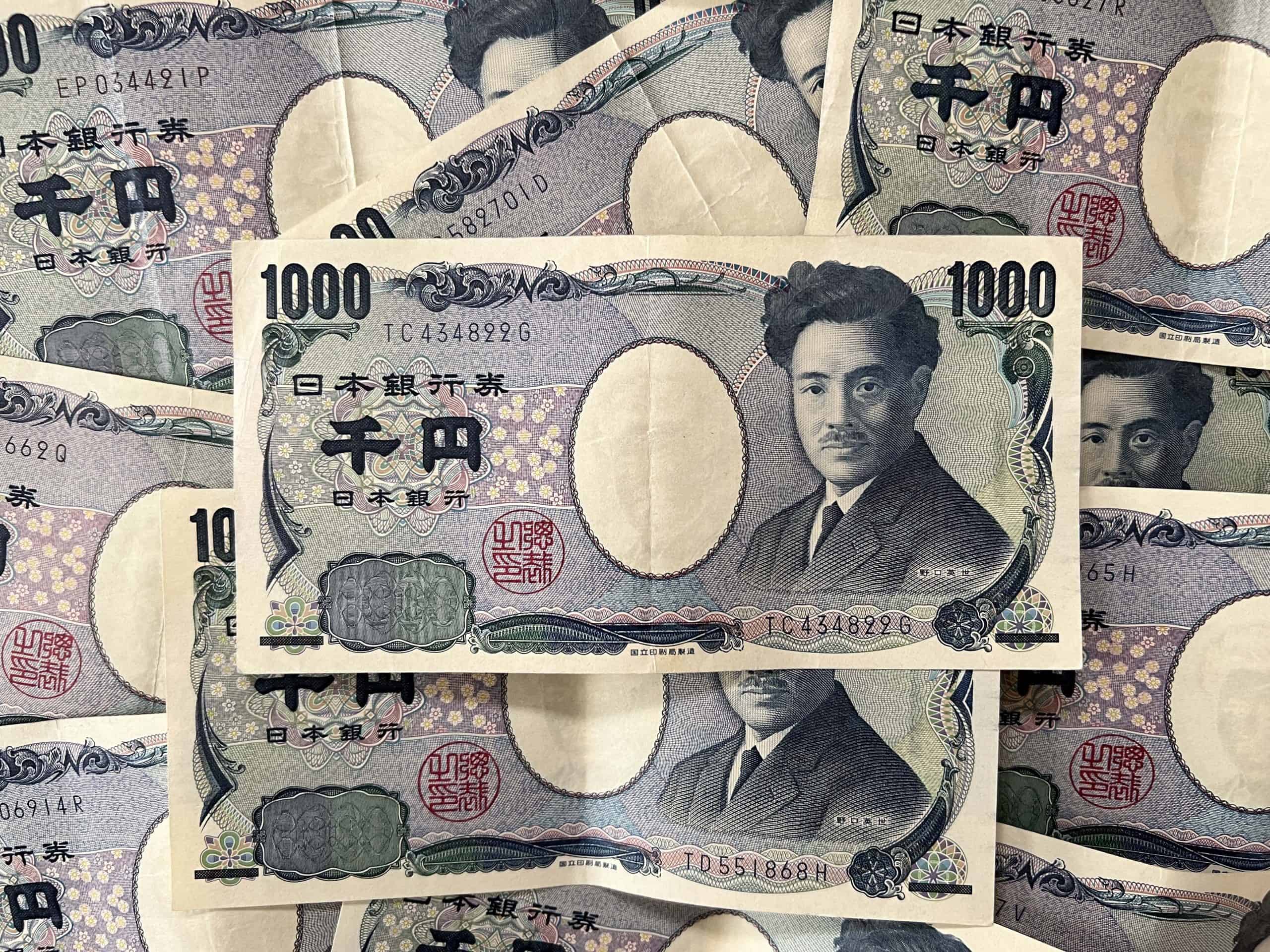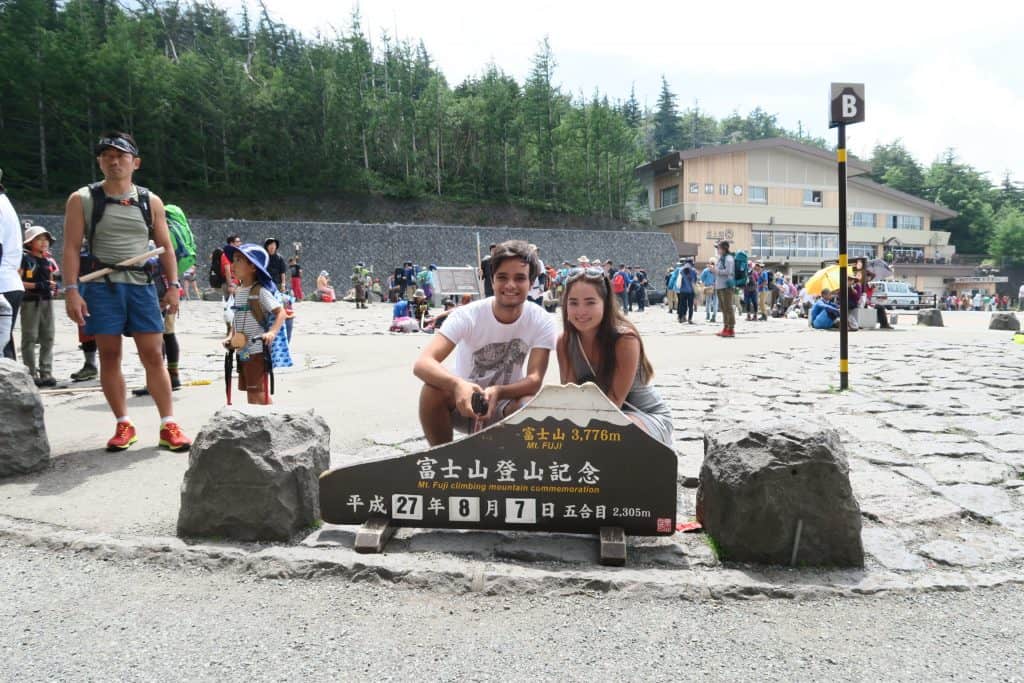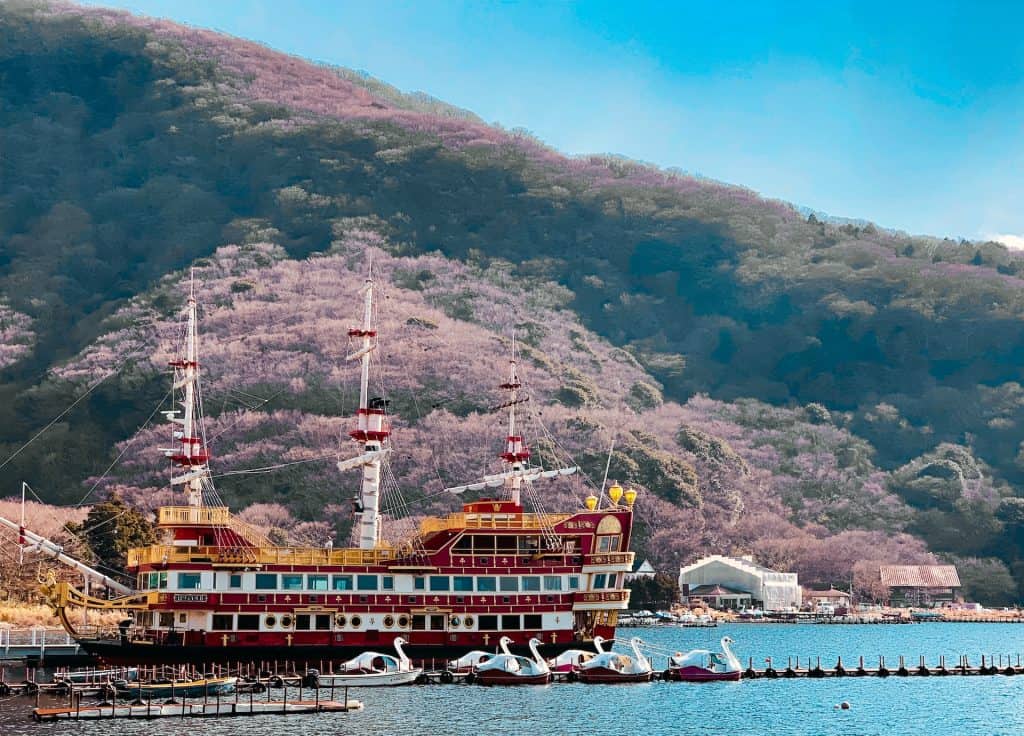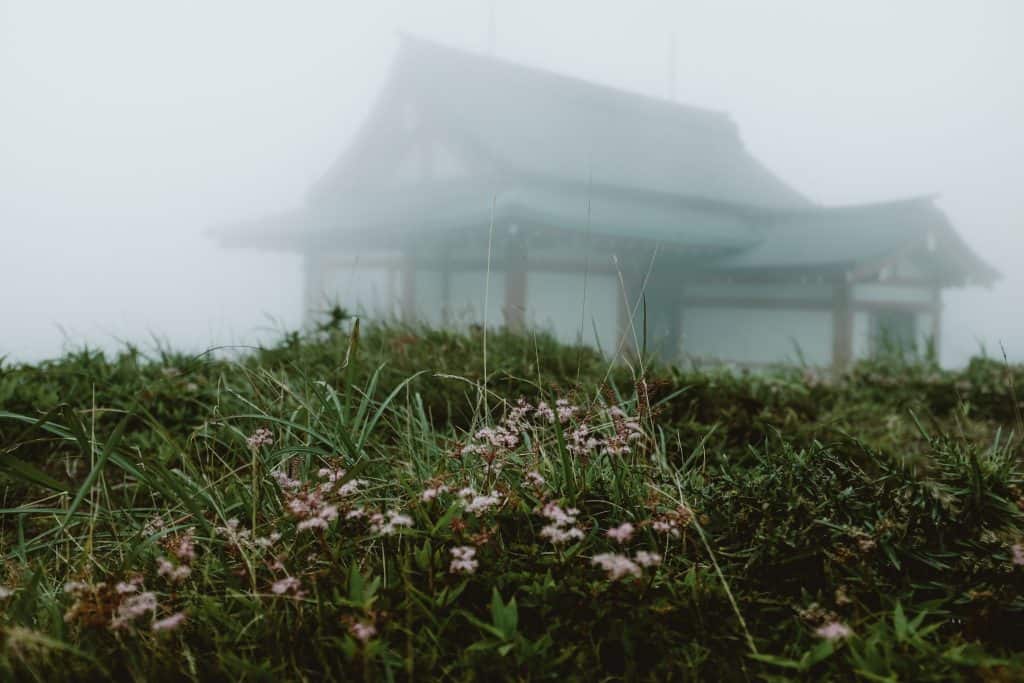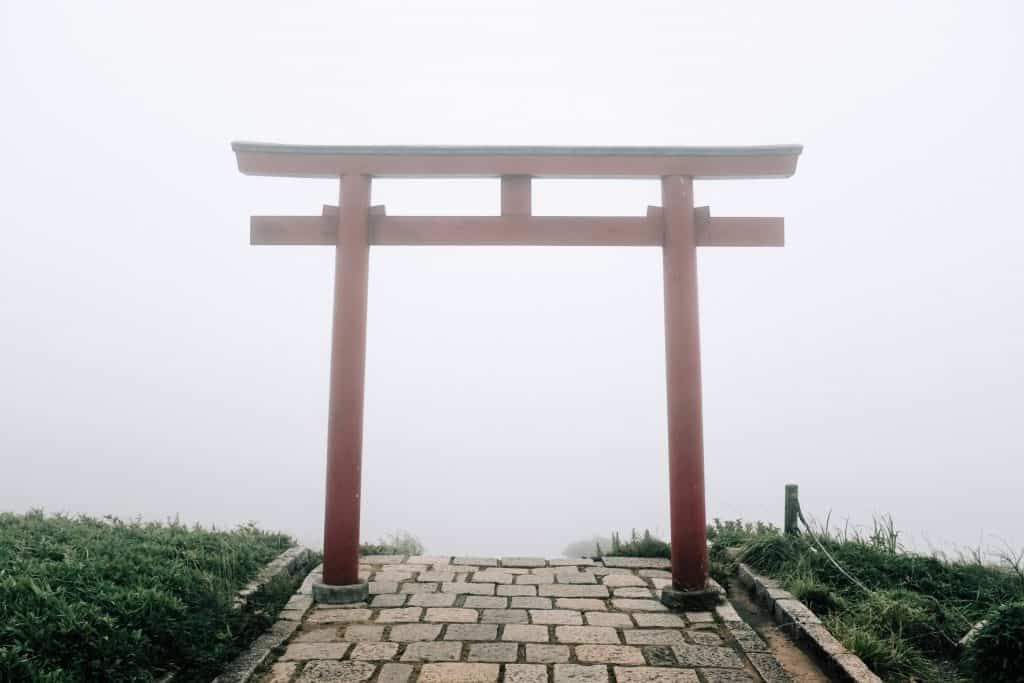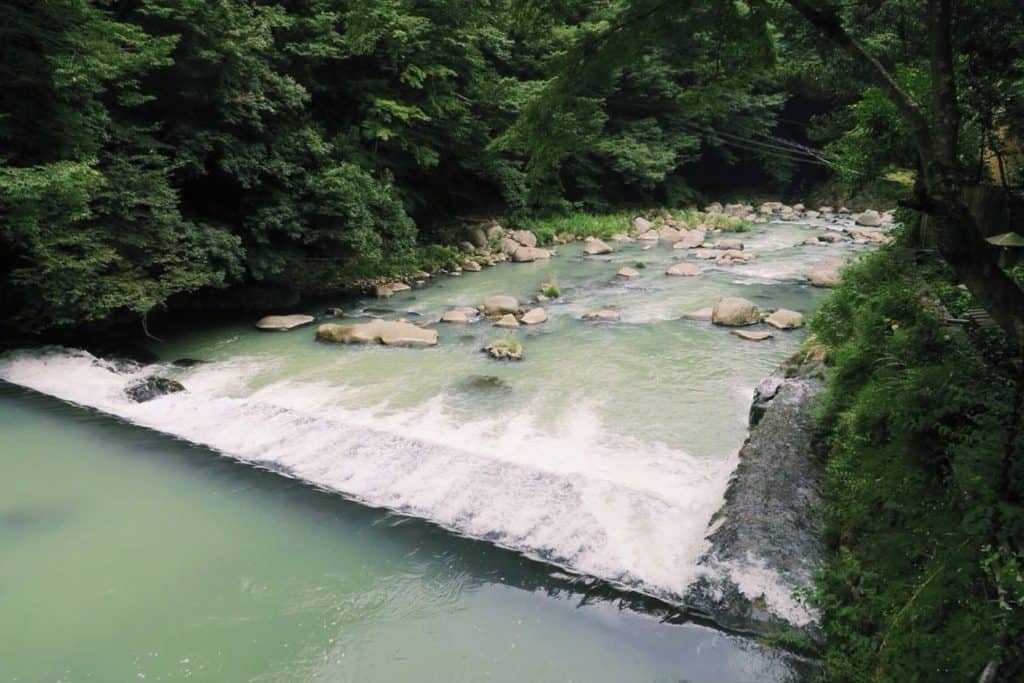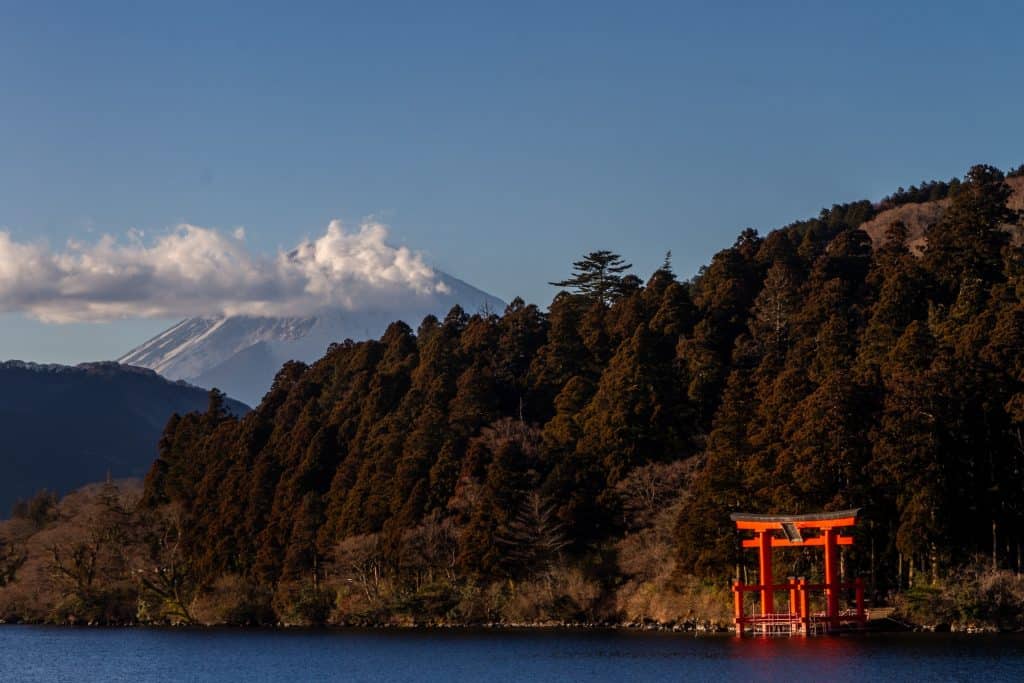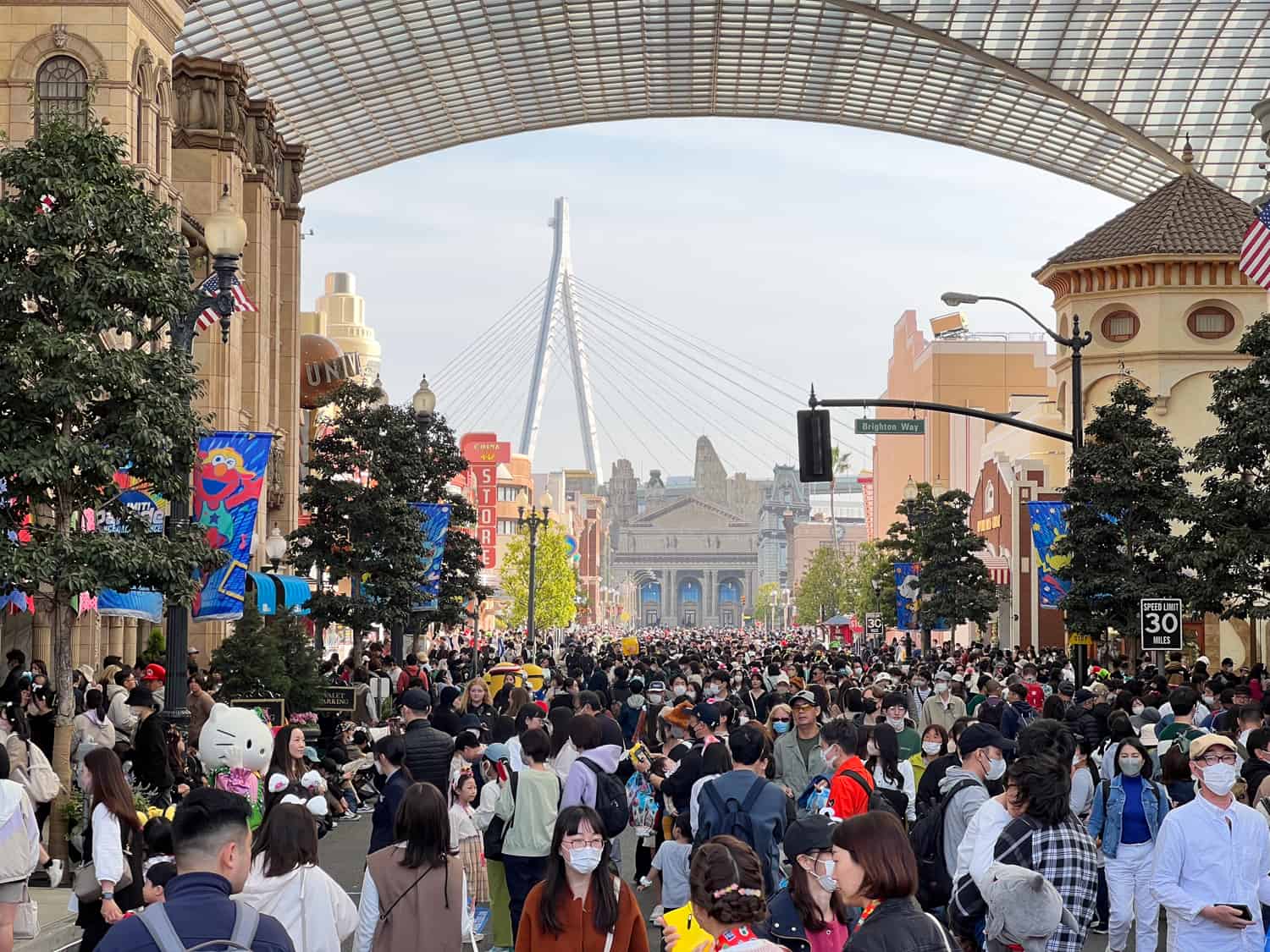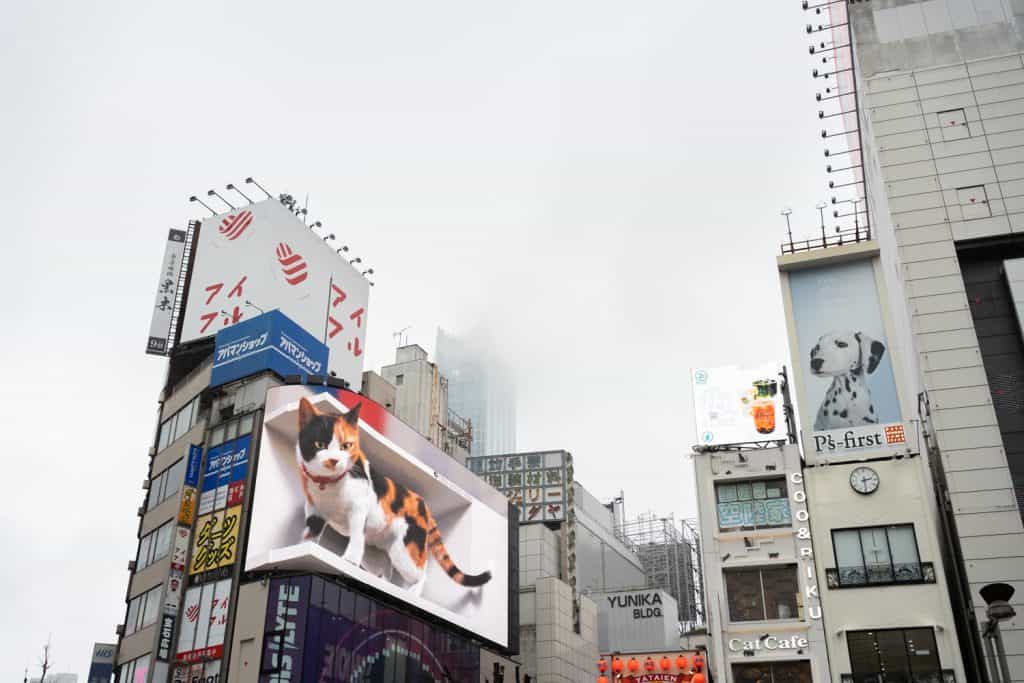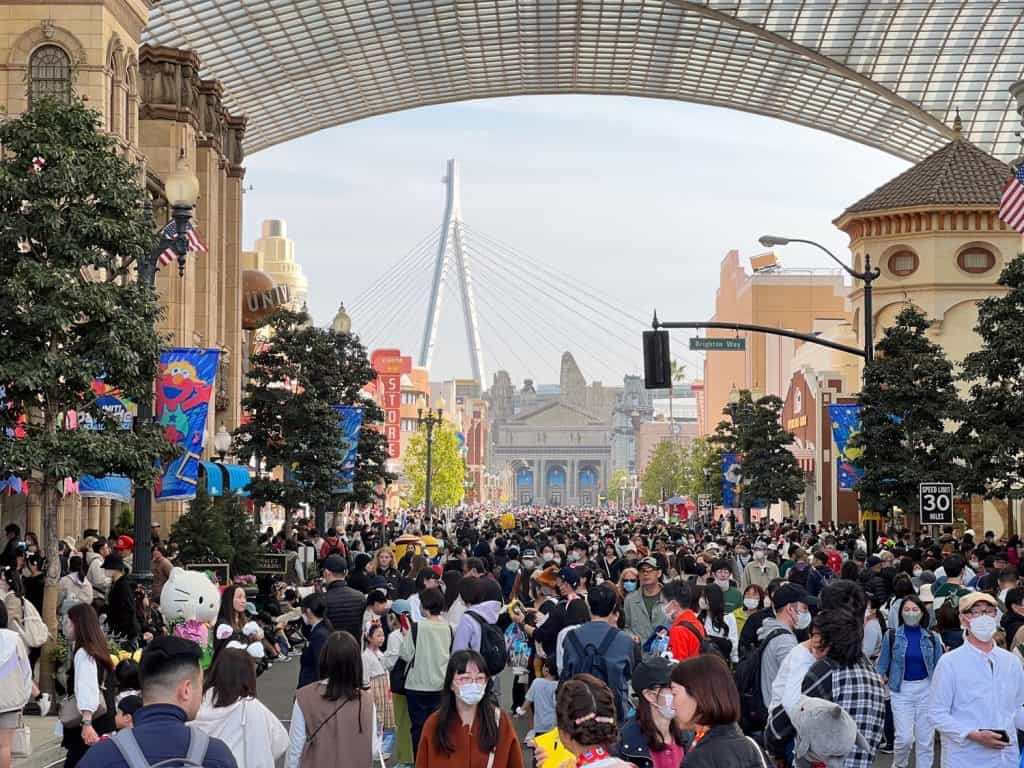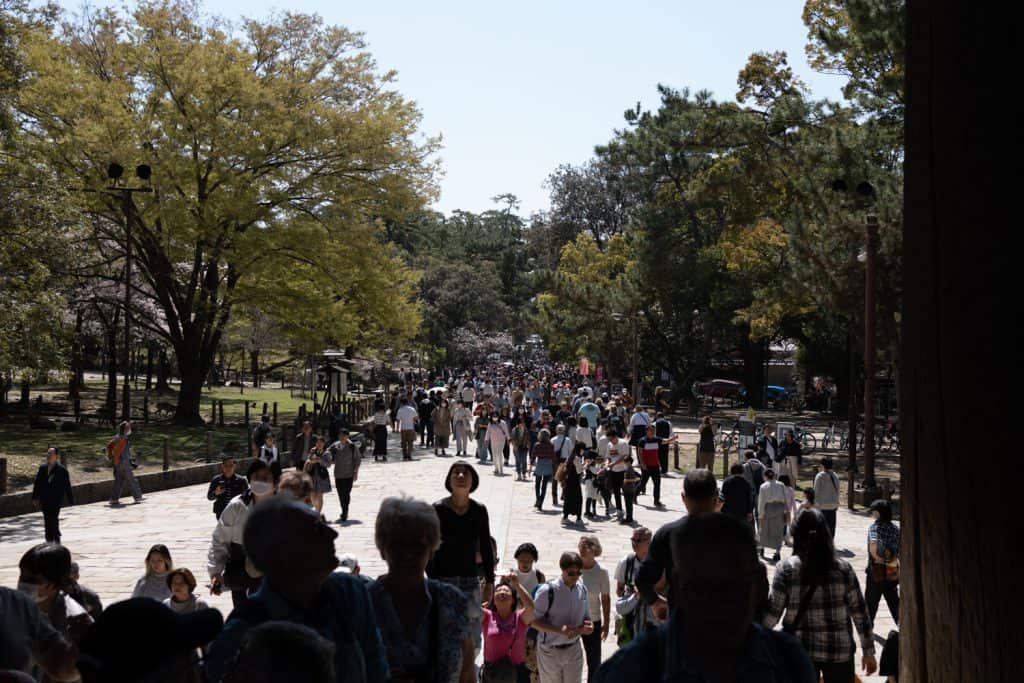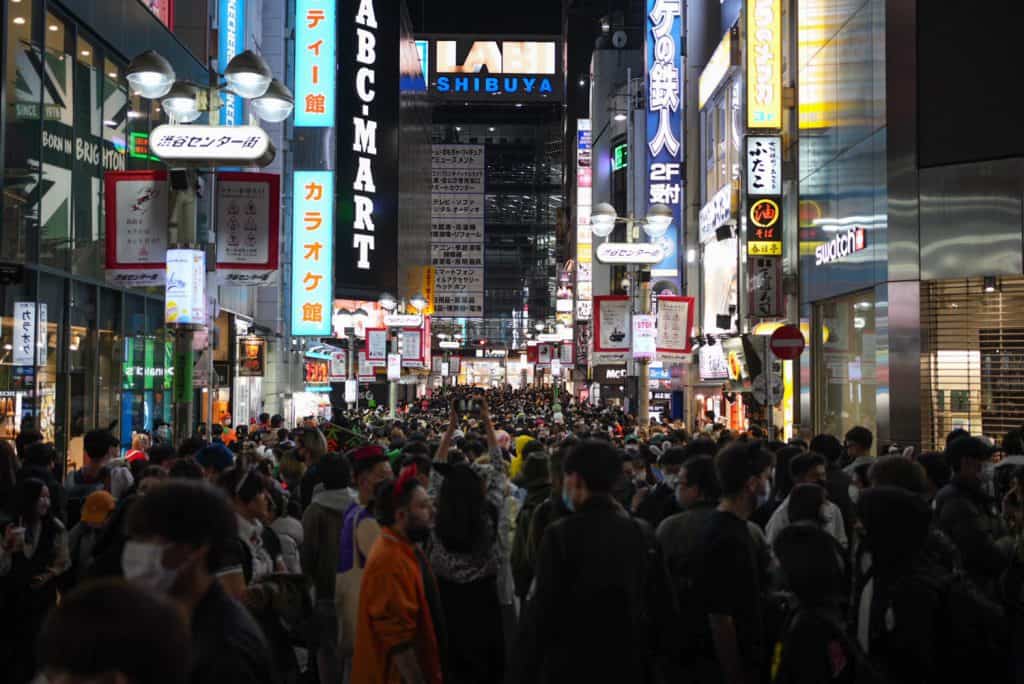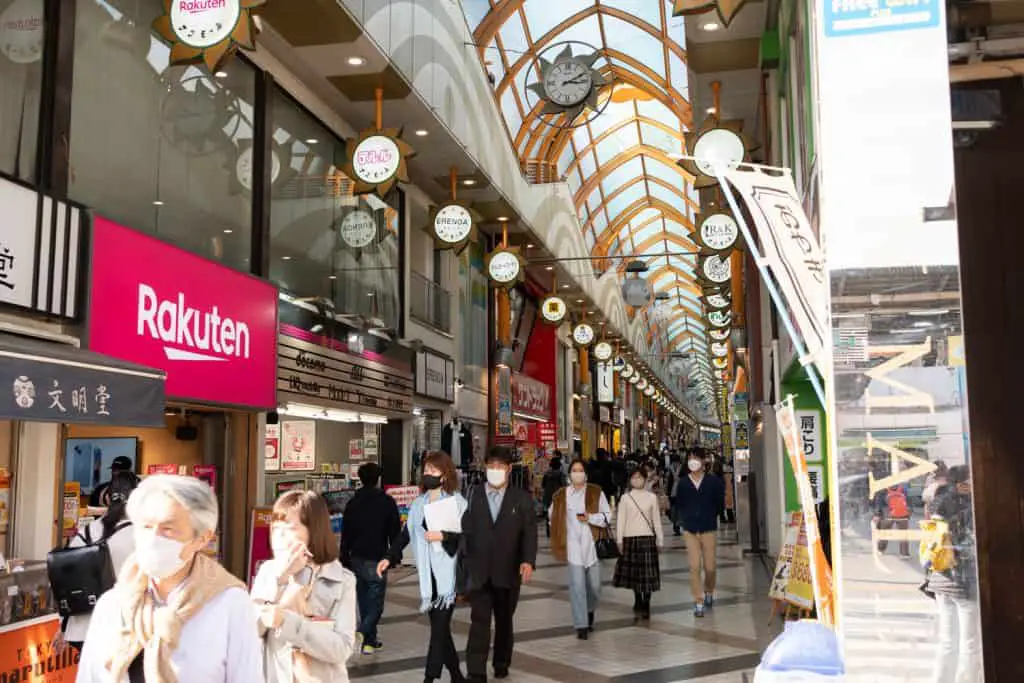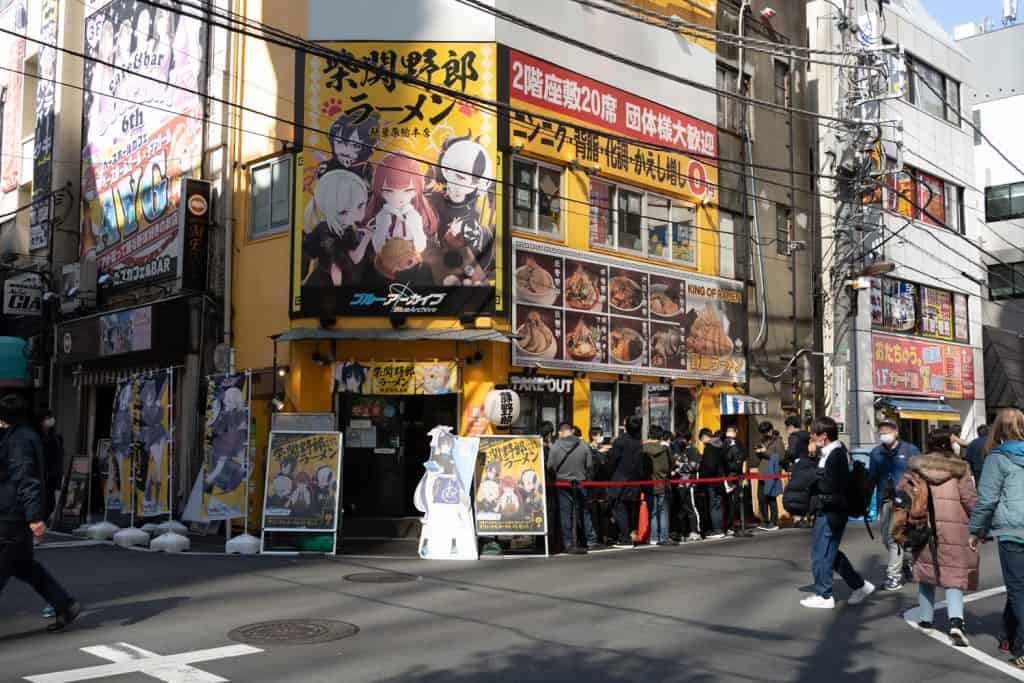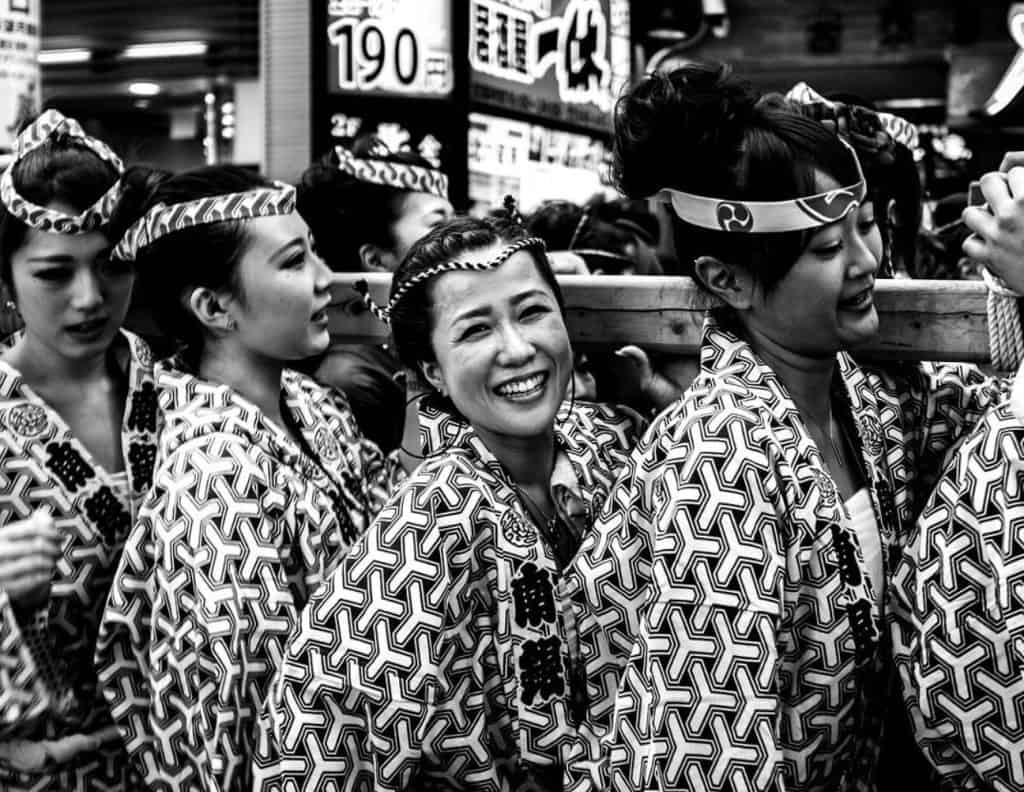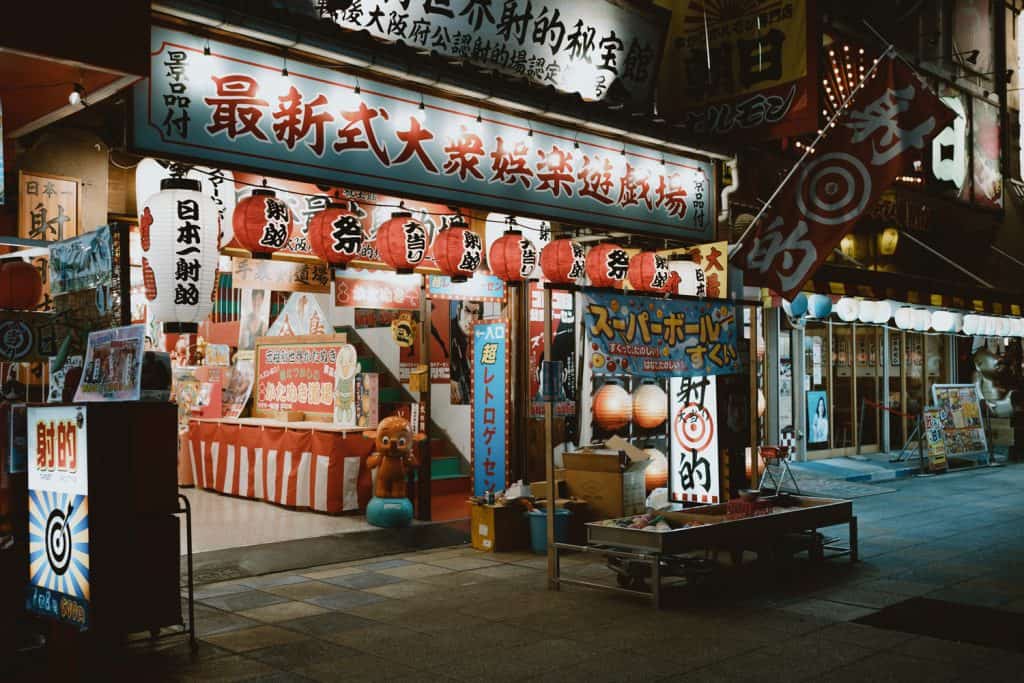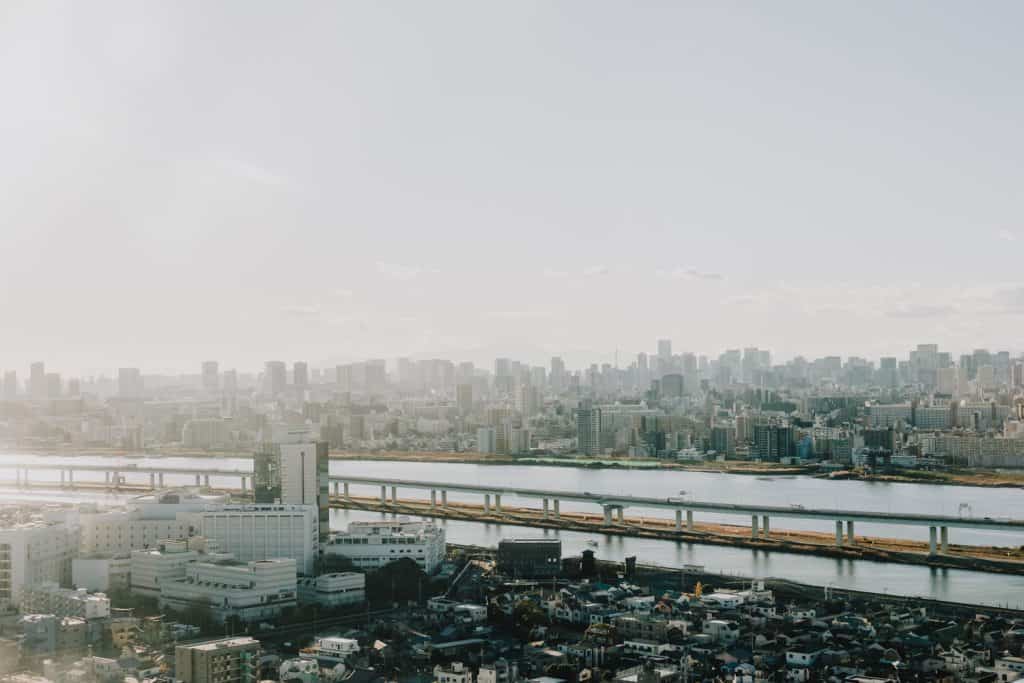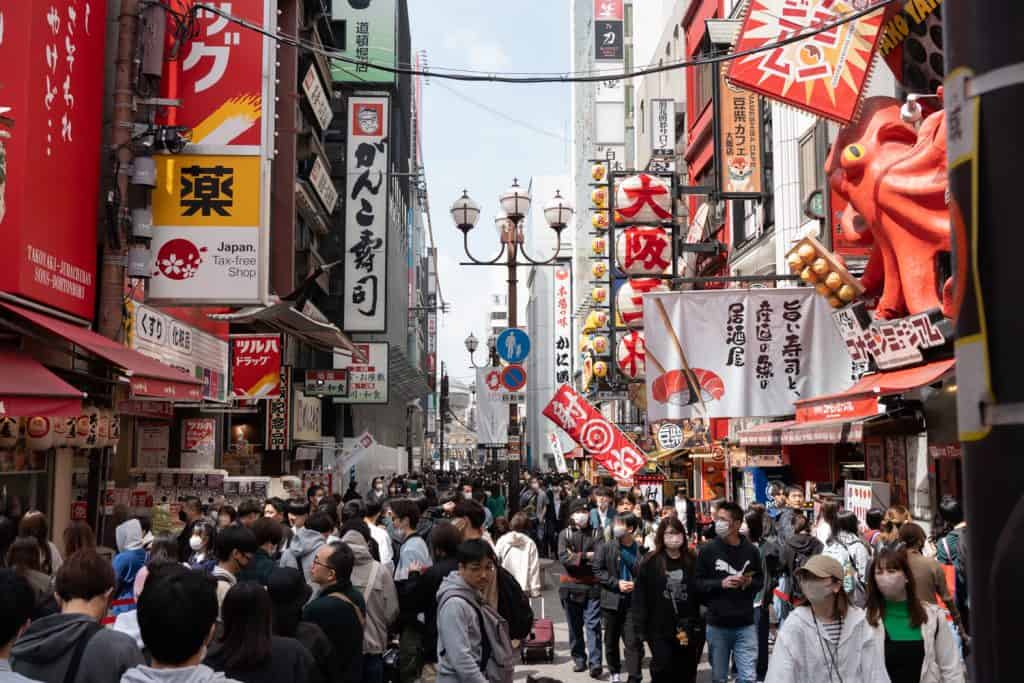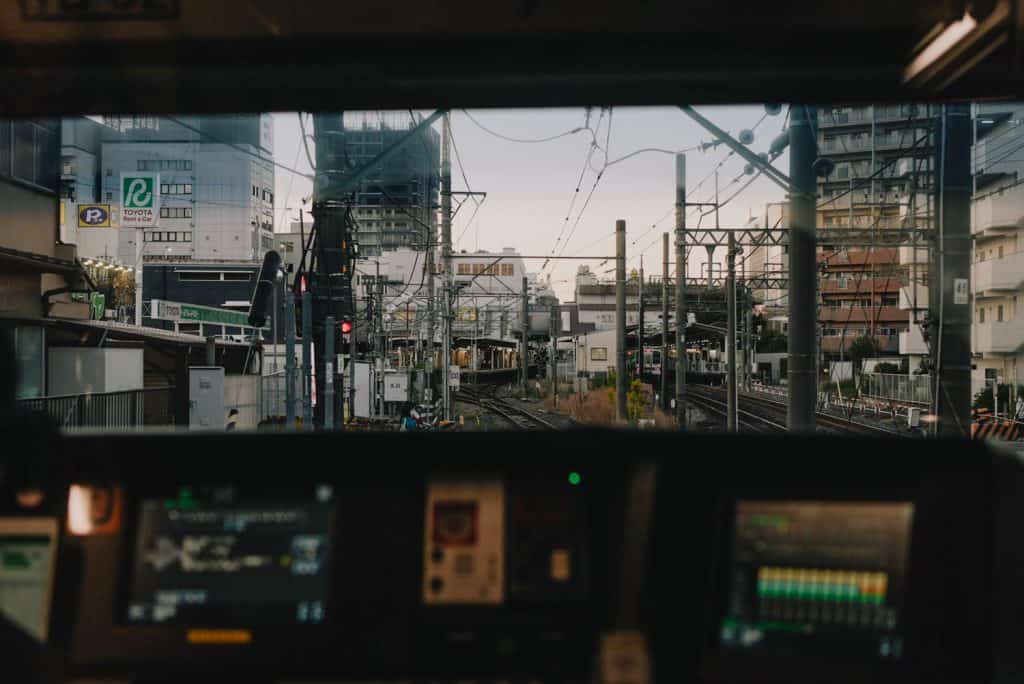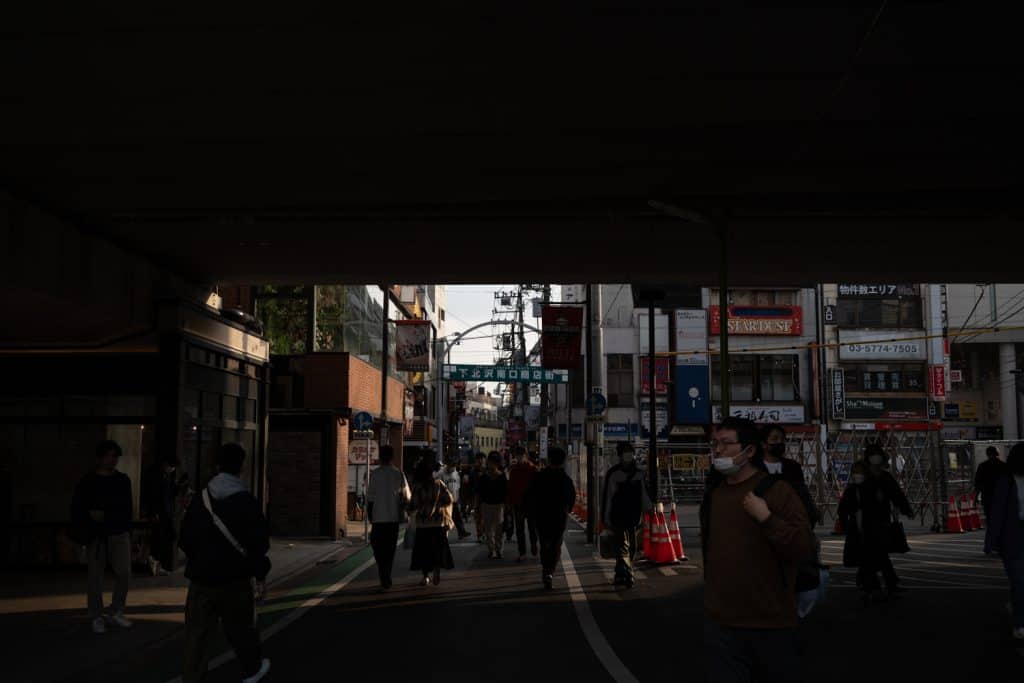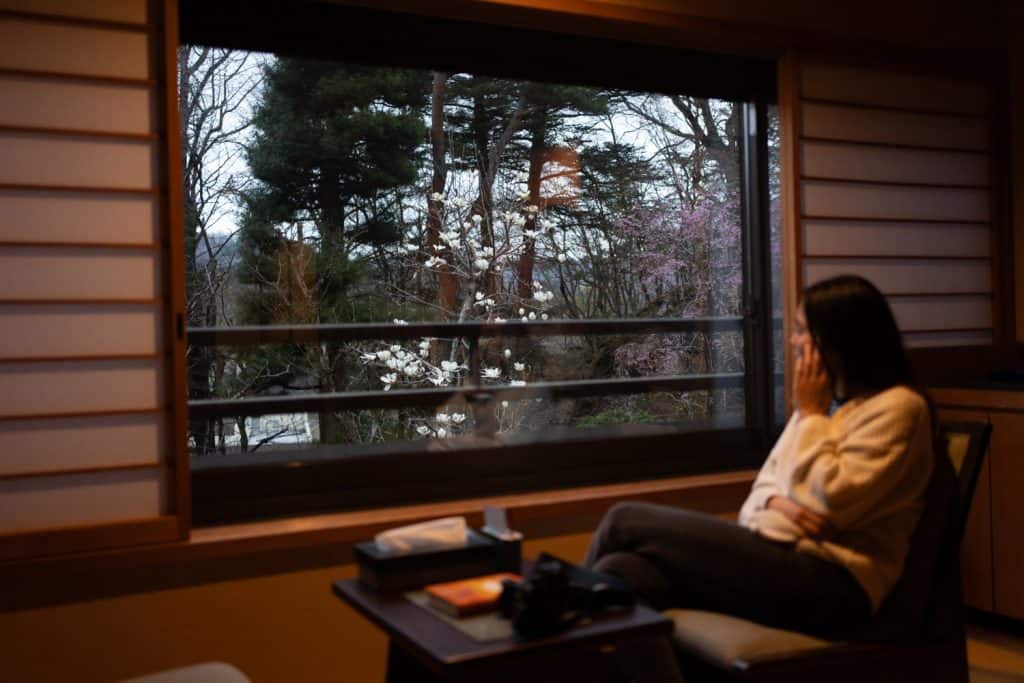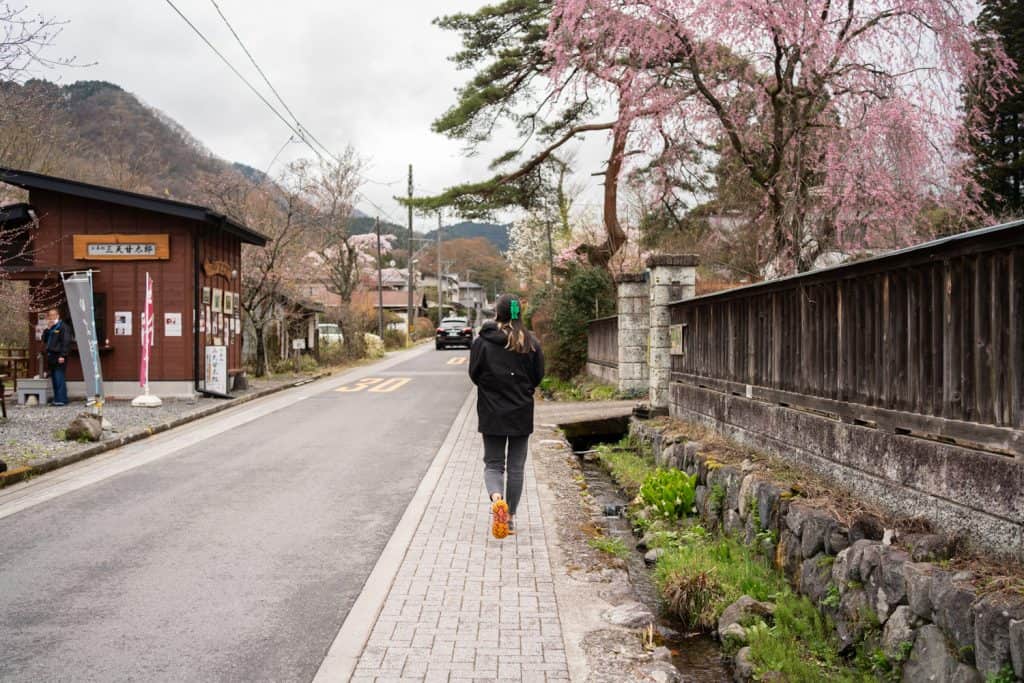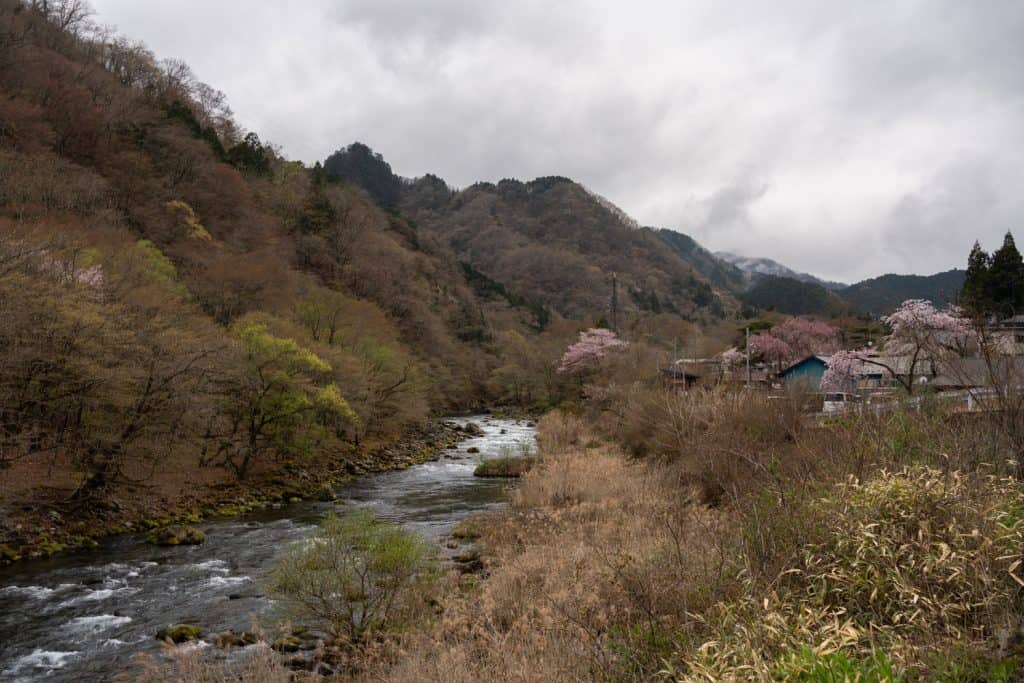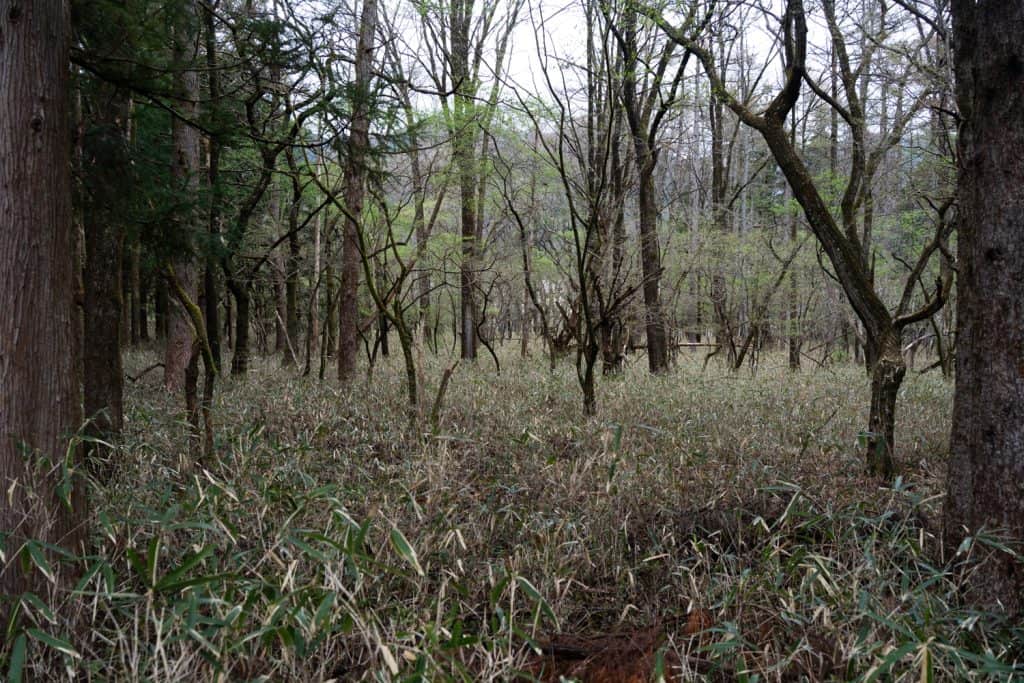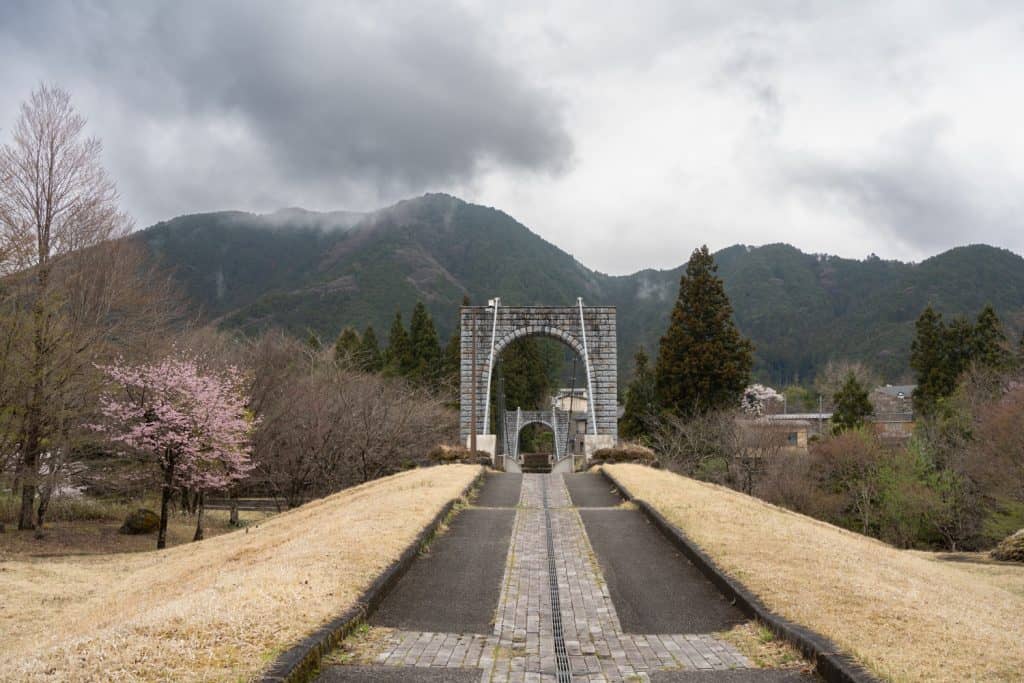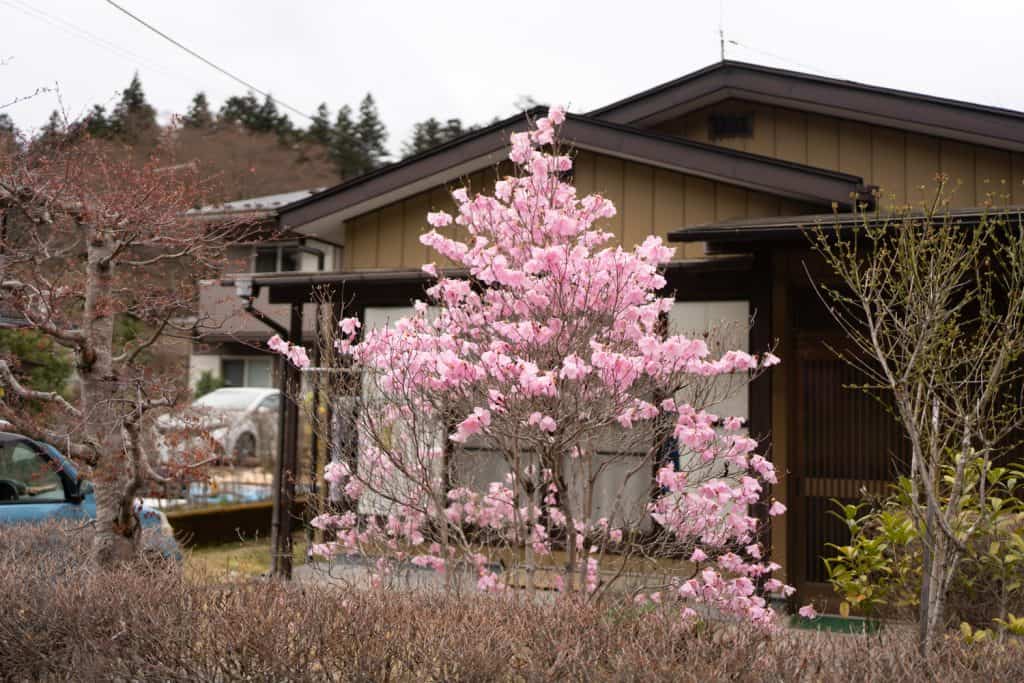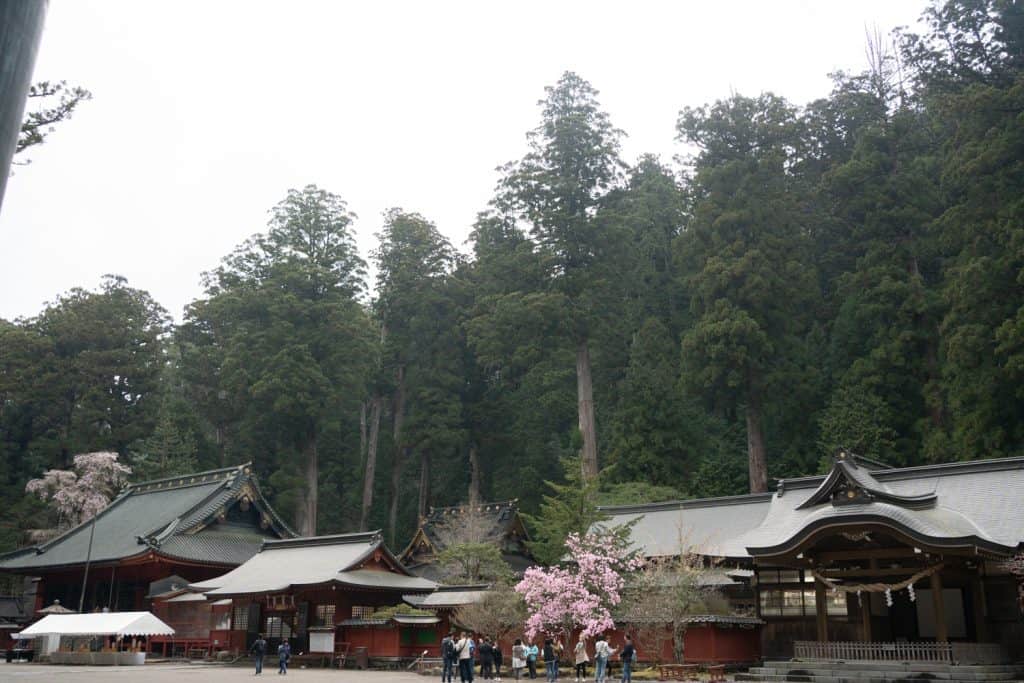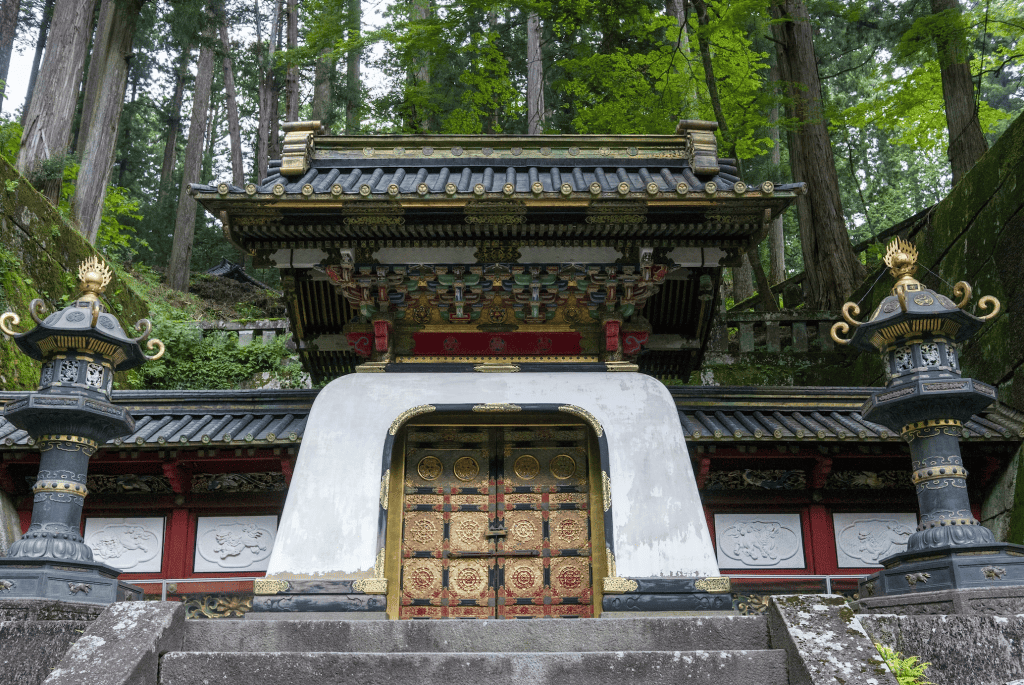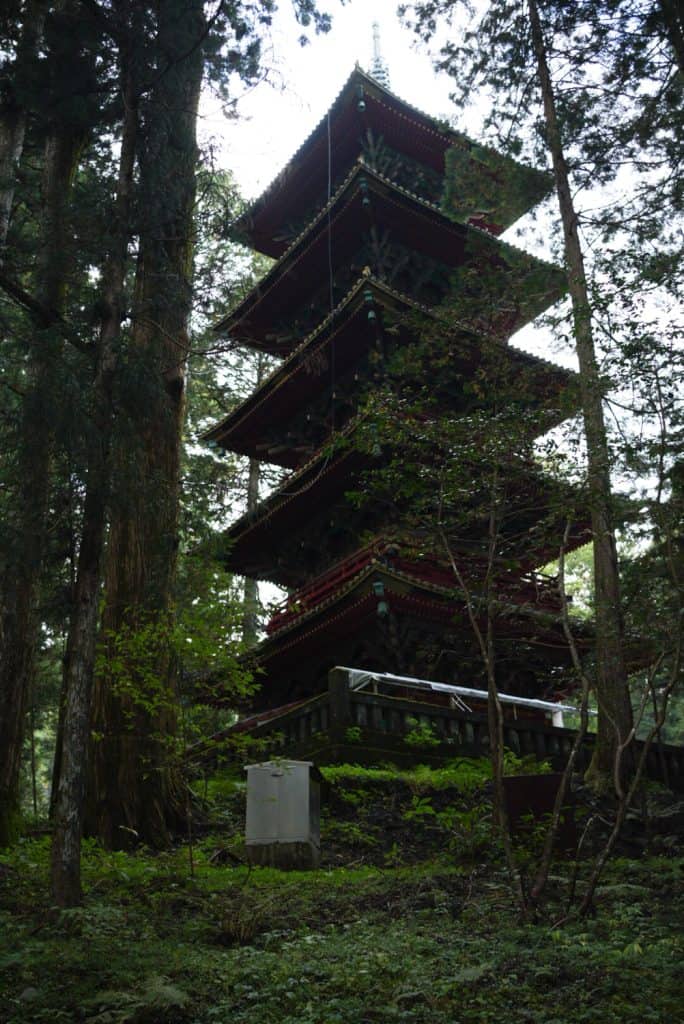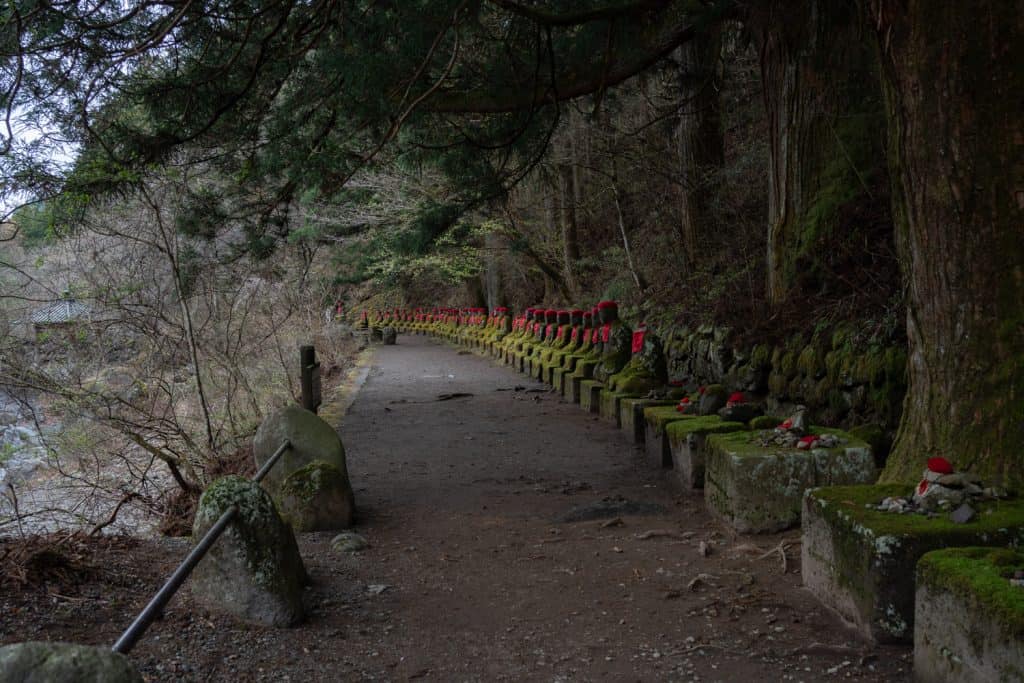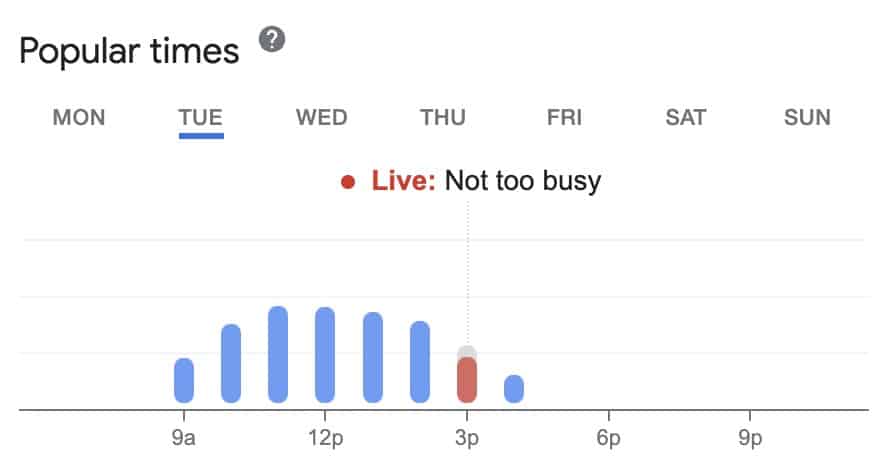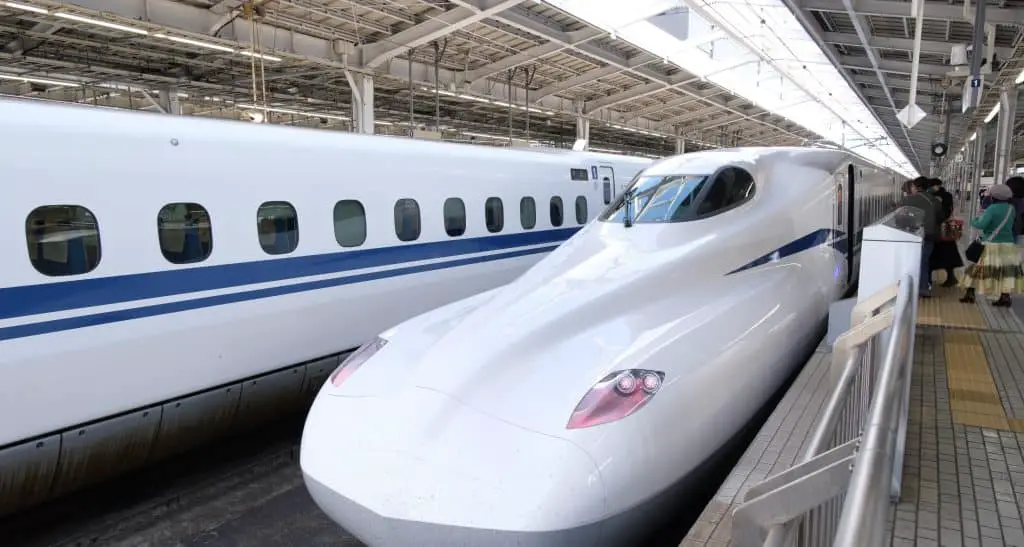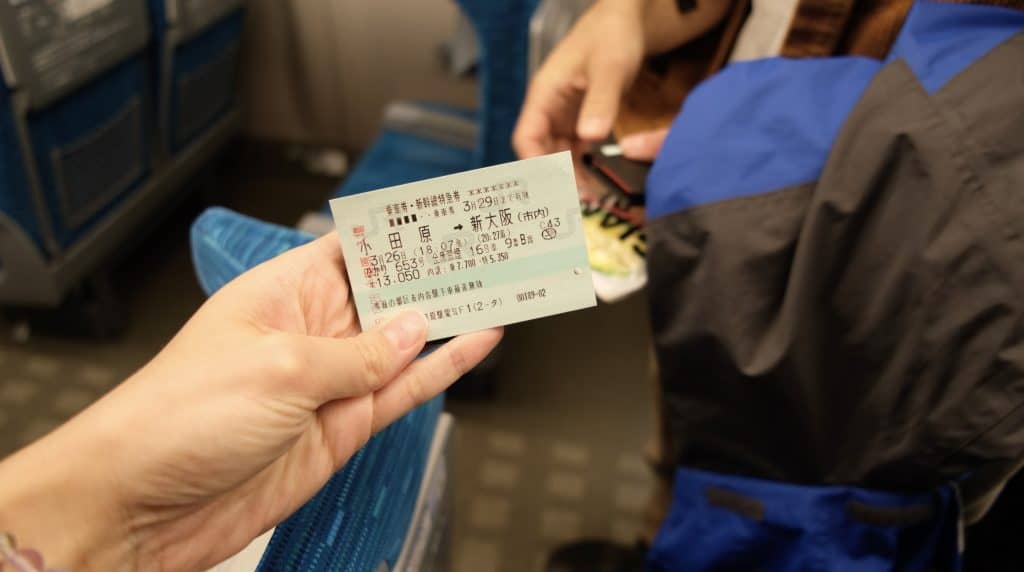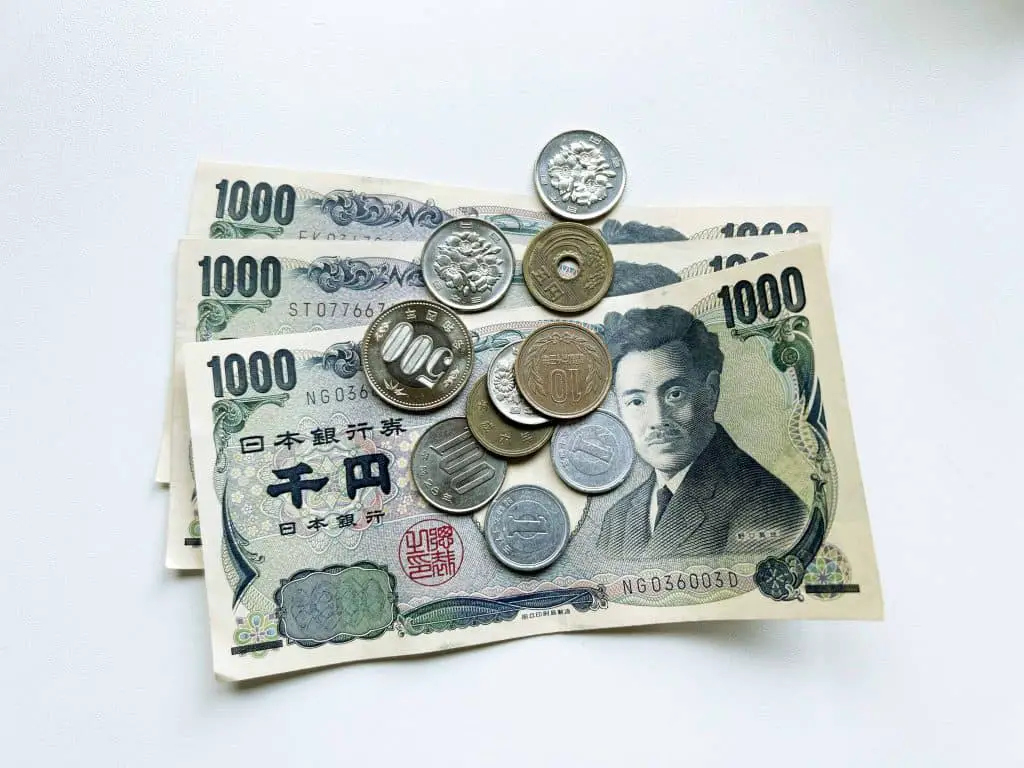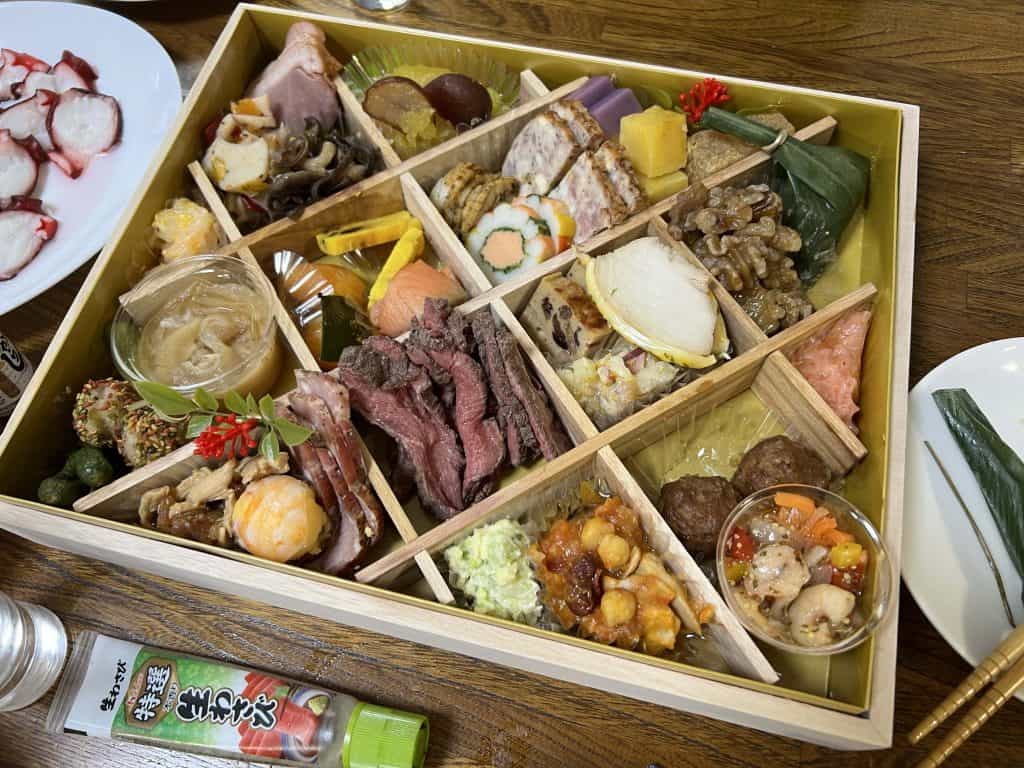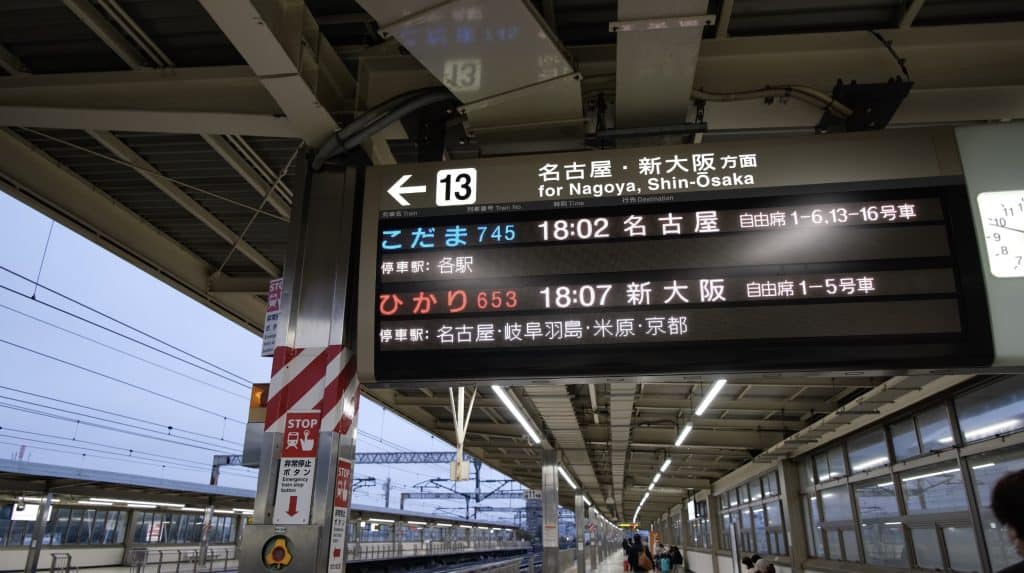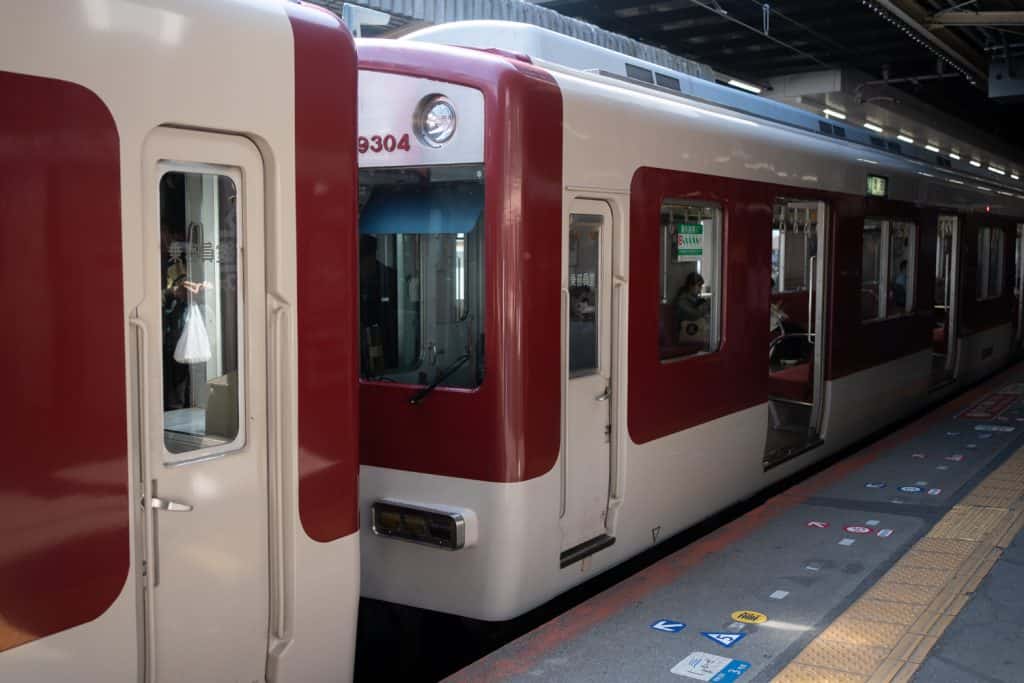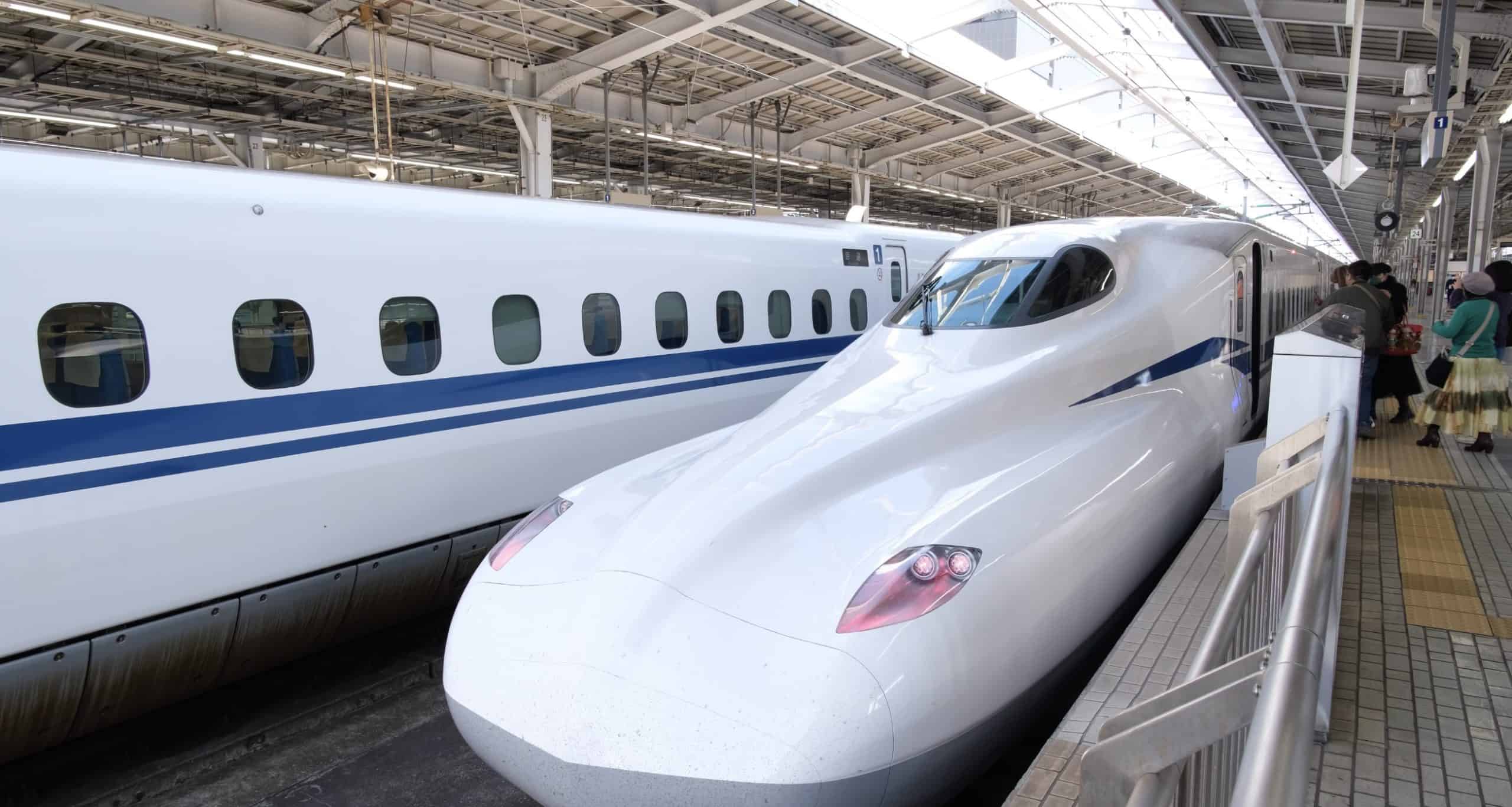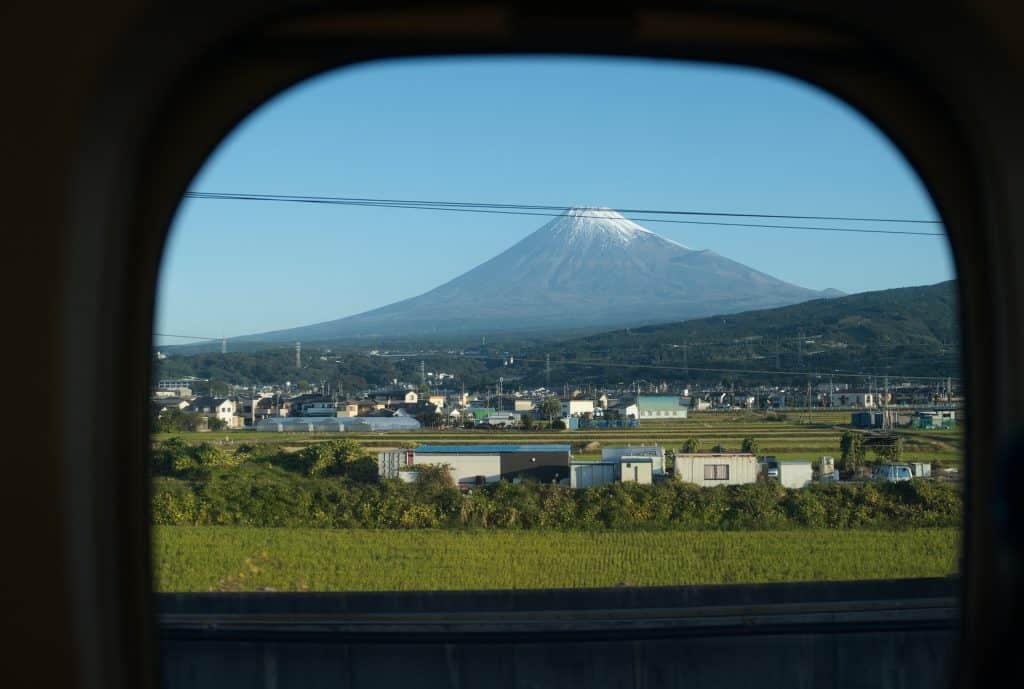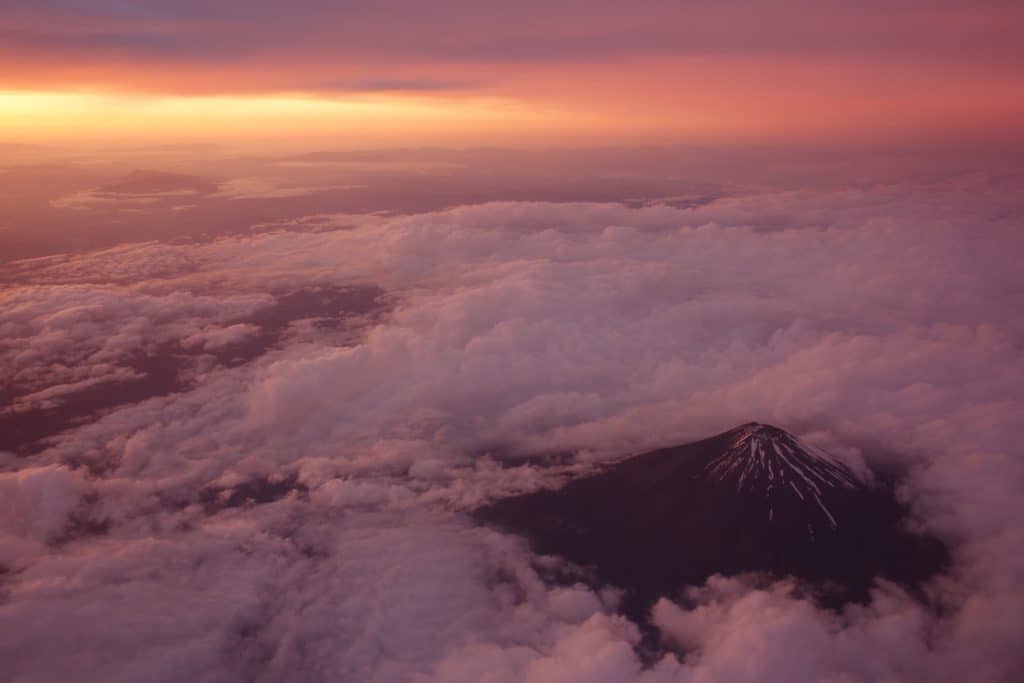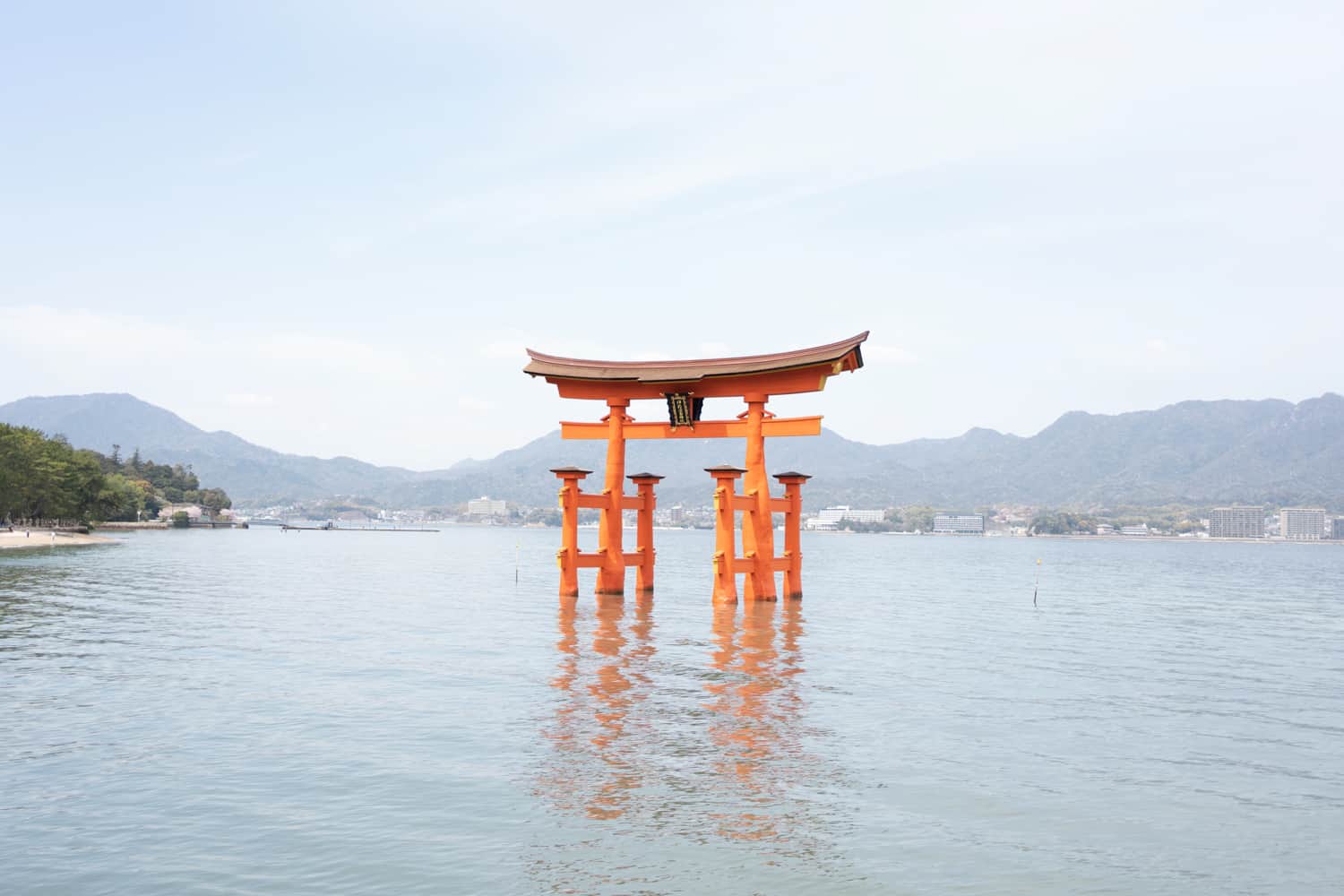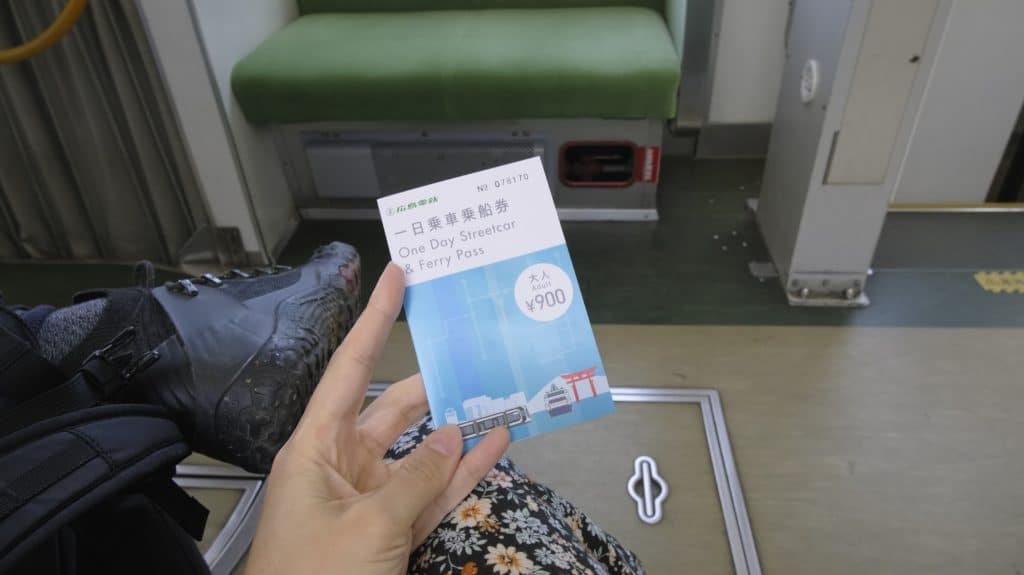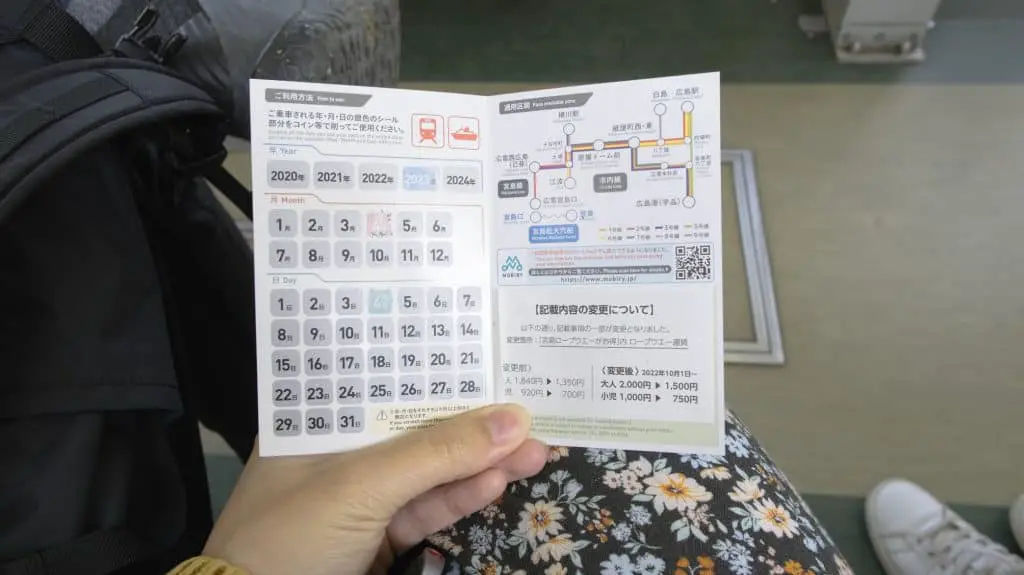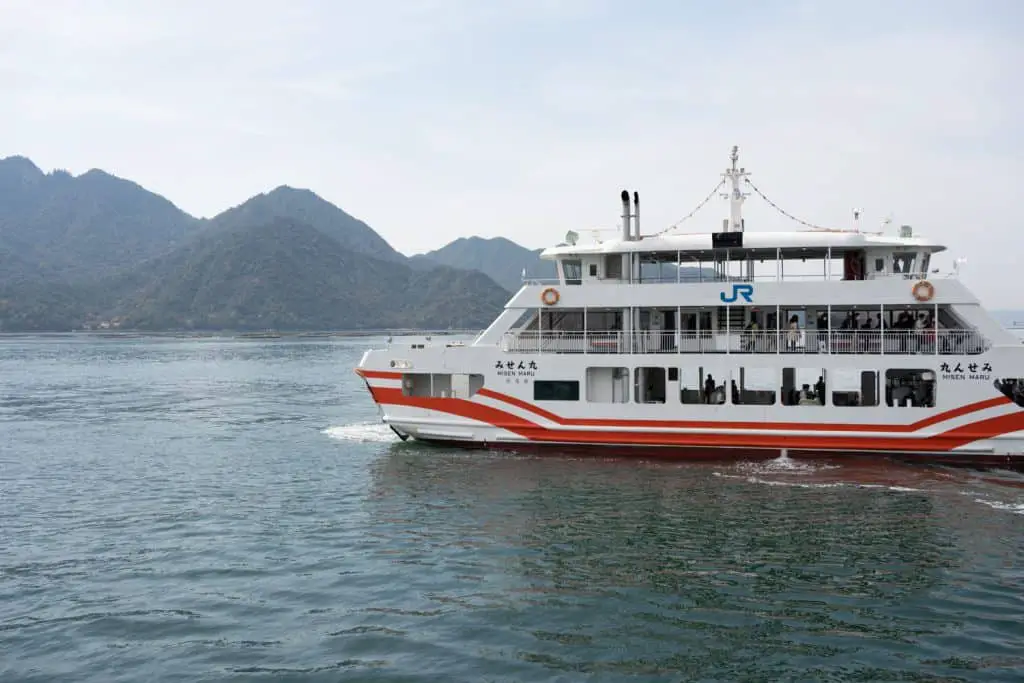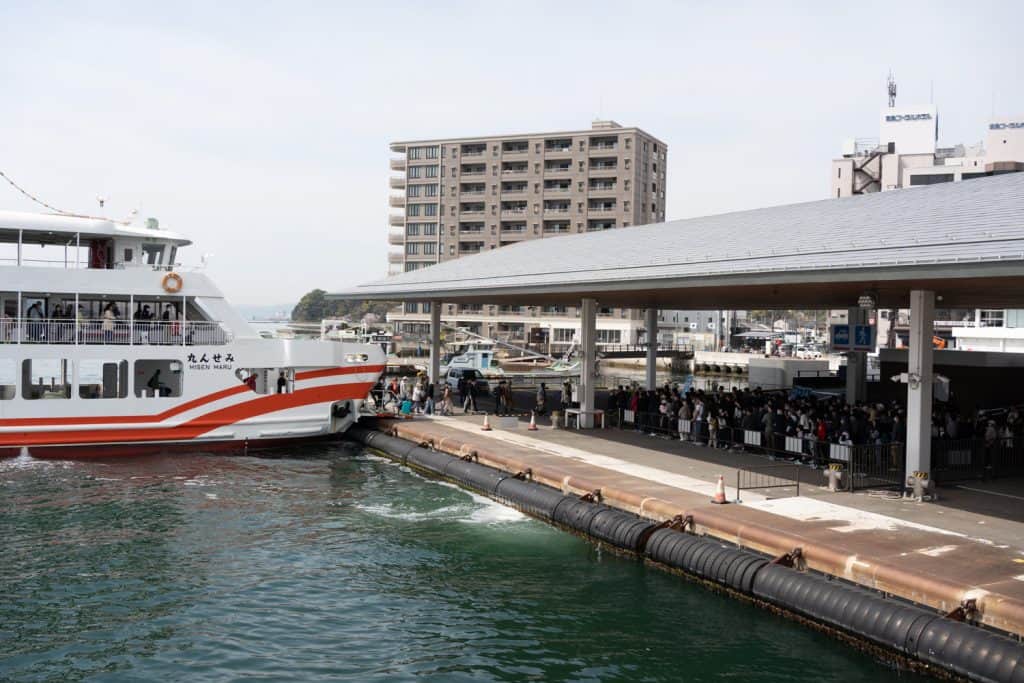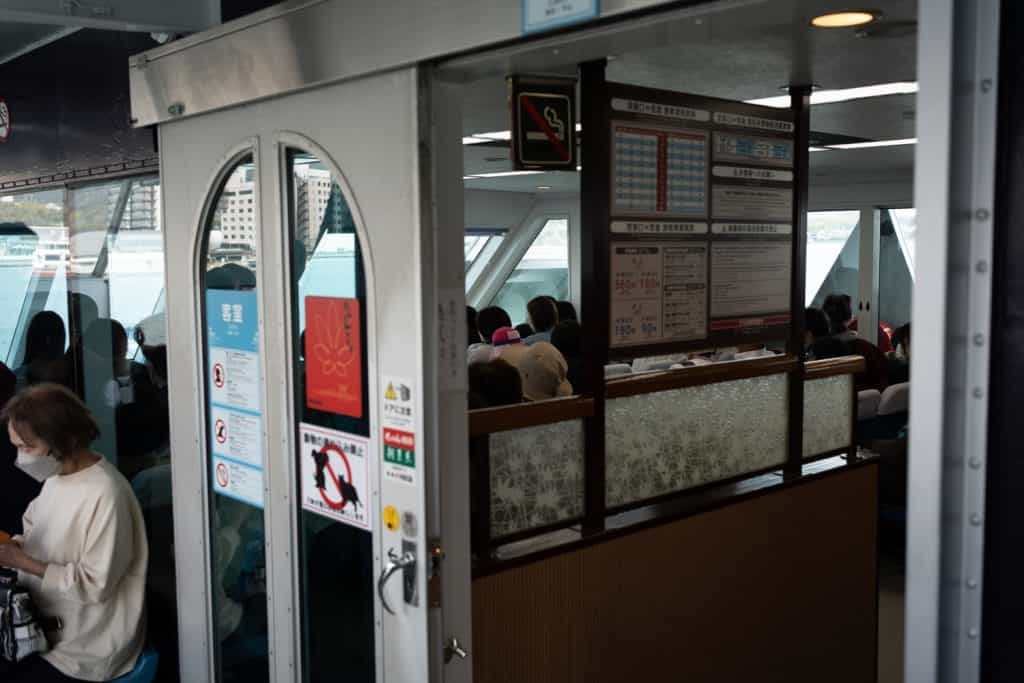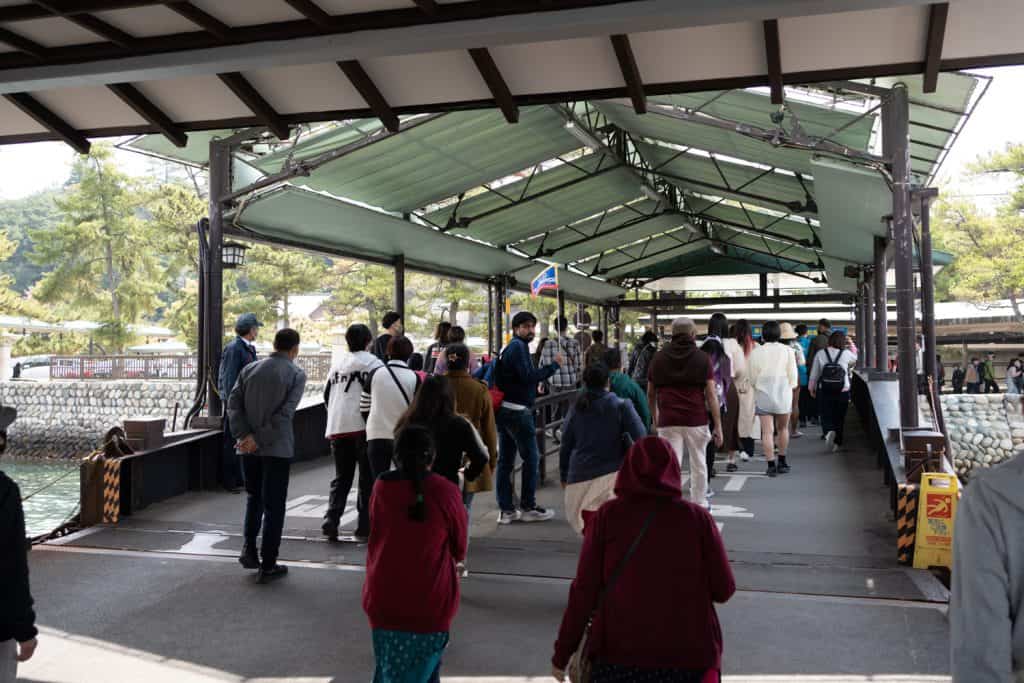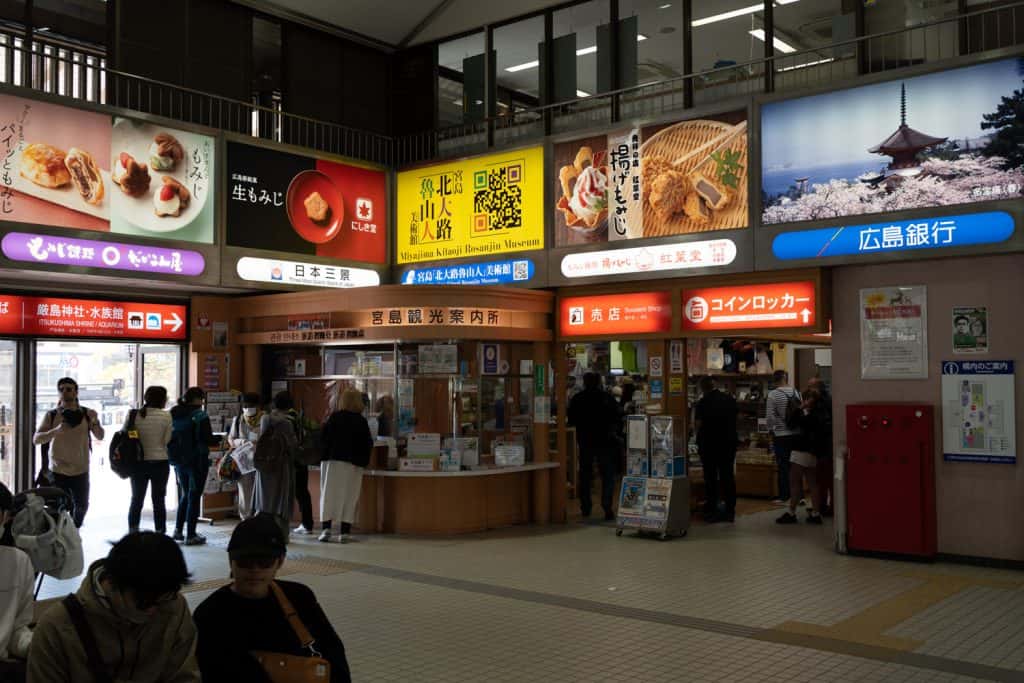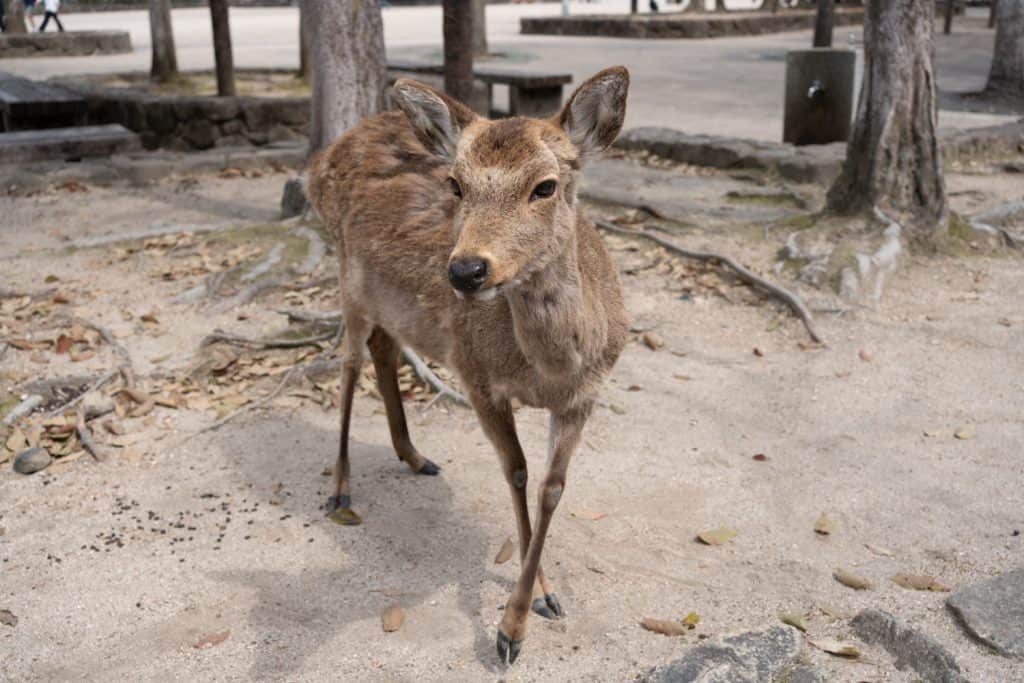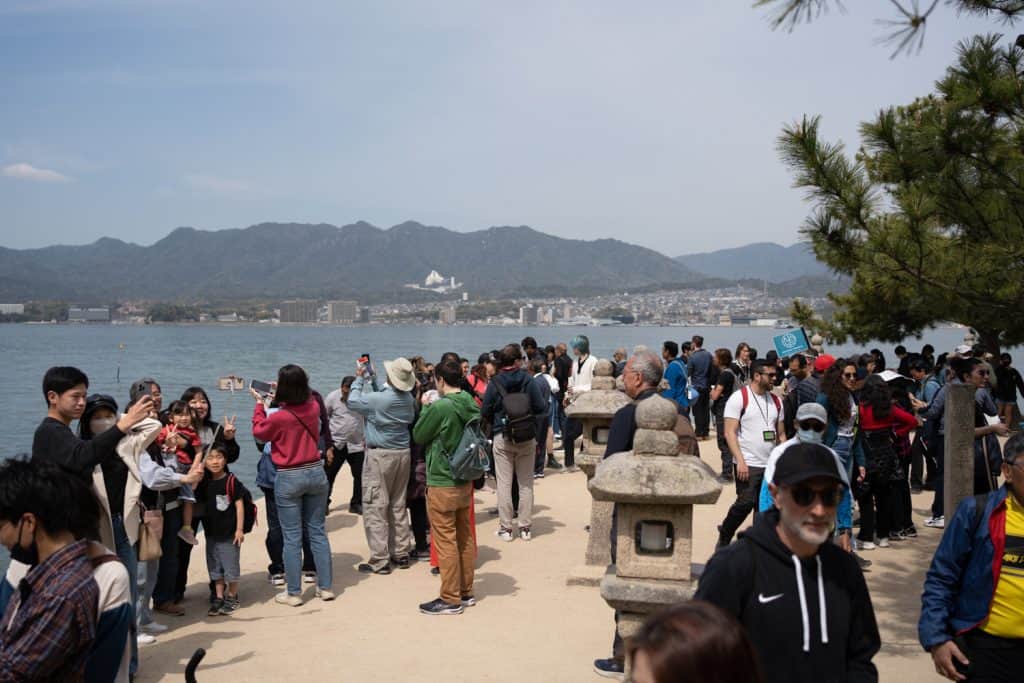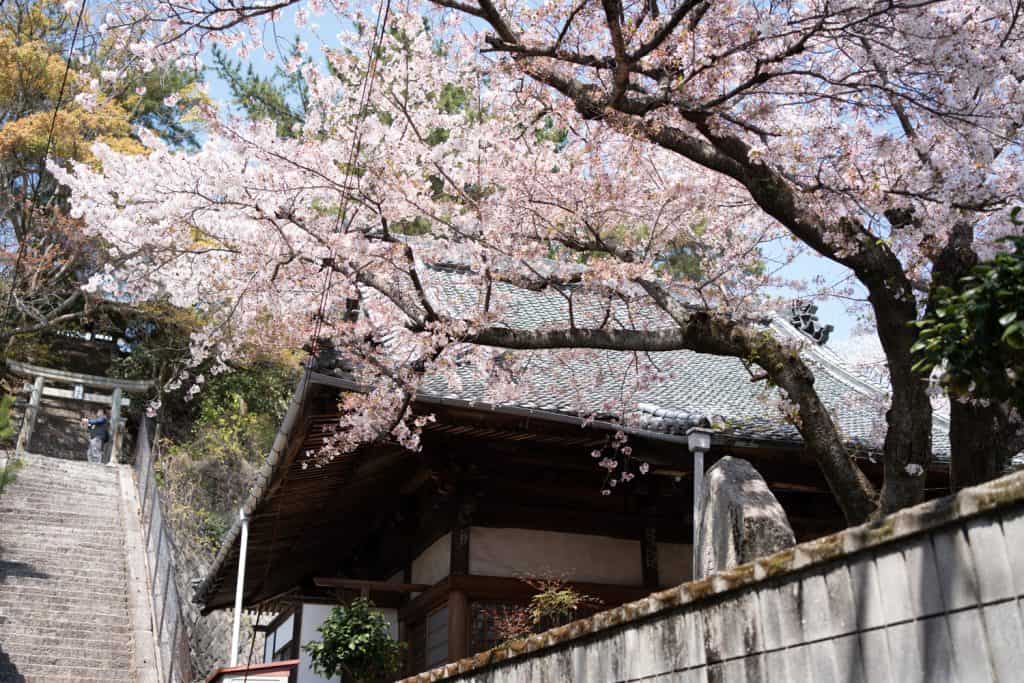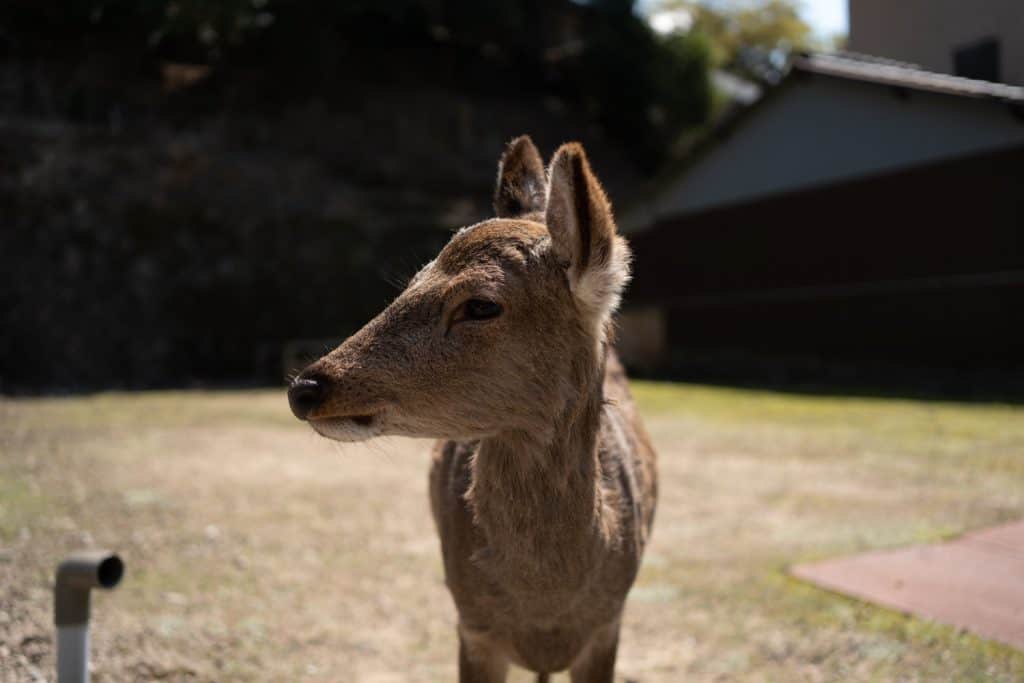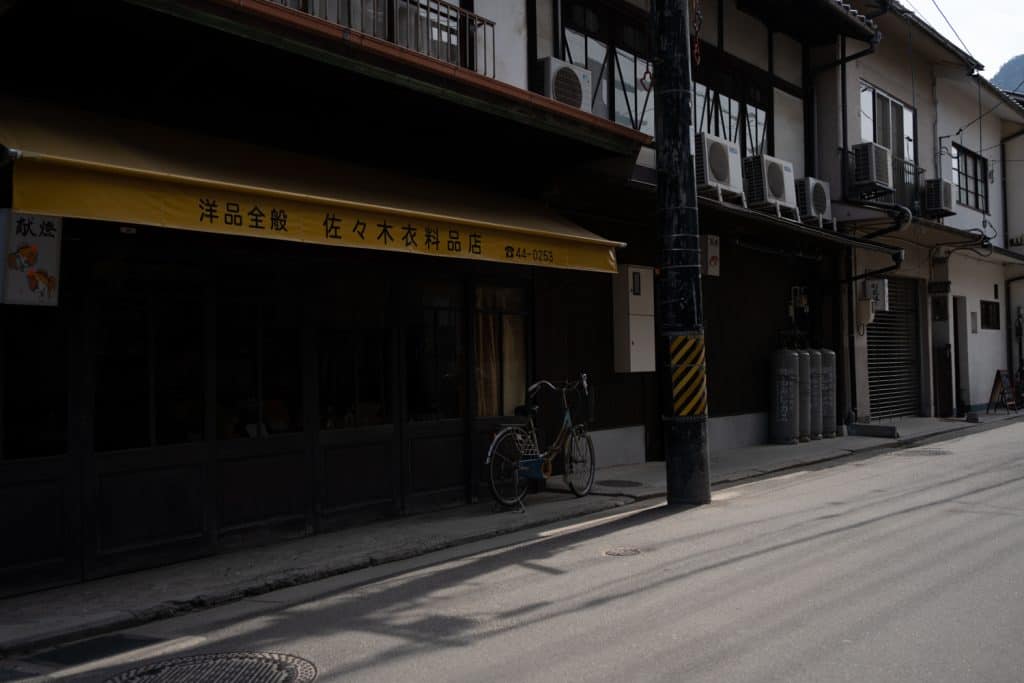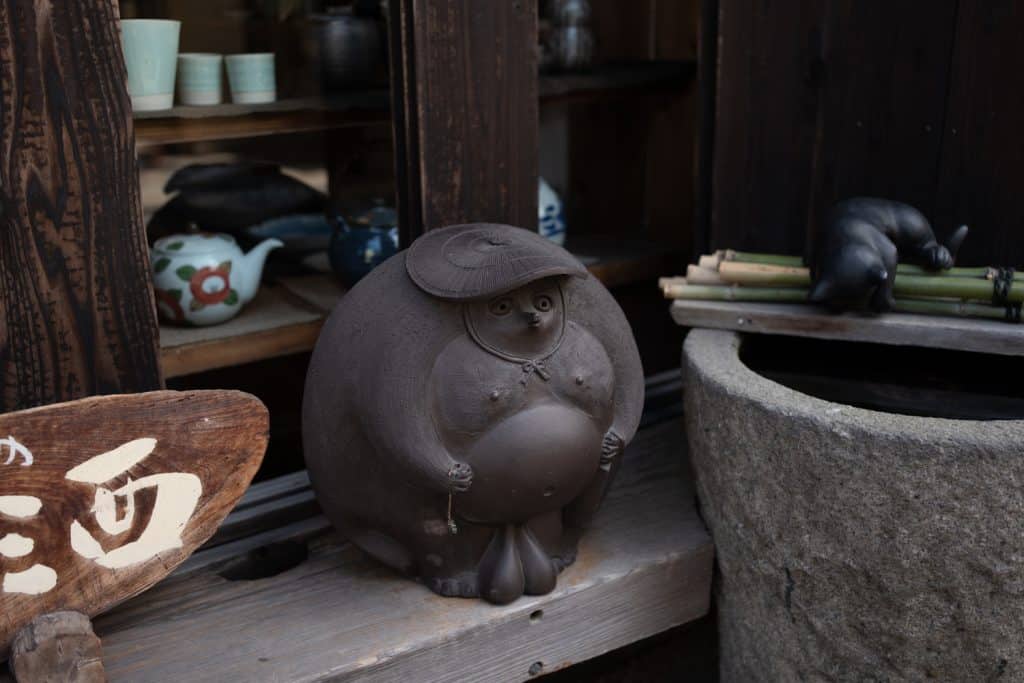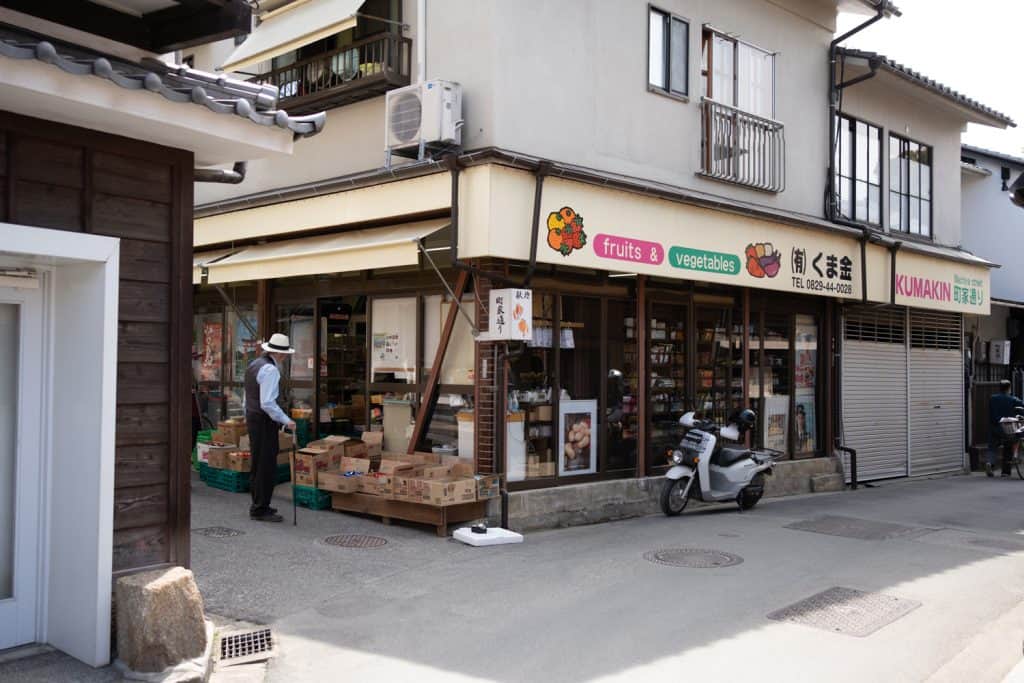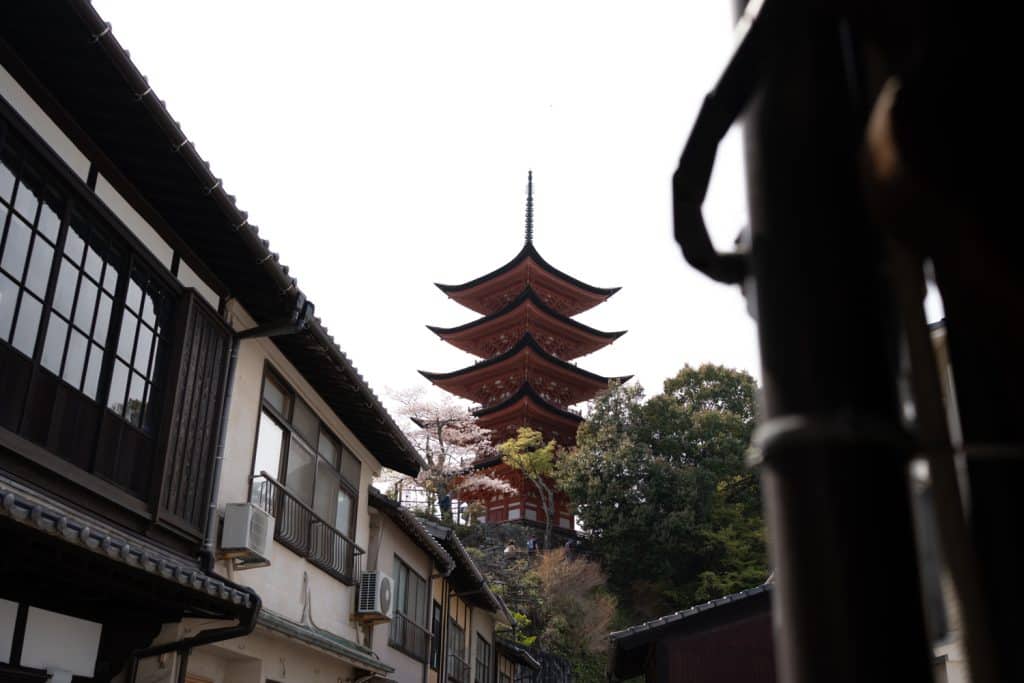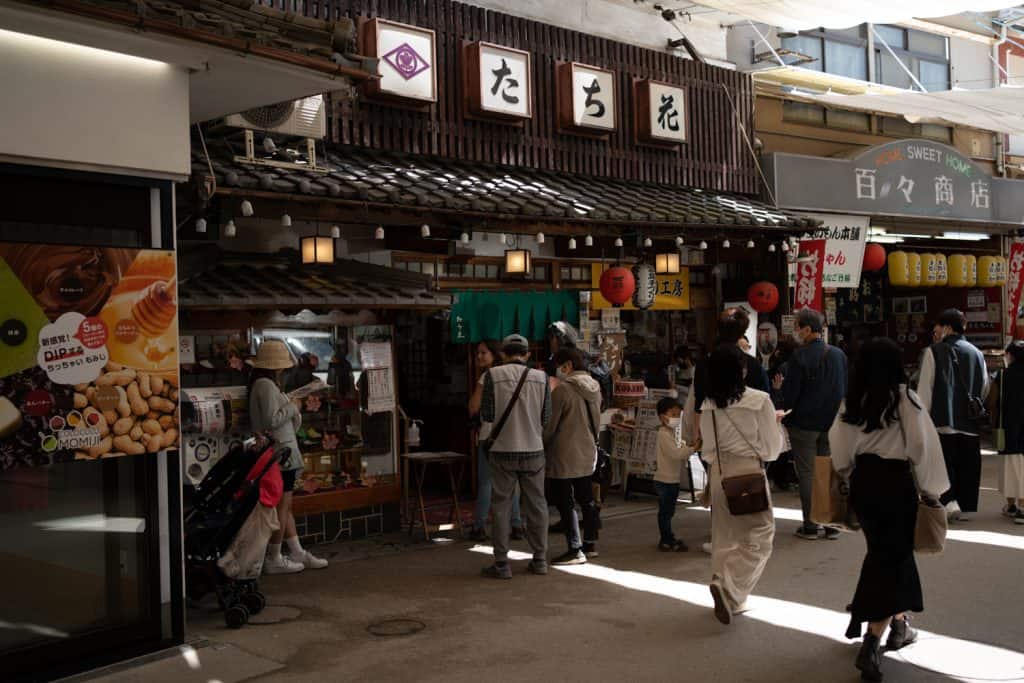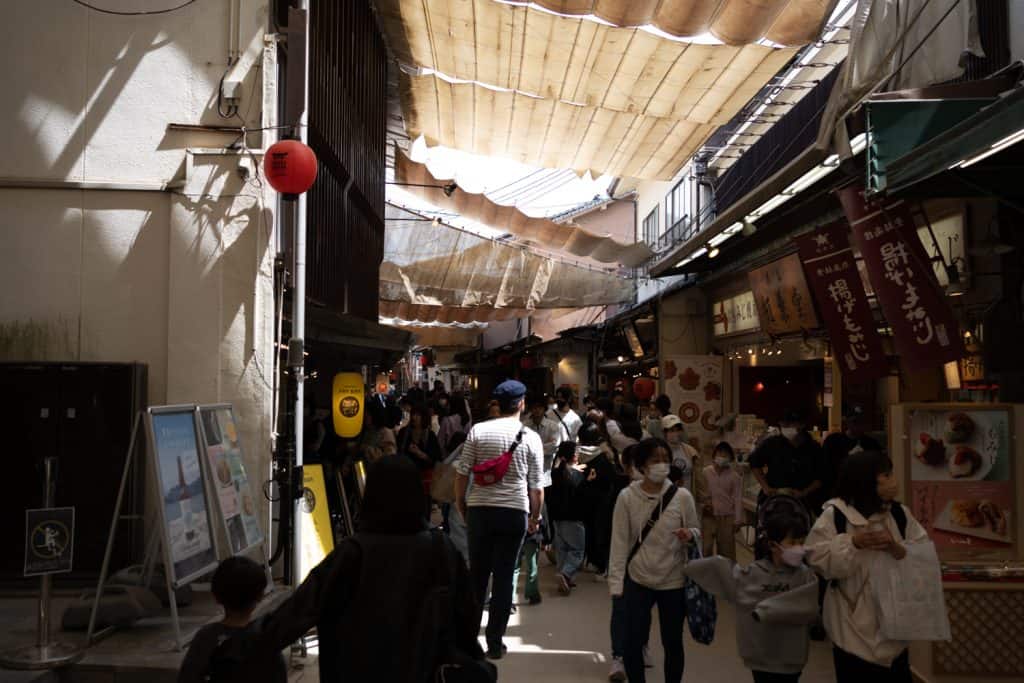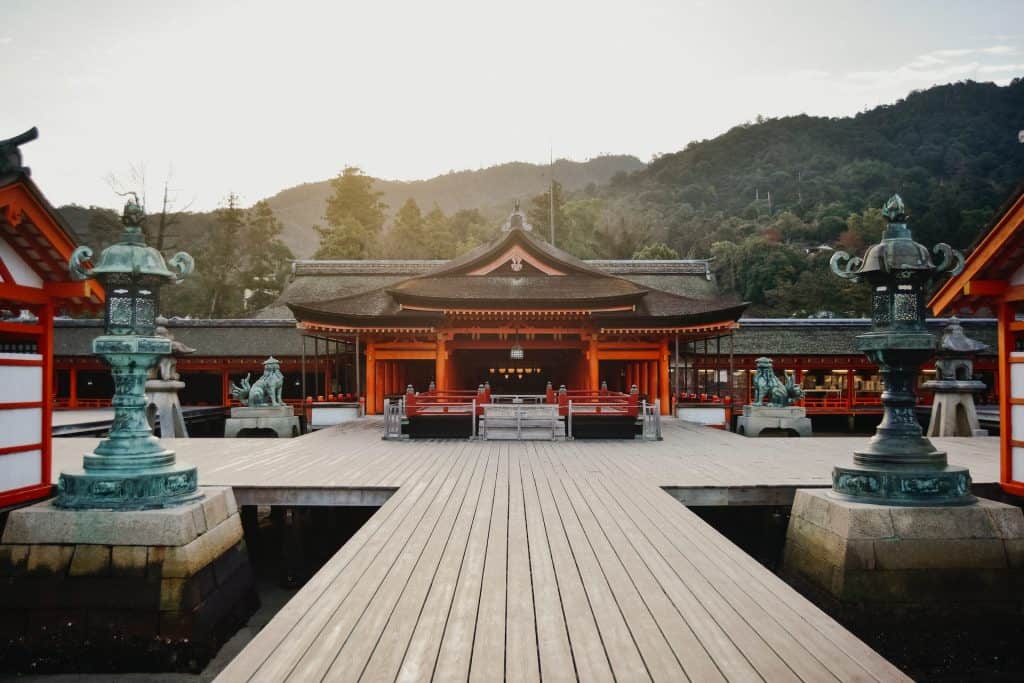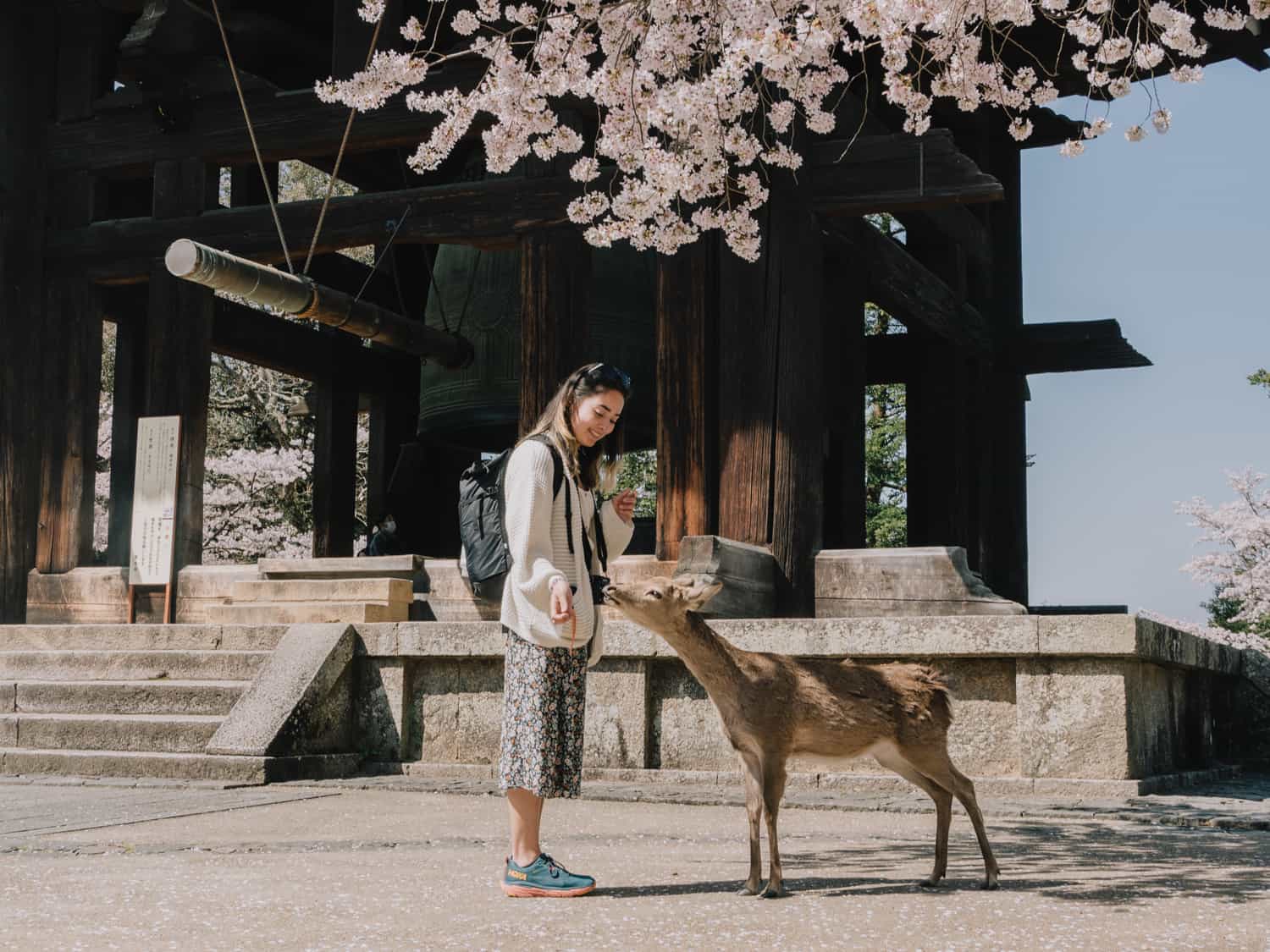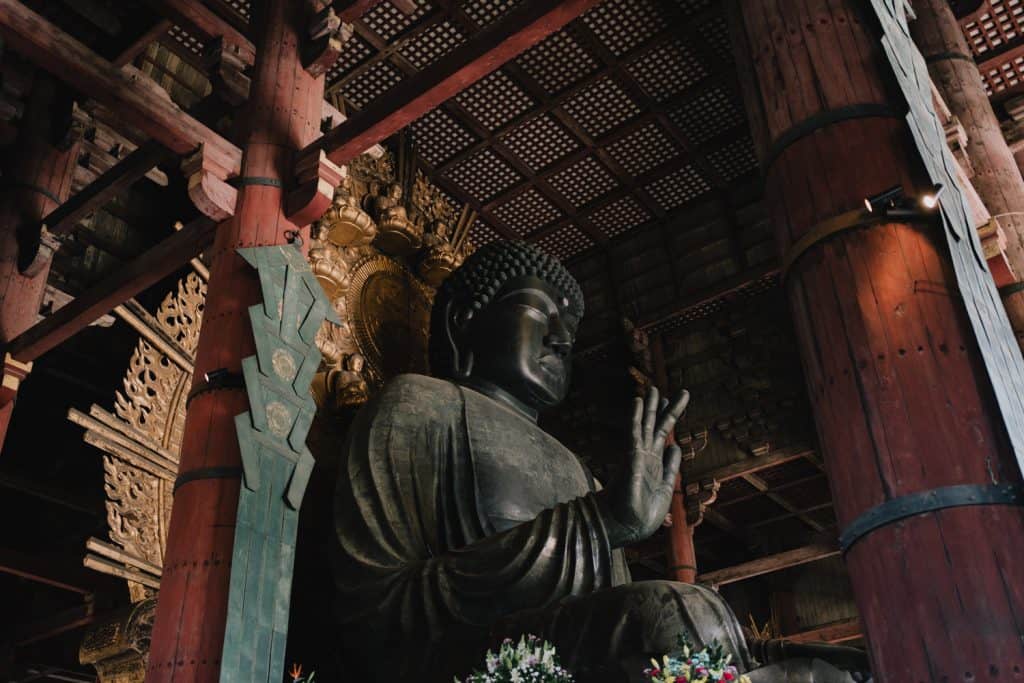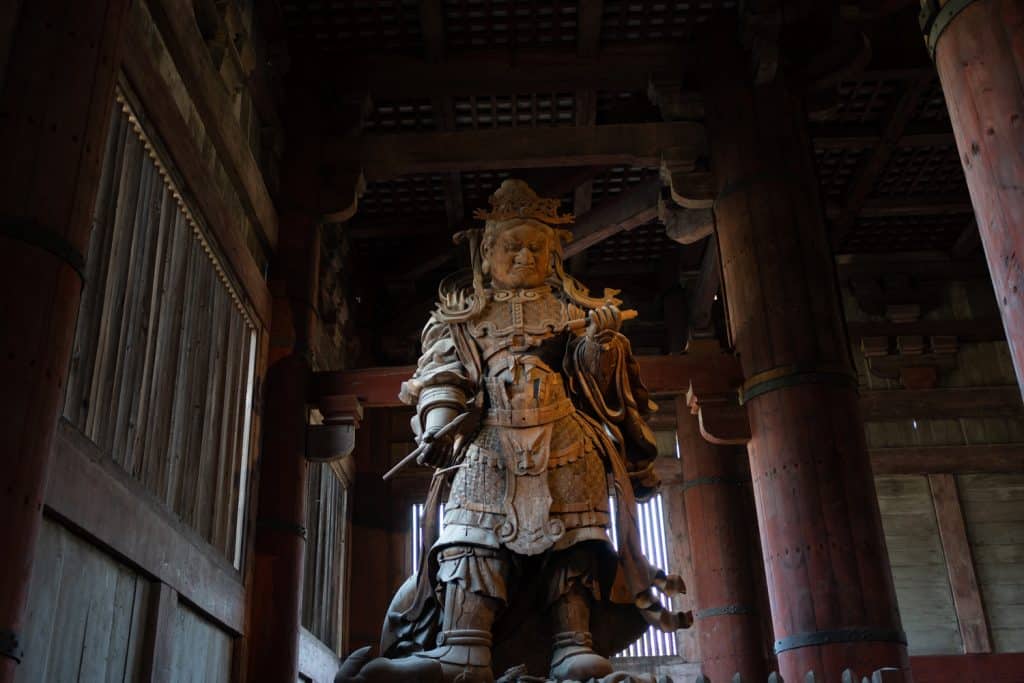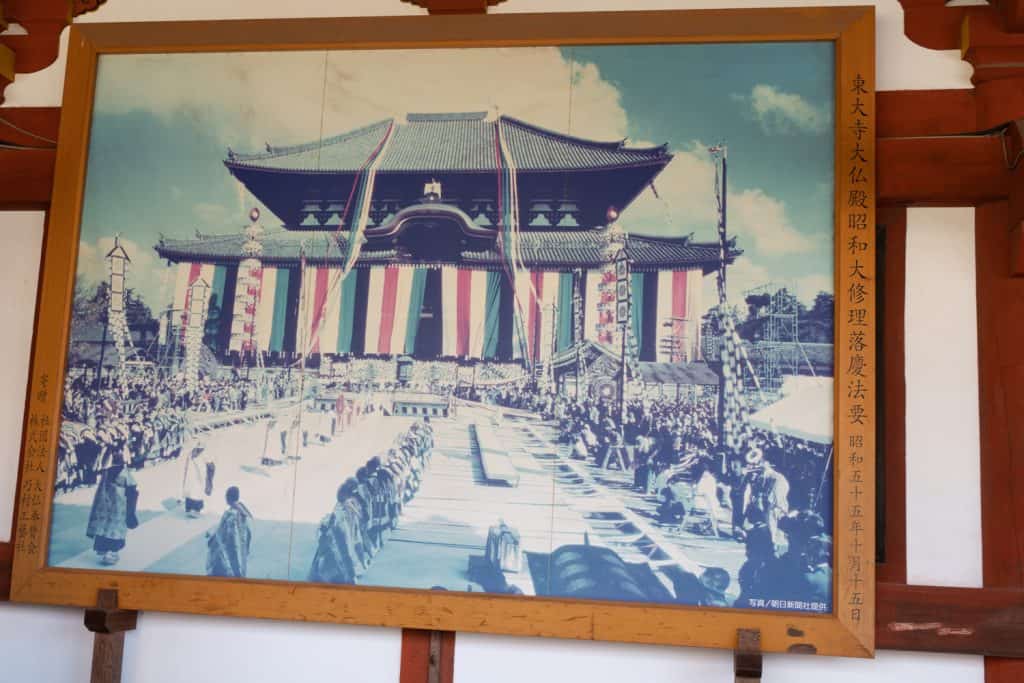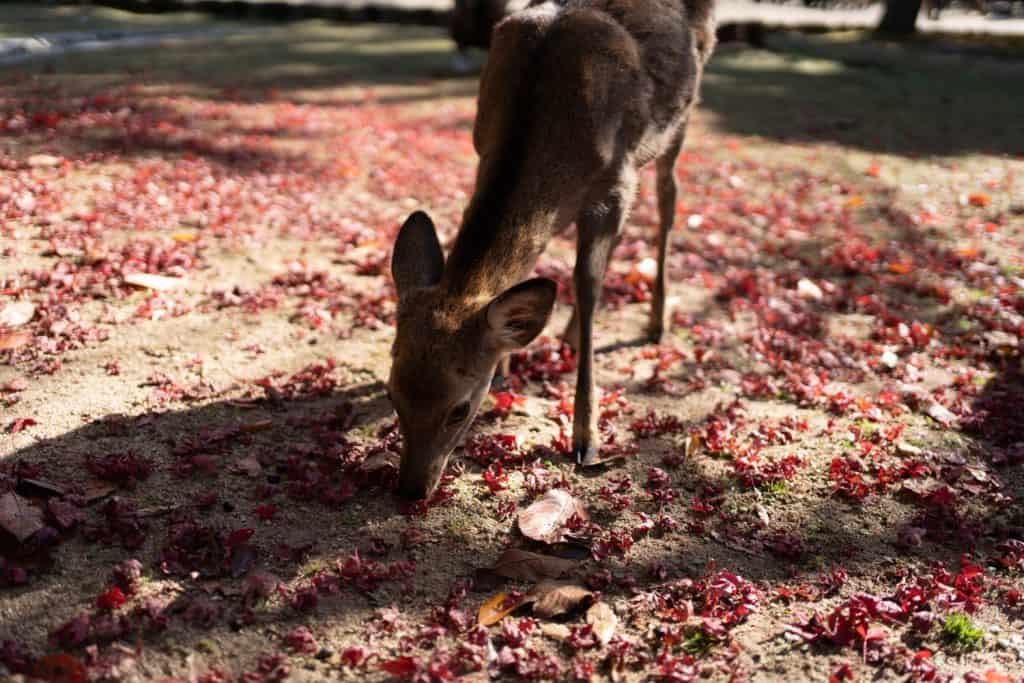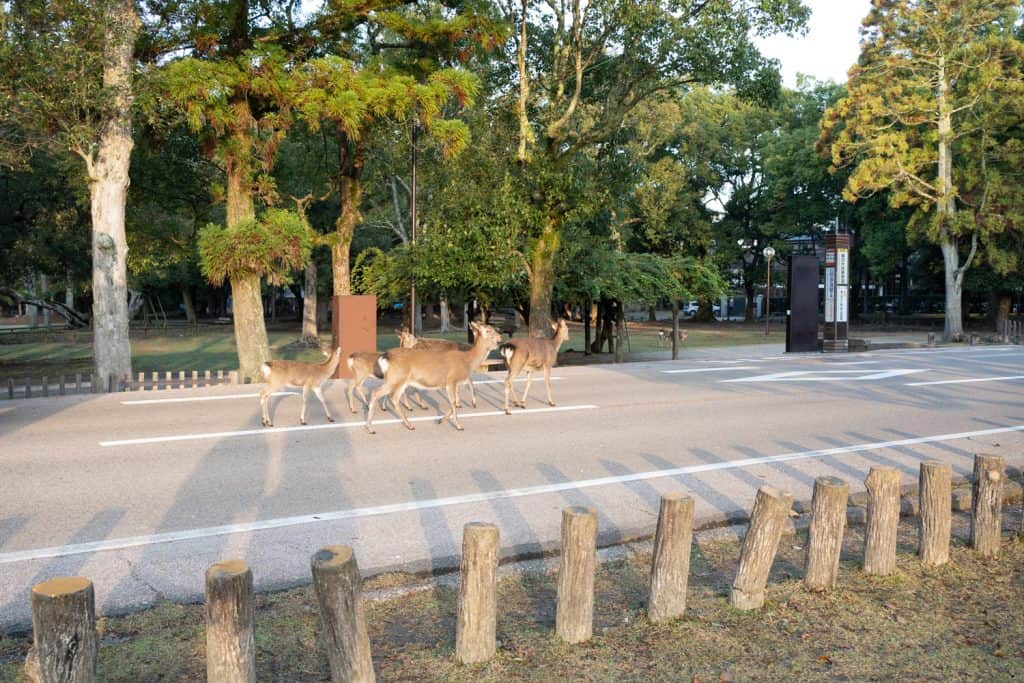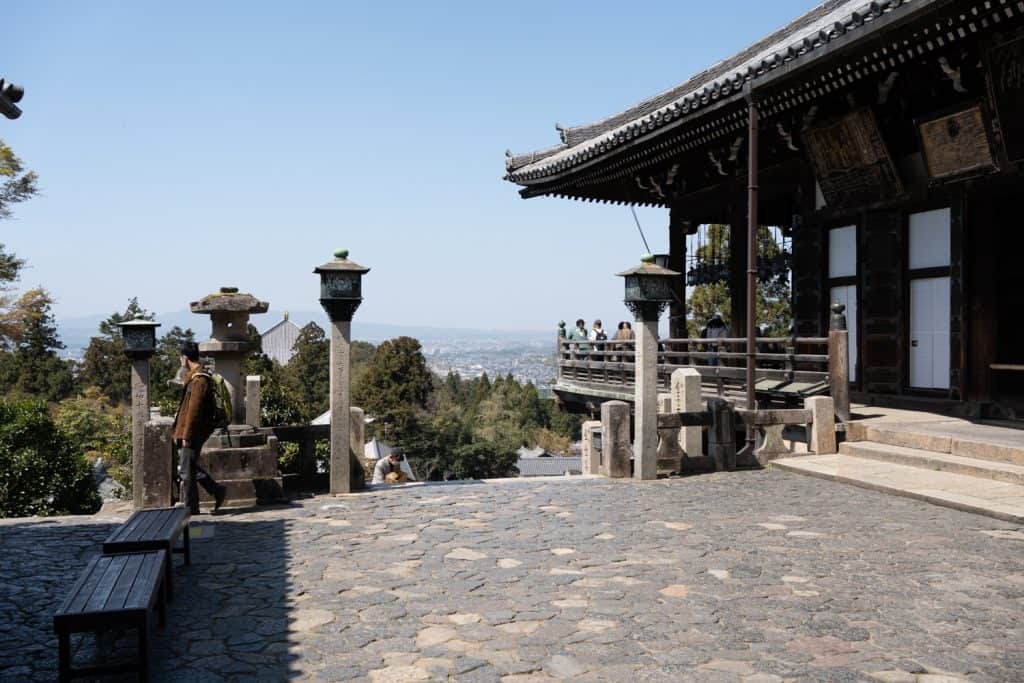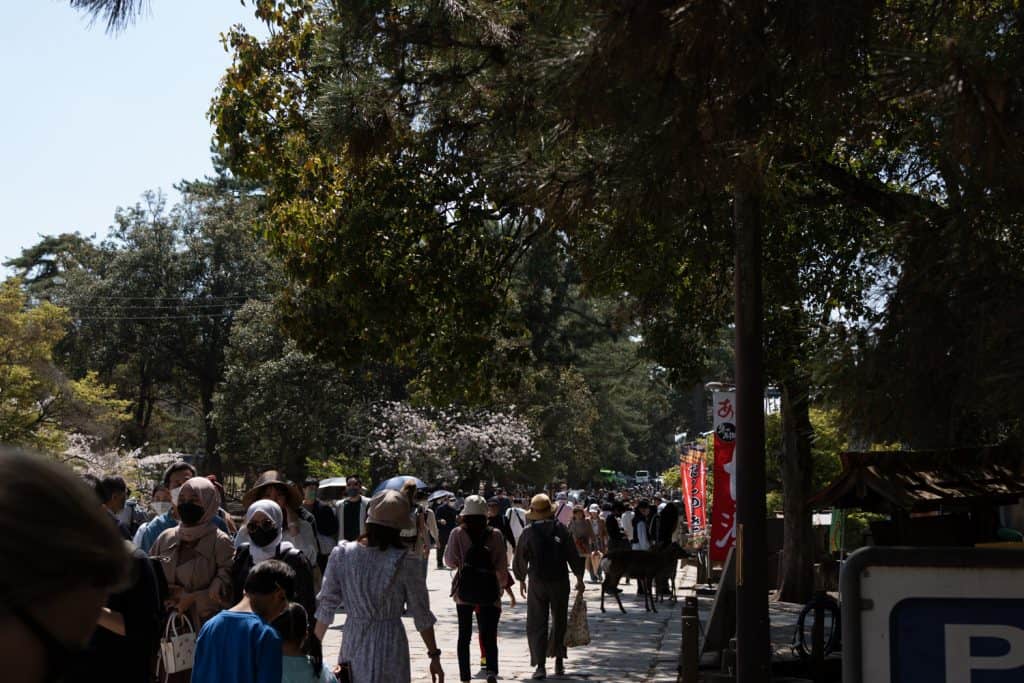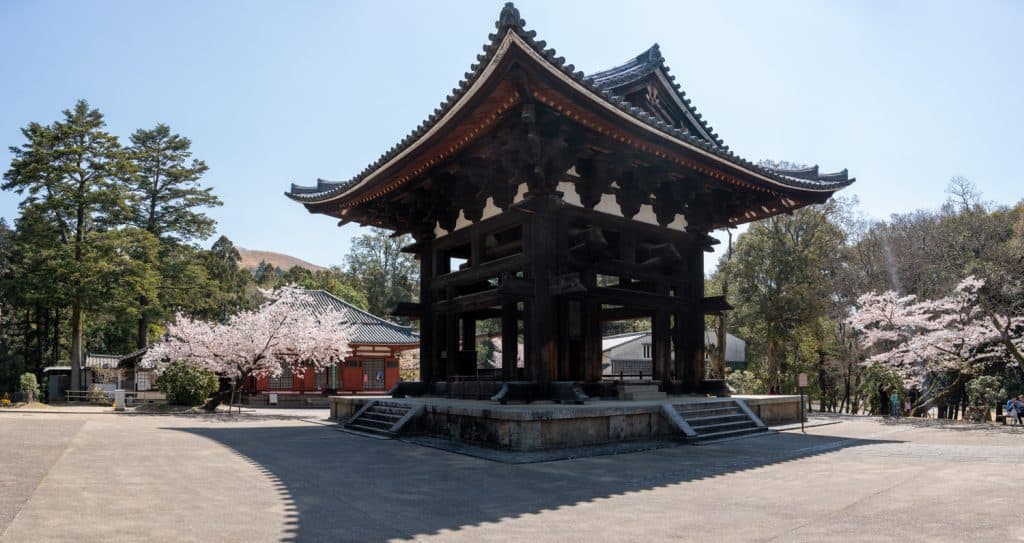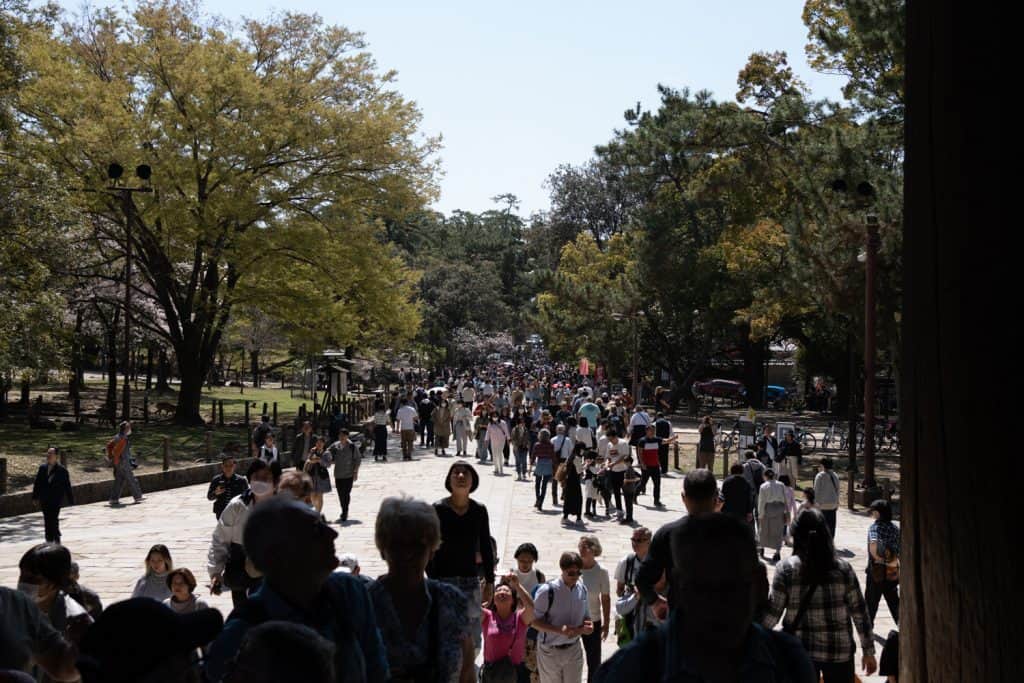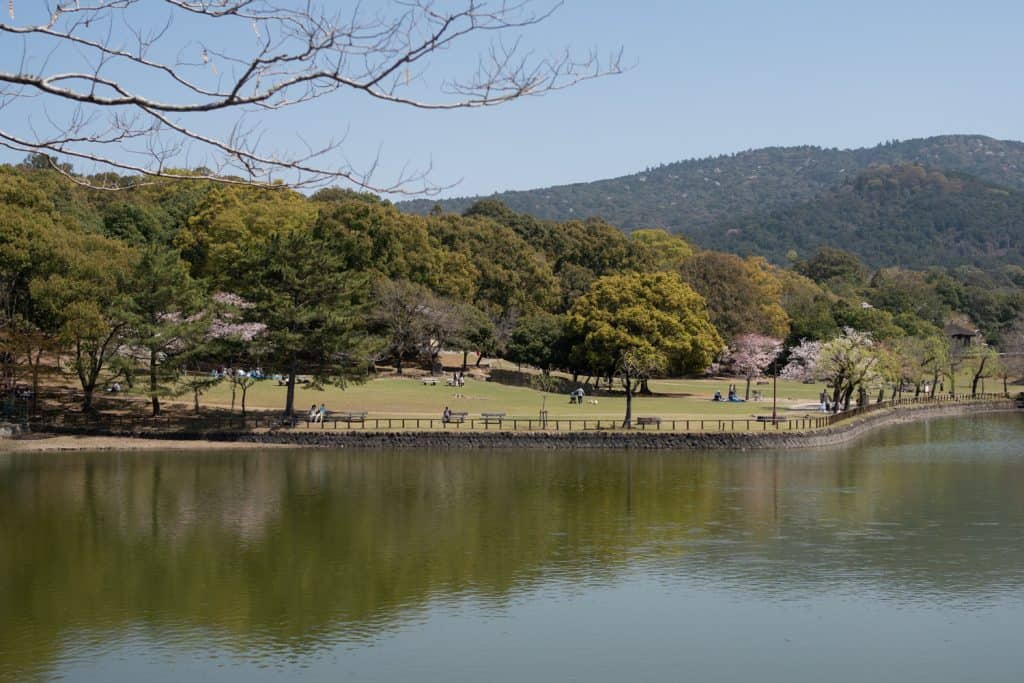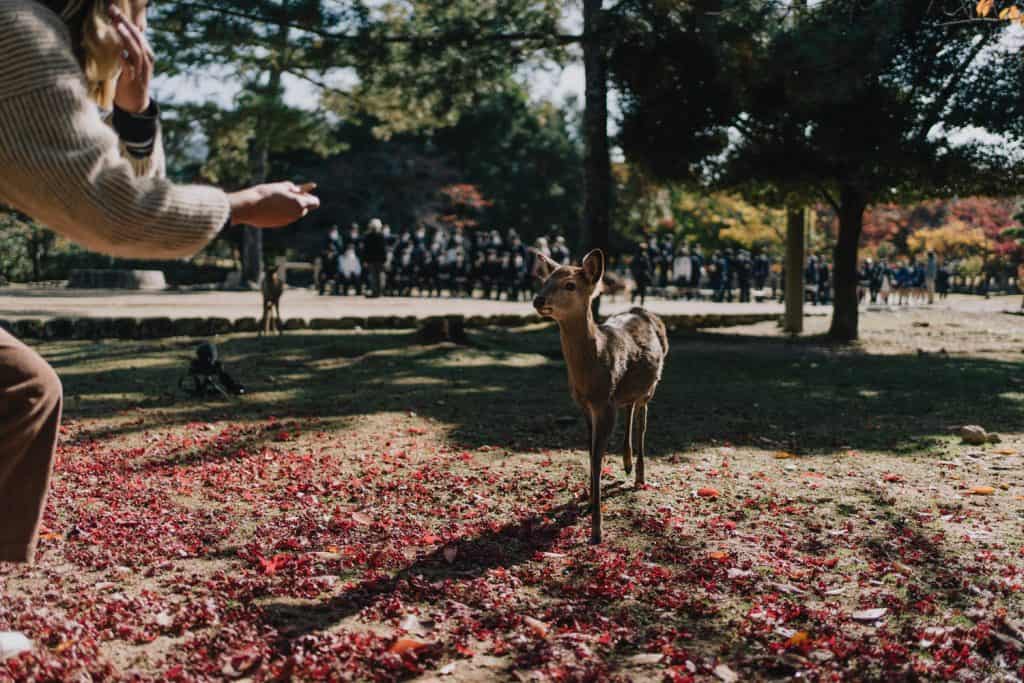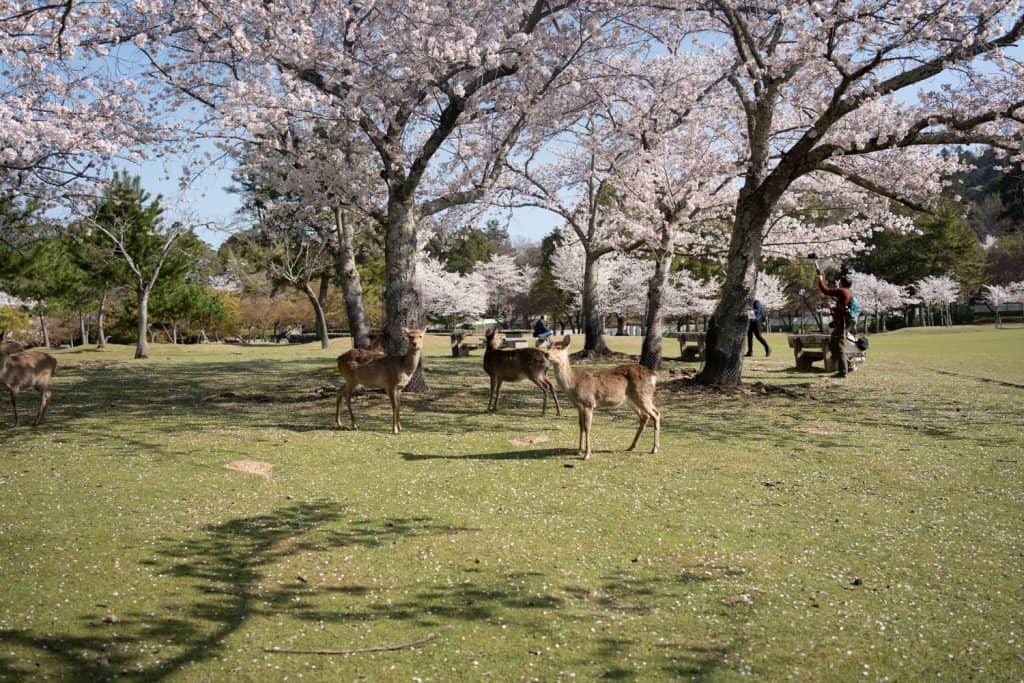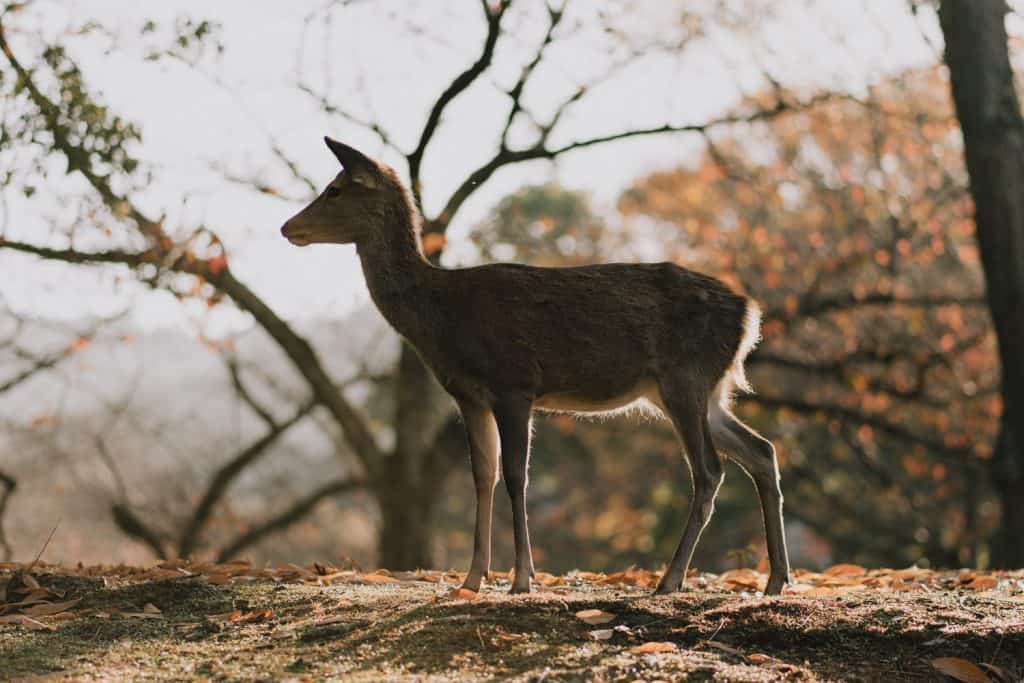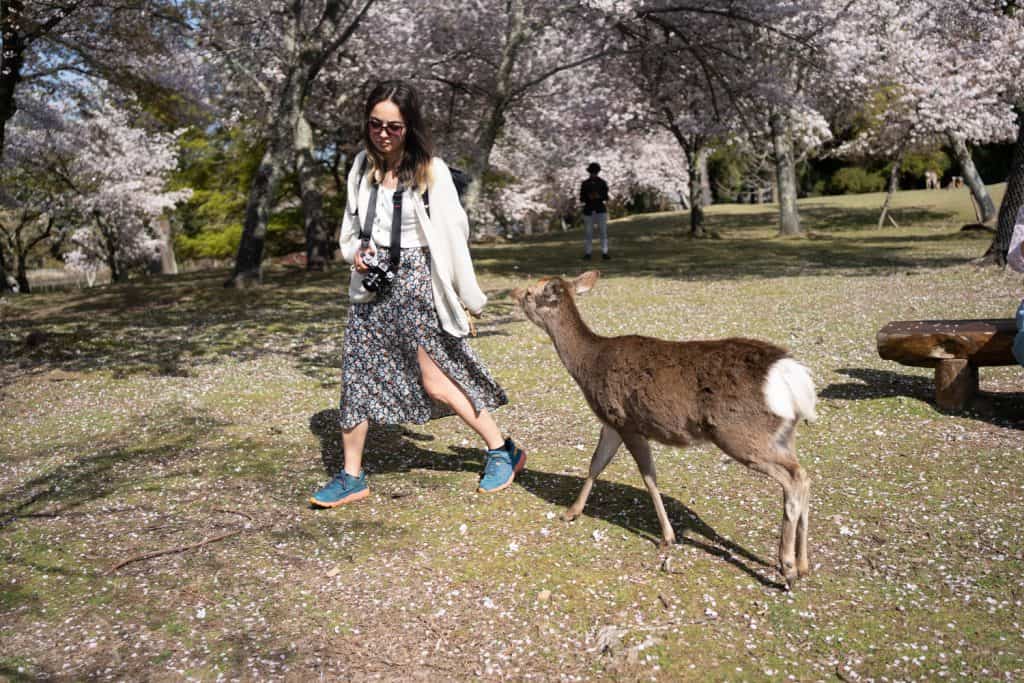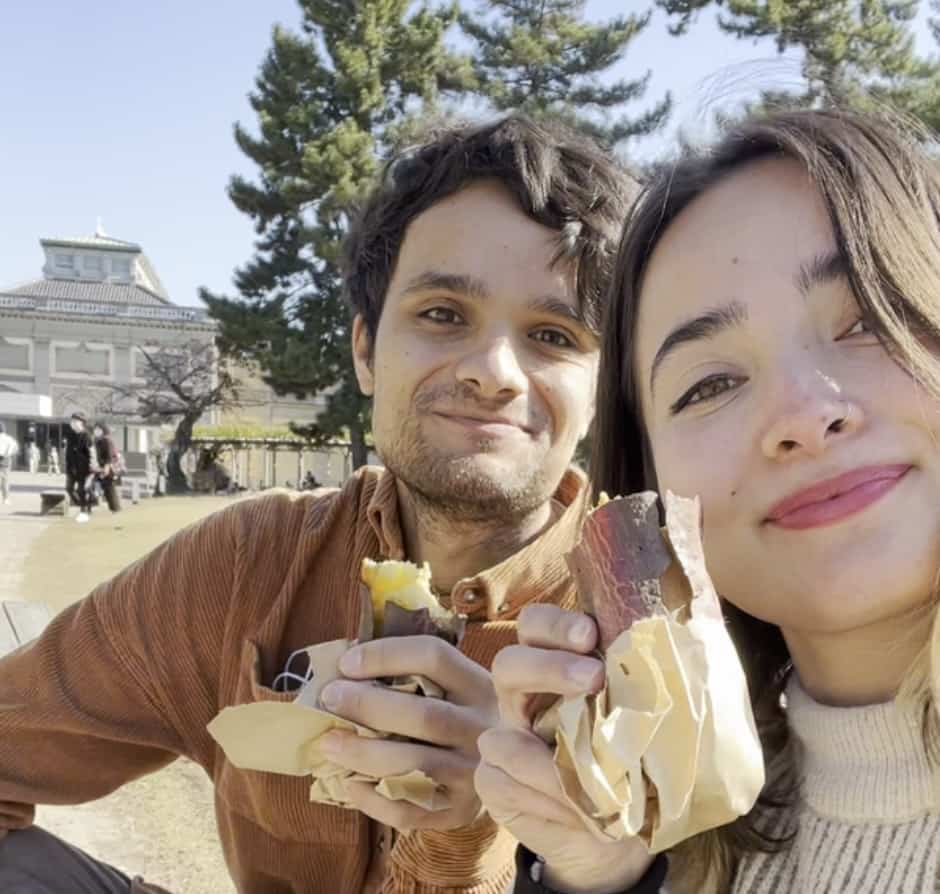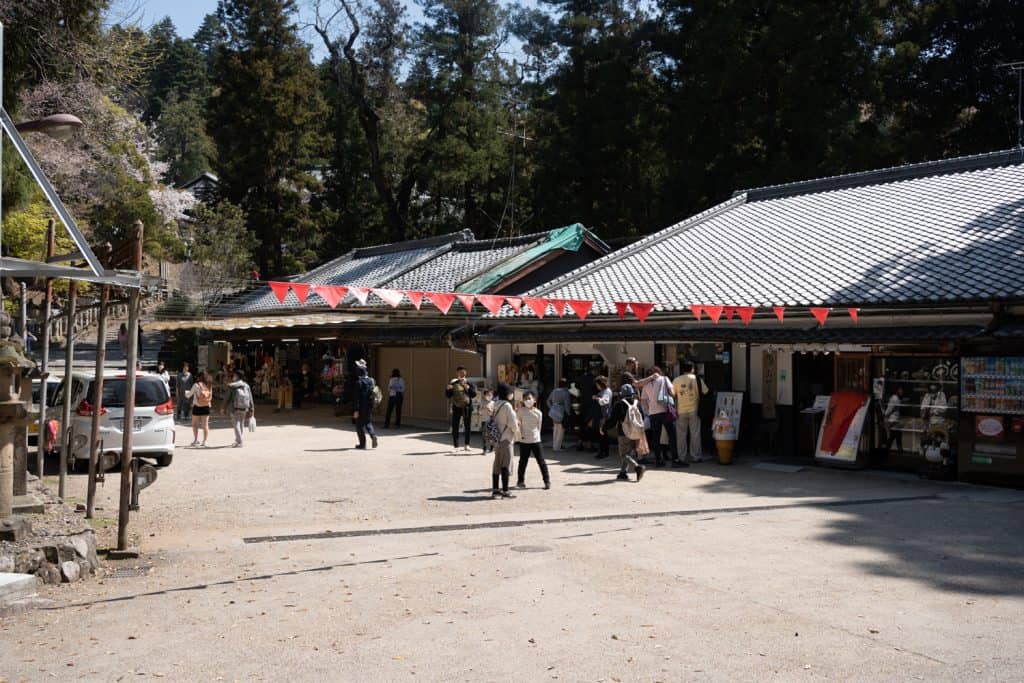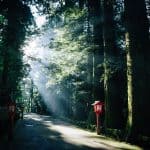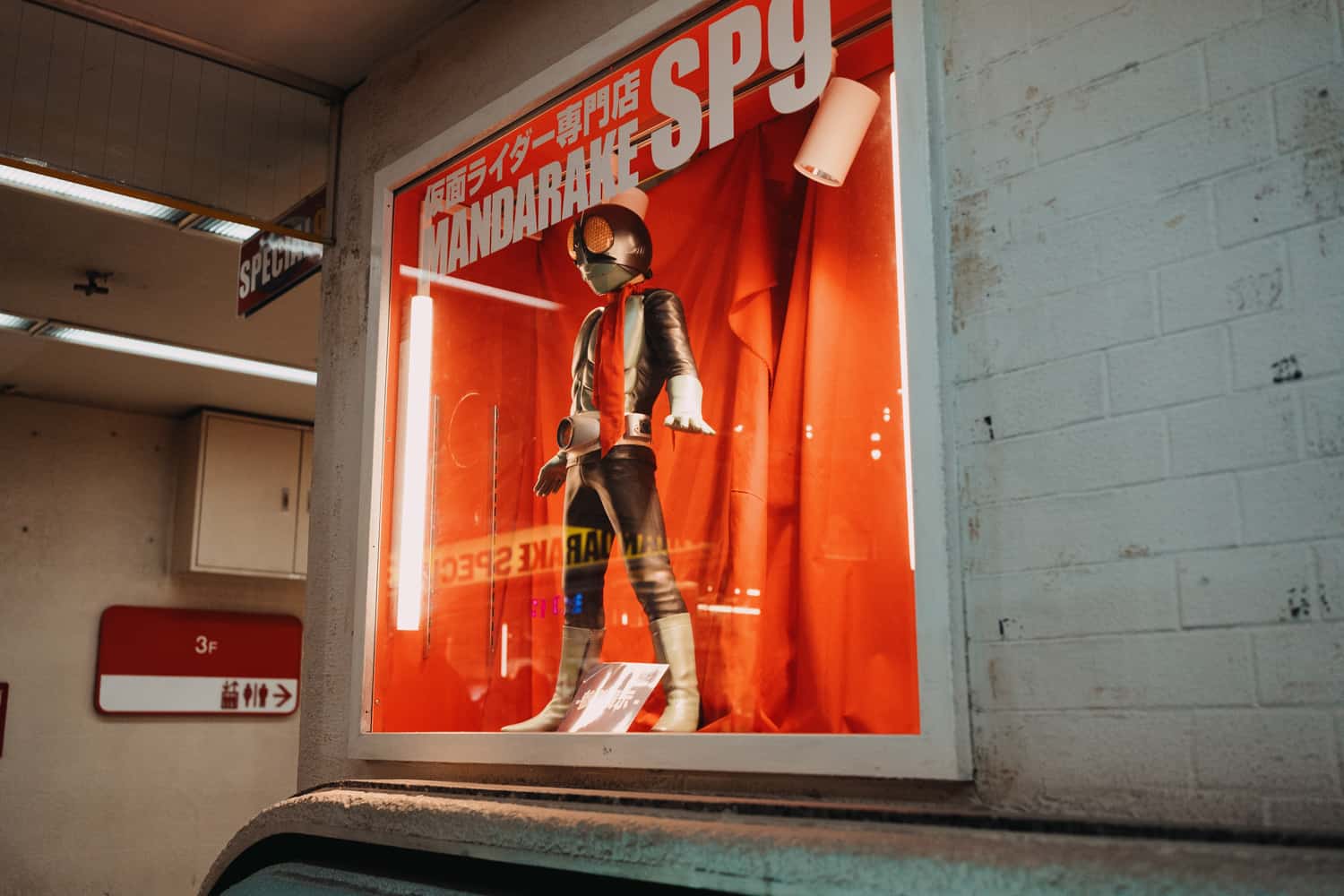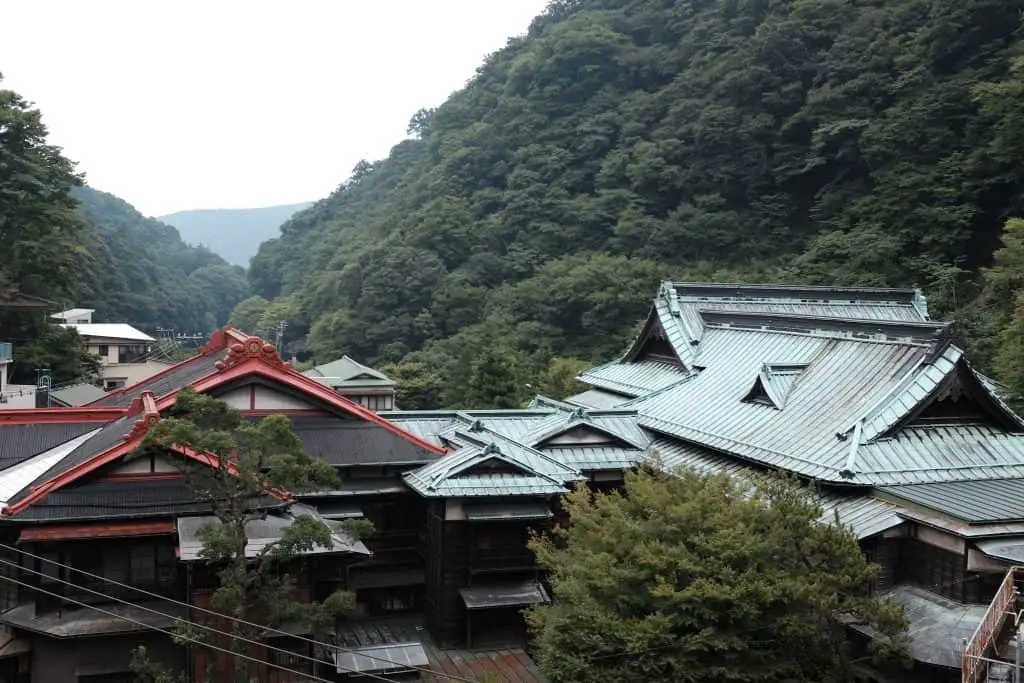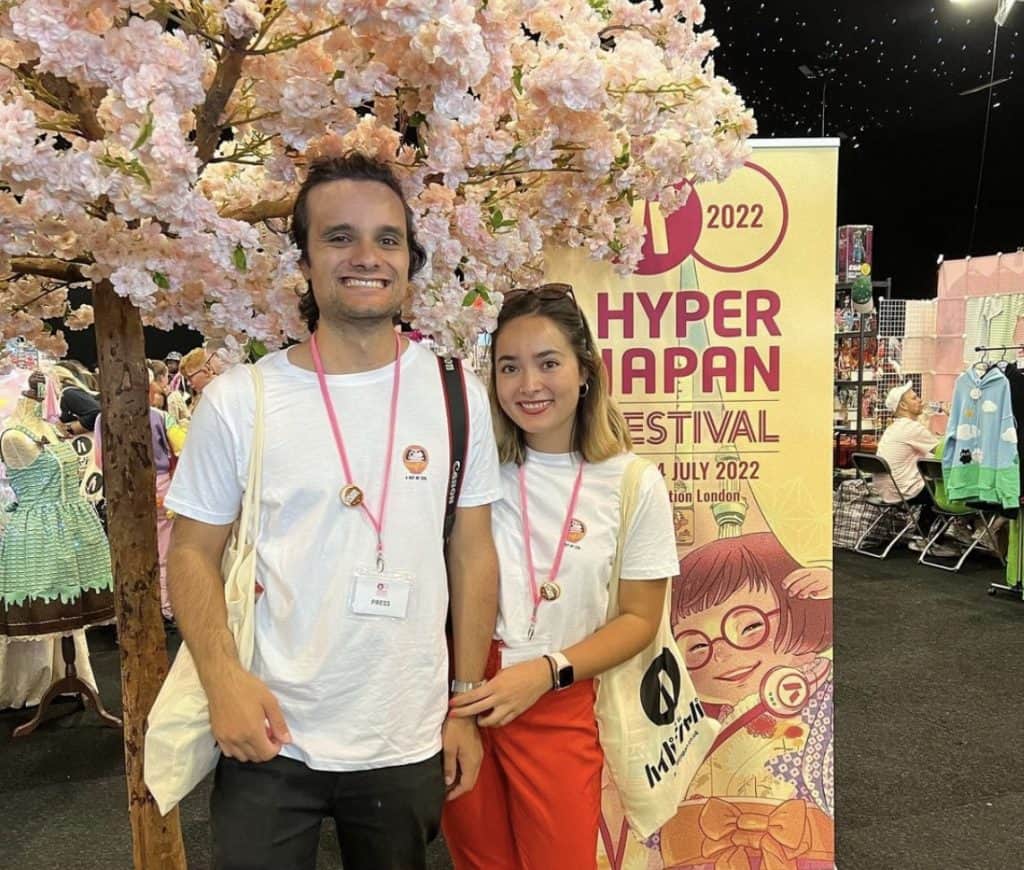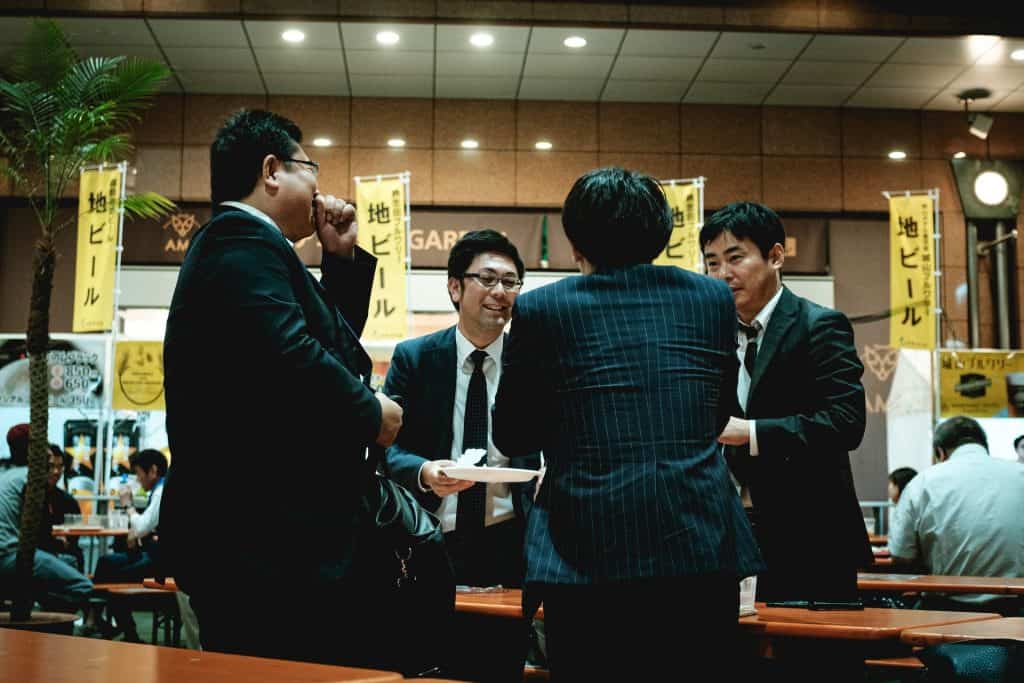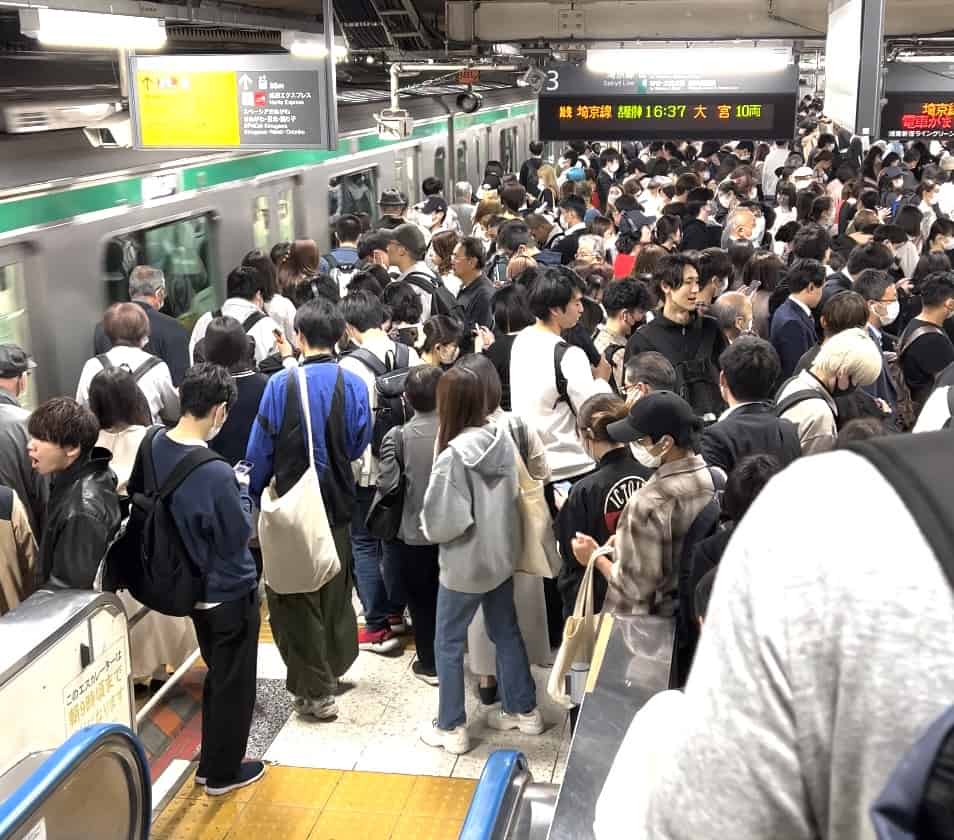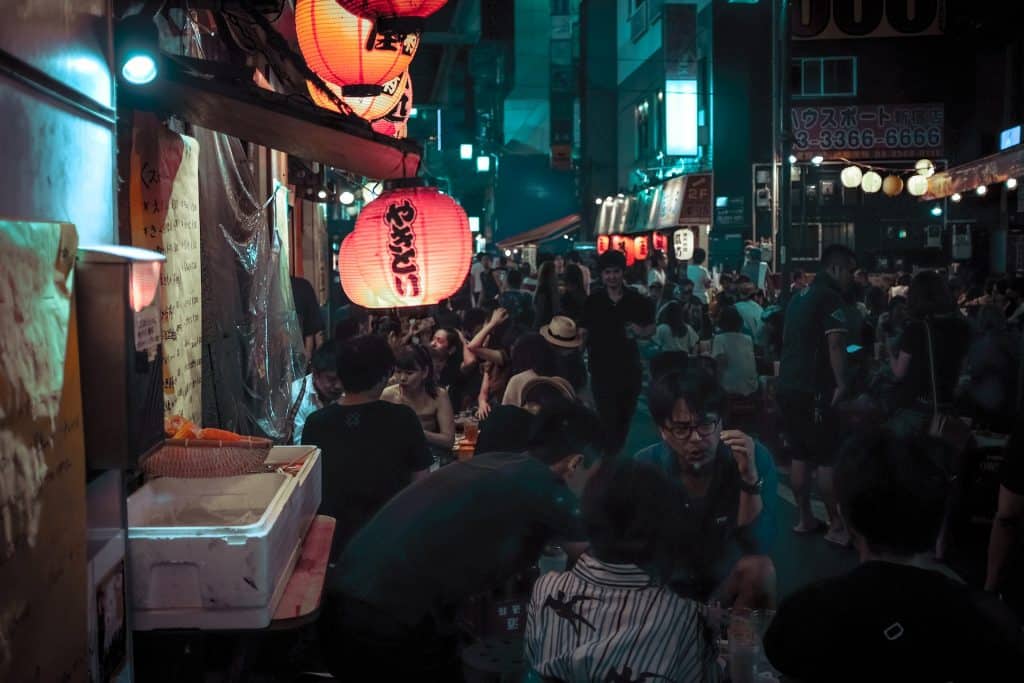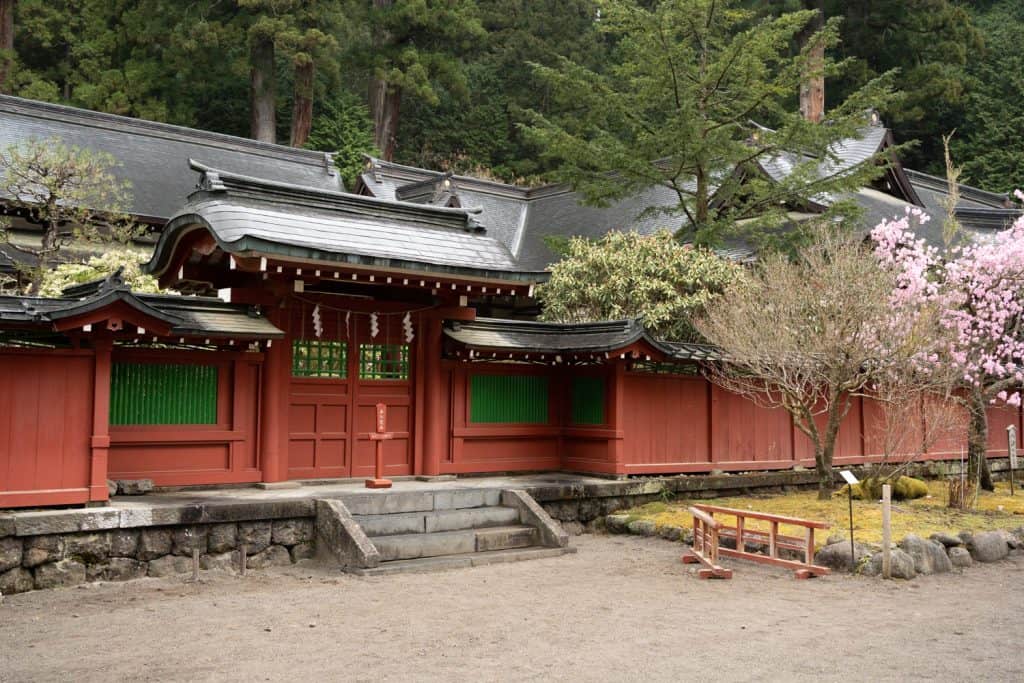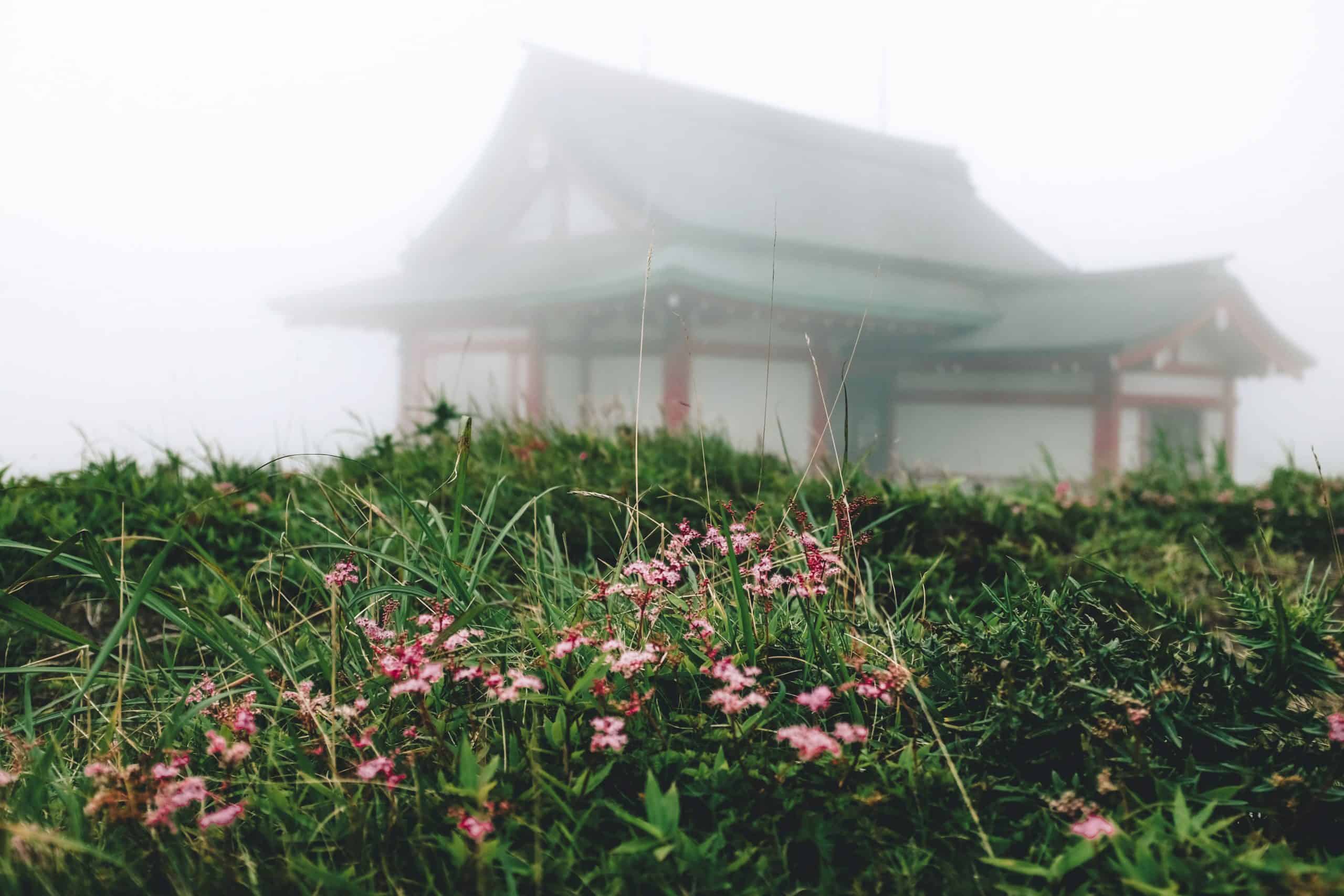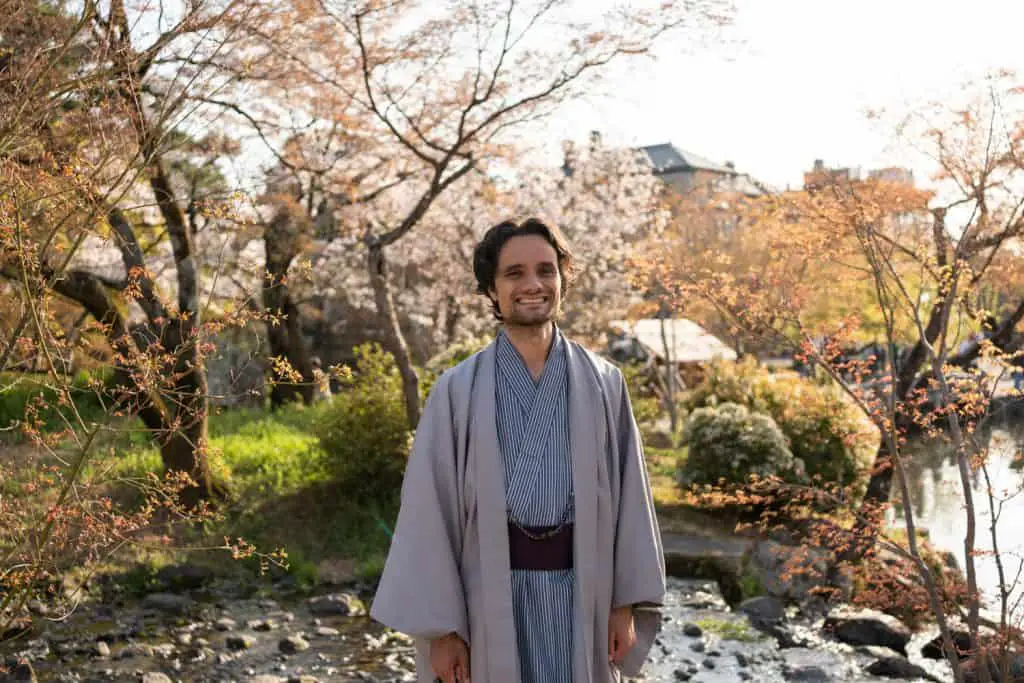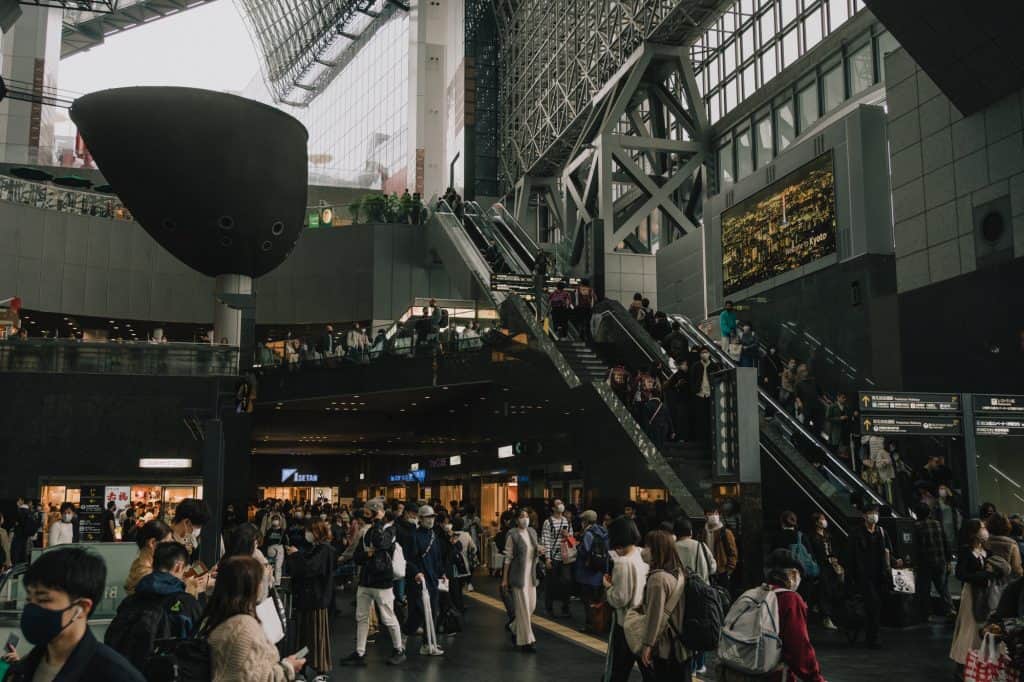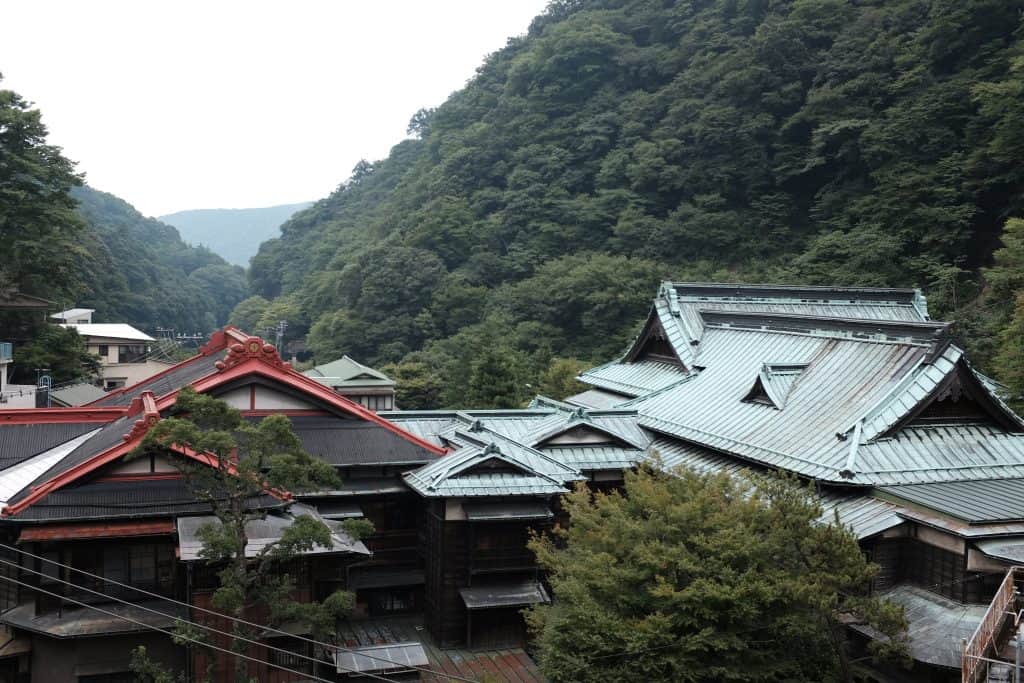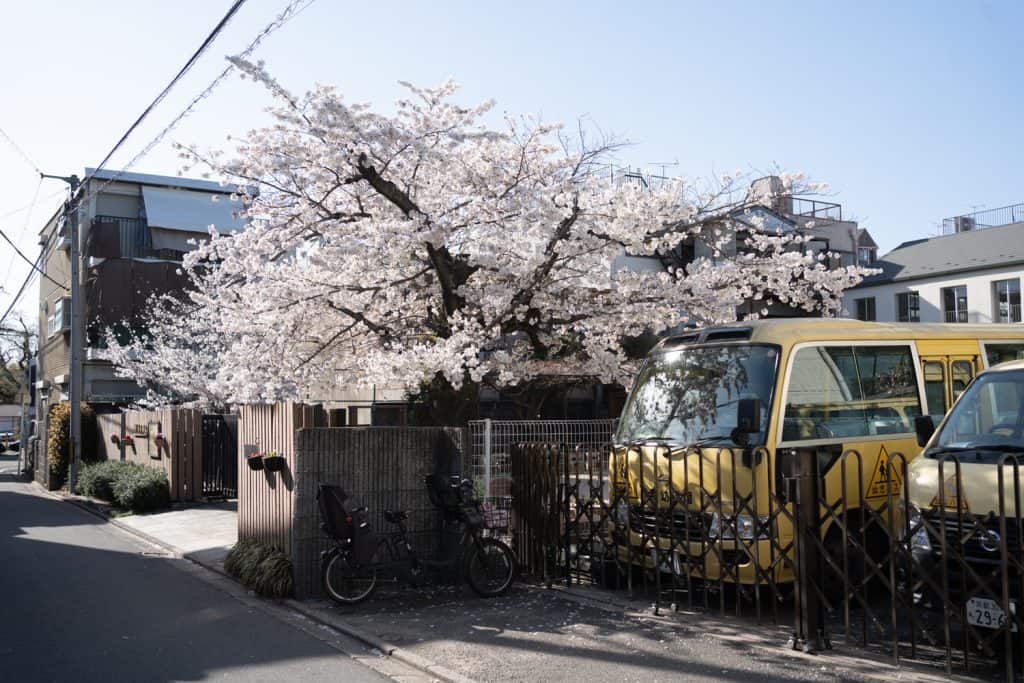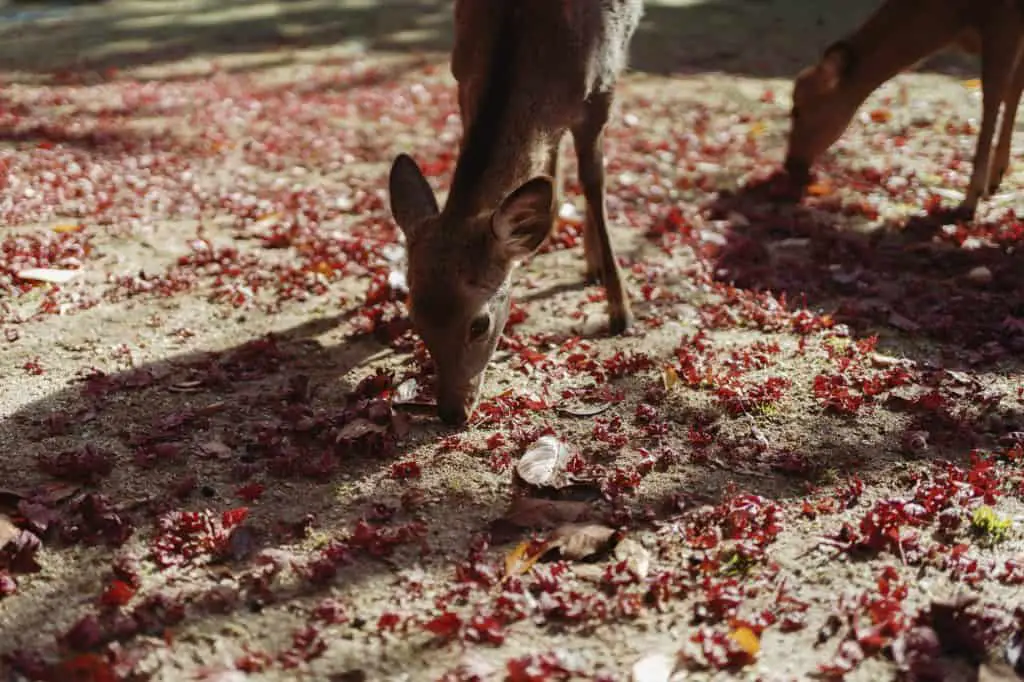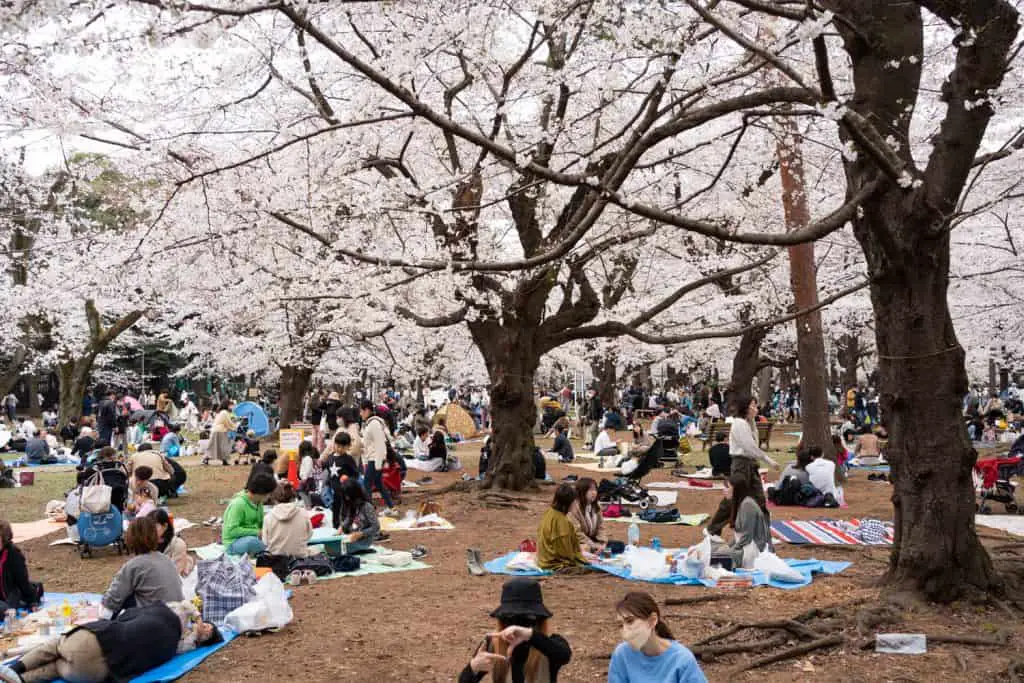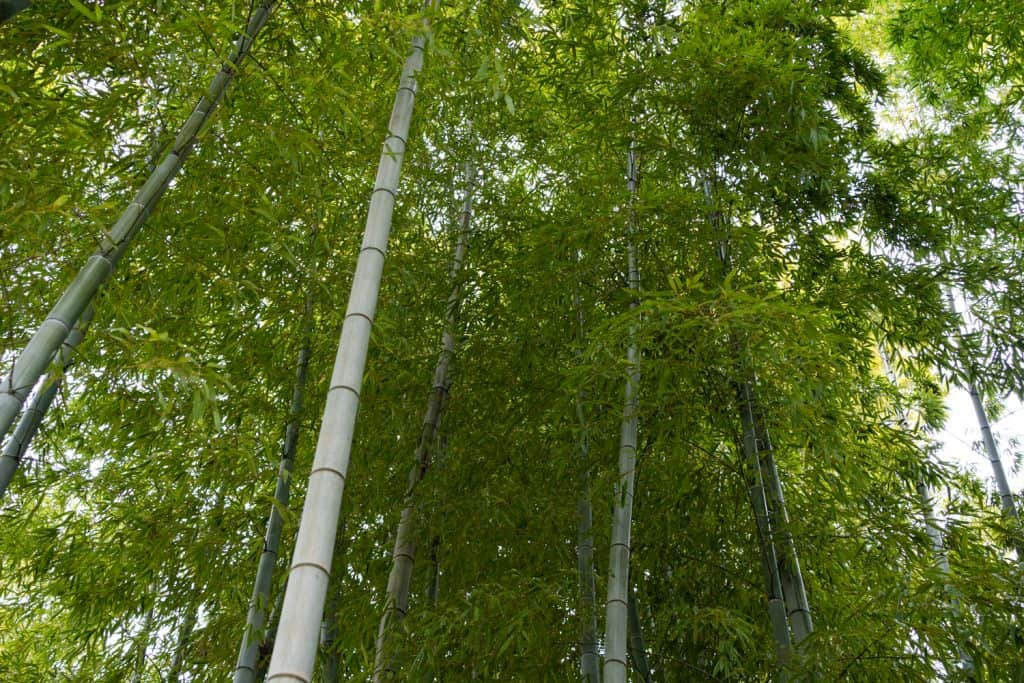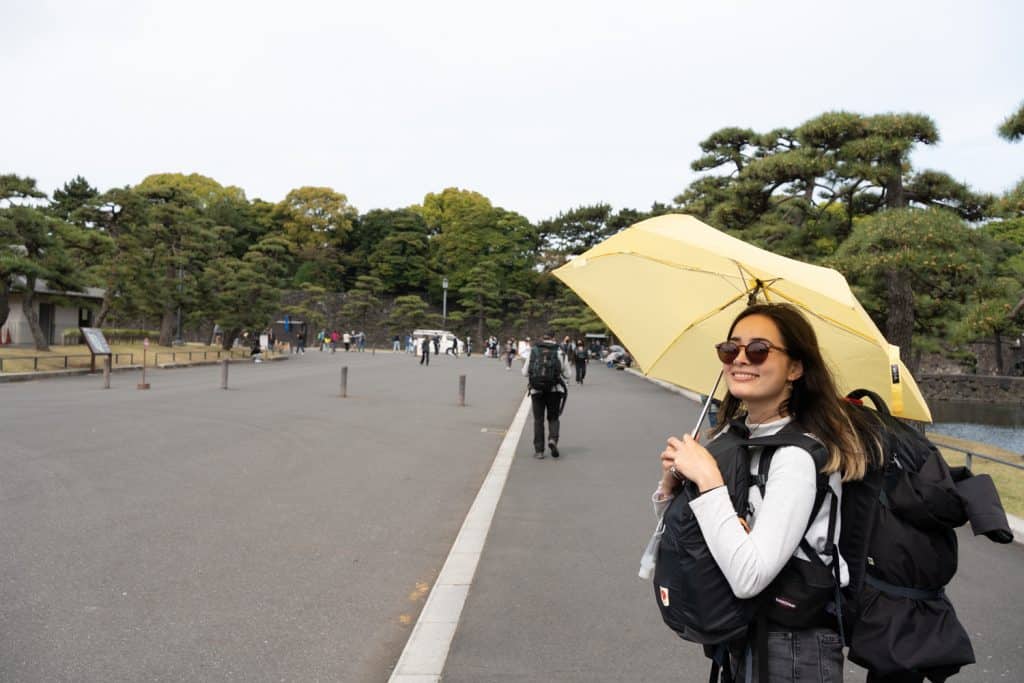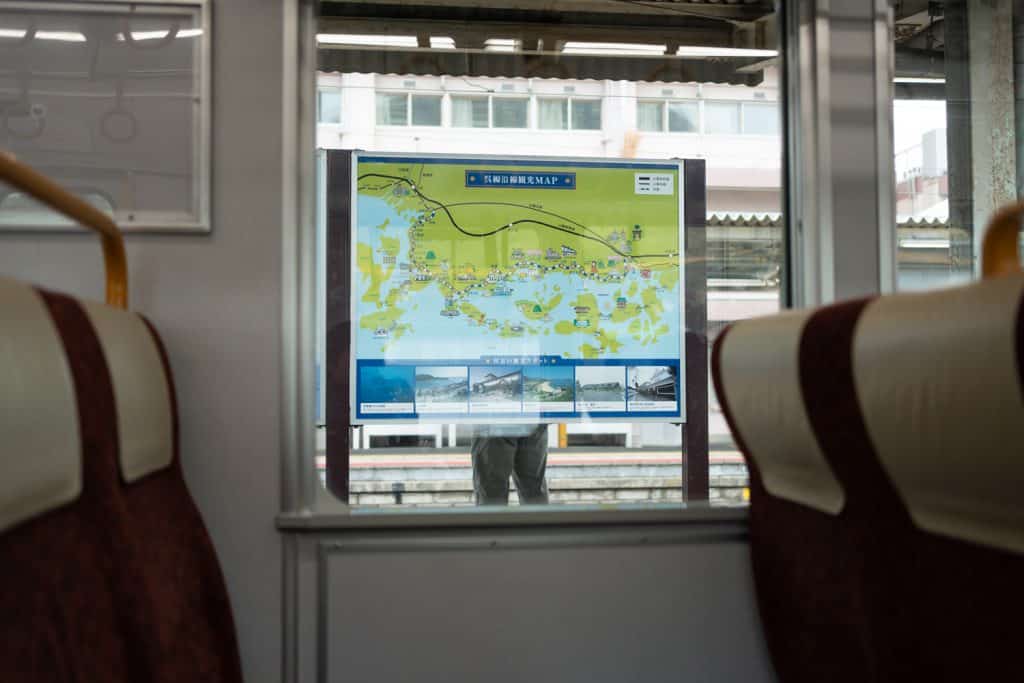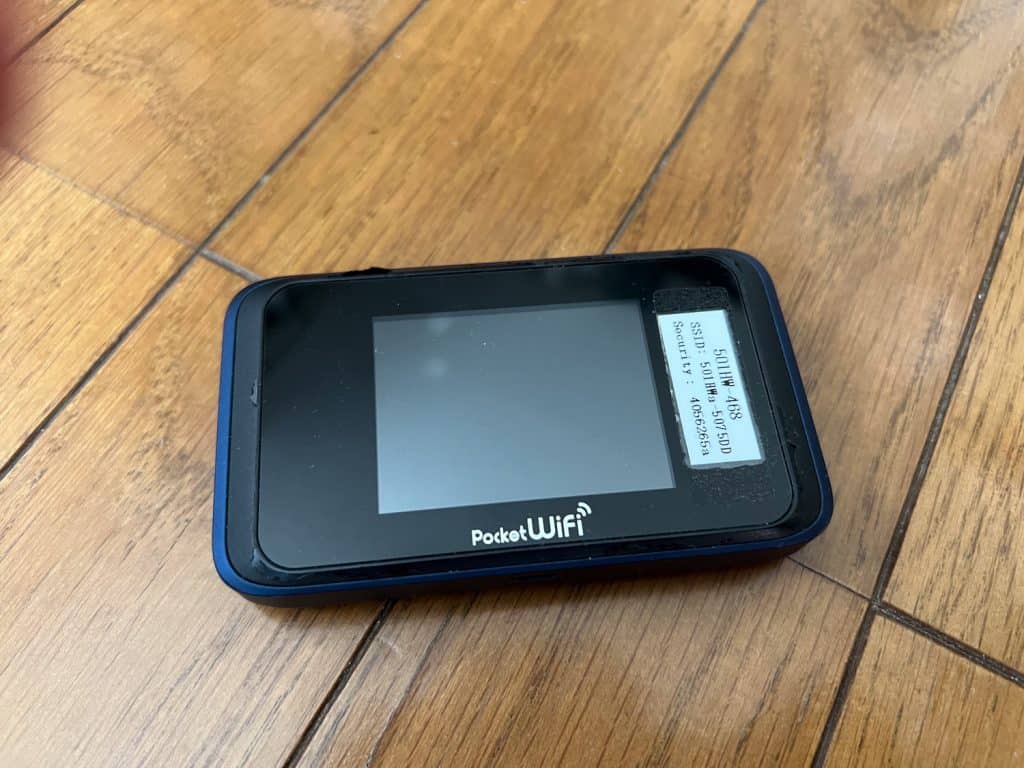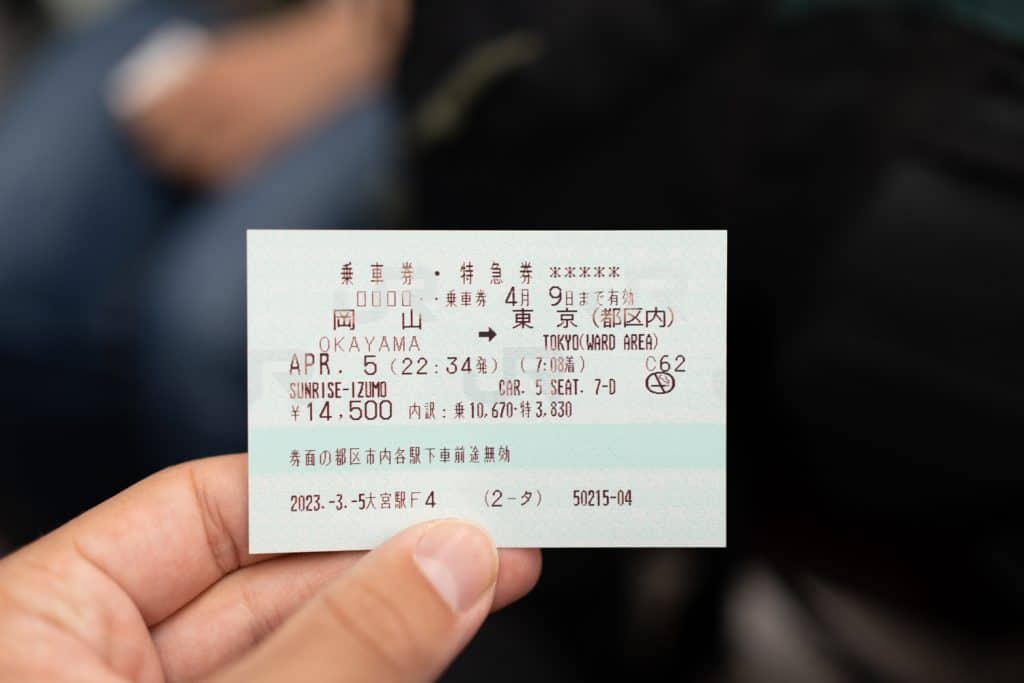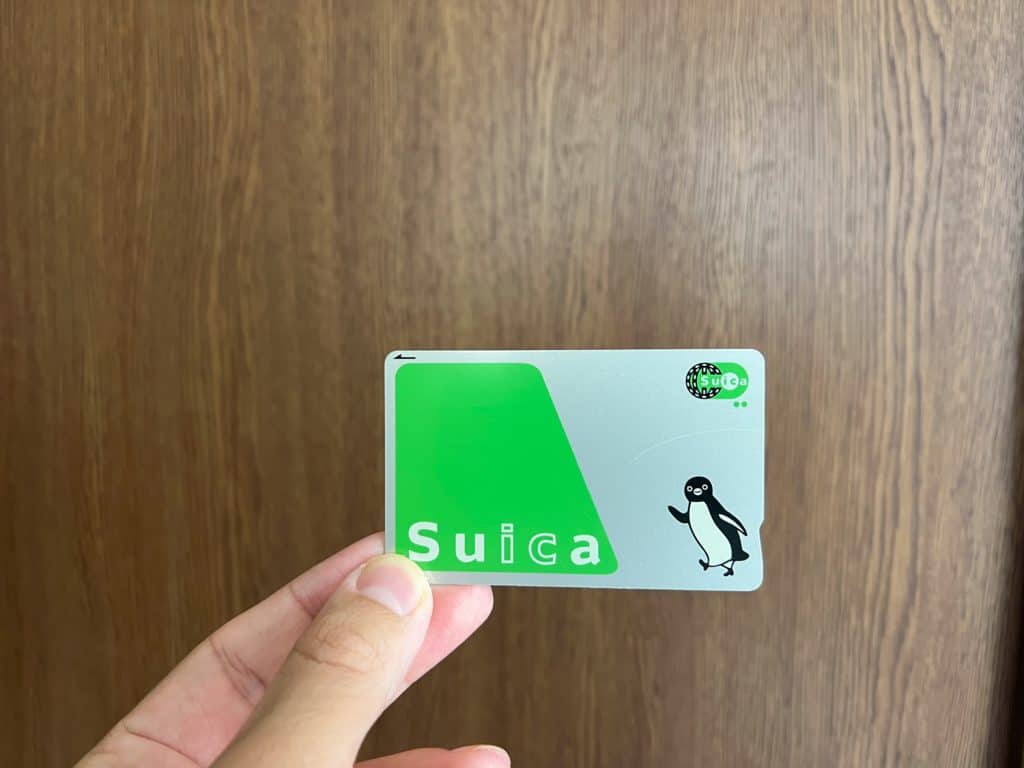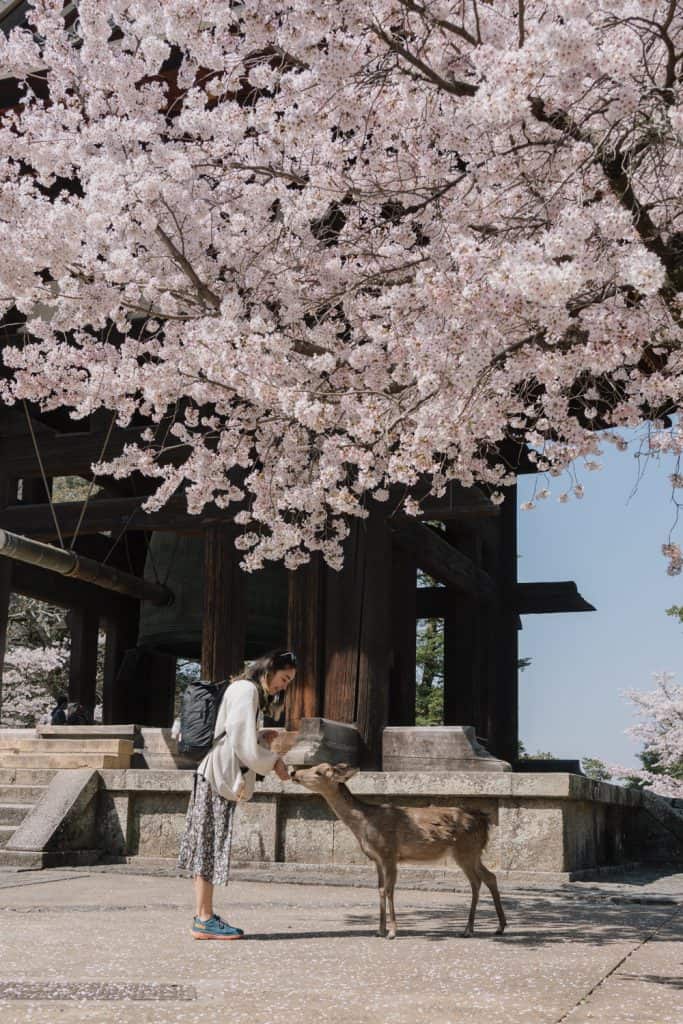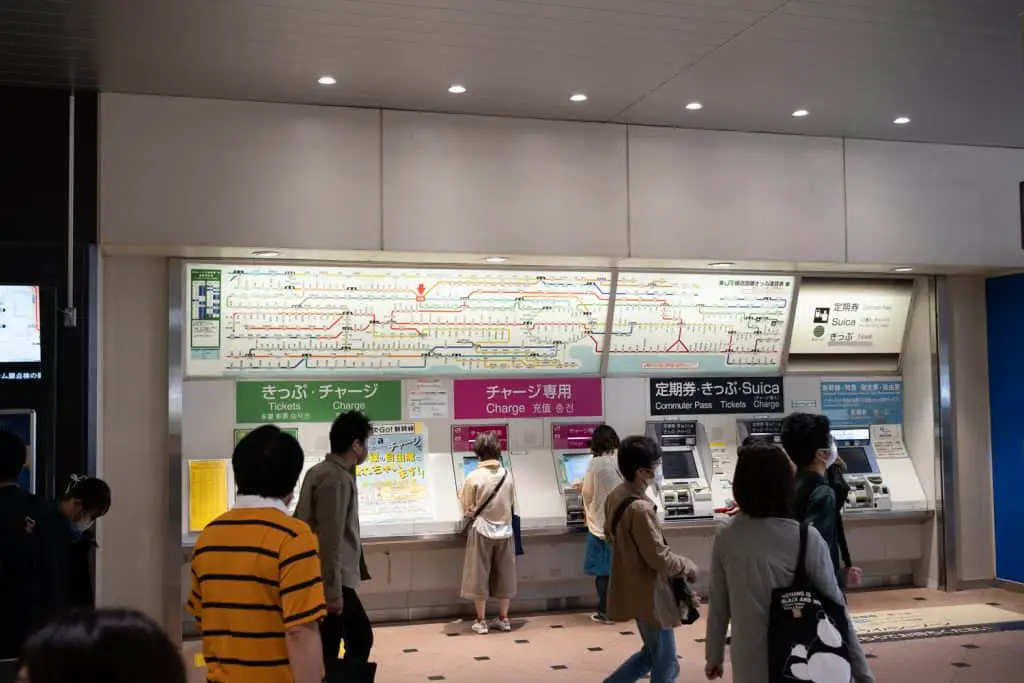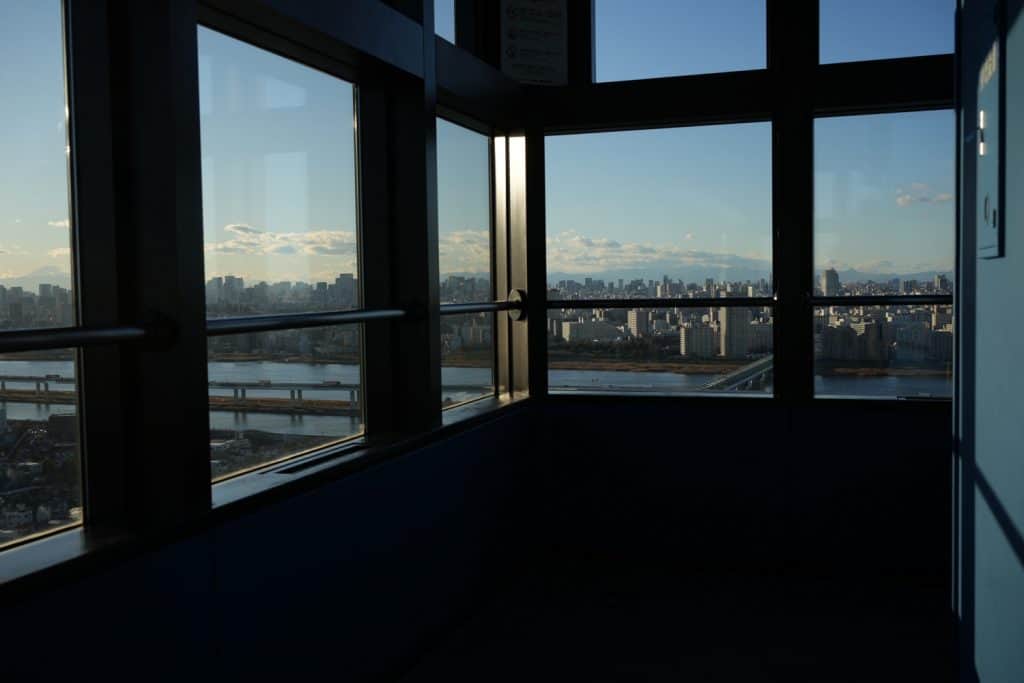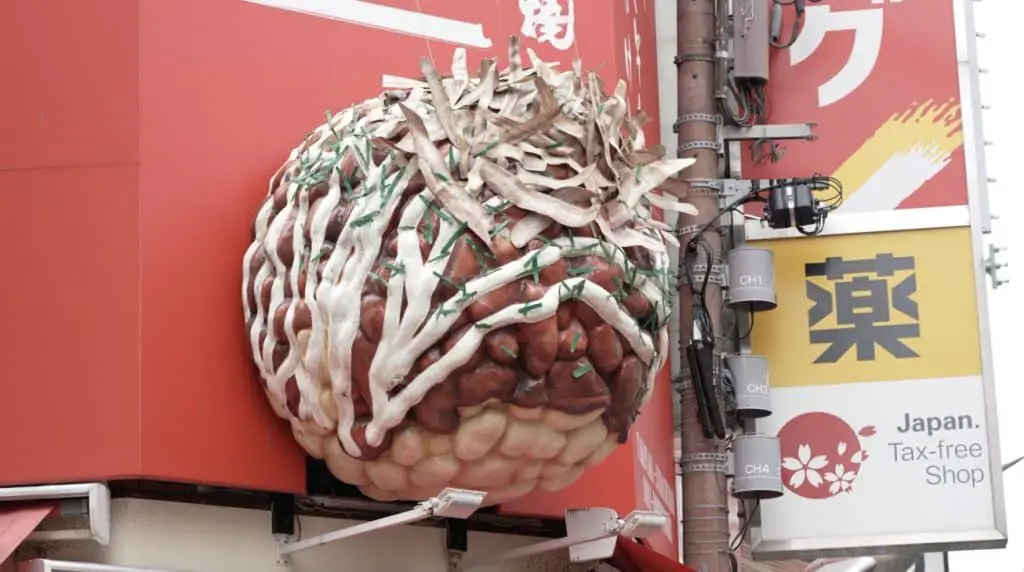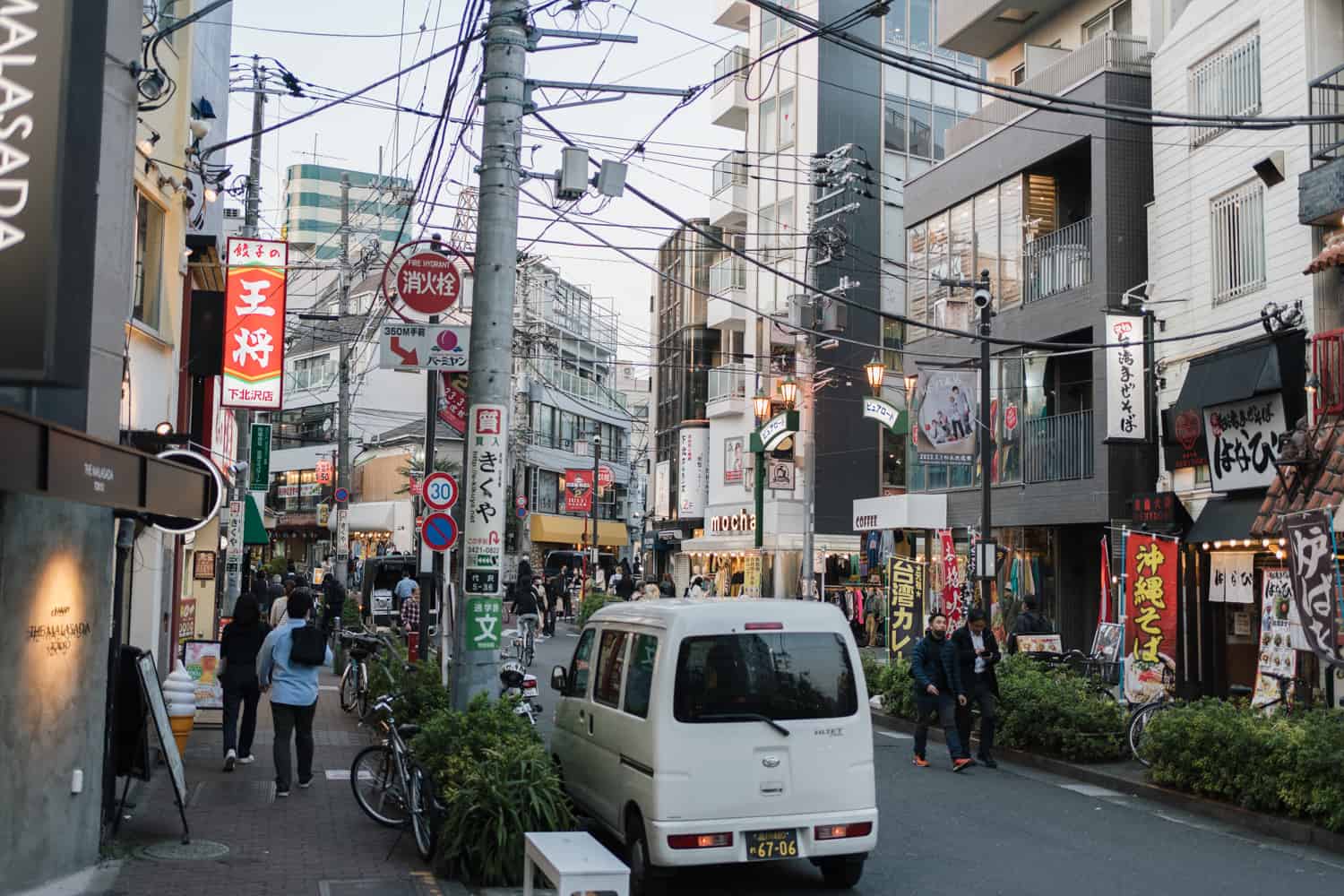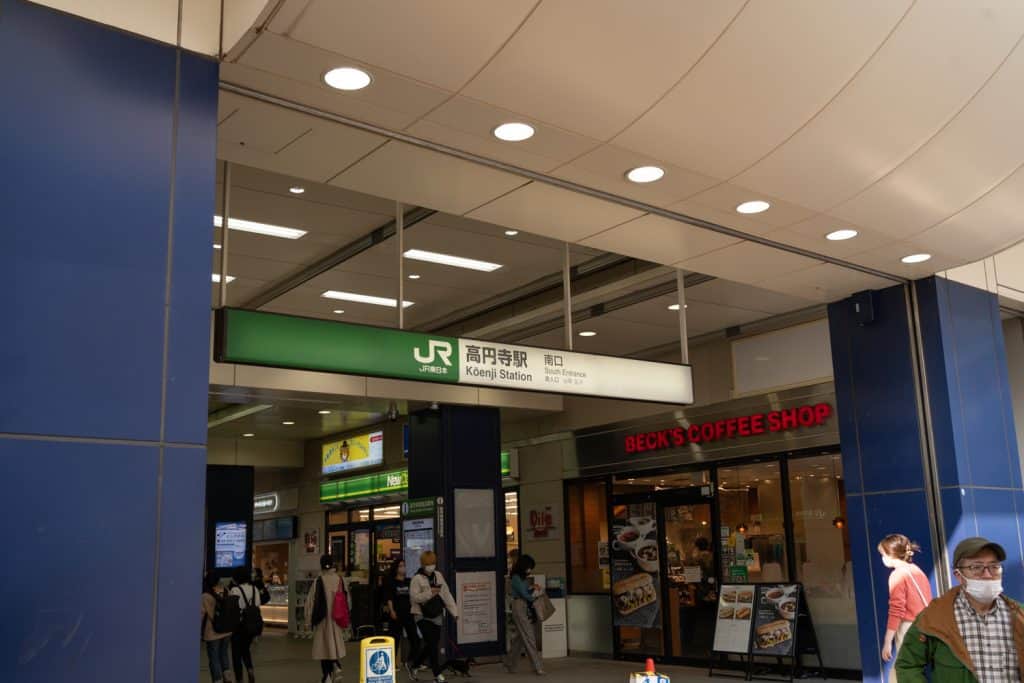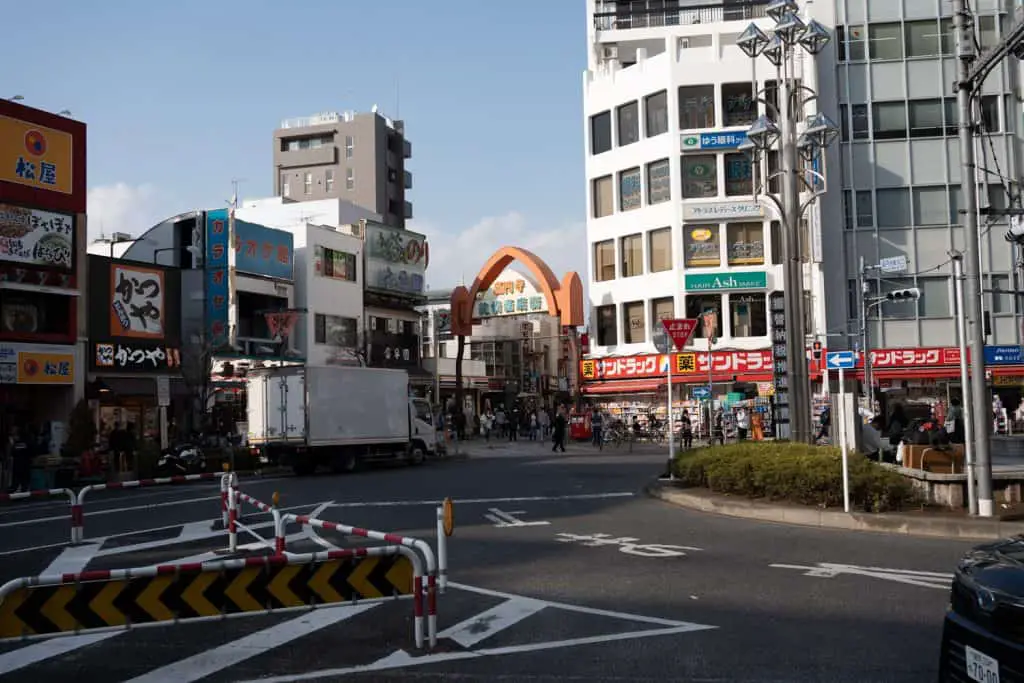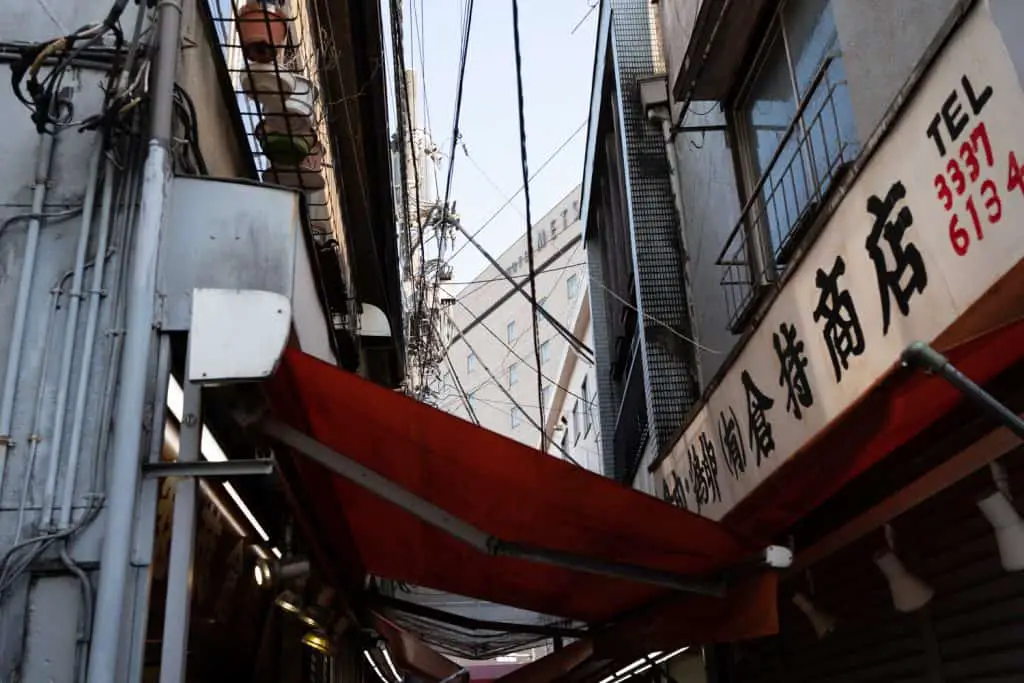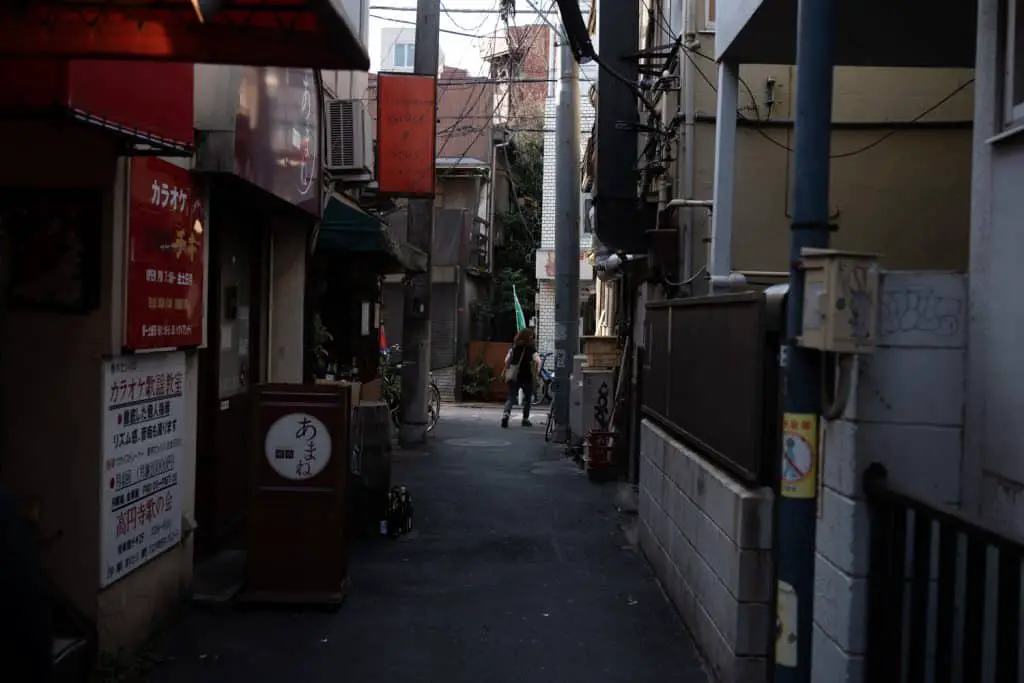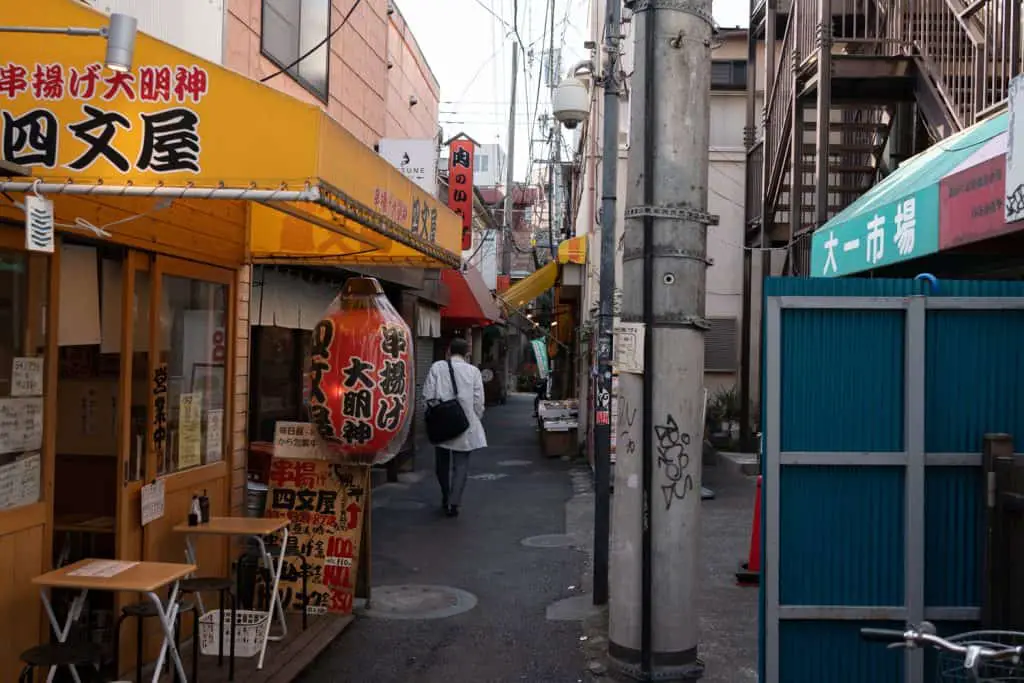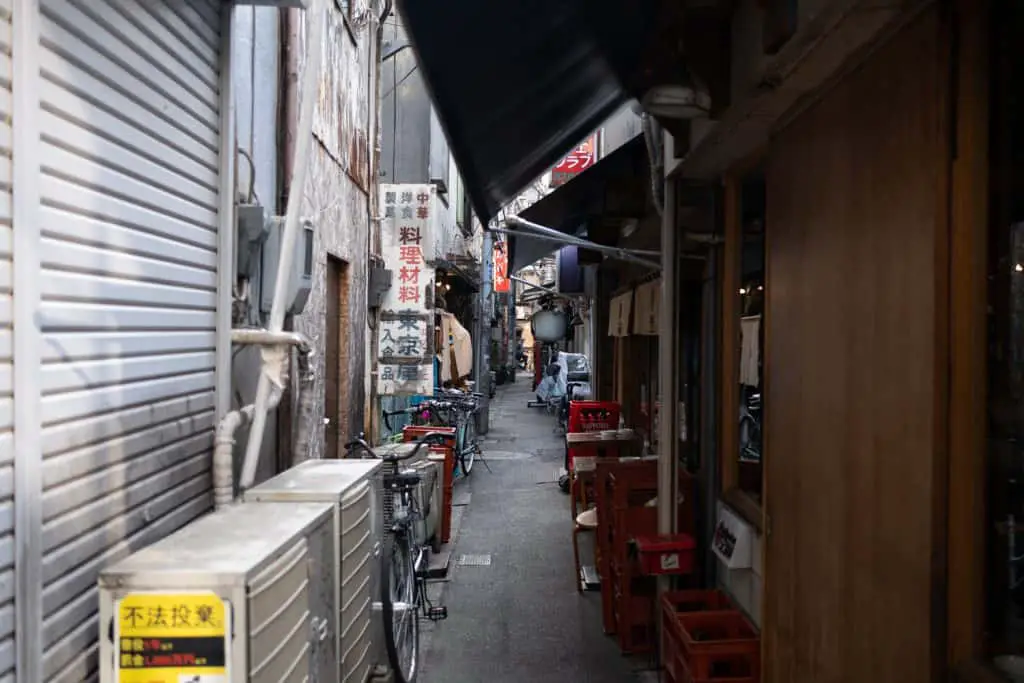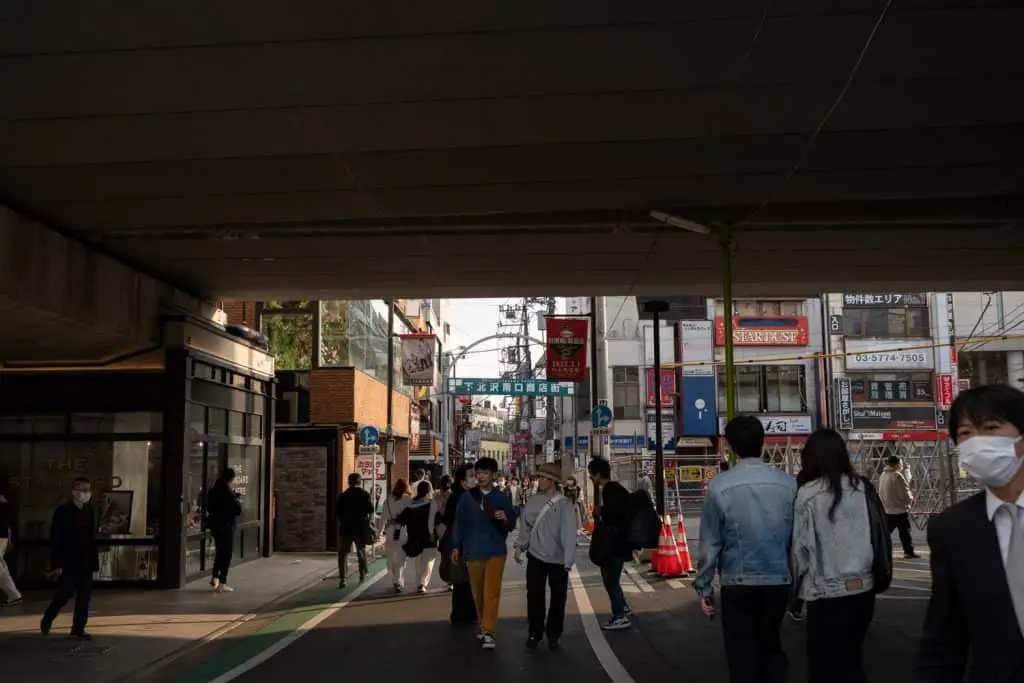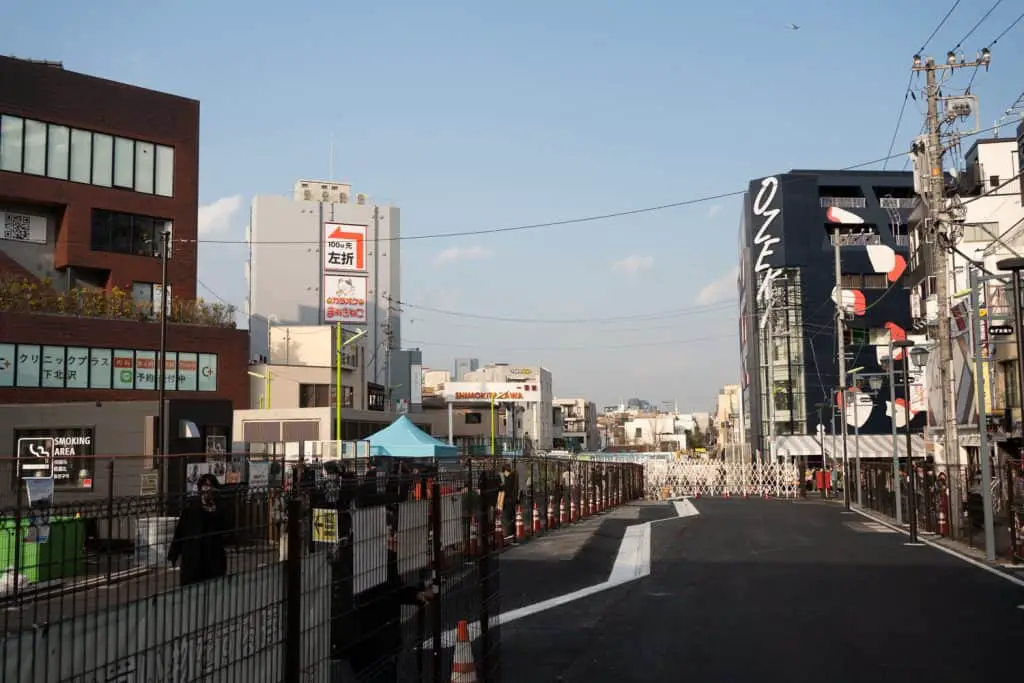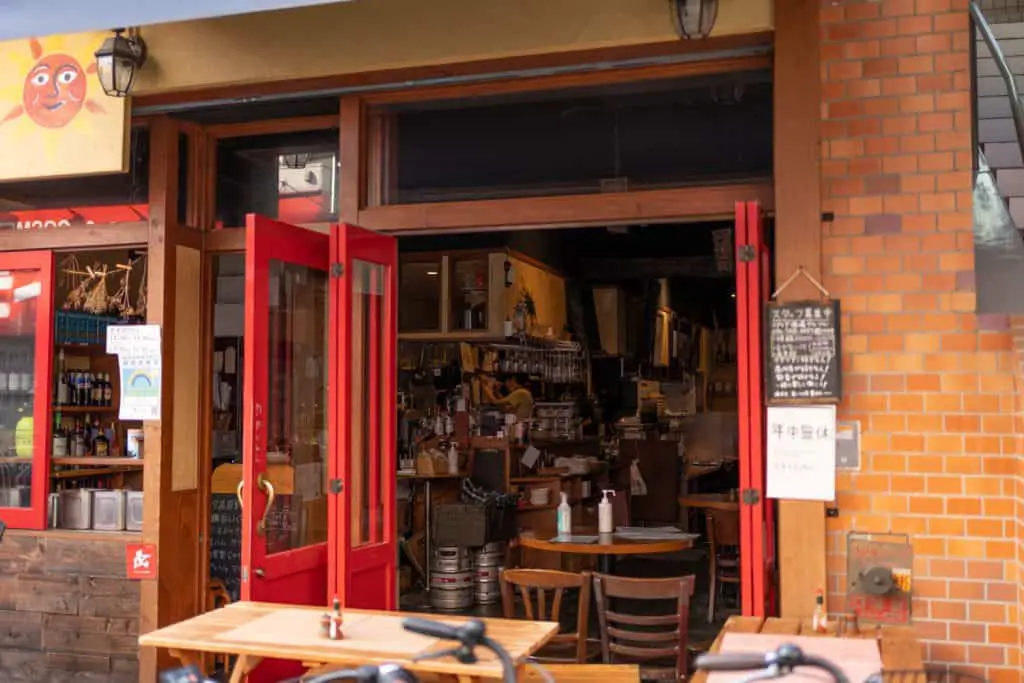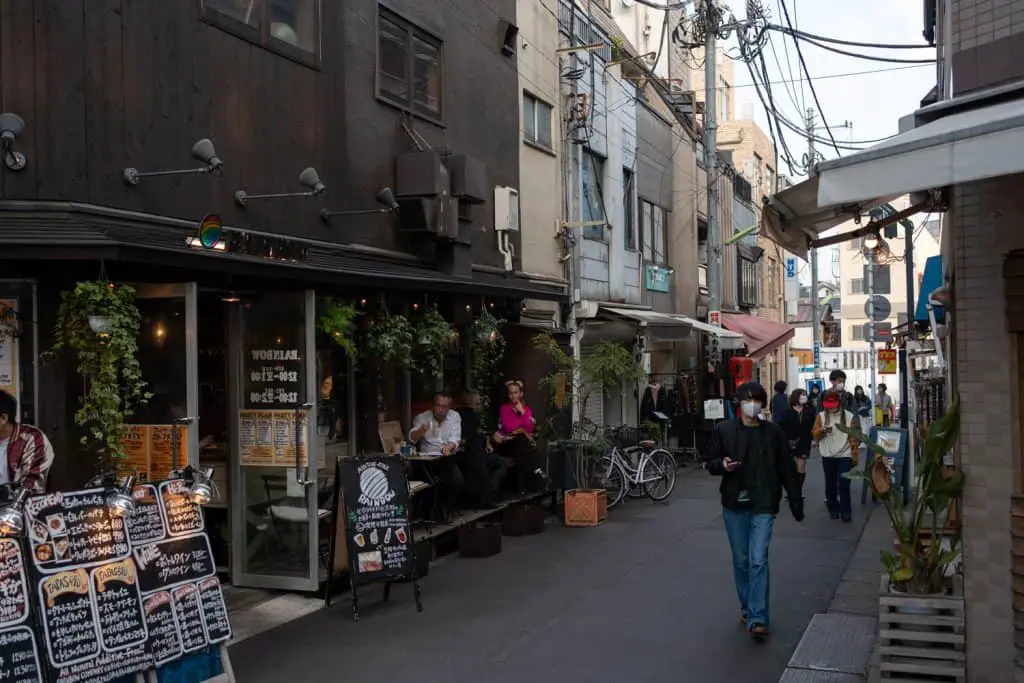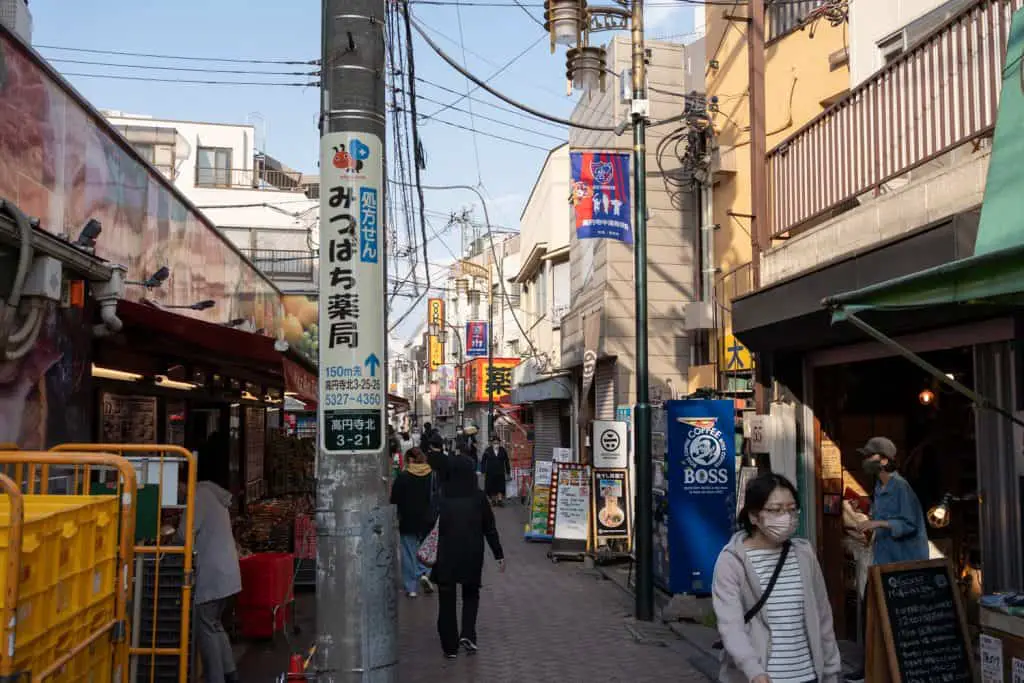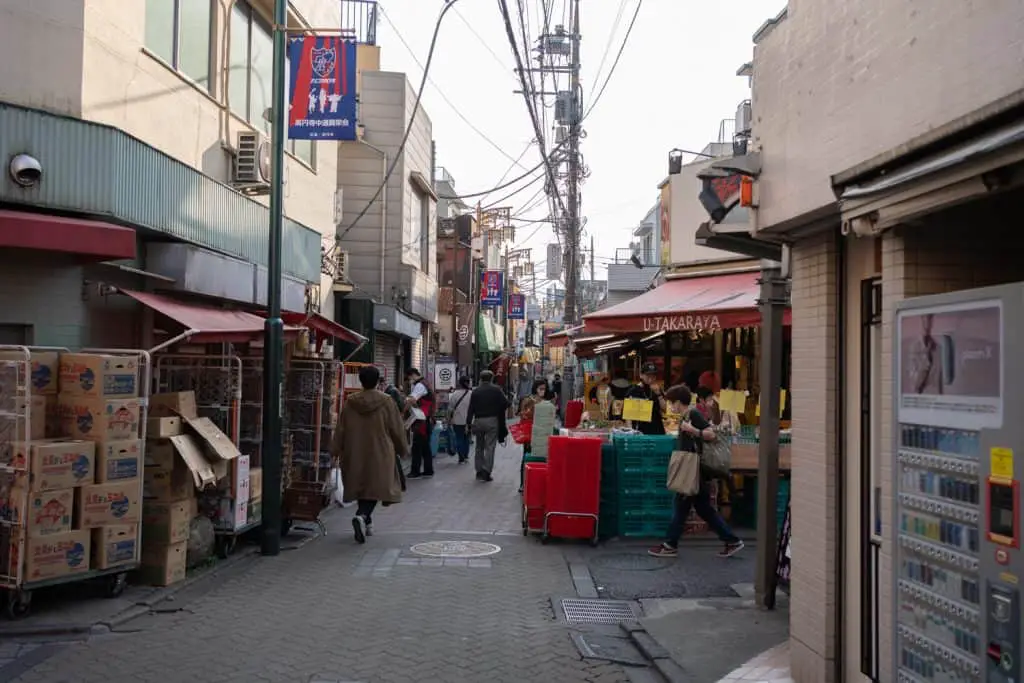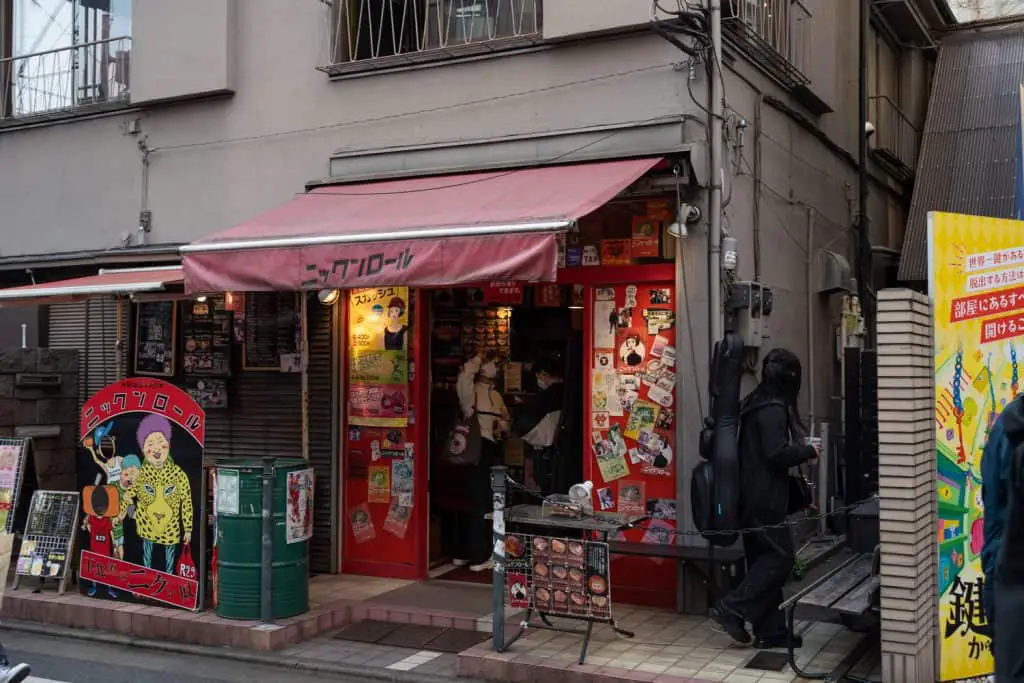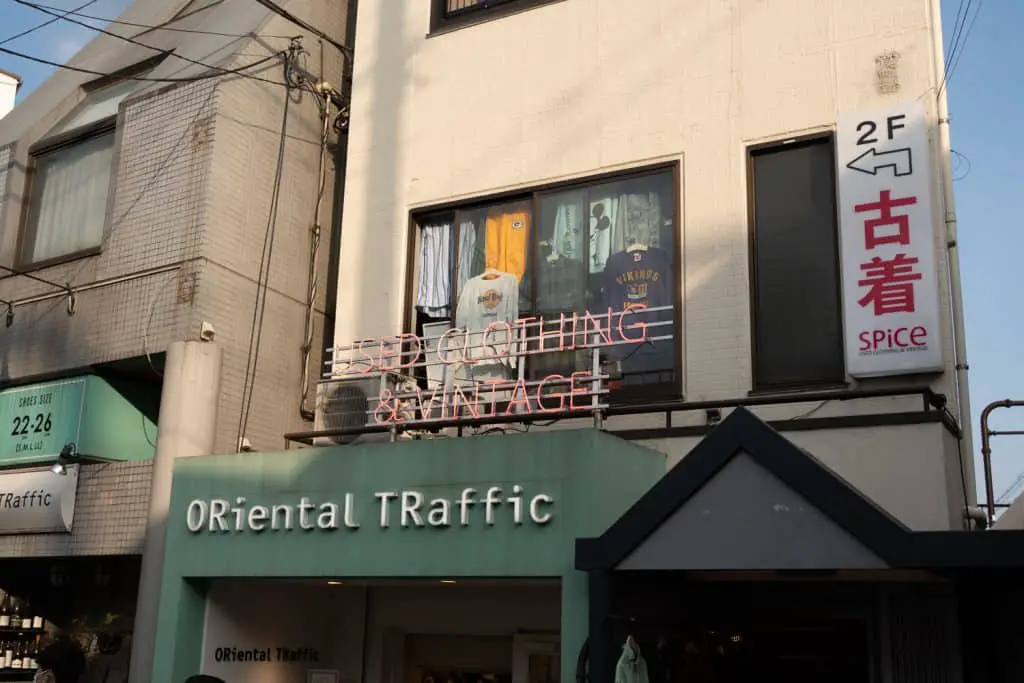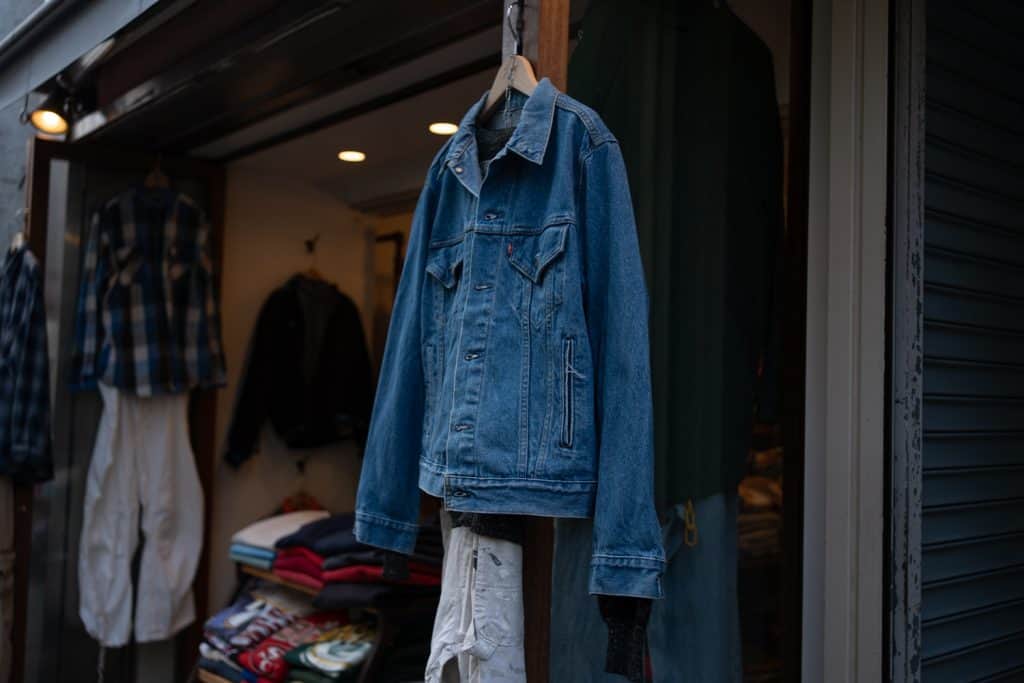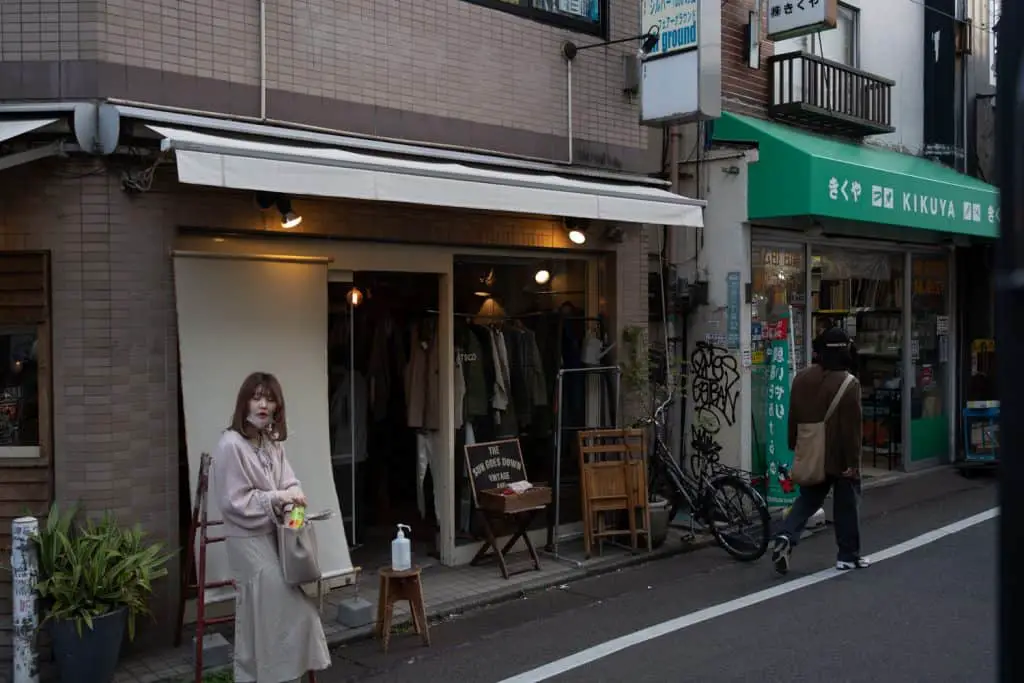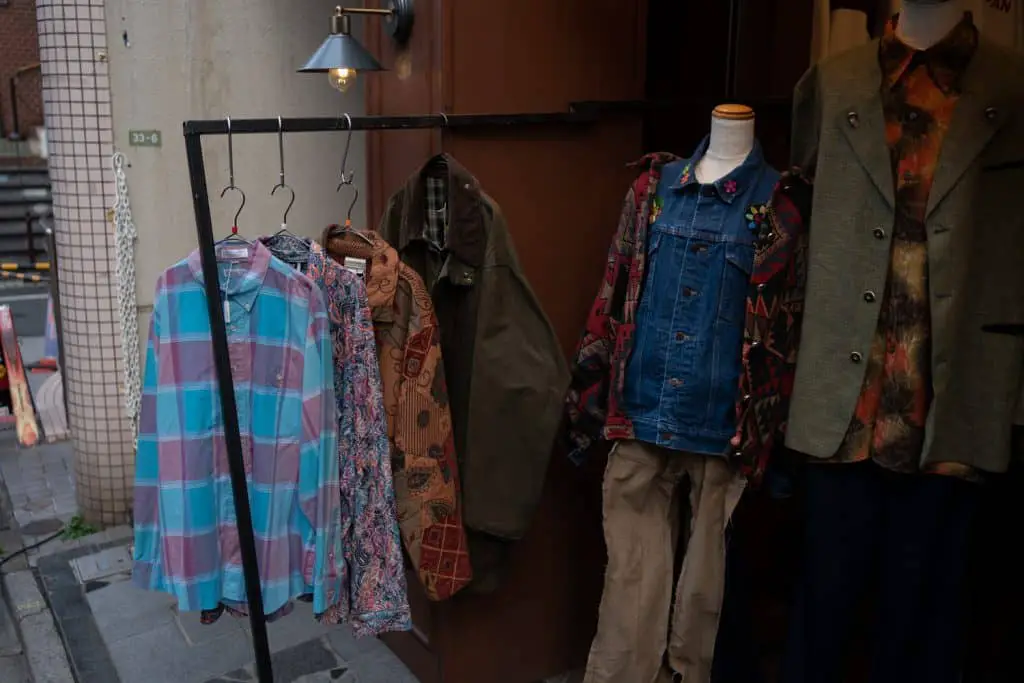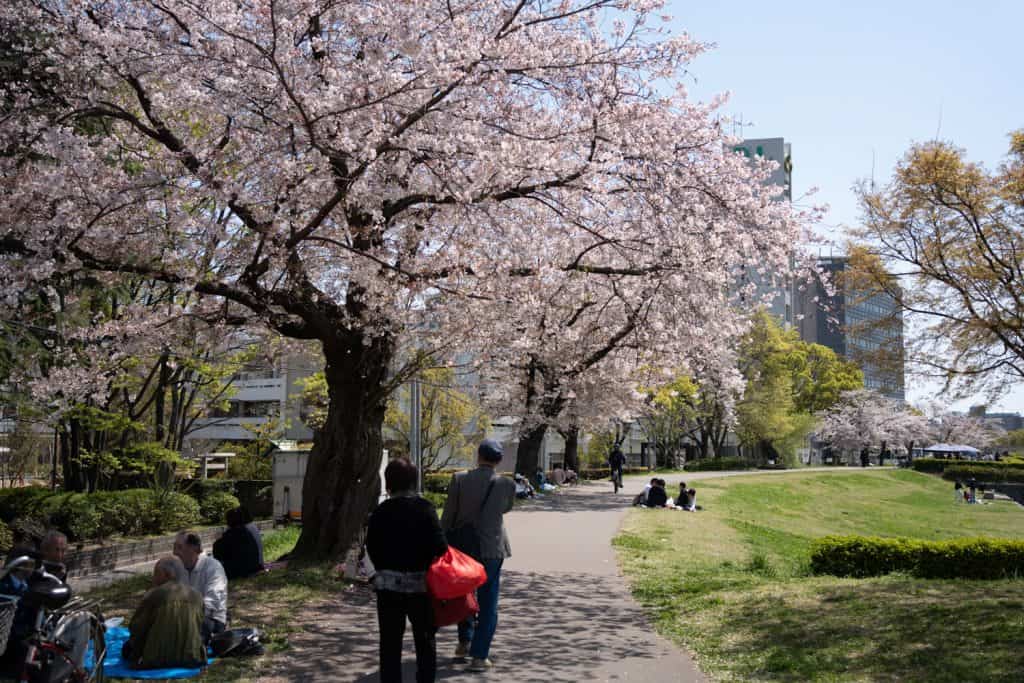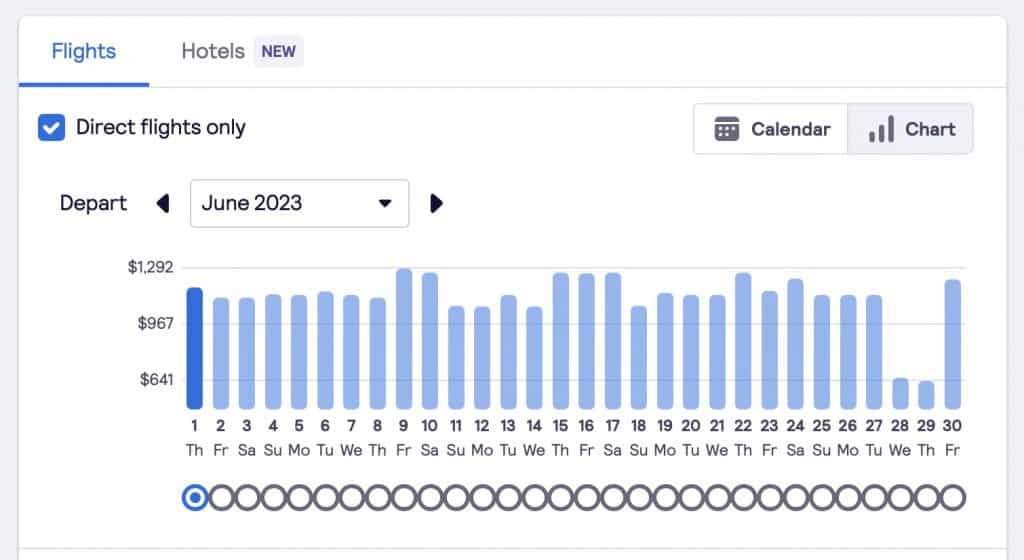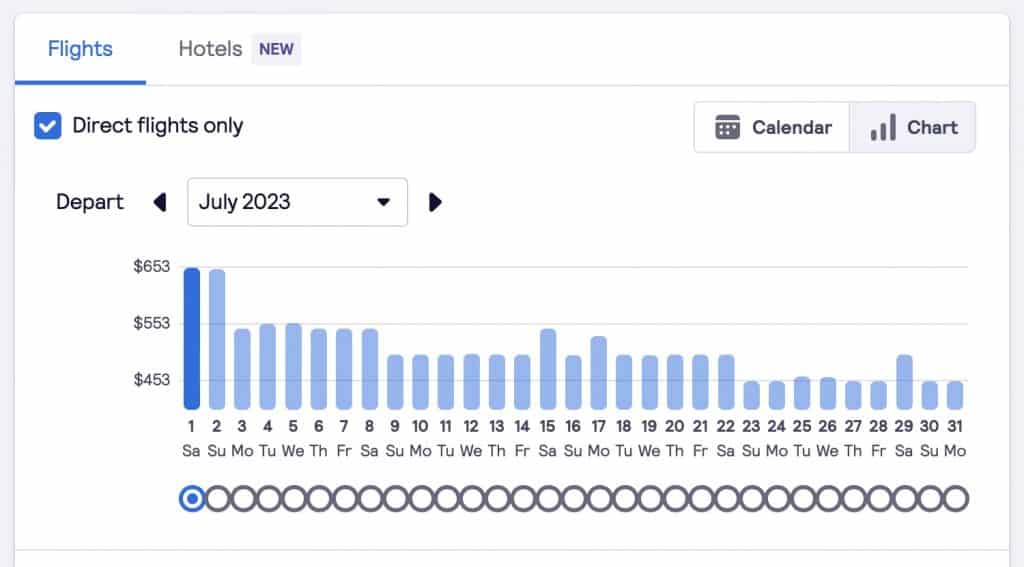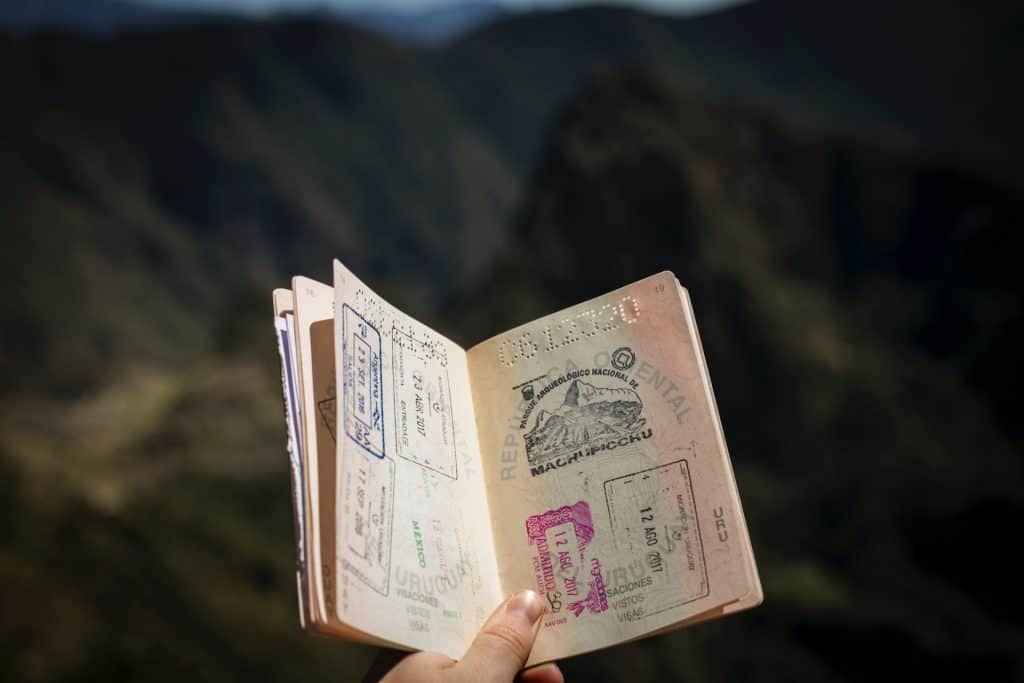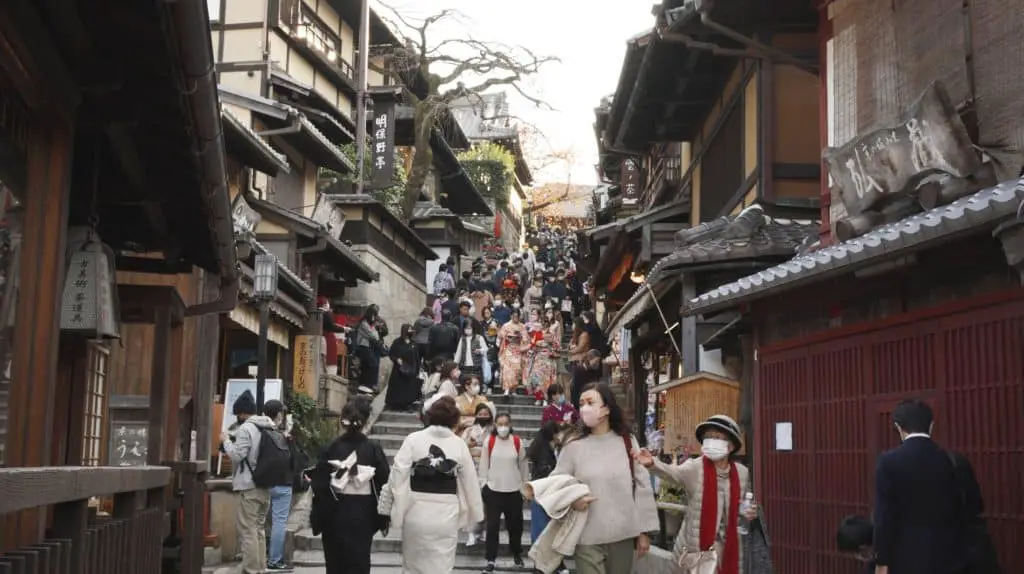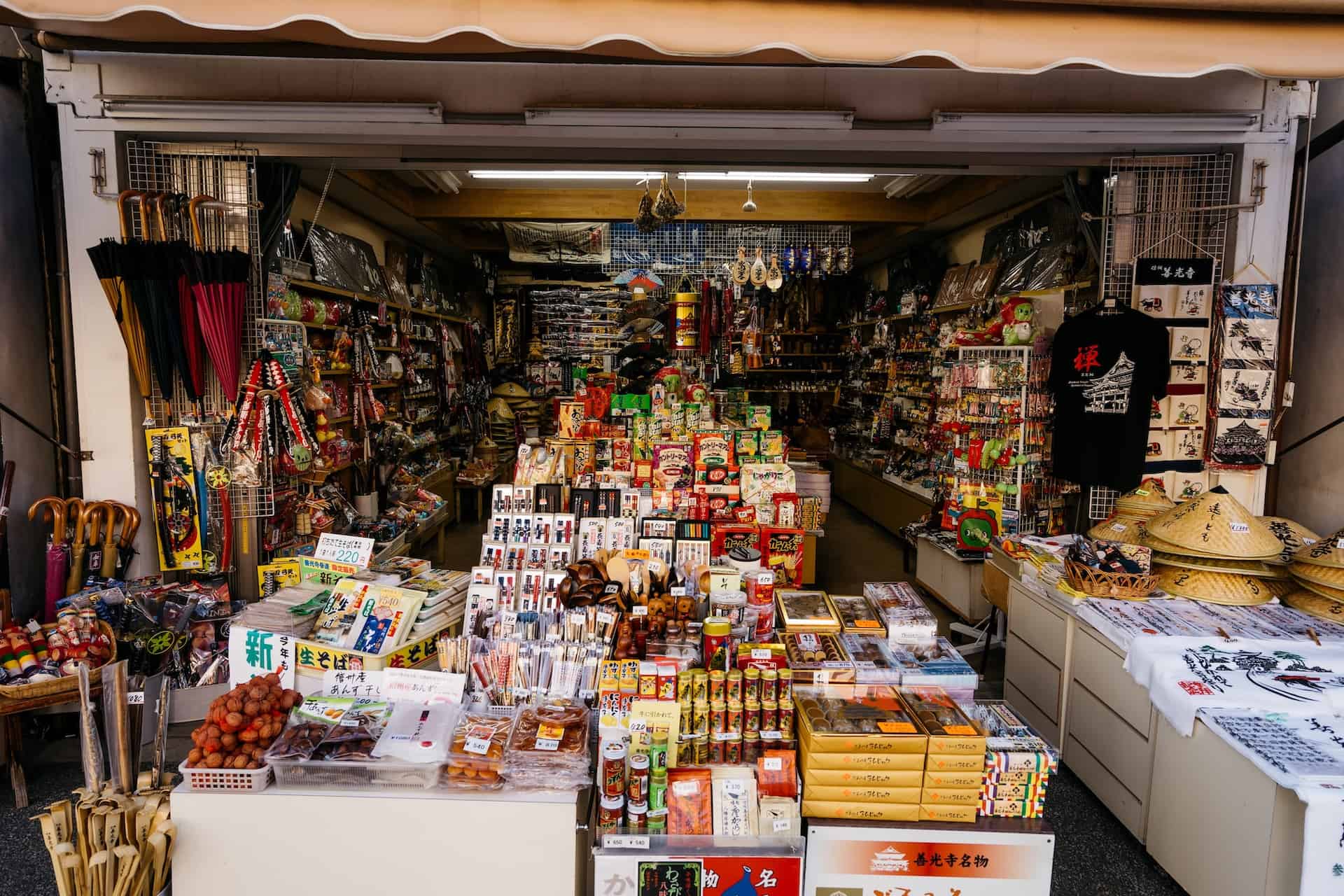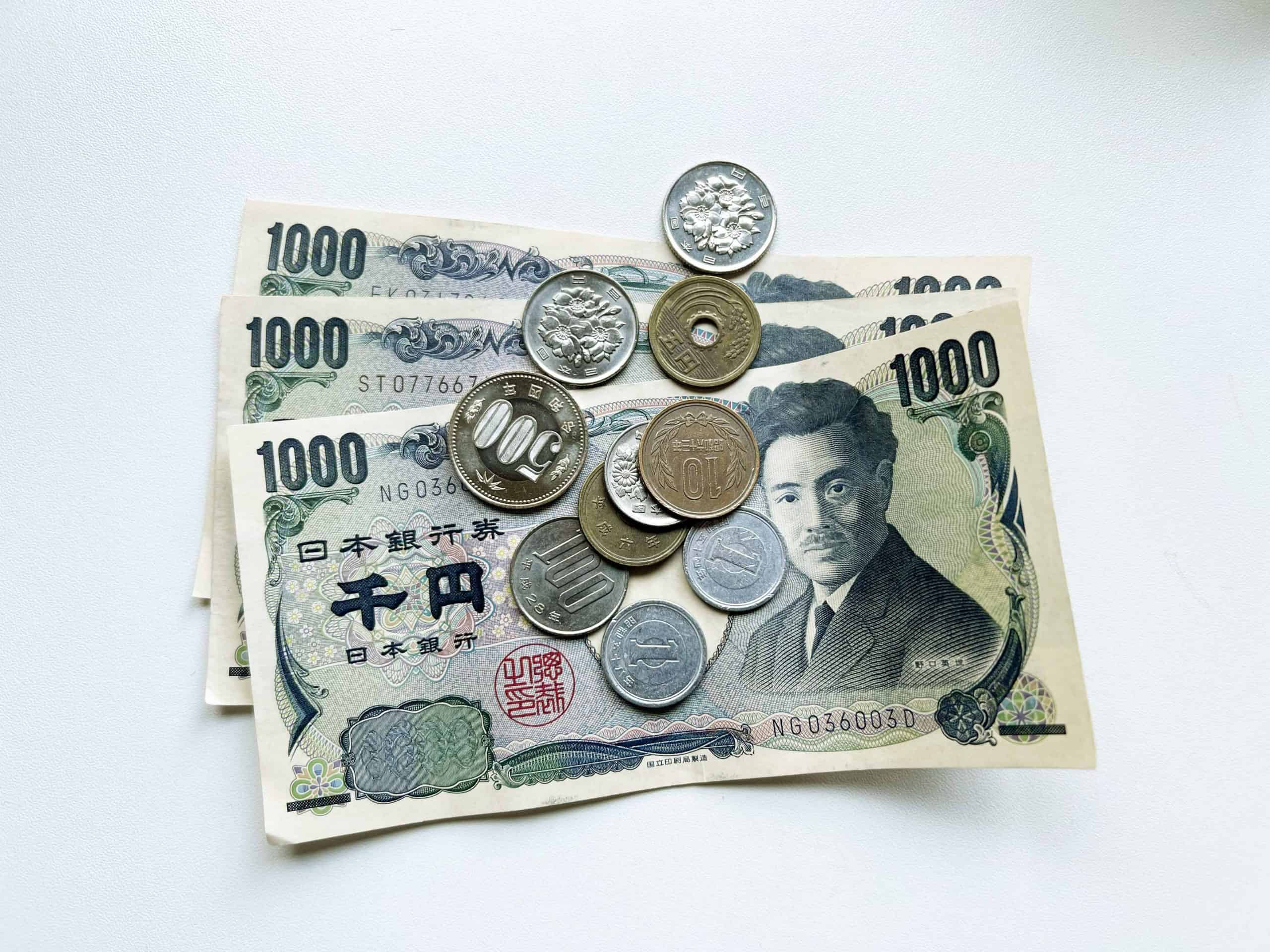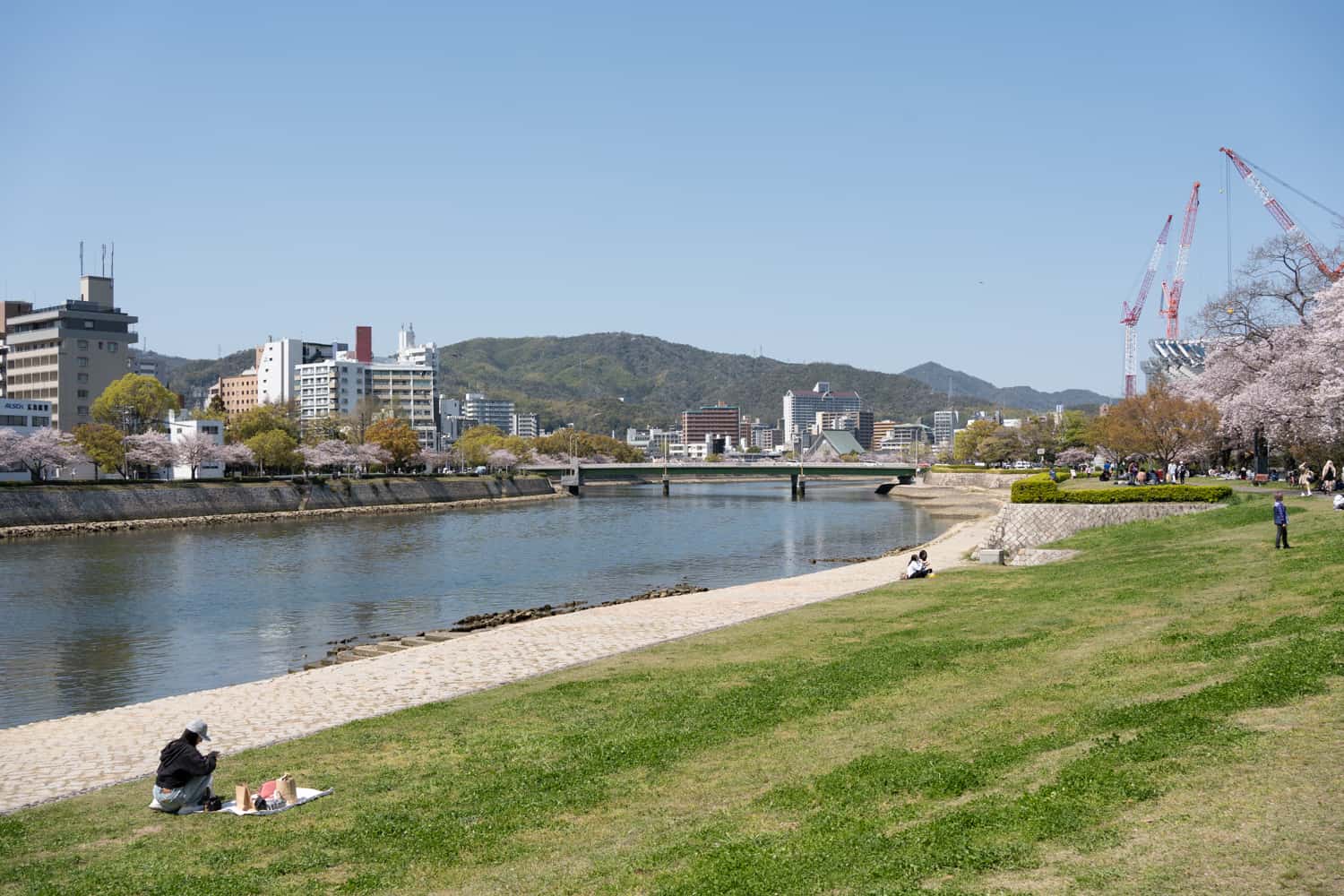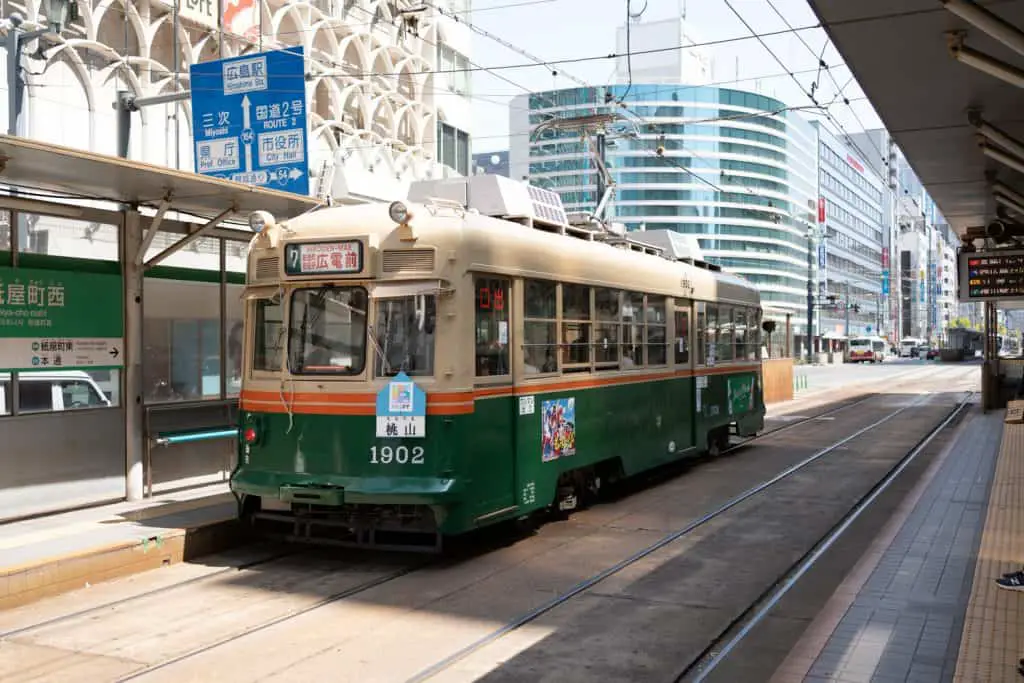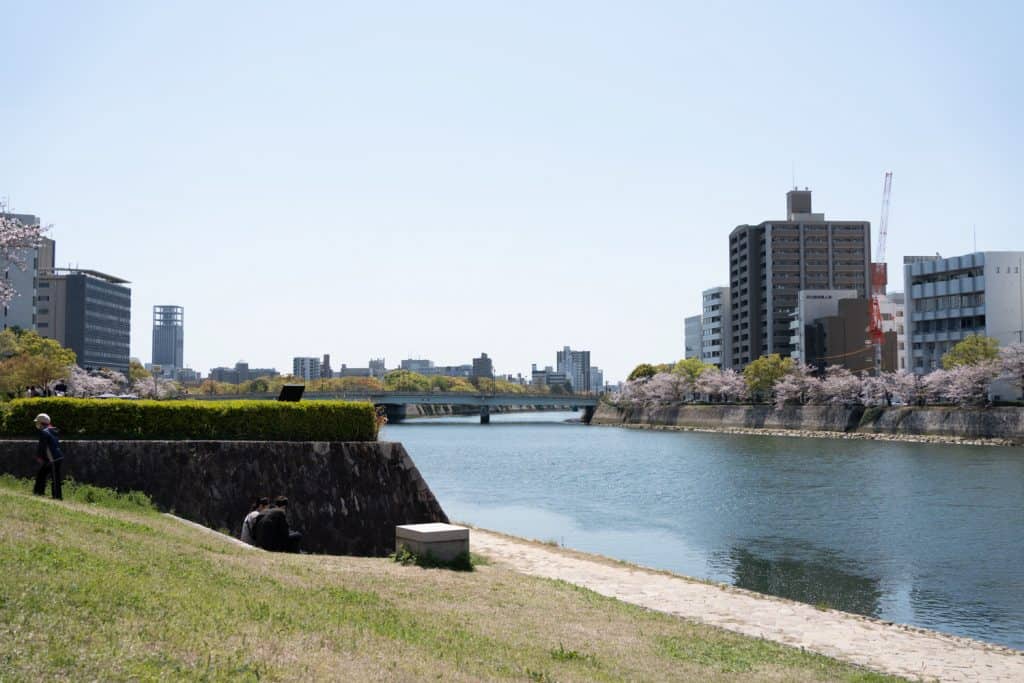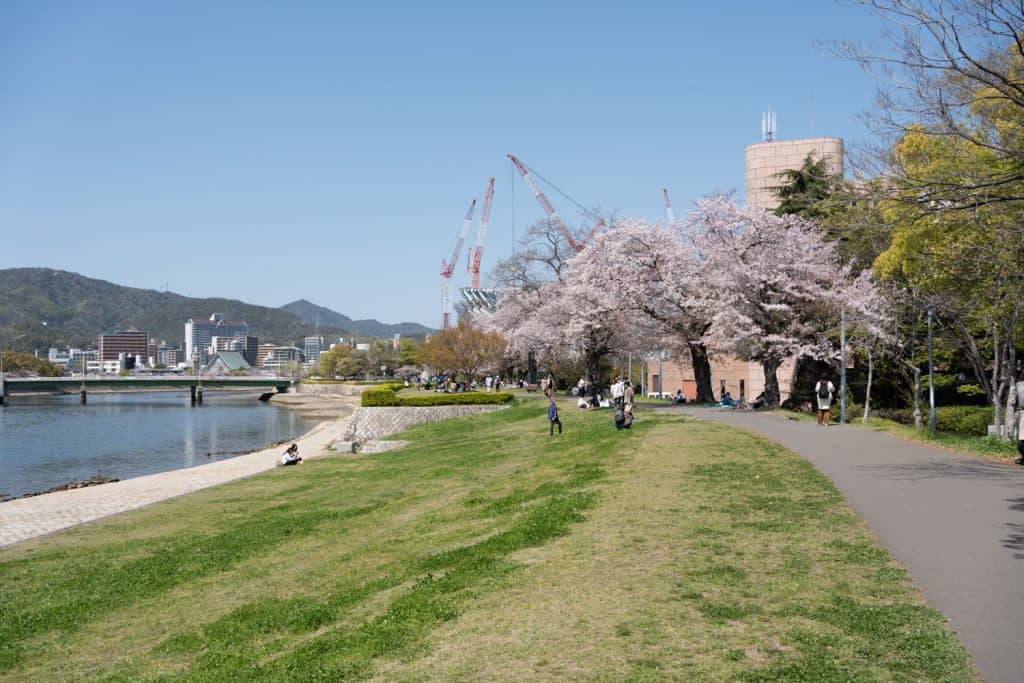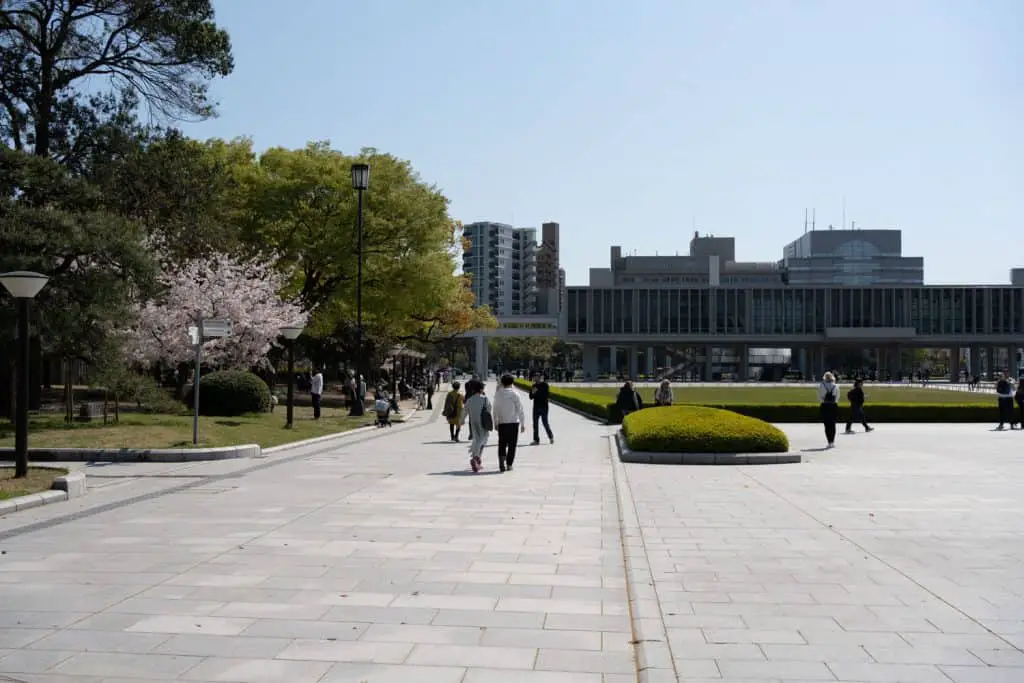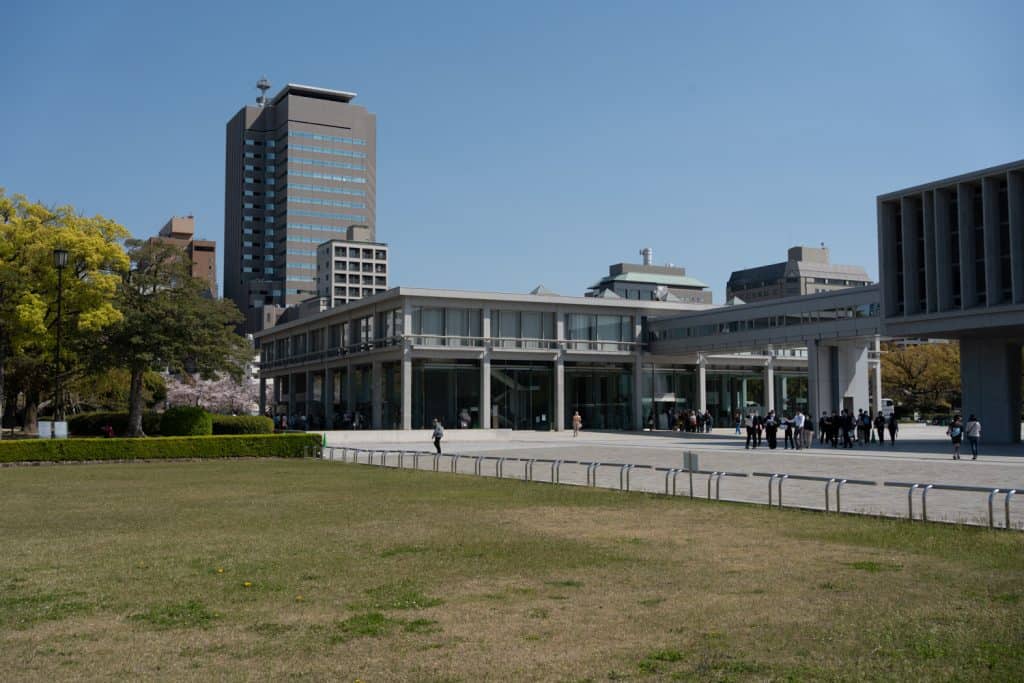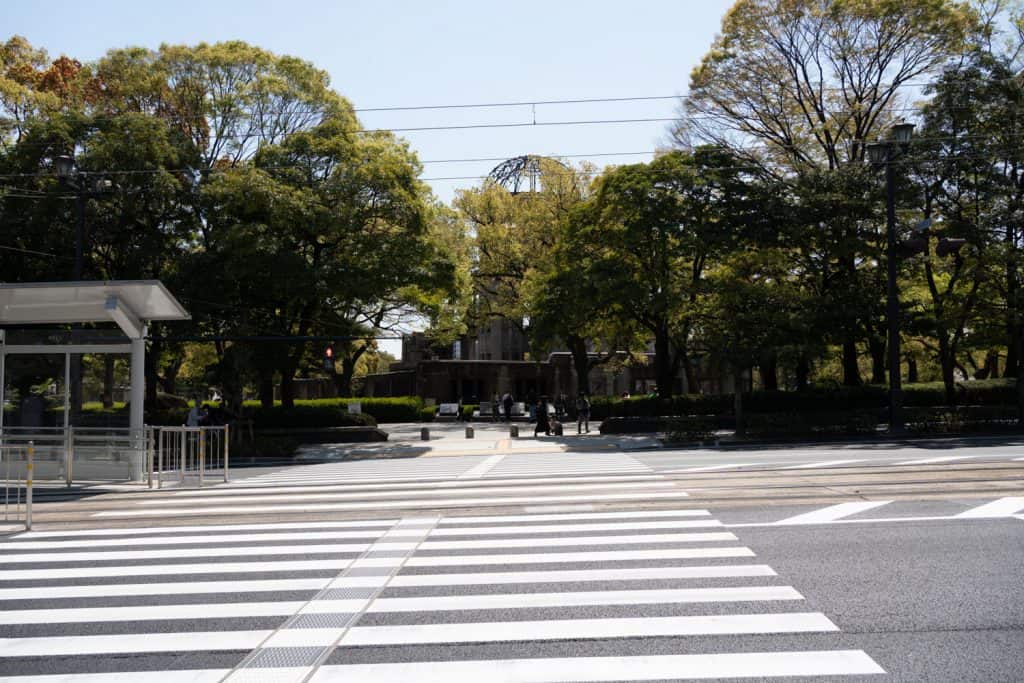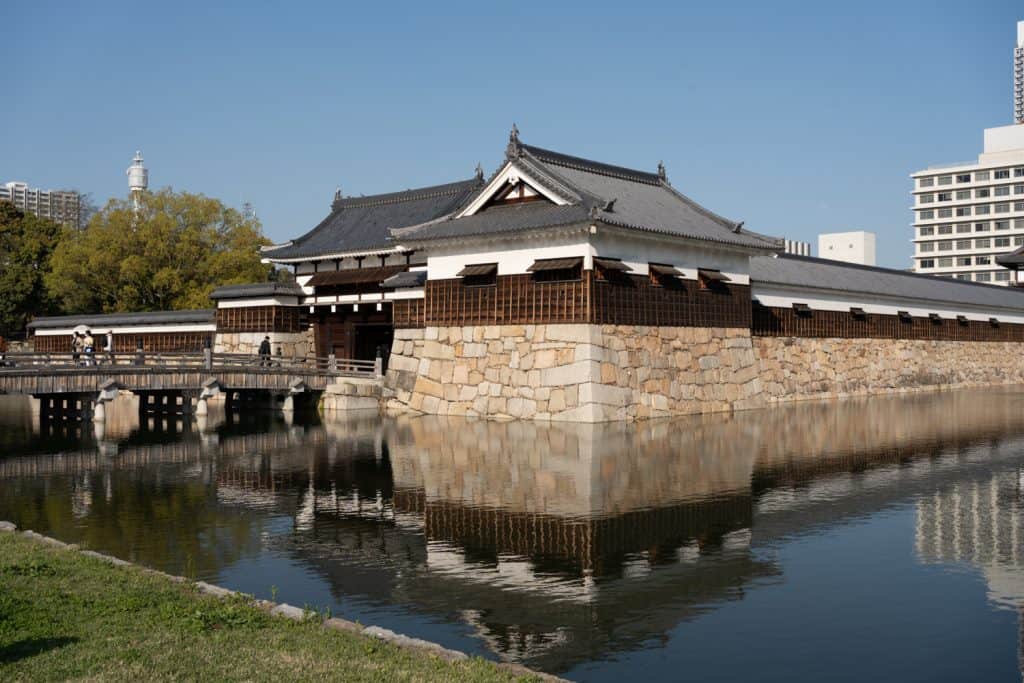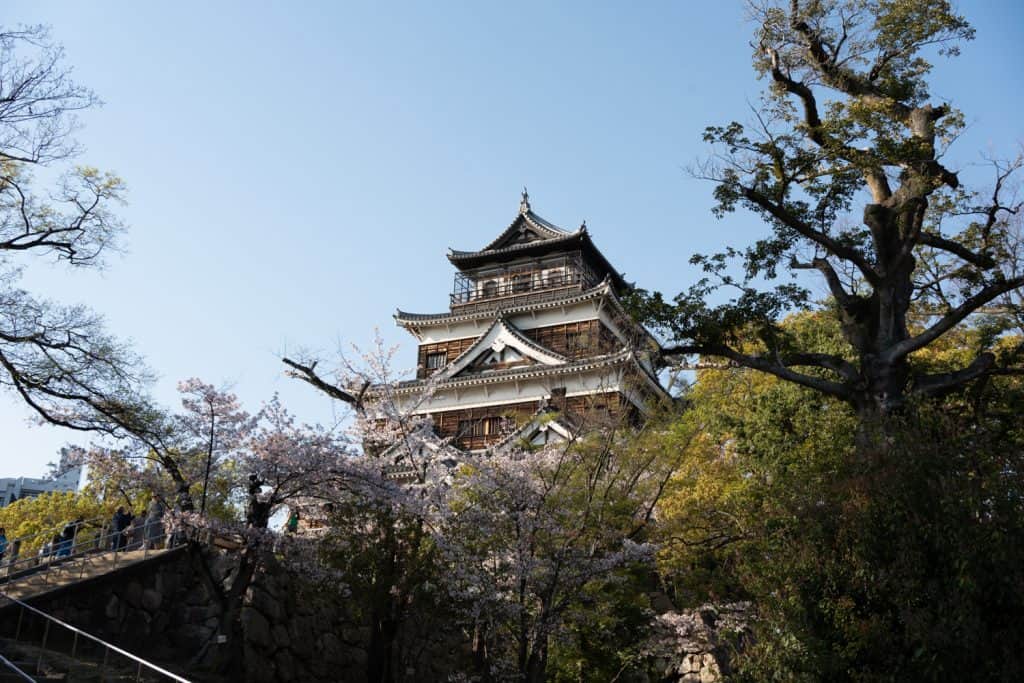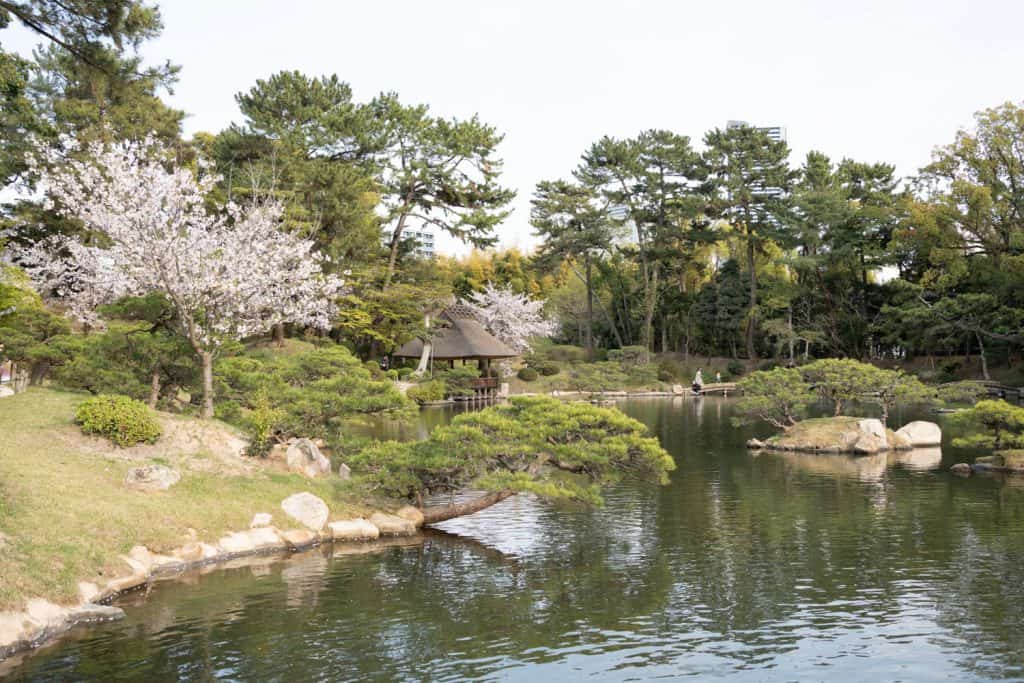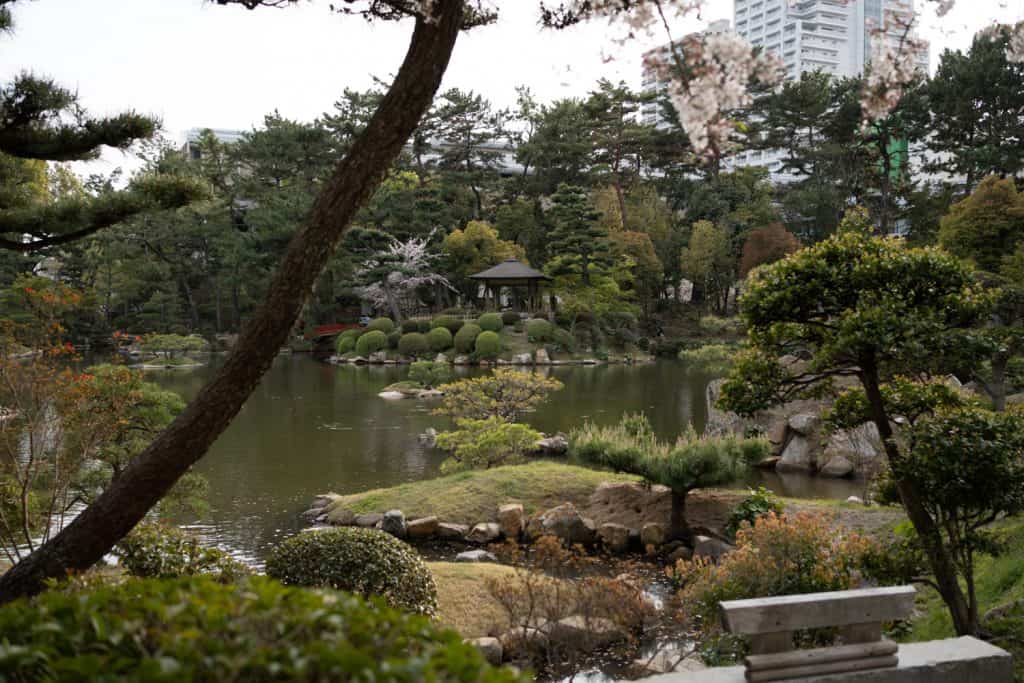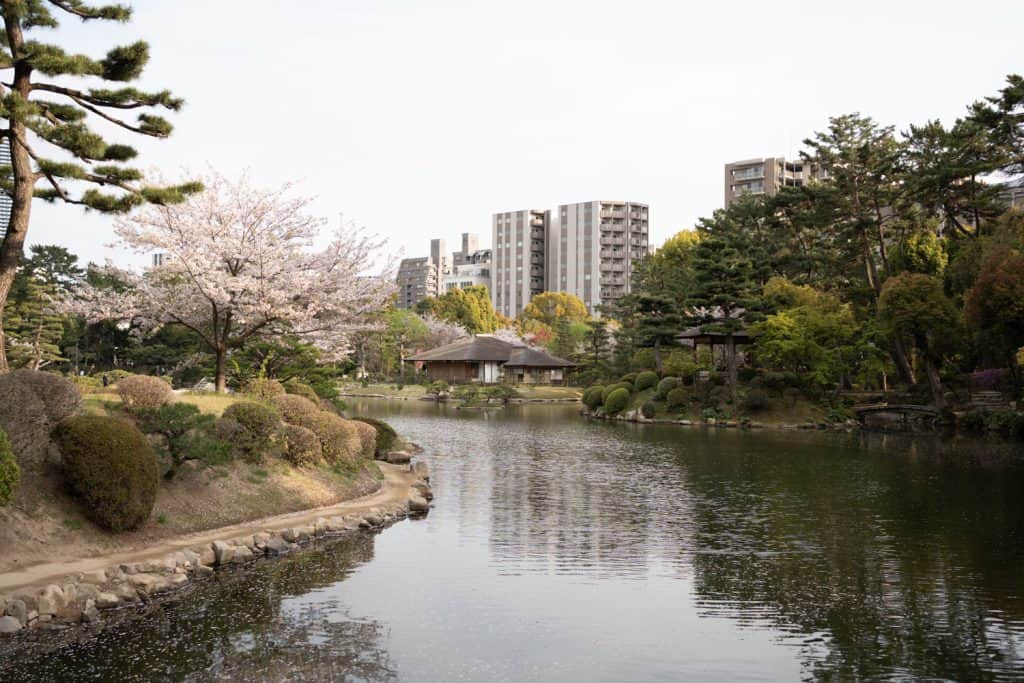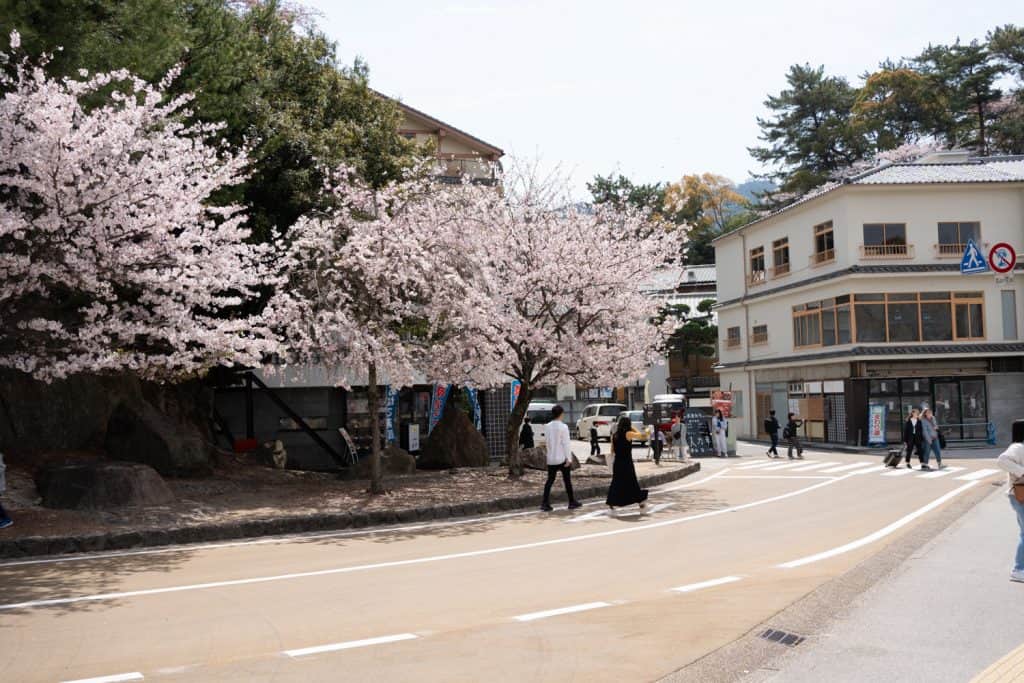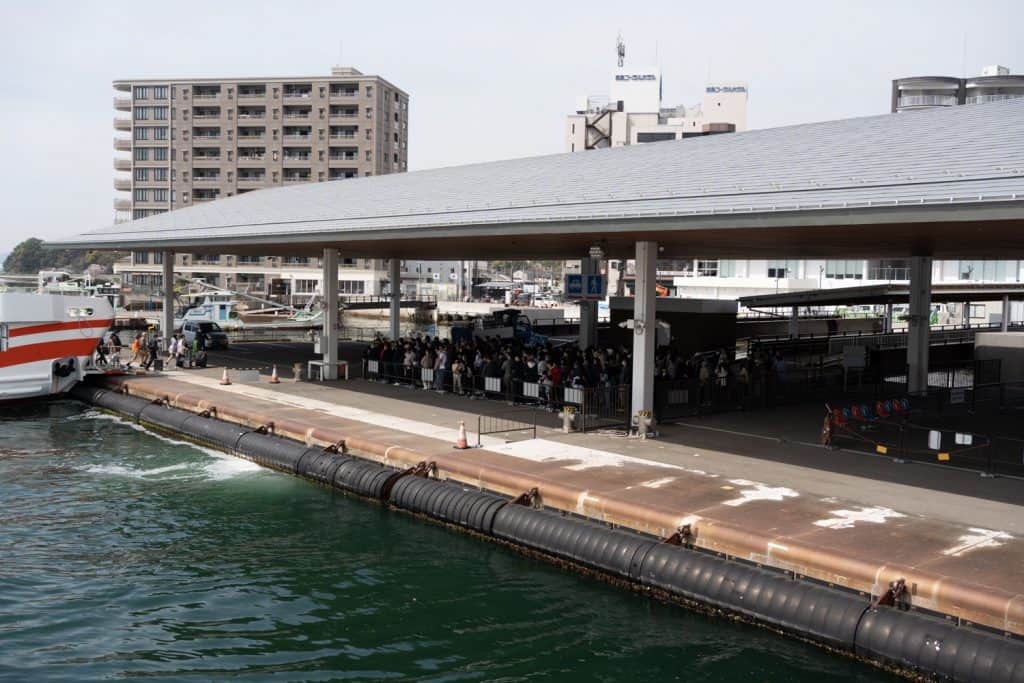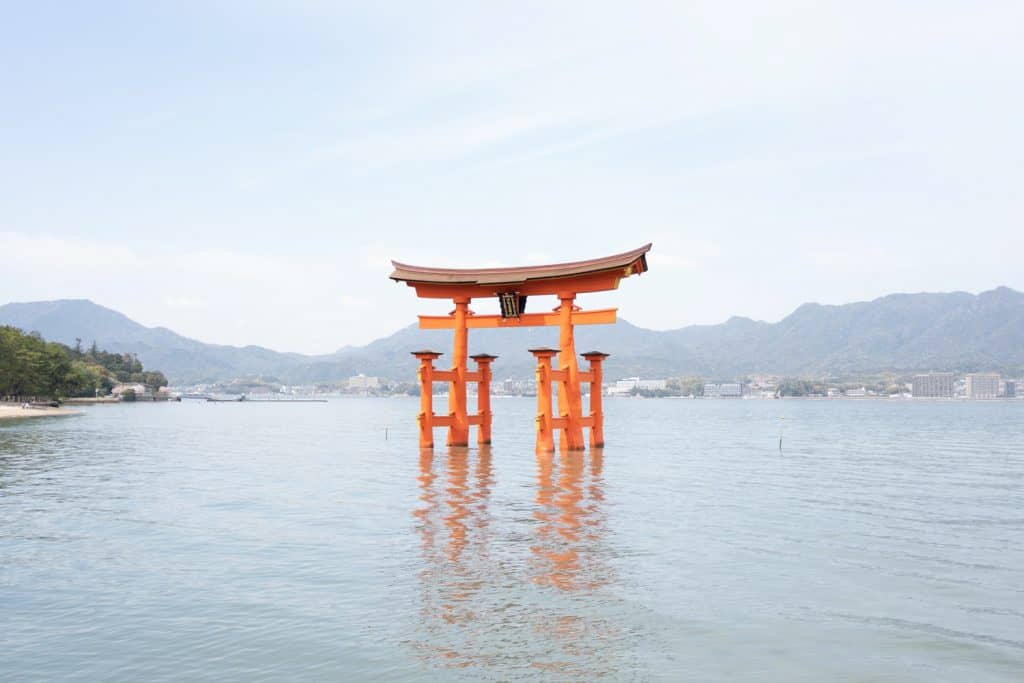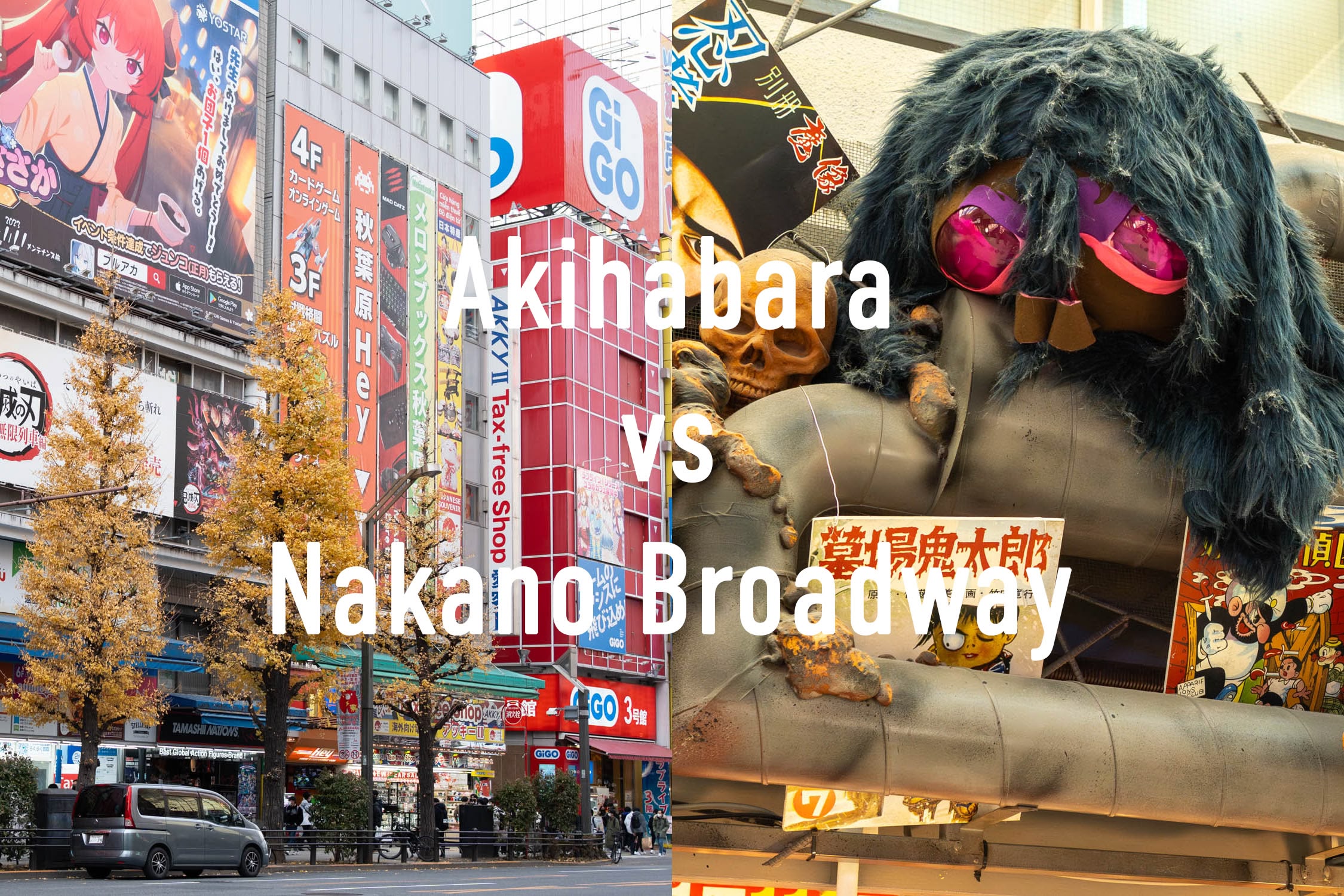
If you’re anything like me, travelling to Japan isn’t just about the temples, ancient towns, and damn good food. For some of us, technology defines our itinerary. We’re geeks, and we’re proud – Pokémon cards, RC cars, custom-made keyboards, sofubi, and everything in between. There’s a place, probably many, in Japan that sells them.
Two such destinations stand out: Akihabara and Nakano Broadway.
While there are lots more, these are the initial areas you’ll want to head to. These are the places that I constantly return to time after time, much to my girlfriend’s delight. But if you can only visit one of them, which should you choose? Well, after visiting both of them well over 20 times (don’t judge me…), I decided to figure that out.
Akihabara
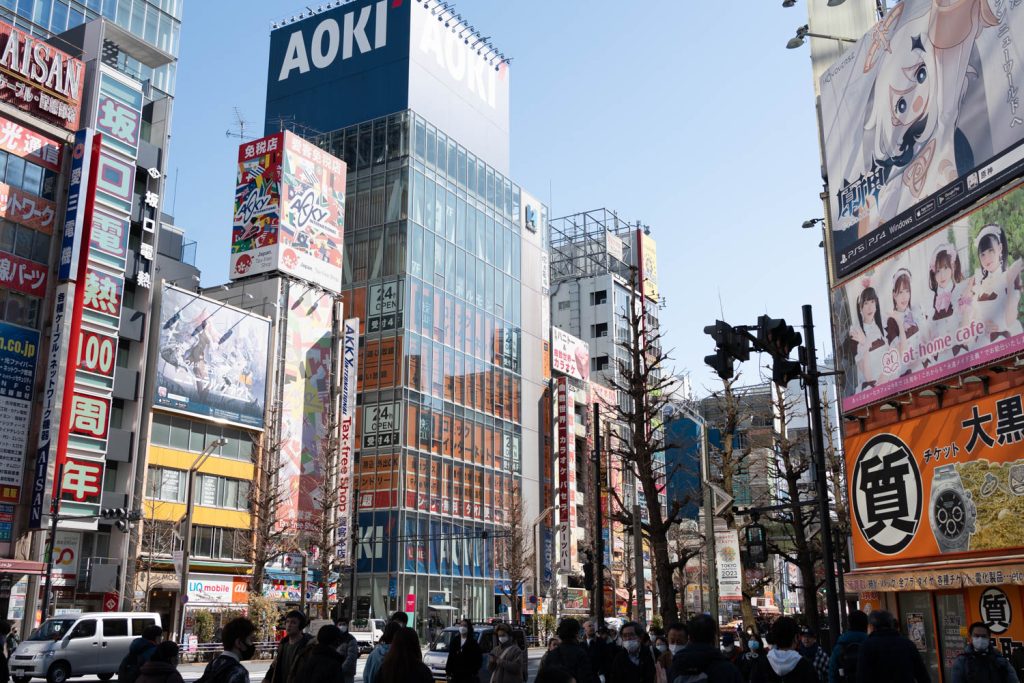
It seems to be the only place that’s talked about if you’re looking for that ‘tech-heavy’ Japanese experience. It’s got the shops (like the world’s biggest tech store, Yodobashi), it’s got the flashing neon signs, and it seems to be in just about every travel book and article going. But, is its popularity its downfall?
Getting to Akihabara
Due to where we live in Japan, we usually end up travelling to Akihabara on the Yamanote Line, but it’s really not a difficult place to get to. If you’re staying anywhere in Tokyo, you’ll easily be able to make your way here.
The lines you can access from and to Akihabara Station:
- Keihin-Tohoku Line
- Yamanote Line
- Chuo-Sobu Line
- Hibiya Line (Tokyo Metro)
Shops to visit in Akihabara
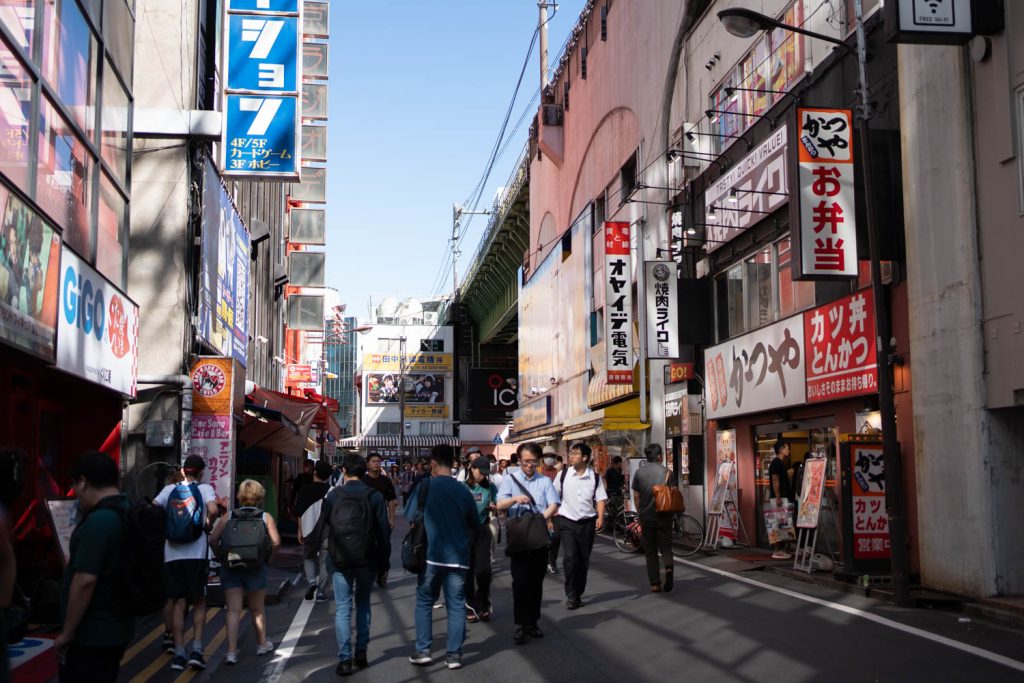
As with everything in Japan, getting lost for hours in a city is usually my favourite method of exploration. If you don’t have that kind of time, which we so often don’t with only a few weeks per year for a holiday, these are some of the highlights of Akihabara.
Pokémon Card Shops
It’s not my favourite place to buy Pokémon cards in Tokyo (that honour falls to Ikebukuro), but there’s still a huge number of places to hunt for them. Take a look at the article linked above, where I detail exactly where those places are.
On the whole, you’re going to be paying a slight premium to buy cards in what is pretty much the most well-known ‘gamer district’ in the whole of Japan. If this is your main goal, visit a second-hand Japanese store out of town, where you’re slightly more likely to find those deals.
However, it was the only place I was able to find Pickachu #227/S-P, the JP Post collaboration card, in PSA 10, no less. So, it’s worth looking through if you have the time.
Japanese Figure Stores
Anime is big business in Japan, and it’s the reason a lot of people head here in the first place. So, it stands to reason that Japanese figurines and models are among the most popular purchases. Whether you’re on the hunt for a scale model of your favourite character from that Anime you binge, or you’re trying to recreate the nostalgia from that first time you watched Yu-Gi-Oh (guilty…), you won’t be short on stores to visit here.
You might find it a little tougher to find something less mainstream in Akihabara, but if you know the right stores to visit, then you’ll give yourself the best chance to find it.
ASTOP
Opening Hours: 11 a.m. – 8:30 p.m.
I love a bargain, but I also love second-hand shopping. We all know that second-hand shopping in Japan is a great experience, and with anime figurines, it’s no different. ASTOP is located on the 4th floor of Akiba Zone, and there’s another store on the 2nd floor of Radio Kaikan, which is just a few steps away from the station.
Notably, it’s also close, quite possibly the coolest Warhammer store I’ve ever been inside.
ASTOP is Akihabara’s largest rental showcase that sells figures, trading cards, and idol memorabilia on behalf of customers. Inside, you’ll find wall-to-wall display cases of figurines from anime you love, and those you’ve never heard of. For central Tokyo, prices here can be fairly reasonable.
Mandarake
Opening Hours: 12:00 noon to 8:00 p.m.

Admittedly, you’ll probably be paying a premium for shopping here, but the experience alone is worth it. I’ve briefly mentioned Mandarake when we talked about buying secondhand games in Japan, but this shop sells a lot more. If you’re looking for slightly older Japanese items like toys, games, movies, posters, figurines, etc, take a slow wander around one of its 8 unique floors. Keep in mind, Mandarake is globally recognised, and just like some of the other famous shops in Akihabara (like Super Potato) it will carry a markup.
If you’re only interested in buying games, I’ve put some great alternatives in the article I’ve linked above.
Super Potato isn’t on this list because of that markup. As one Reddit user put it:
“Super Potato is good for browsing, but terrible for buying.”
Which was followed by an equally insightful comment of:
”Super Potato is more of a landmark to check out if you’re interested in the hobby
Radio Kaikan

Radio Kaikan is such a prolific shop that it deserves its own bullet point (and I’ve linked to a previous article I wrote about it). When I say shop, I actually mean a shopping mall with several shops inside it and a beer hall on the bottom floor. I’ve no idea why they thought geek shops and beer go together, but I’m not complaining. Definitely worth checking out due to its proximity to the station, but I’d avoid it if you’re around in rush hour or at the weekend.
Yodobashi Camera
I don’t know if this is the biggest tech store in the world, but climbing through 8 floors devoted entirely to technology (and Akihabara’s biggest Uniqlo) sure does make it feel that way. If there’s one shop I’ve been to most while living in Japan, it’s Yodobashi Camera. Walking into a shop (with a jingle that’s now permanently etched into my head) that contains every camera currently on the market just waiting to be held and tested is a far cry from the UK, where there are exactly zero places to try out cameras before buying them.
Model Car & Hobby Stores
Tamtam Hobby Shop
Aside from having to queue for the lift (sadly, no stairs) every time I’ve visited this shop, it’s easily one of the best shops for model car enthusiasts in Tokyo. Not only that, but also trains, RC Cars, diecast models and a whole host of other hobbies. Unlike a lot of the other stores in Tokyo, this one’s incredibly spacious, and I don’t feel like I’m being pushed around every corner. If you can deal with the queue and lift at the beginning, make sure it’s on your Tokyo geek Itinerary.
Surugaya
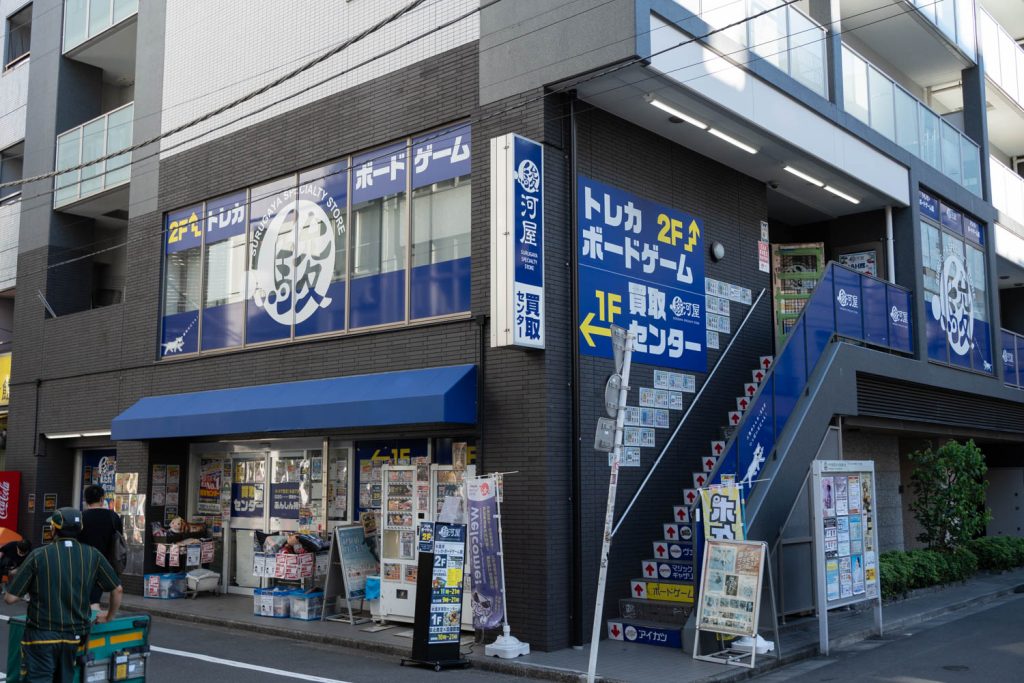
This is a chain store that you’ll find throughout Japan, and one of its offerings is a combined 10 million trading cards throughout its stores. I often find myself at Surugaya Akihabara Game Museum (because of my unhealthy love of retro Japanese games), but there are about 7 of these dotted throughout the district, with each one of them specialising in something different. There’s one on the main strip on the right-hand side, named “Surugaya Anime Hobby Pavilion”, which is probably the best shop in Akihabara to buy model cars from. Usually, I’d stick to Off stores throughout Japan, and Ken-box (the newer one) in Shinjuku, but it’s still worth checking out if you’re in the area
SUPER RAJIKON
Opening Hours: 10 am–9 pm (8 pm on Sunday)
Love RC Cars? Love the Tokyo Drift scene? With prebuilt and DIY options, this is the shop for you. It’s worth noting that I turned up to Super Rajikon in Akihabara about 30 minutes before closing, and they wouldn’t let me in – best to visit earlier in the day if possible.
Leonardo LG & Leonardo ET
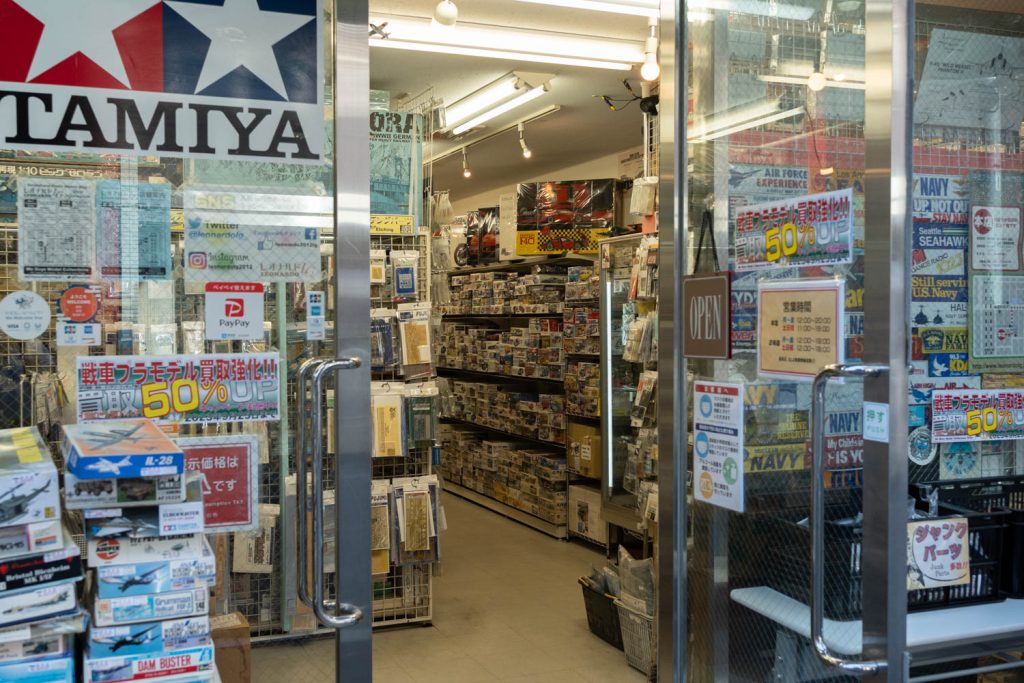
These are both shops that stock model kits and books. Mostly older and slightly more niche, but it has a nice atmosphere as it’s set slightly back from the road.
For those wondering why I’ve left out the Off stores, it’s simply because Akihabara doesn’t have any worth mentioning. If you’re on the hunt for games or books, there’s BOOKOFF Akihabara Ekimae Store, which is just under the train tracks, but I’ve never found it to be that great.
Yusha Kobo Keyboard Speciality Shop
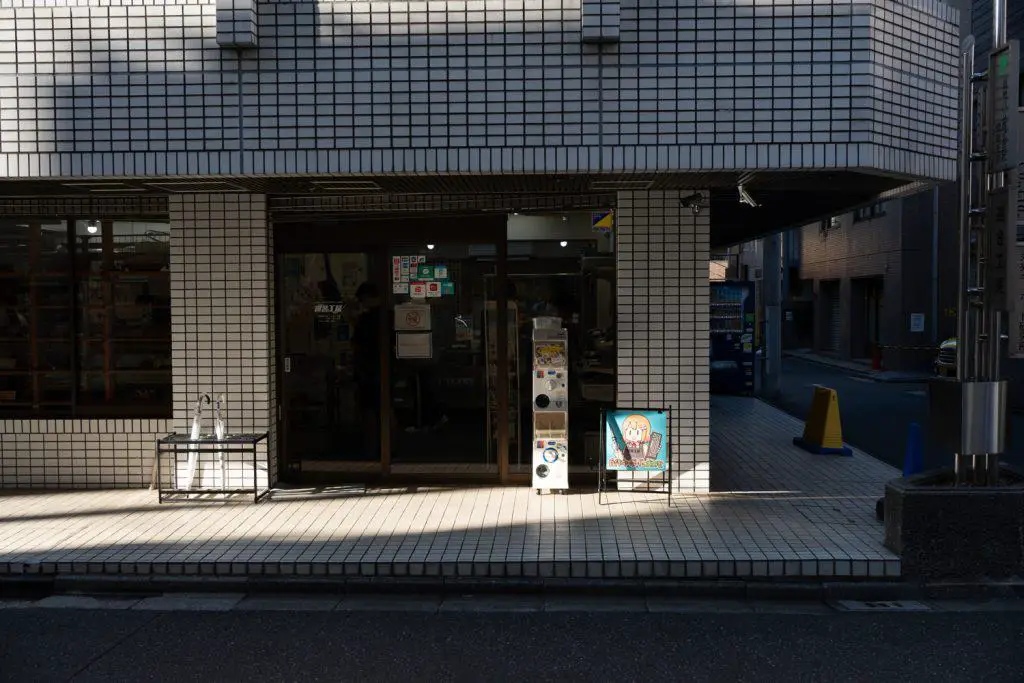
Fancy trying out all those custom keyboards you’ve seen online? Here’s an article I wrote on Yusha Kobo Keyboard Speciality Shop, where I did just that. …and then bought the Rainyh 75 pro, which is an absolute beast of a keyboard.
Accommodation options in Akihabara
Whenever we book with Agoda (almost always the cheapest hotel aggregator when you’re already in Japan), Akihabara comes up as the cheapest. I’m talking, $30 when booked at 7 pm on a Saturday night, literally just a couple of hours before.
Admittedly, this is usually with APA Hotels. Despite what I may think about the president of APA group, my bank account cannot argue with those prices.
If you can’t stomach going with APA group (honestly, I don’t blame you), you’ll find that most of the other cheap, business hotel deals can be found in the East/South-East of Tokyo, just a few stops away. My best advice would be to check Agoda and book with whichever works out cheapest on the day.
Food Options in Akihabara
I’m not the best person to judge a place by its food quality (I leave that to The Japanese Rose), but Akihbara isn’t exactly renowned for its food. You’ll find all the usual options, and you won’t go hungry, but if you’re looking for the best that Japan has to offer (and at a reasonable price), look elsewhere.
That said, there are a few places that I’ve eaten at in the area that I think are worth mentioning.
Kyushu Jangara Akihabara
Opening Hours: 11:00 – 22:00
- Kyushu Jangara does some incredible ramen, and we aren’t the only people who think this. There are five stores throughout Tokyo, and one of them is in Akihabara. Unless you get there before the evening rush, you’ll be queuing. If you don’t want to wait, the next option is about 10 seconds away.
Menya Takeichi Akihabara
Opening Hours: 11:00 – 21:00 (22:00 on Friday and Saturday)
- Ramen that’s just as good as Kyushu Jangara, though far less known to tourists.
Komaki Shokudo Kamakura Fushikian
Opening Hours: 11 am–4 pm, 5–7:30 pm (11 am–7:30 pm on Saturday and Sunday)
- This place is easily my favourite restaurant to eat at in Akihabara. We found it by mistake one night, and with the intention of heading back home, decided to stay in the city instead. Traditional food, picky bits, and flowing drinks. It could be worth booking a table if you’re coming on the weekend.
Nakano Broadway

Quite frankly, visiting Nakano Broadway makes me feel like a kid in a sweet store. There’s so much going on, it’s dark, a little bit grotty, and I feel like I’m going to find a secret store each time I visit. Founded in 1966 as a luxury shopping centre, Nakano Broadway is now one of the best places for anime and manga fans to absolutely destroy their wallets. But those aren’t the only things that this shopping centre sells.
Before we go any further, this half will be considerably shorter than the first. The reason for this is? Comparing Akihabara and Nakano Broadway is slightly unfair. One is an entire neighbourhood, and the other is a shopping centre. However, if you like one, you’ll probably like the other!
Getting to Nakano Broadway
Depending on the time of day, it’ll take you around 25 minutes from Shibuya (including walking at the end), and from Shinjuku, it could take you as little as 8.
The shopping centre itself is just a short walk from Nakano Station. Exit via the North side, and you’ll find a semi-covered parade of shops that lead up to the mall. There’s not too much to mention about these stores, apart from a couple of pet stores that pull me in every time I pass by.

There are also a few watch shops and a fairly decent camera shop (FUJIYA CAMERA Junk Hall) as well, but otherwise nothing exceptional. If you’re interested in cameras, Fujiya Camera is just a few streets East of the Junk Hall.
Shops to visit in Nakano Broadway
Mandarake
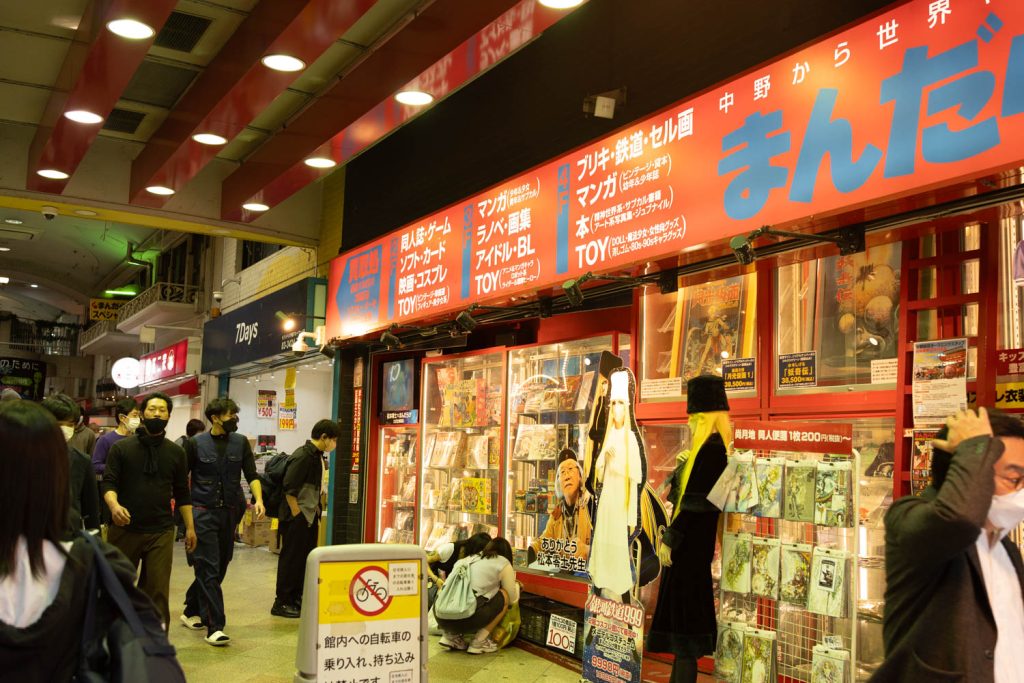
Inside Nakano Broadway, you’ll find over 30 separate Mandarake stores, each focusing on a slightly different niche. The first of which was a pre-owned comic dealer established in 1987 – things have changed a lot since.
As I mentioned before, shopping in Mandarake will mean you’re paying slightly more, but the selection of retro Japanese things for sale in Nakano is second to none. If you’re looking for something old, niche, or one of a kind, one of these 30 shops should have it.
Watch Shops
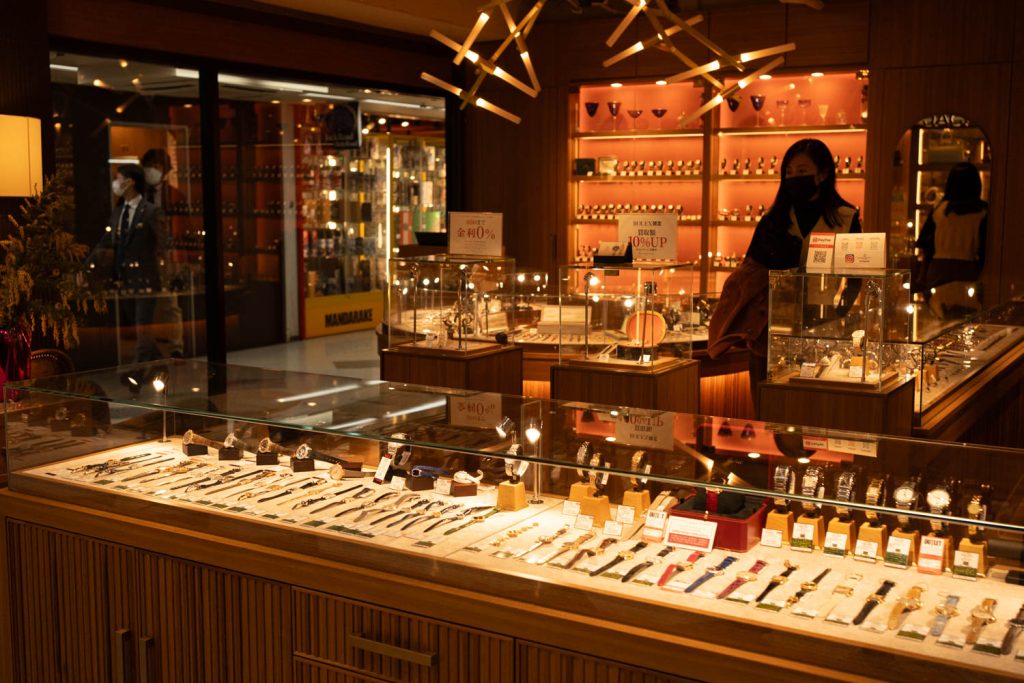
There’s been a lot of talk over the last few years that Nakano Broadway is changing from what it once was, to a mall overrun with watches. I can see how people have drawn this conclusion, considering one of the floors is pretty much just watches.
Honestly, I’d call that a positive change, and I personally know quite a few people who have found their perfect second-hand watch there. The mall still retains its magic, but perhaps for those who visited decades ago, it’s a big change.
In any case, if you’re looking to buy a watch in Japan, other than in Ginza, Nakano Broadway is the place to buy one.
Secret Nakano Broadway Shops
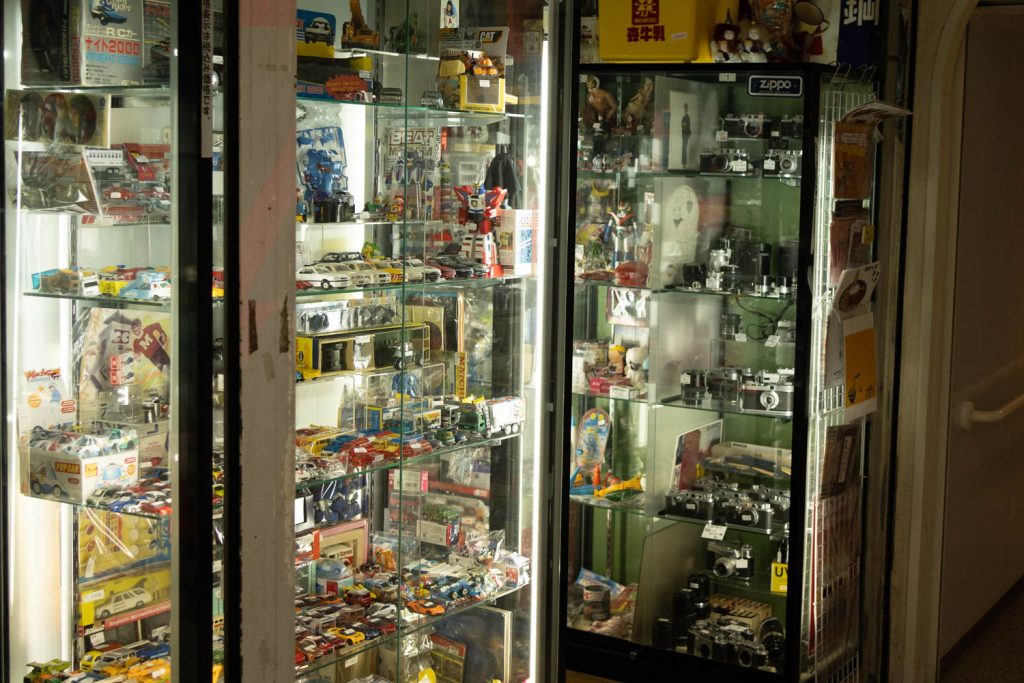
As I mentioned at the start of this post, I’ve been to Nakano Broadway probably close to 20 times, and I still feel like I’m finding new stores to spend money in. This is either because I’m horrendous at systematic exploration, or because Nakano Broadway is a rabbit warren of shops that seemingly has no end. I like to think it’s the latter.
You’ll also find a meat market on the bottom floor, for a reason I’m not quite sure of.
Accommodation options near Nakano Broadway
I wouldn’t go out of your way to stay in the area, unless you’re heading further west to somewhere like Mount Takao. It would probably be best to stay in either Shibuya/Shinjuku or East Tokyo. Really, anywhere that’s offering a cheap stay.
Food options in Nakano Broadway
There’s actually only one place in Nakano Broadway I’d recommend eating at, and that’s Korinbo.
Opening Hours:
11:30 am – 3:00 pm
5:00 pm – 8:00 pm
Despite those opening hours supposedly being correct, we’ve been a number of times, and it seems to have been closed for one reason or another.
It’s on the second floor of Akihabara and serves absolutely wonderful Taiwanese food. However, my personal opinion is that you’ll find much better Japanese food at nearby Shimokitazawa or Koenji. Both of them have a much more appealing night vibe, and a lot to offer in terms of cuisine (and Japanese Jazz cafés!)
Nakano Broadway or Akihabara?
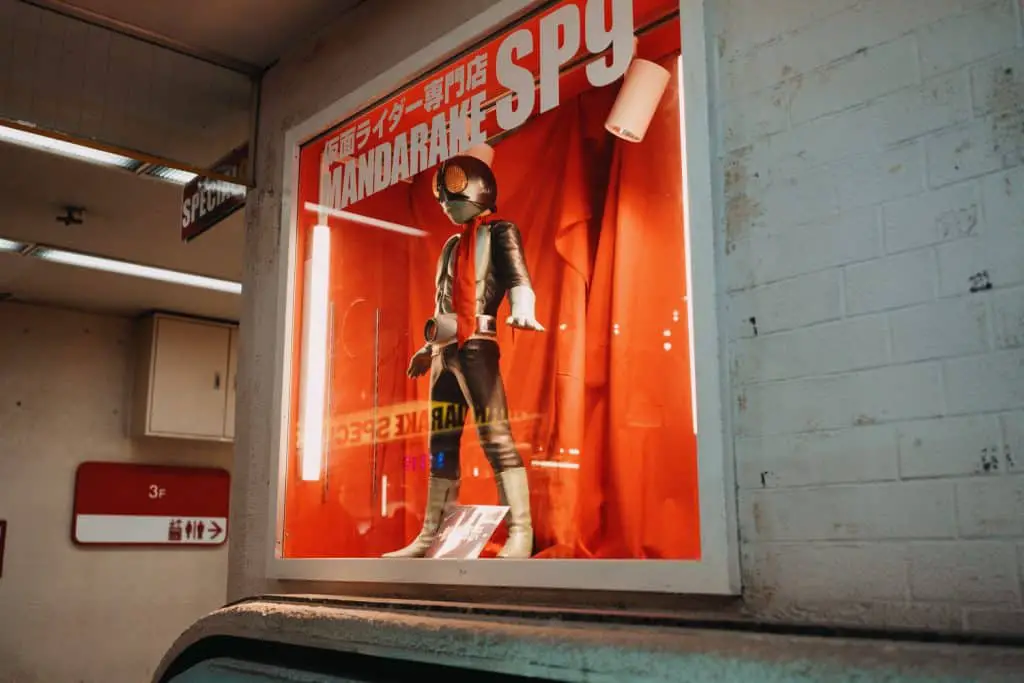
Everyone’s situation is a little bit different, so here’s a brief TLDR guide on which will work best for you. Don’t forget to let me know your favourite in the comments below!
Best for collectors: Akihabara
- Unless you’re a niche collector, then it’s Nakano!
Best for vintage collectors: Nakano Broadway
Best for hobby enthusiasts: Akihabara
Best for one-off finds: Nakano Broadway
Best for Pokémon or TCG collectors: Akihabara
- Ikebukuro, really.
Best for those who don’t know what they’re looking for: Akihabara
Best for those who don’t like crowds: Both and neither
- If you go at the right time to either, you’ll be fine, but Nakano Broadway has no windows, so it can feel a little claustrophobic even on a good day.
Easiest to get to: Akihabara
- However, there are lots of good places near Nakano Broadway, like Shimokitazawa and Koenji, so it’s easy to make a day of it.








